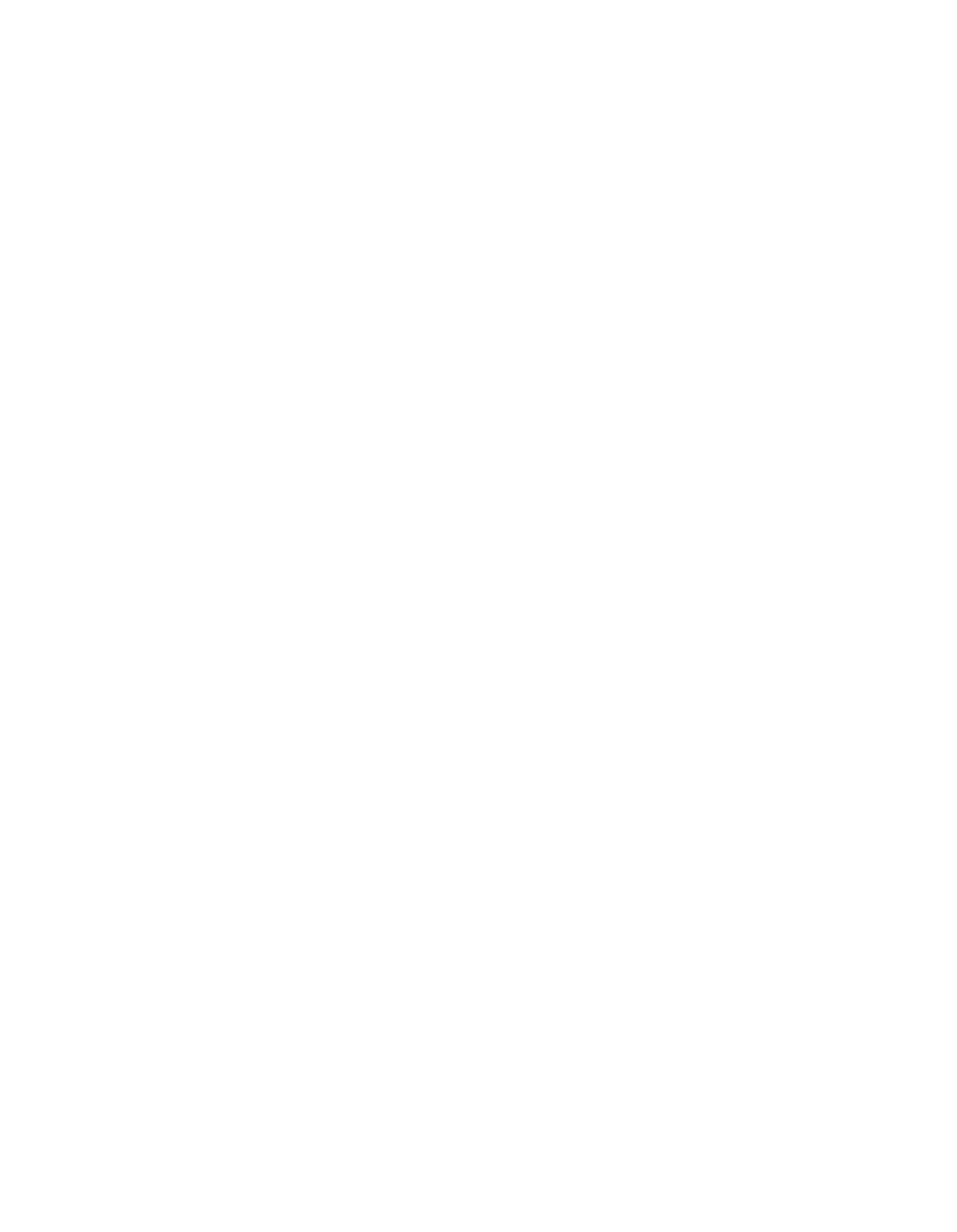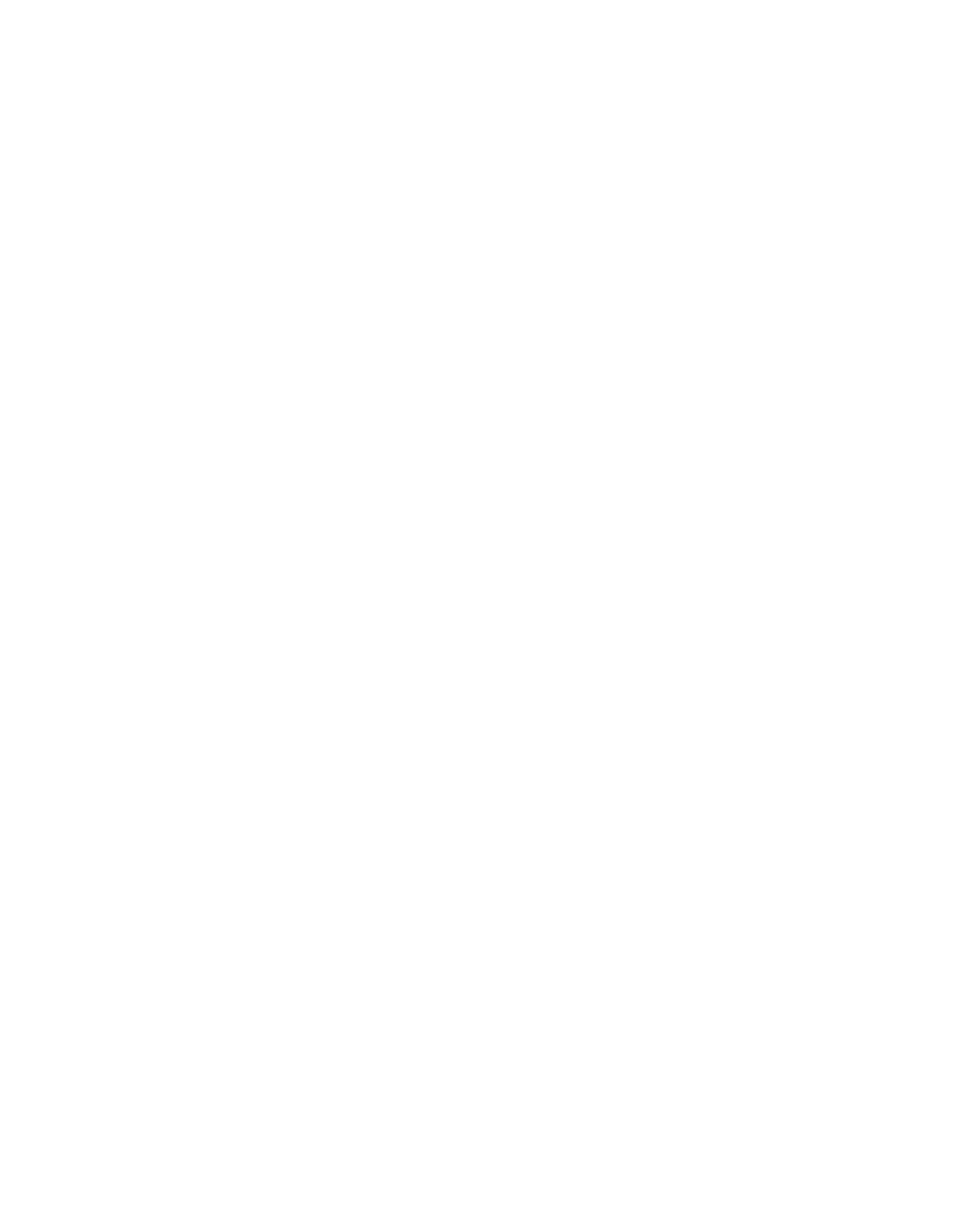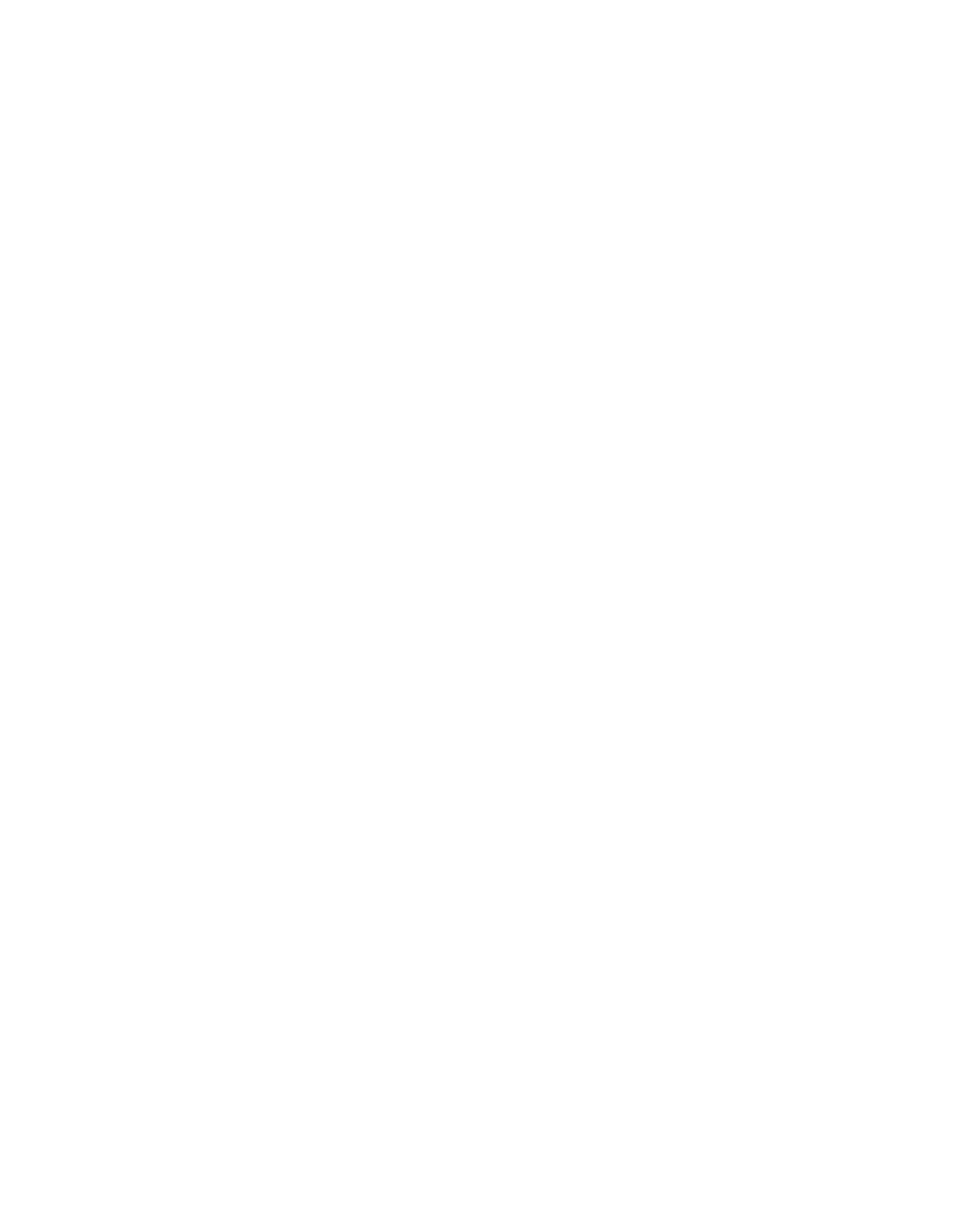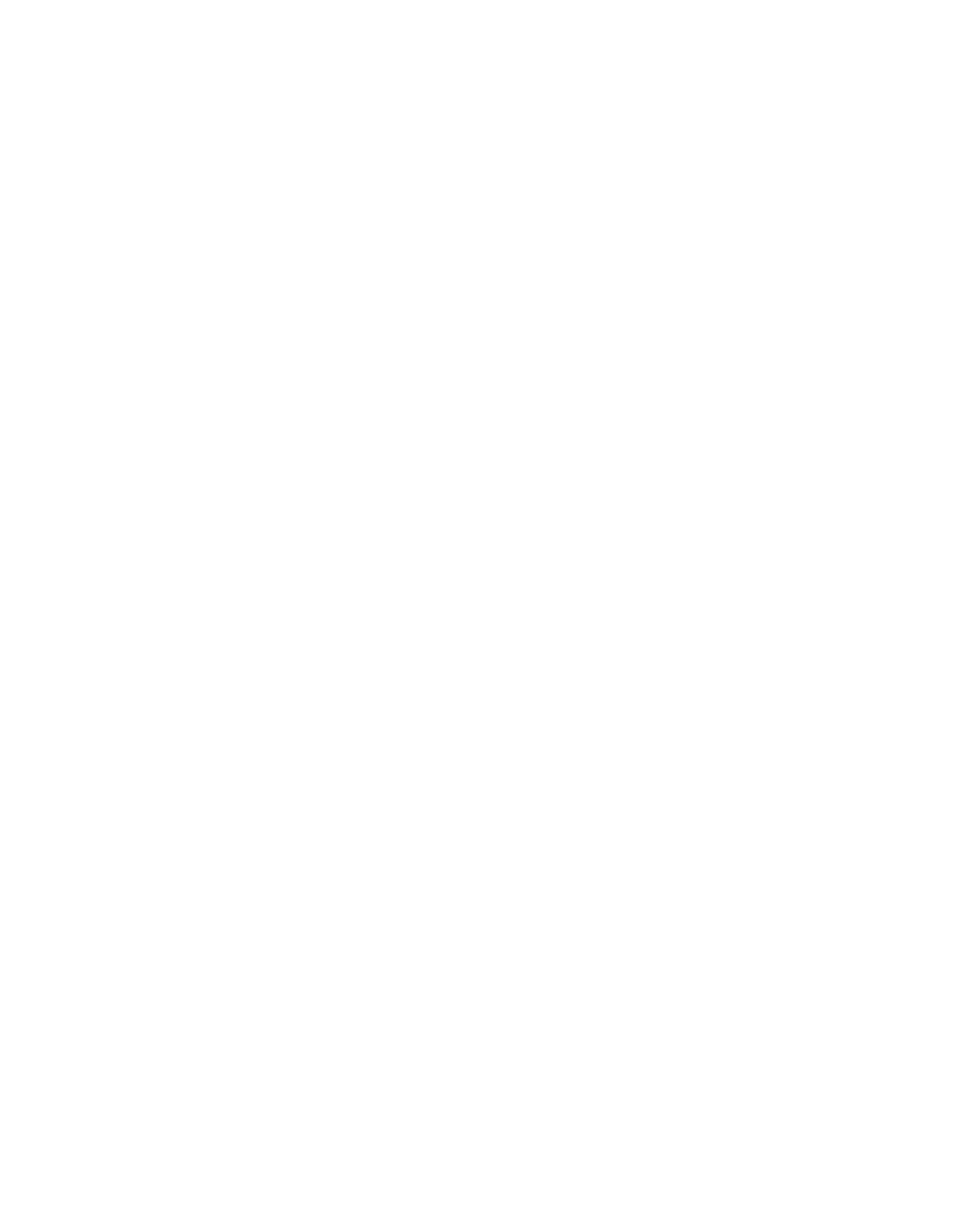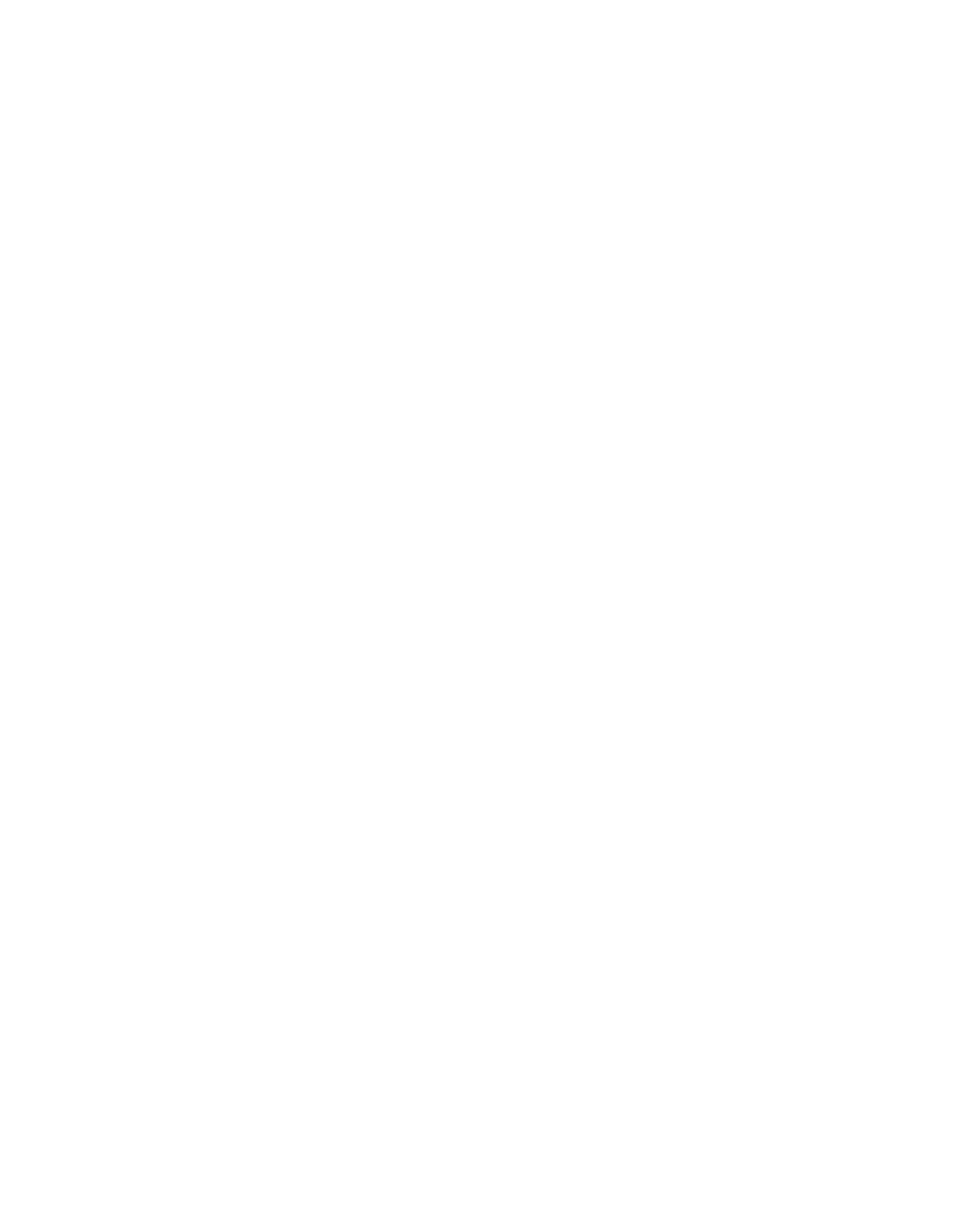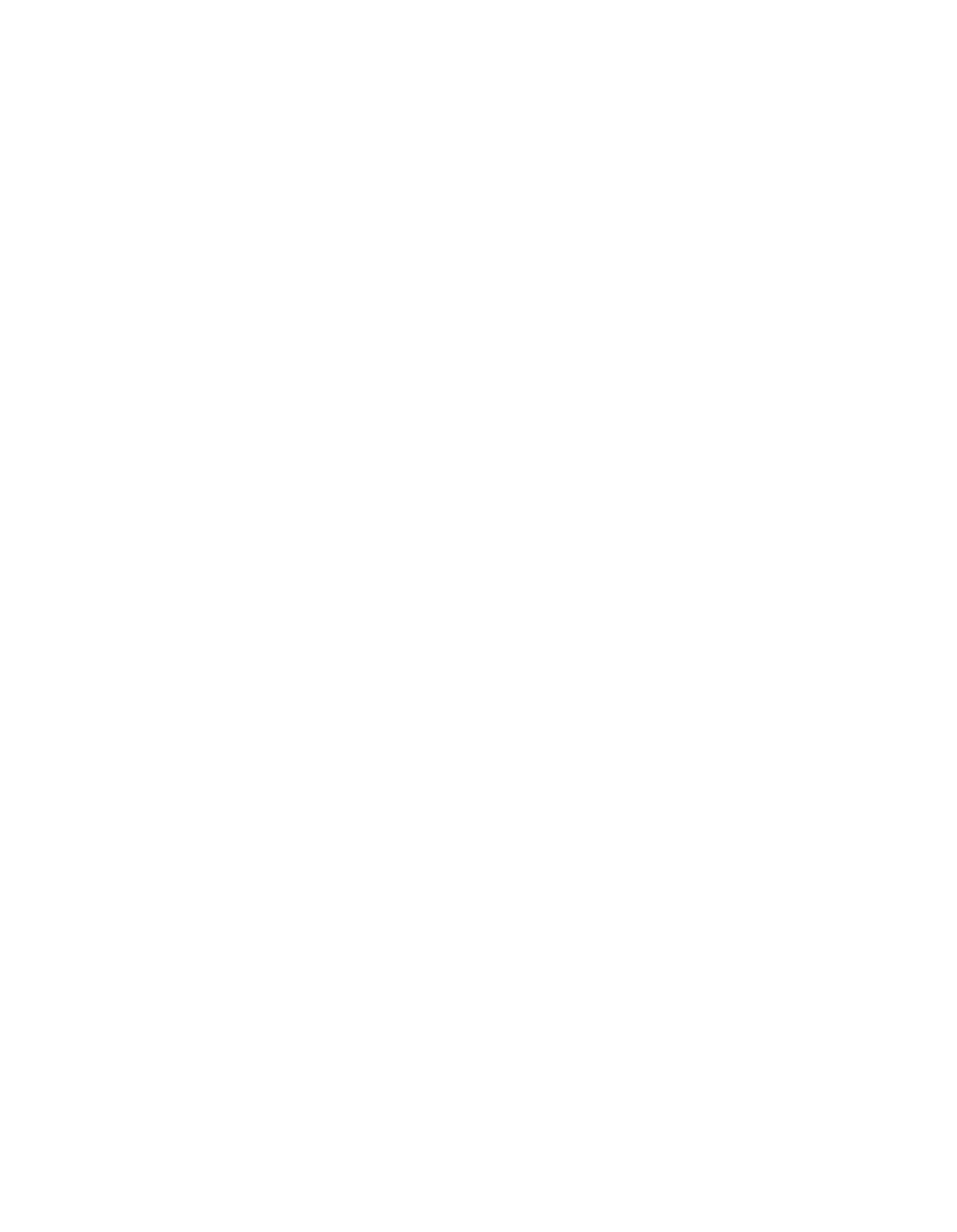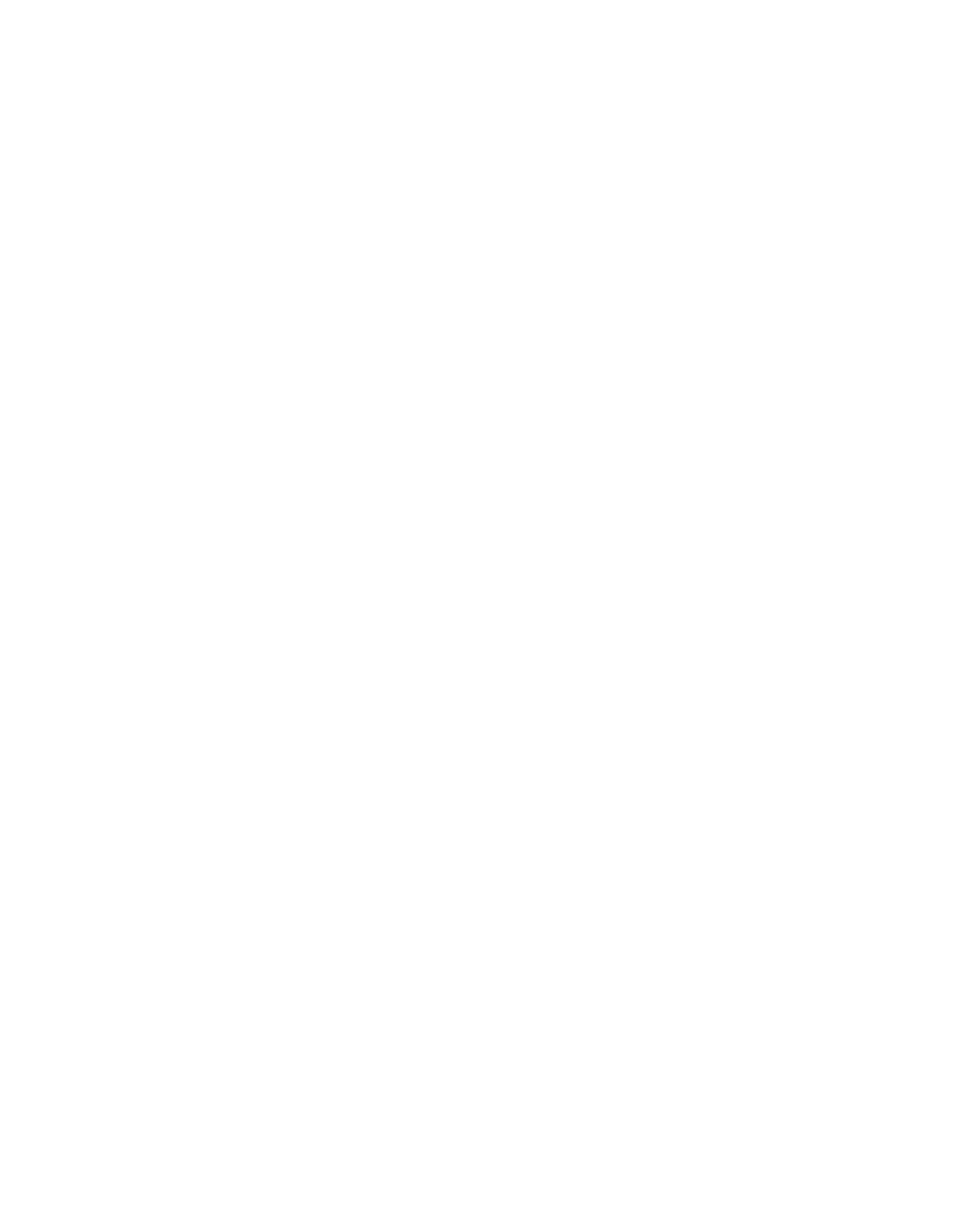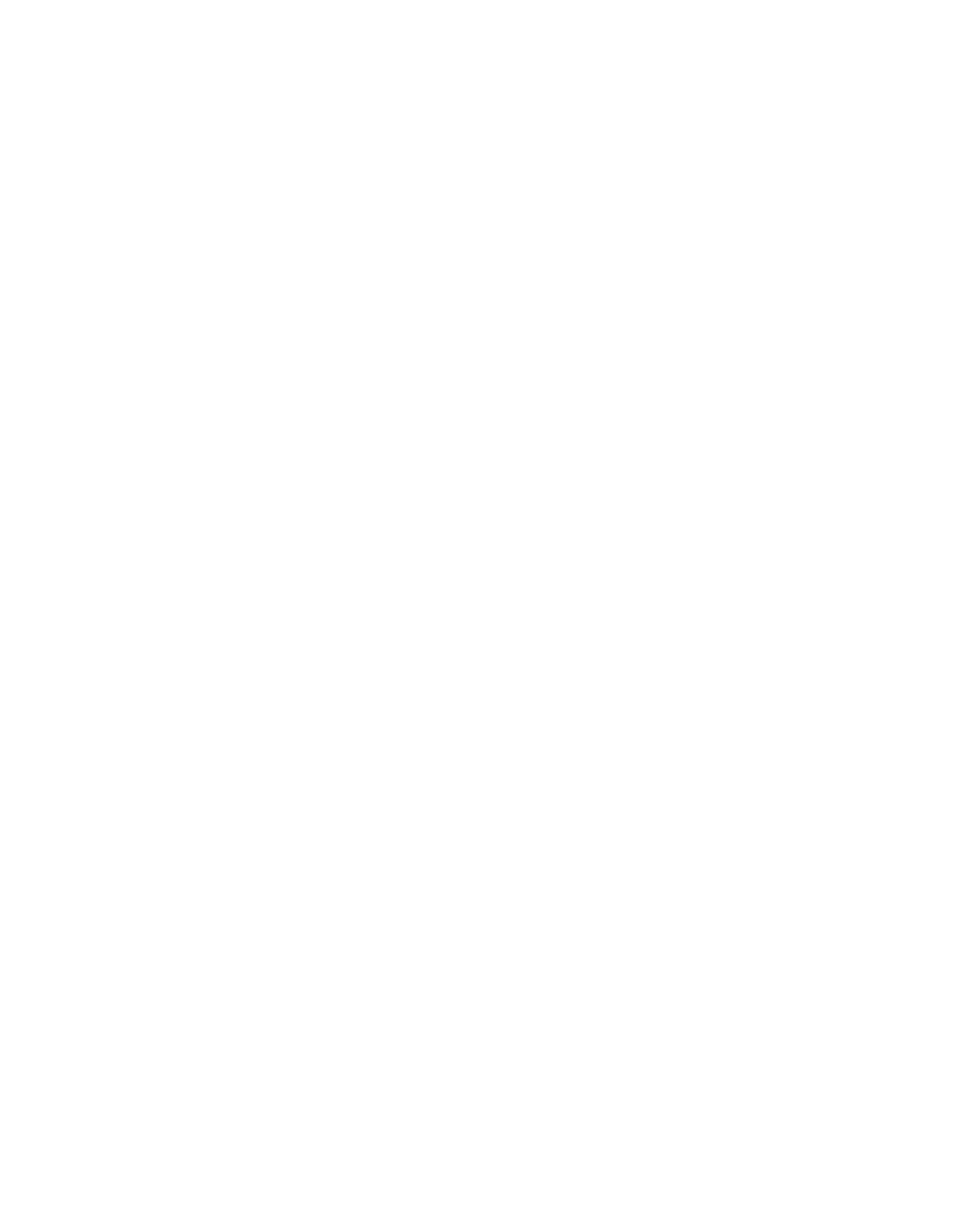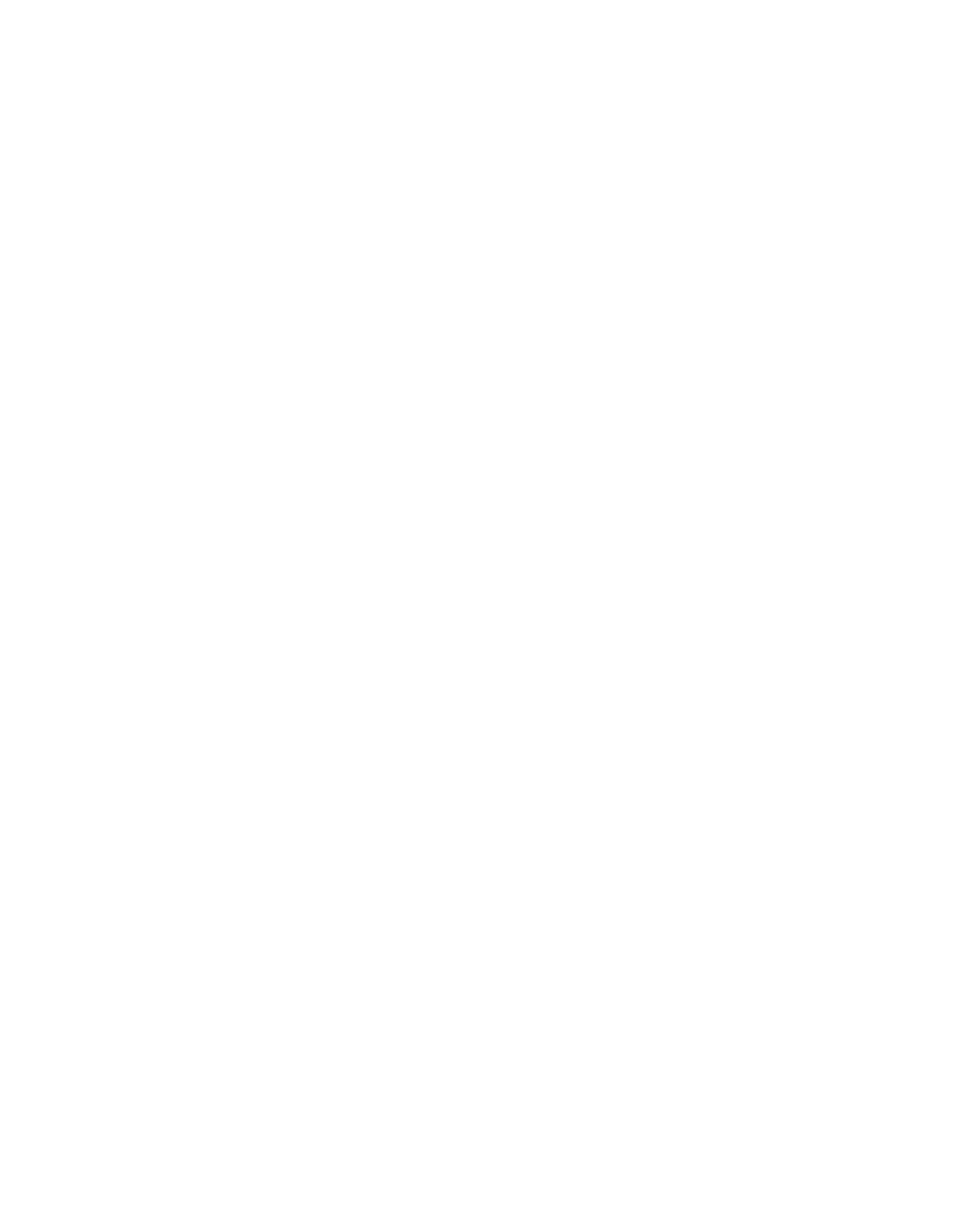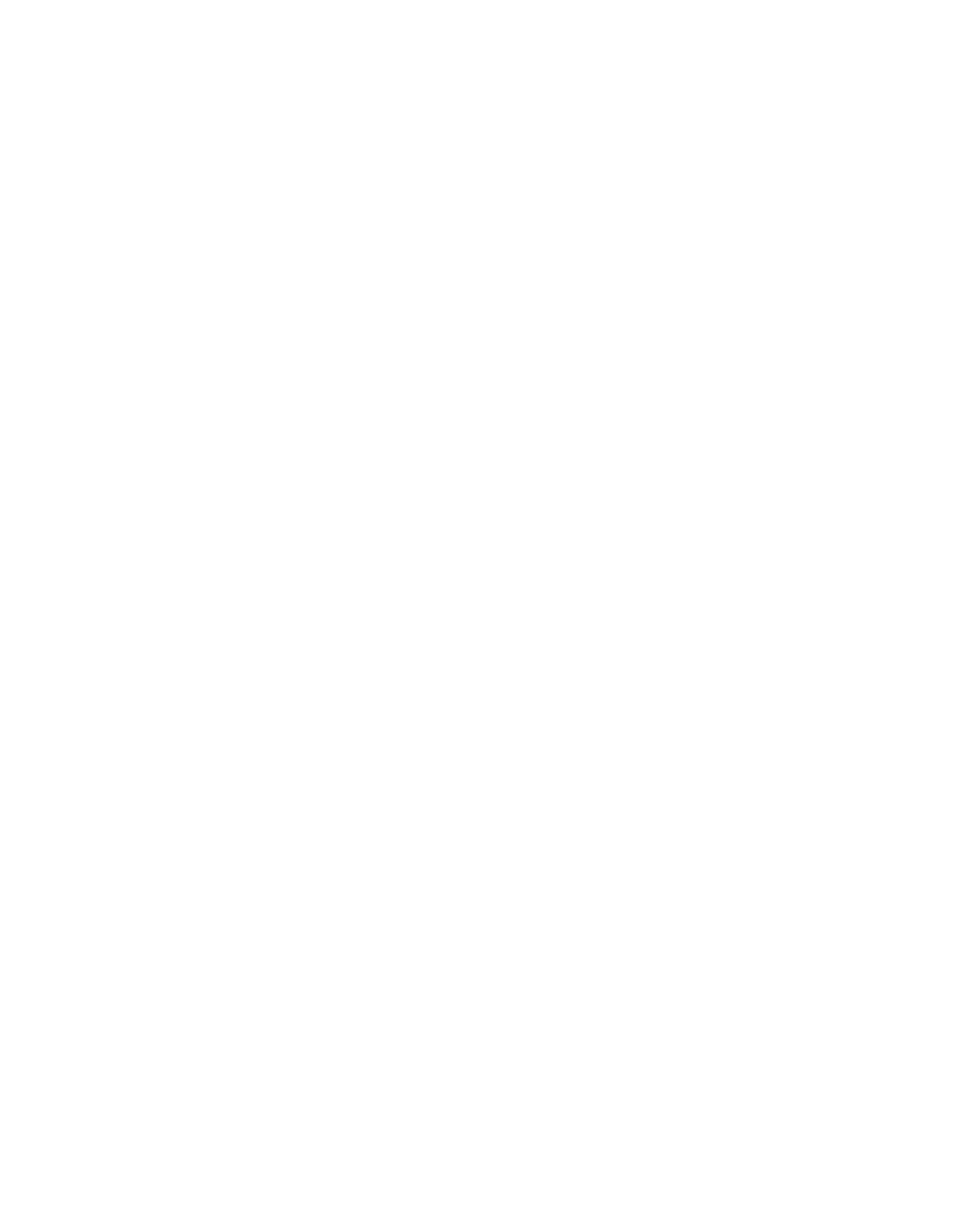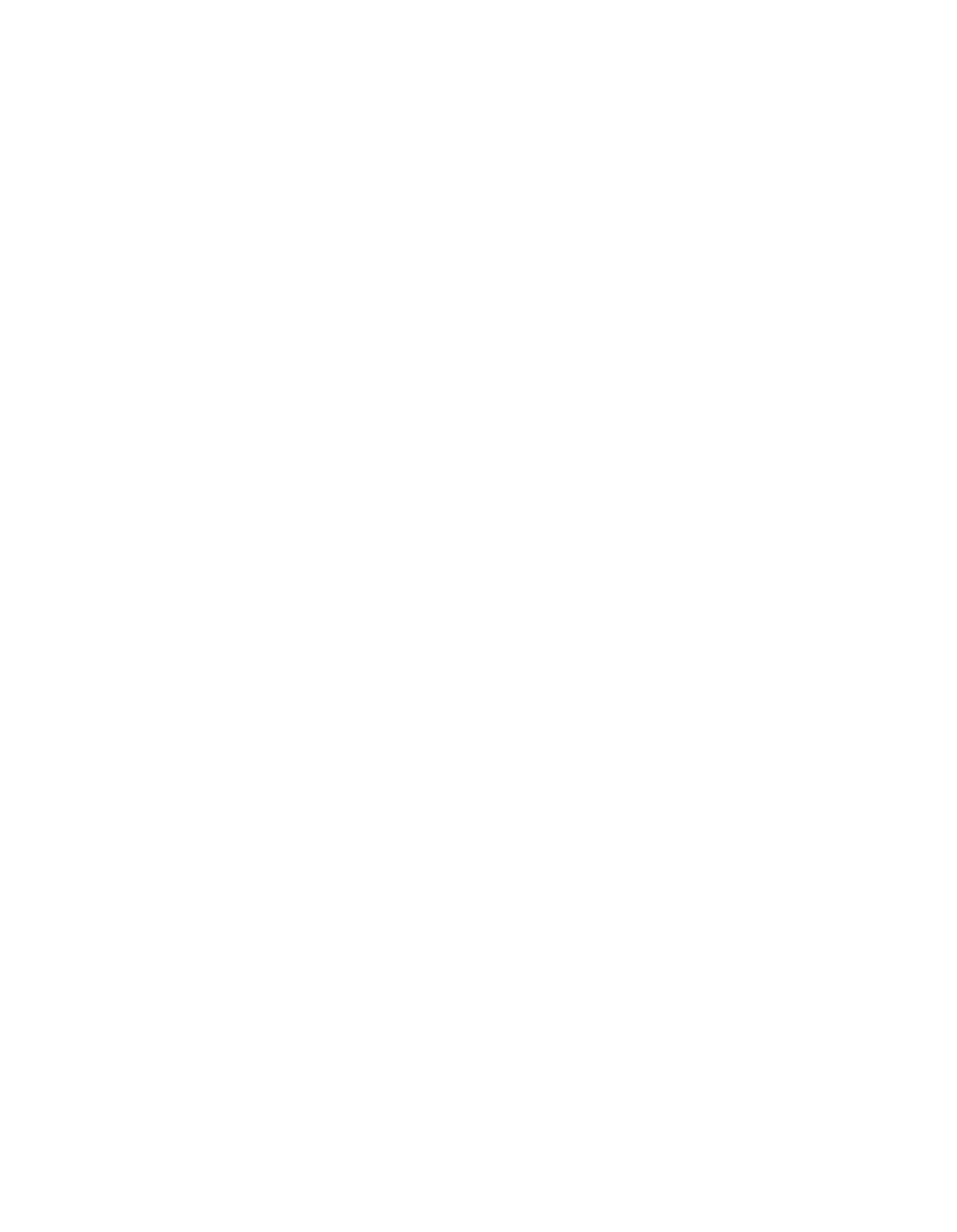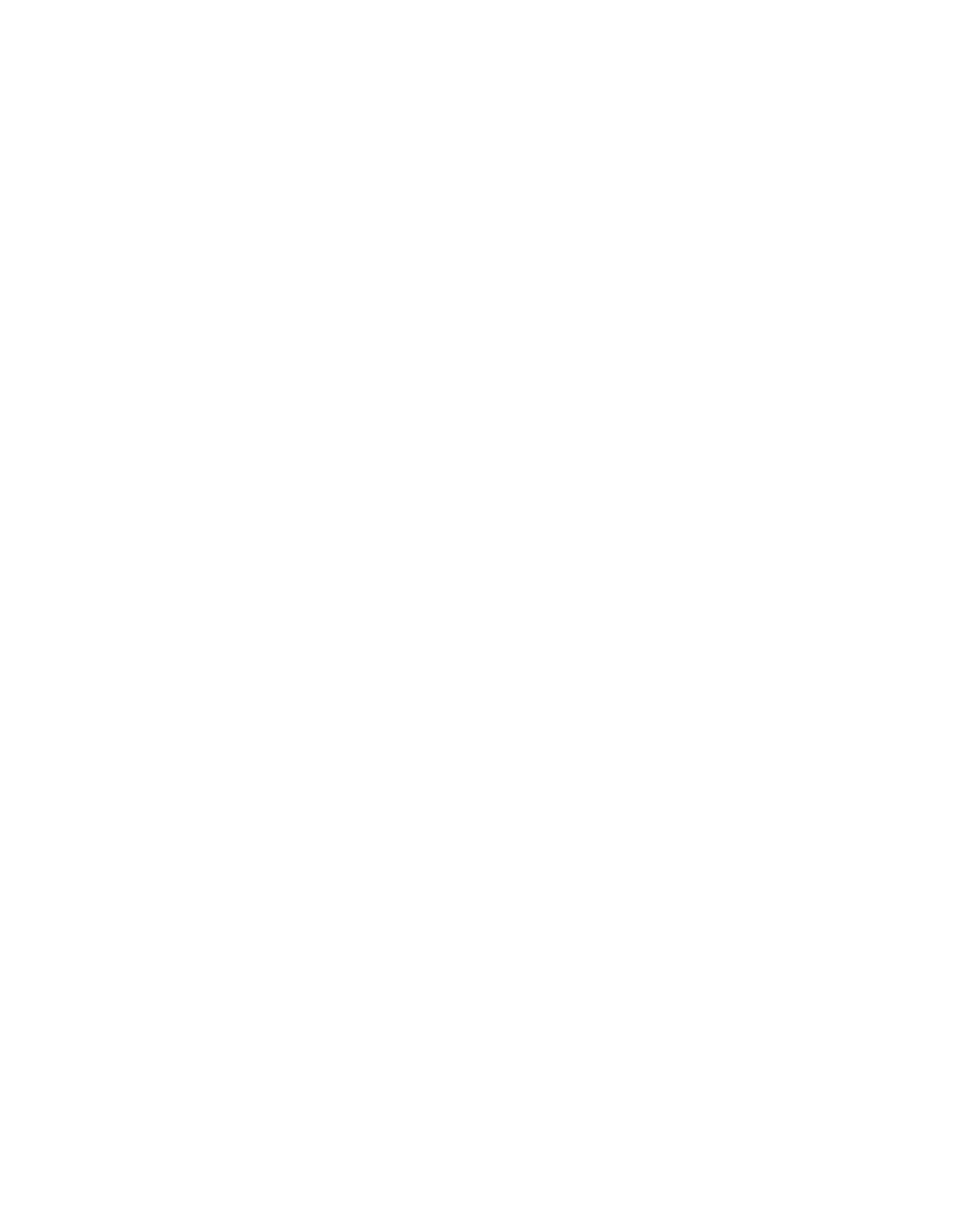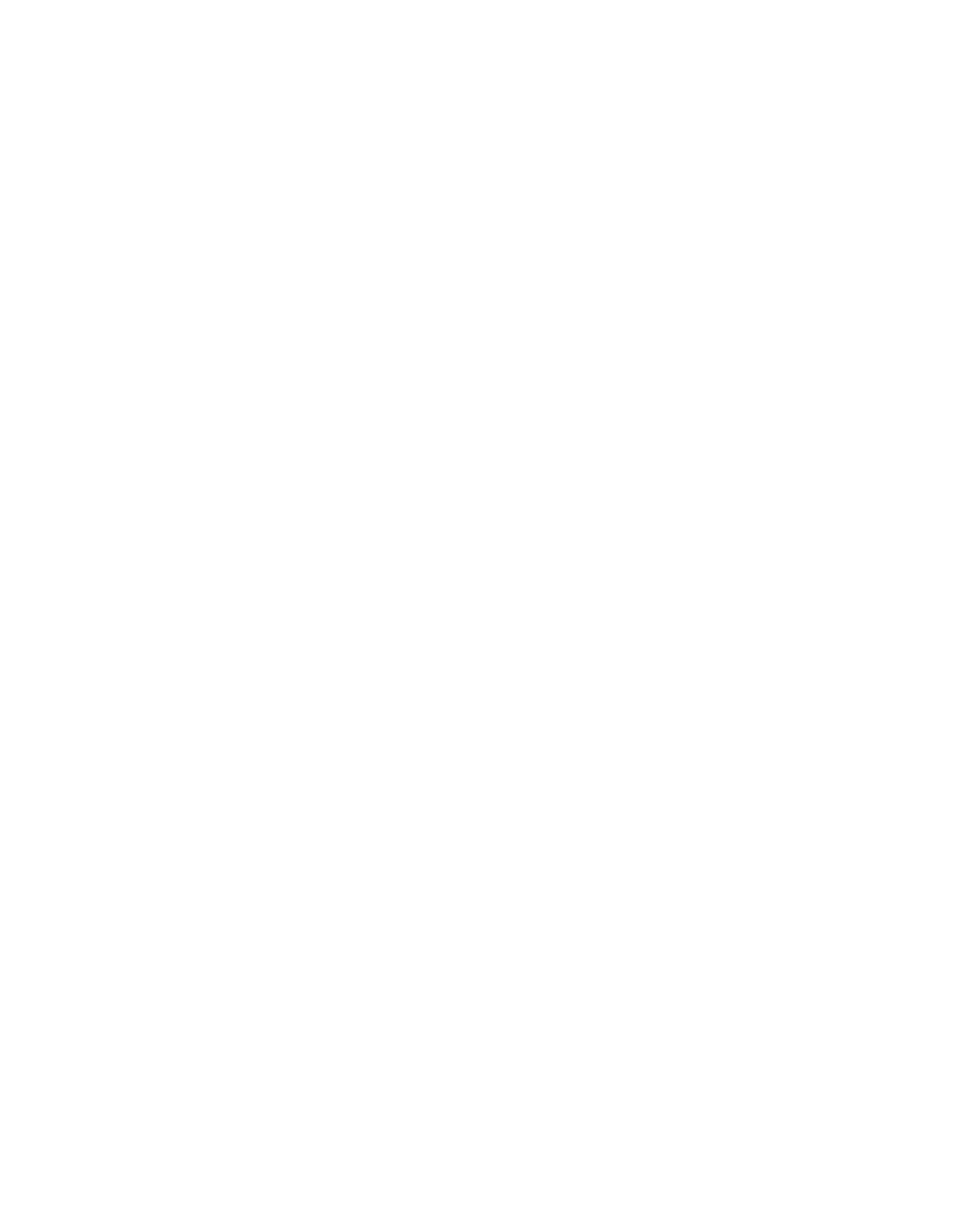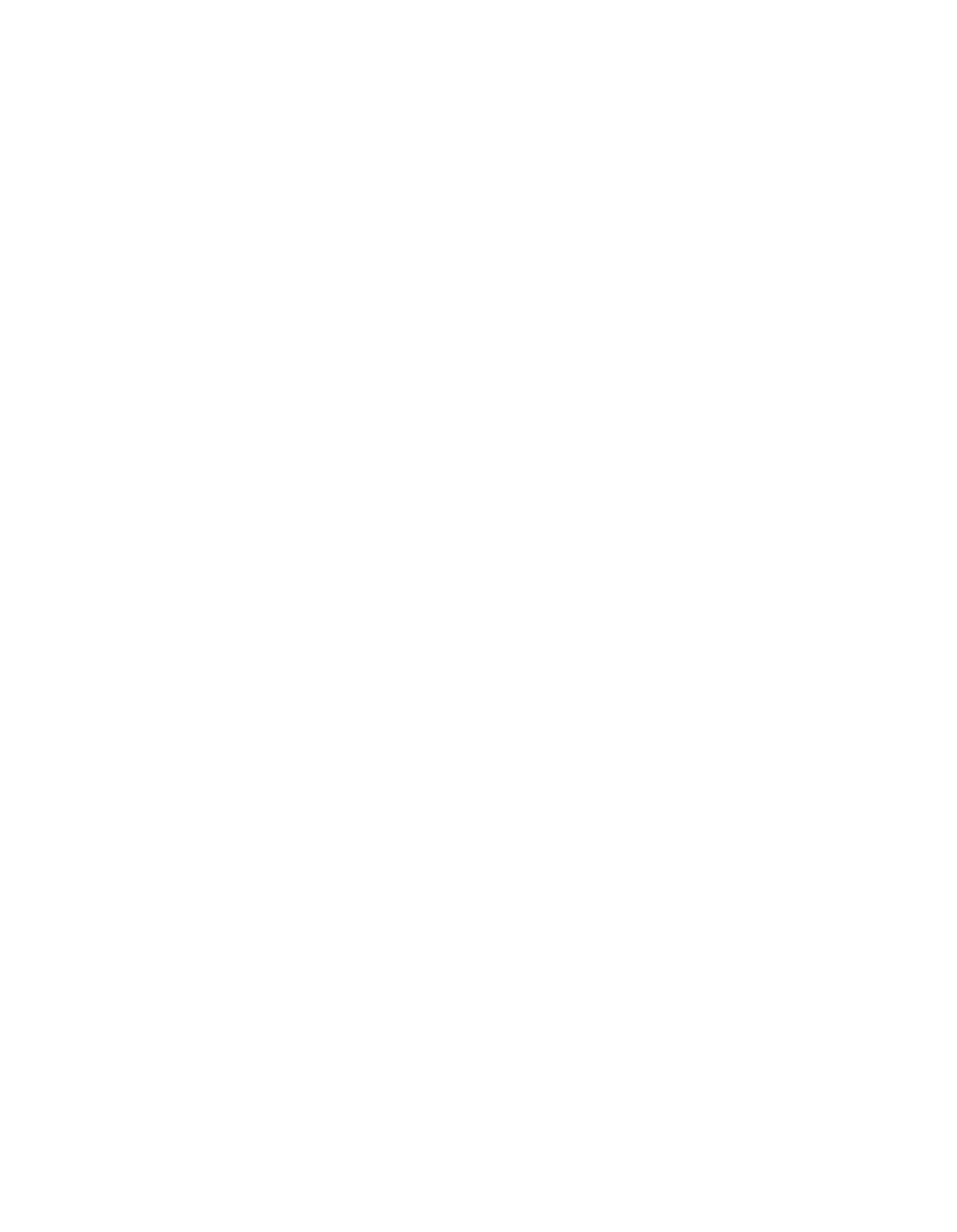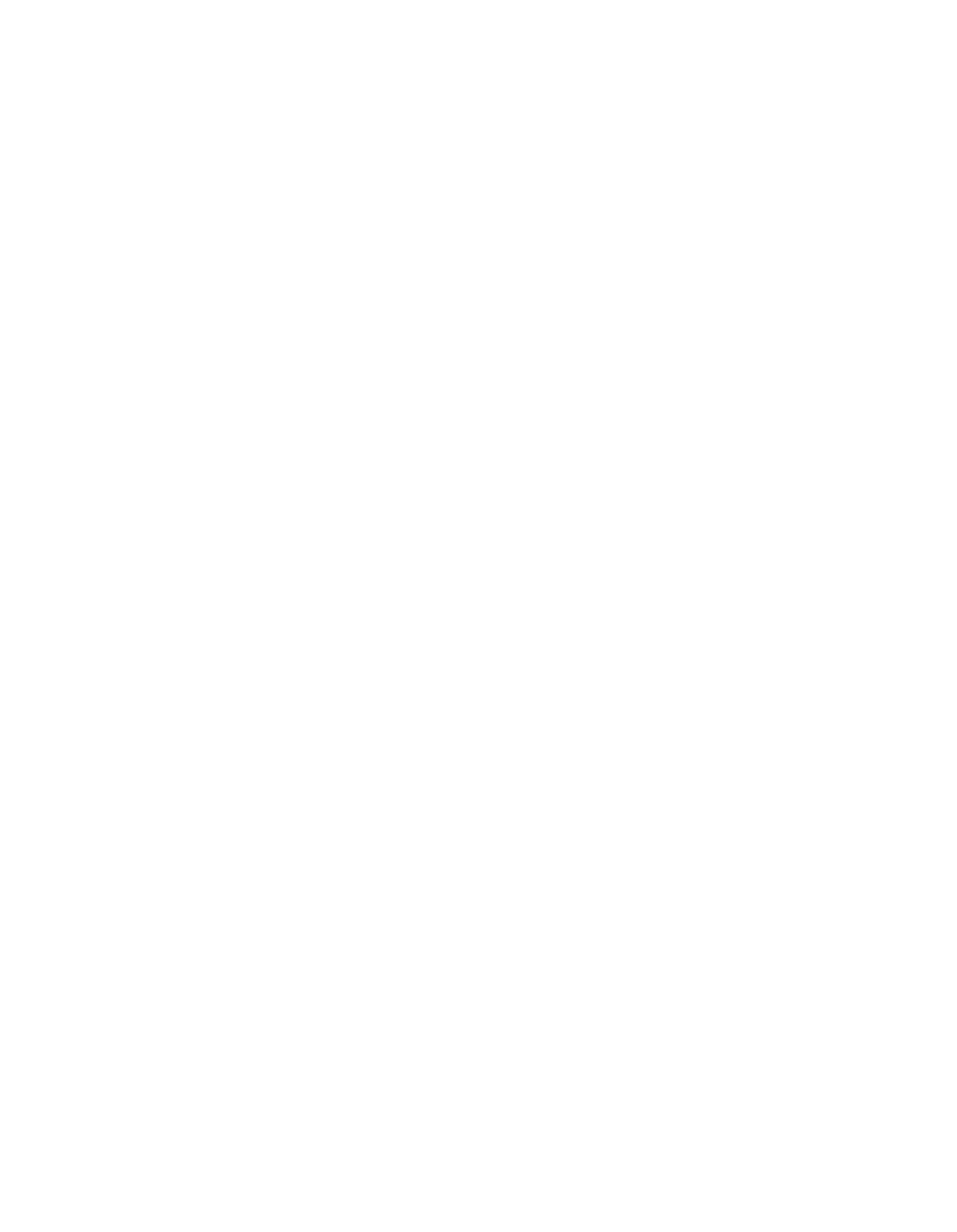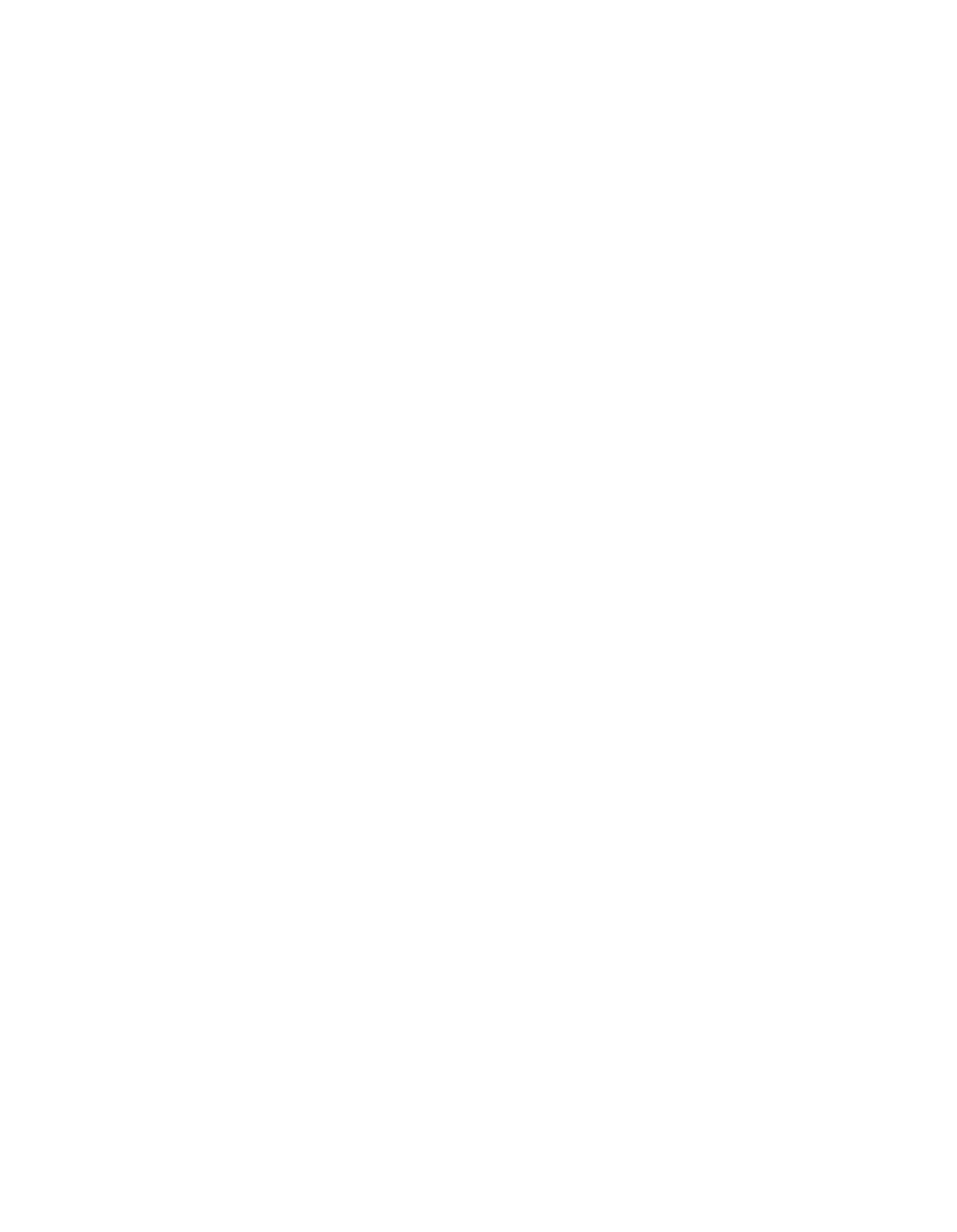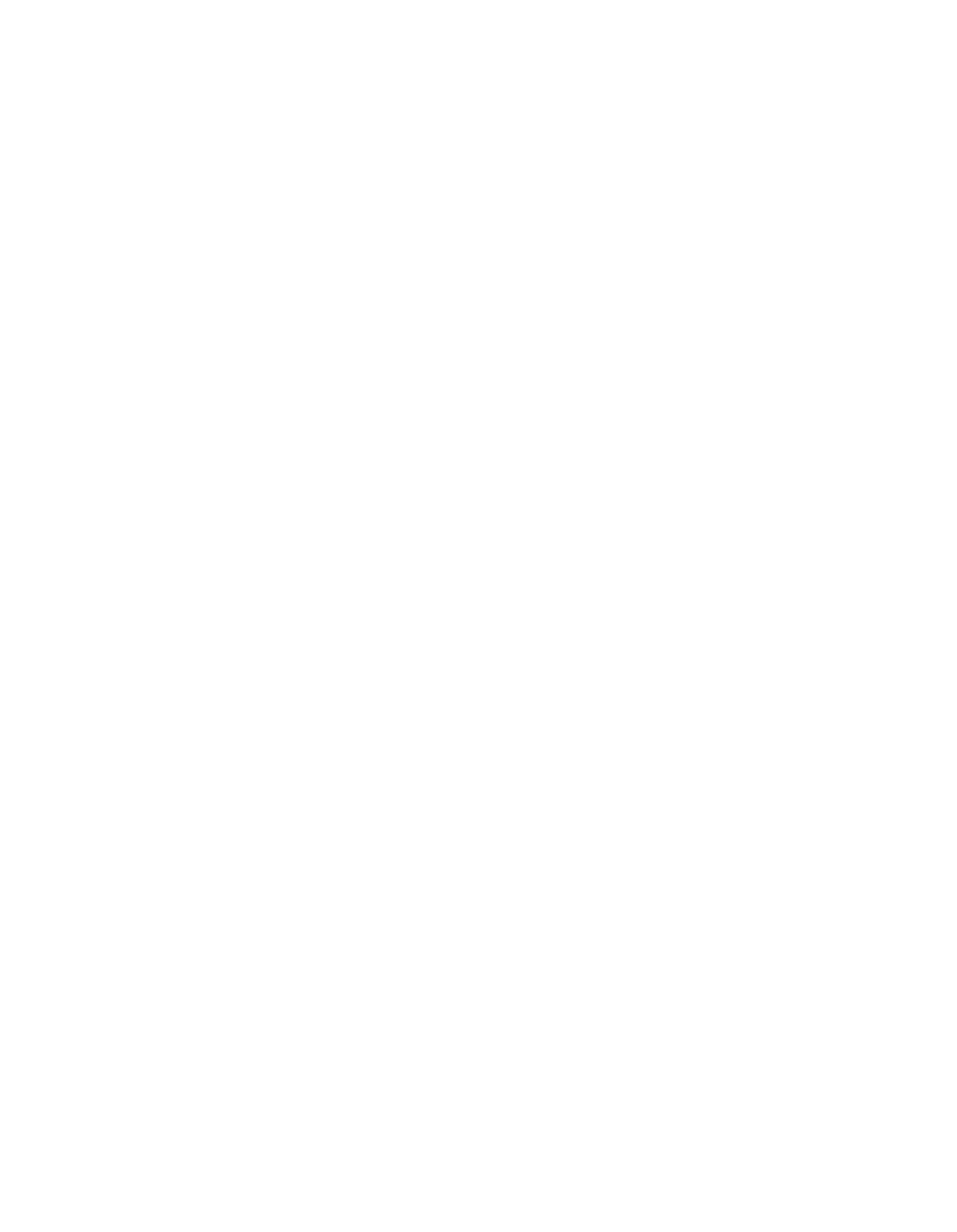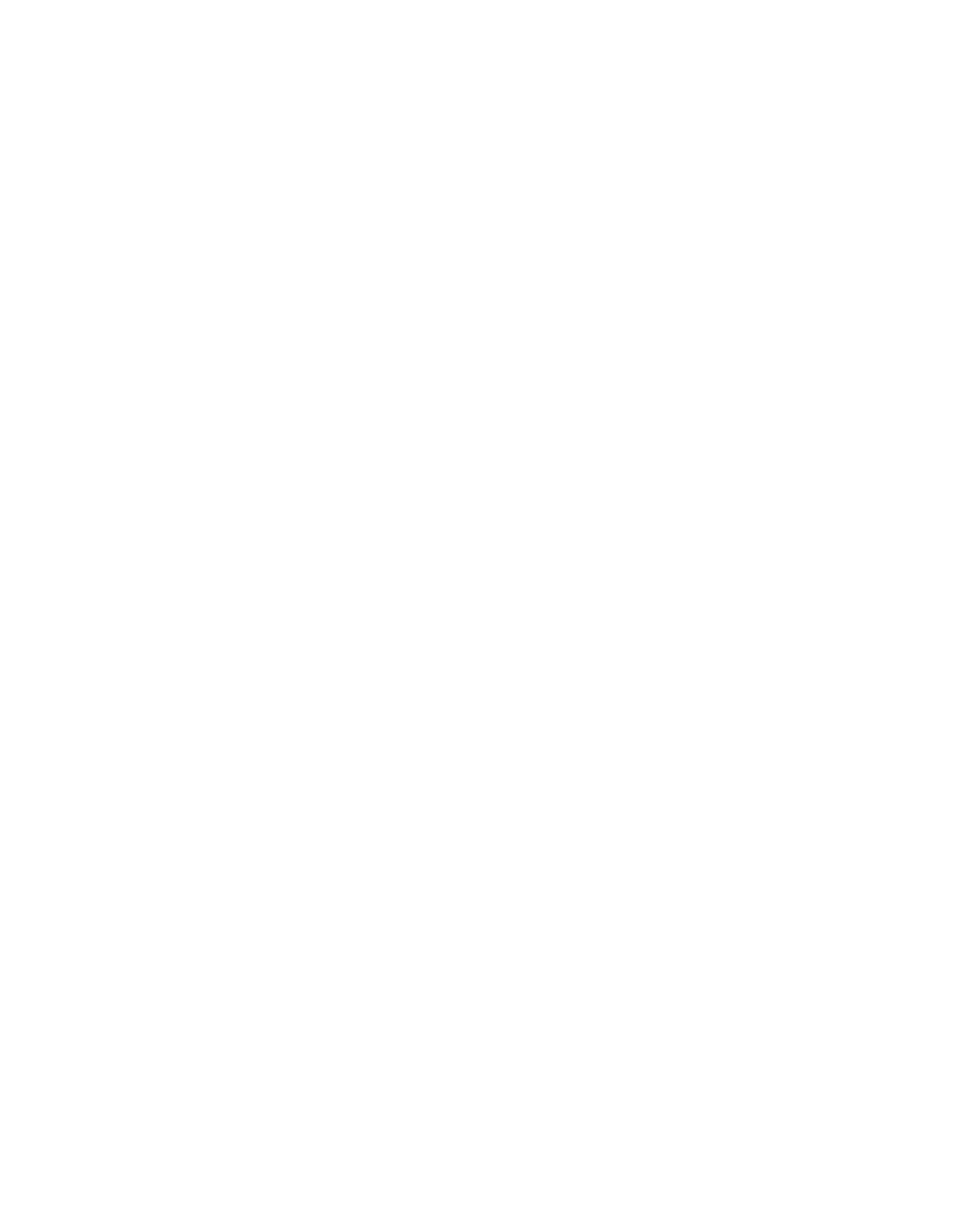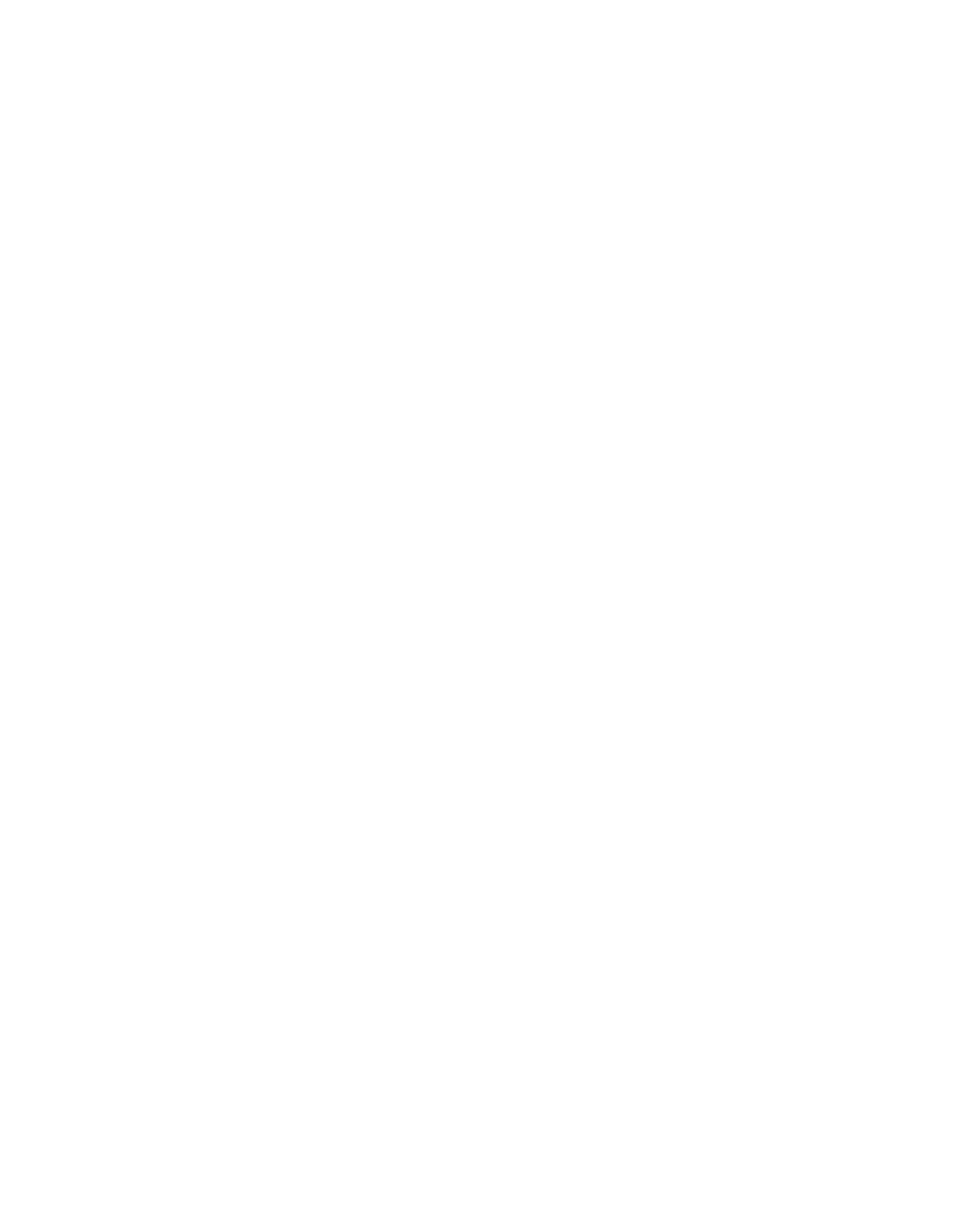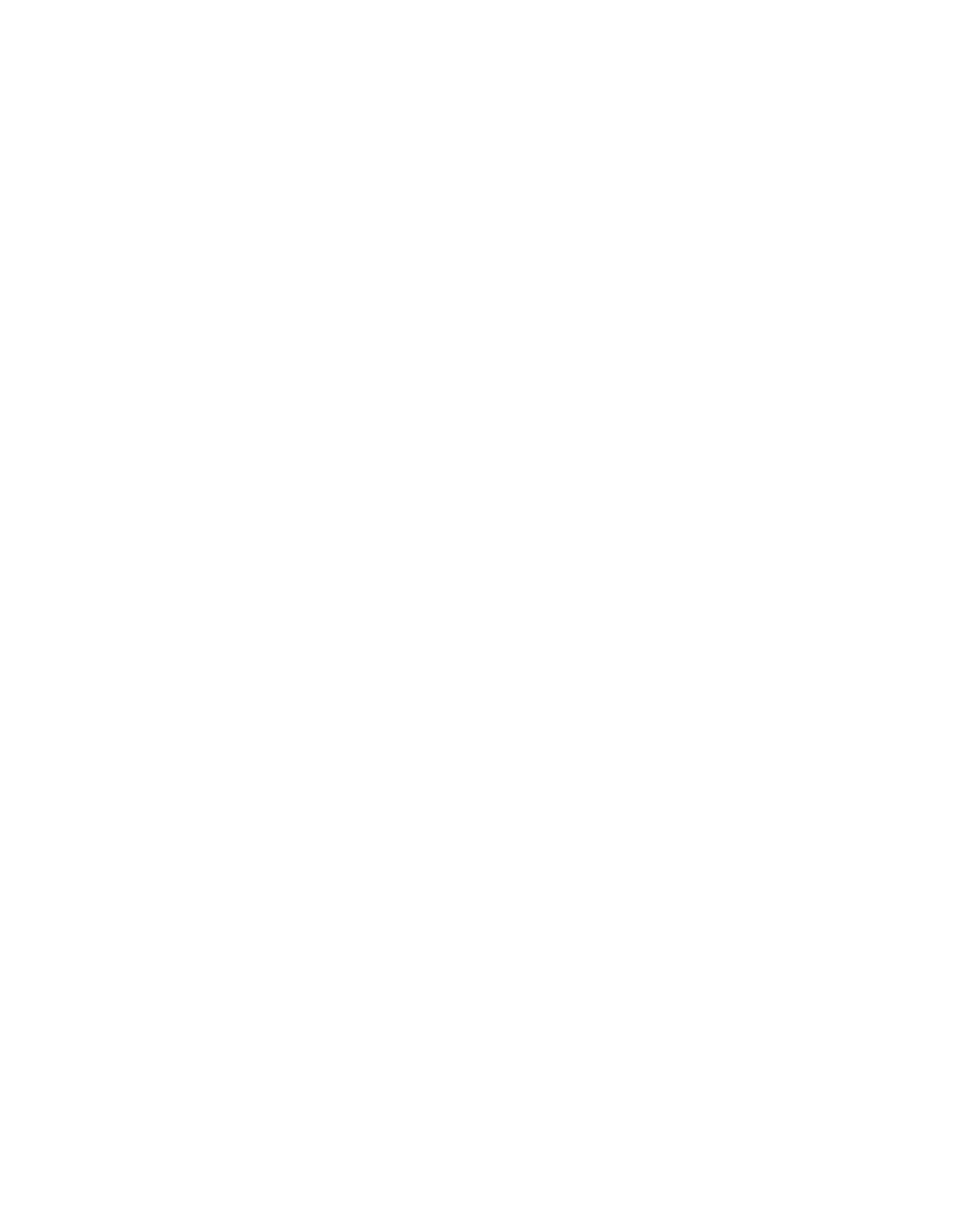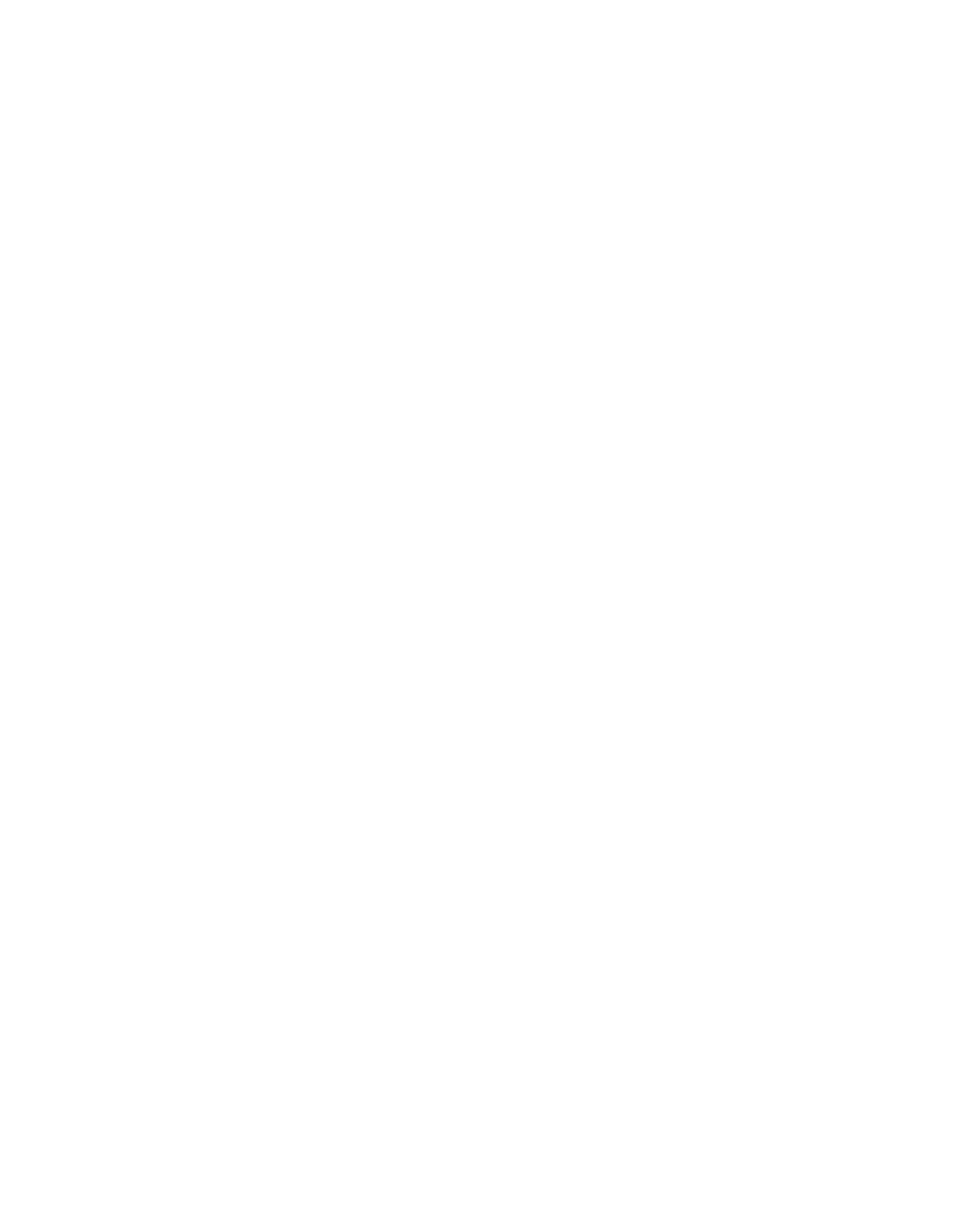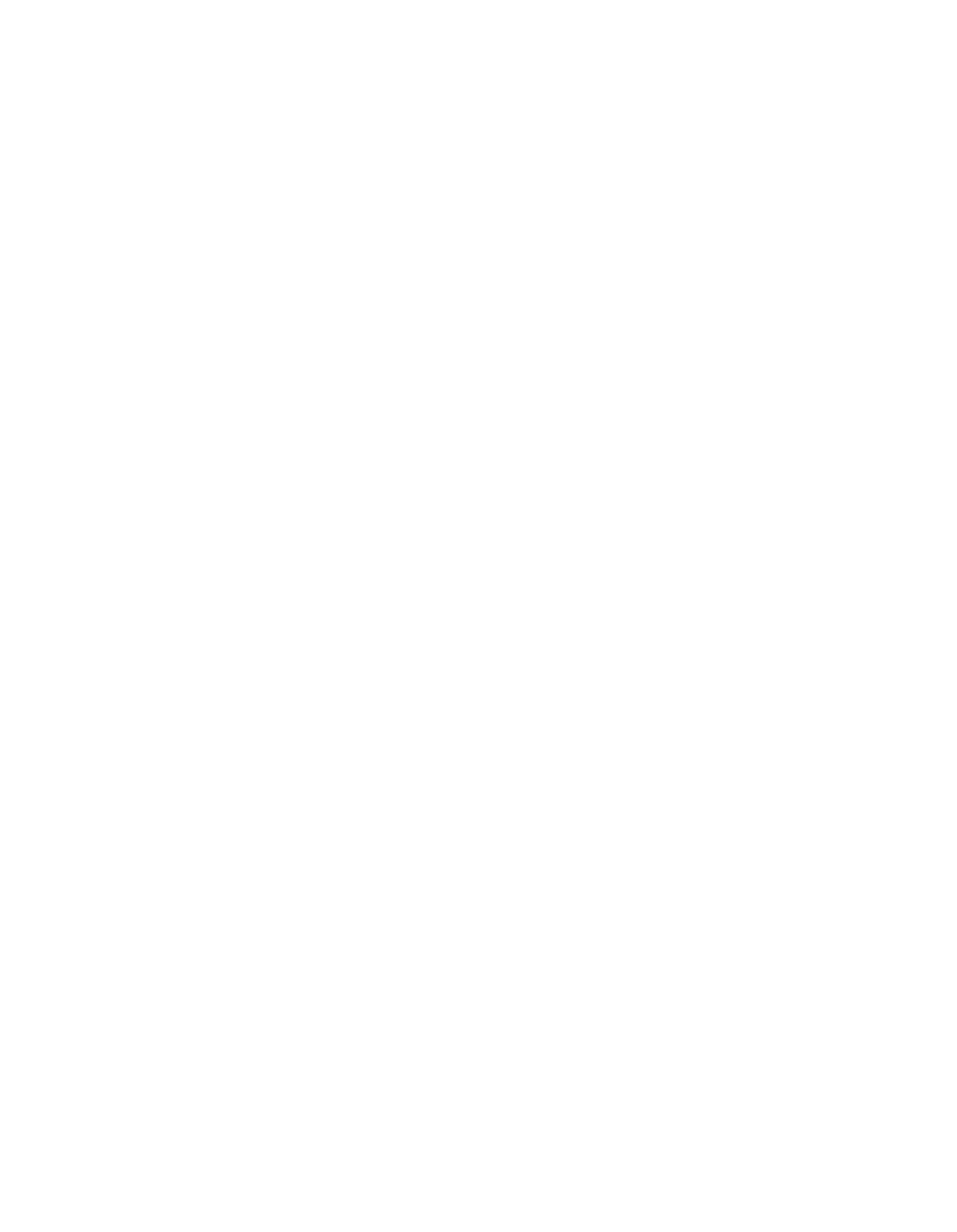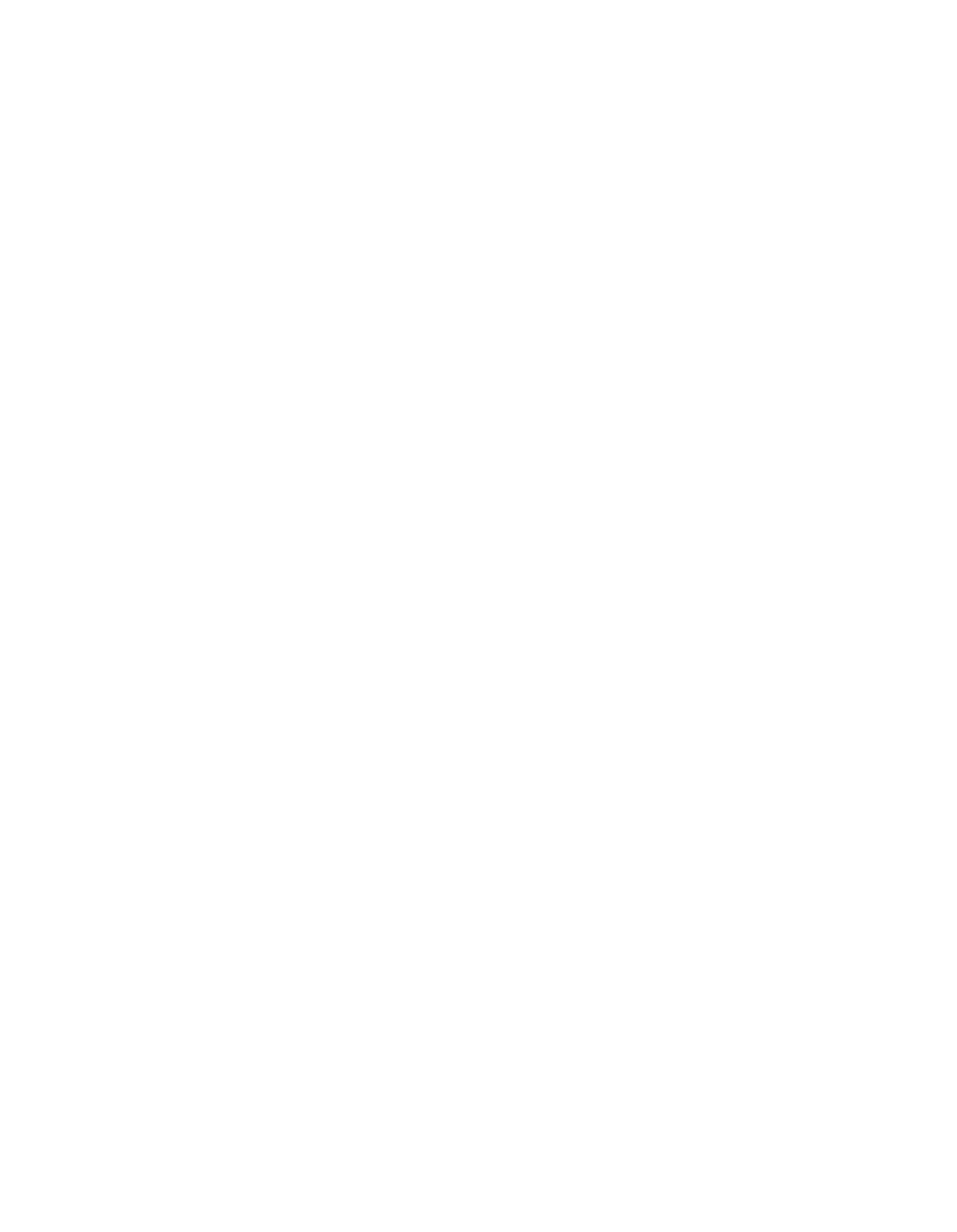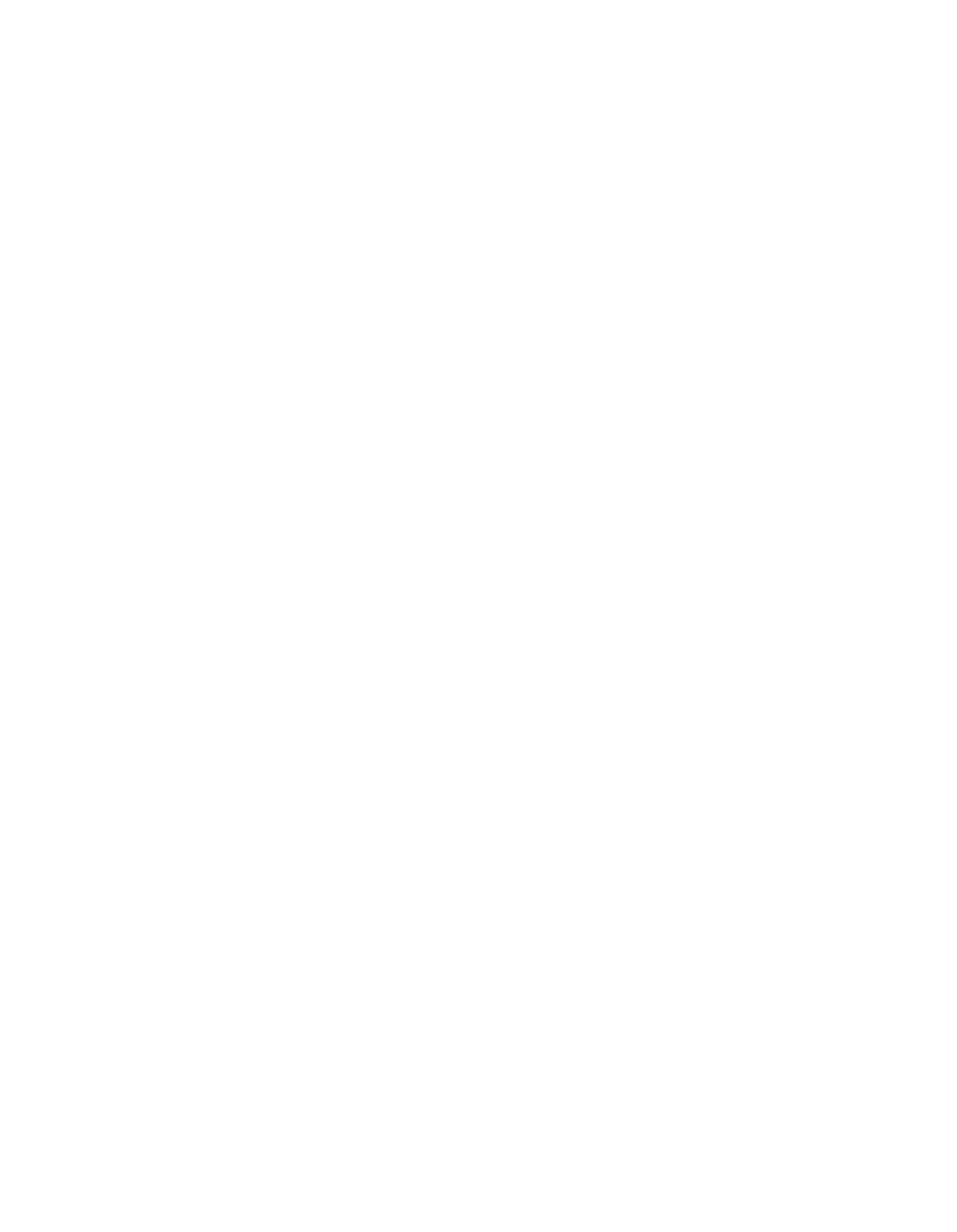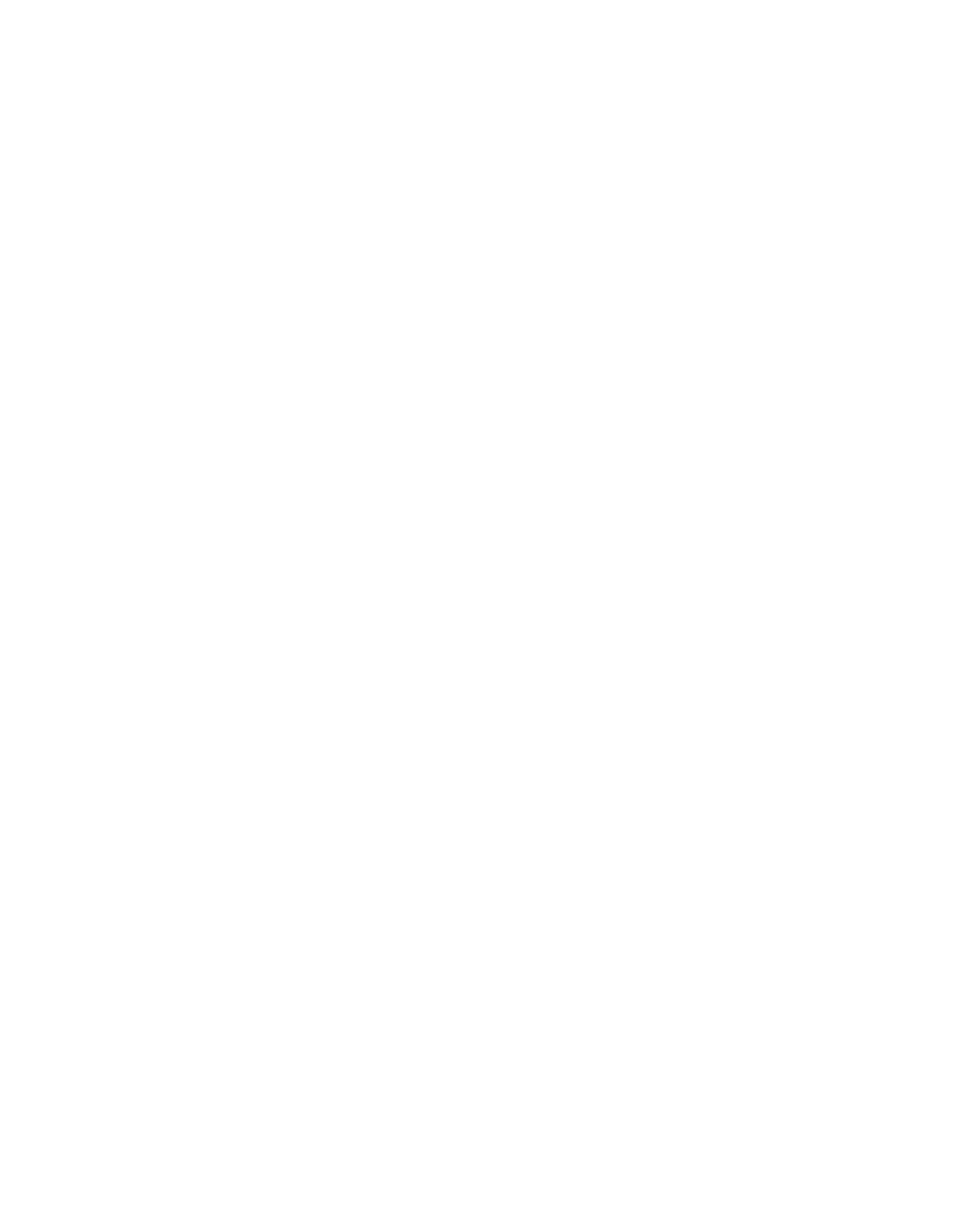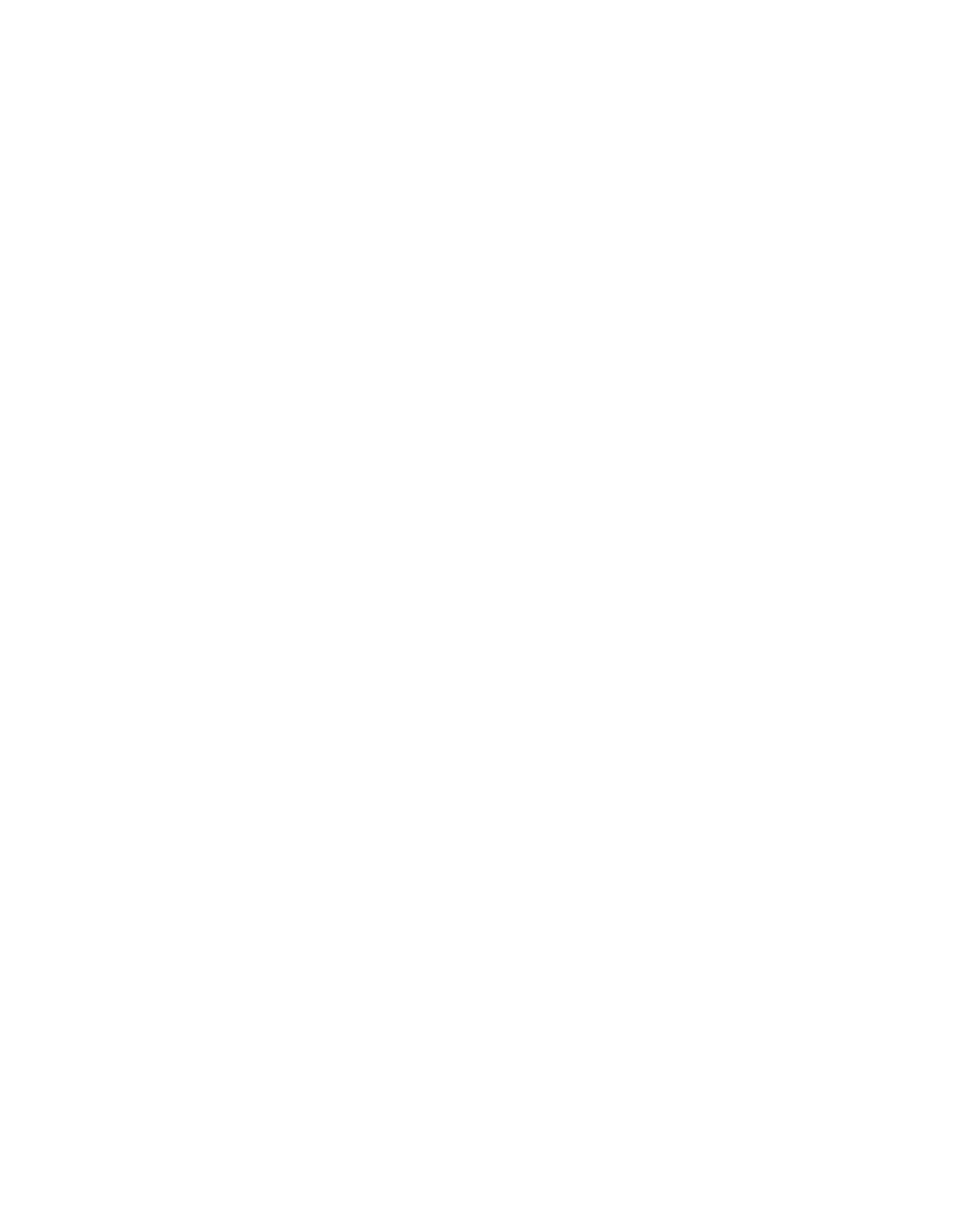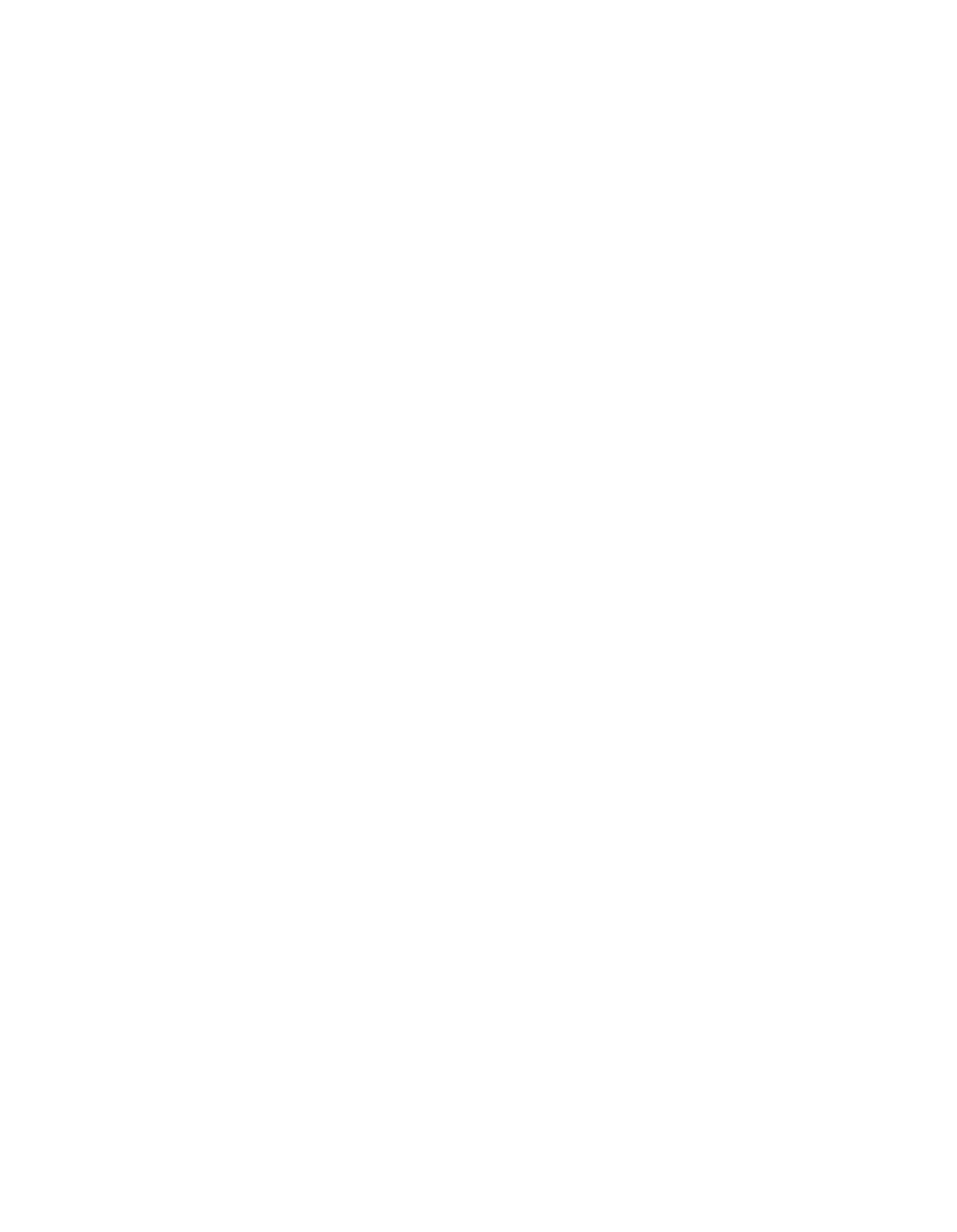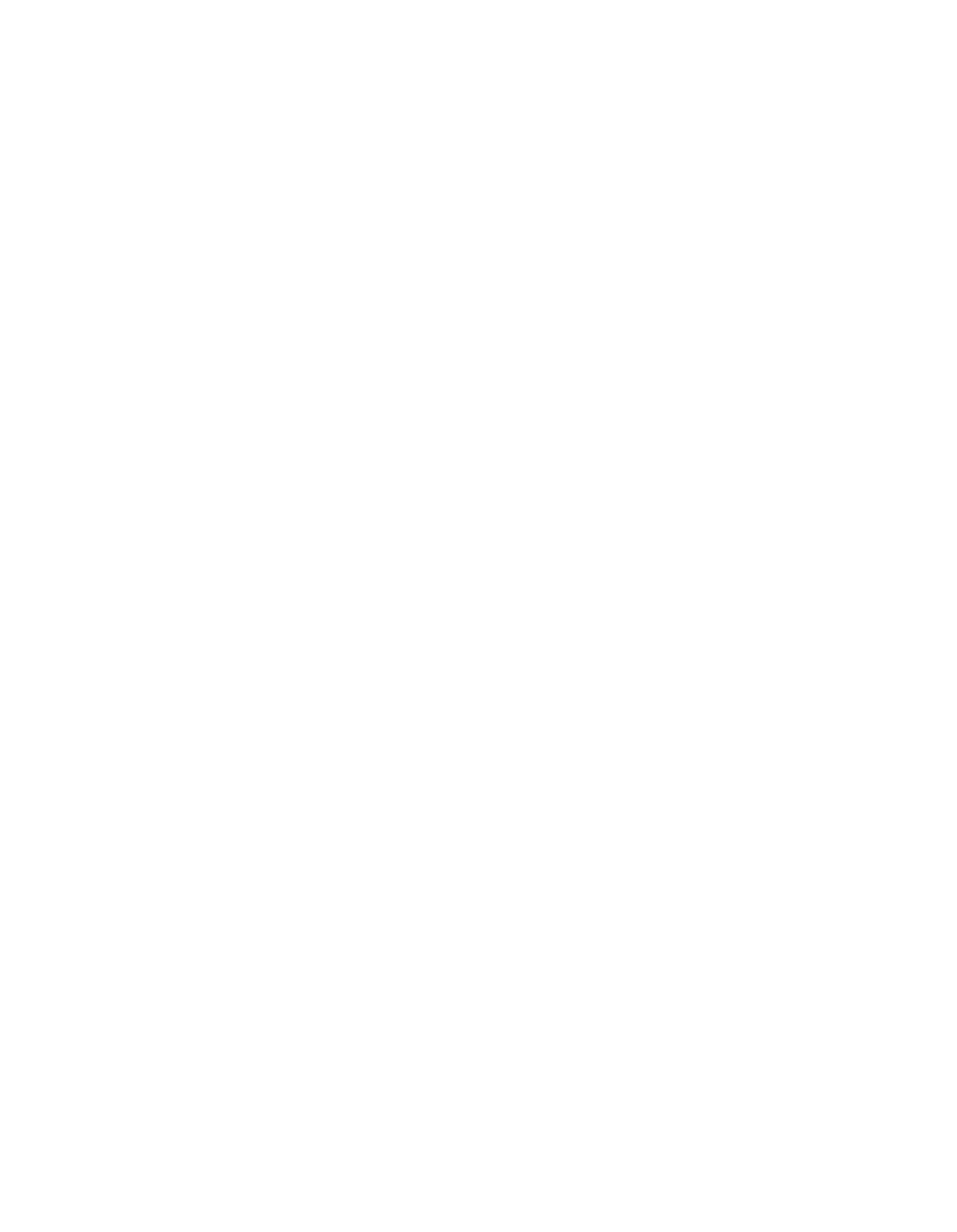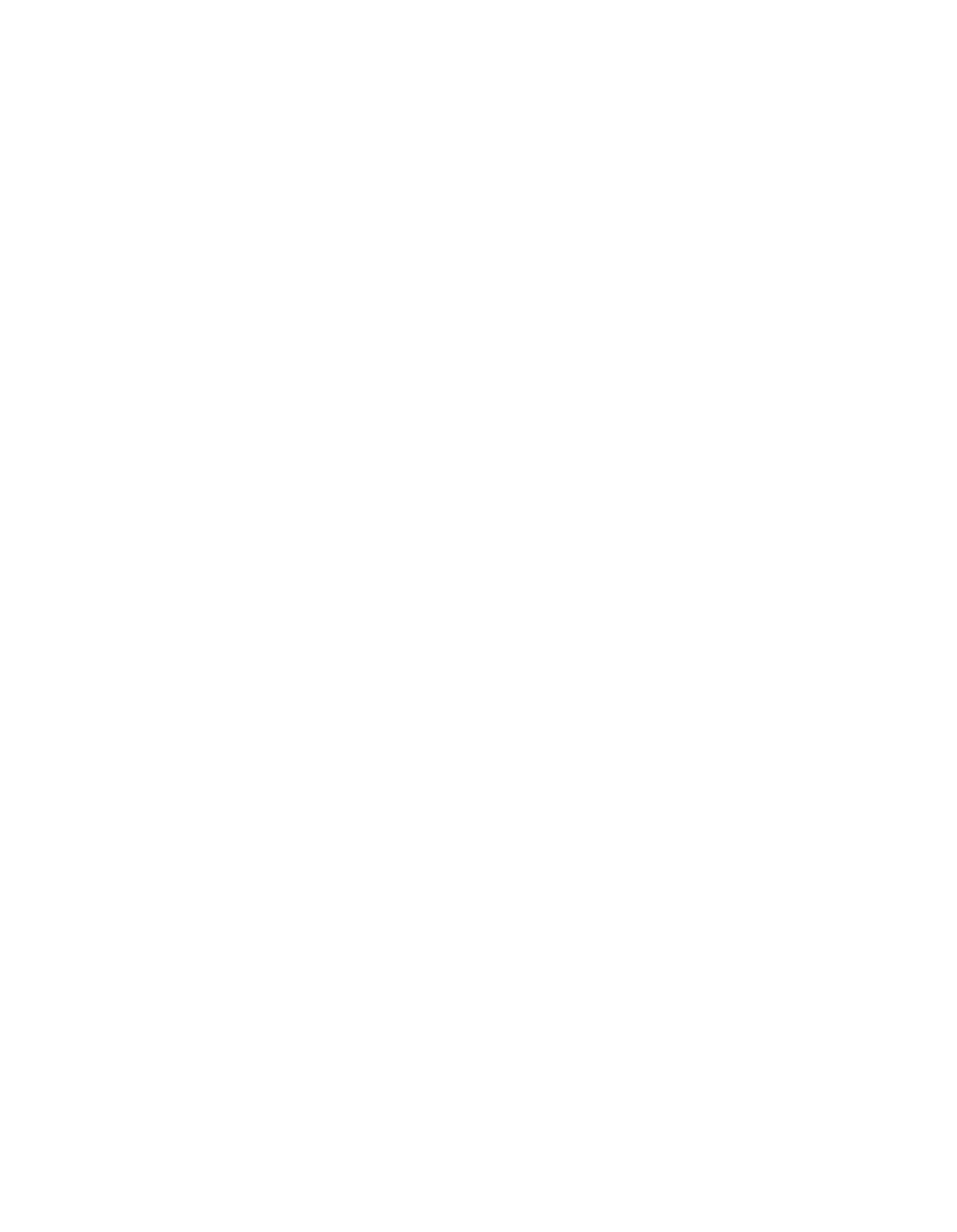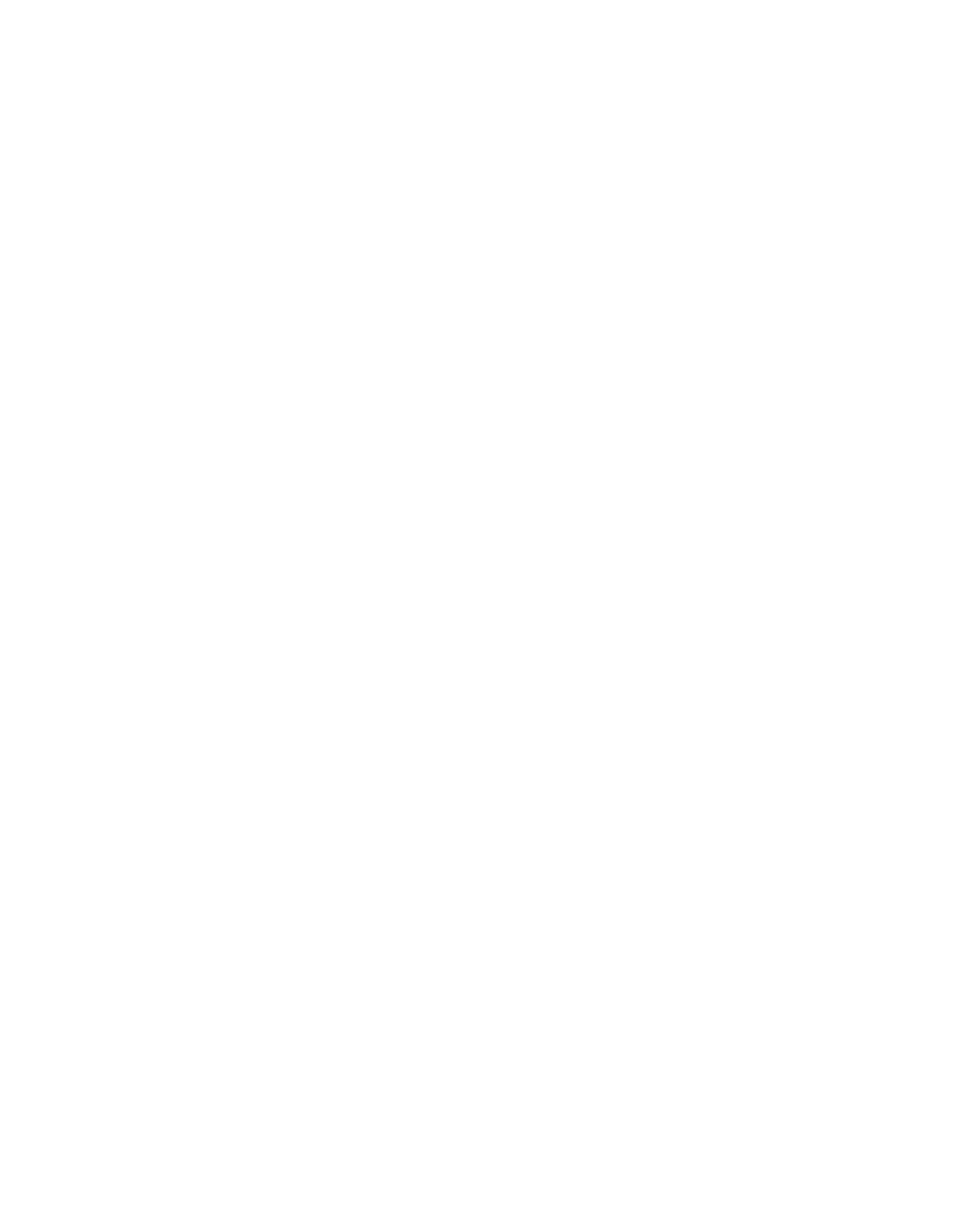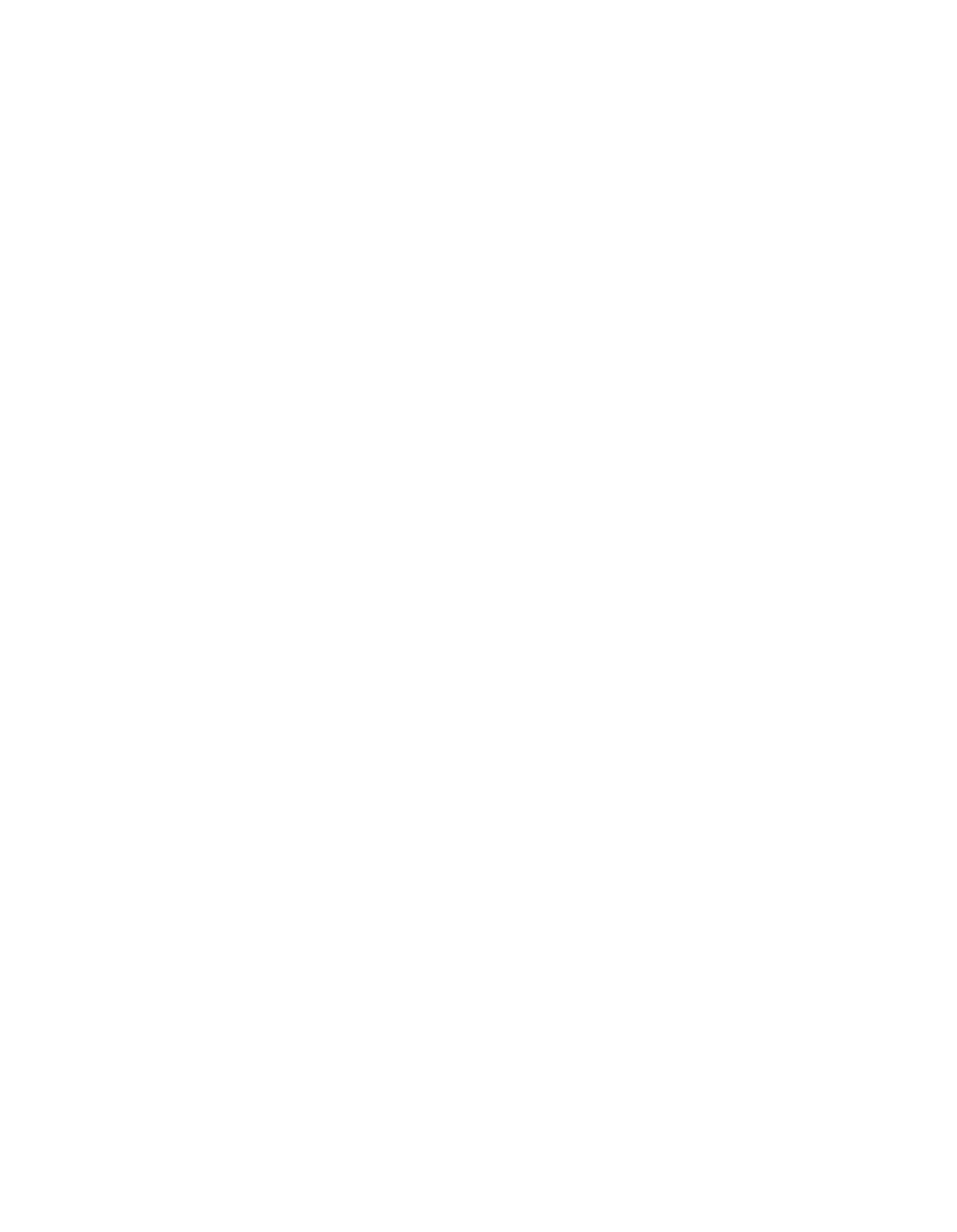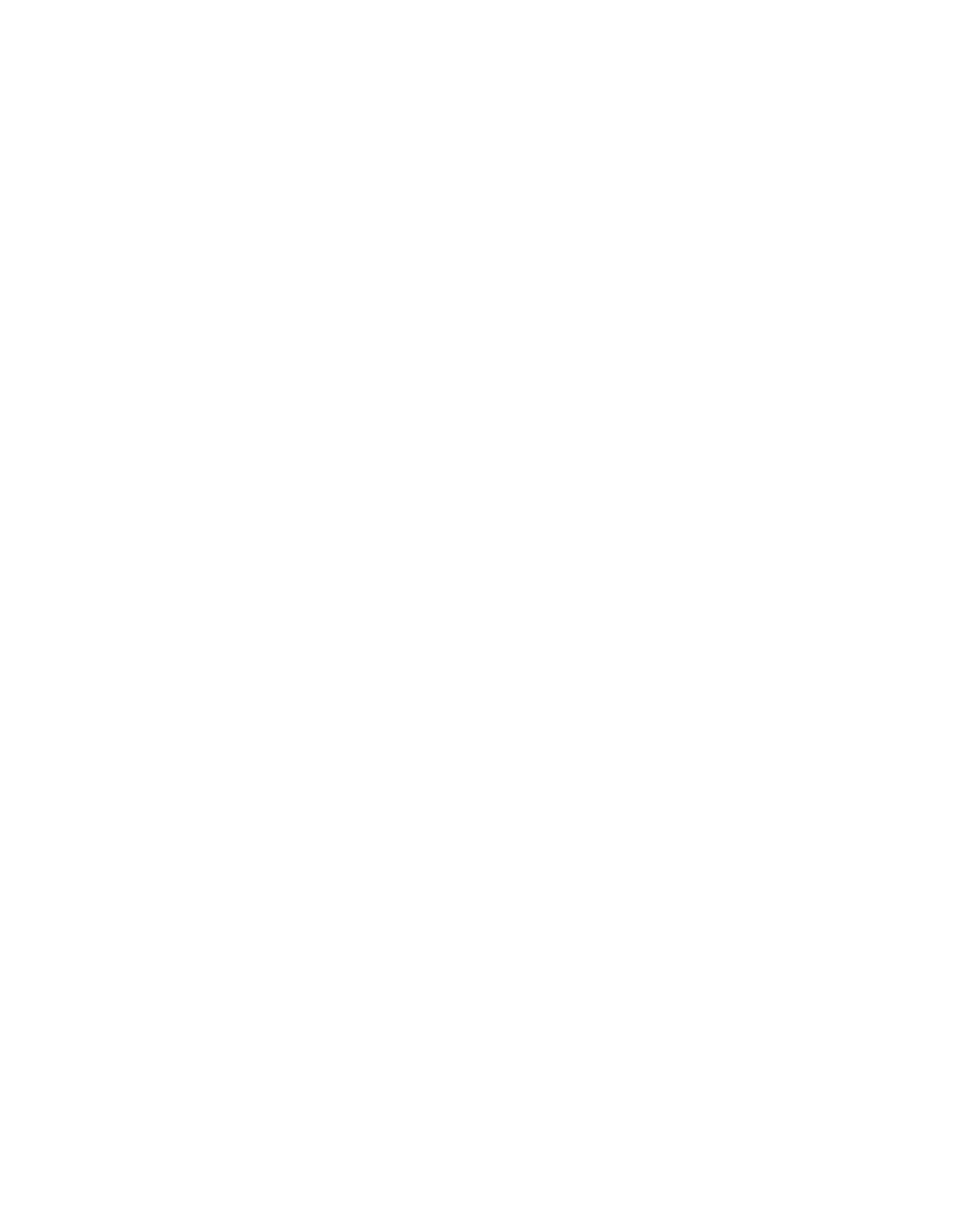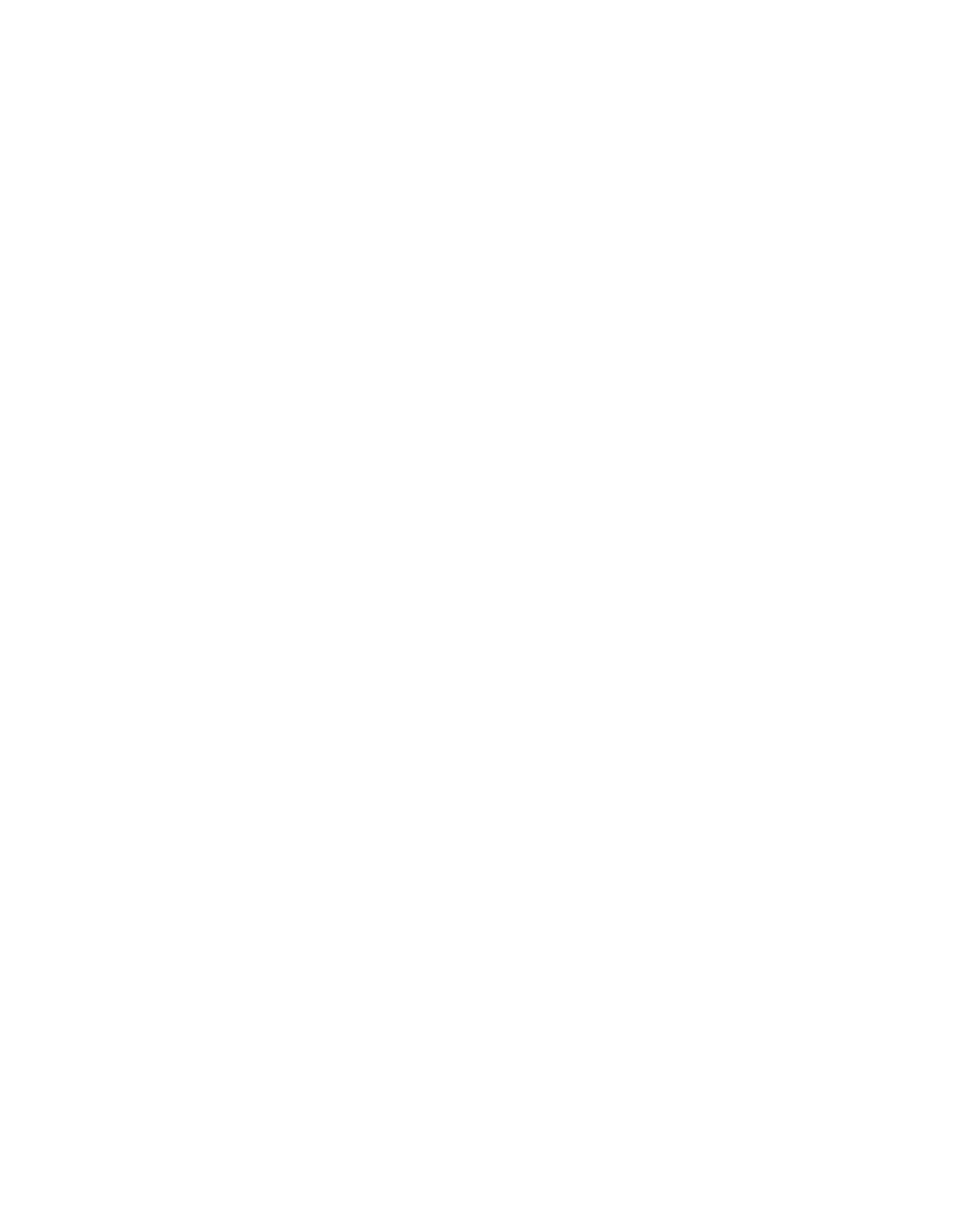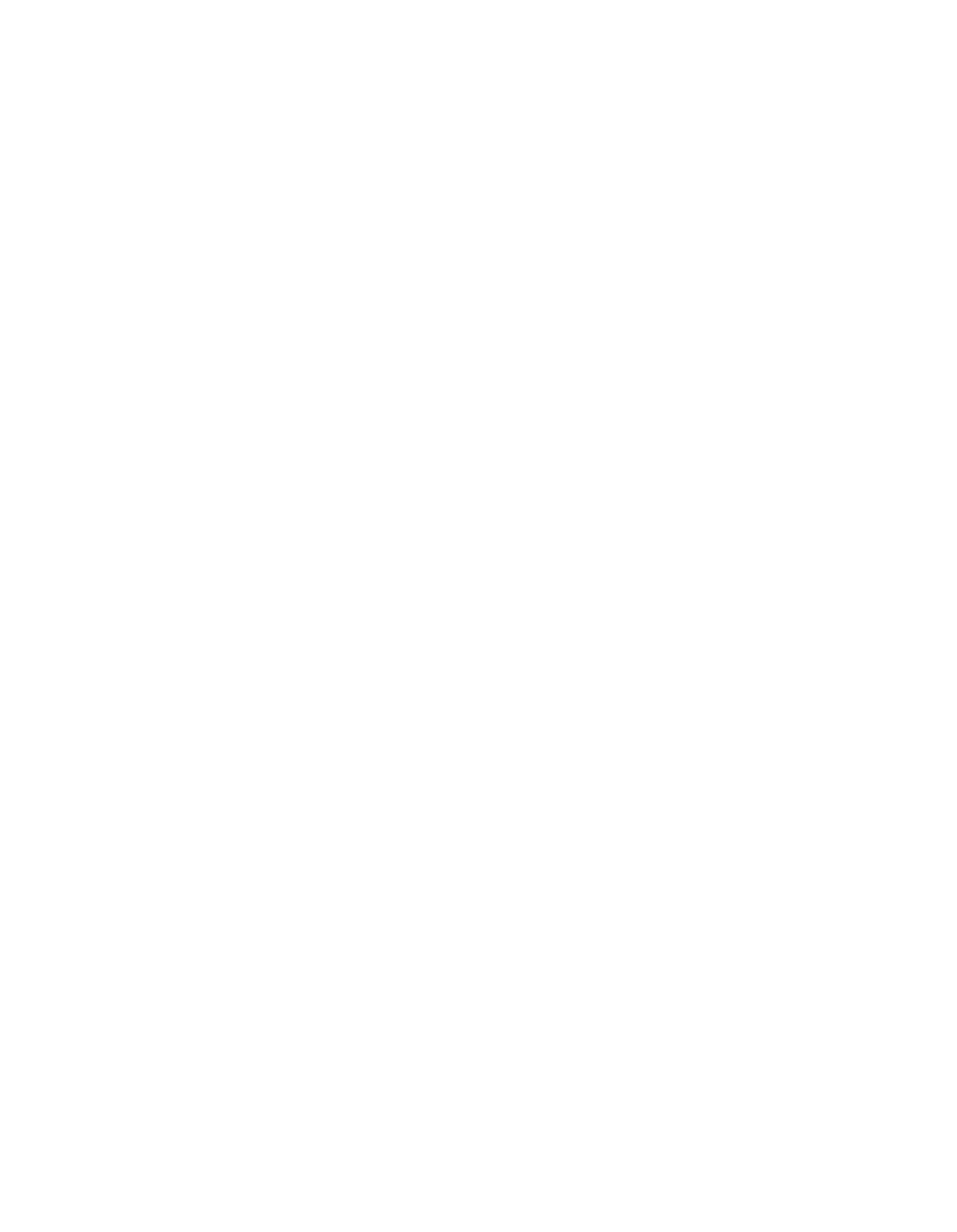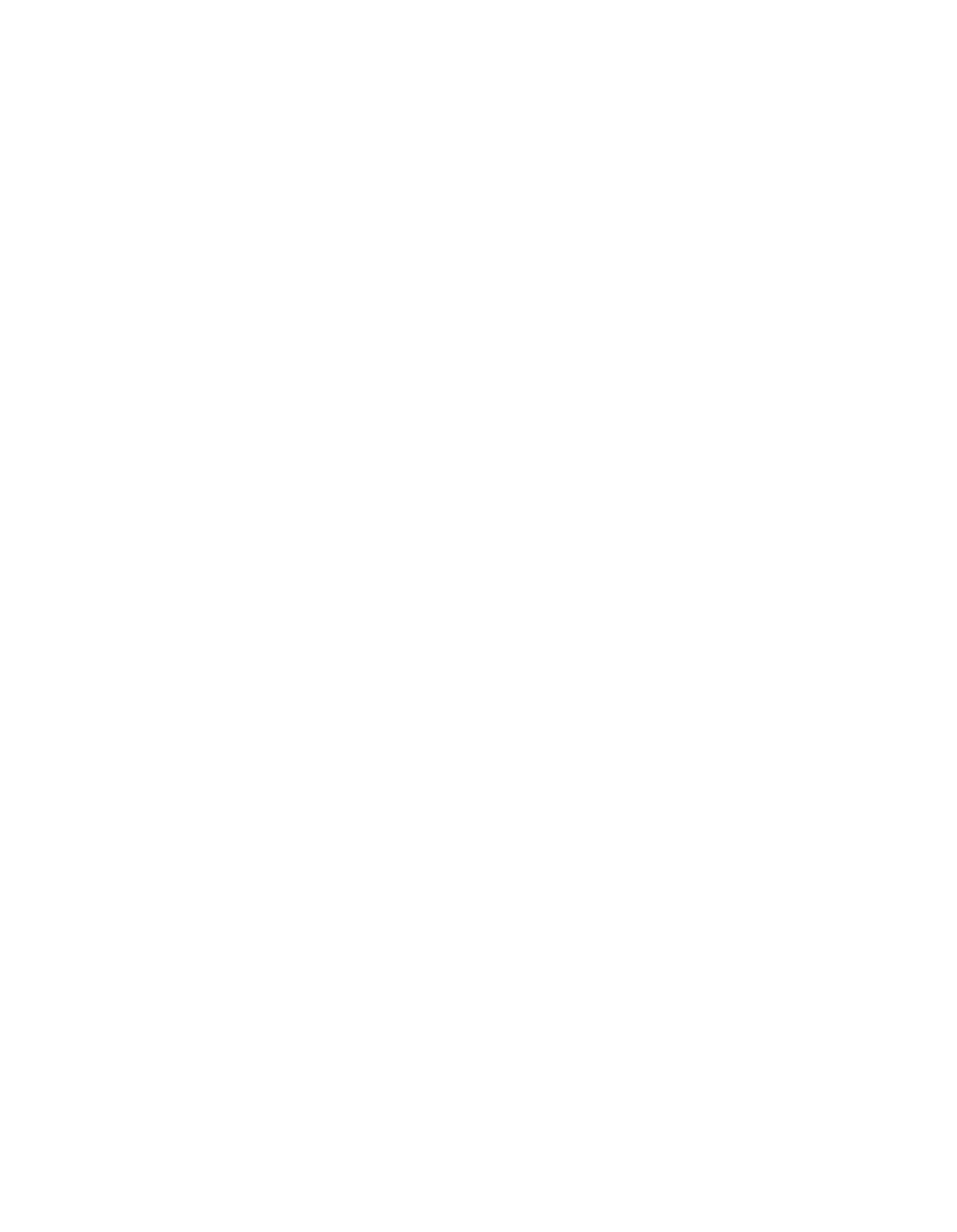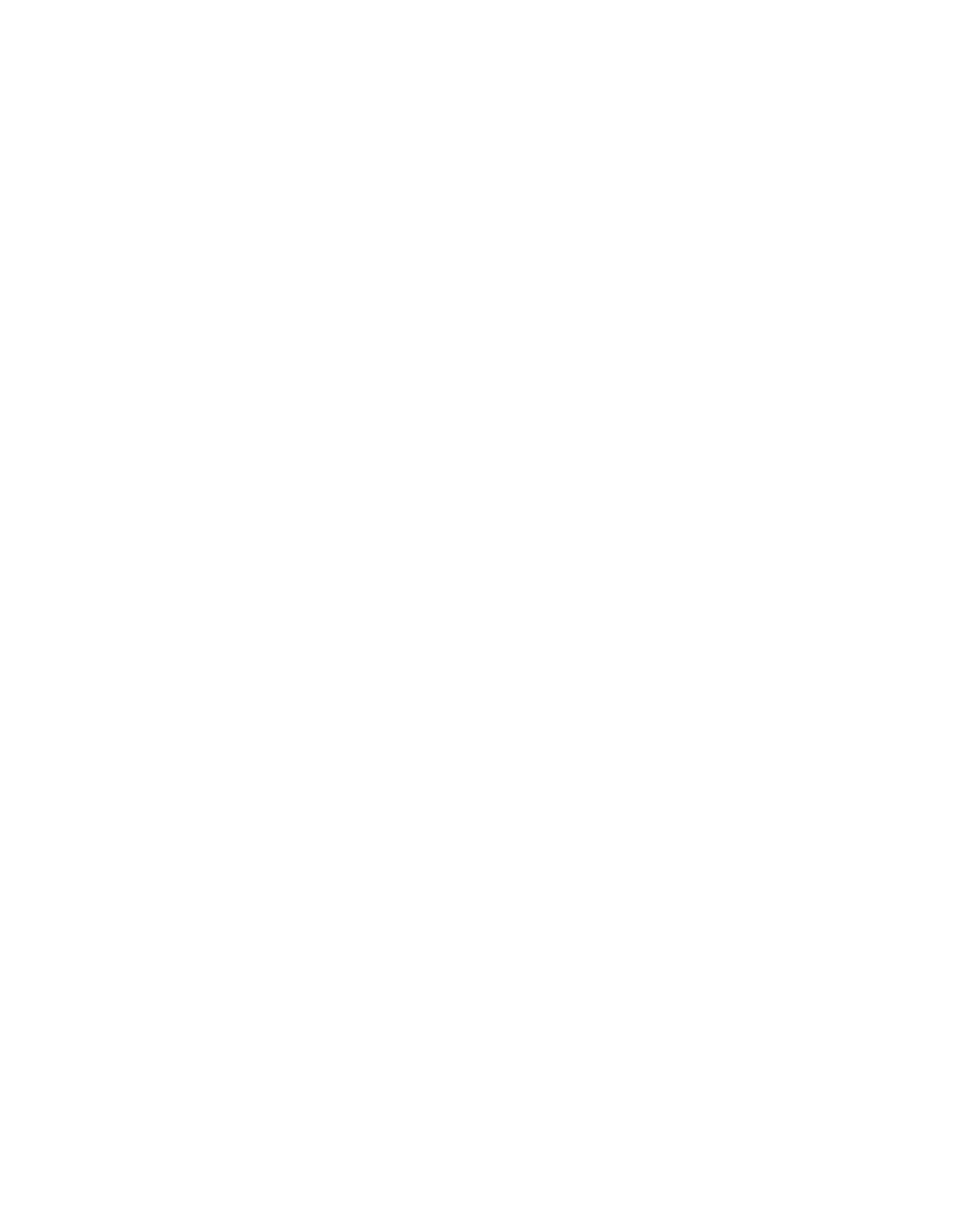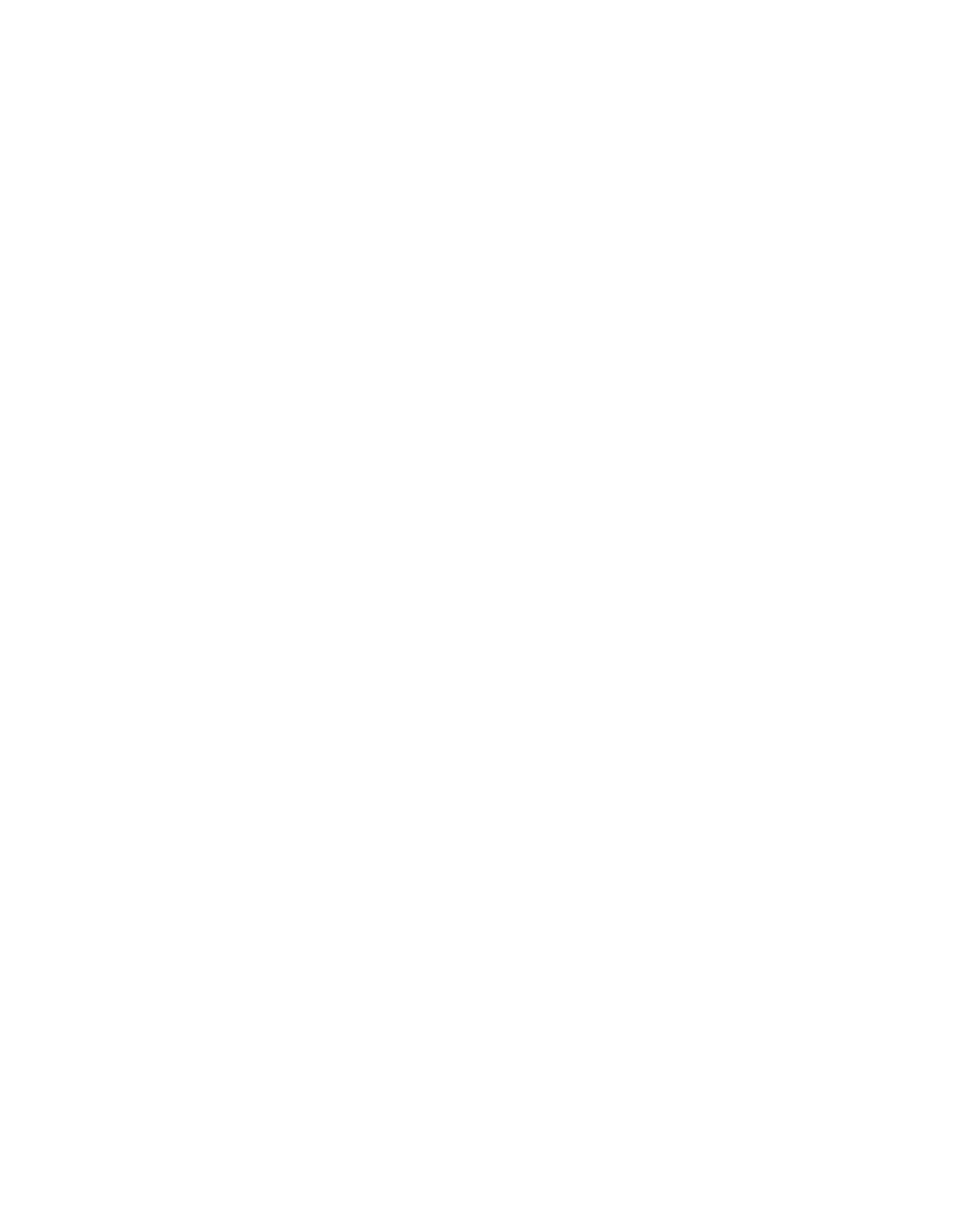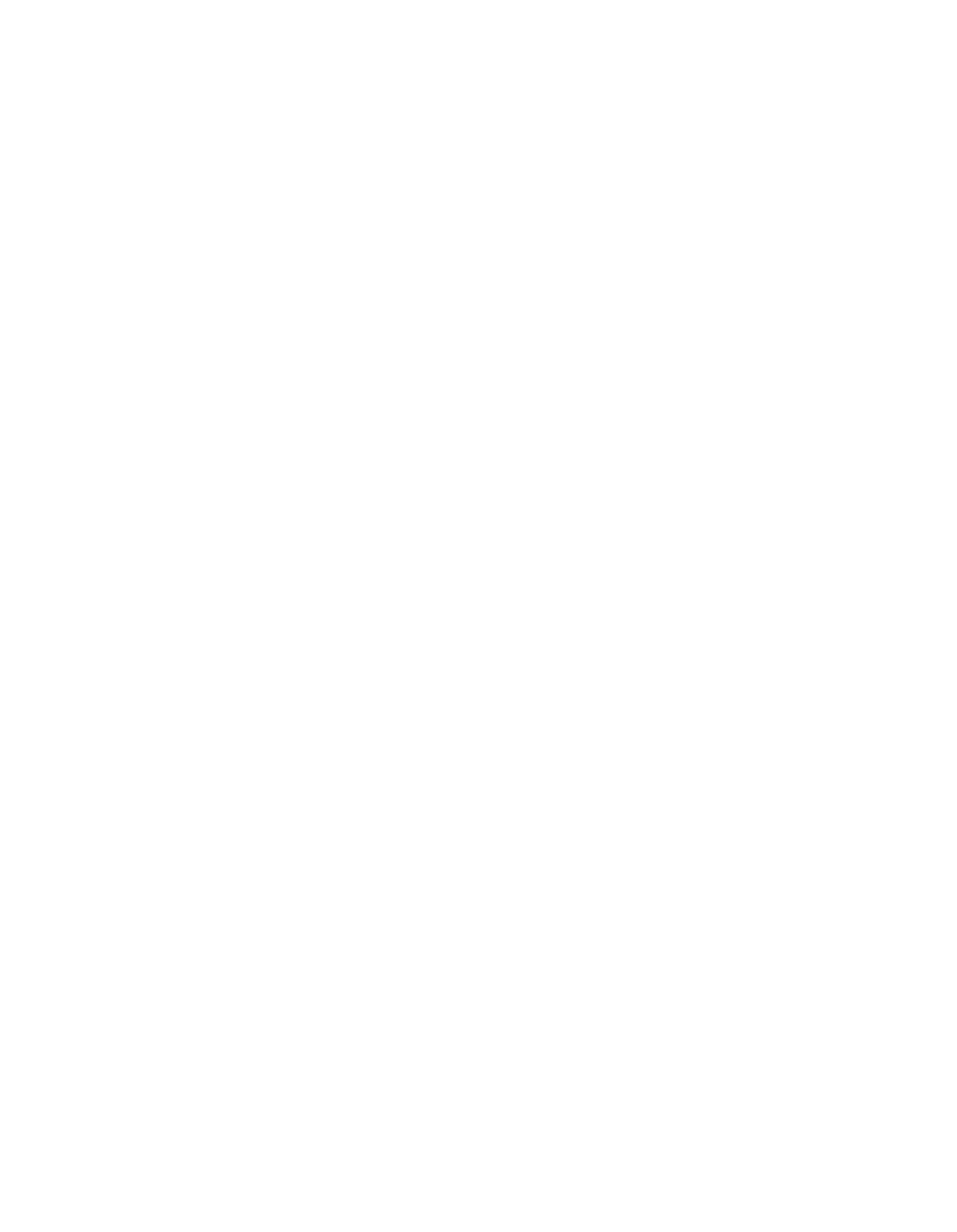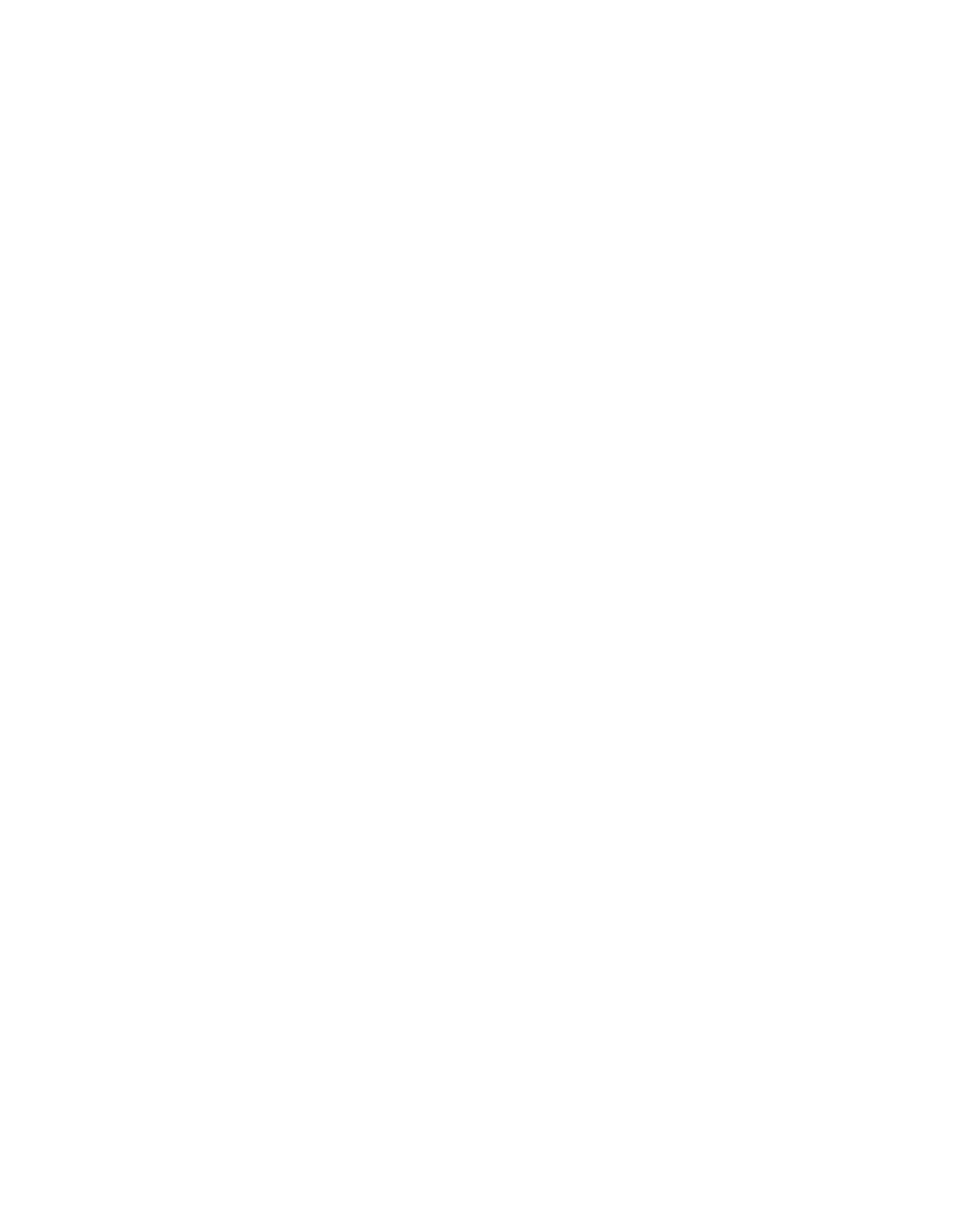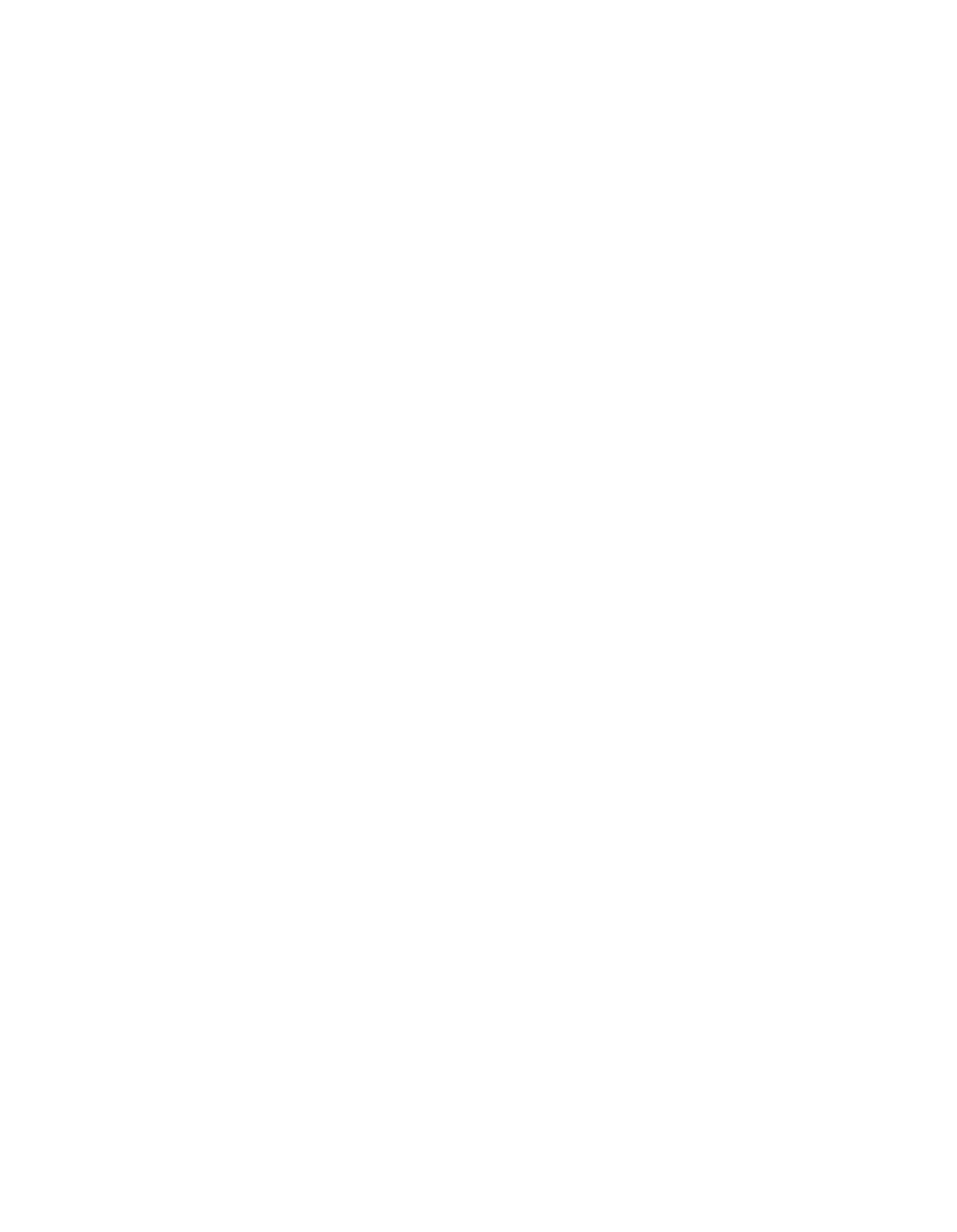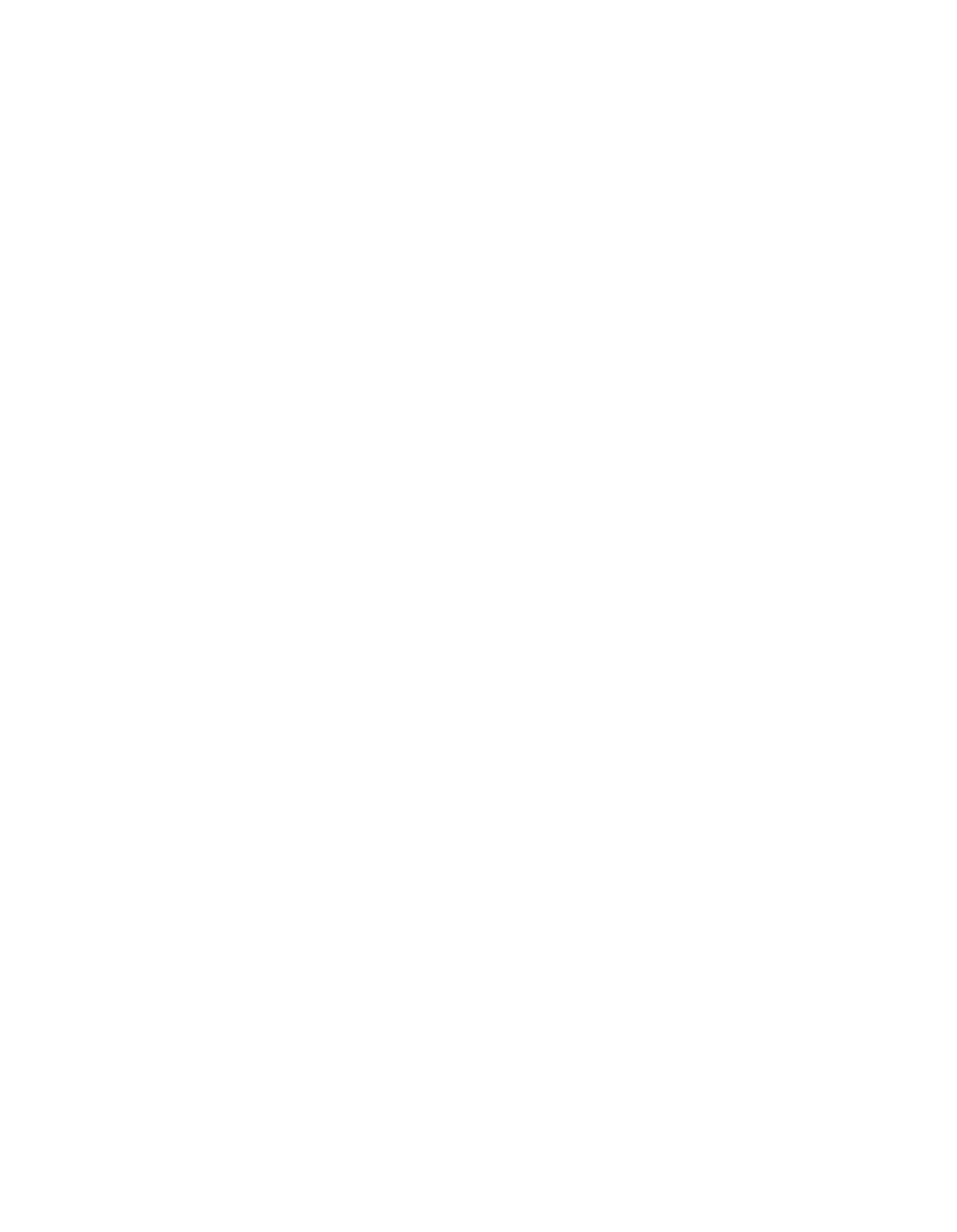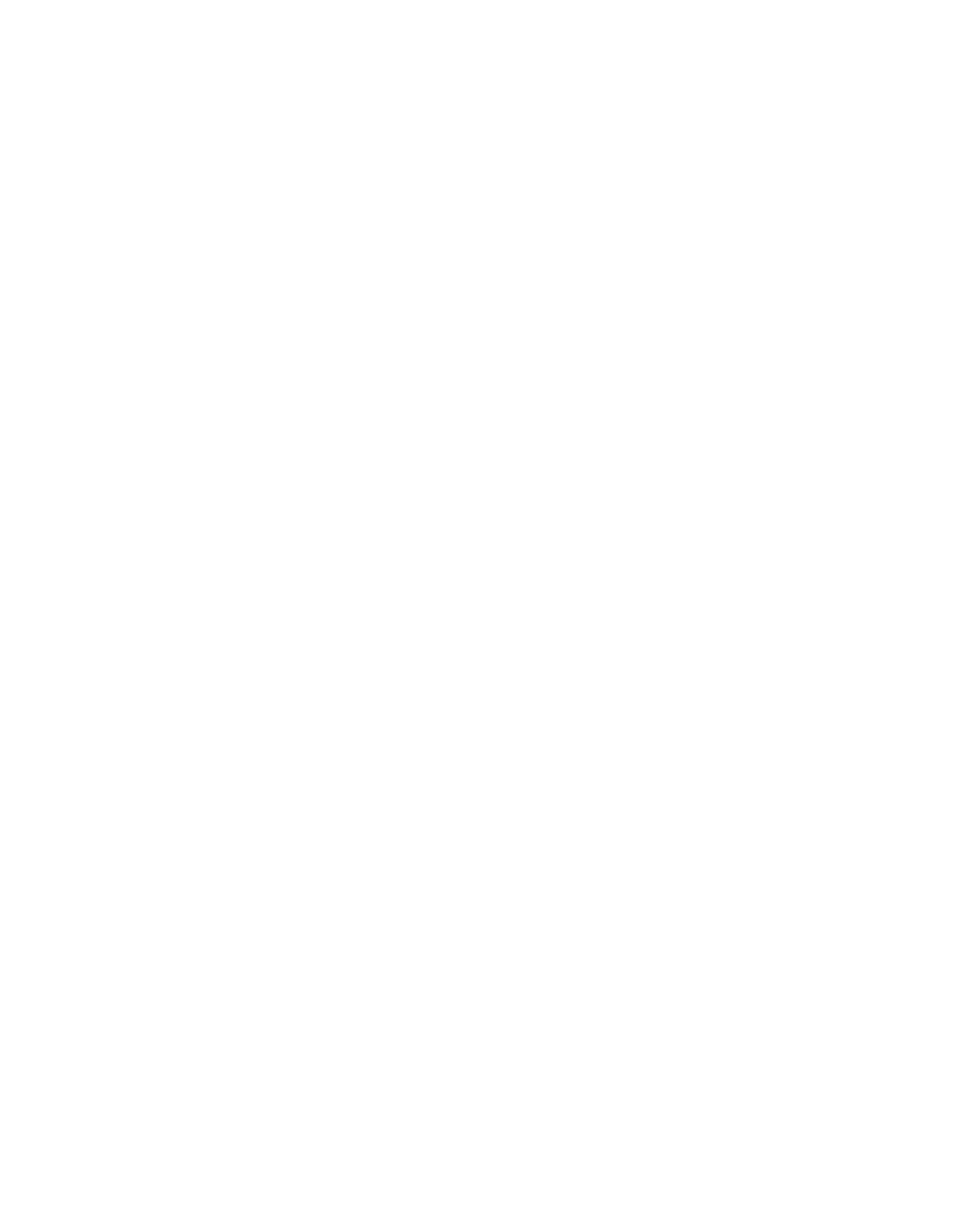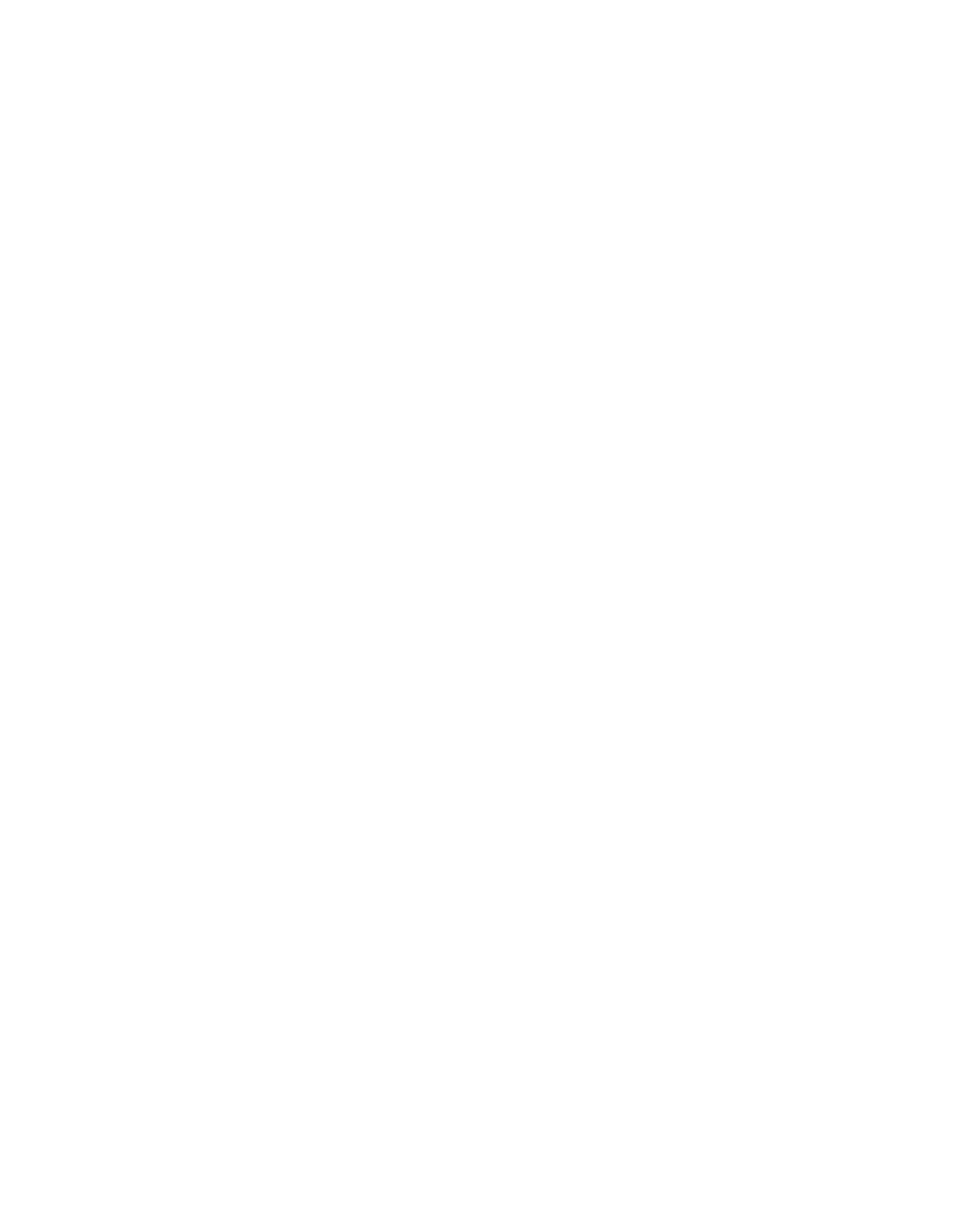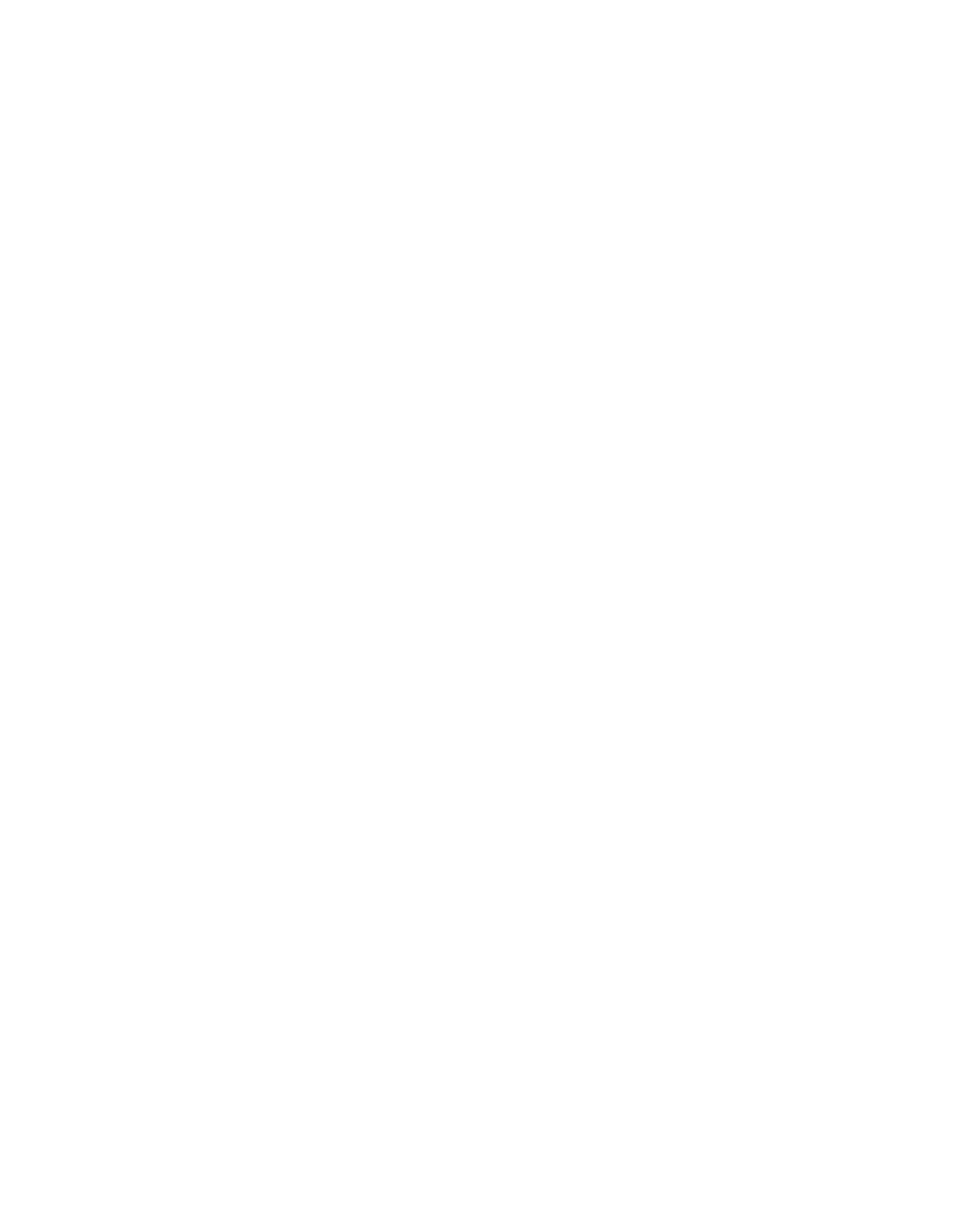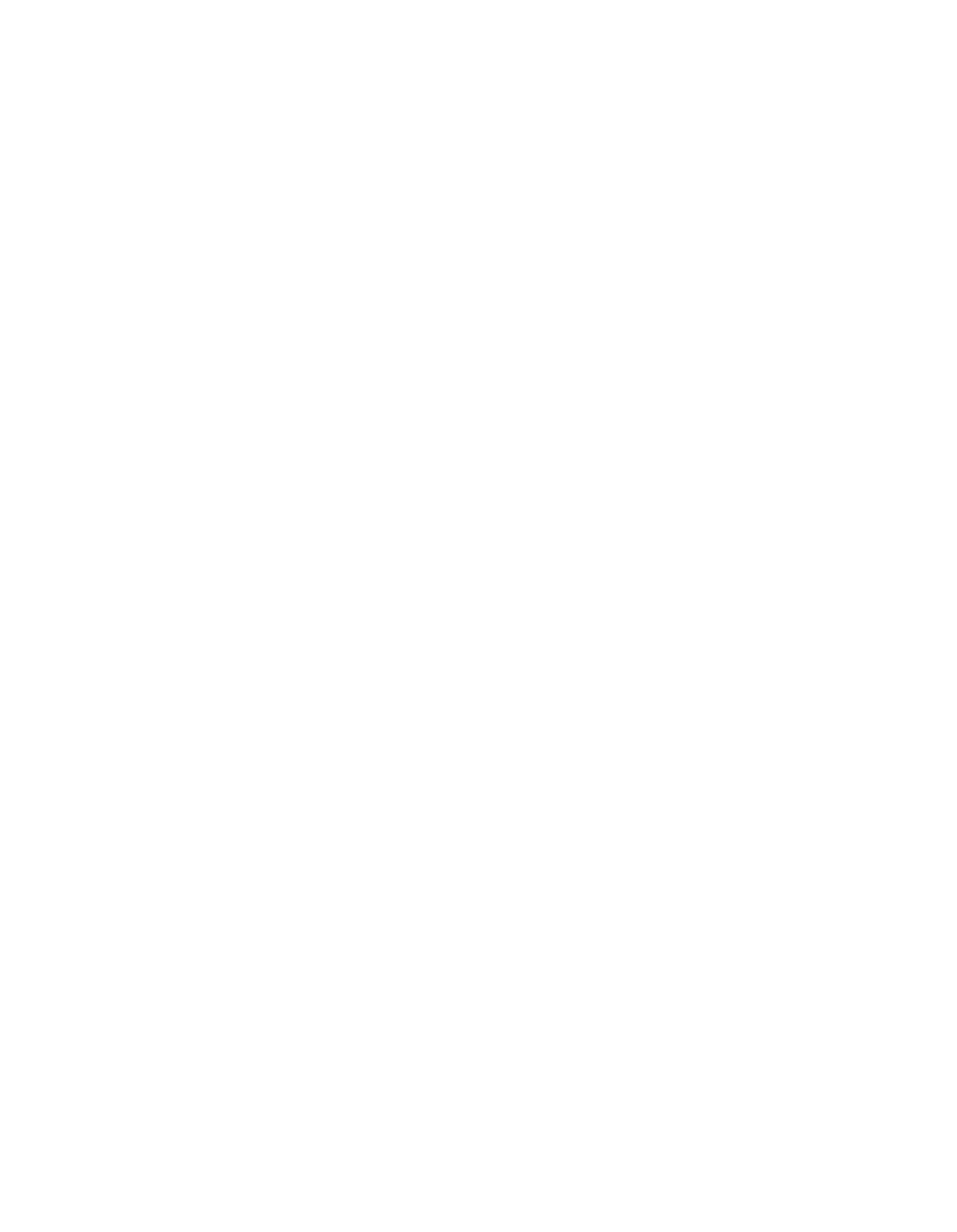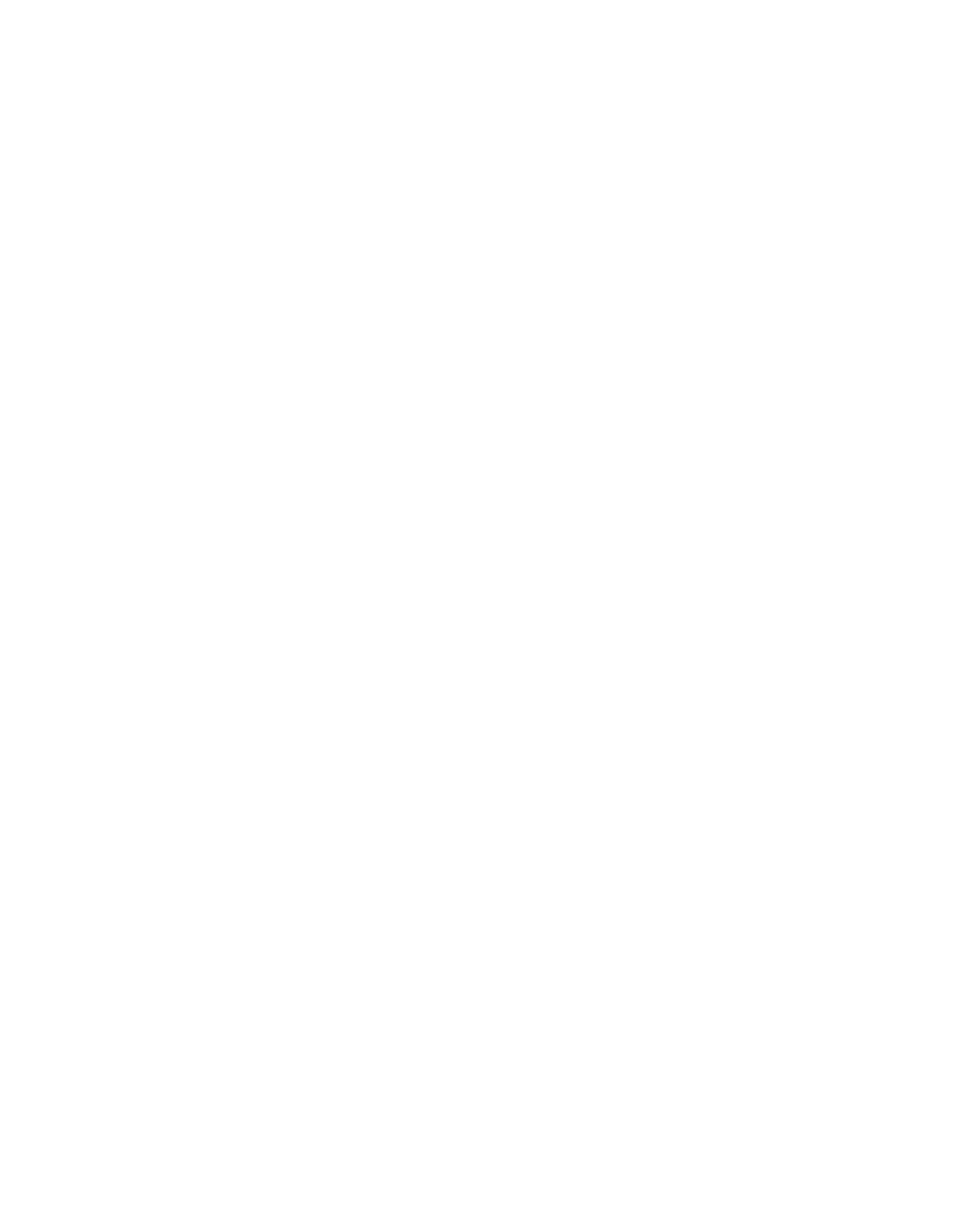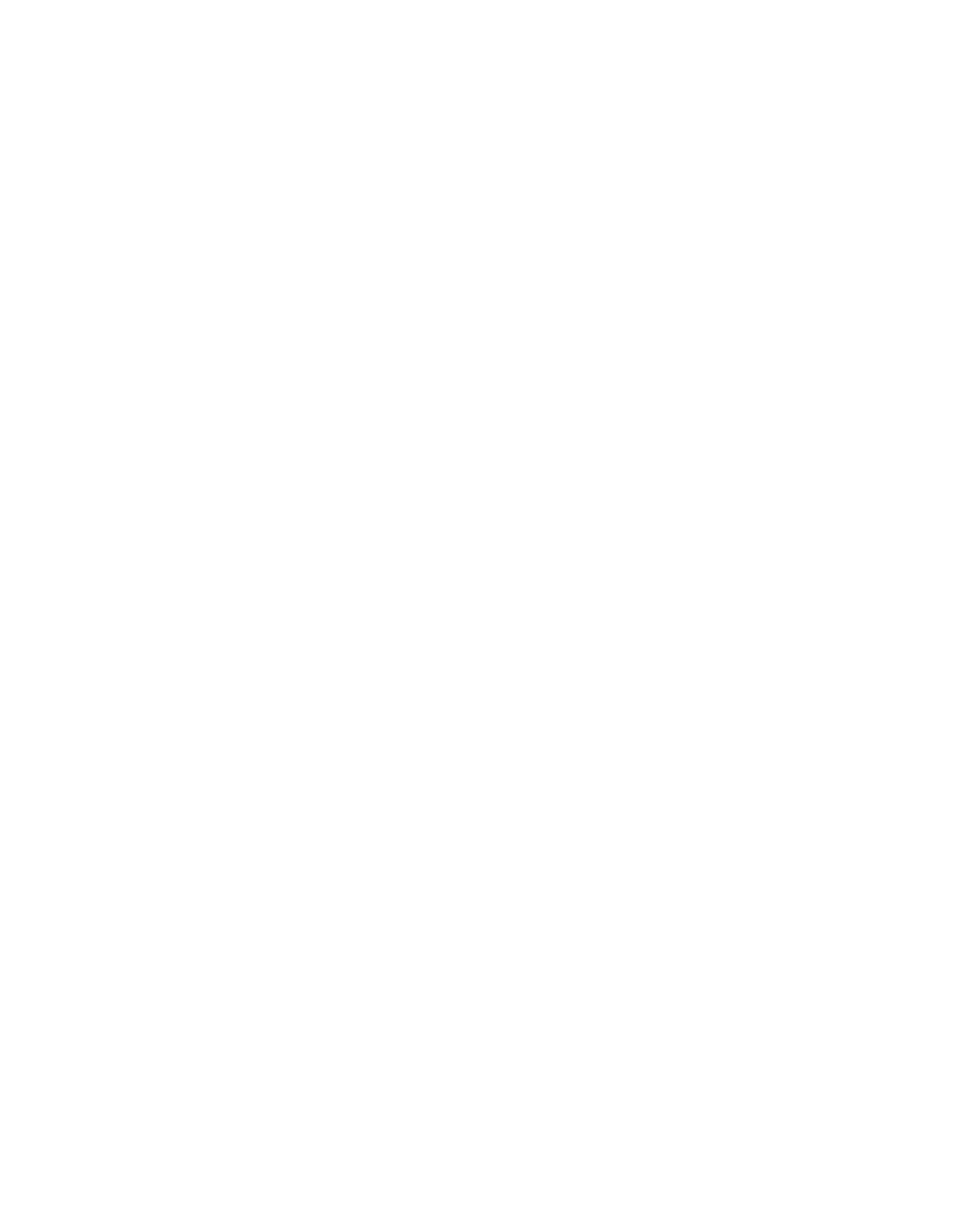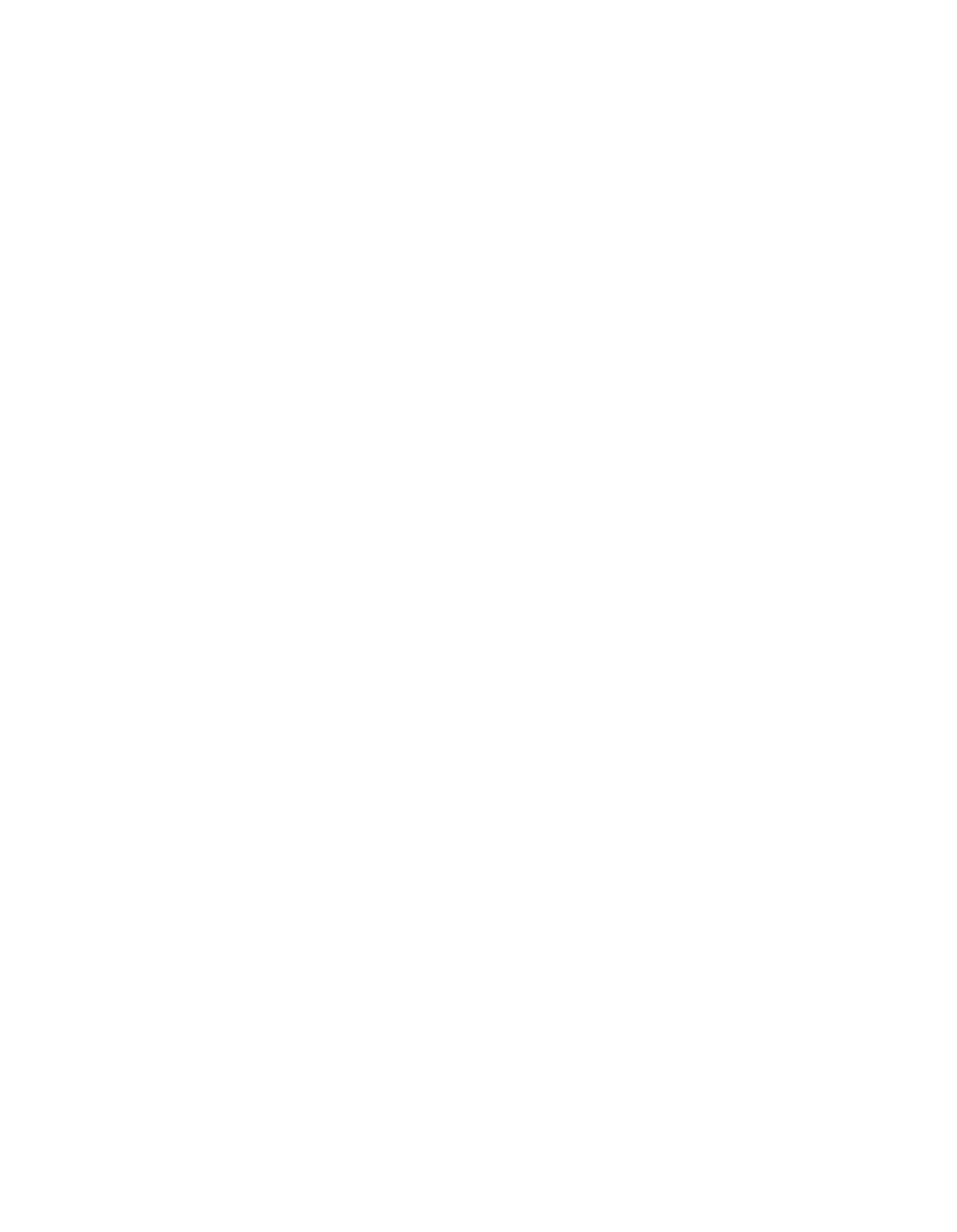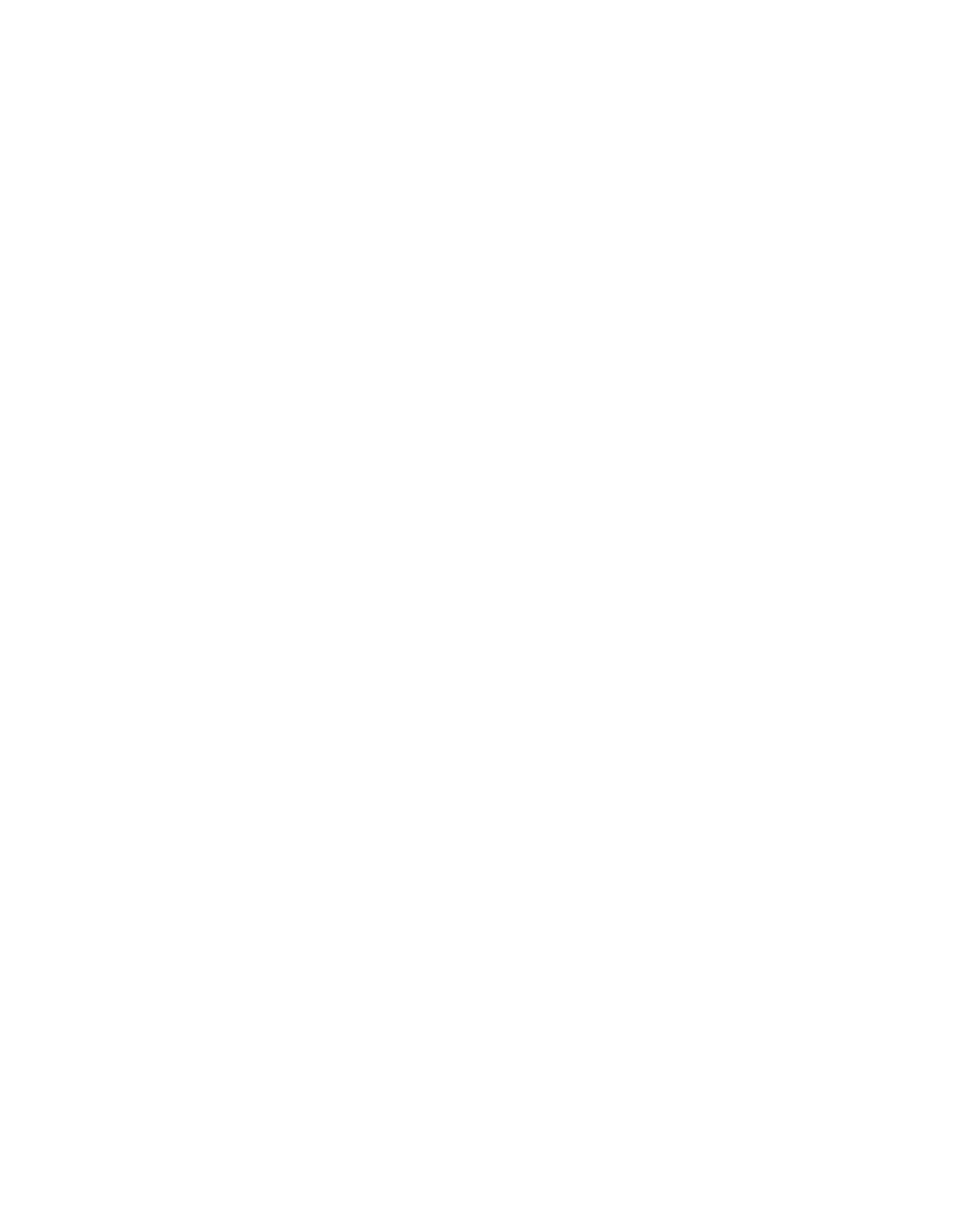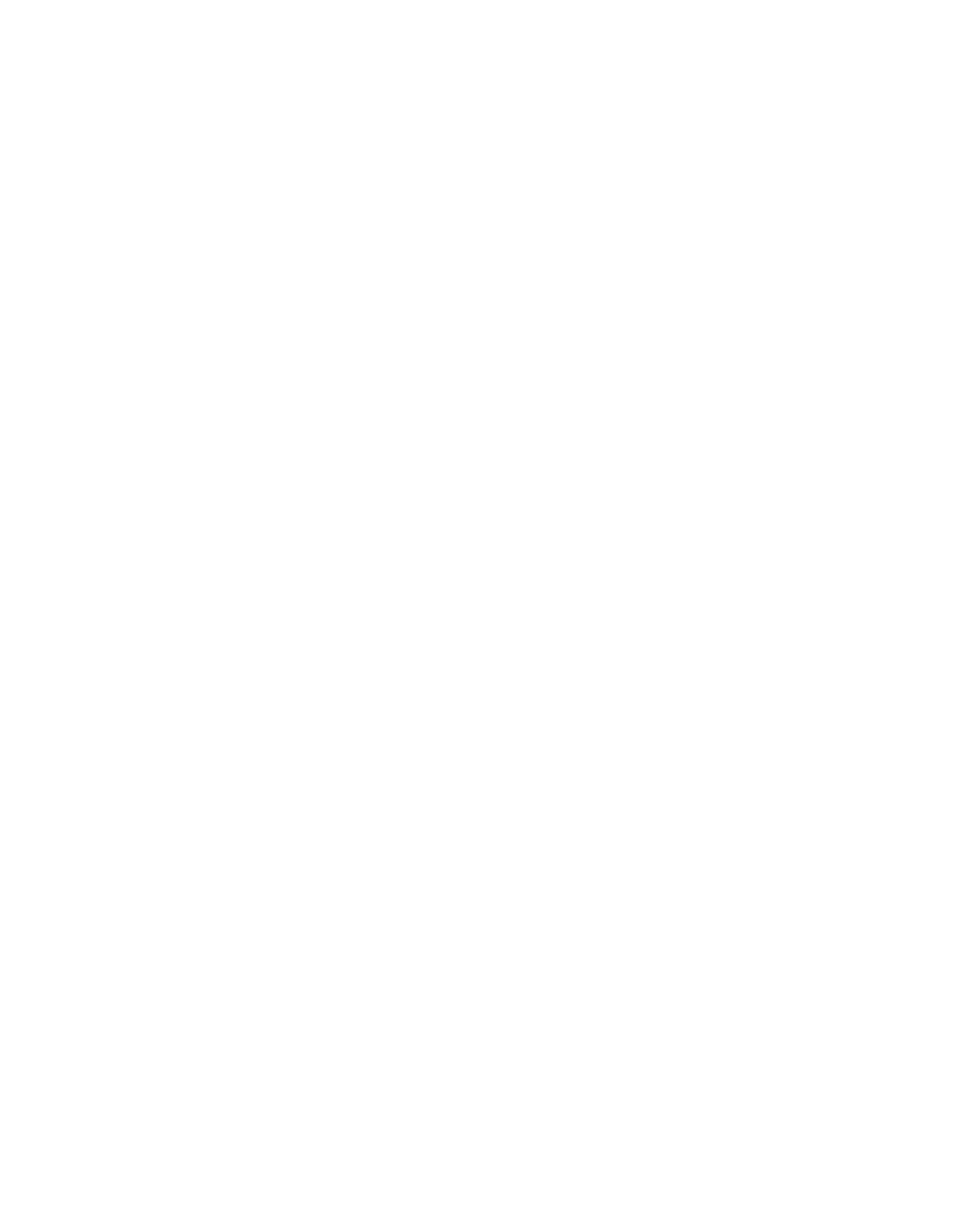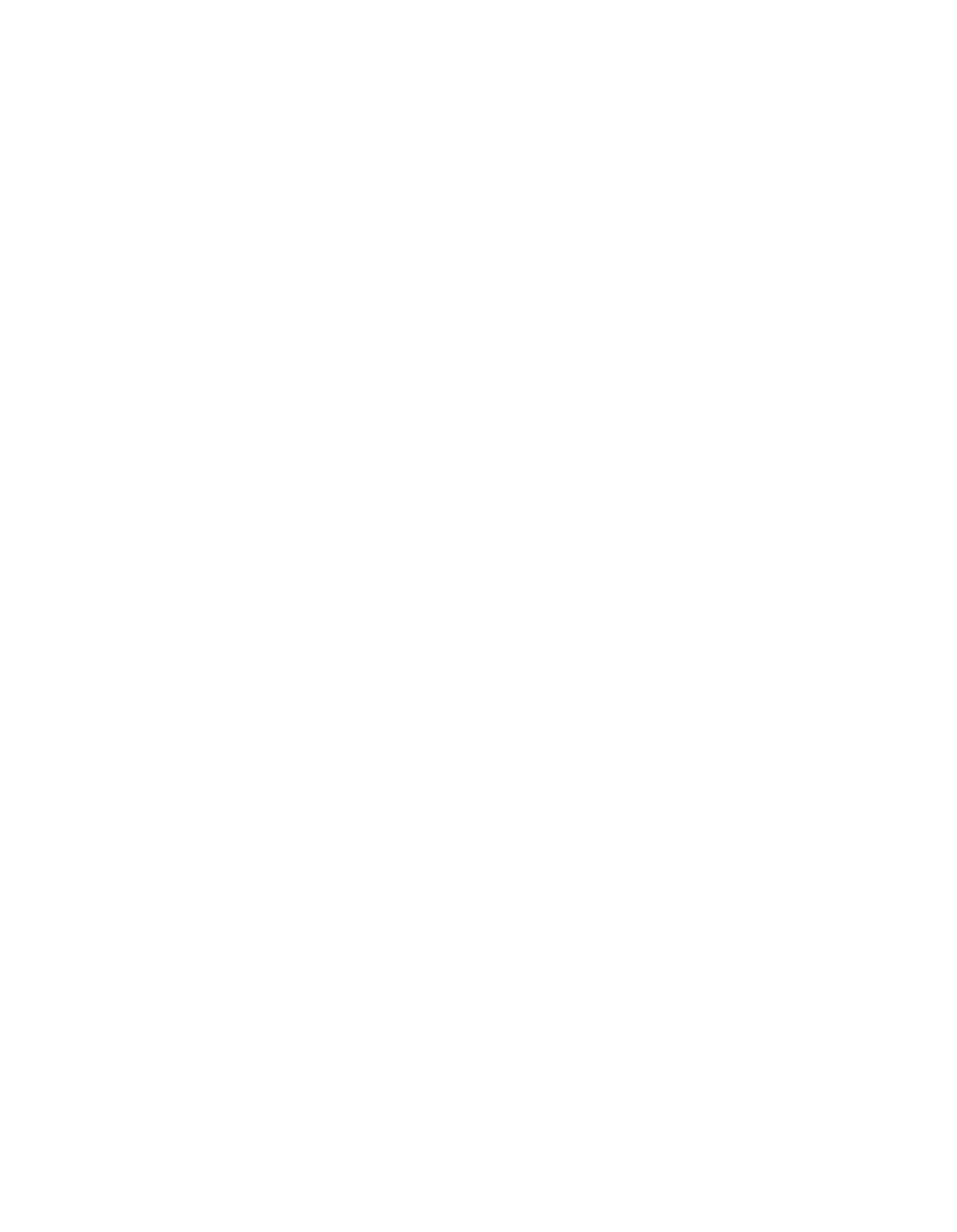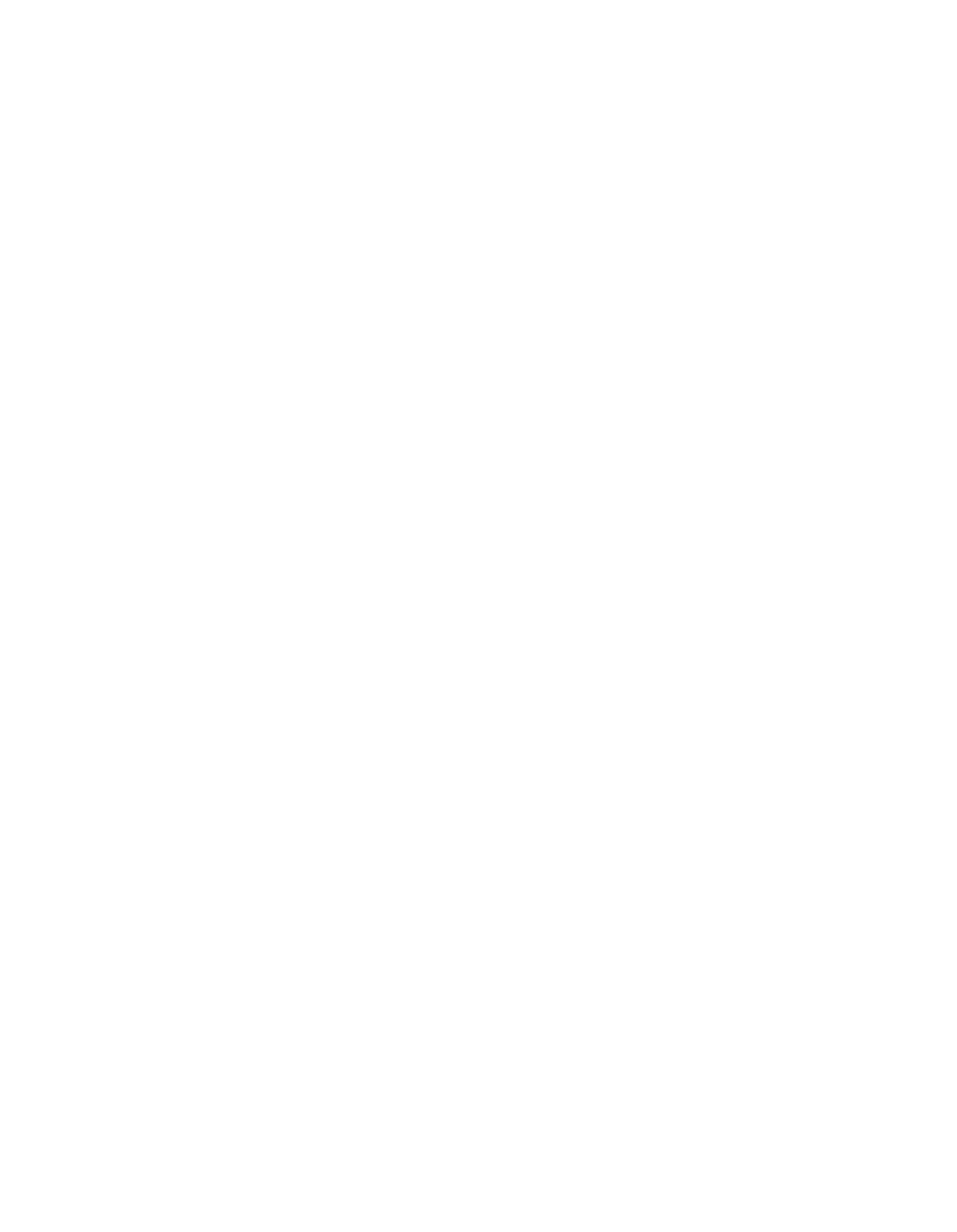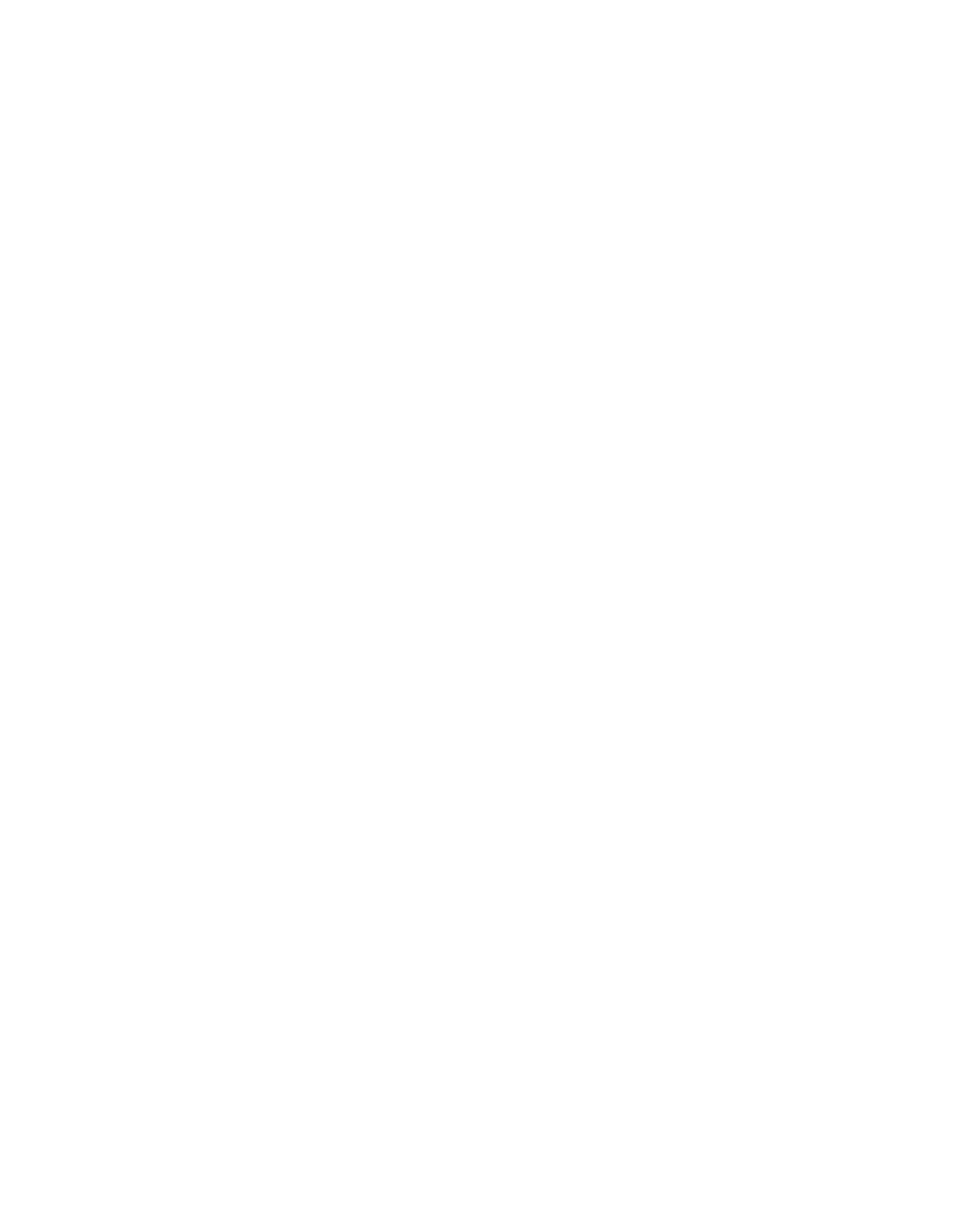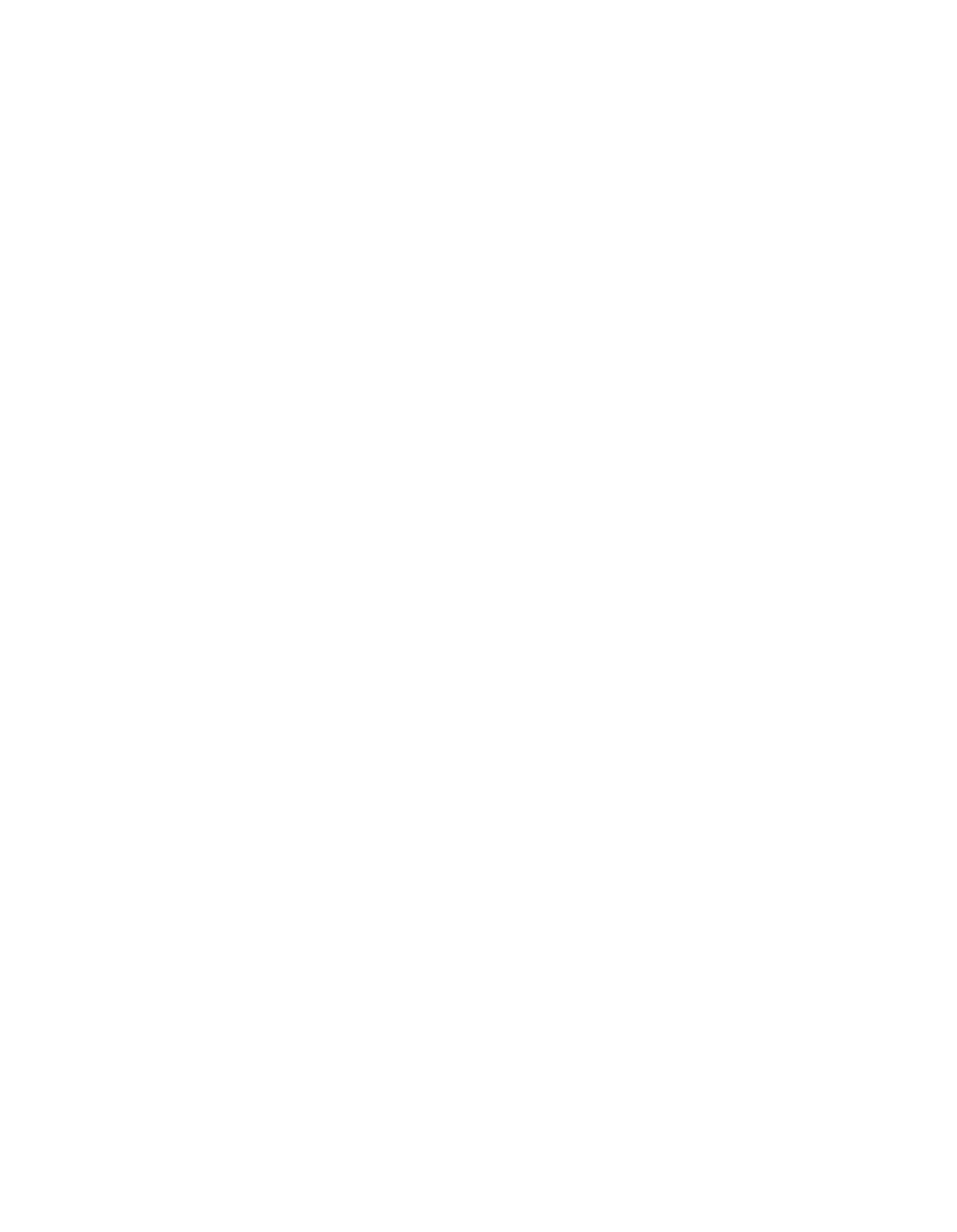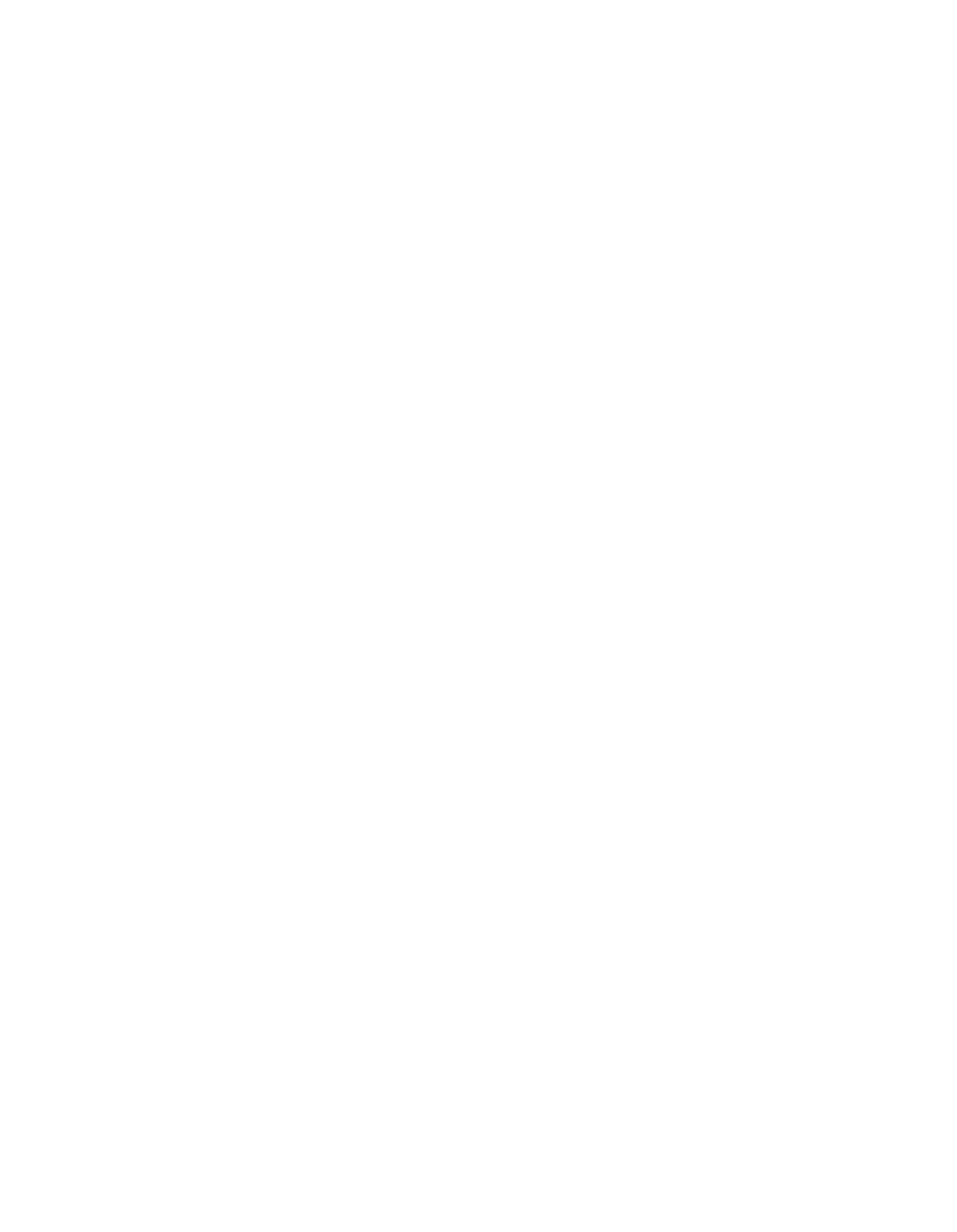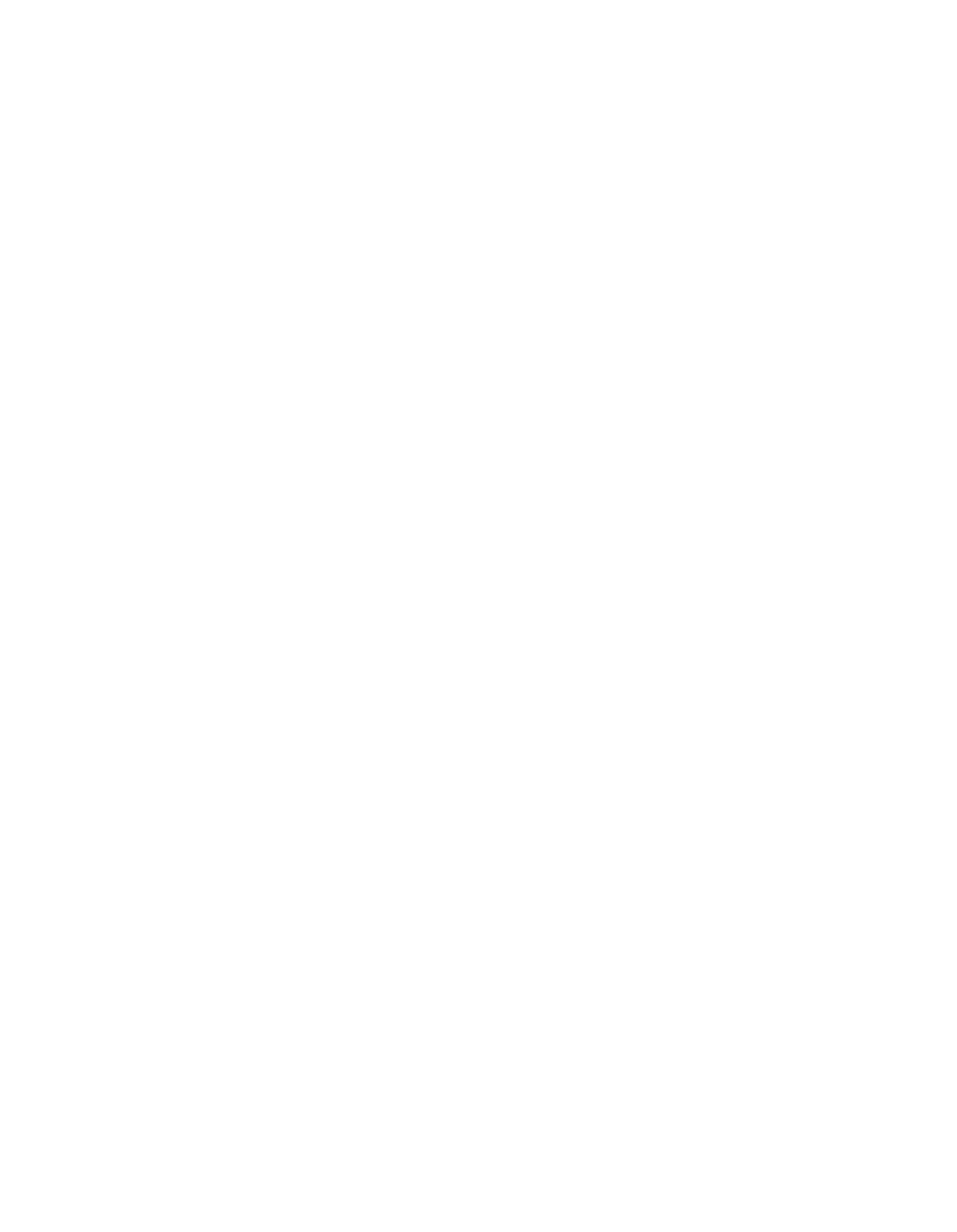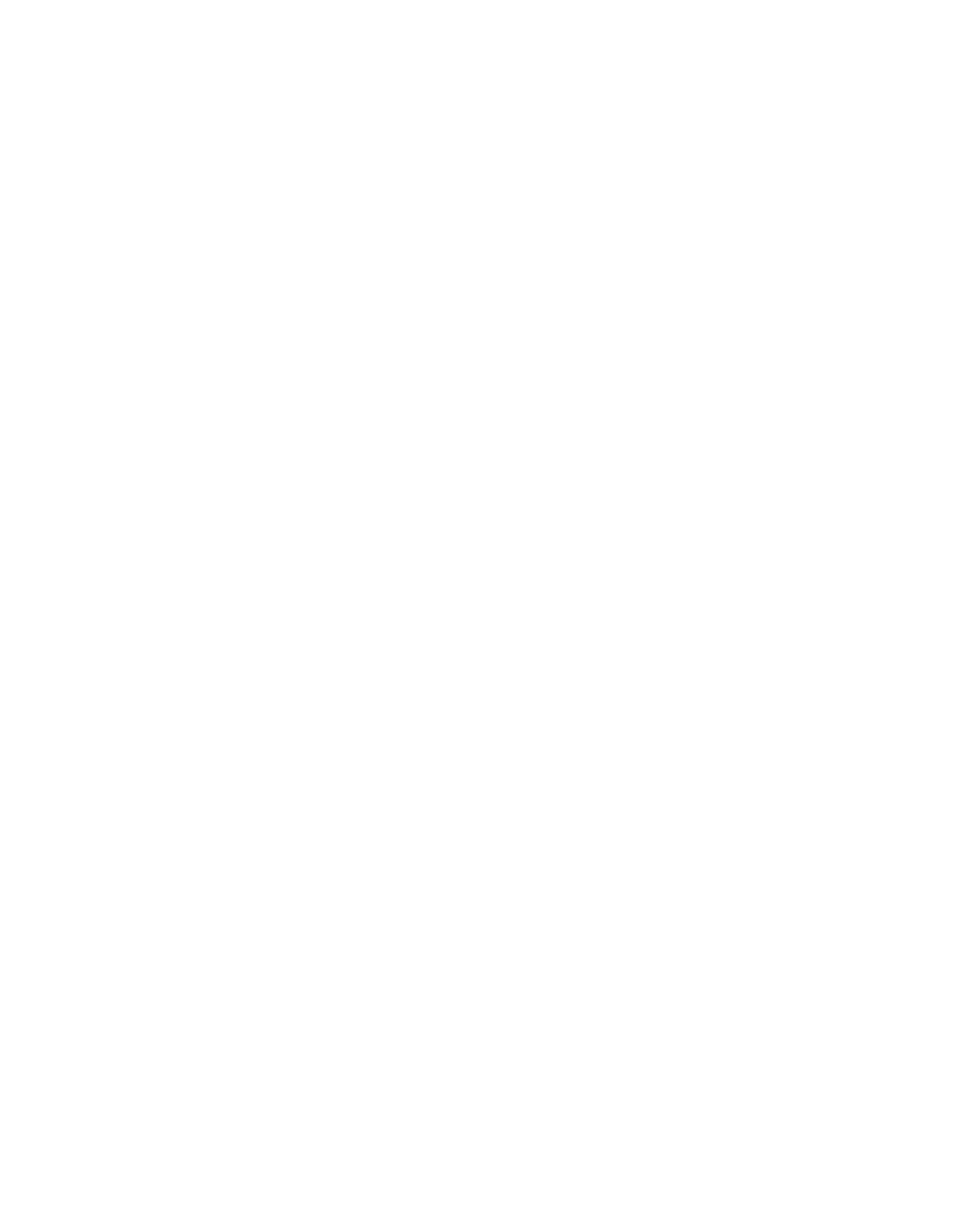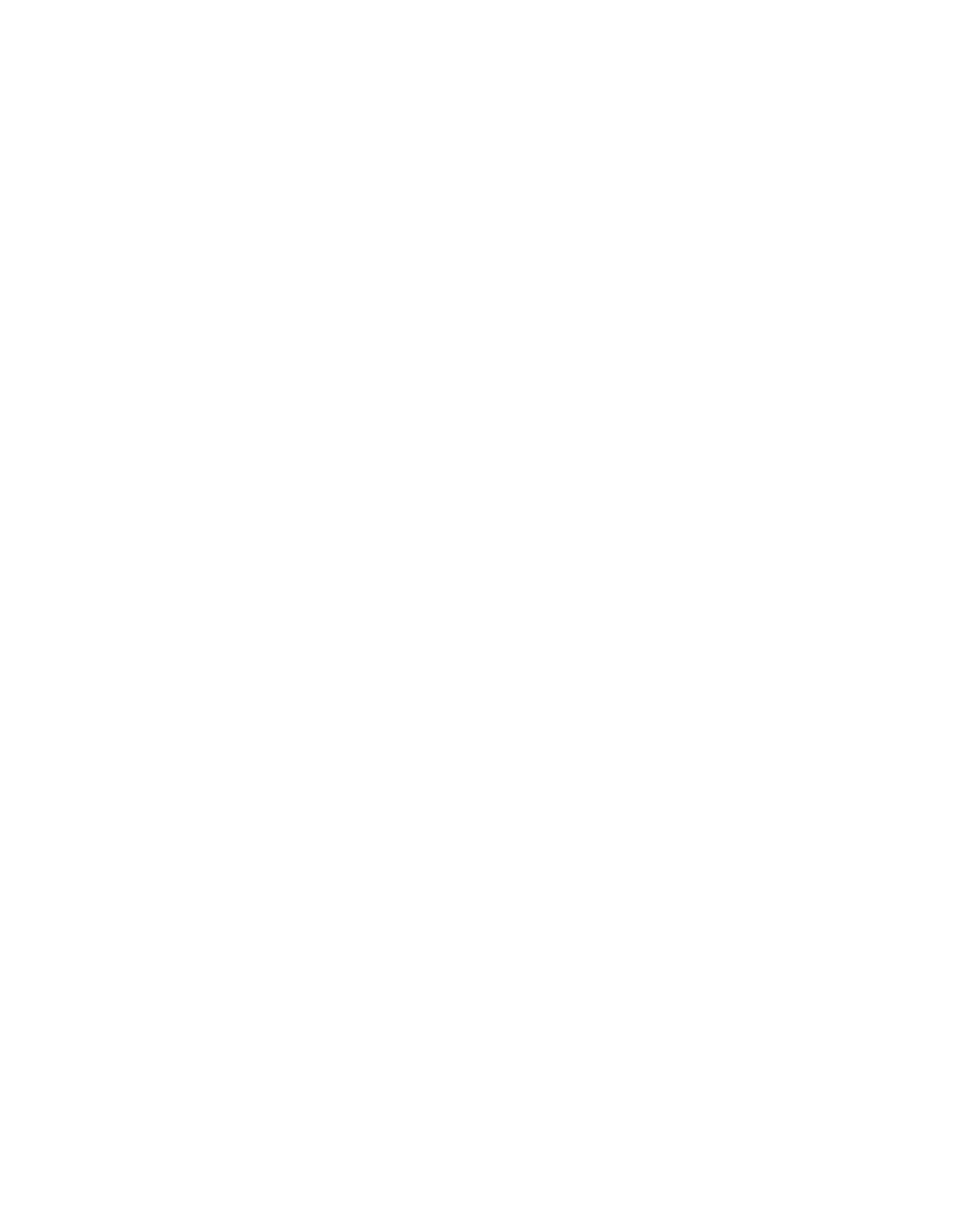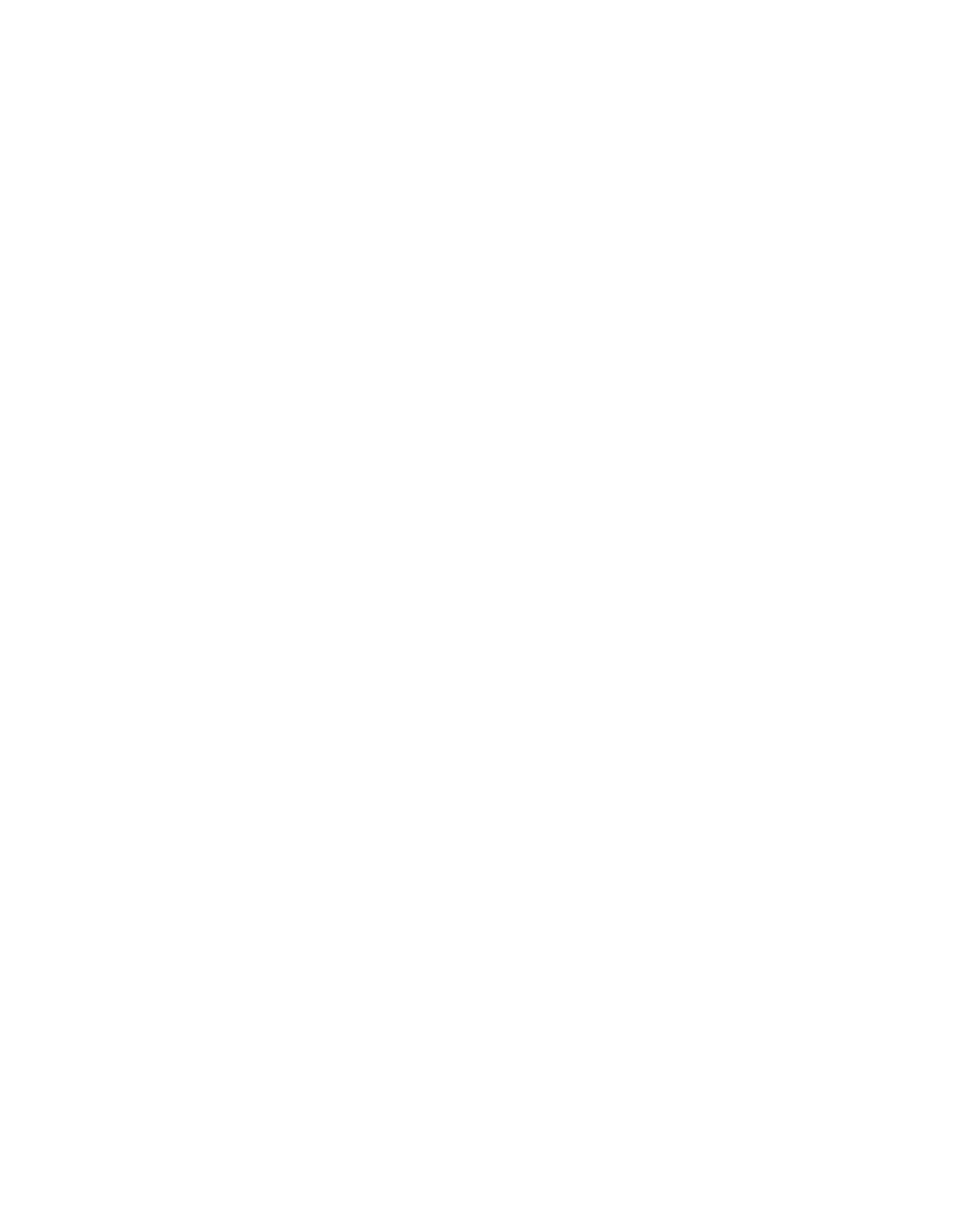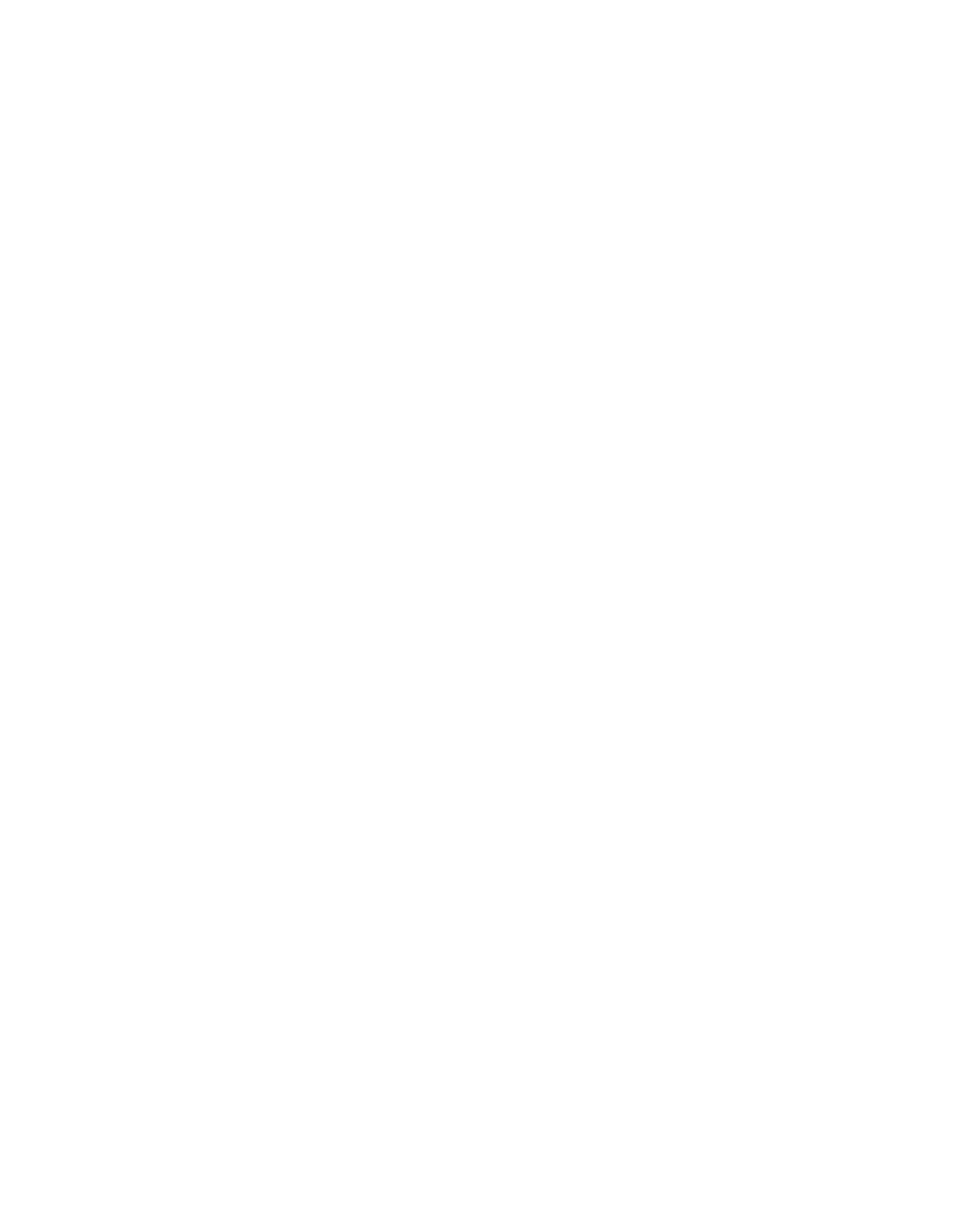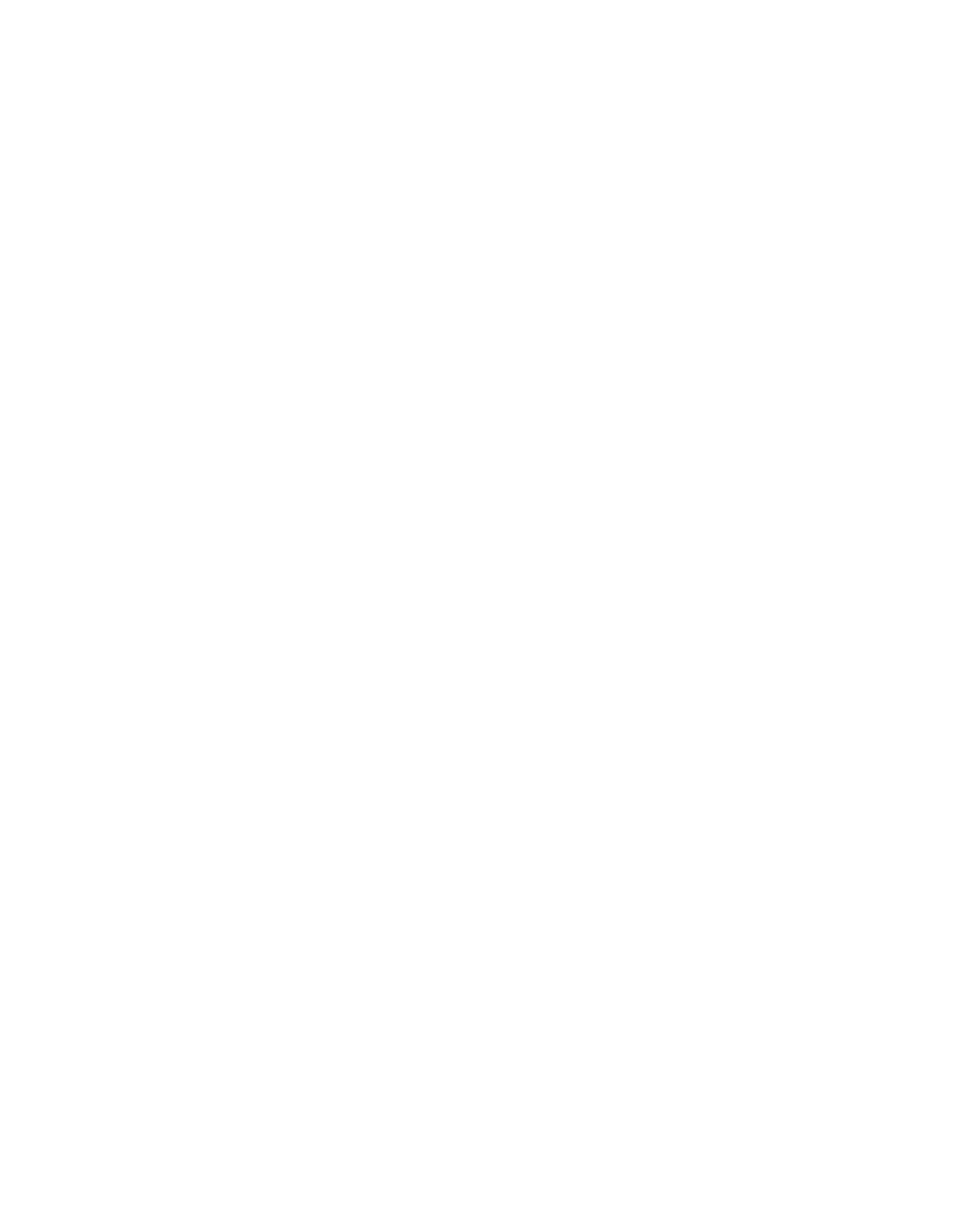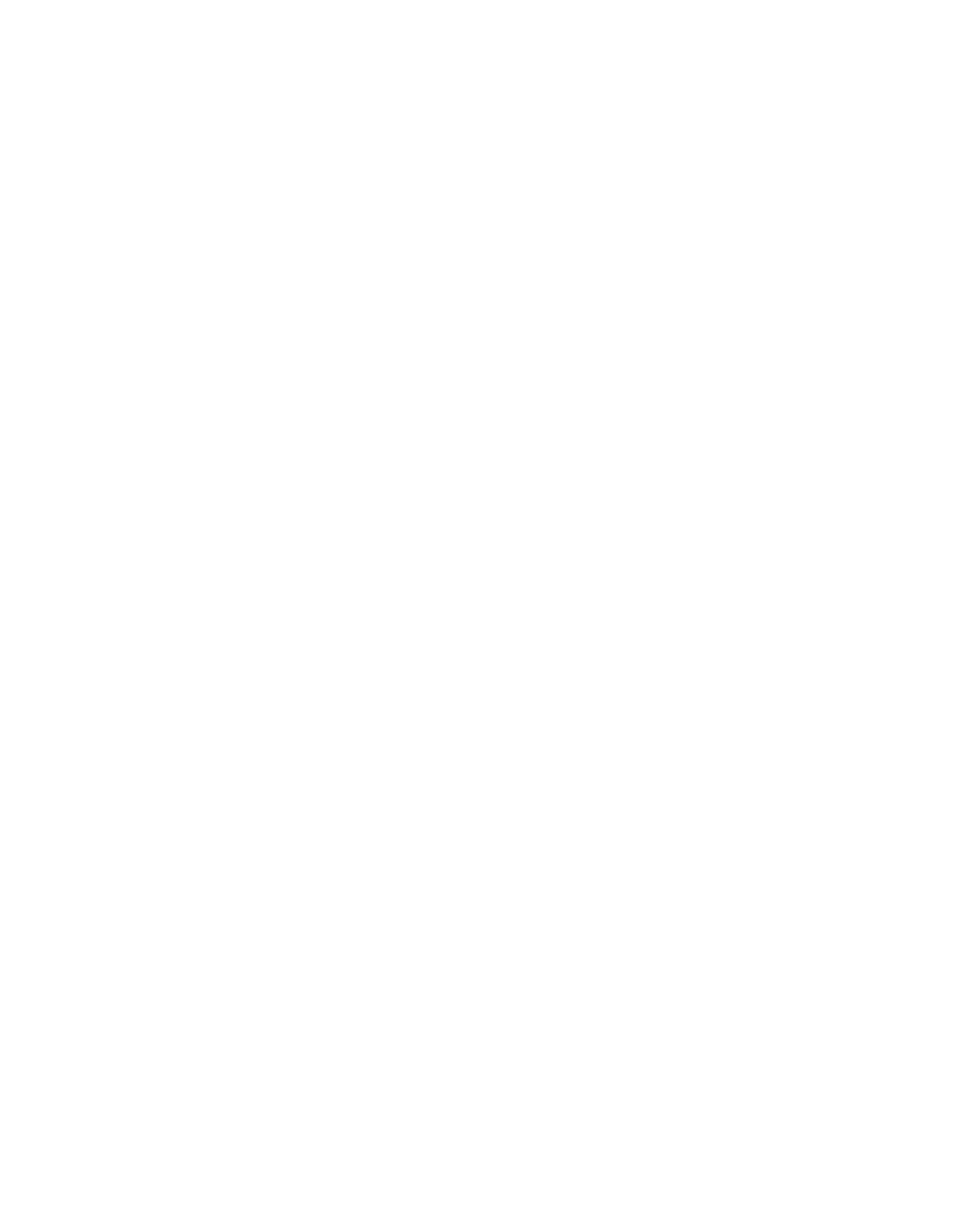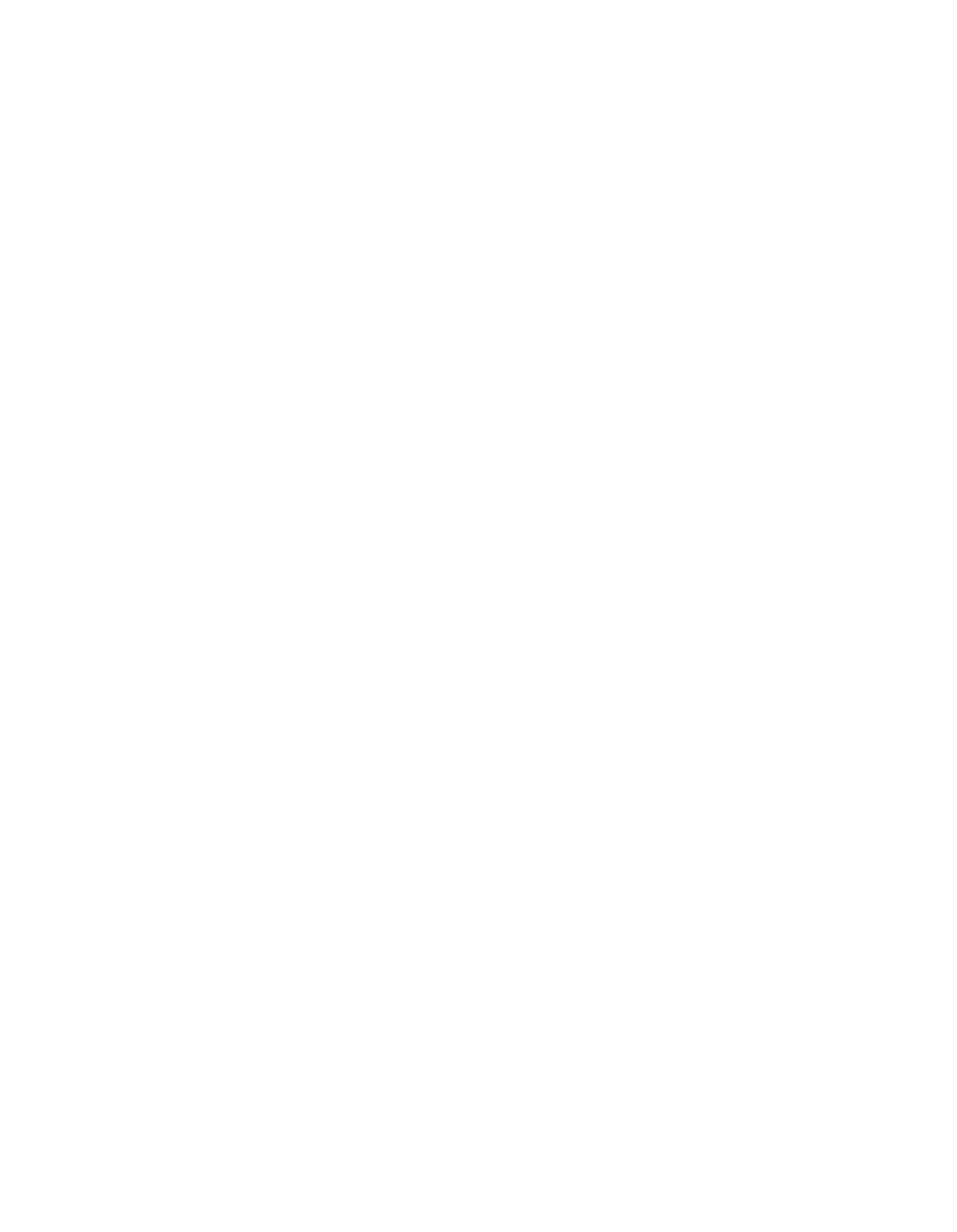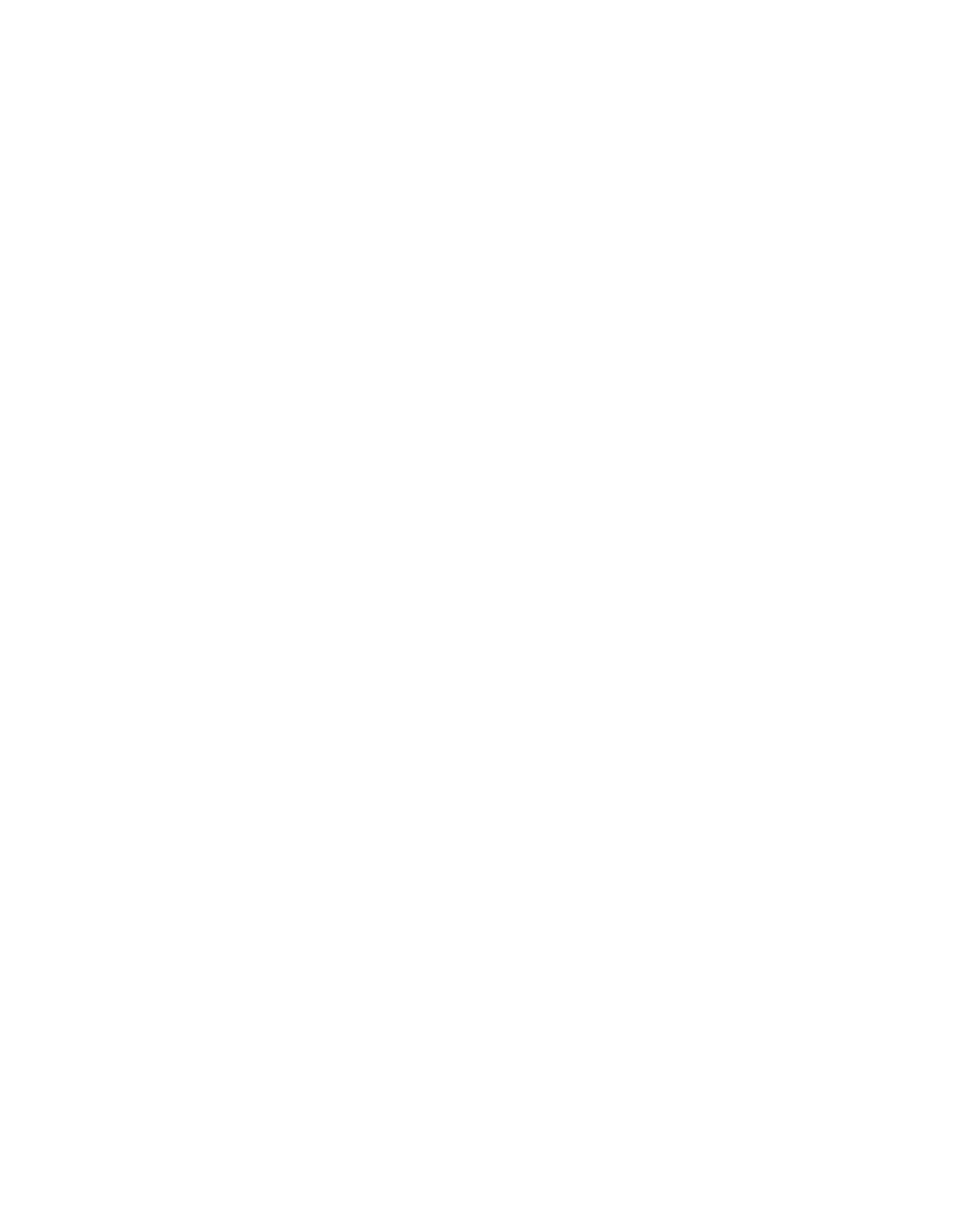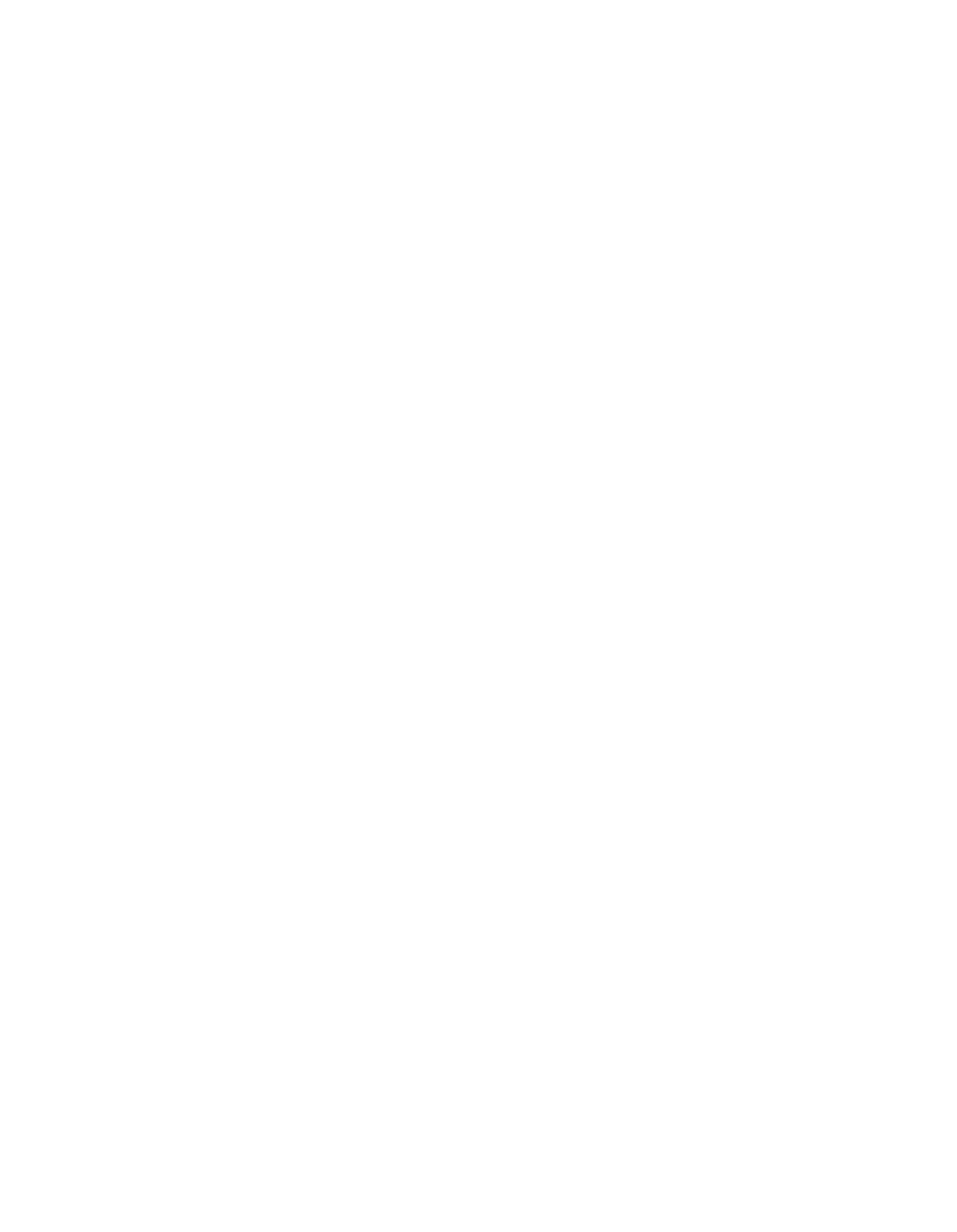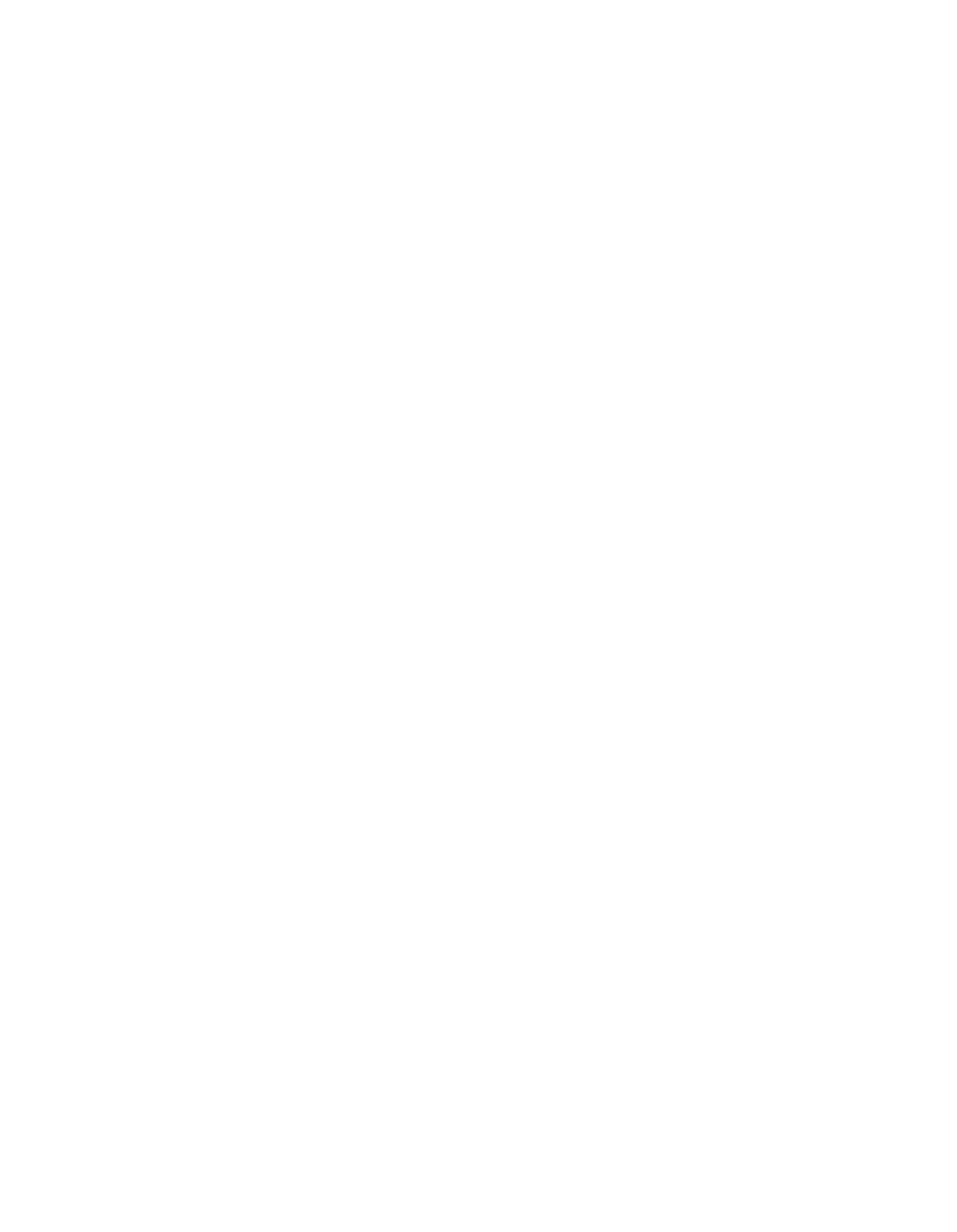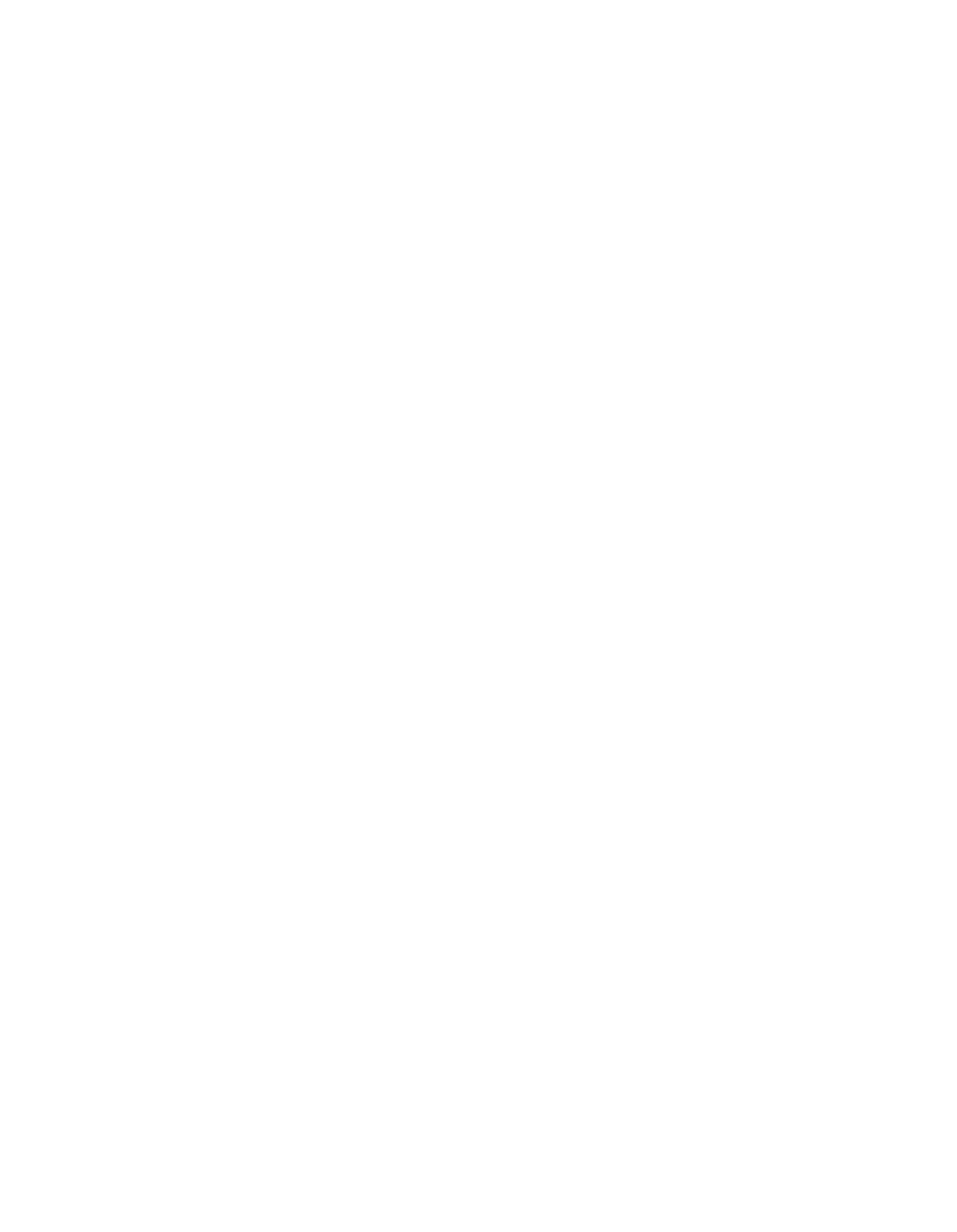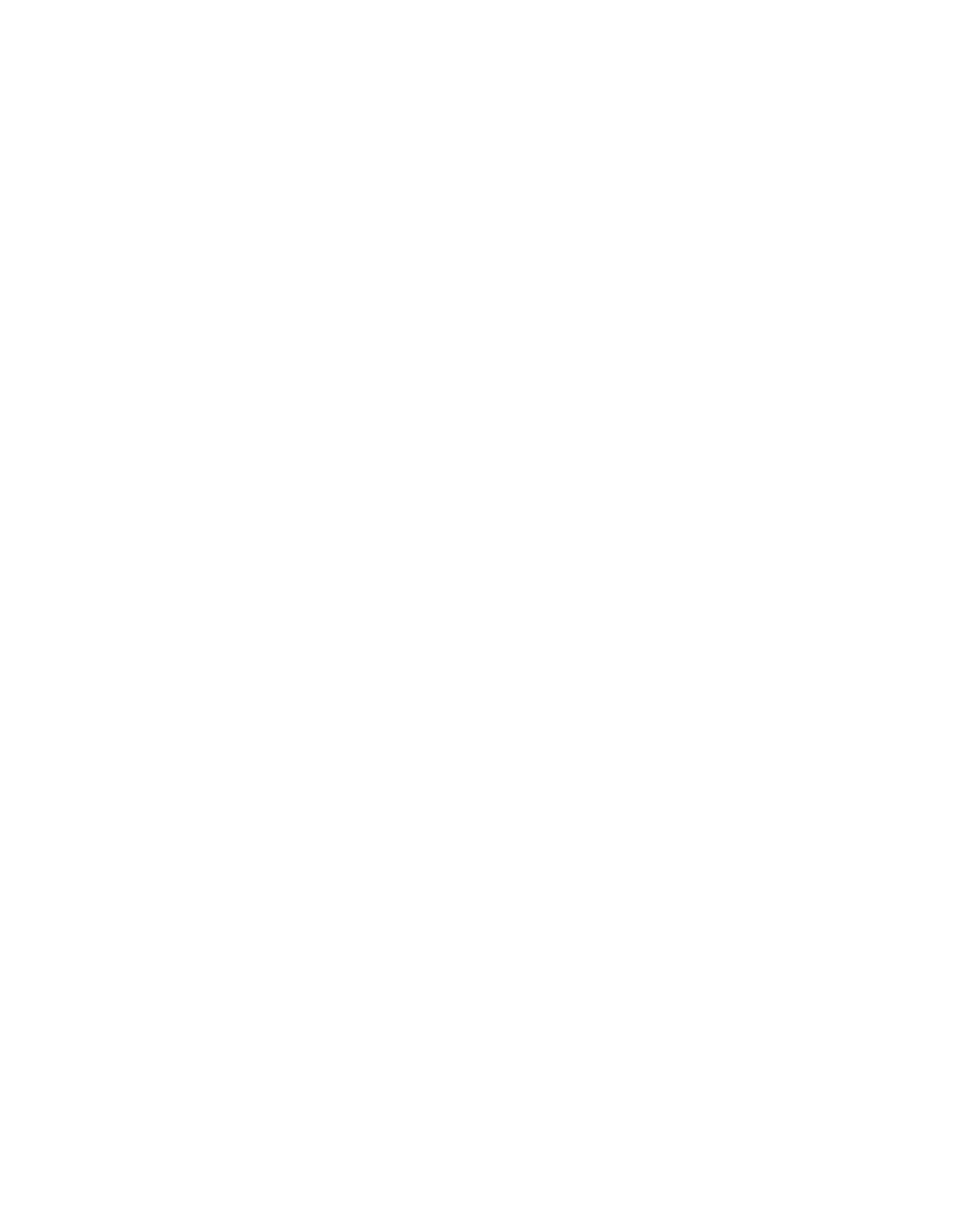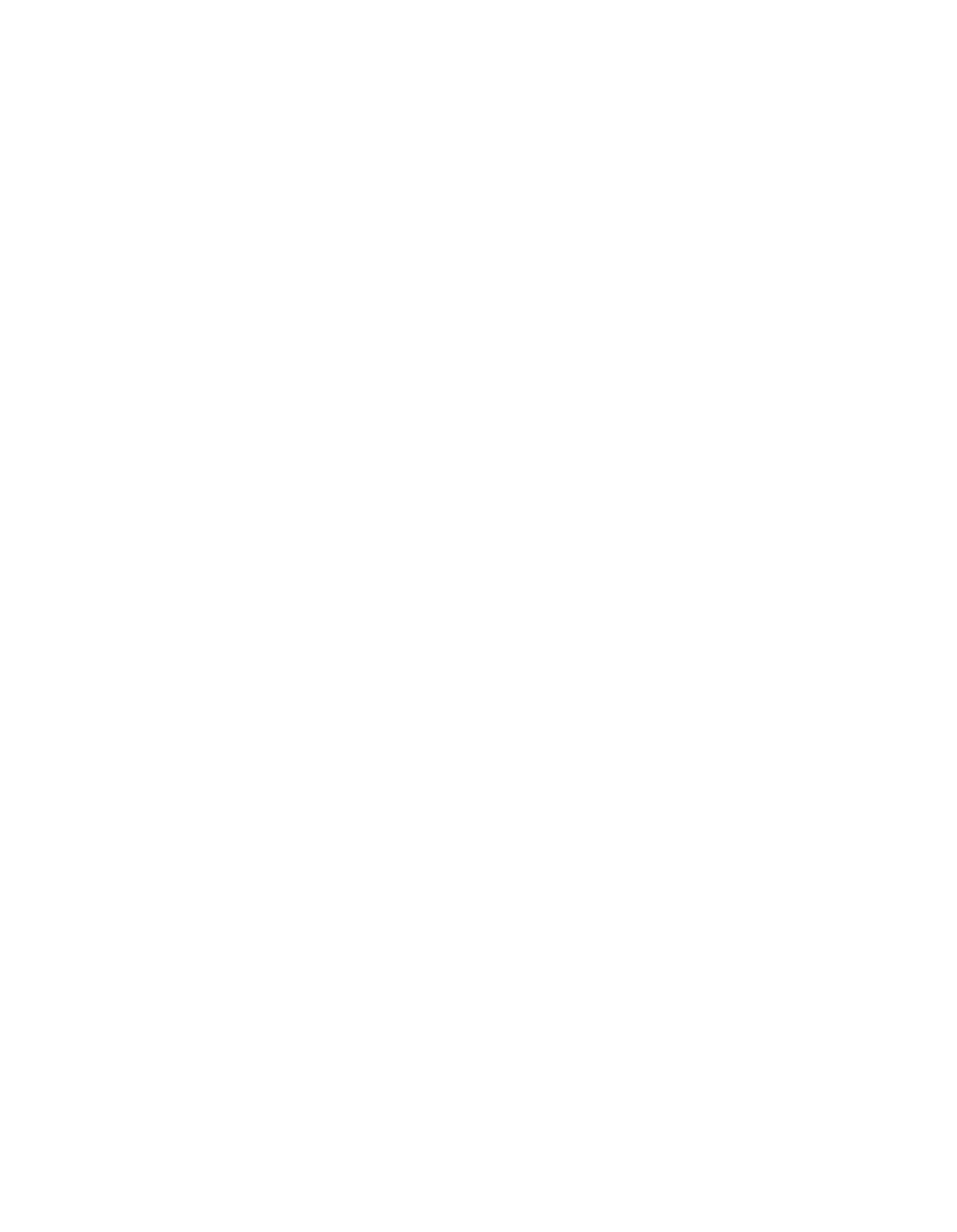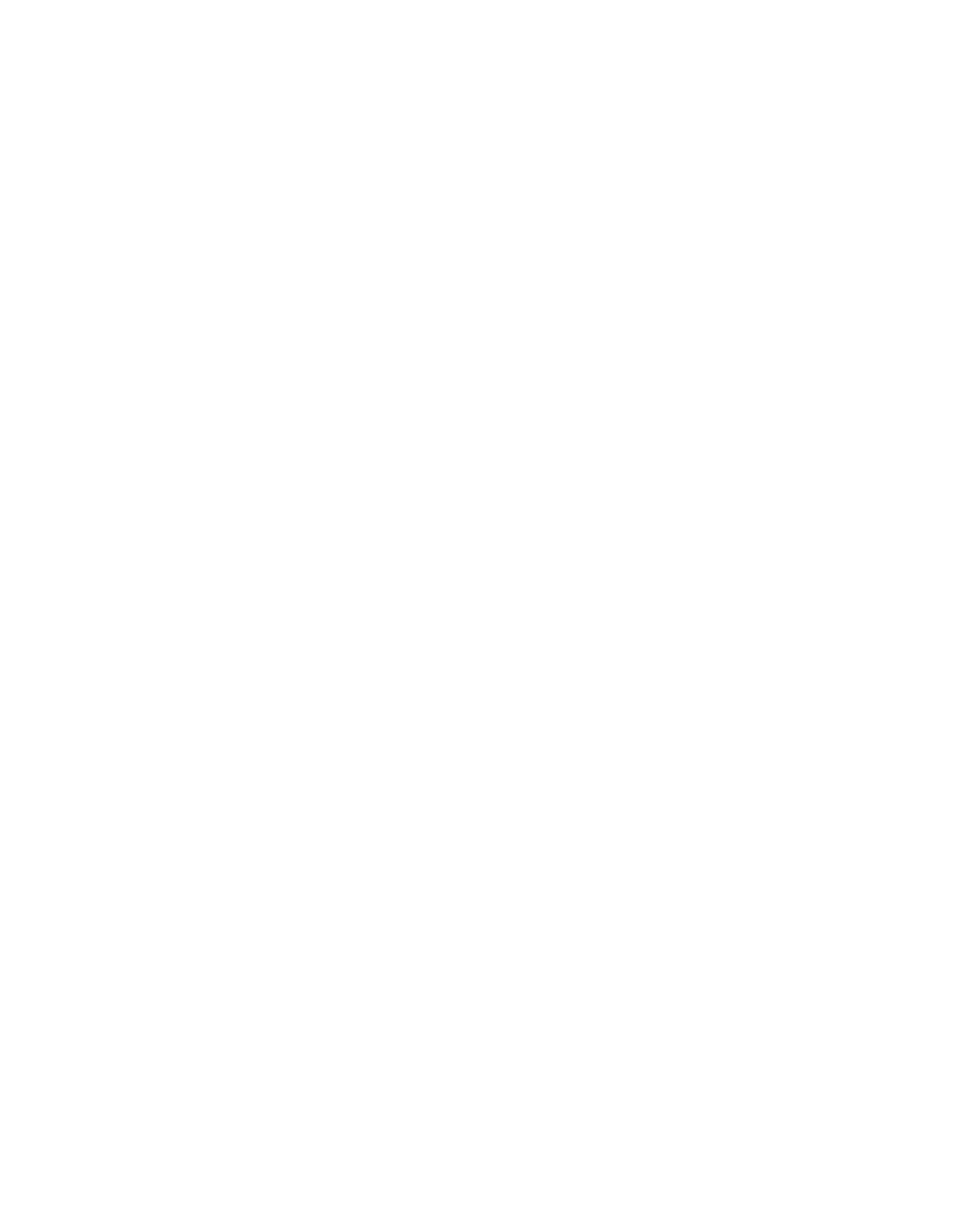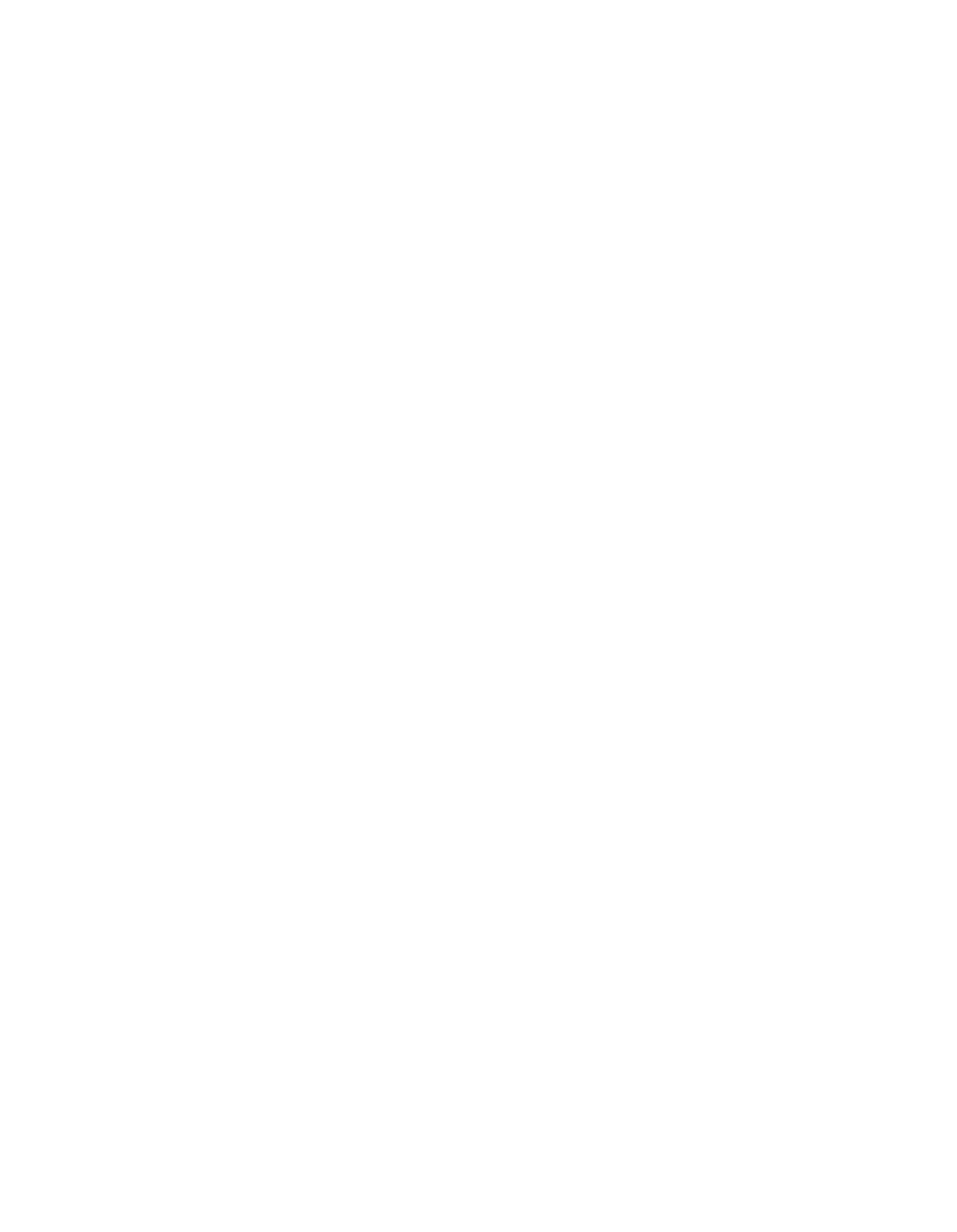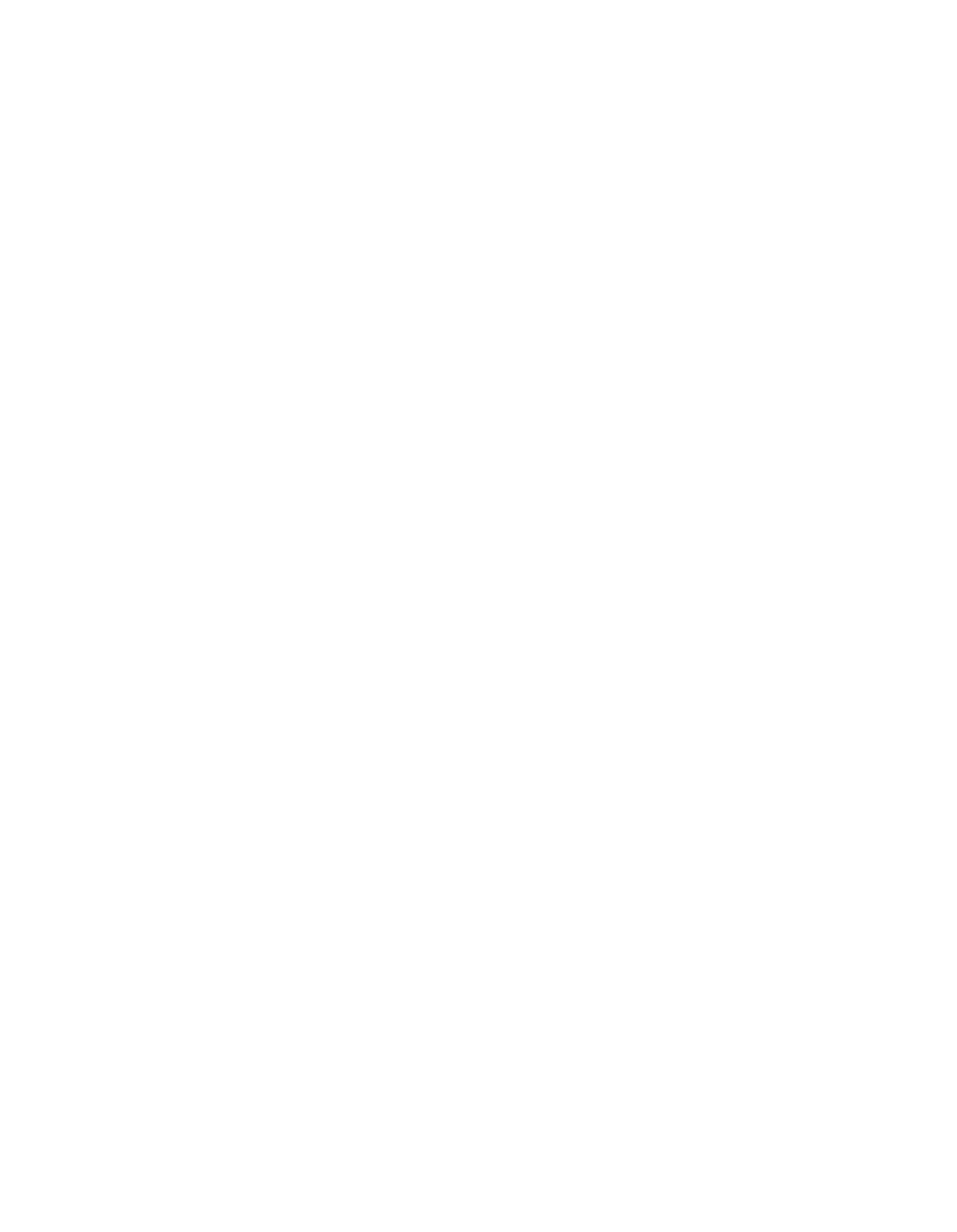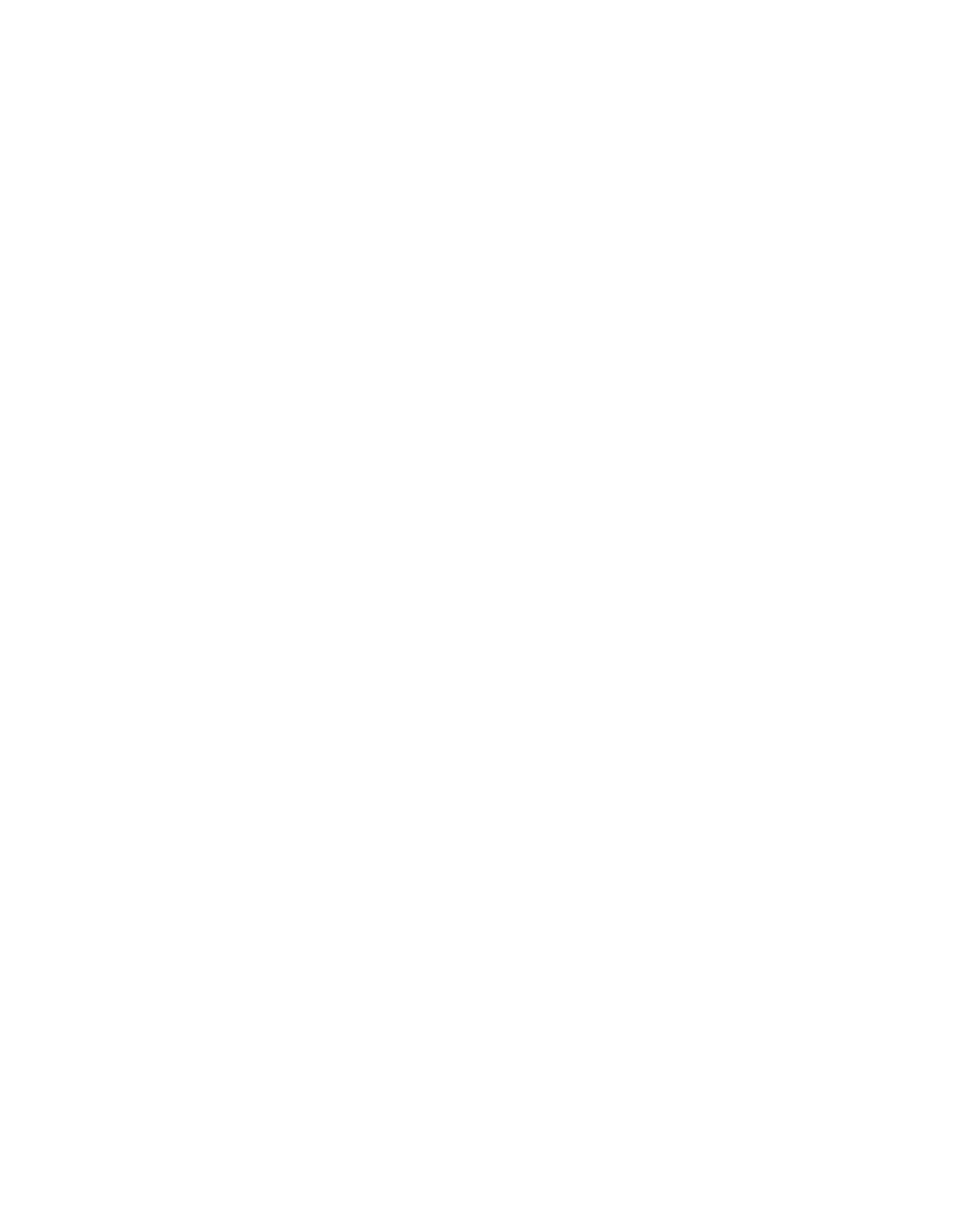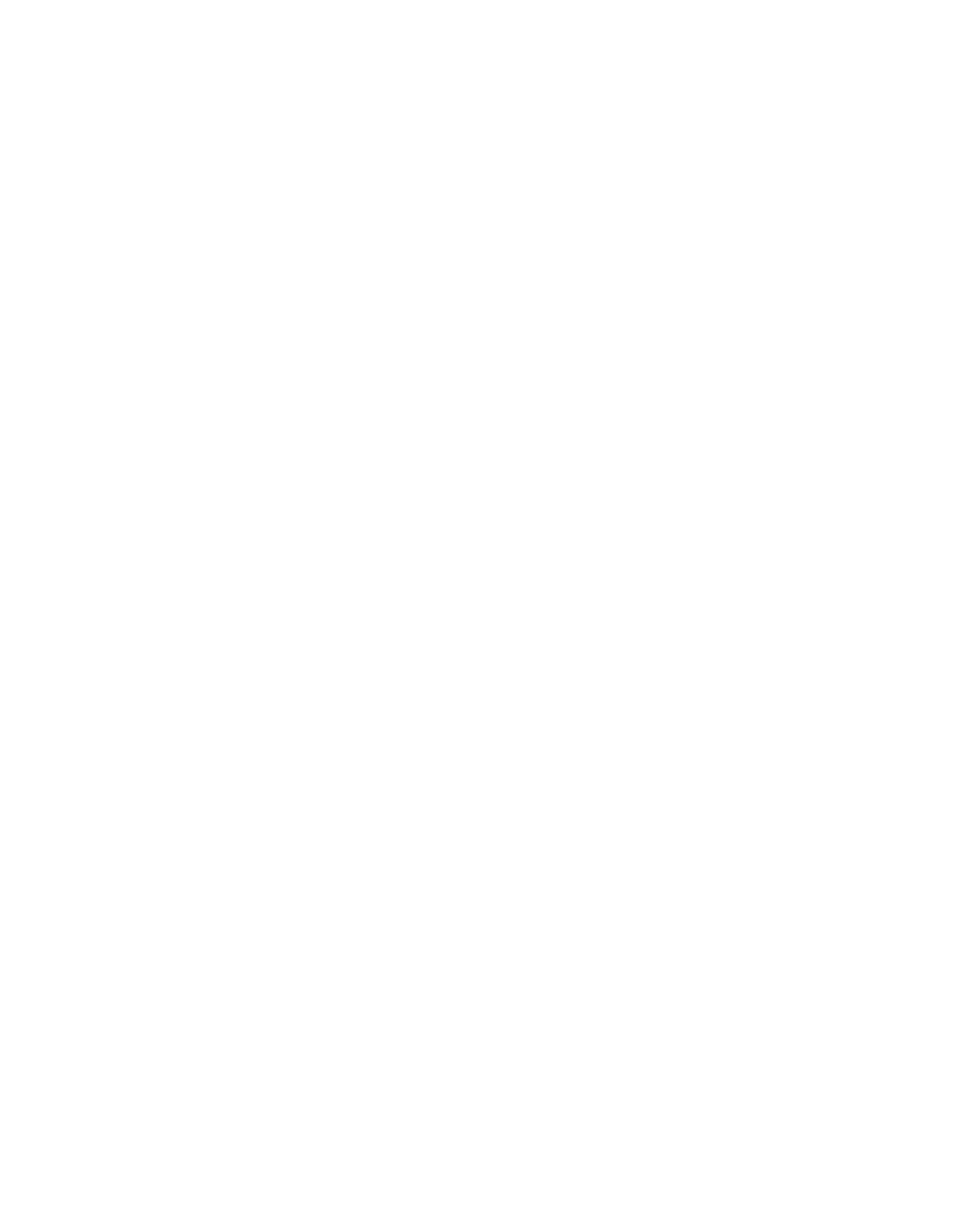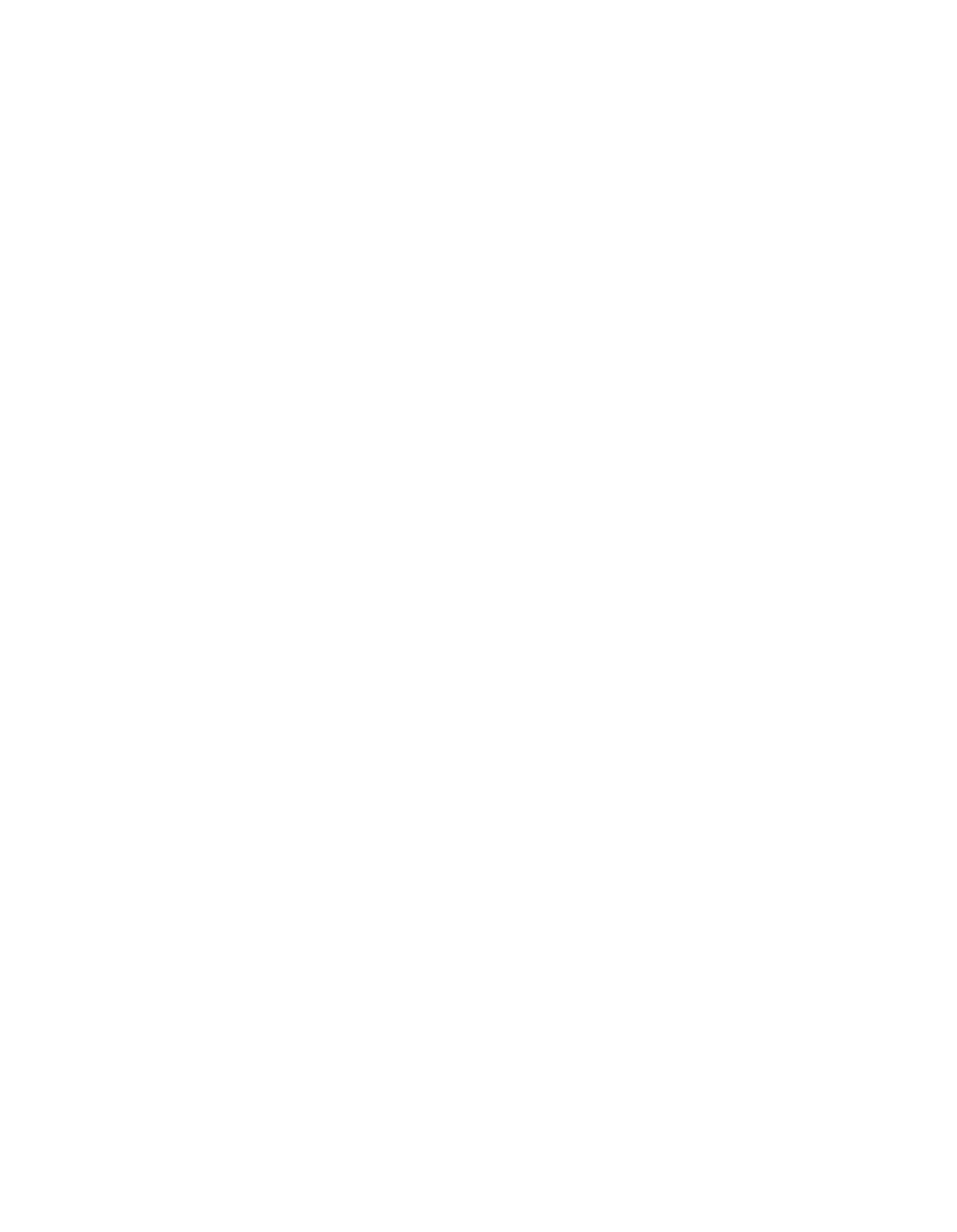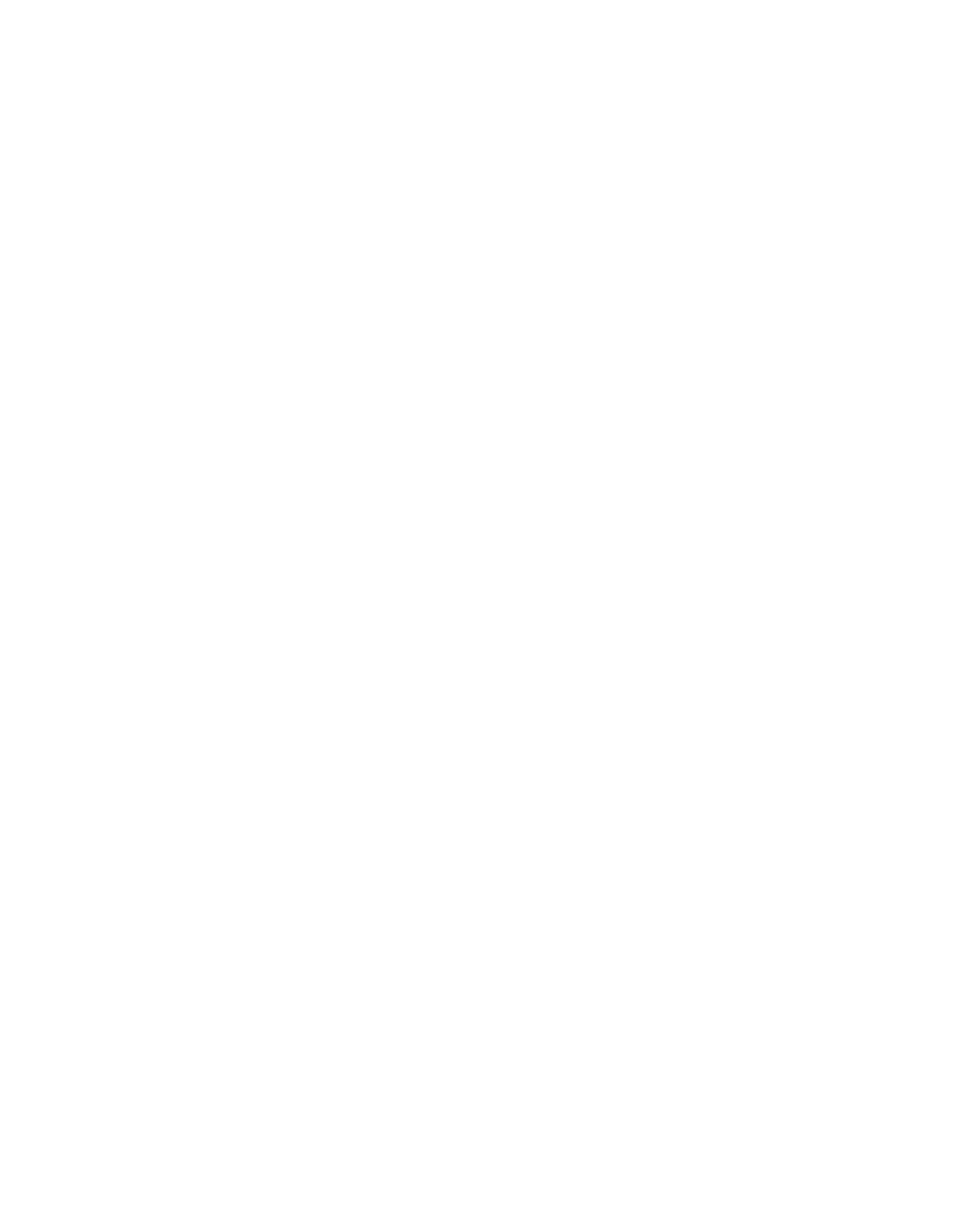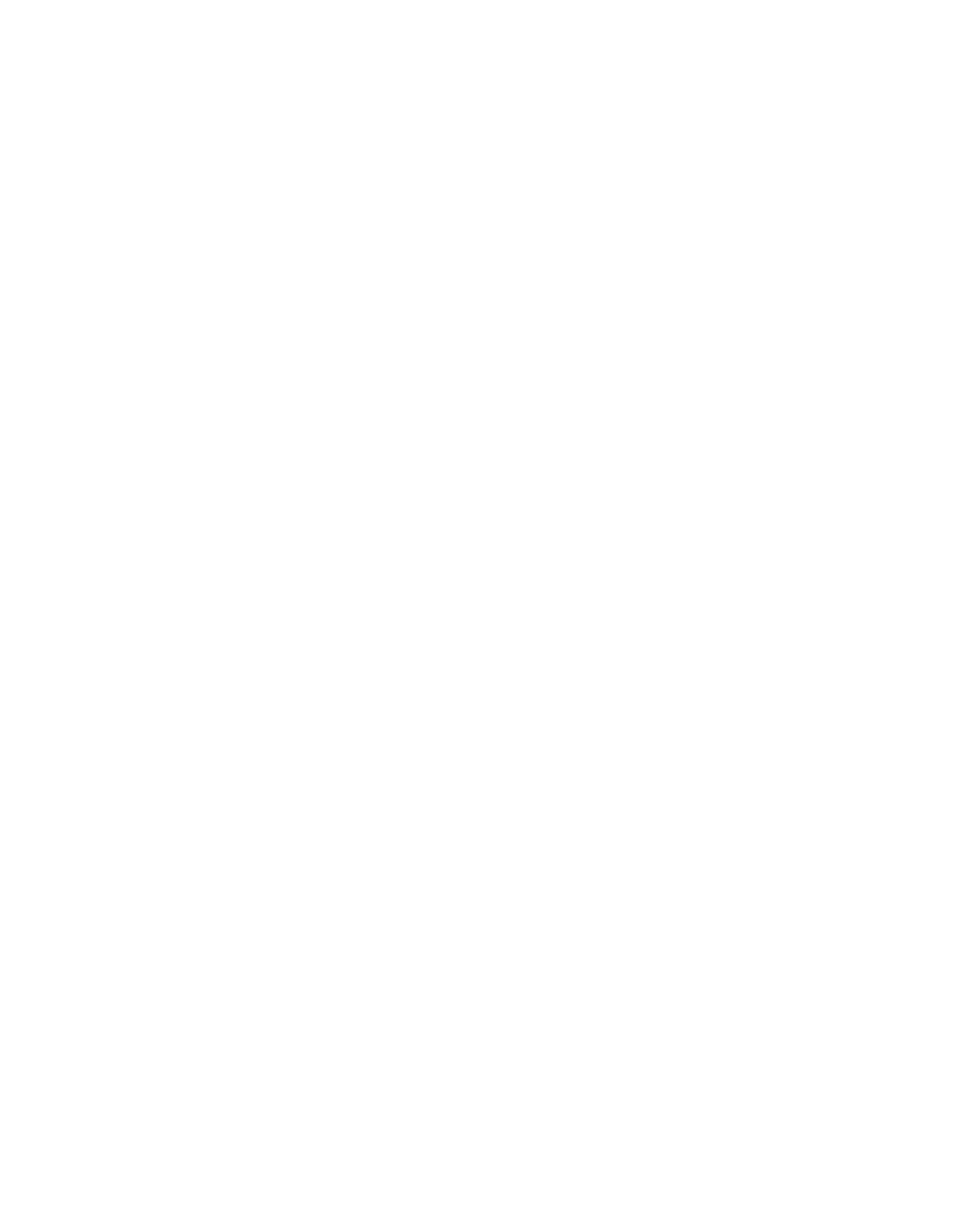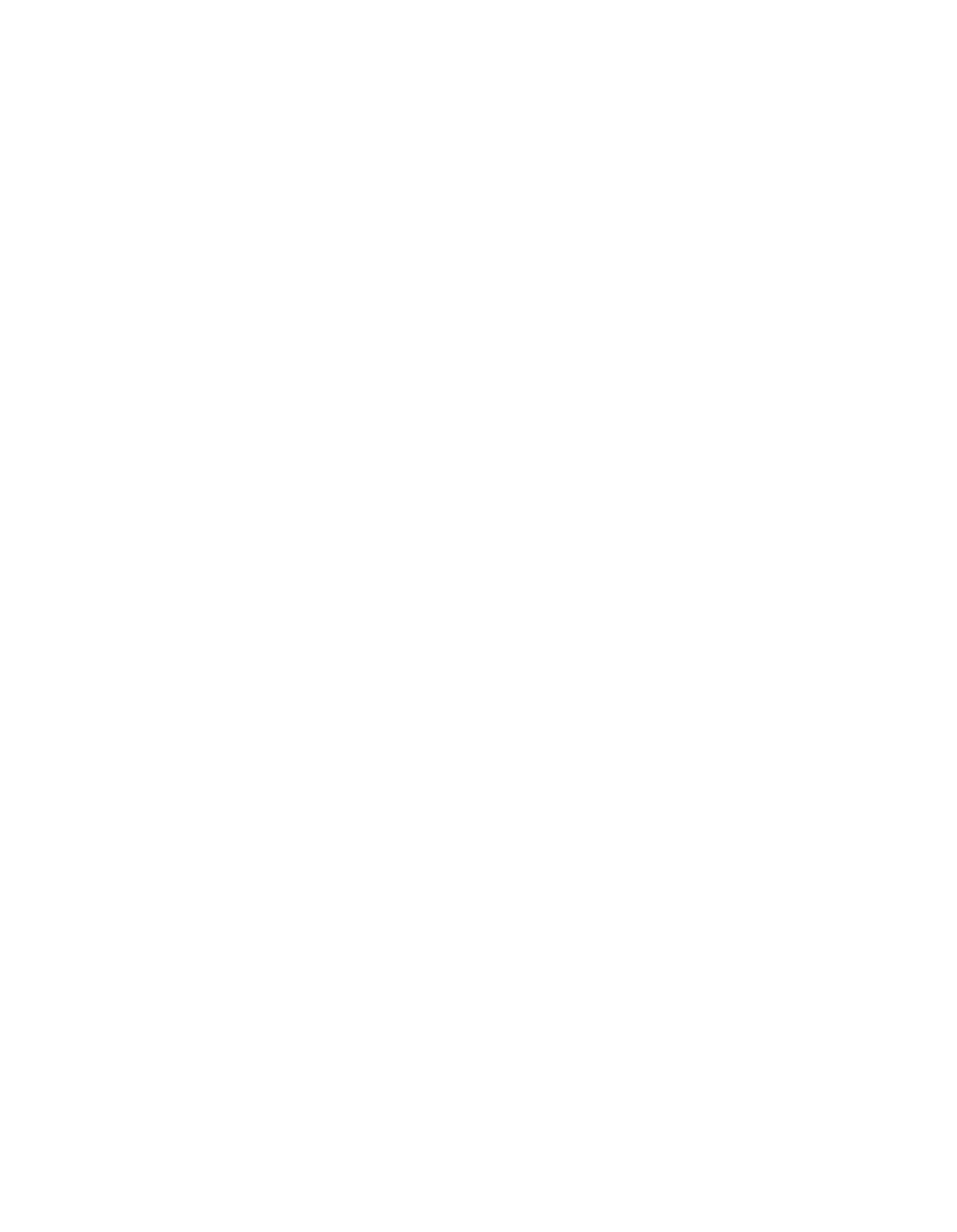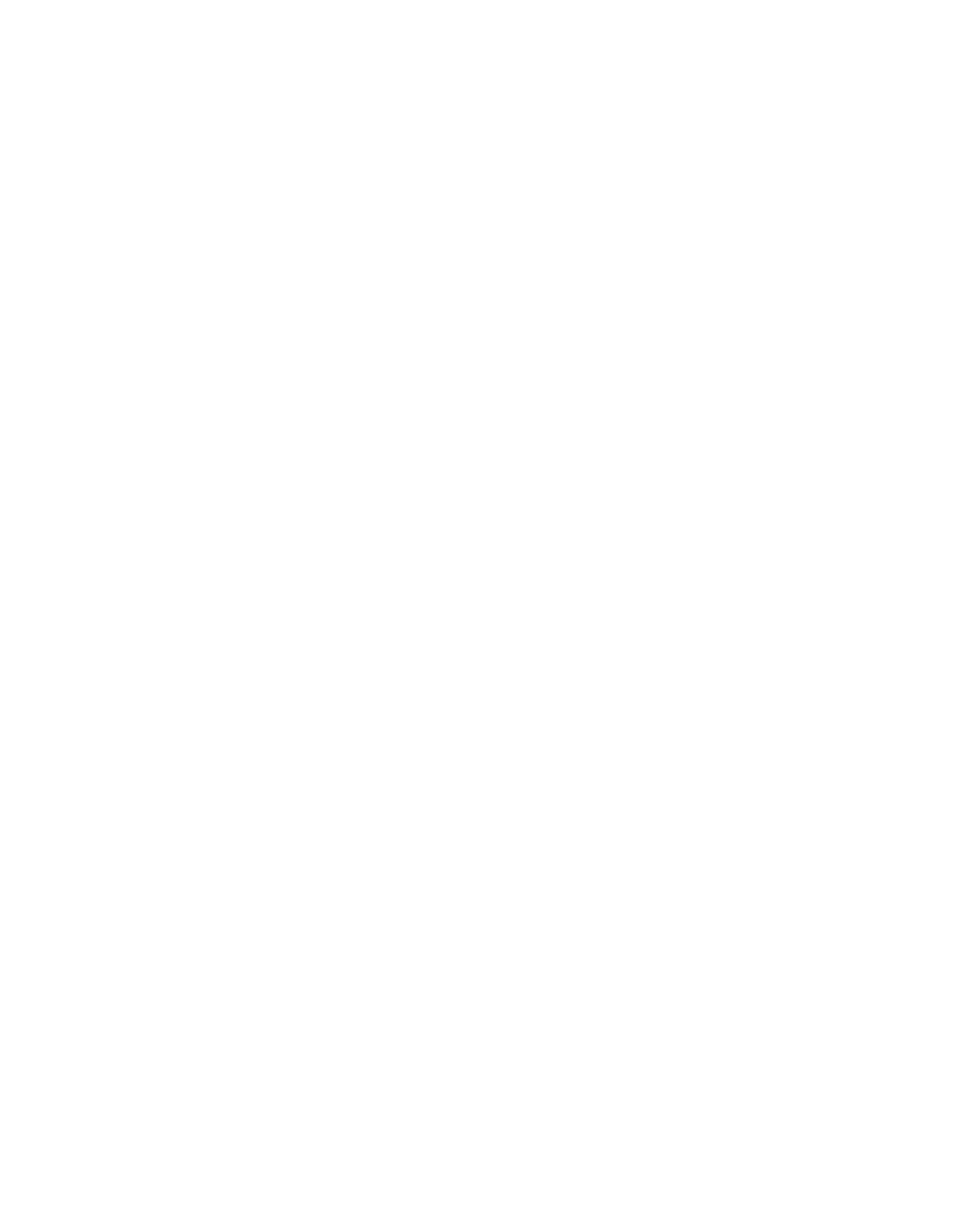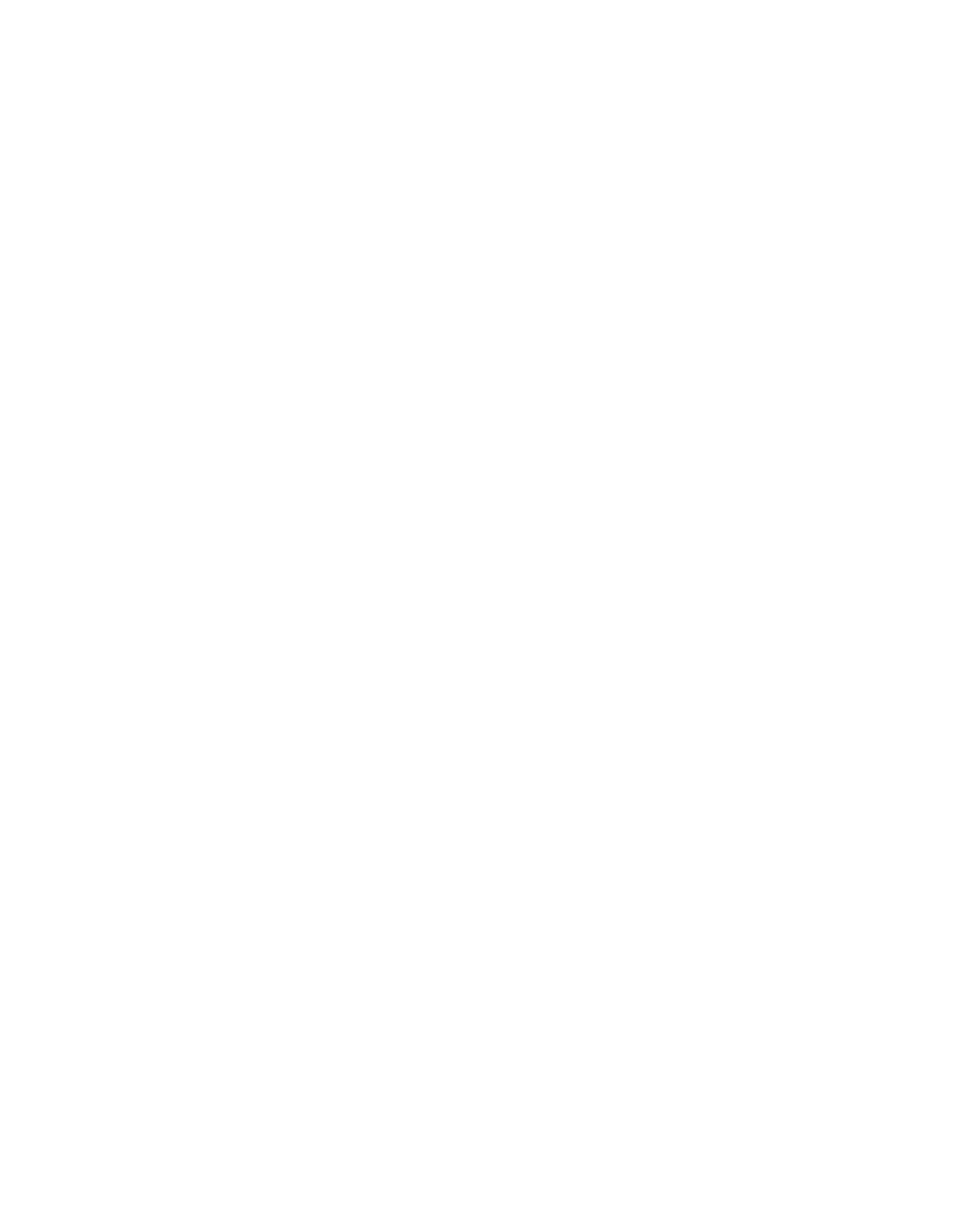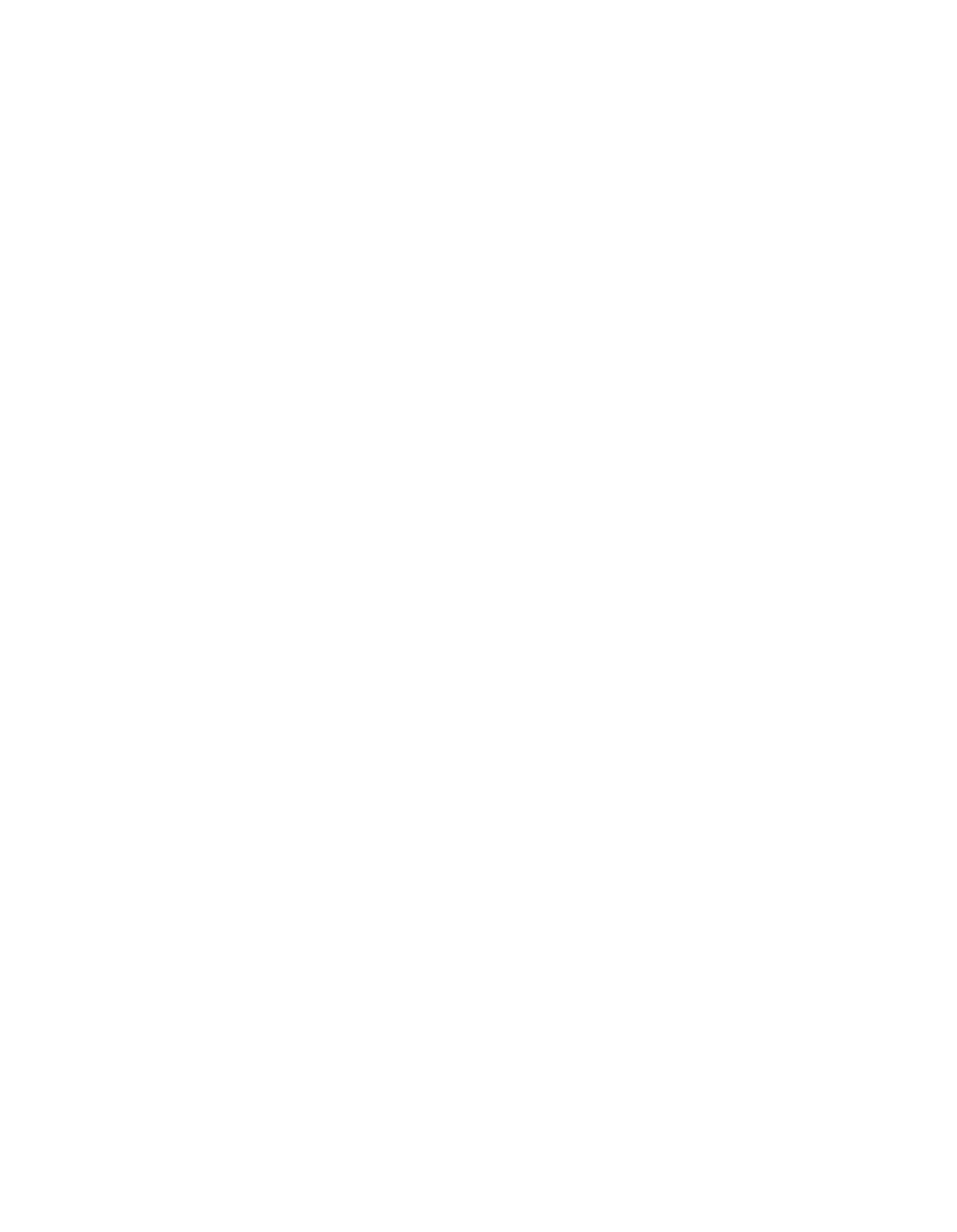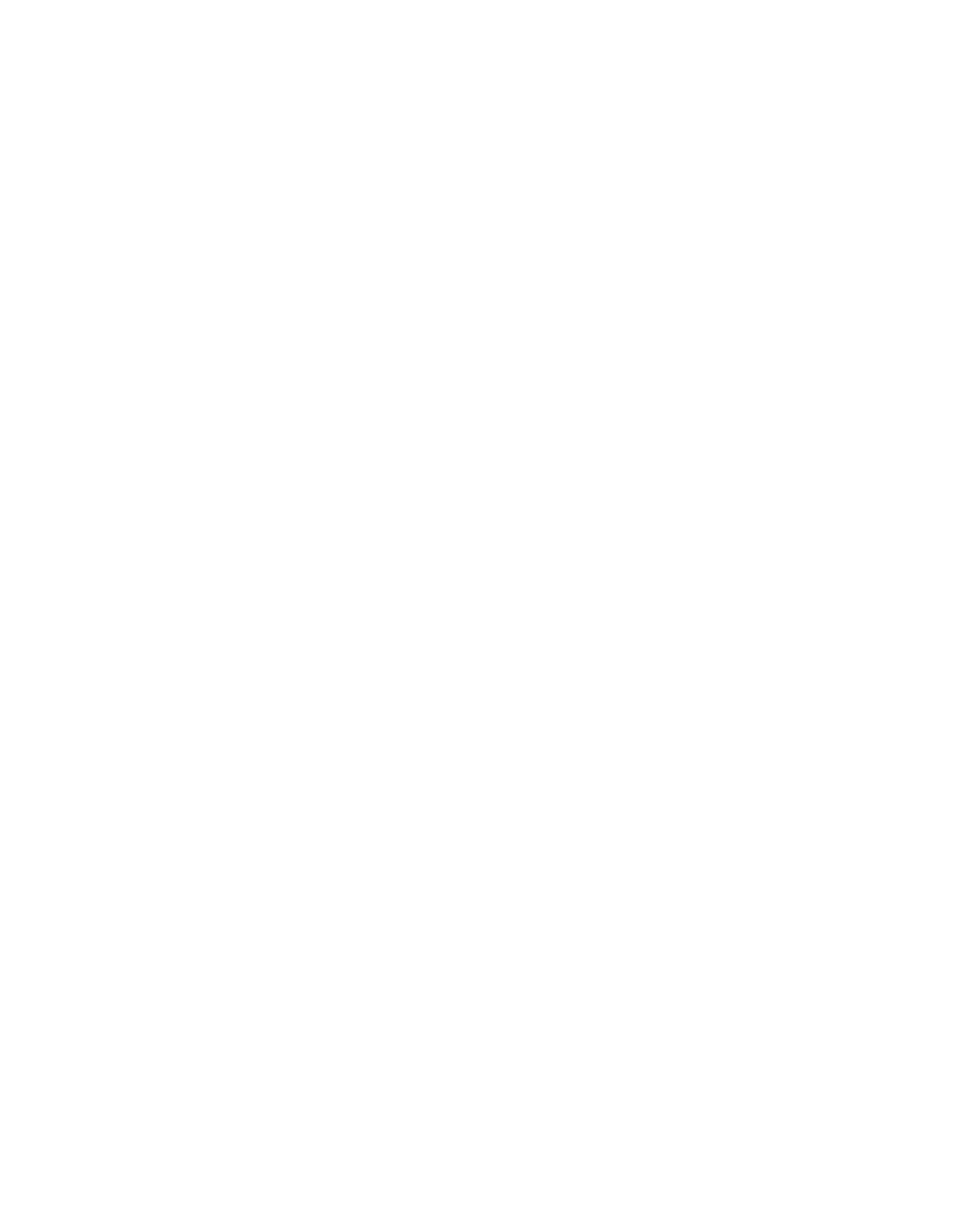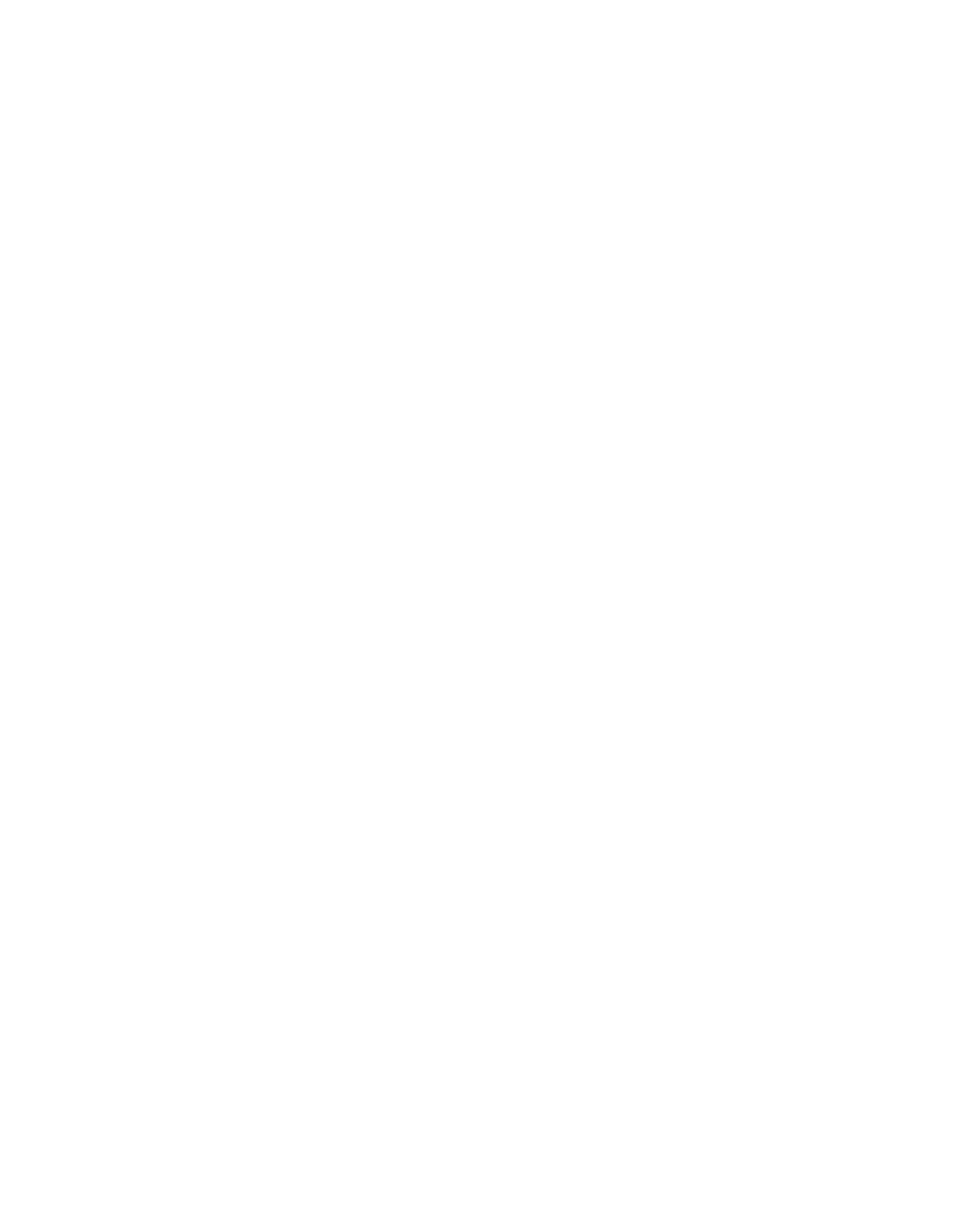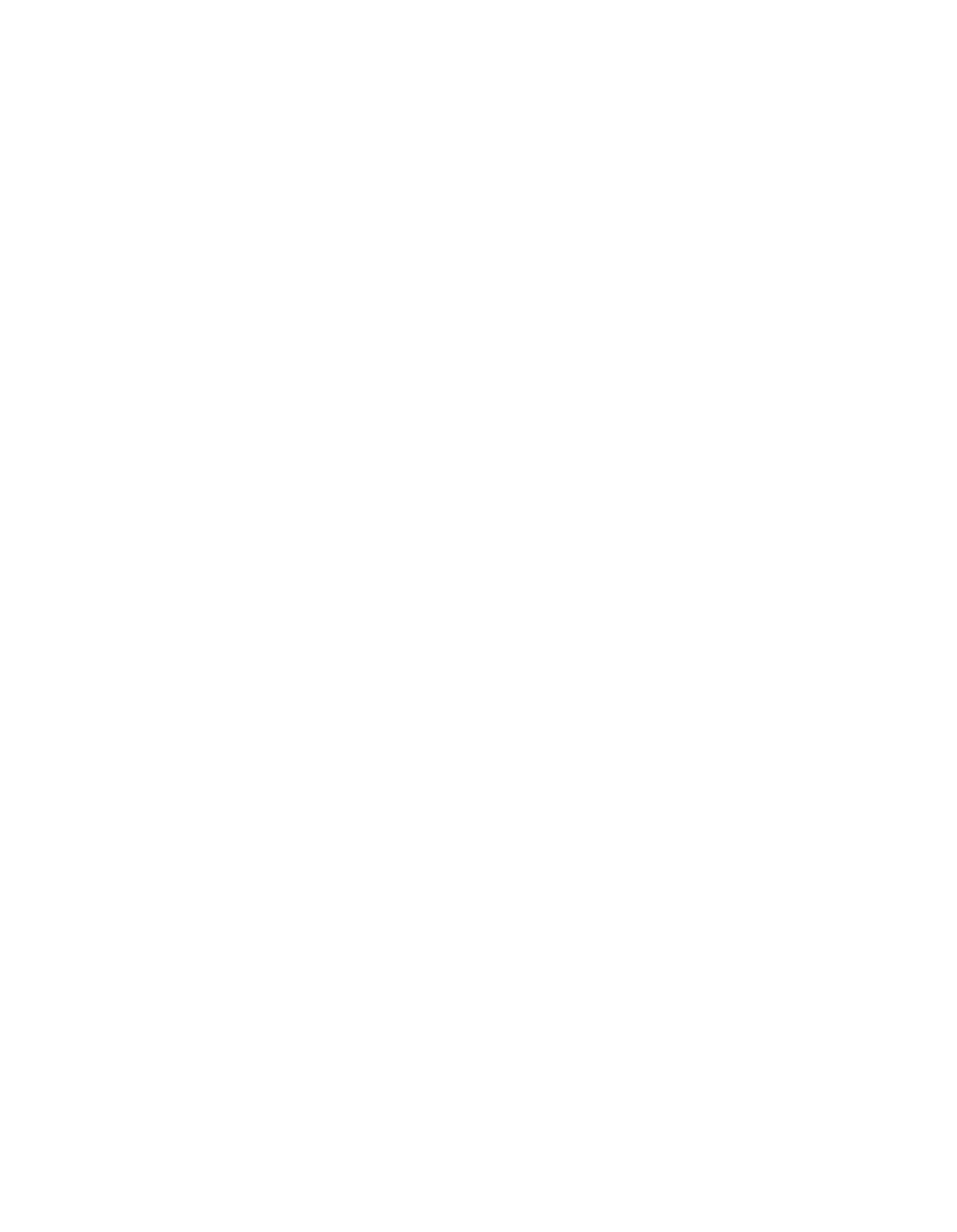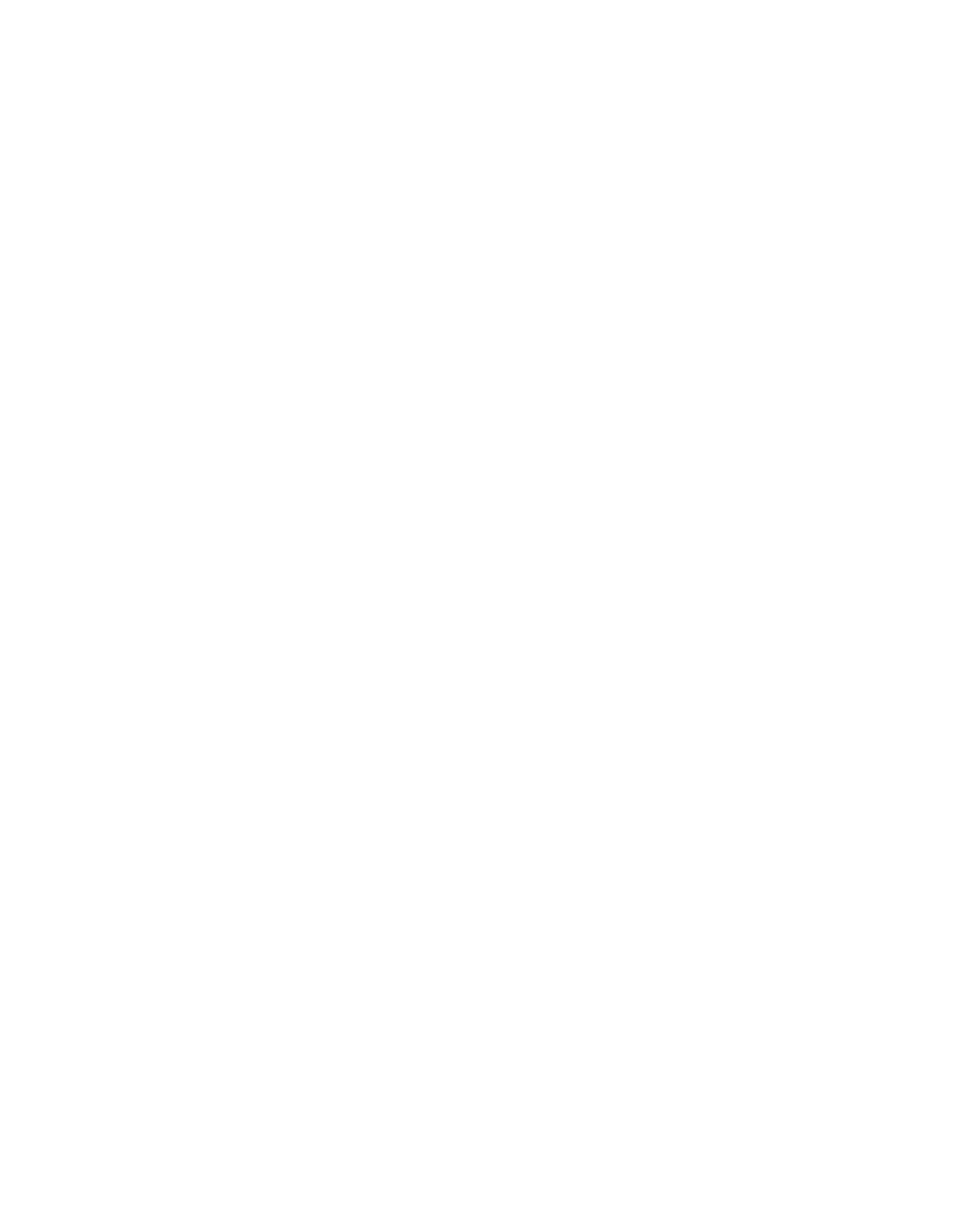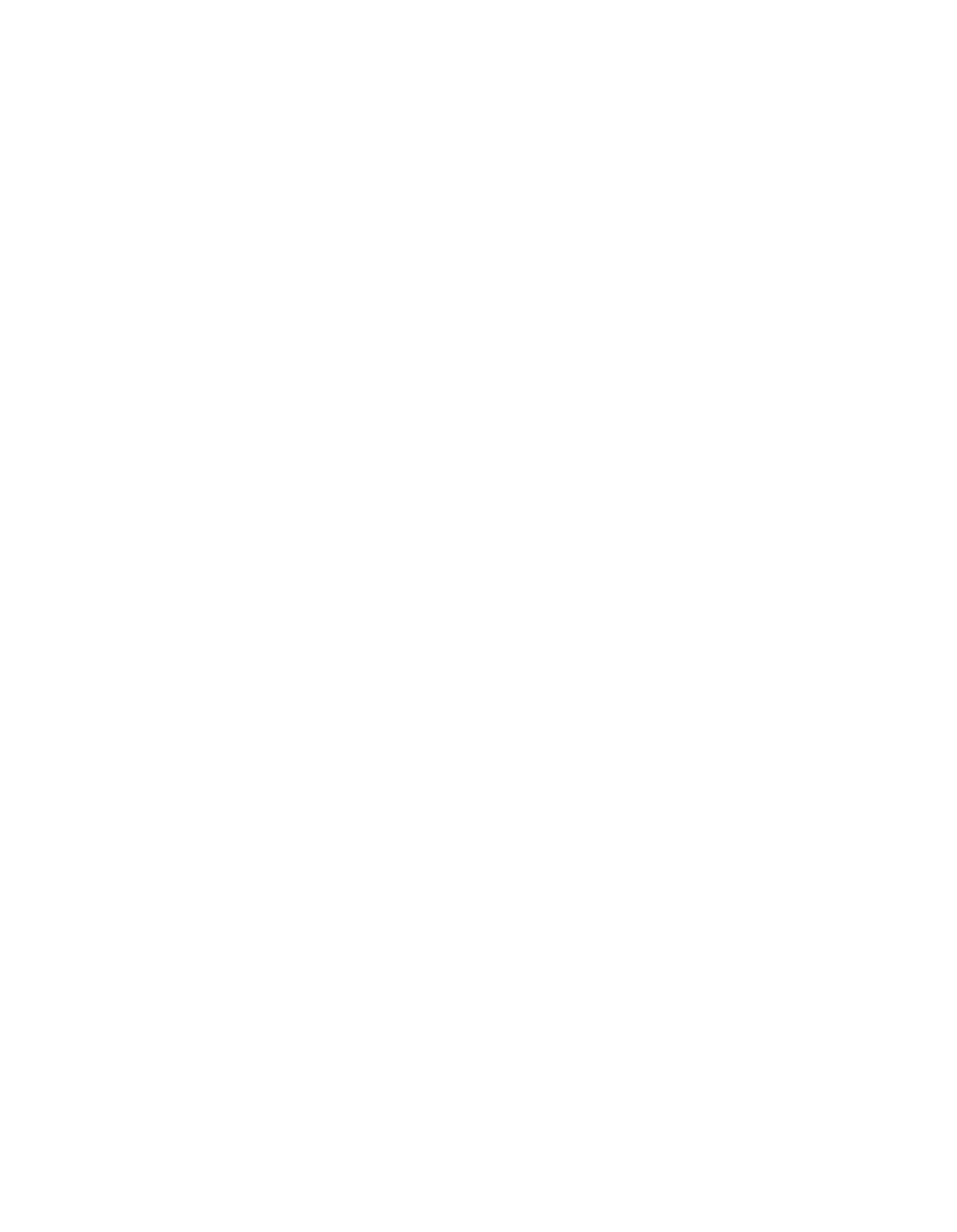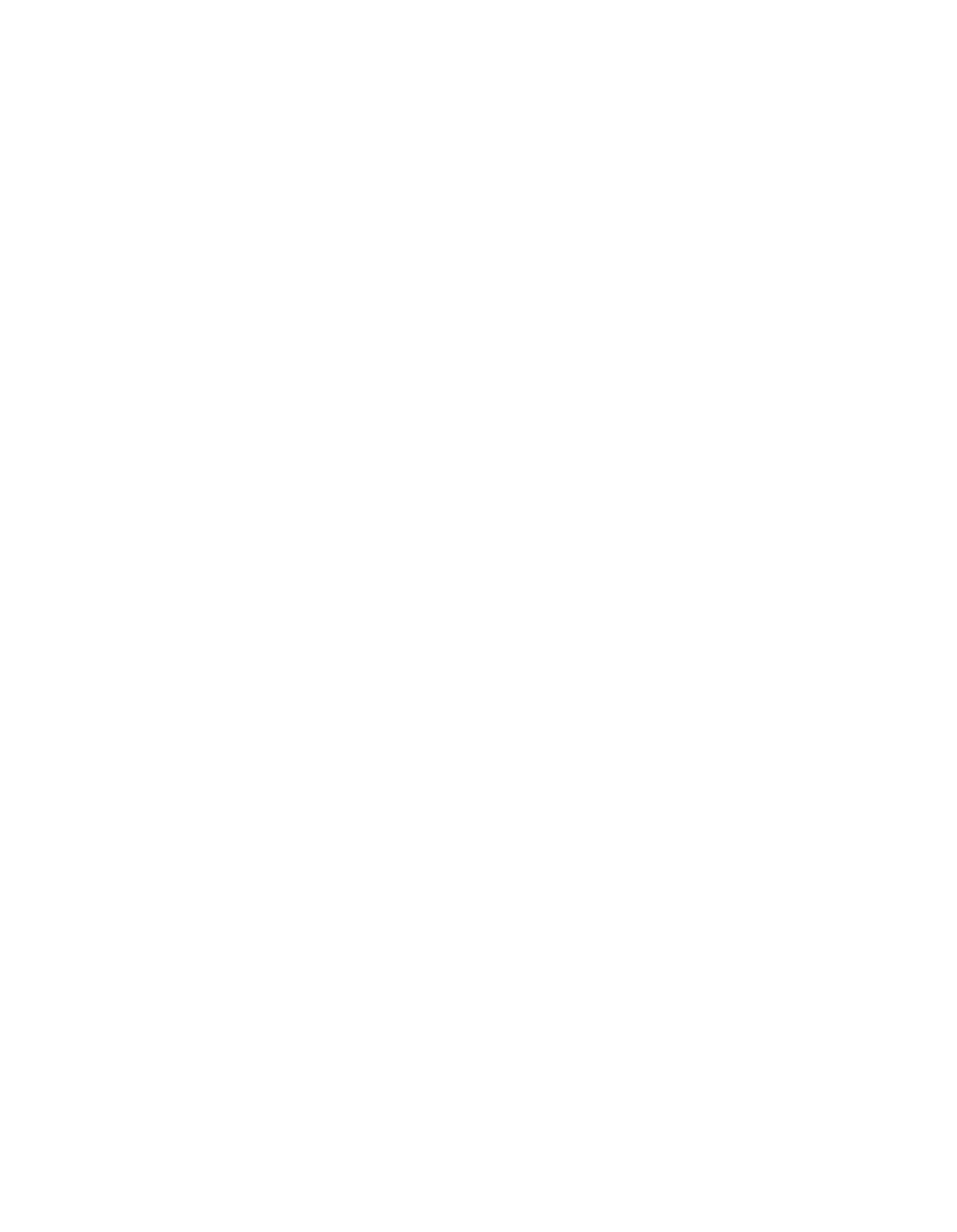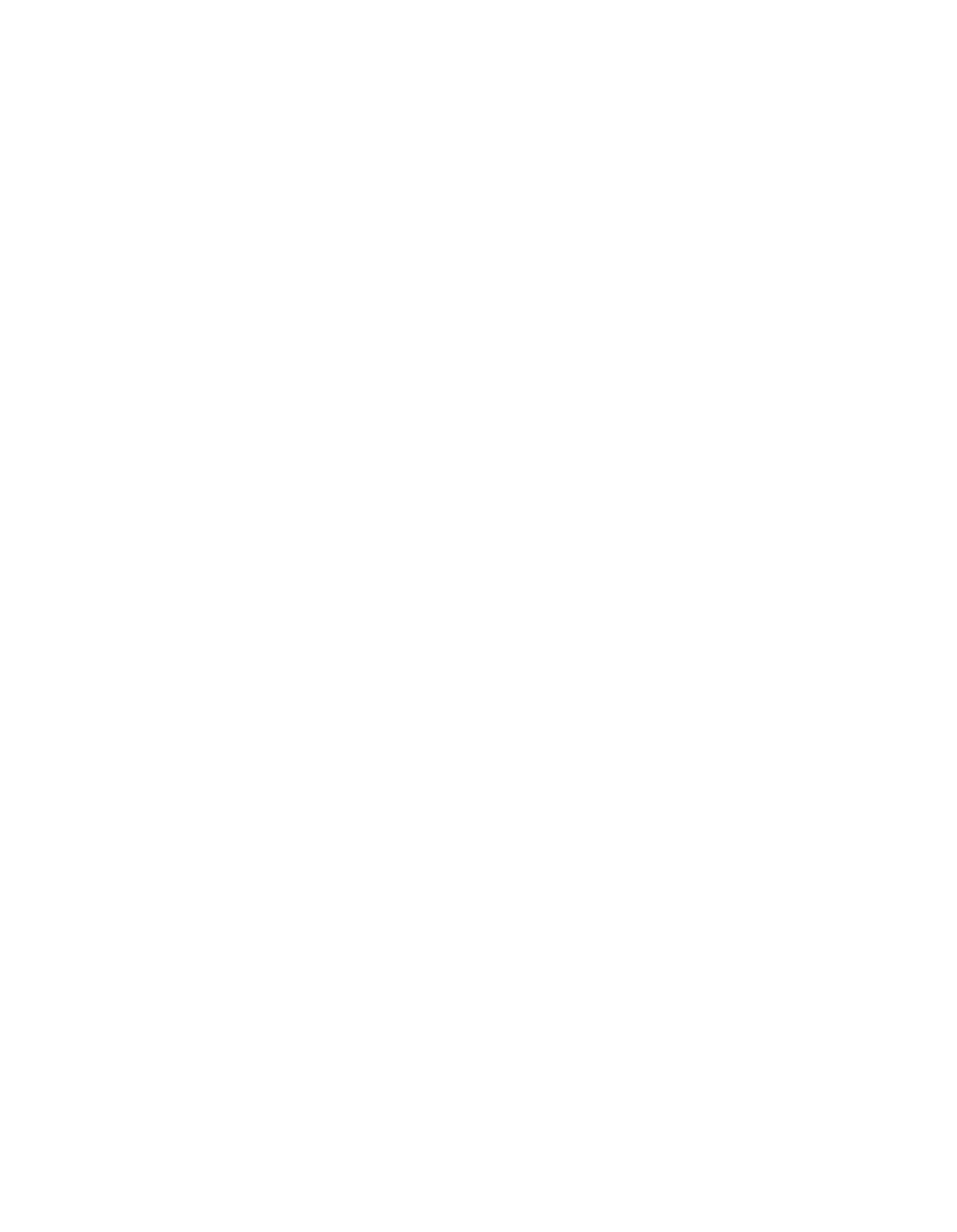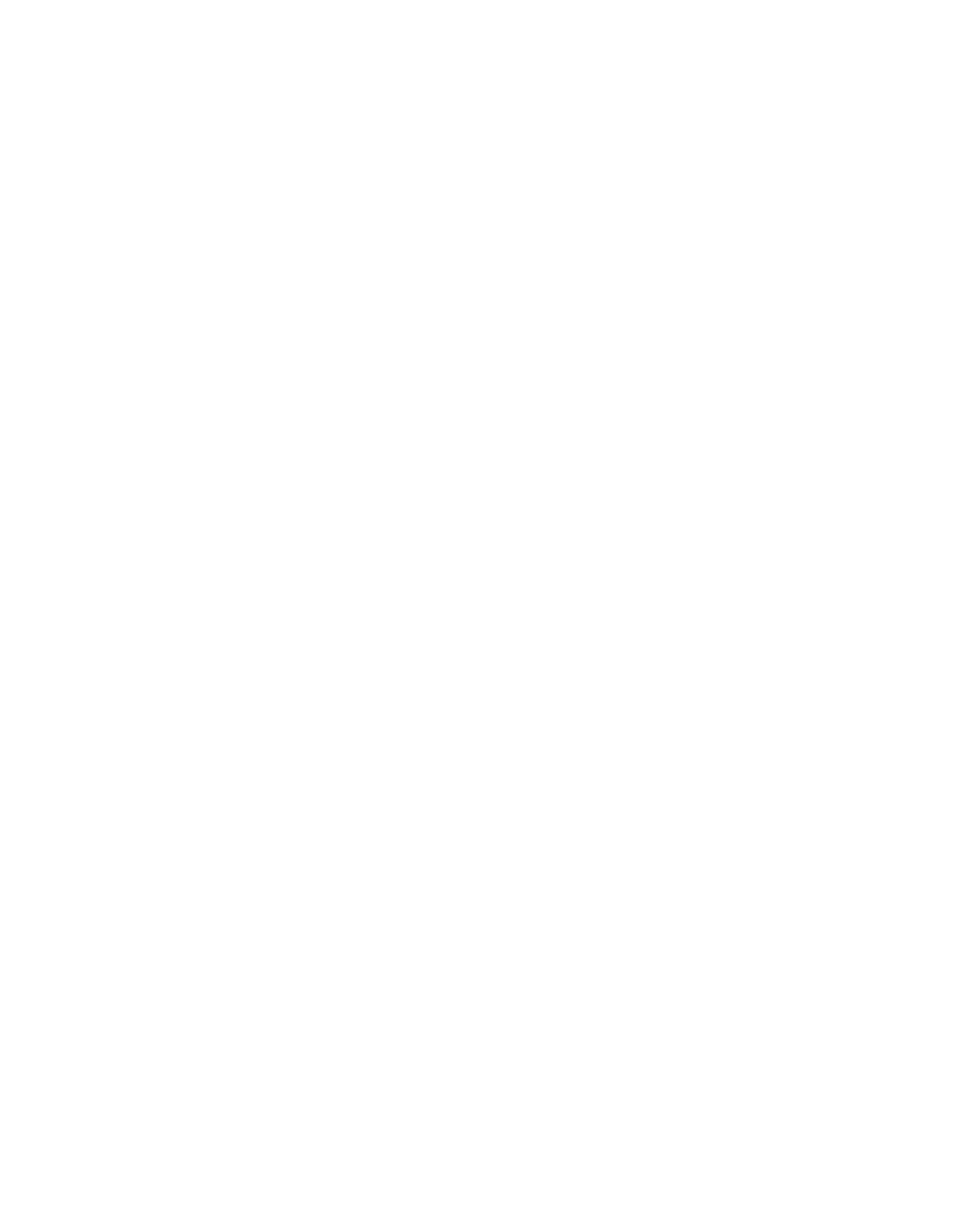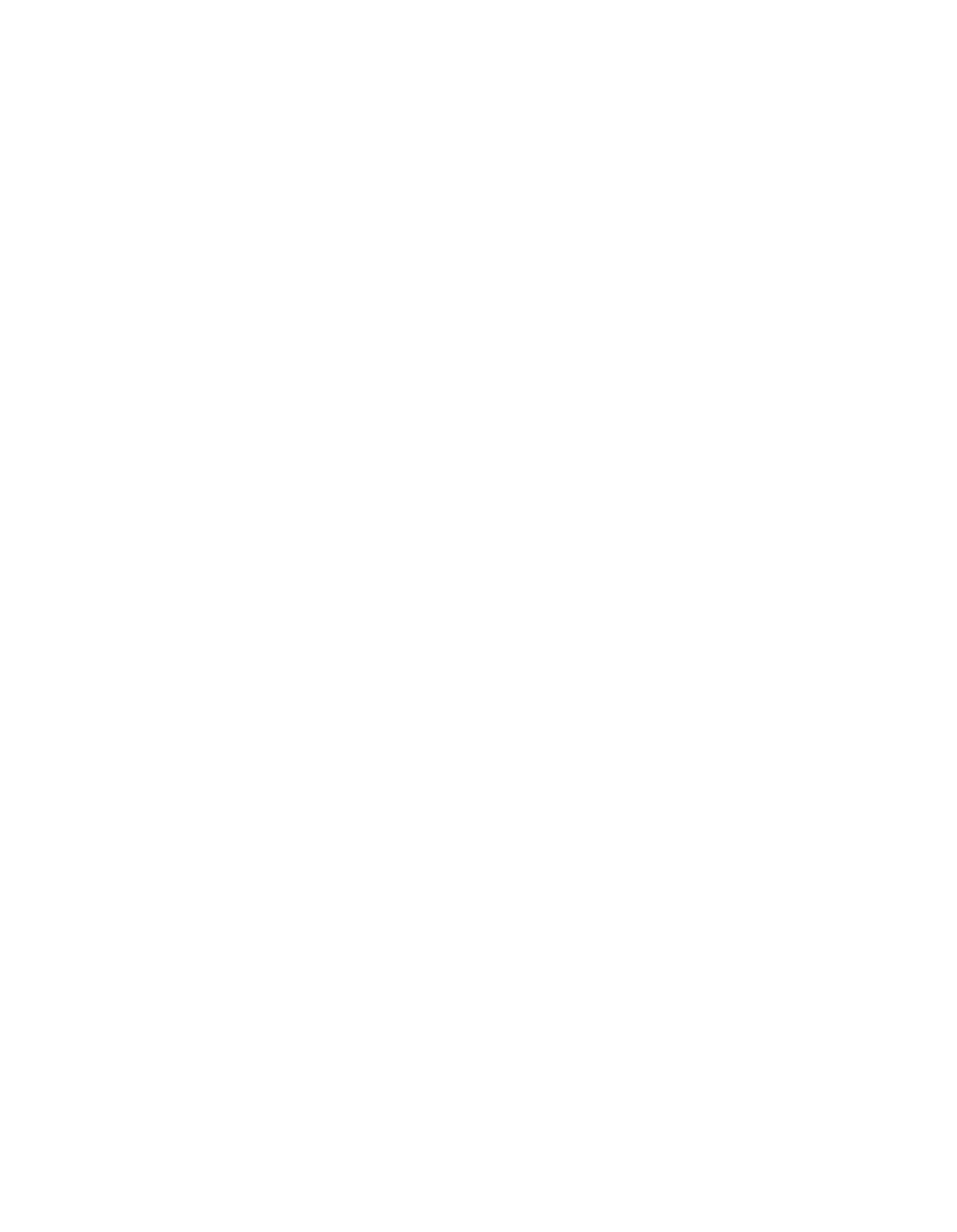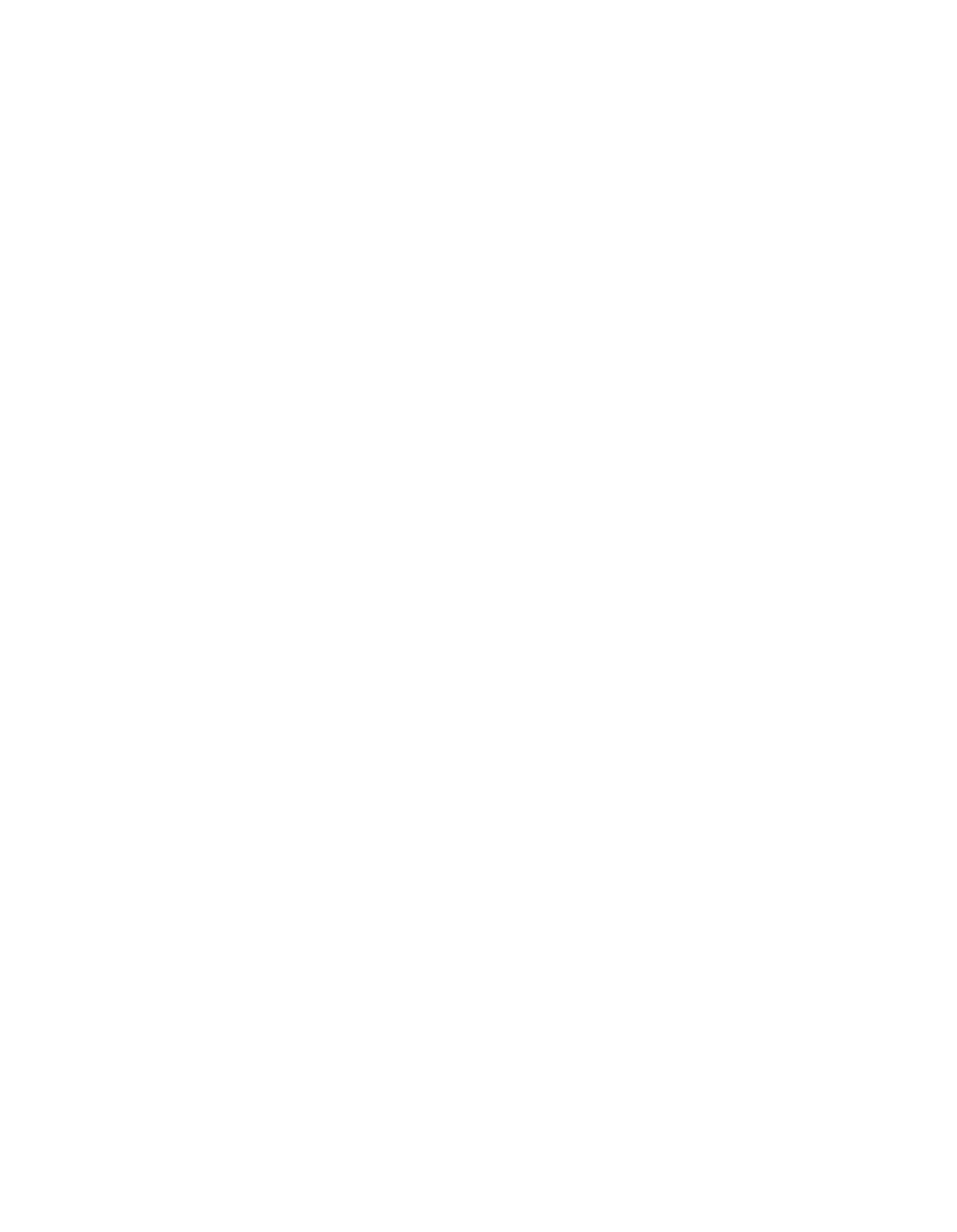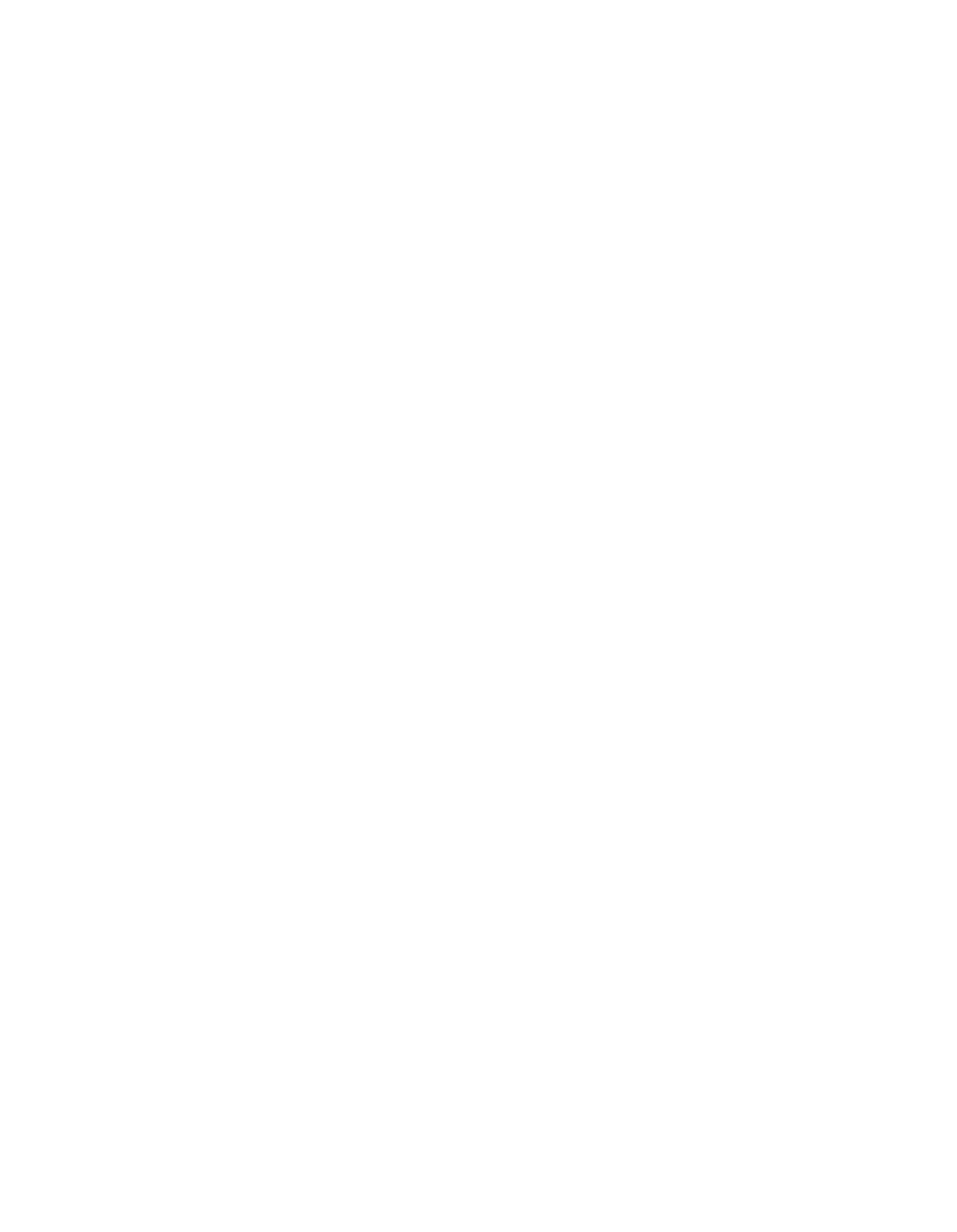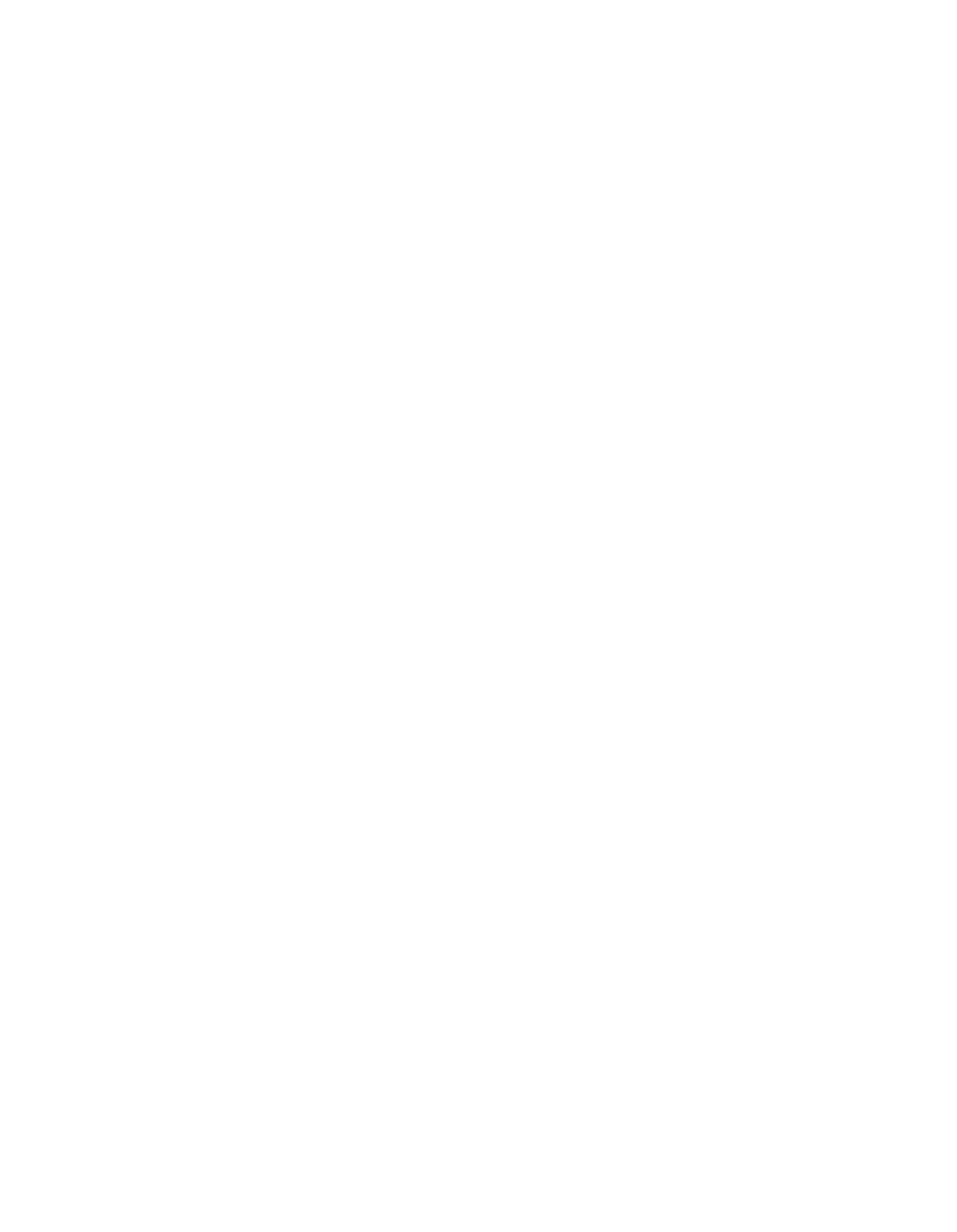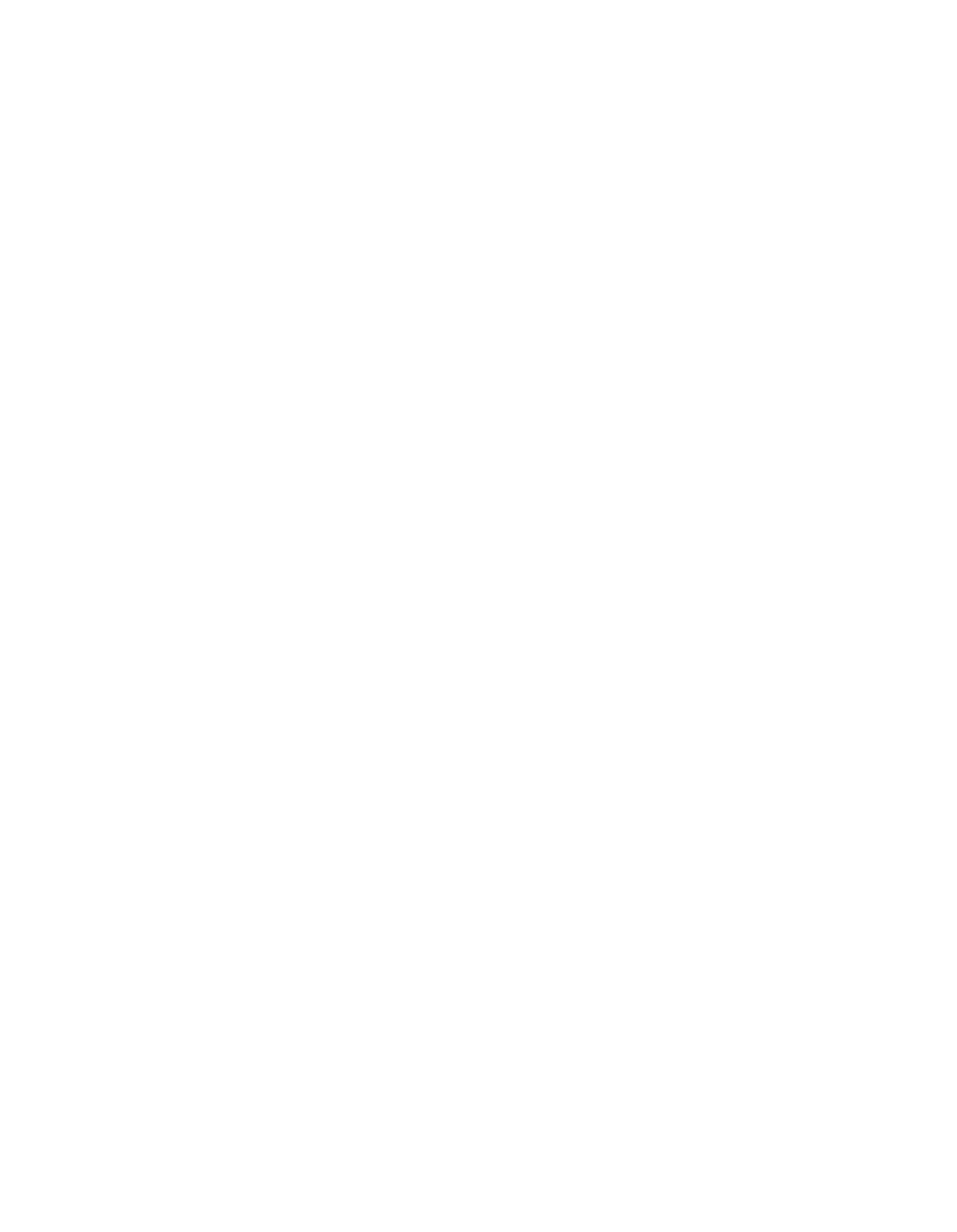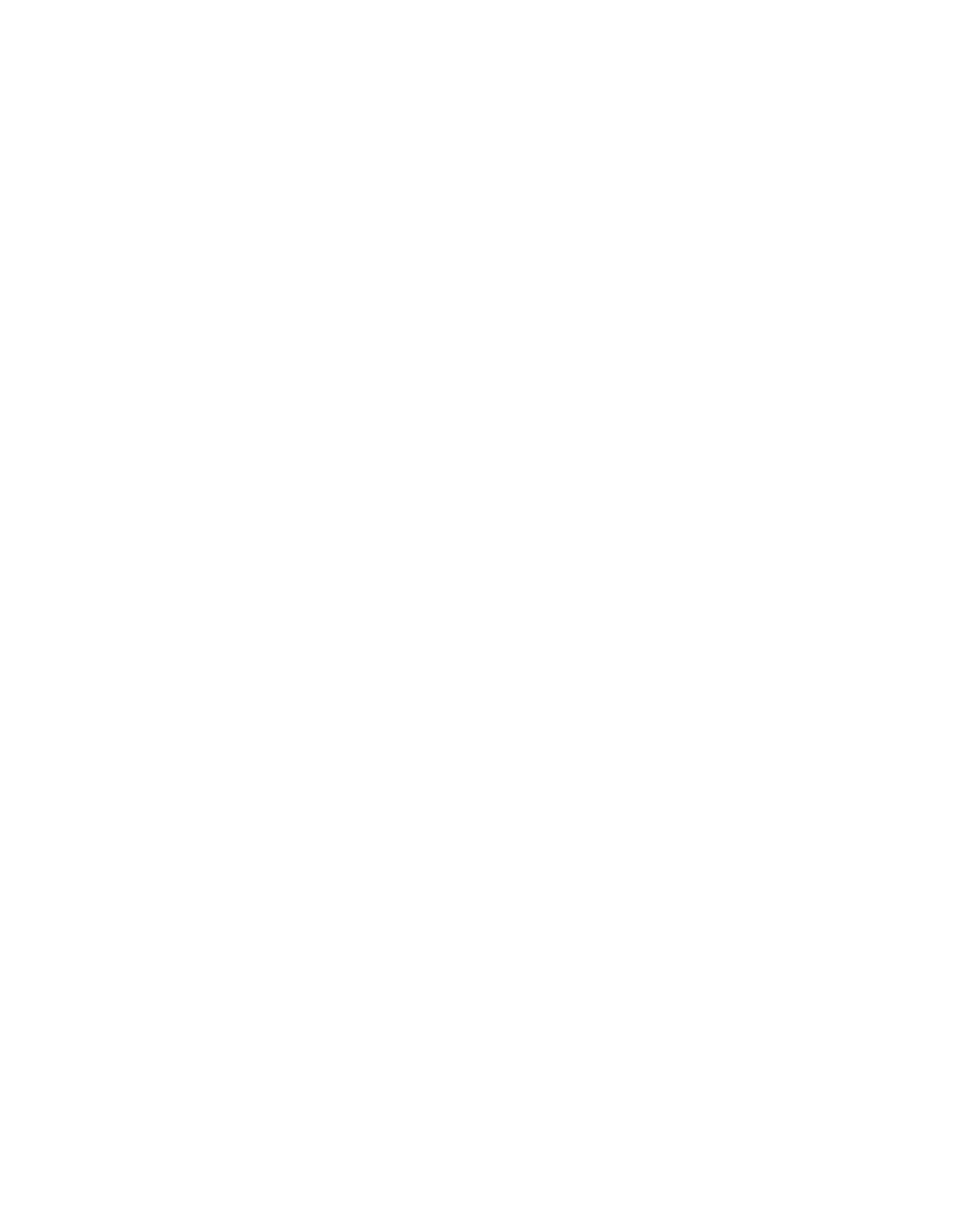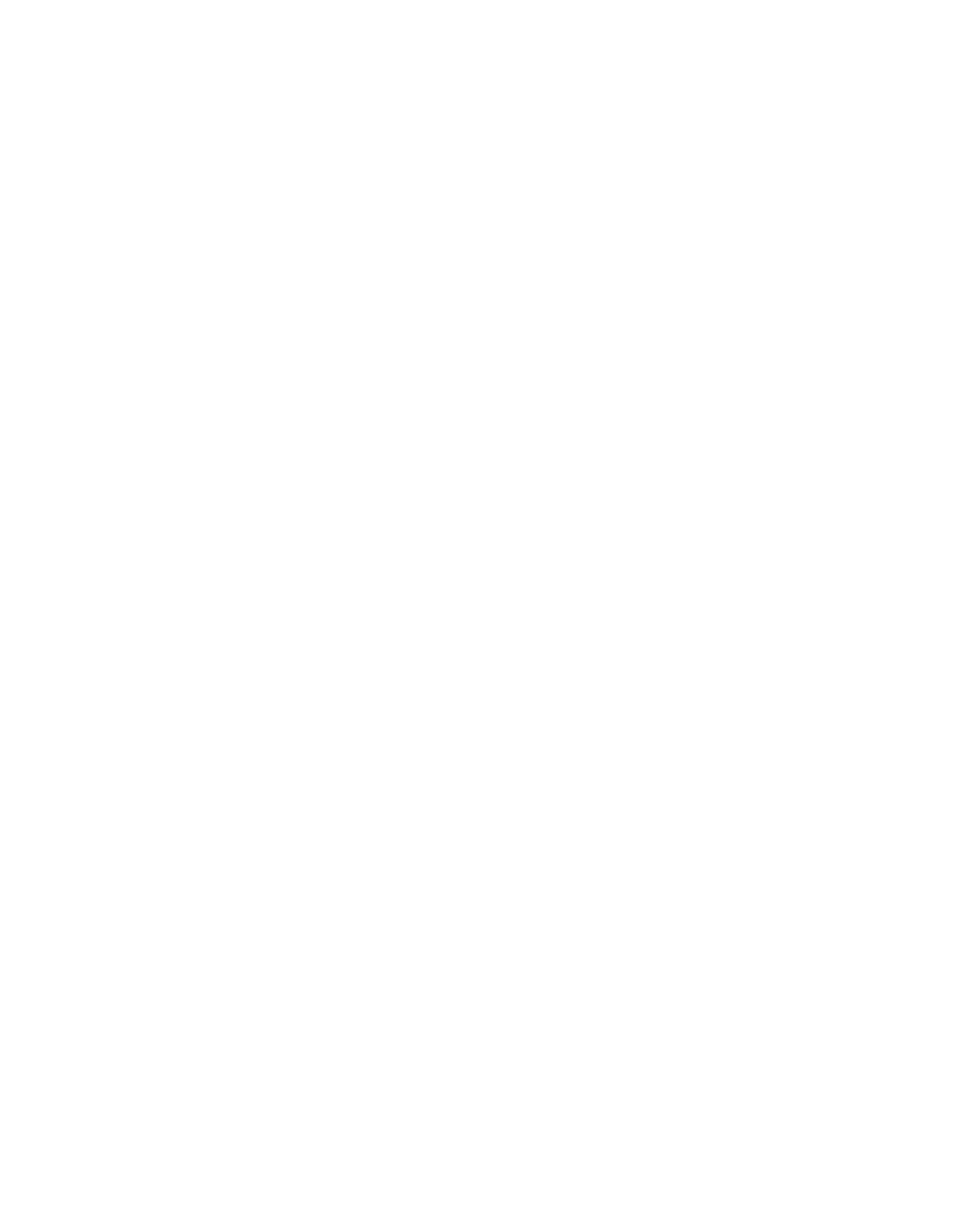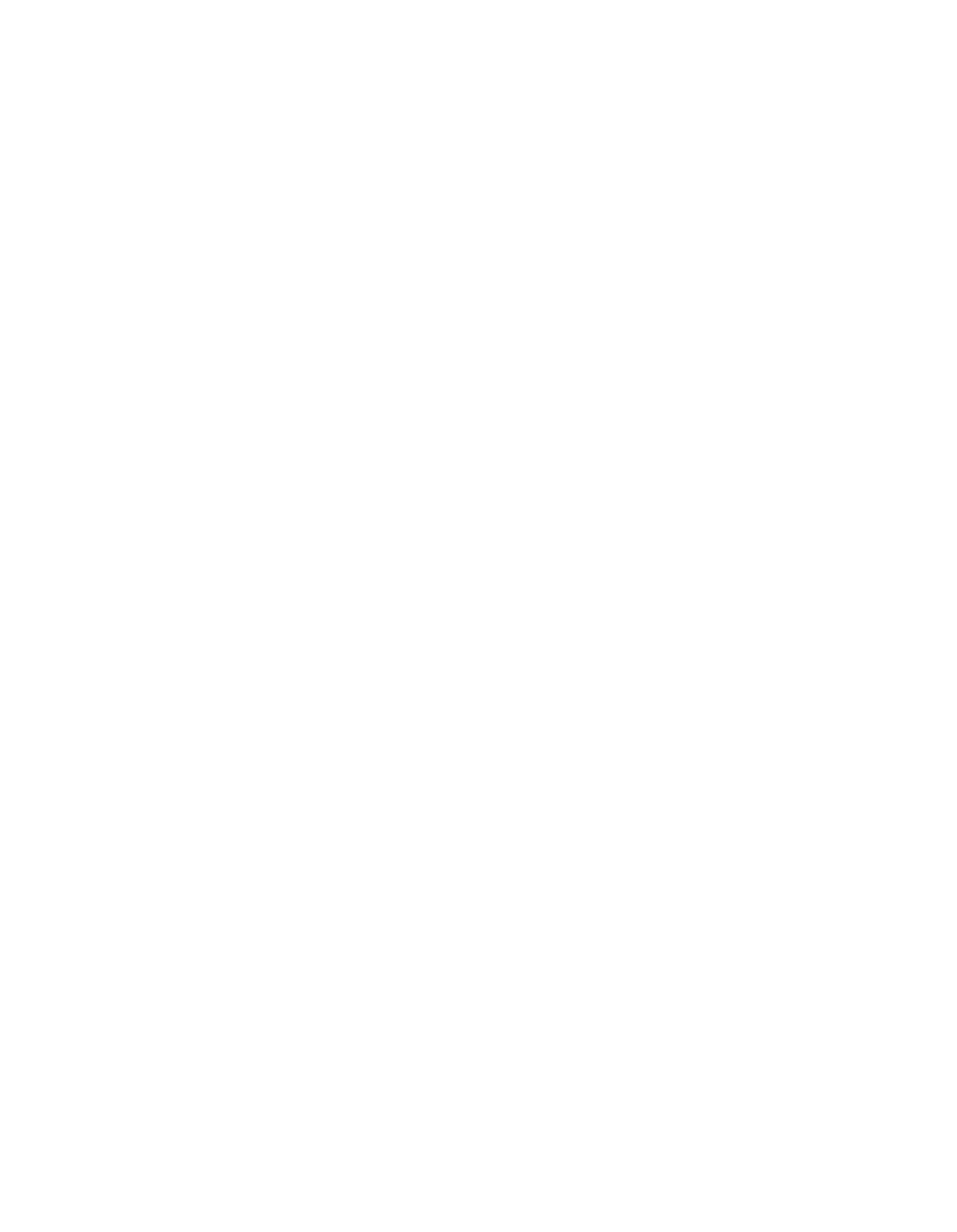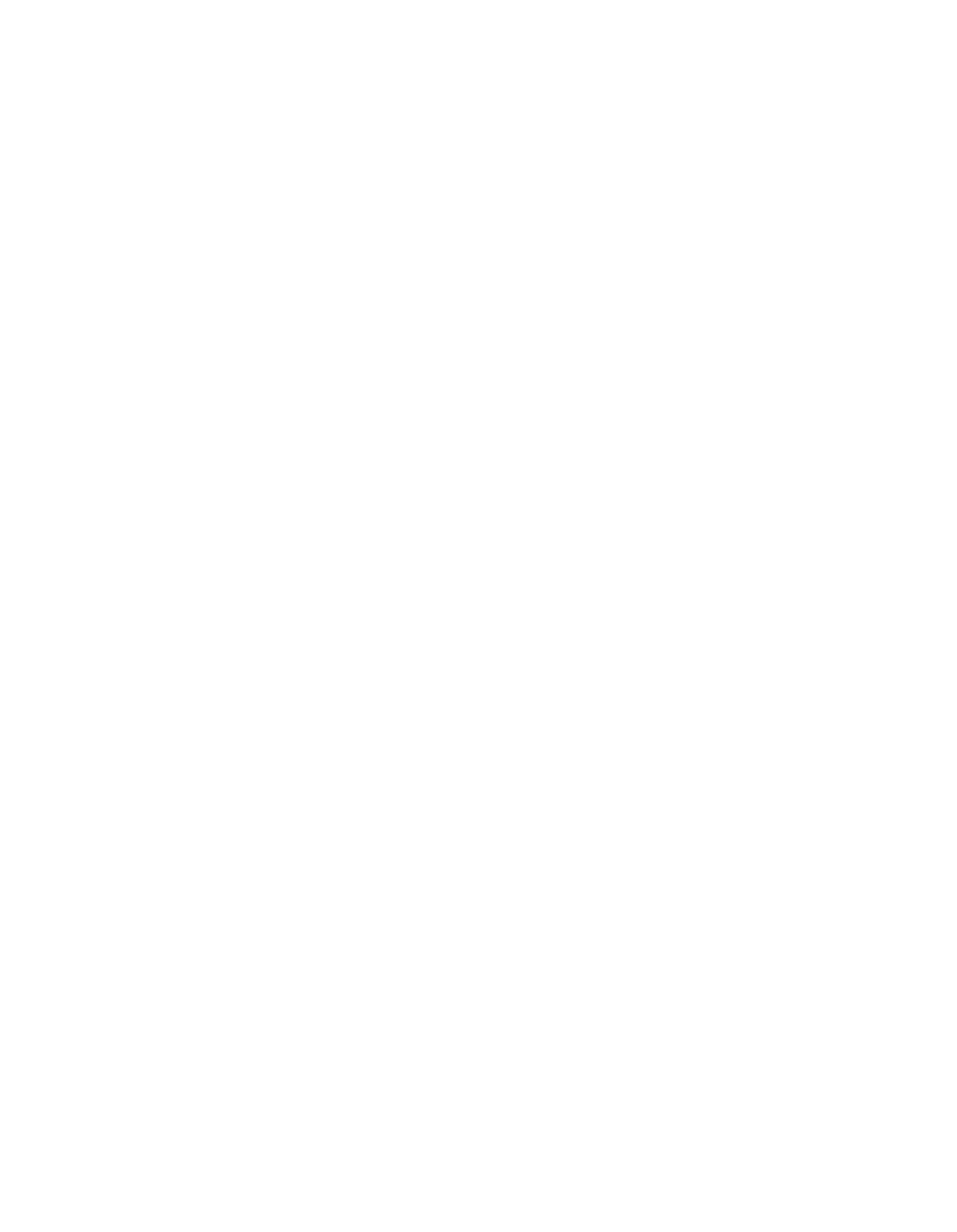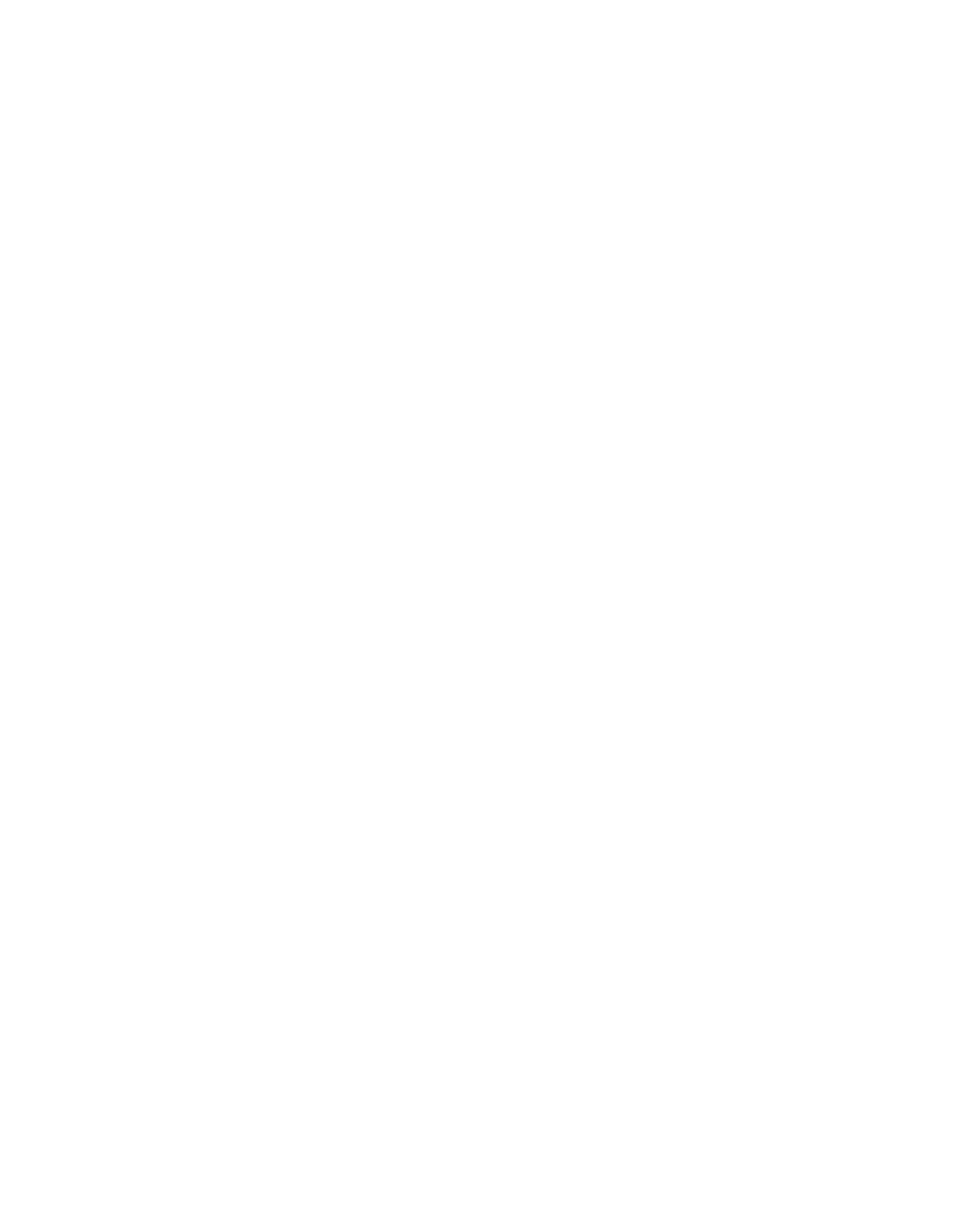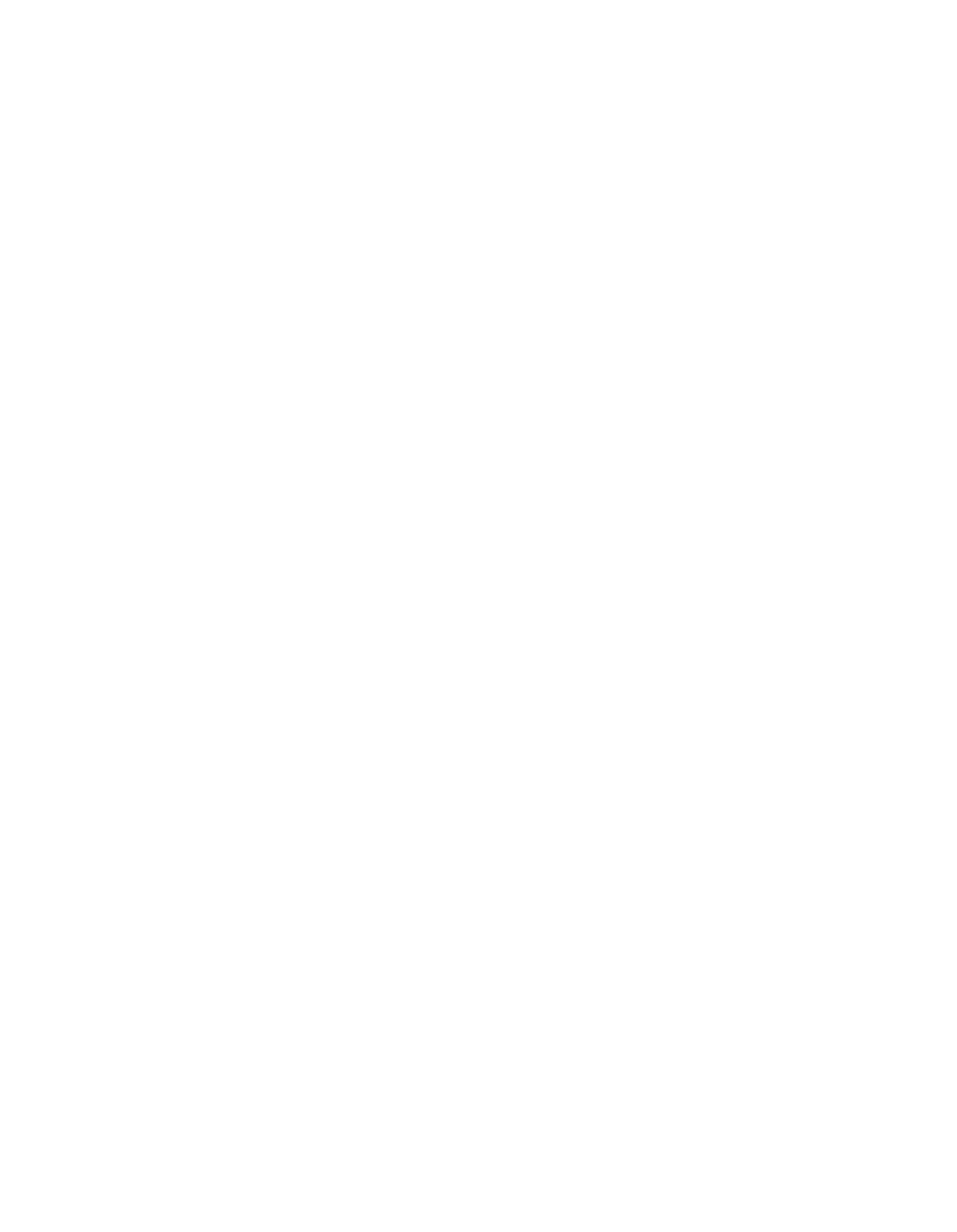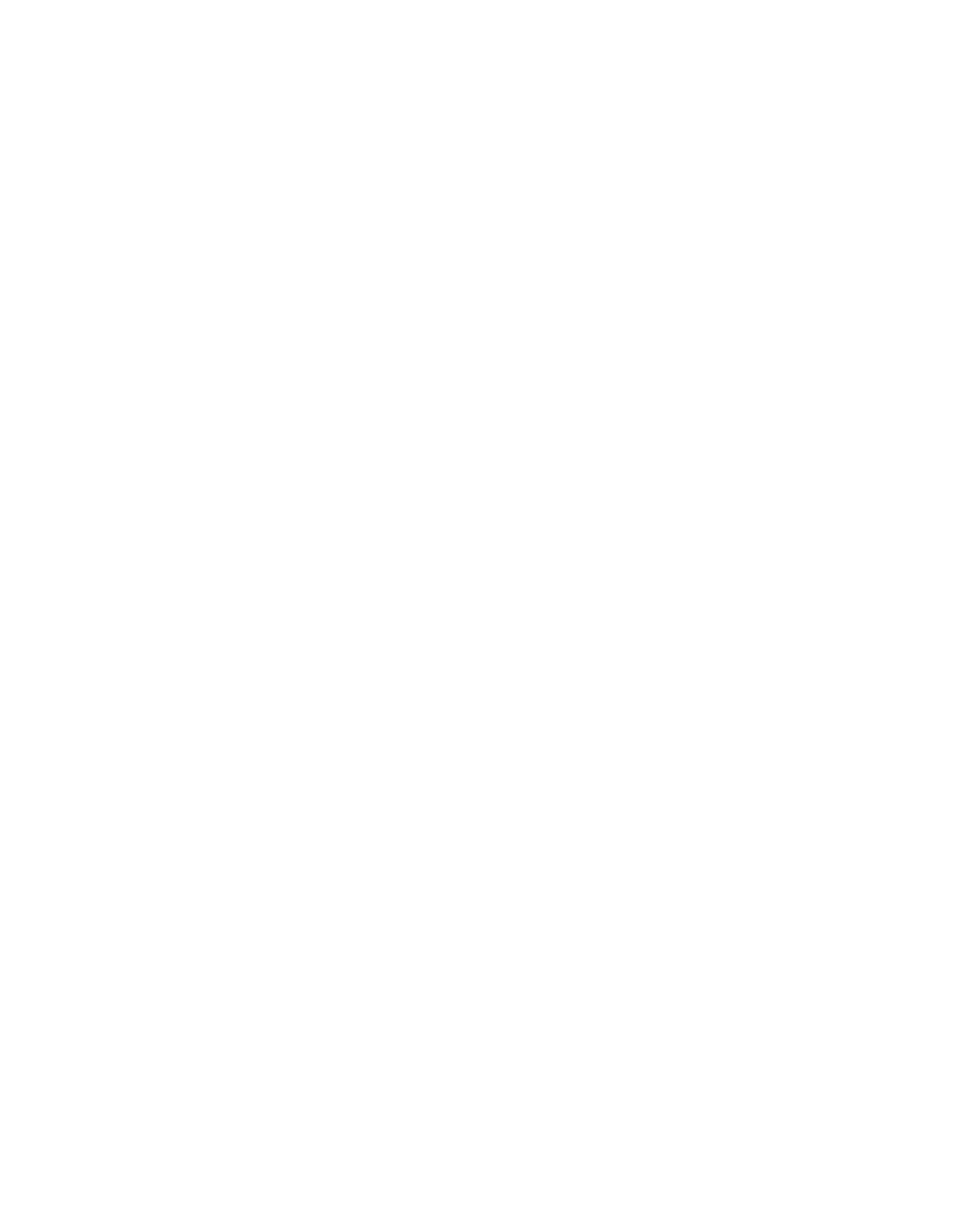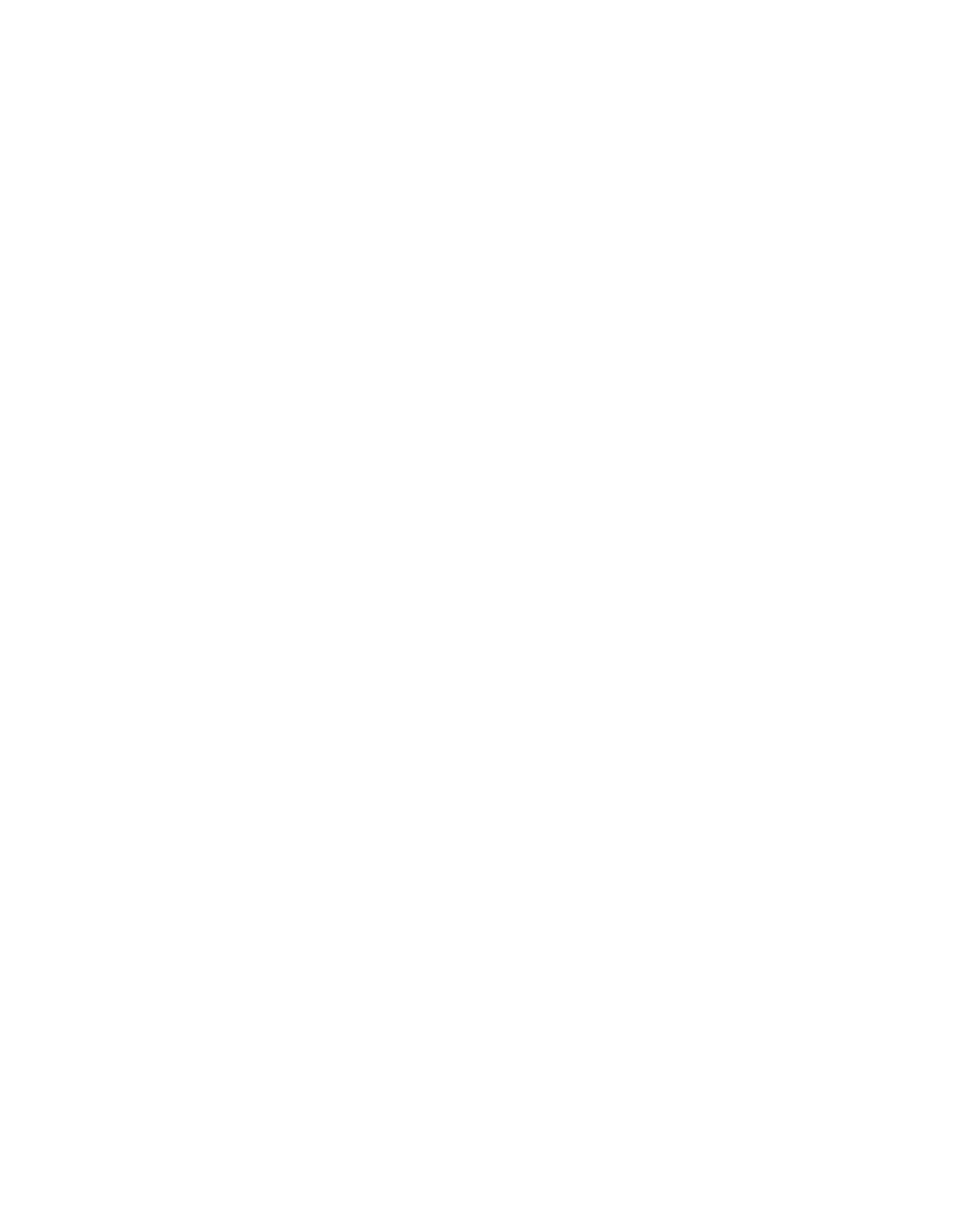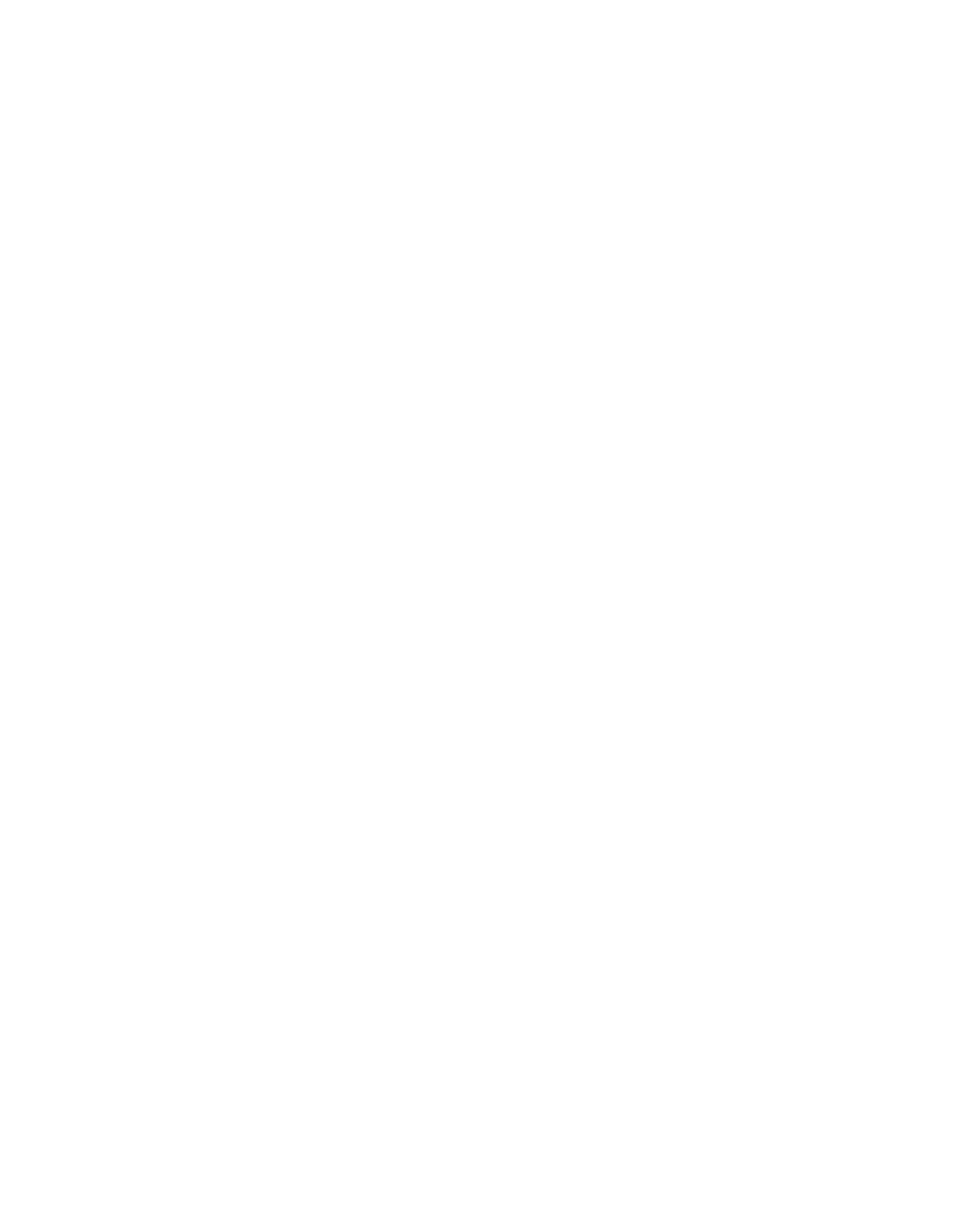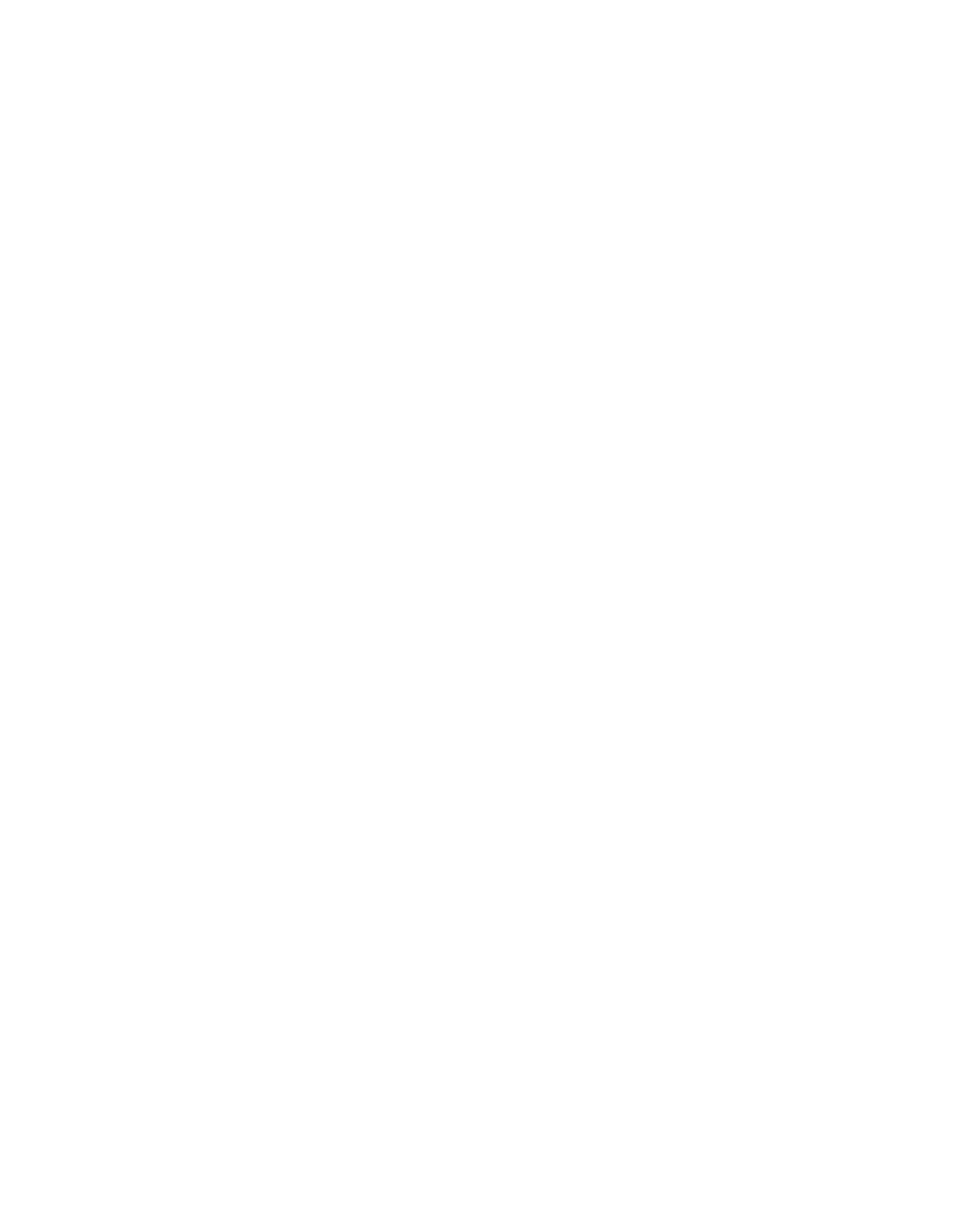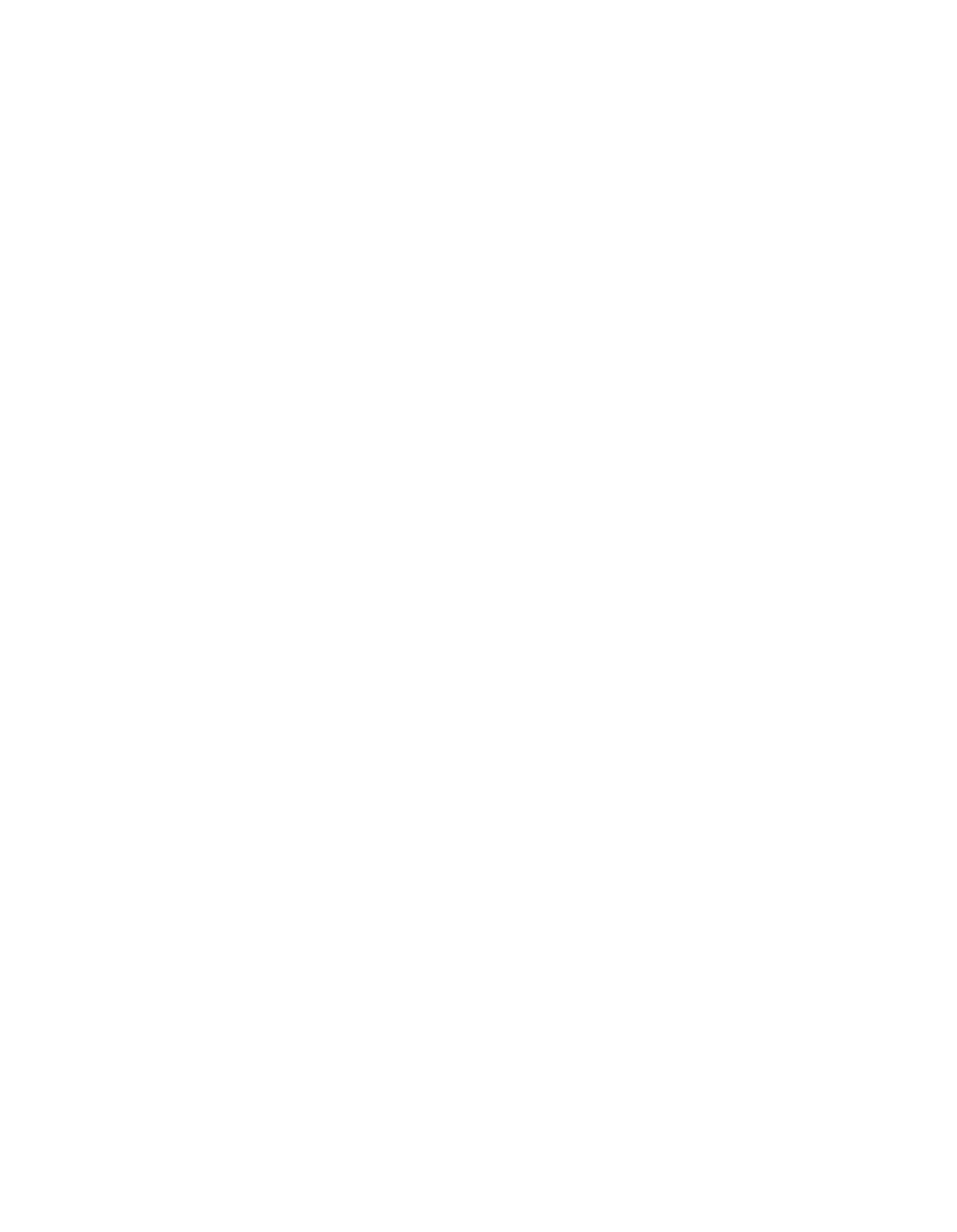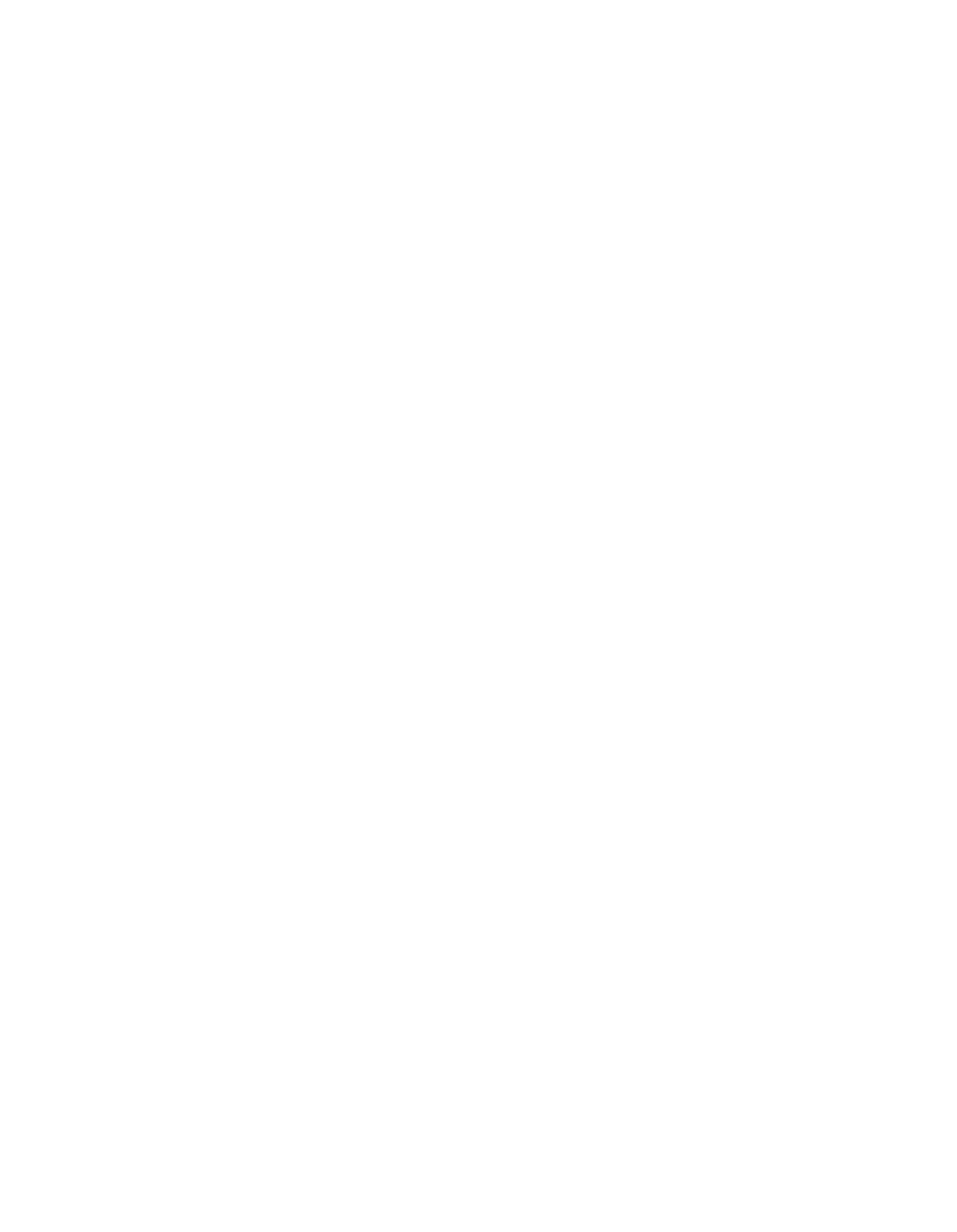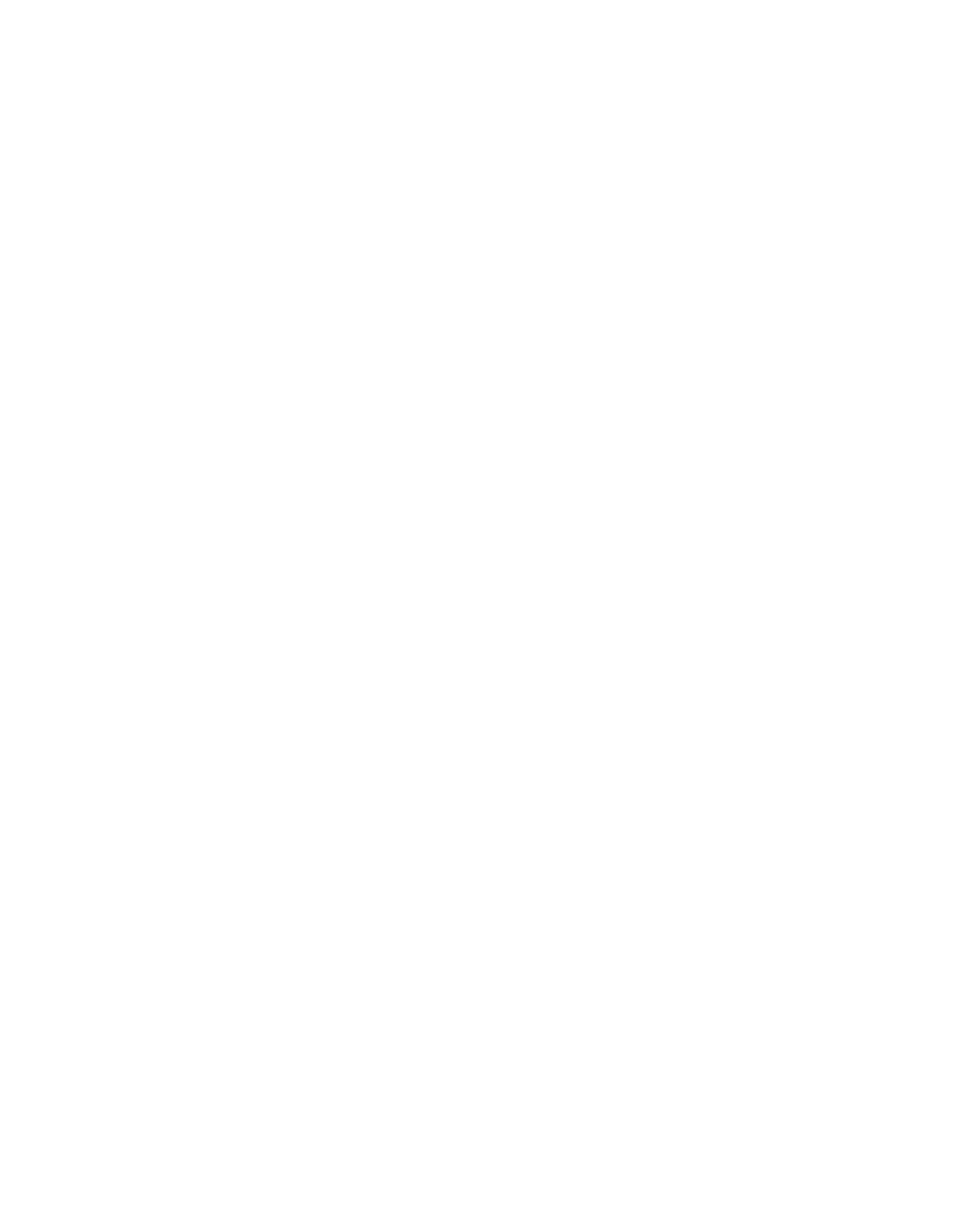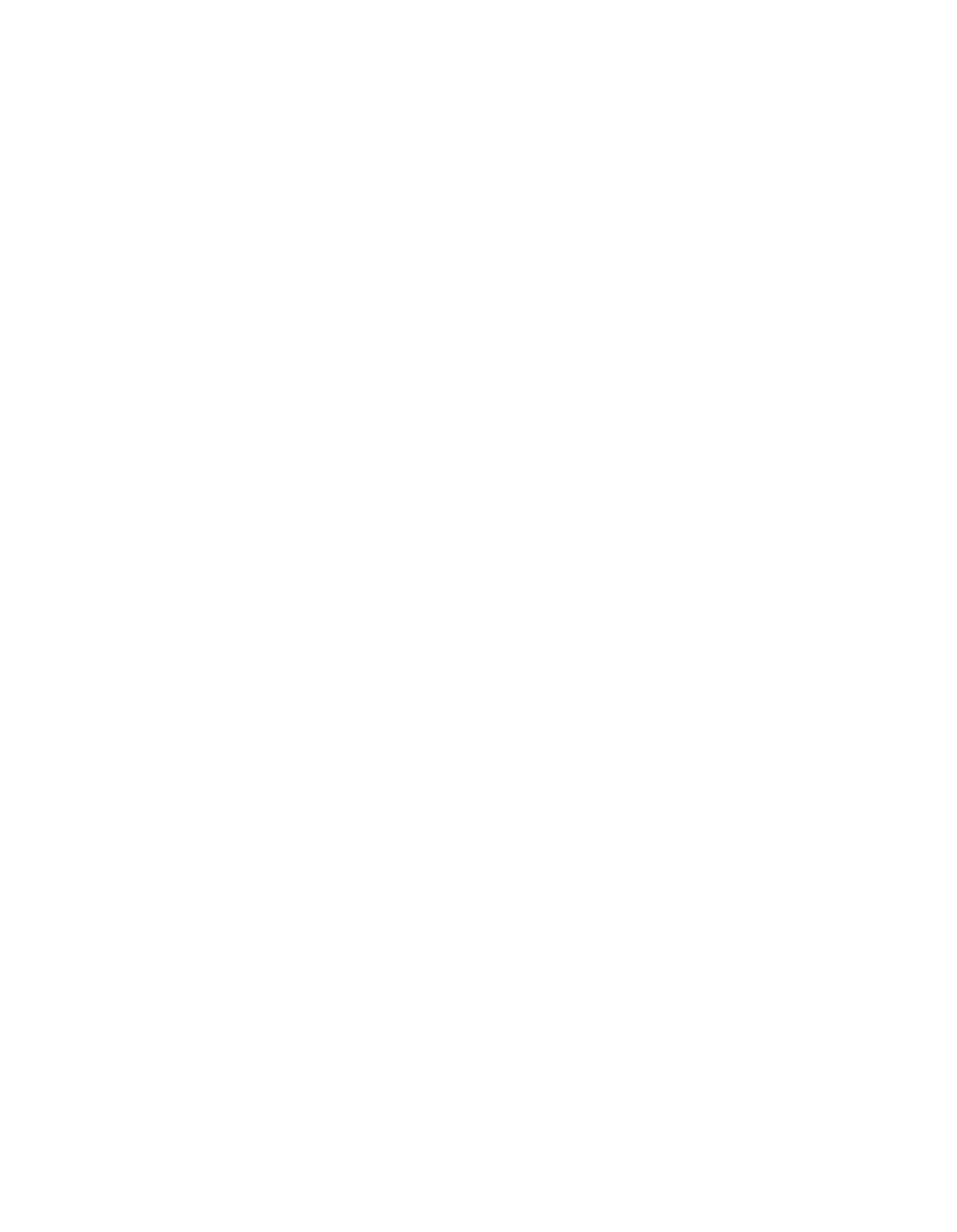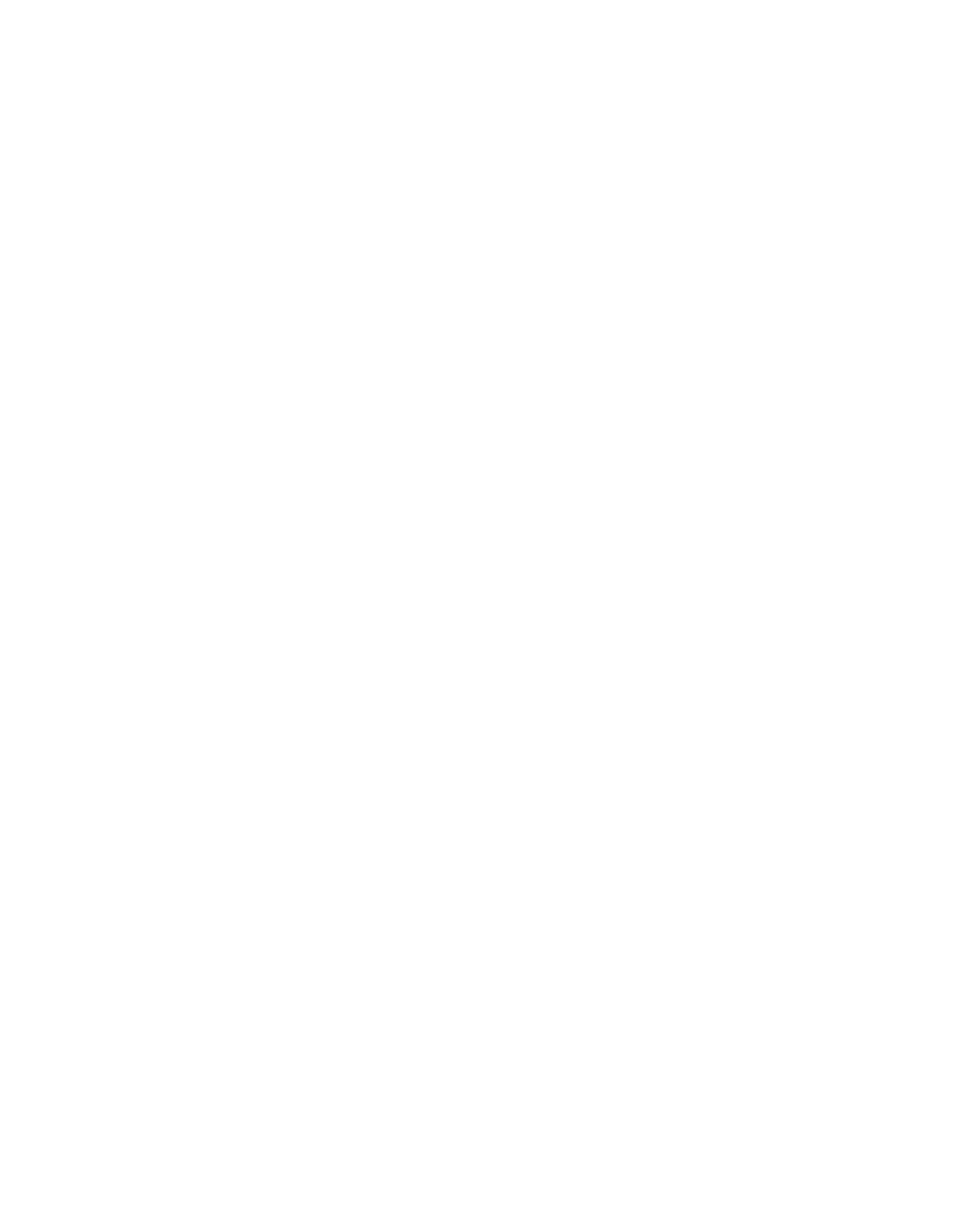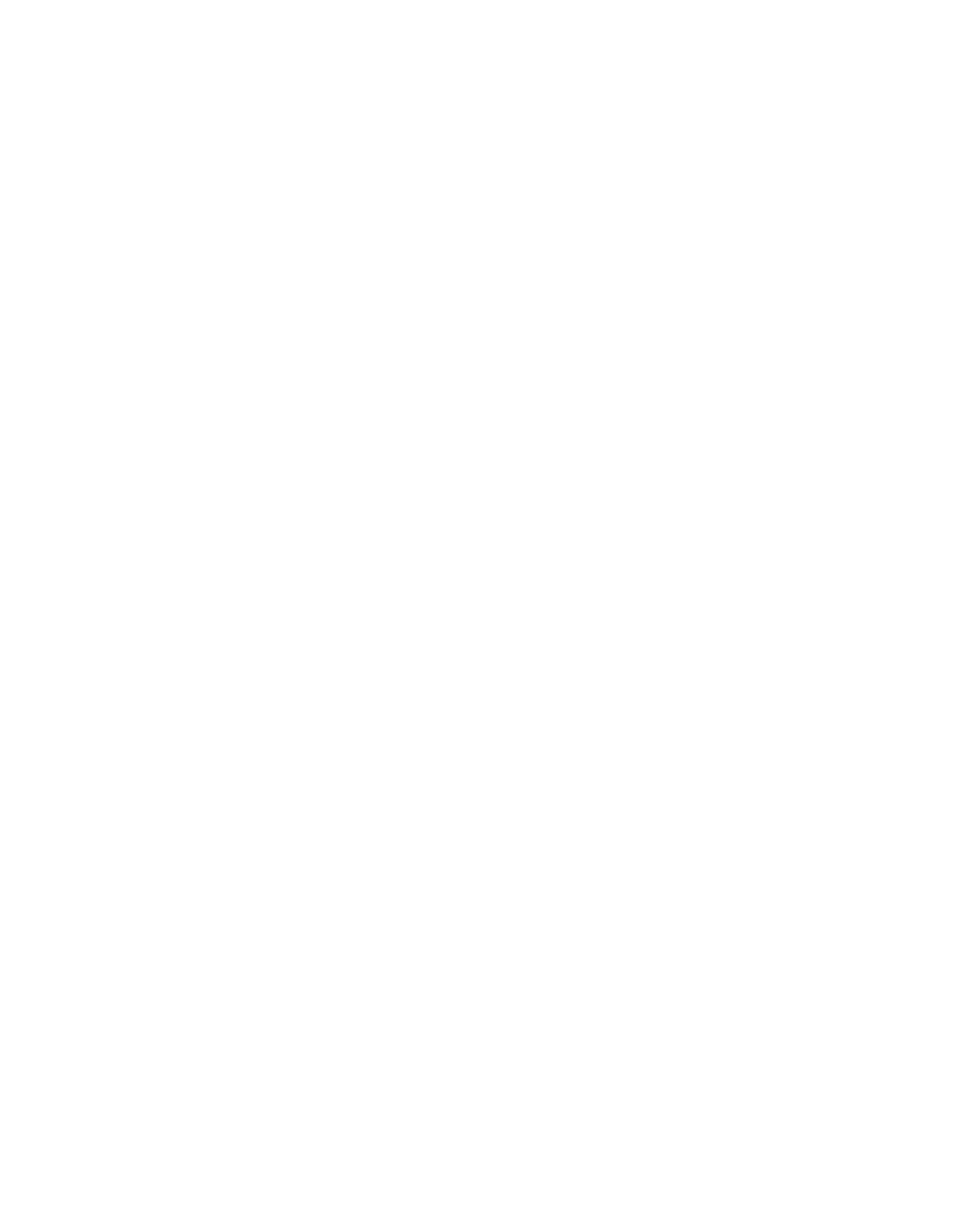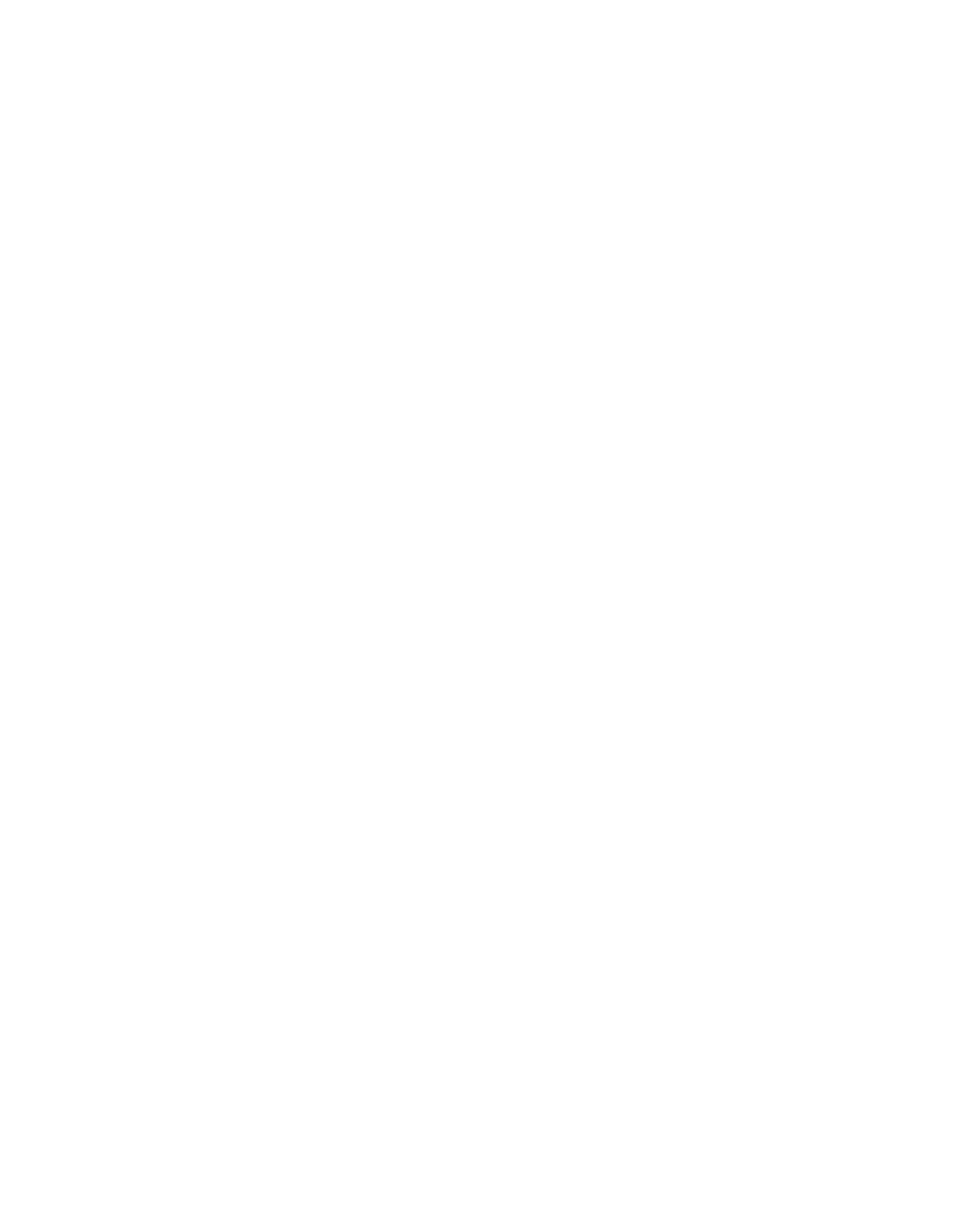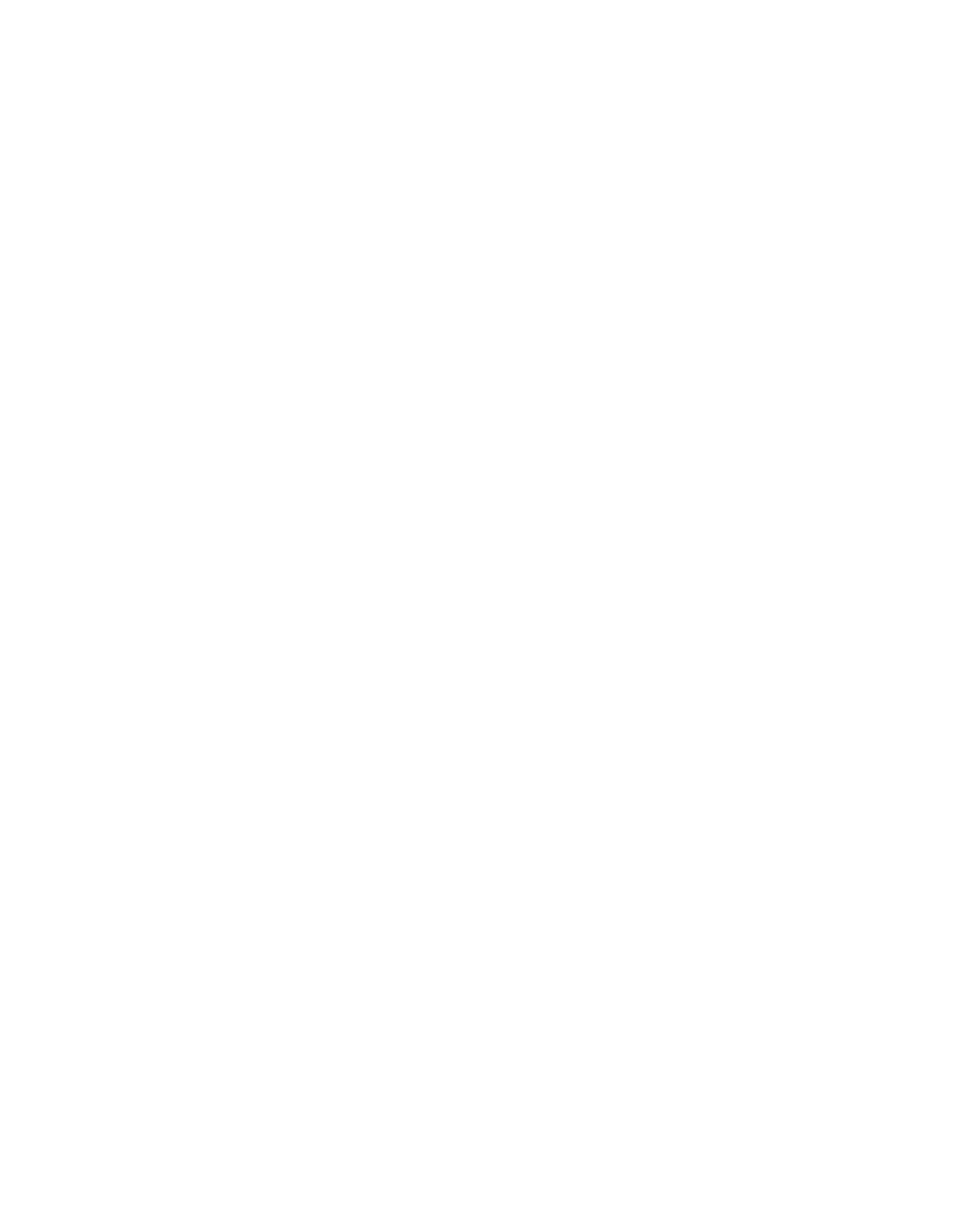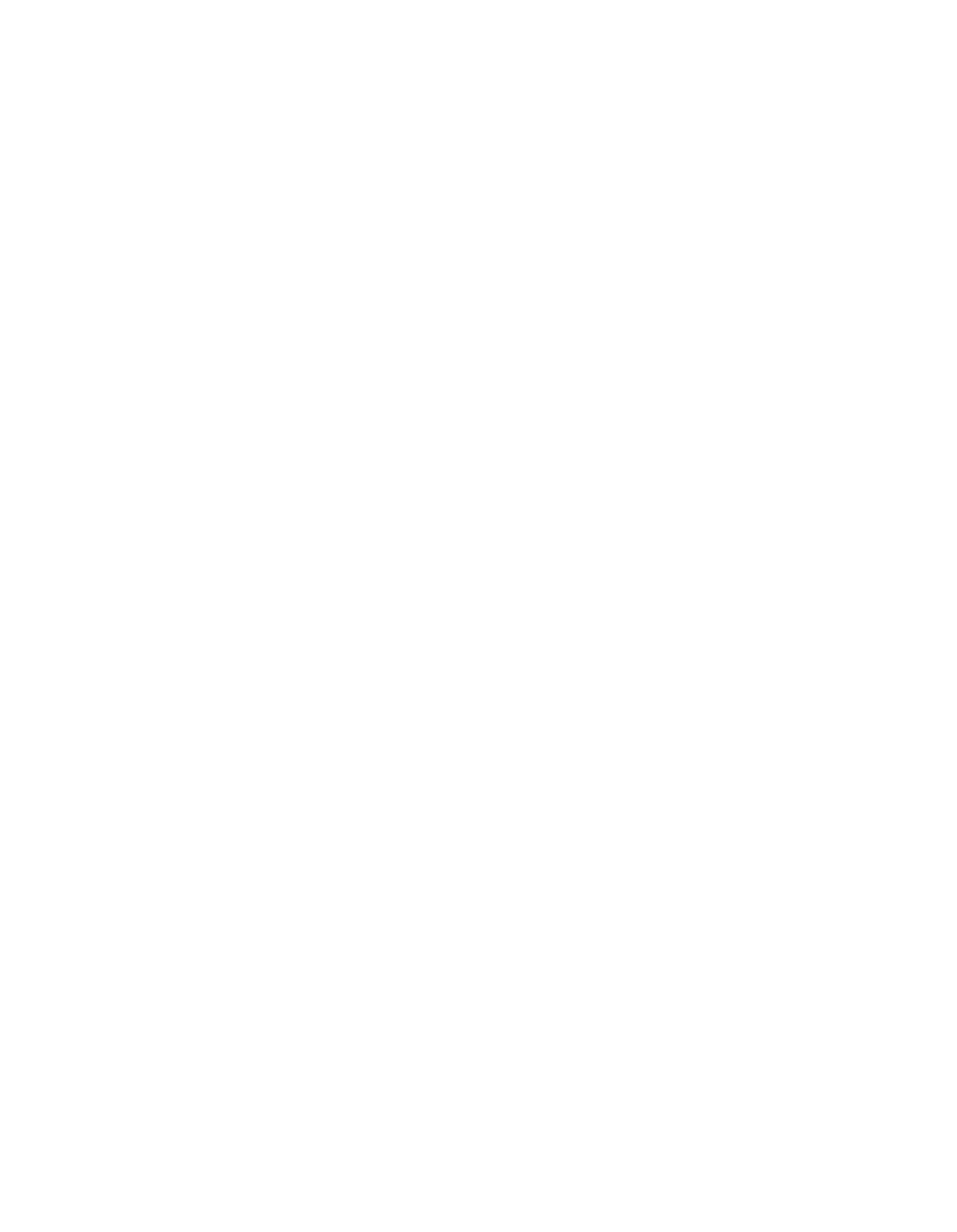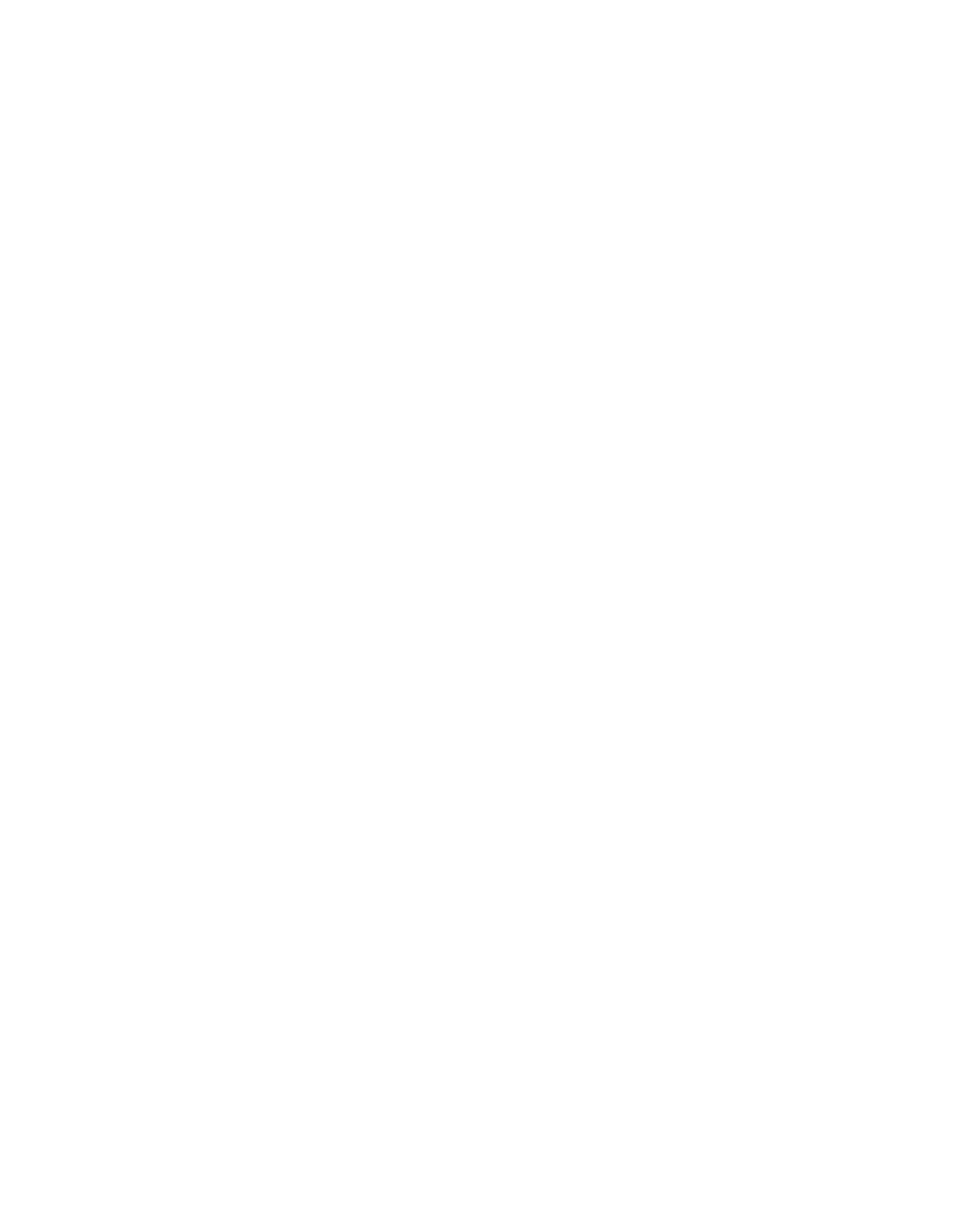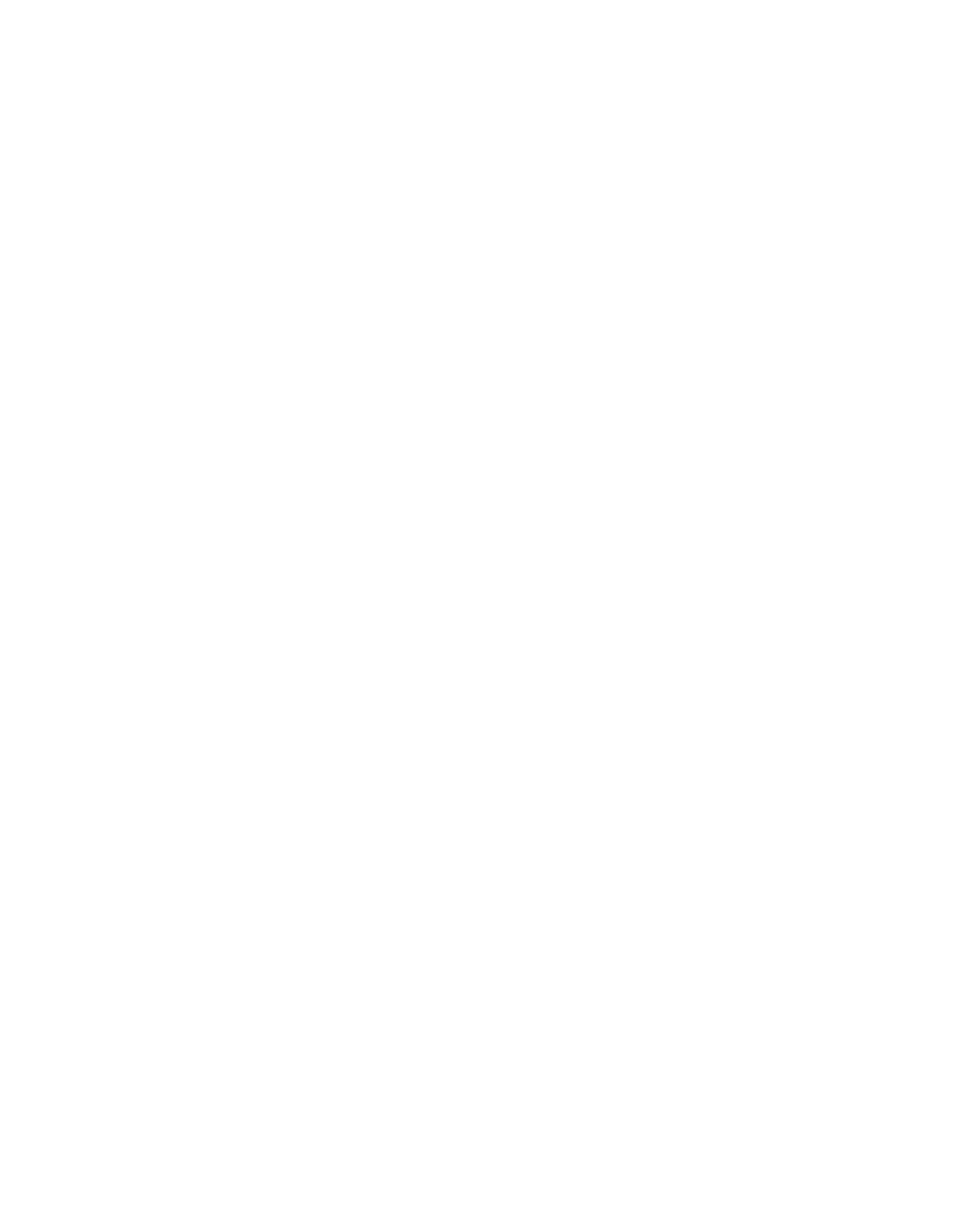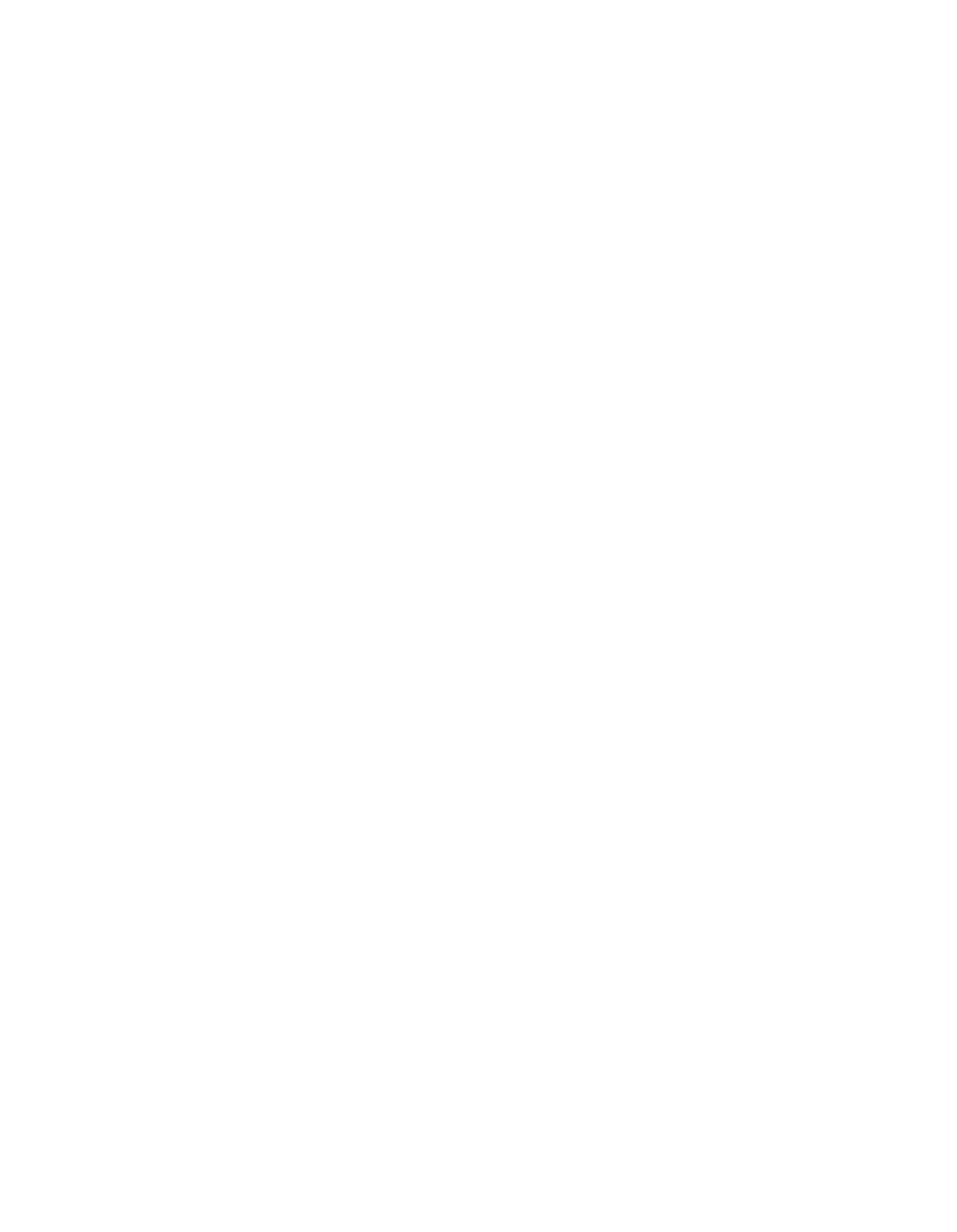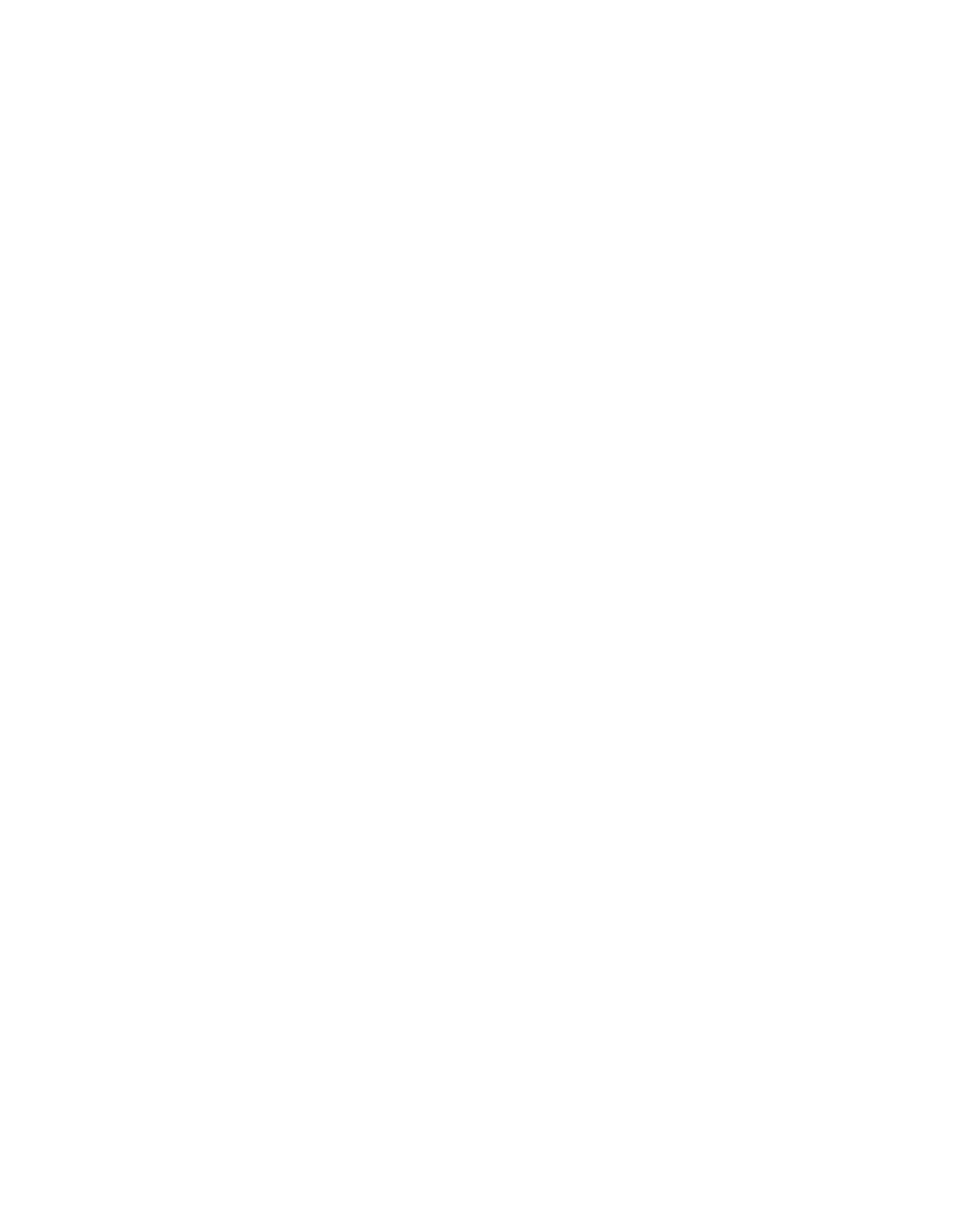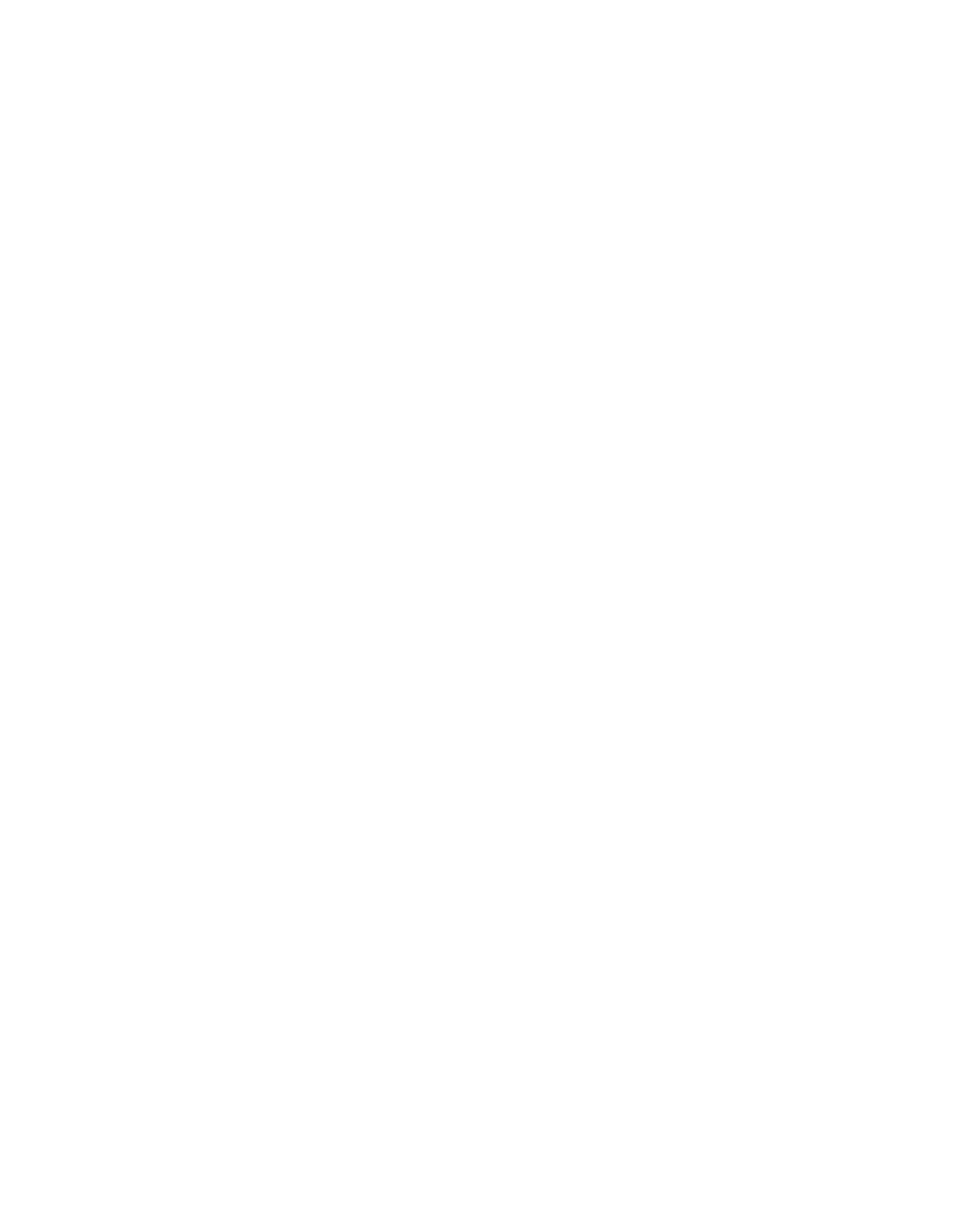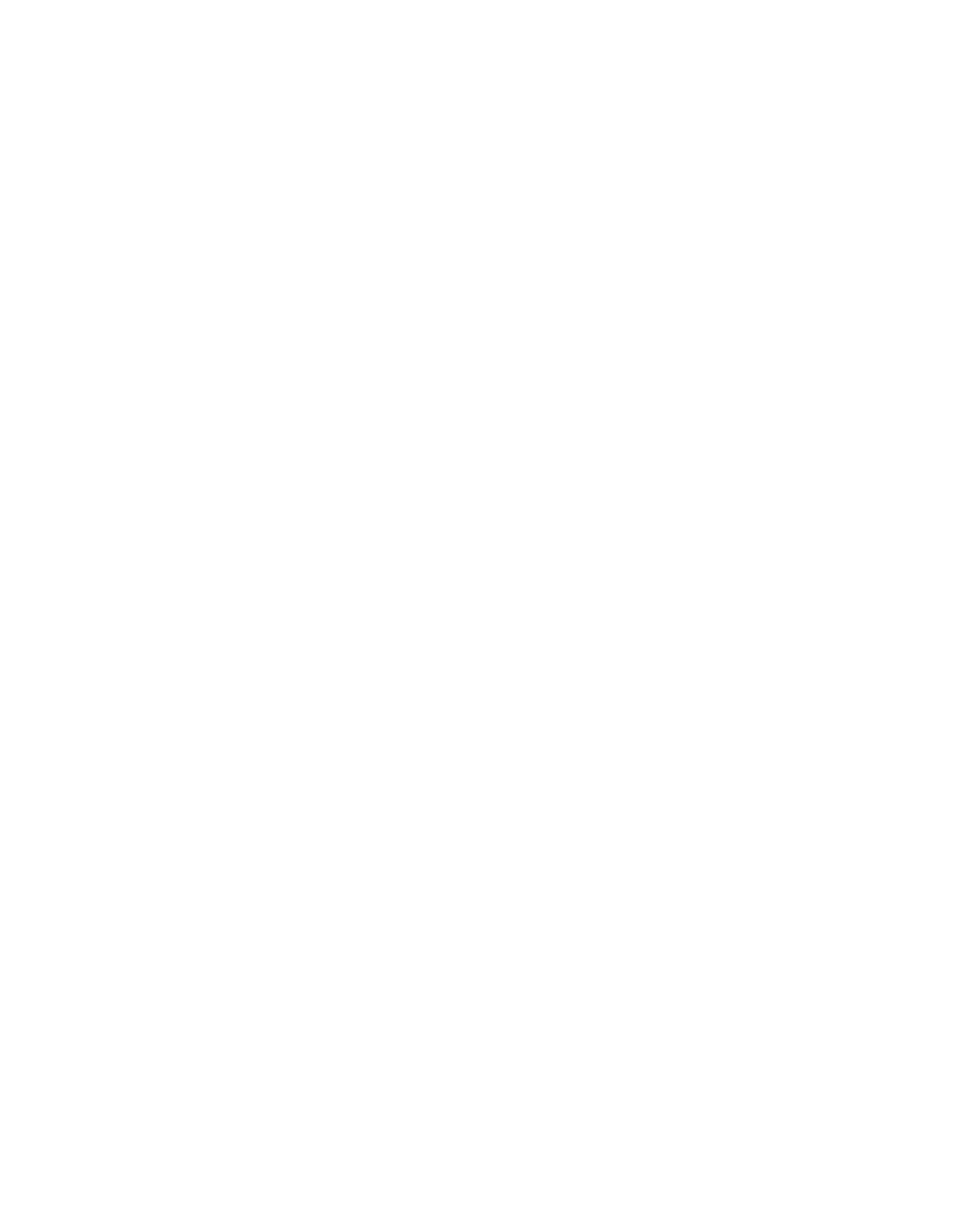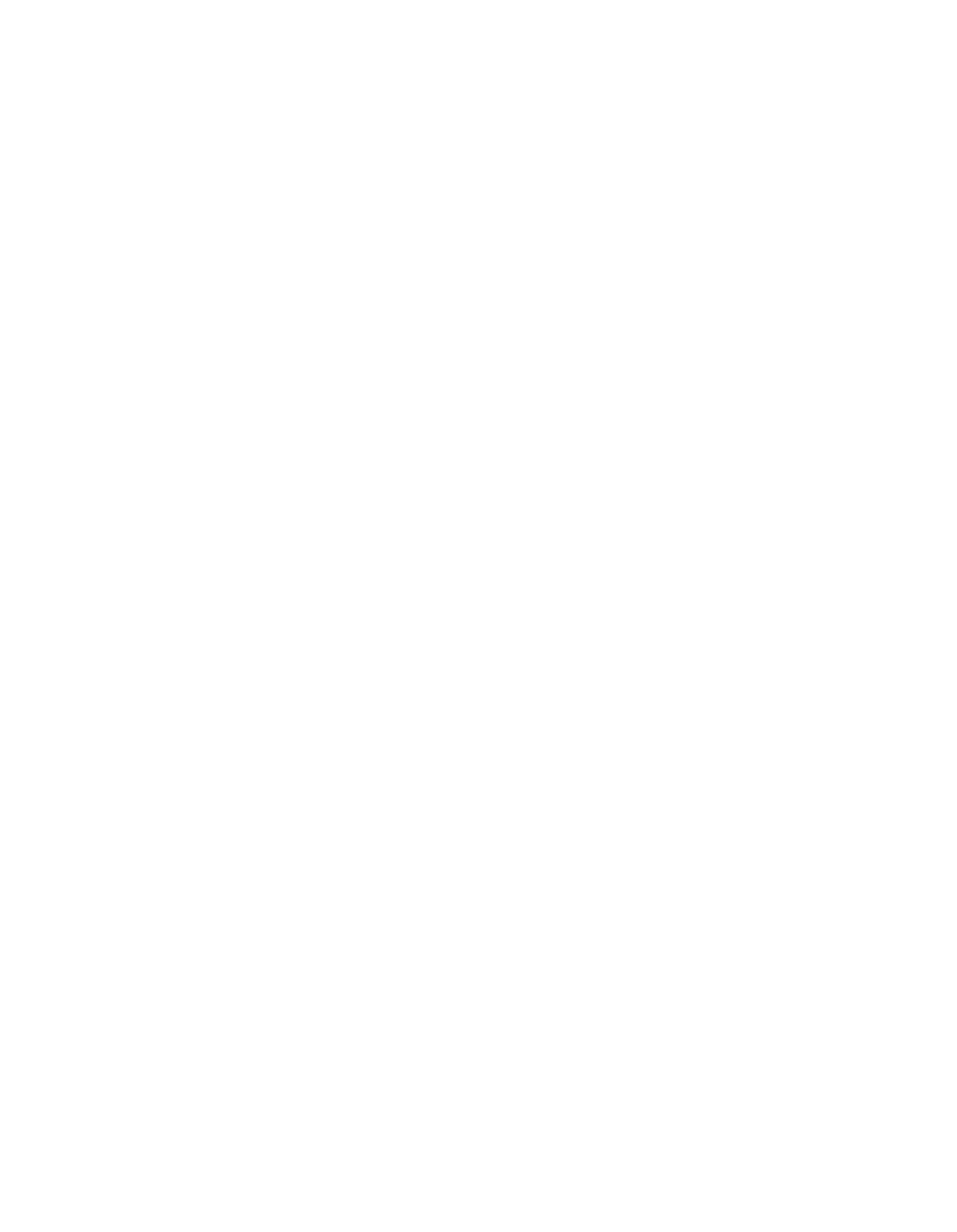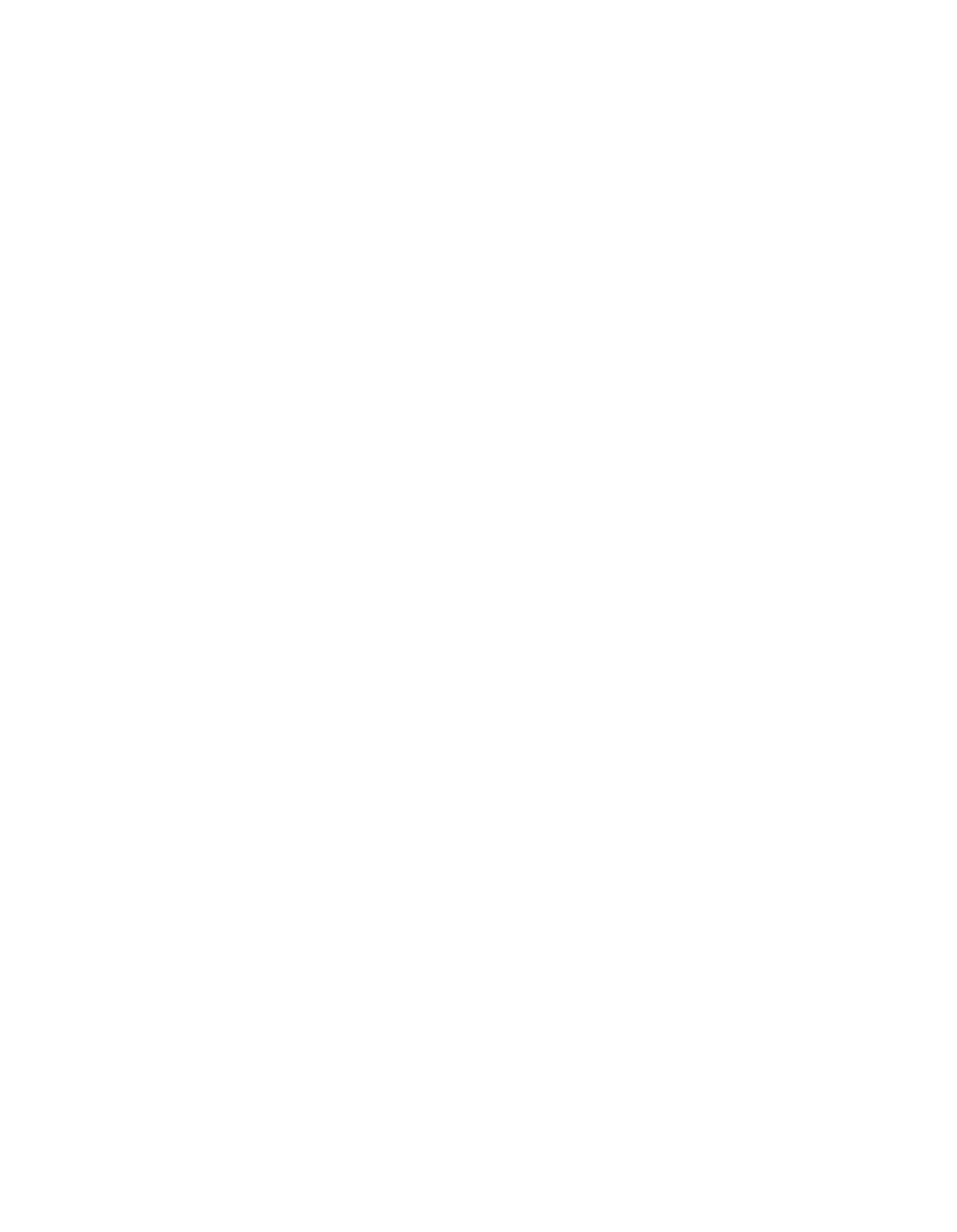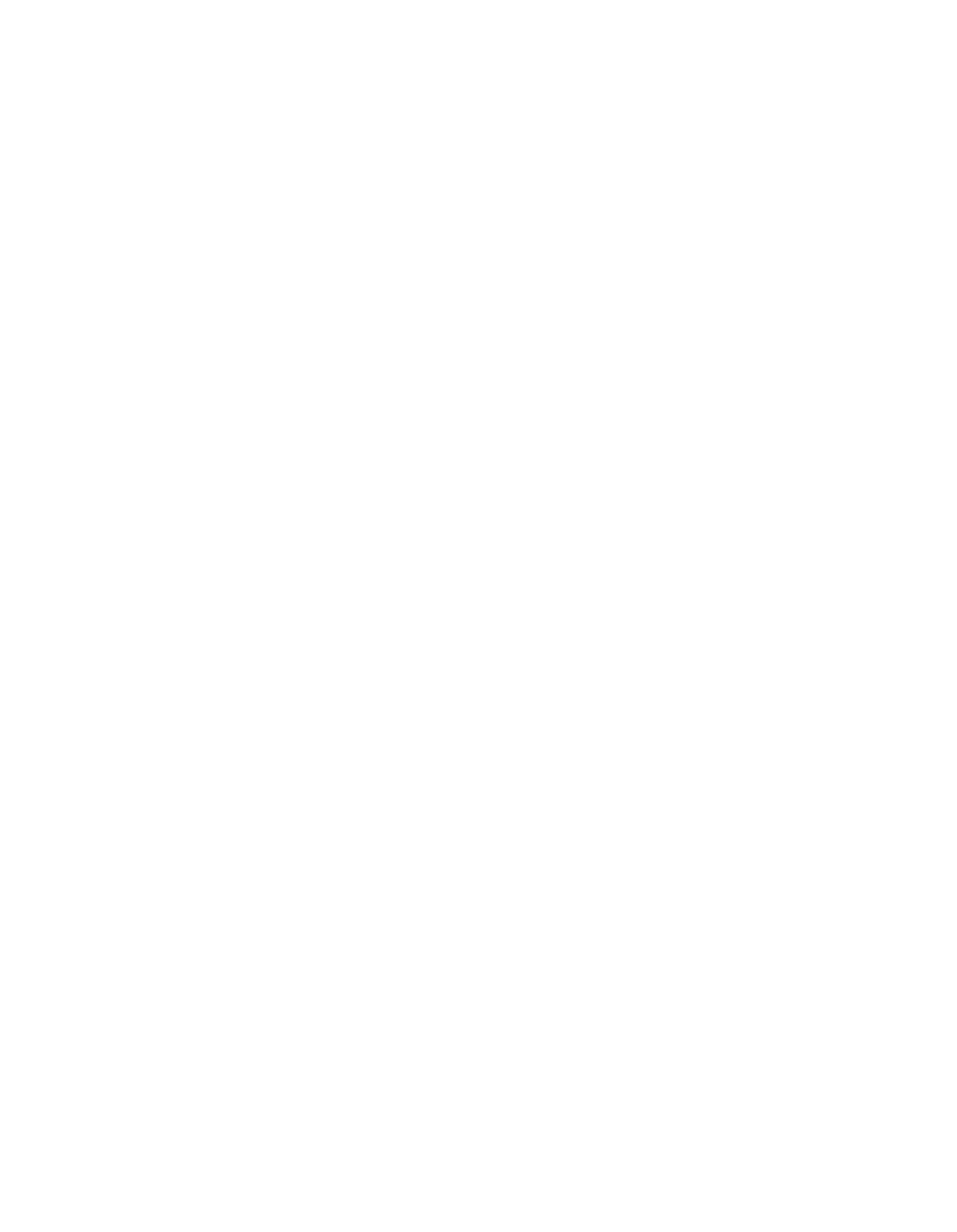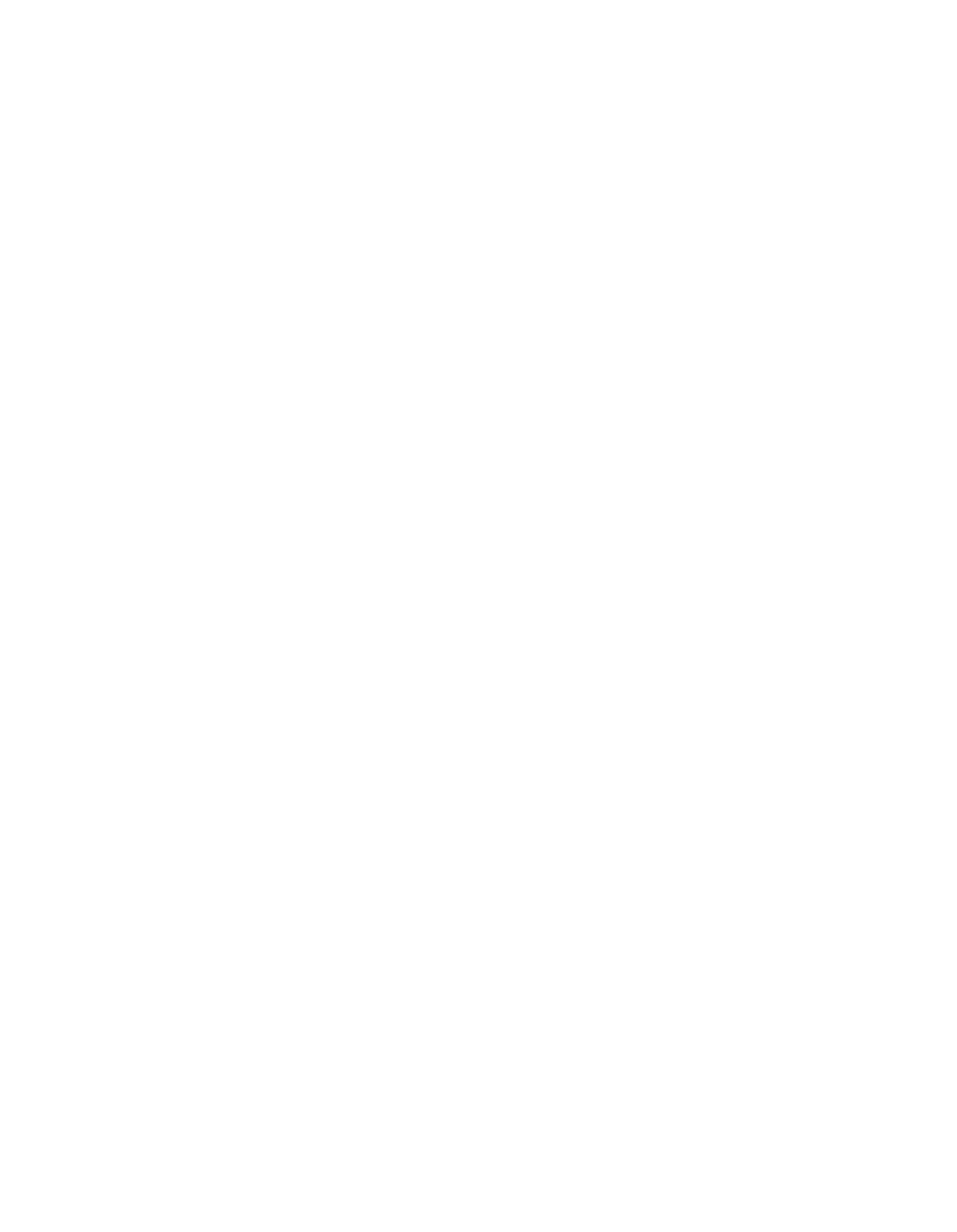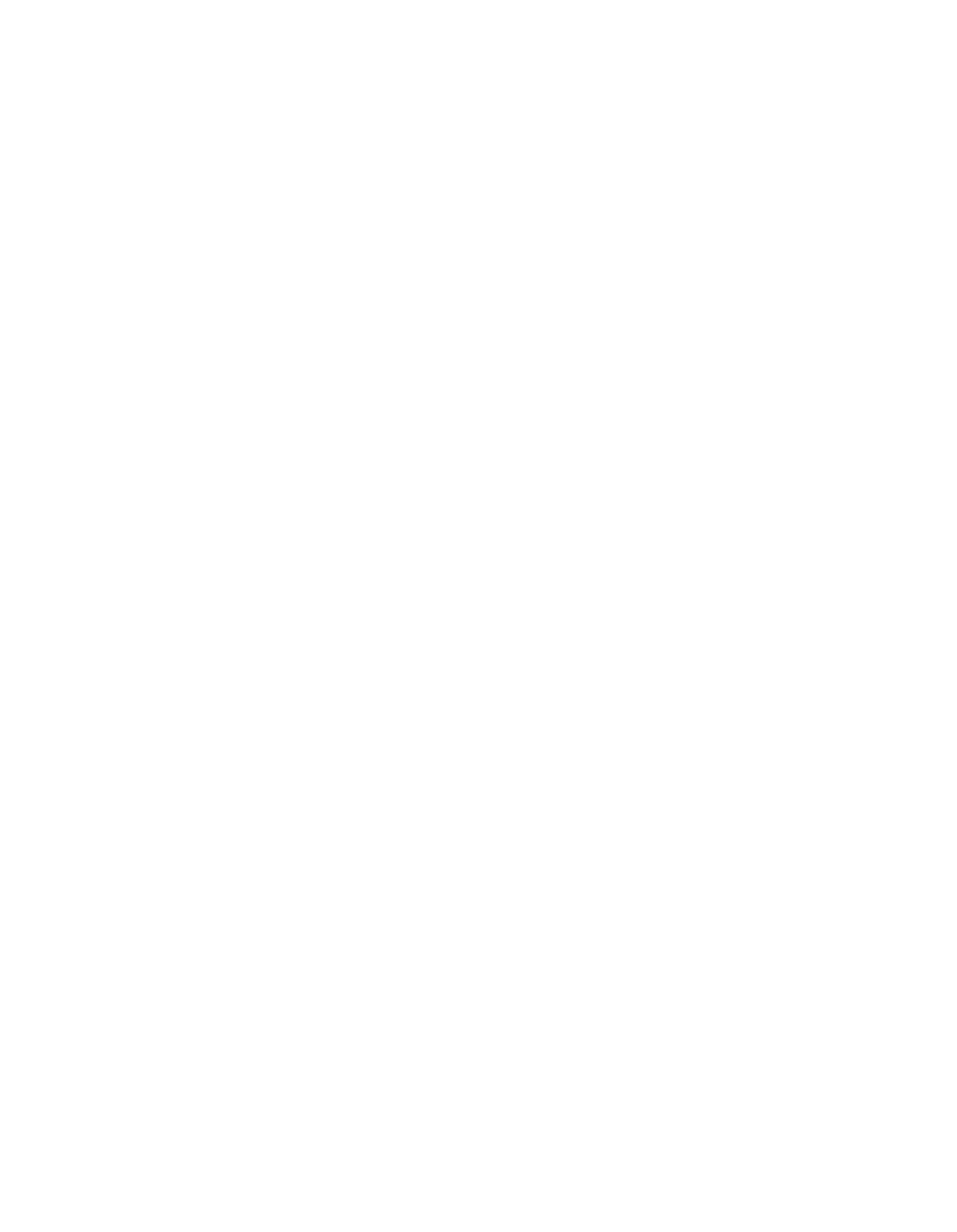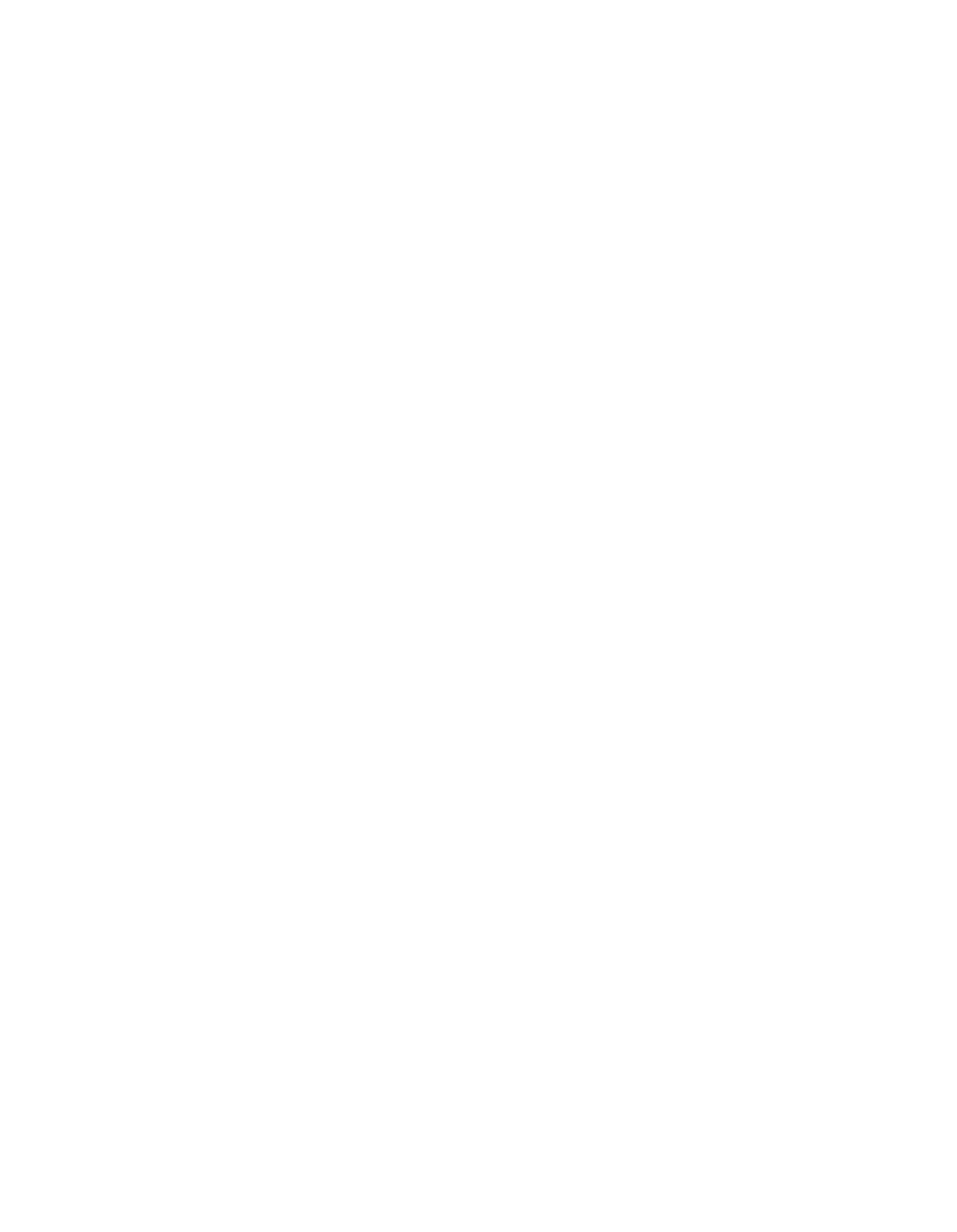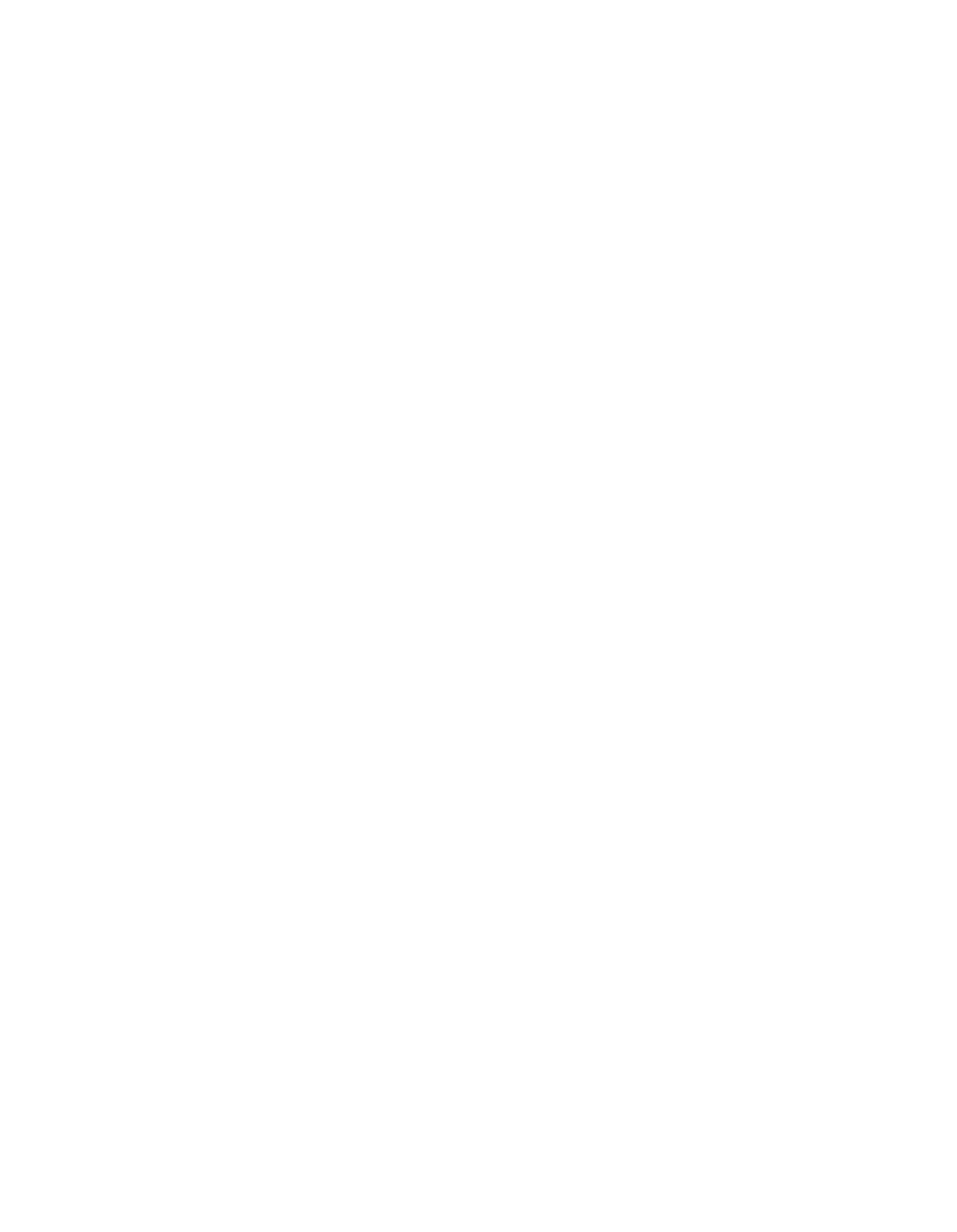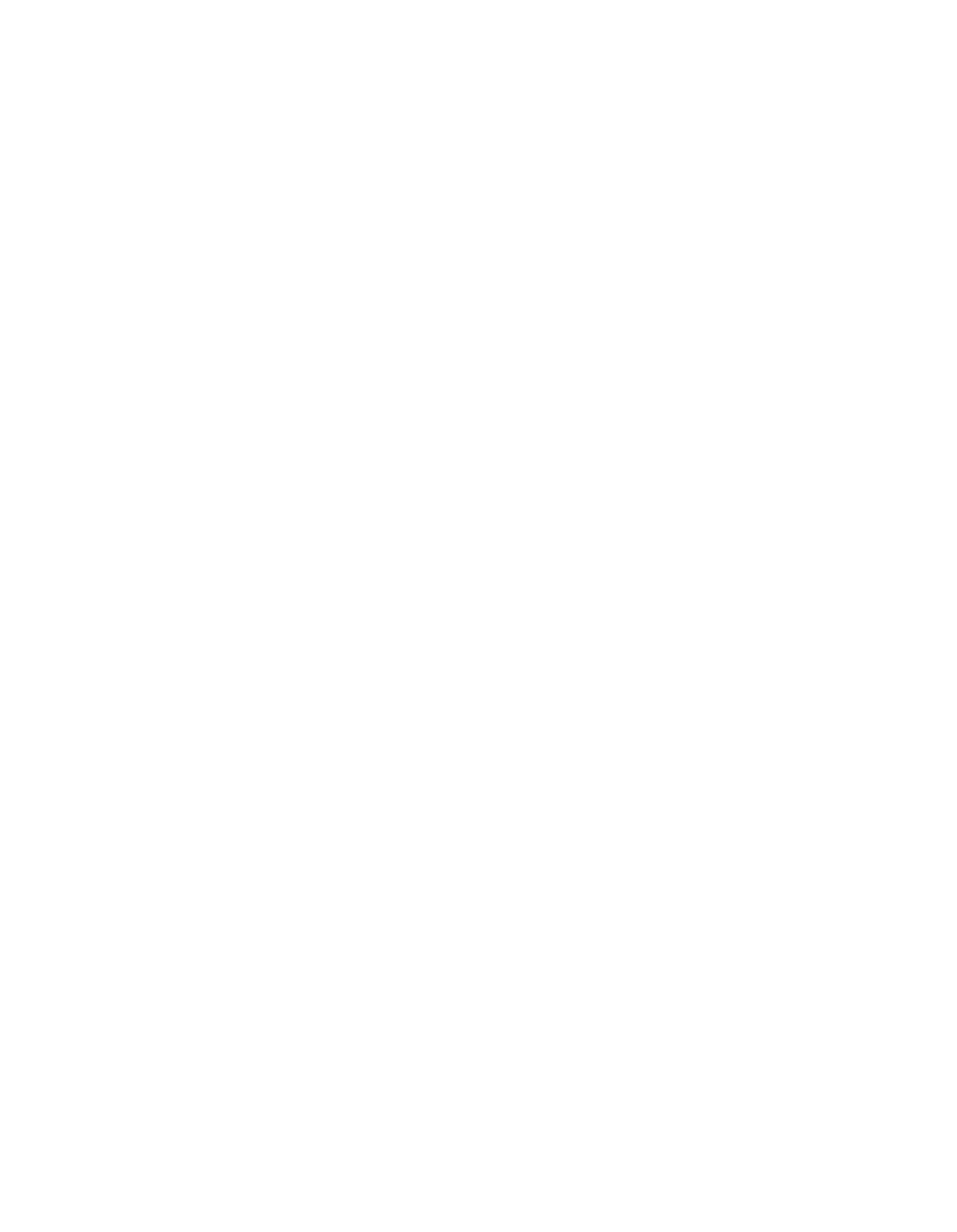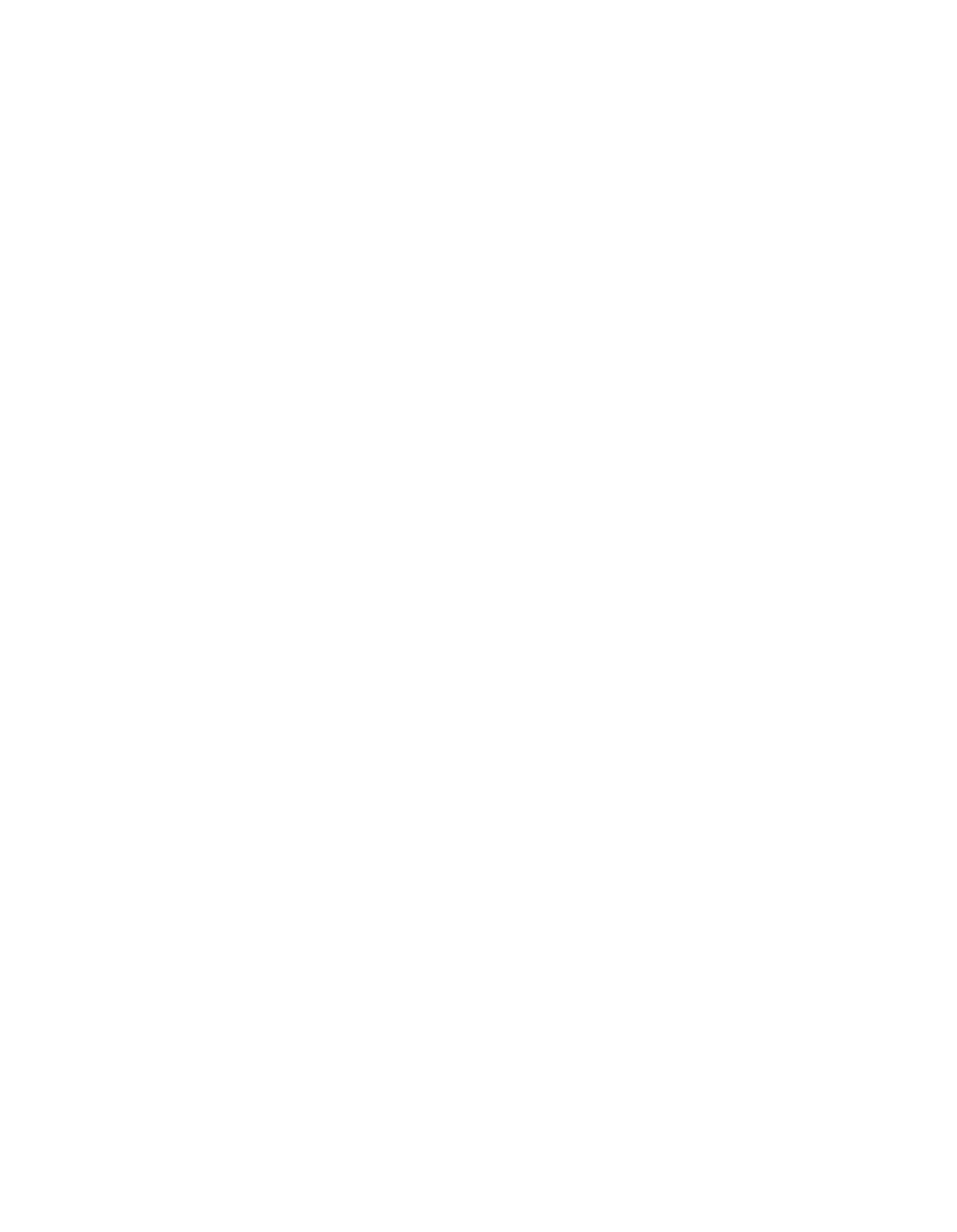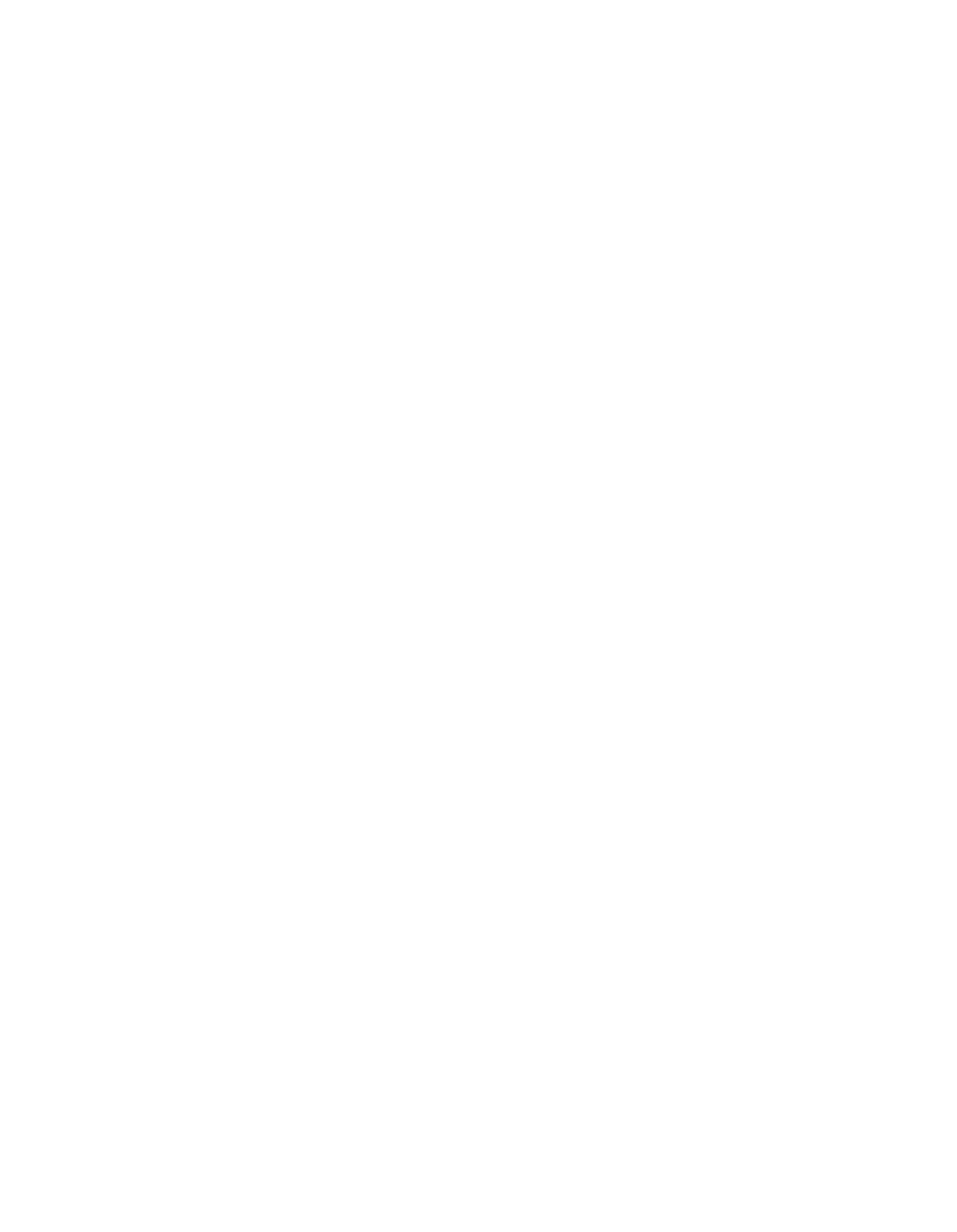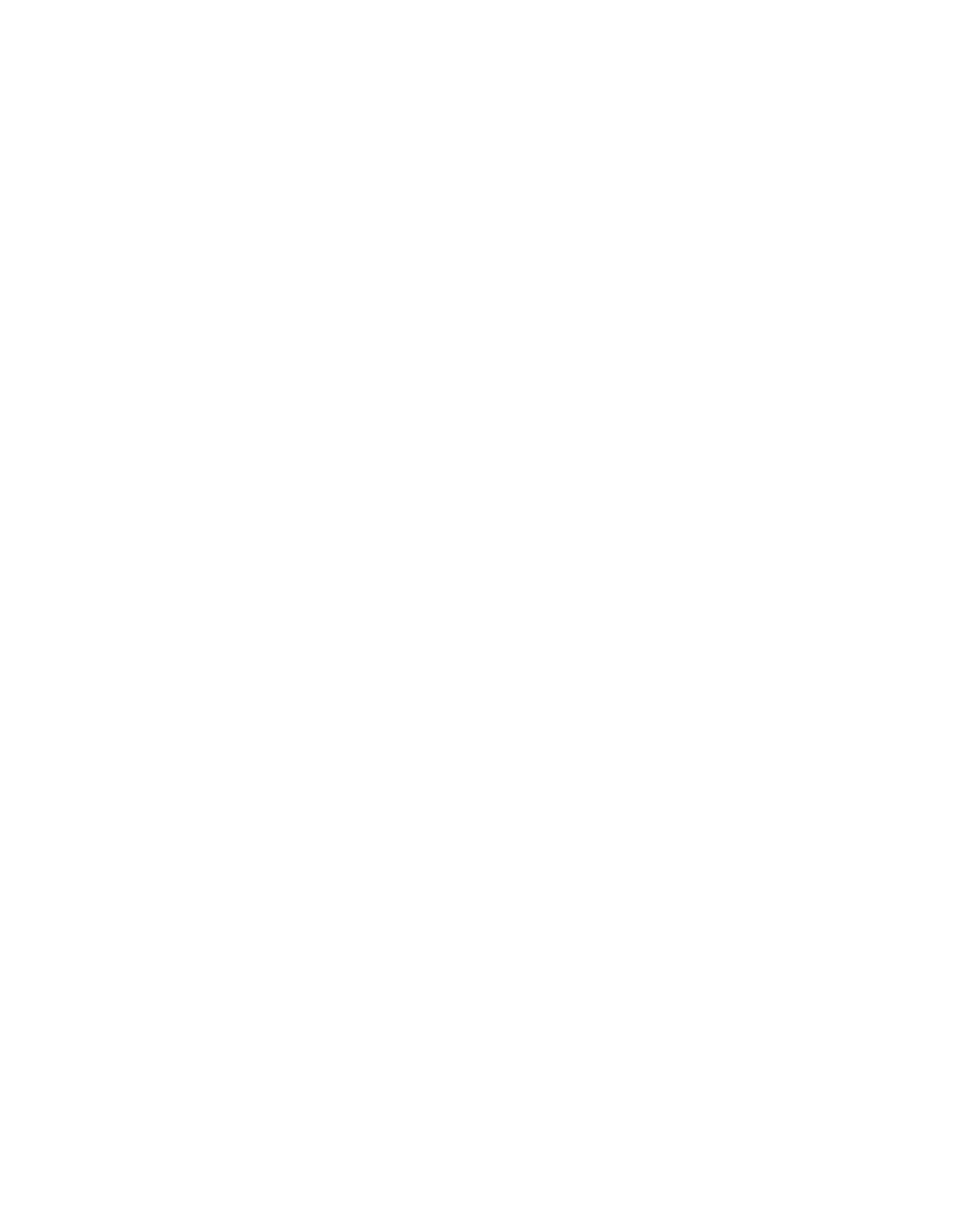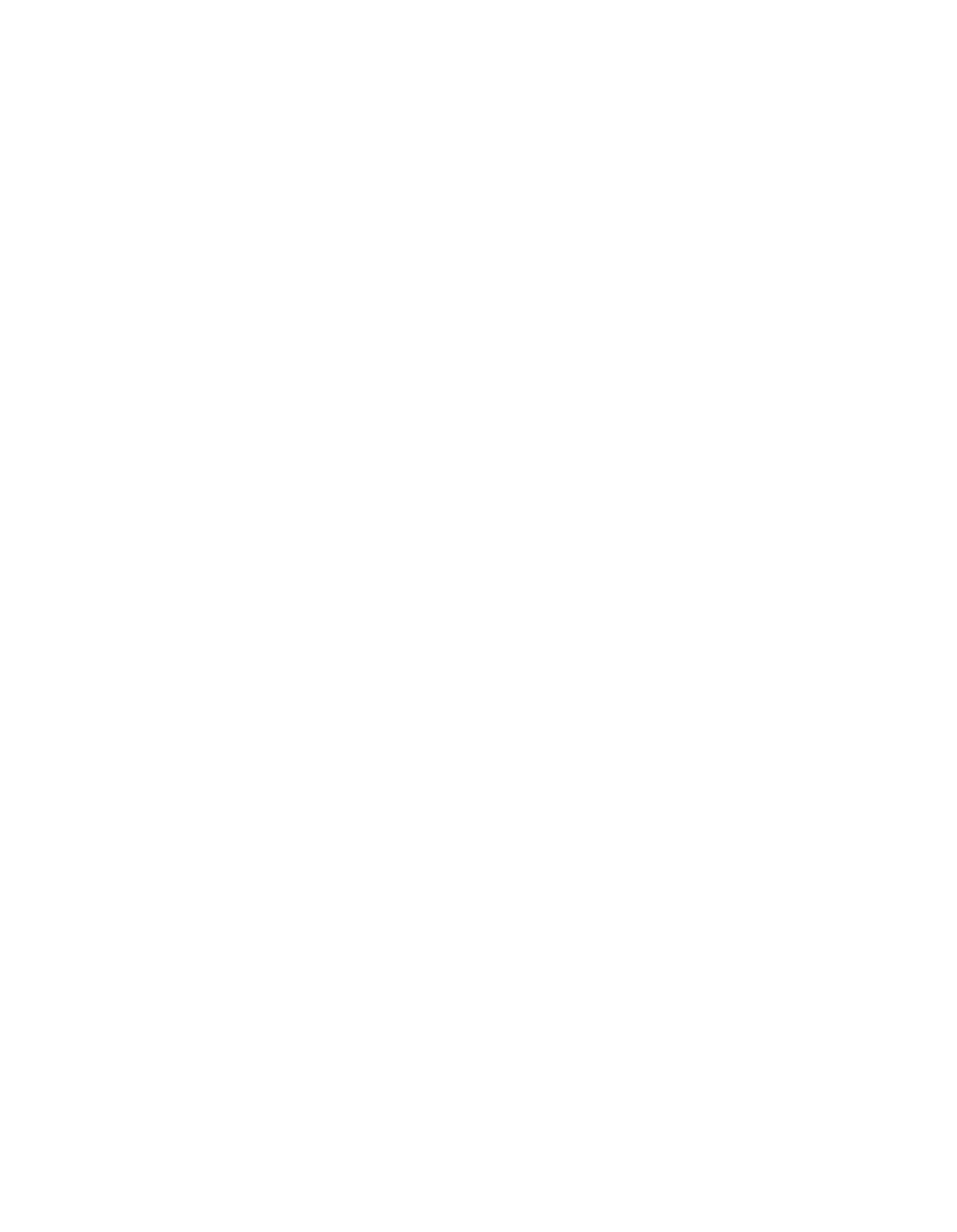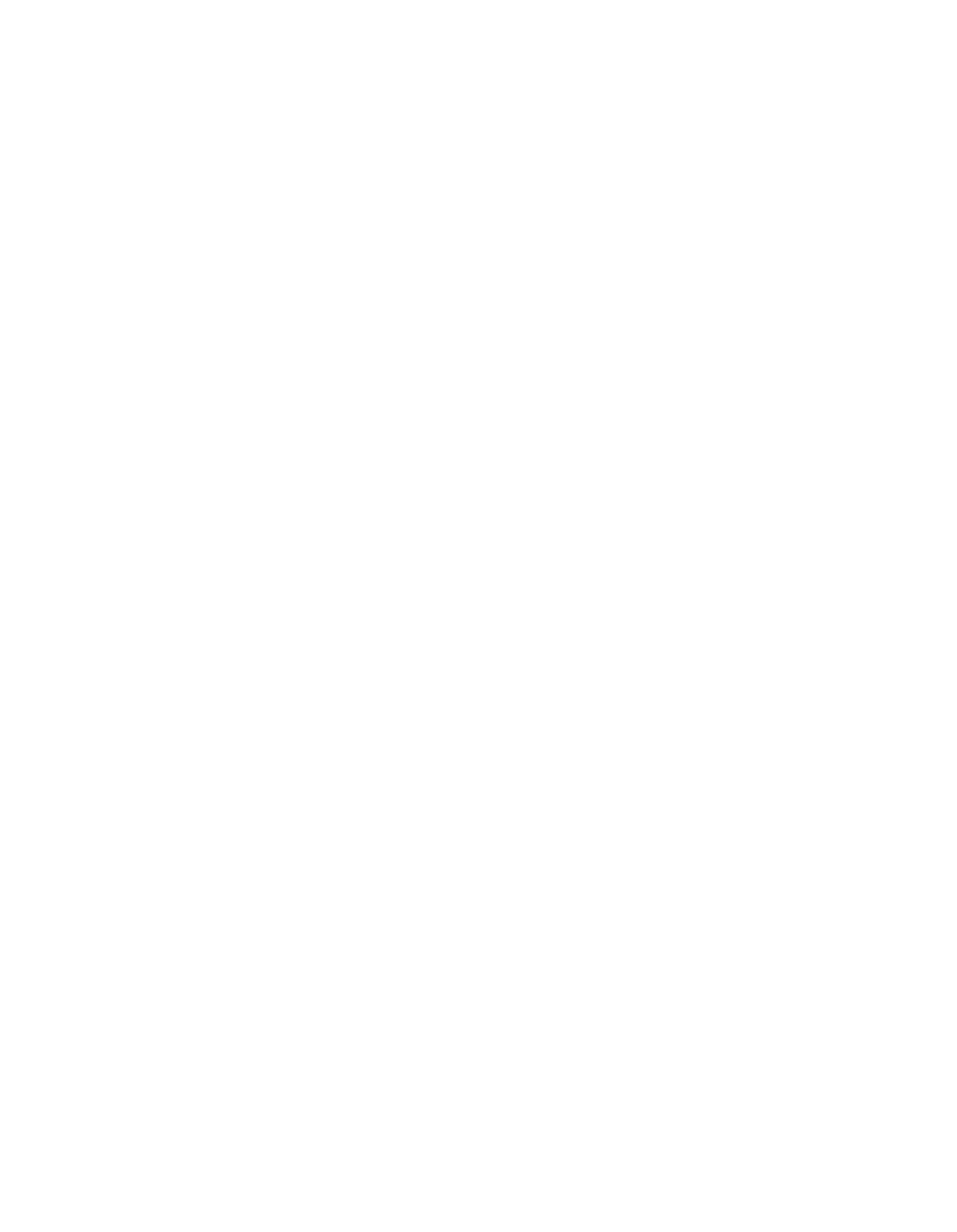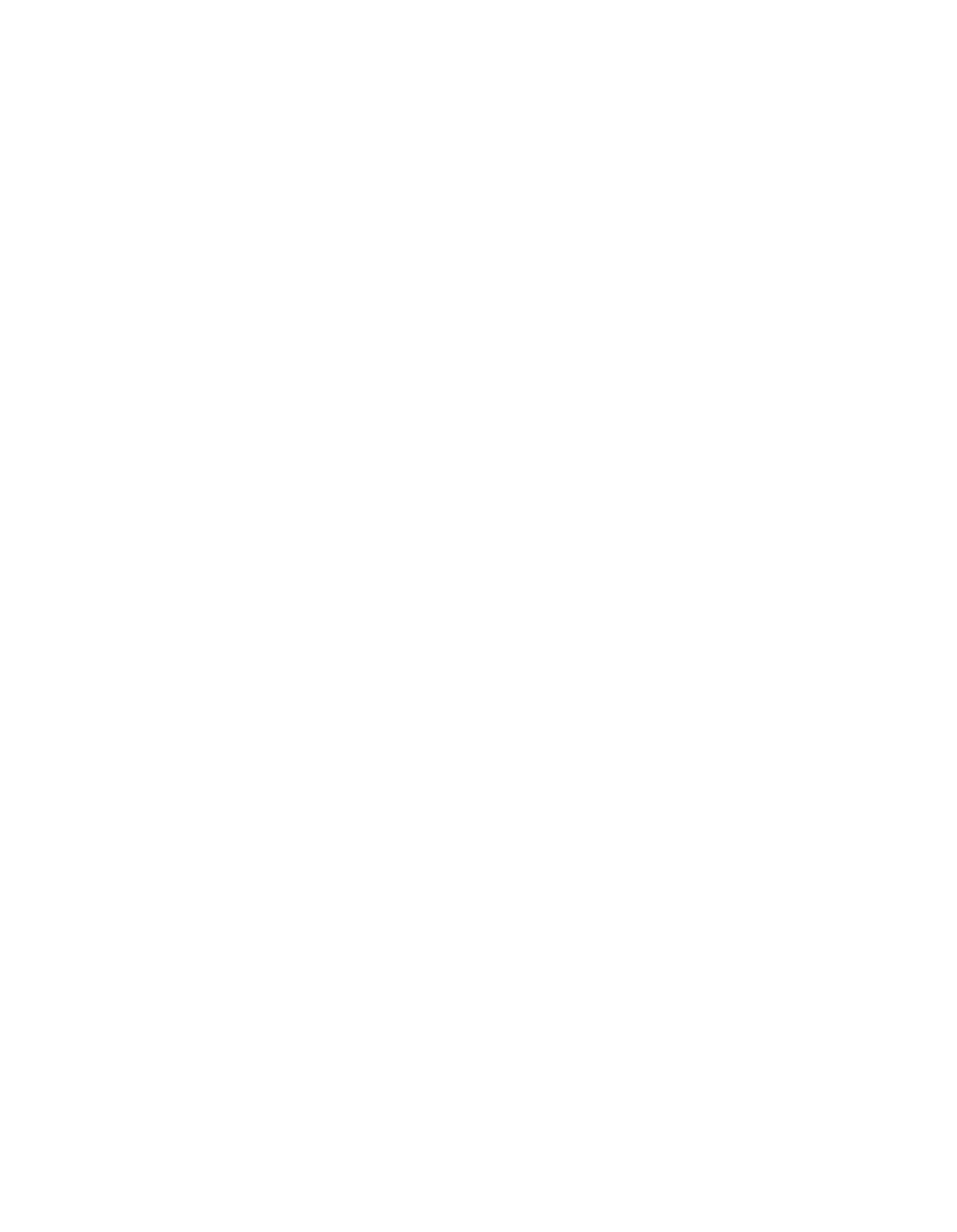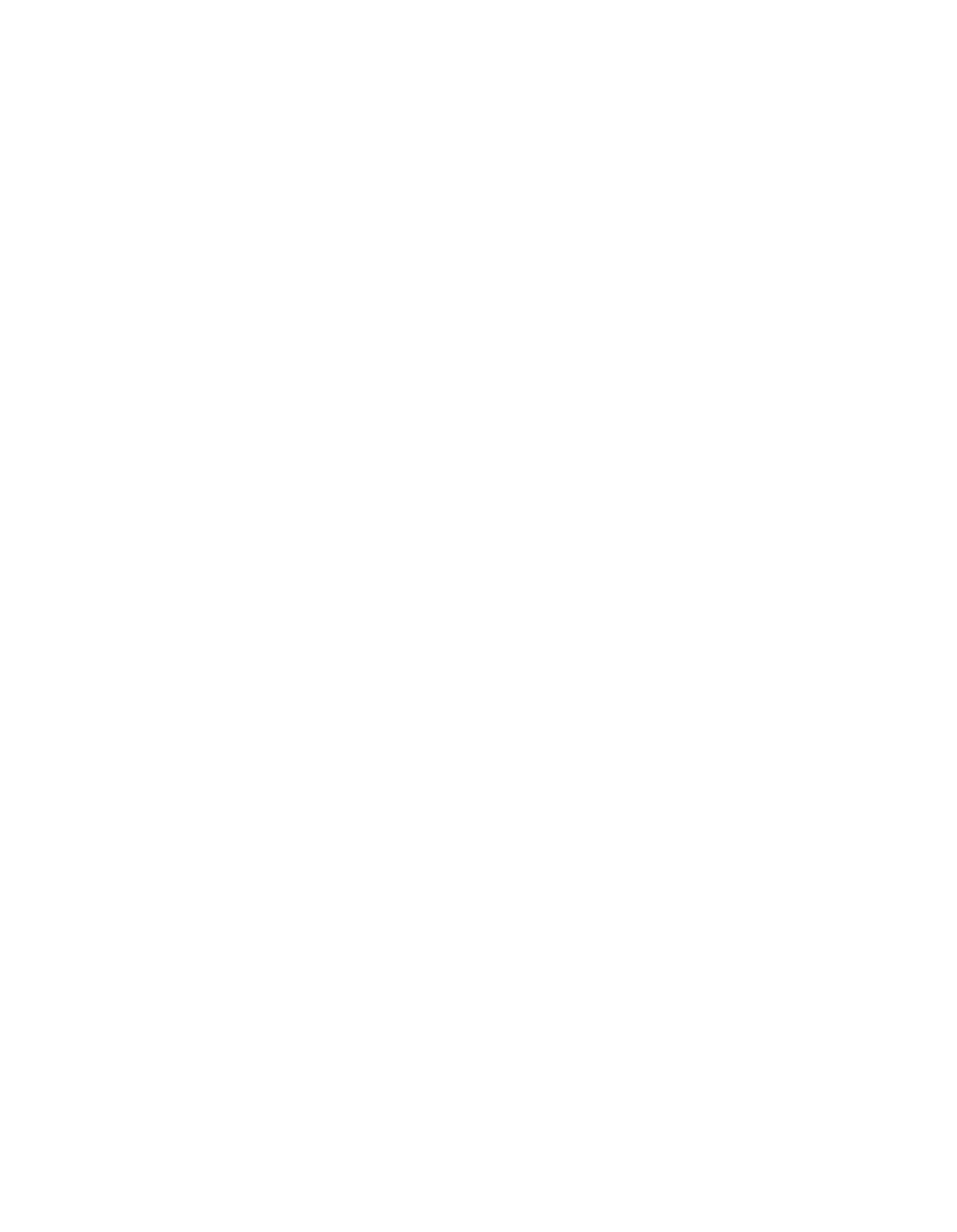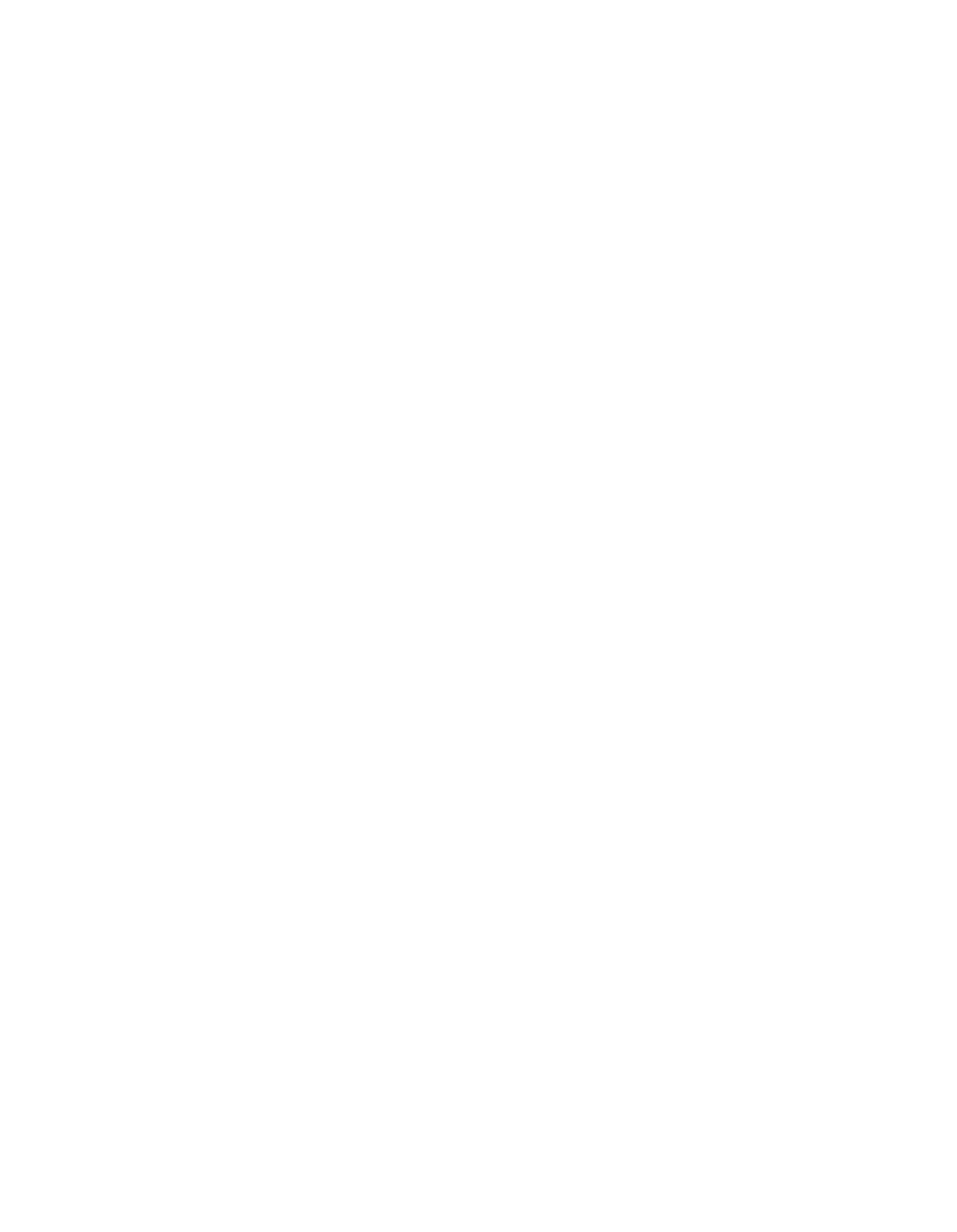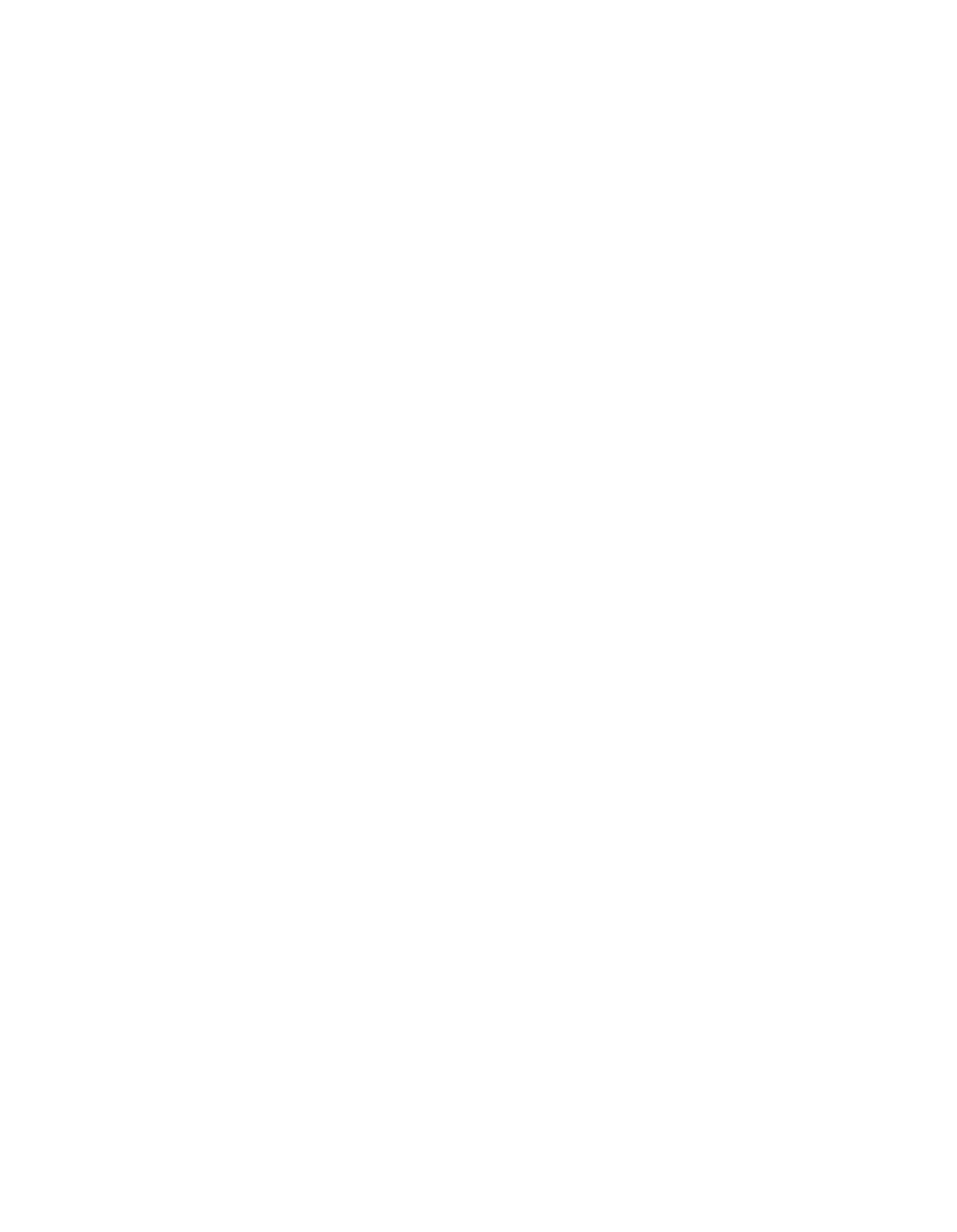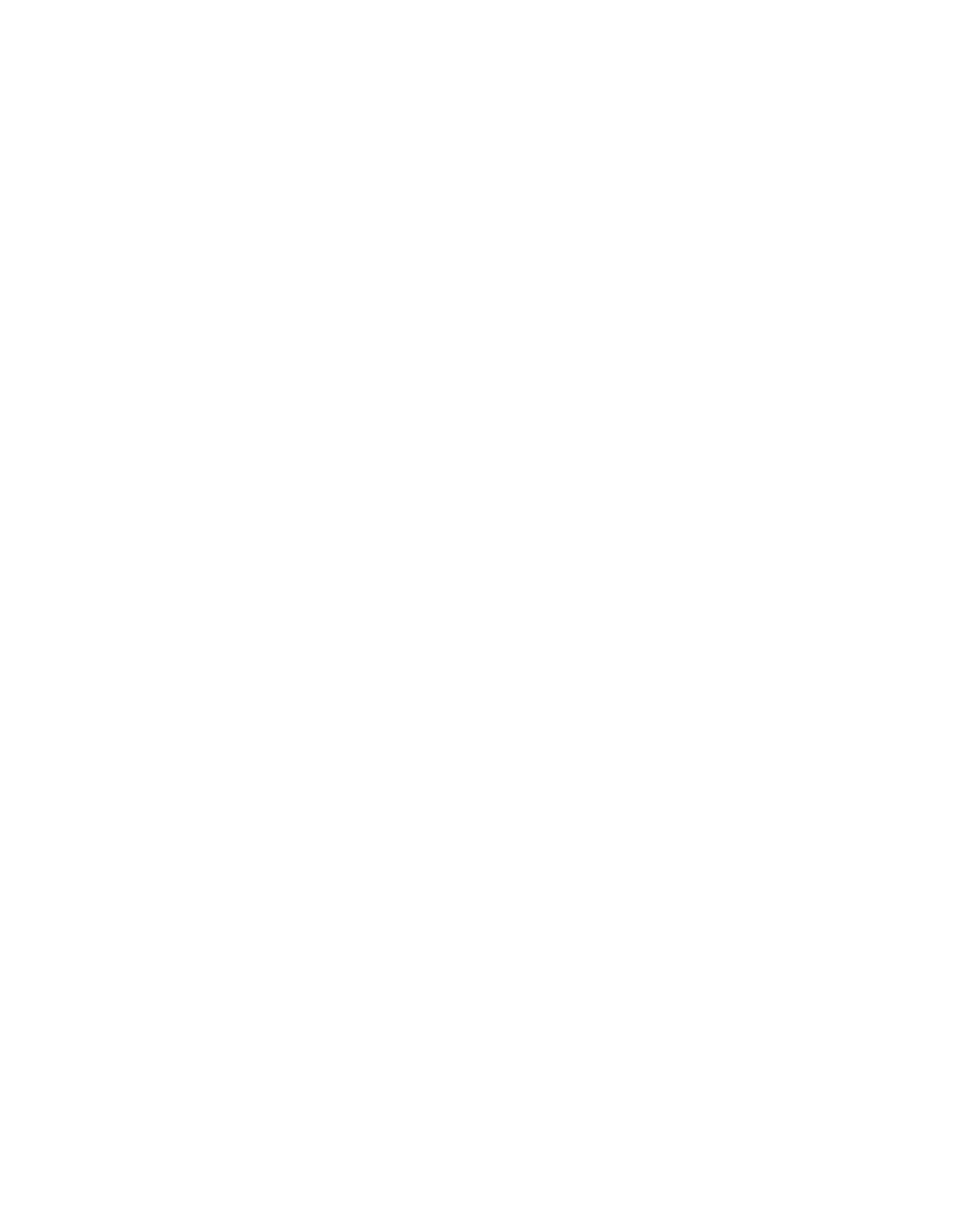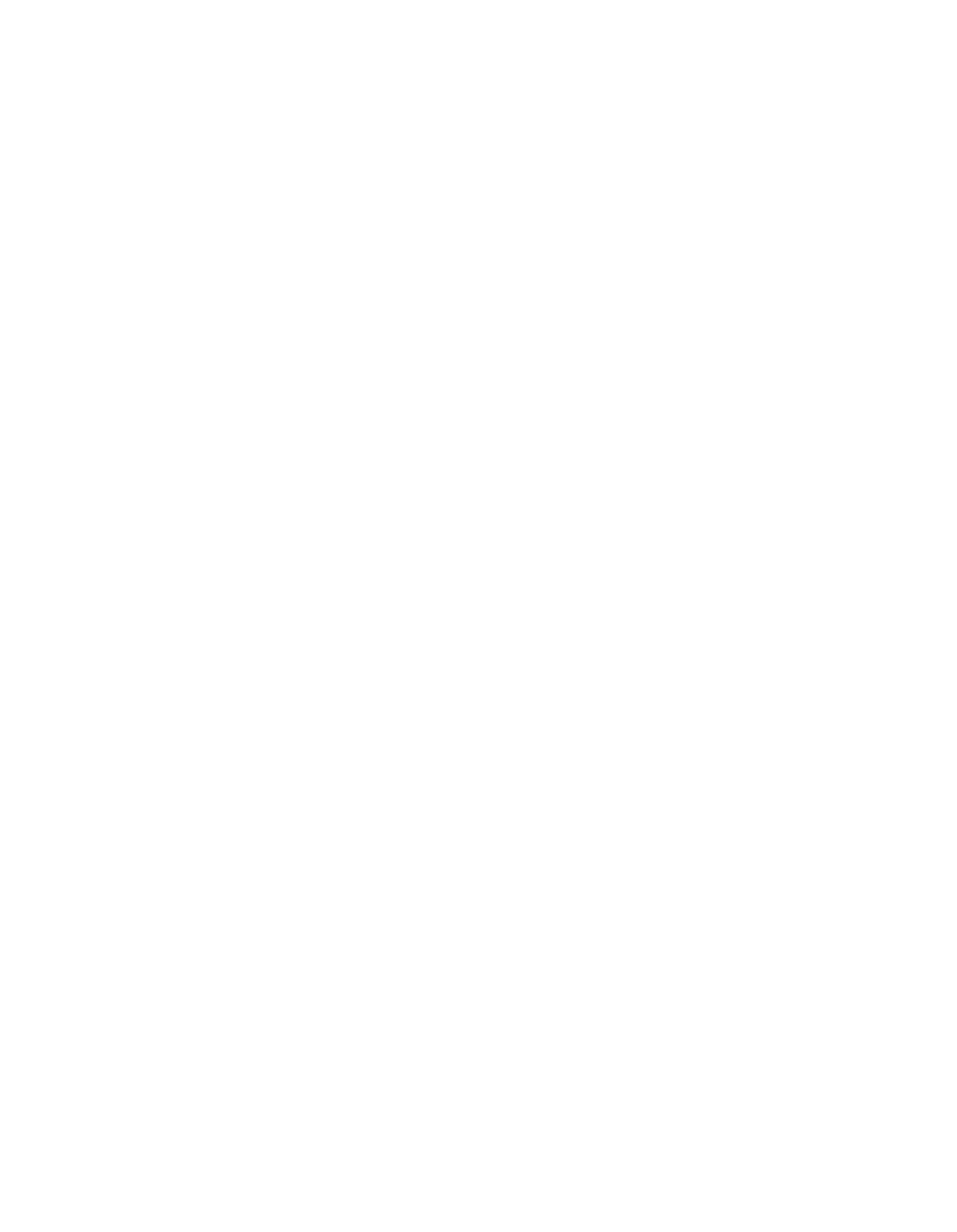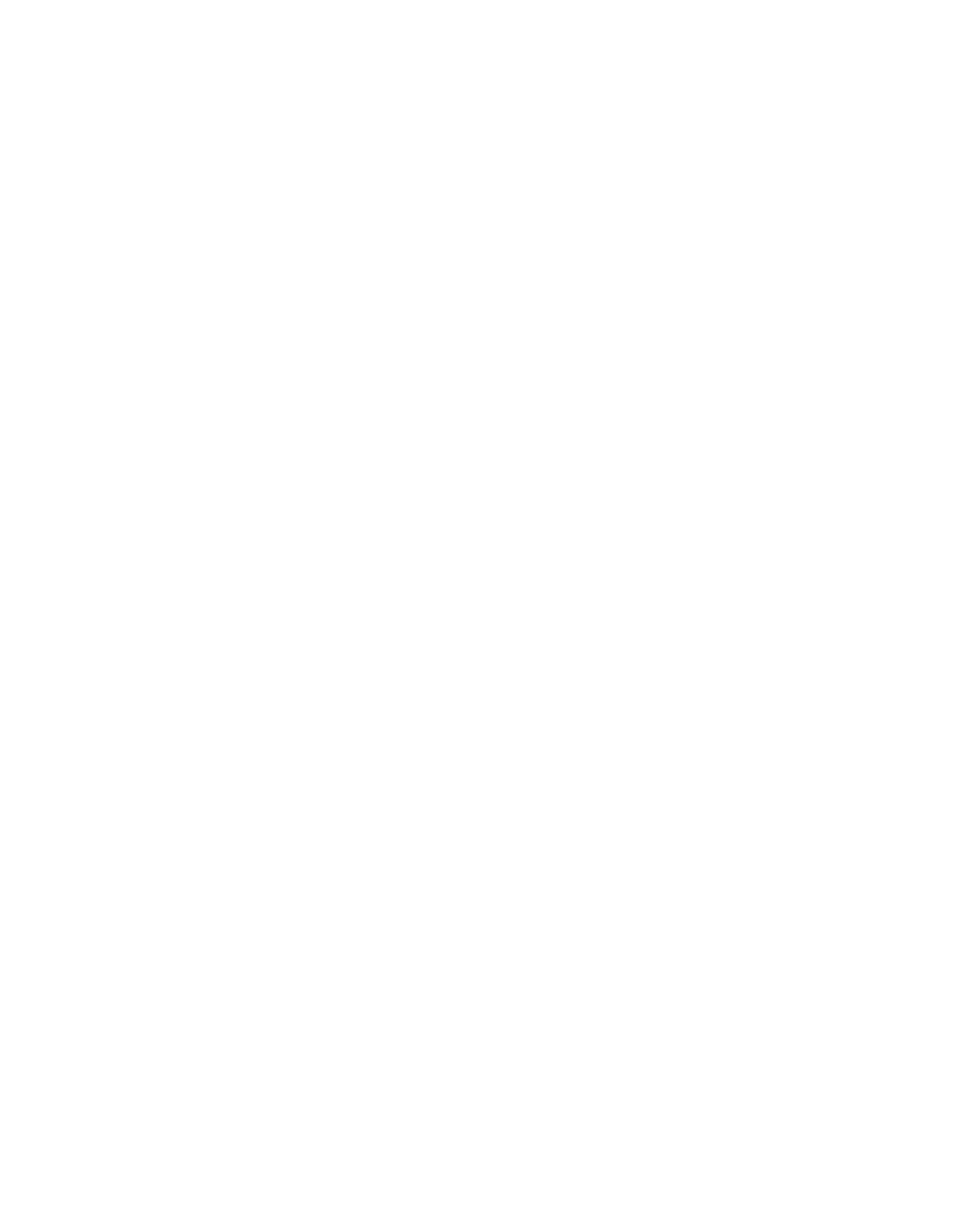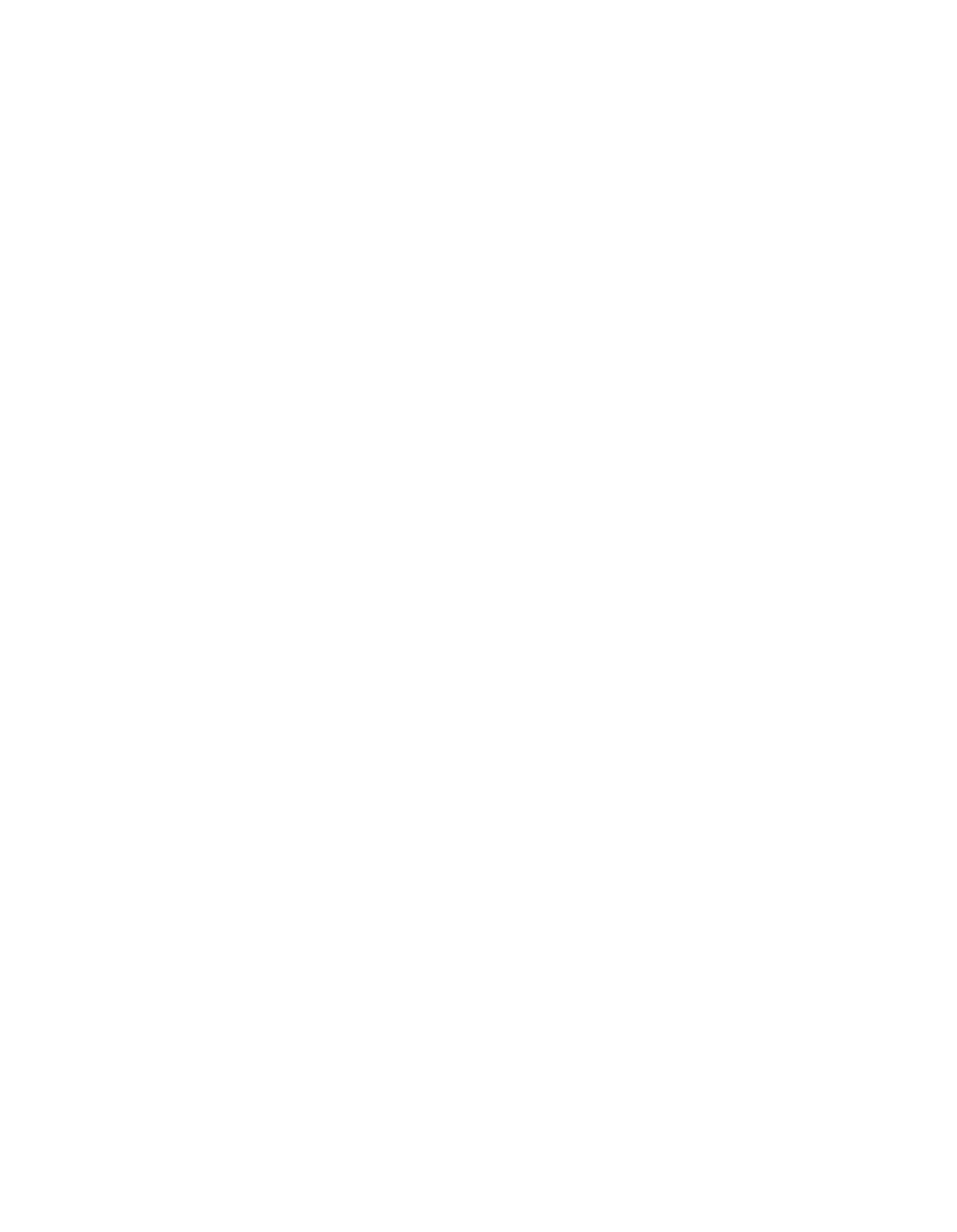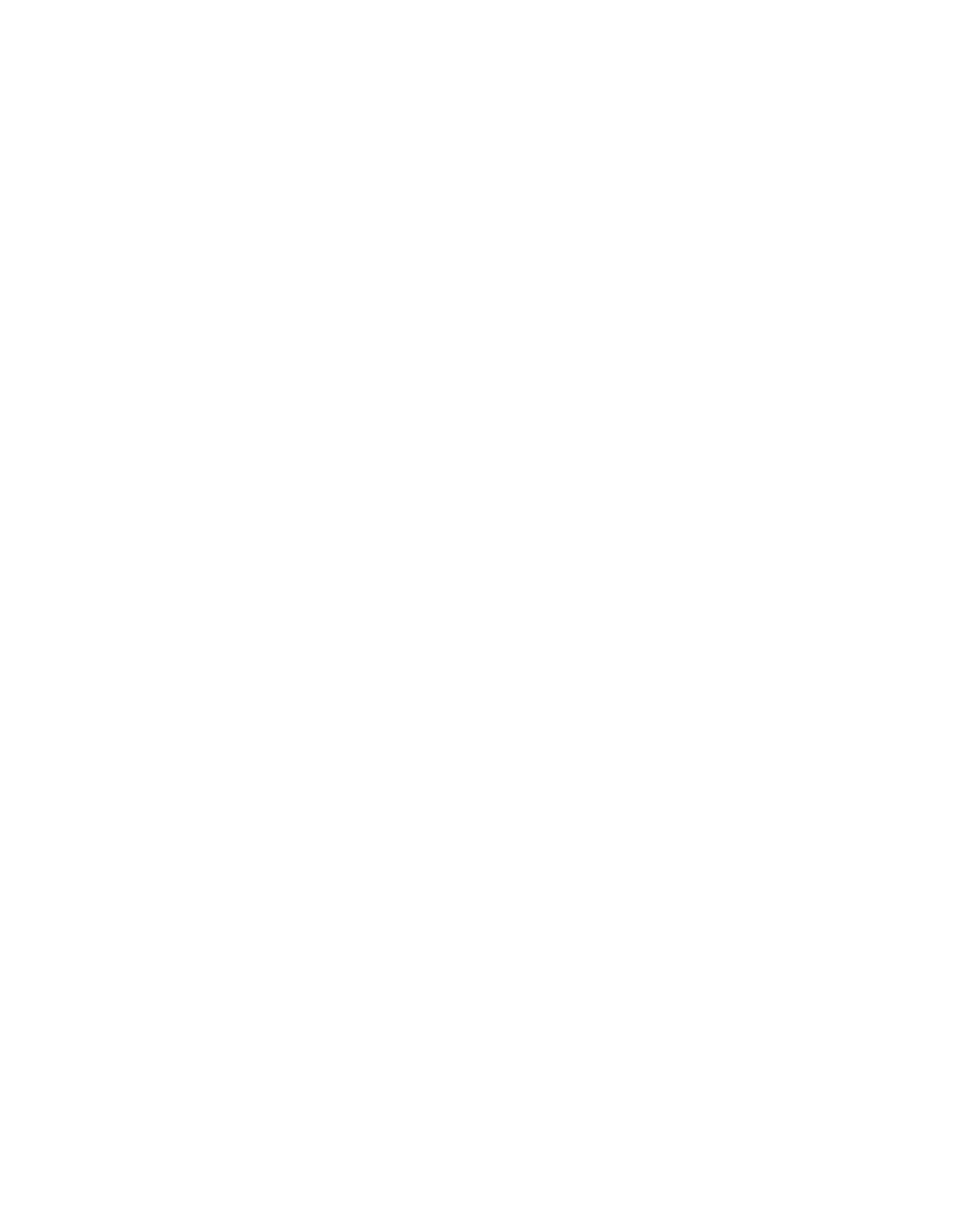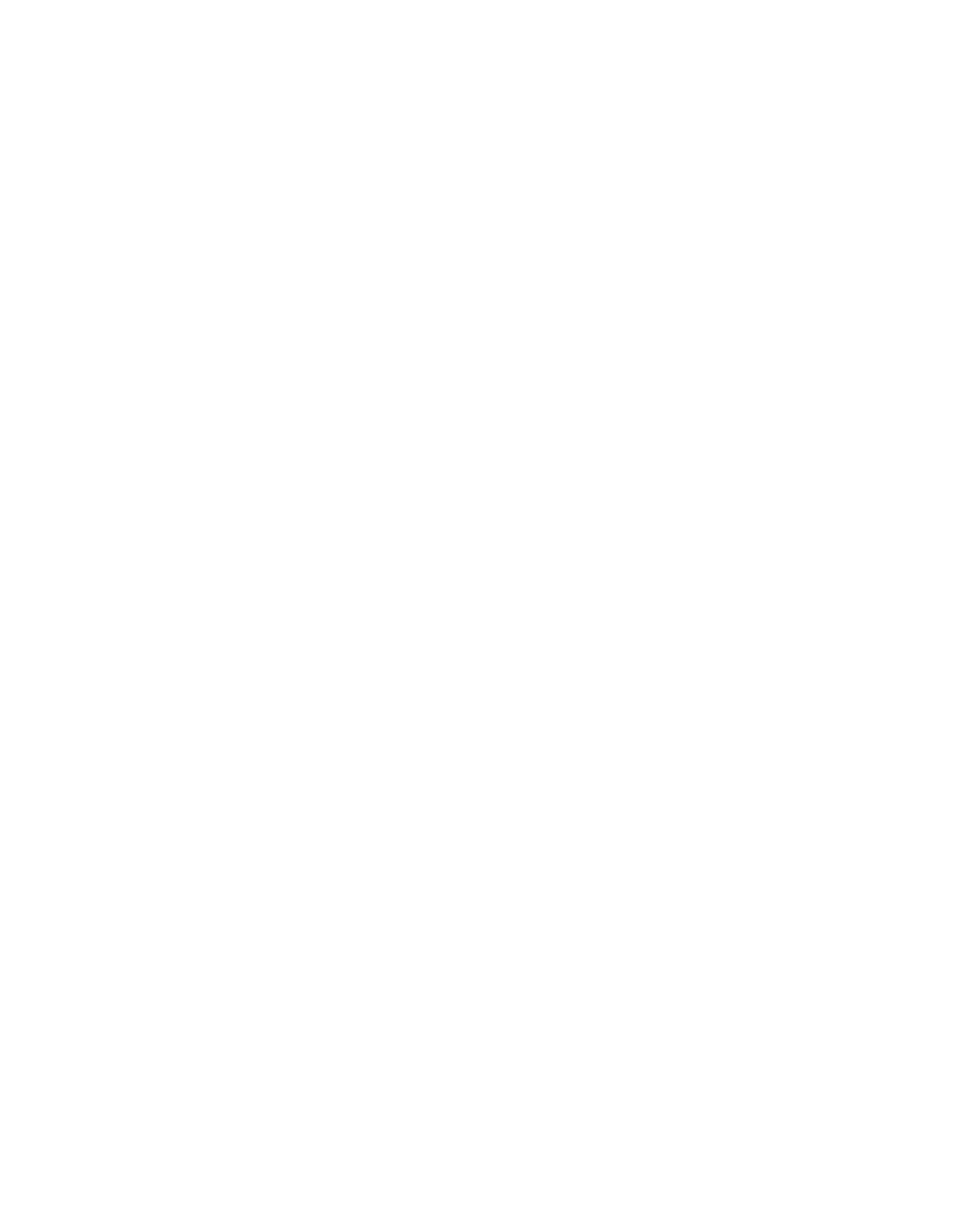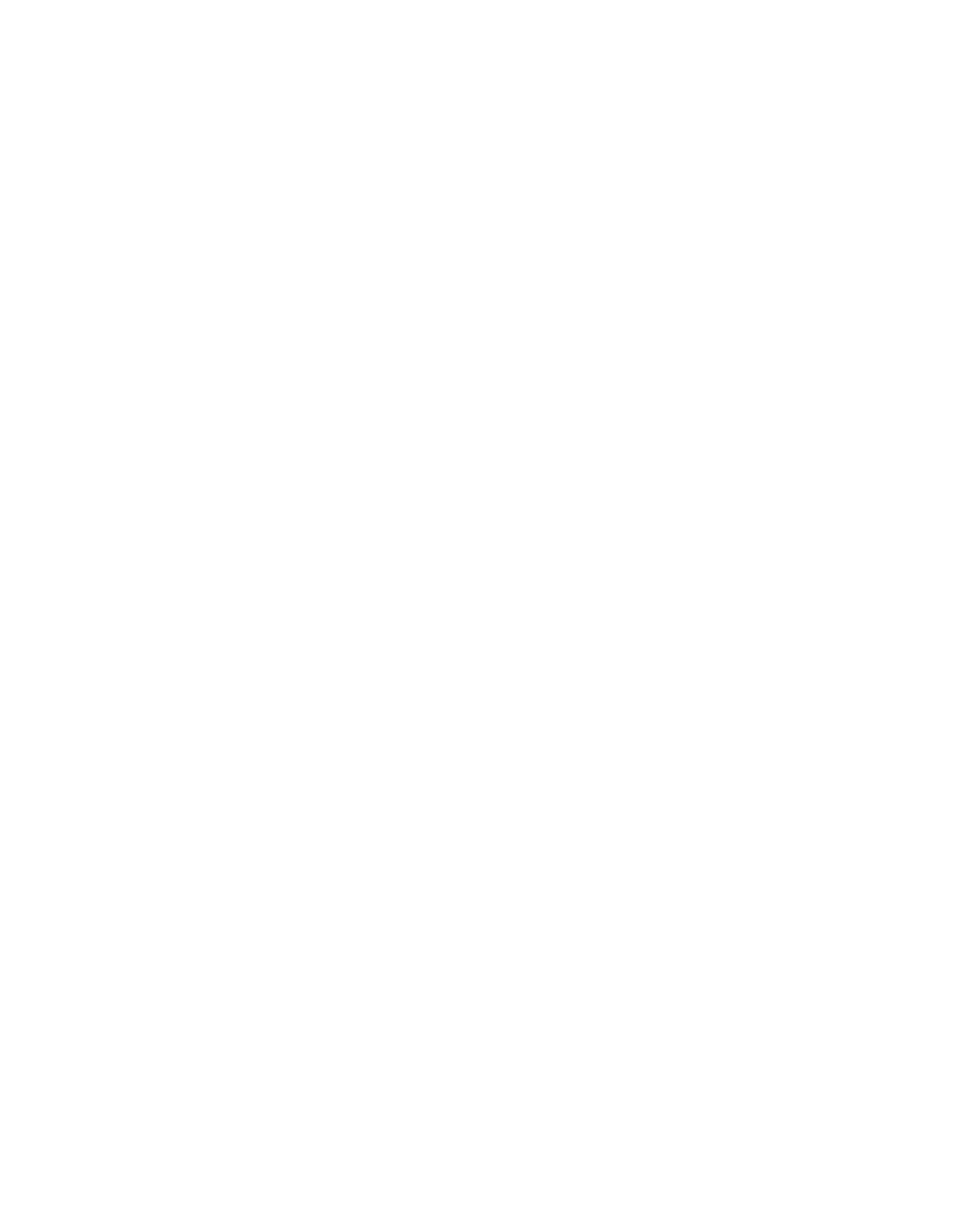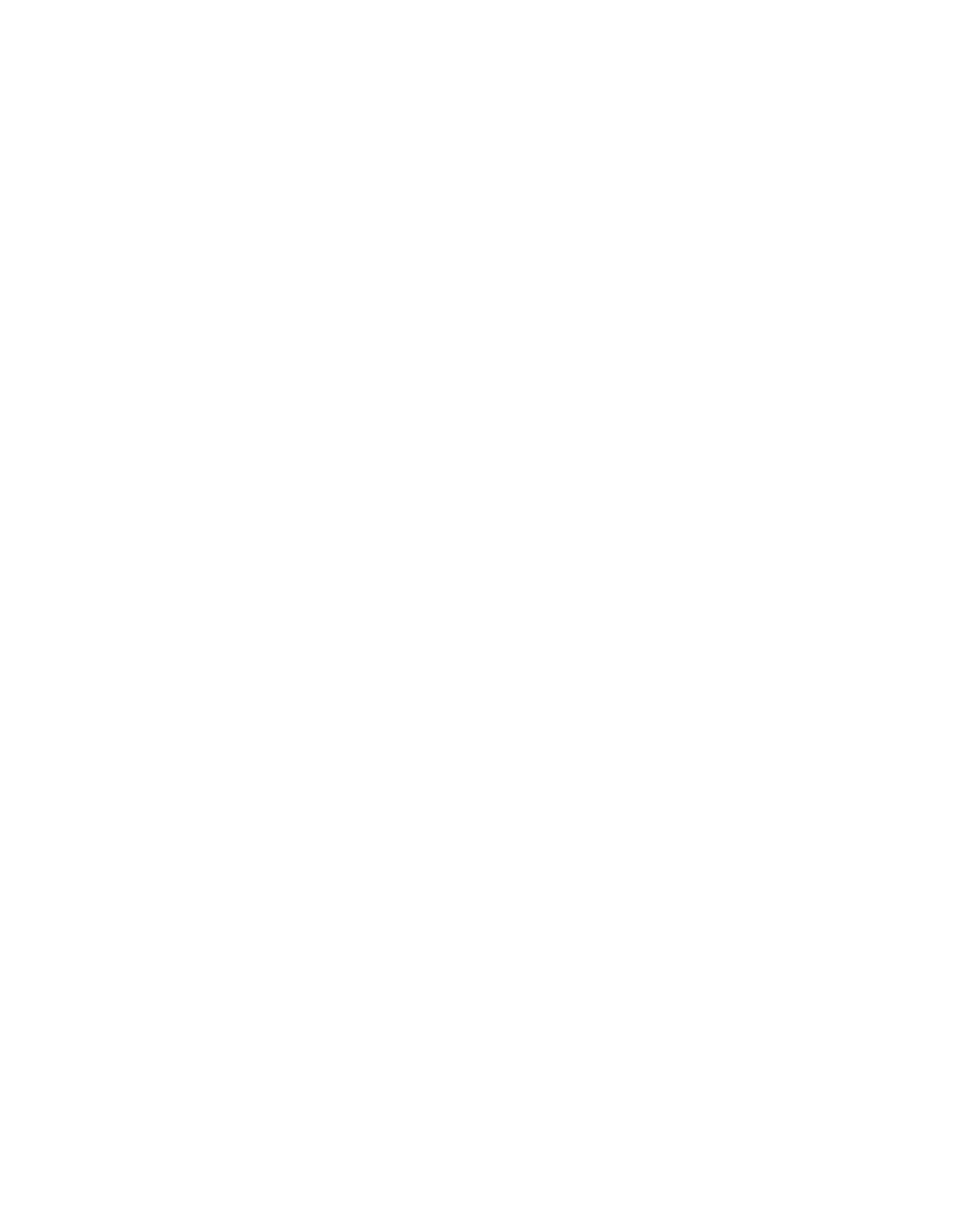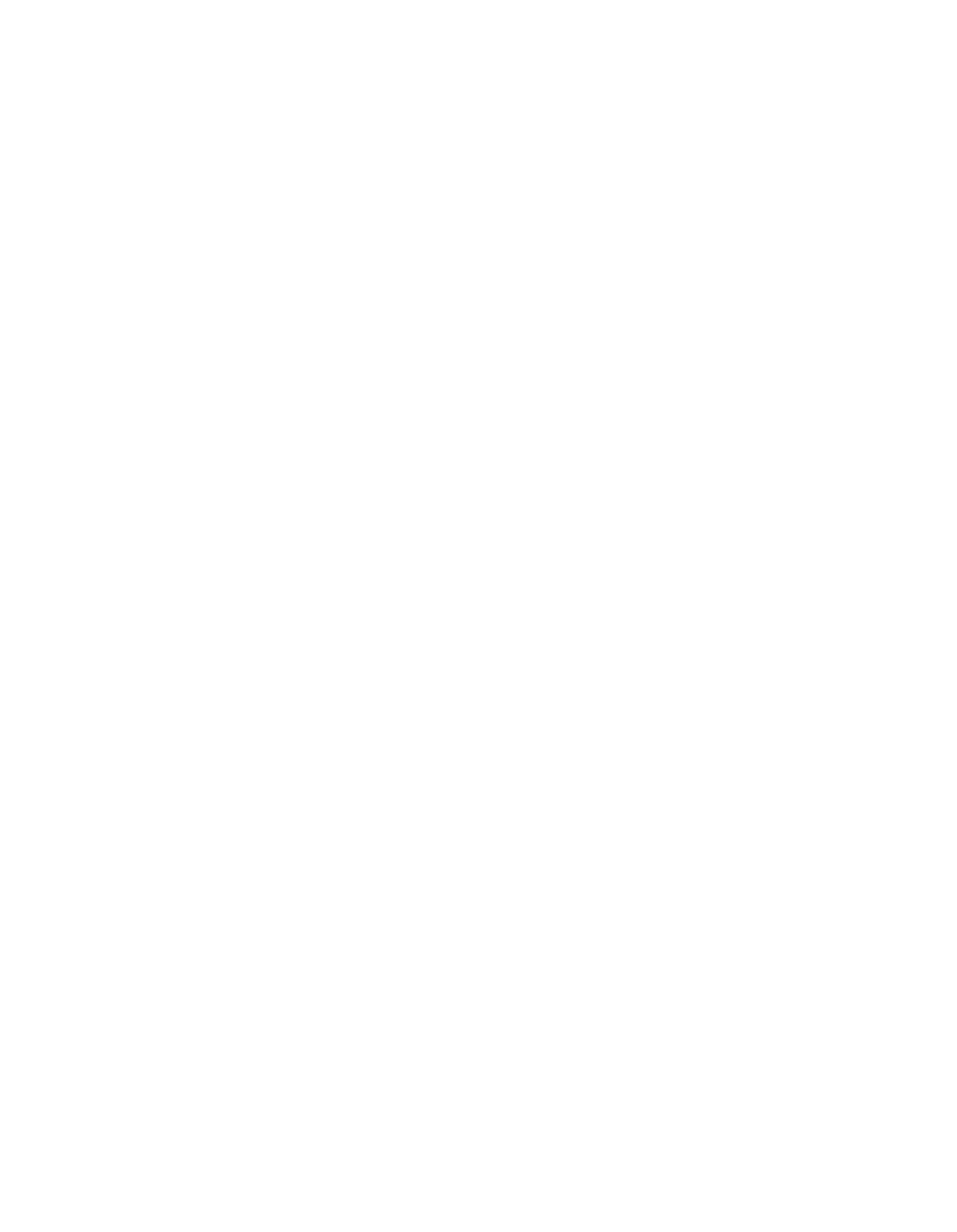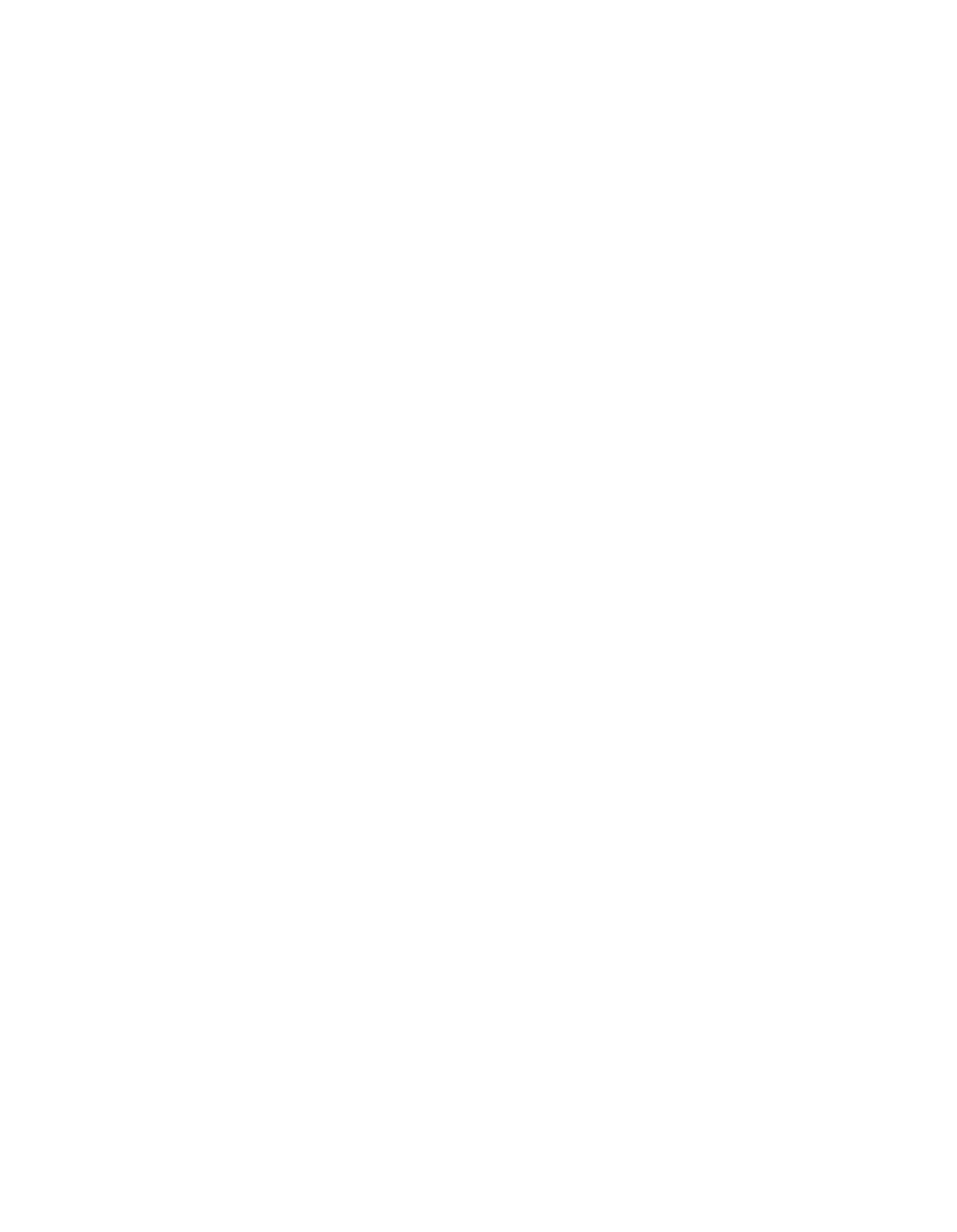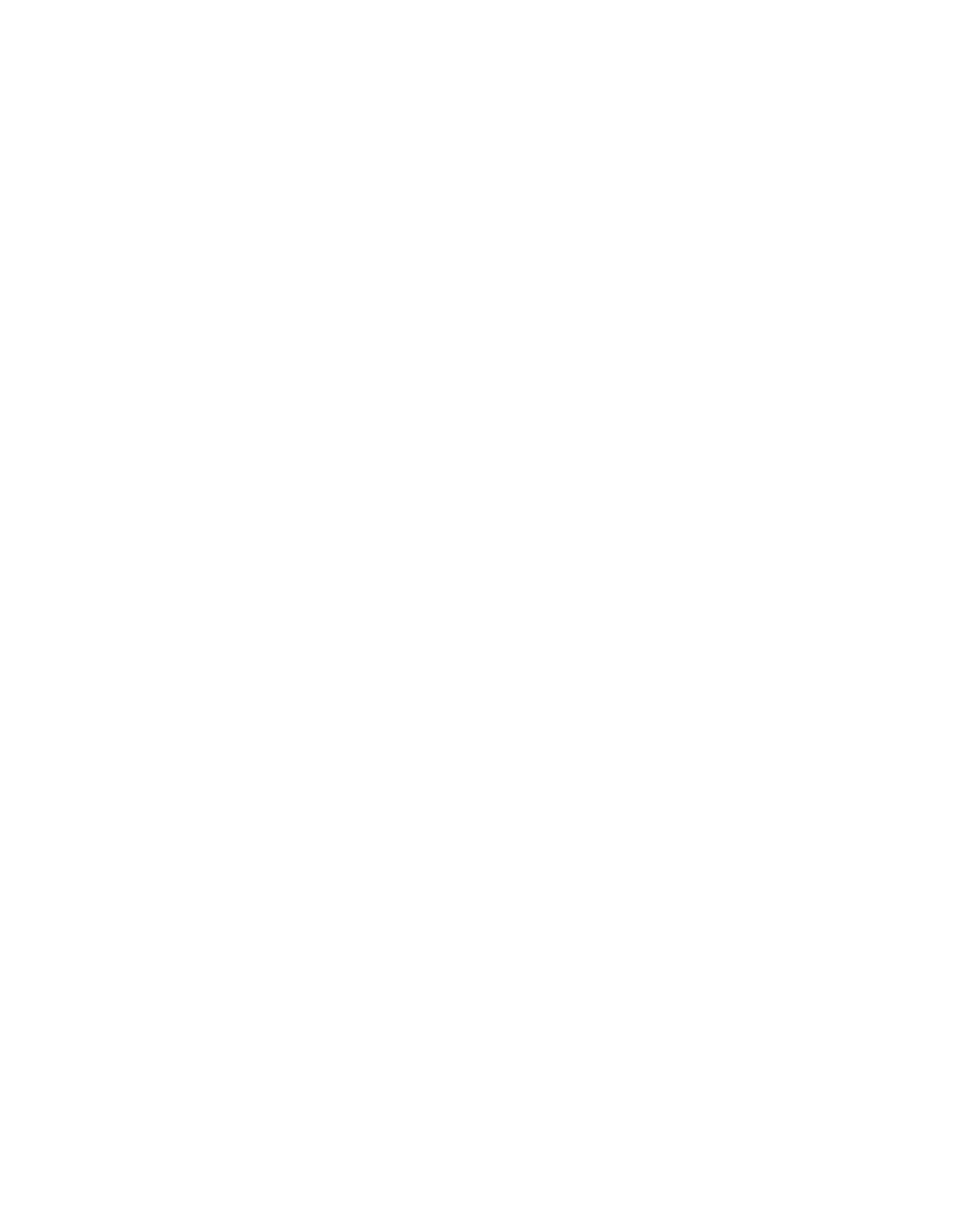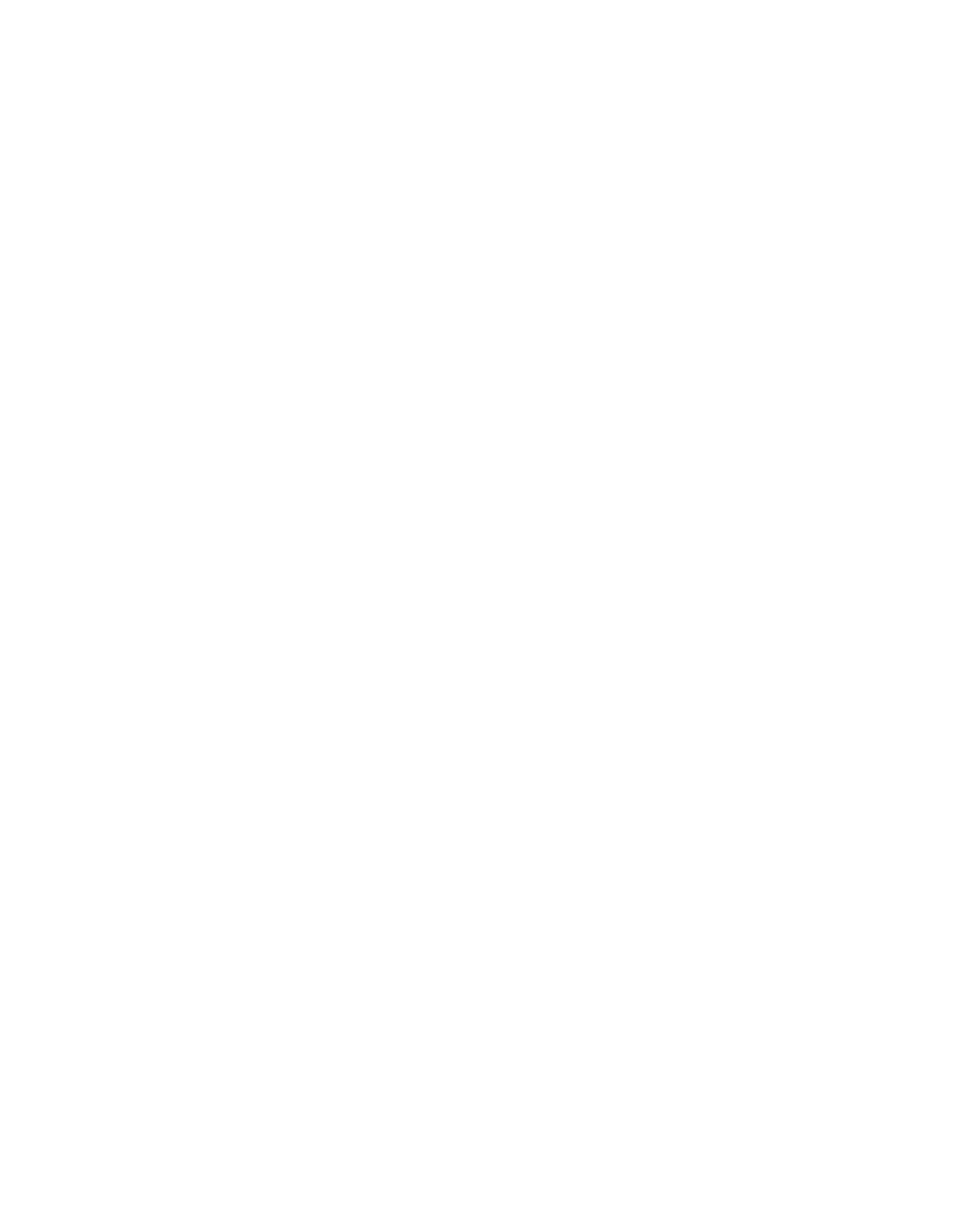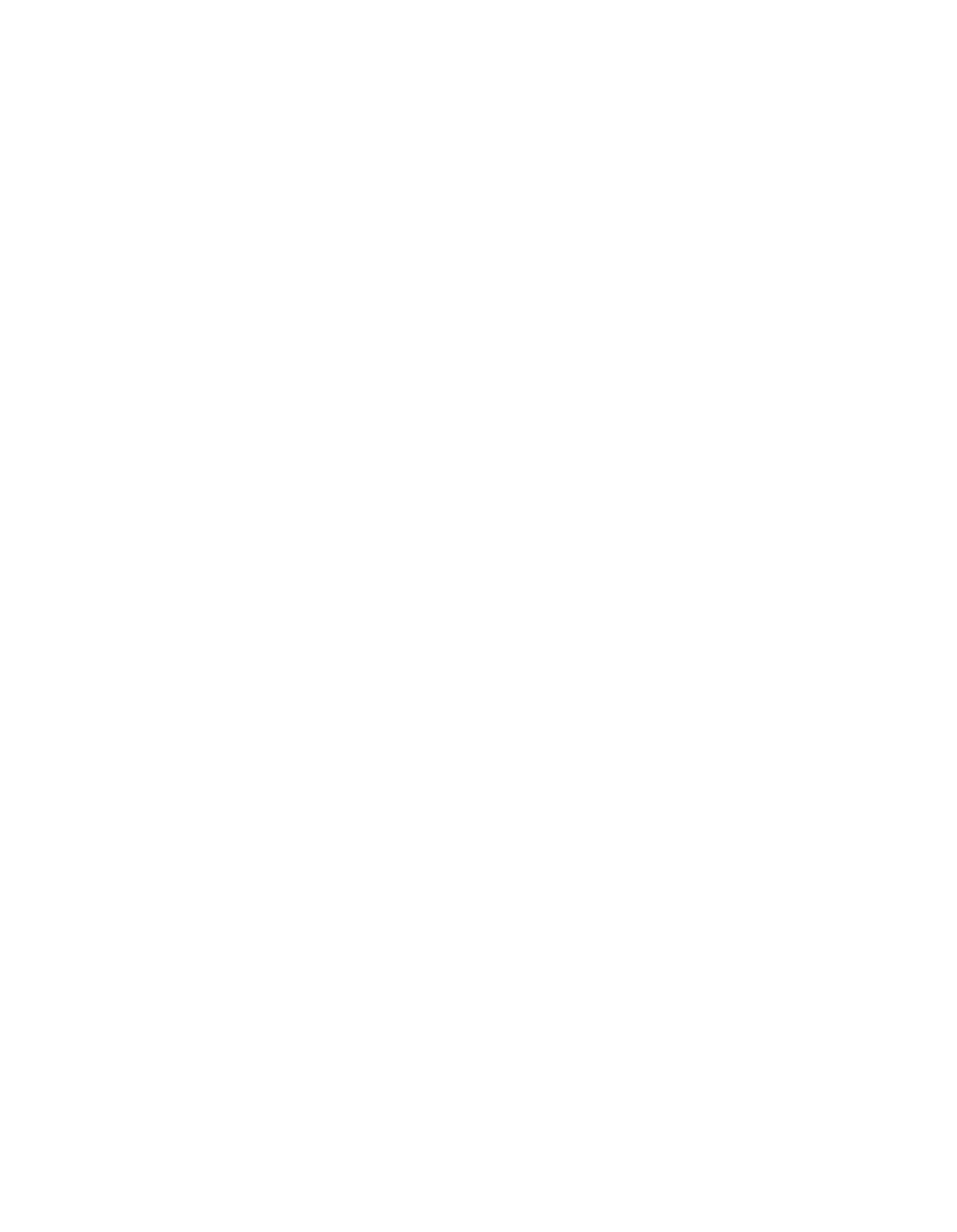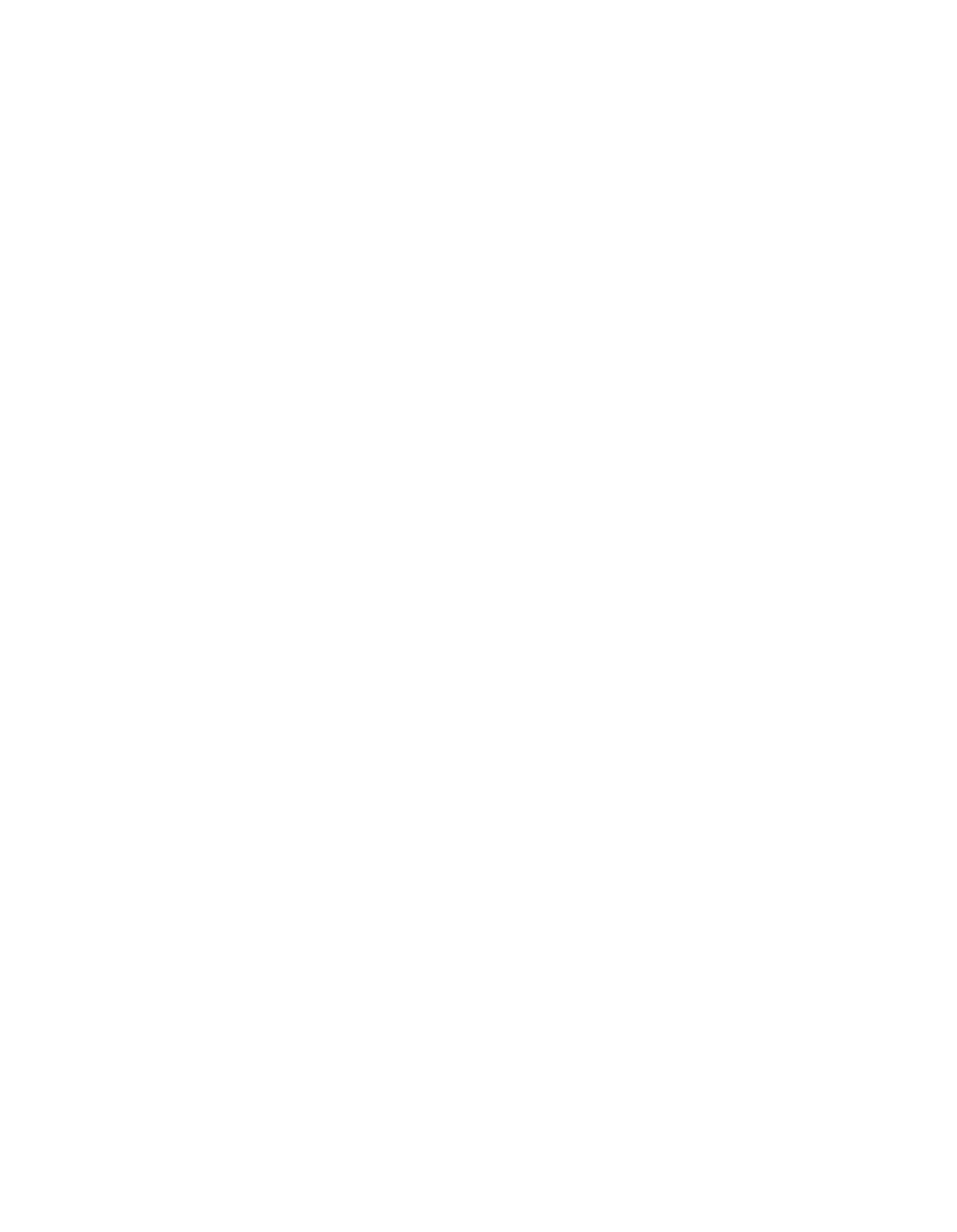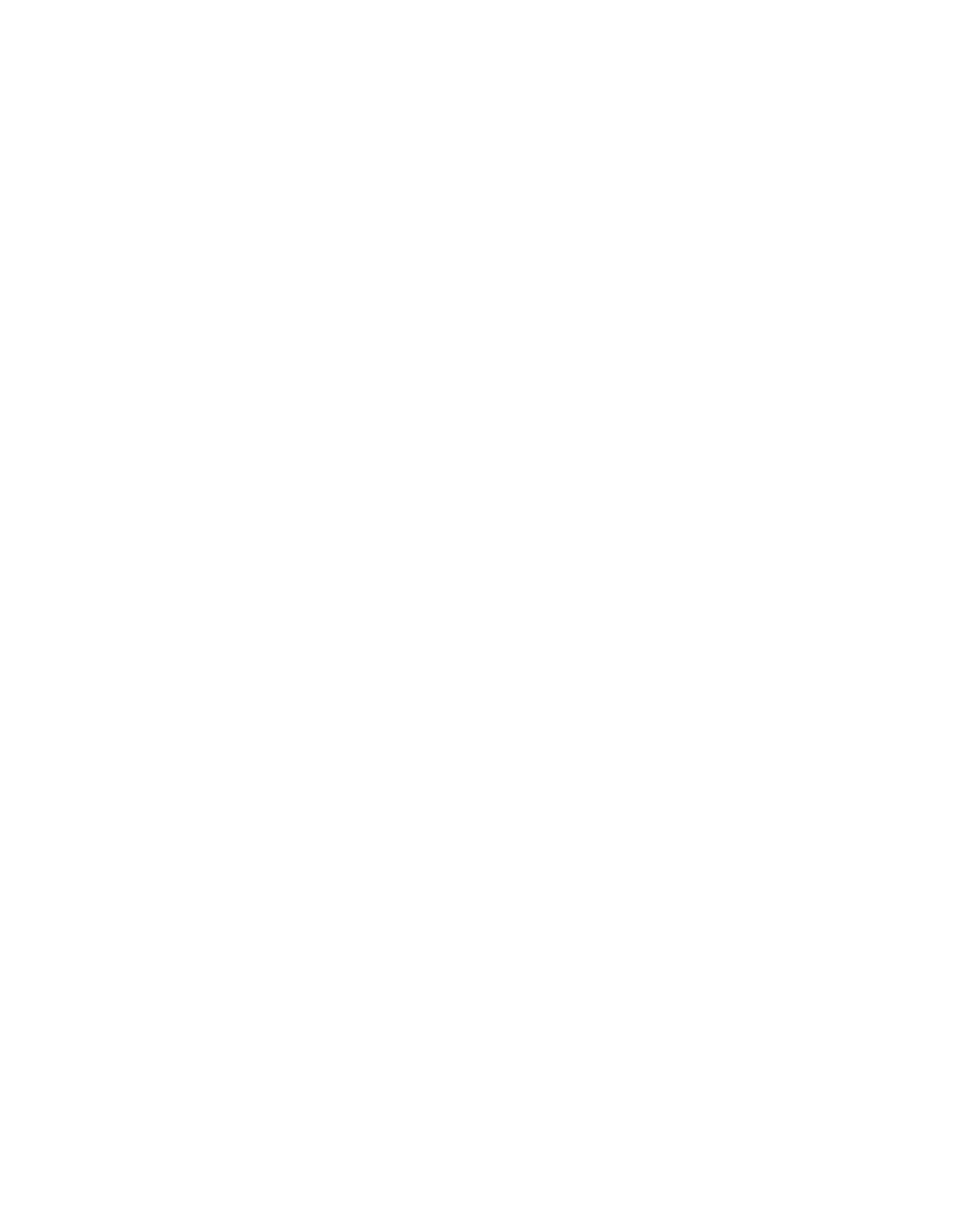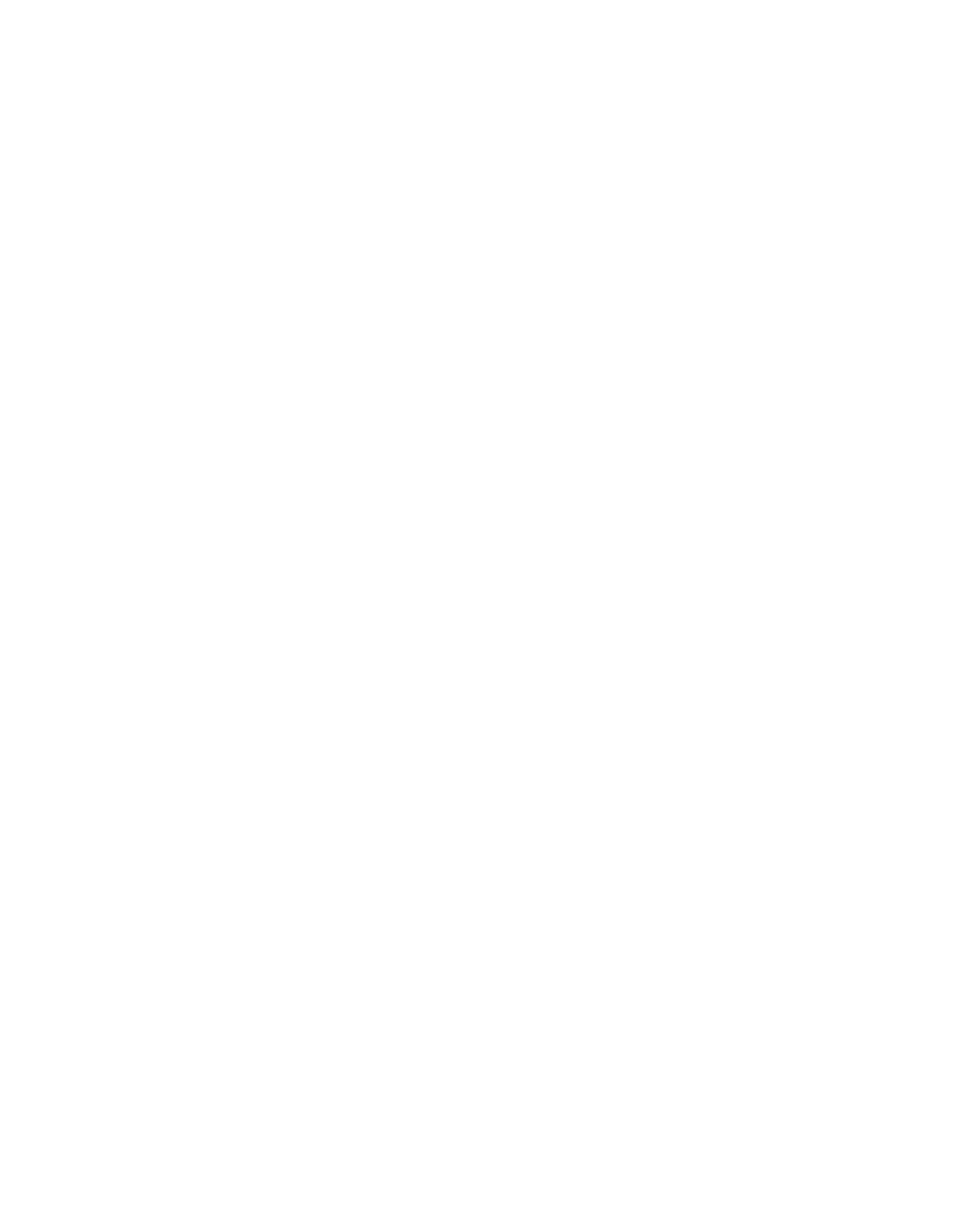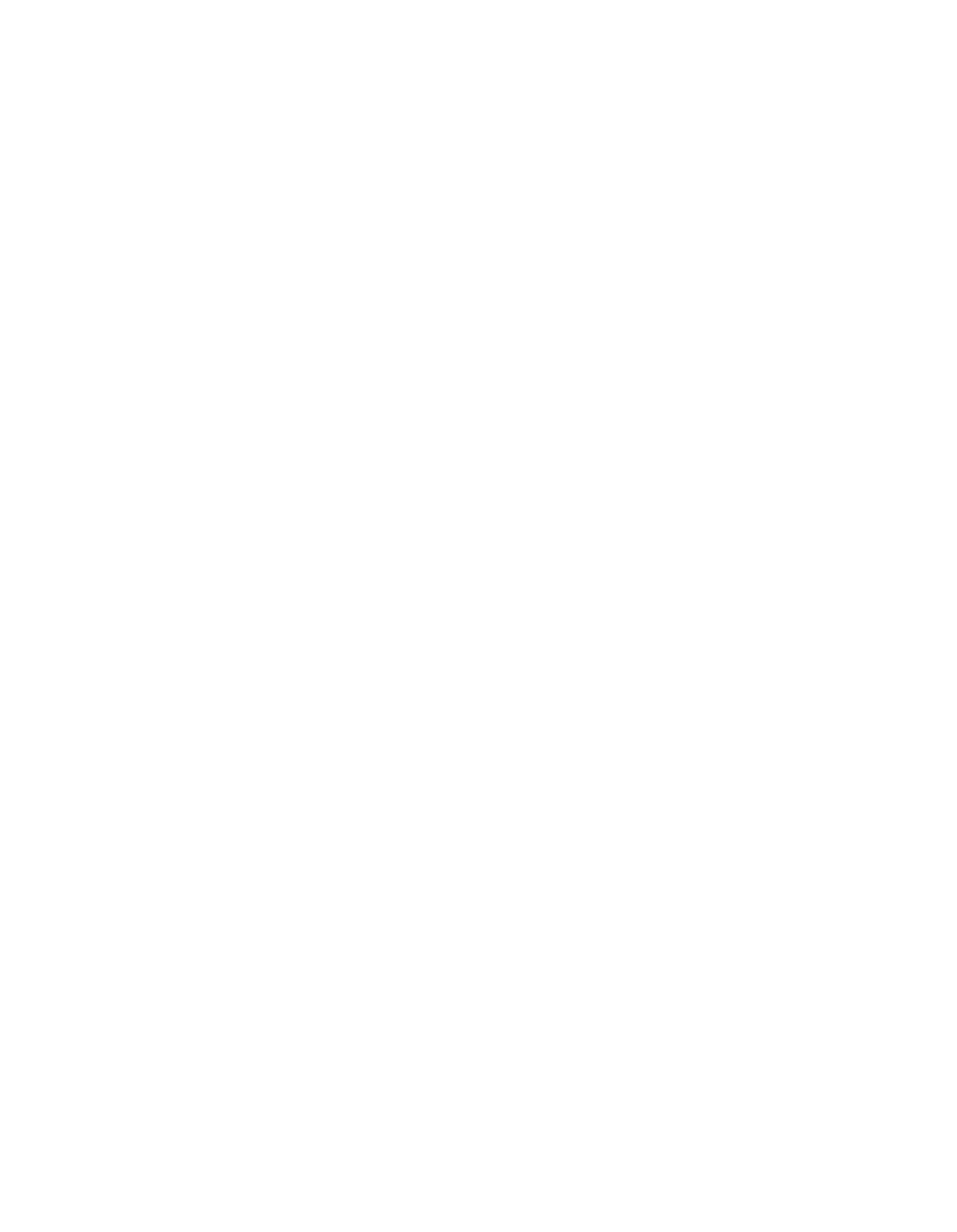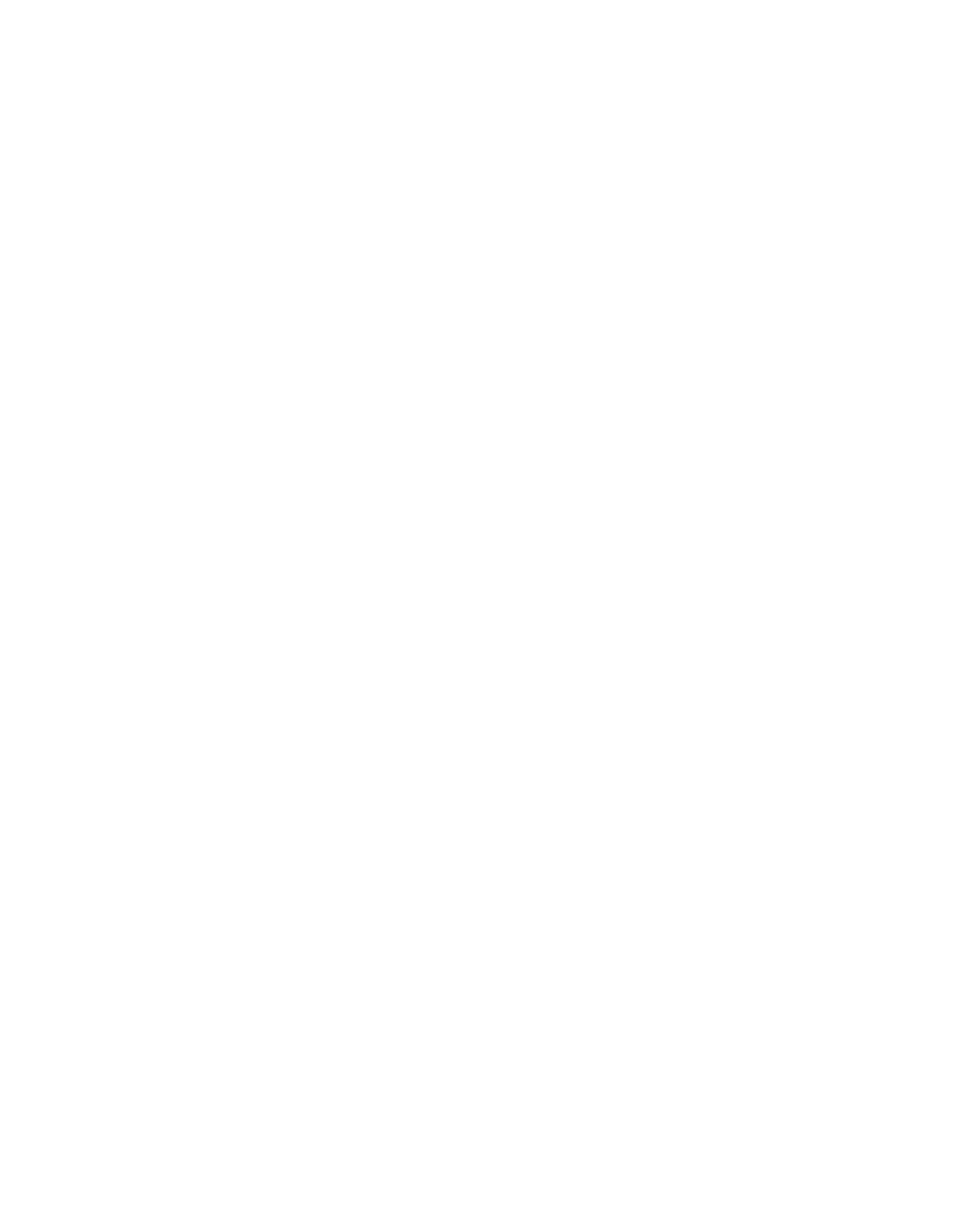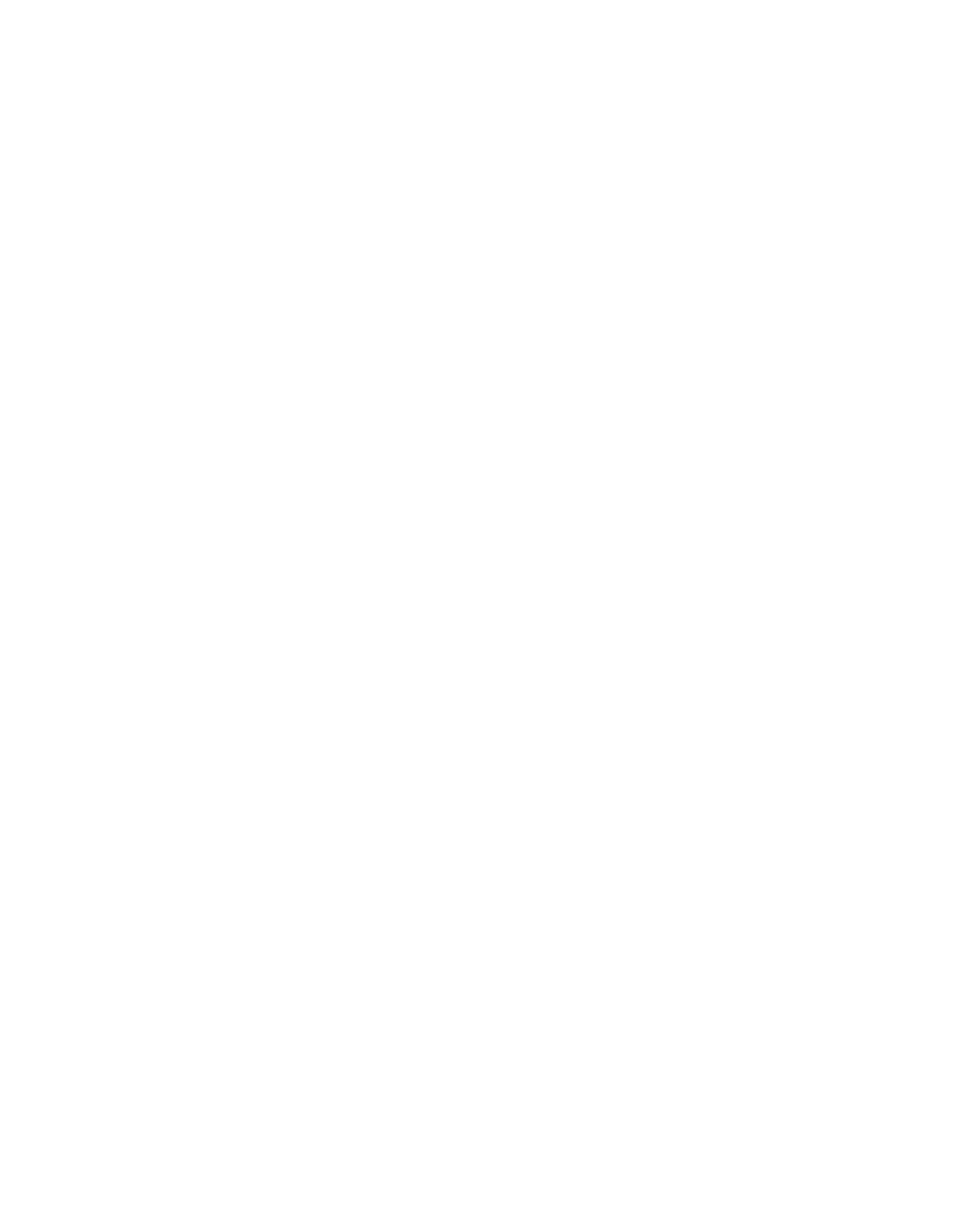ILLINOIS POLLUTION CONTROL BOARD
April 20,
1995
IN THE MATTER OF:
)
15
ROP PLAN CONTROL
MEASURES
)
FOR VOM EMISSIONS-PART IV:
TIGHTENING SURFACE COATING
)
STANDARDS; SURFACE COATING OF
)
AUTOMOTIVE\TRANSPORTATION AND
BUSINESS MACHINE PLASTIC PARTS;
)
R94-21
WOOD FURNITURE COATING; REACTOR
)
(Rulemaking)
PROCESSES AND DISTILLATION
)
OPERATION PROCESSES IN SOCMI;
)
AND BAKERY OVENS; AMENDMENTS TO
)
35 ILL. ADM. CODE PARTS 211,
)
218 AND 219
)
AdoPted Rule. Final Order.
OPINION AND ORDER OF THE BOARD
(by G.
T.
Girard):’
On September
12,
1994,
the Illinois Environmental Protection
Agency
(Agency) filed this proposal for rulemaking.
Section
182(b) (1)
of the Clean Air Act (CAA),
as amended in 1990,
requires all moderate and above ozone nonattaininent areas to
achieve a 15
reduction of 1990 emissions of volatile organic
material
(VOM)
by 1996.
In Illinois,
the Chicago and Metro—East
St. Louis
(Metro—East)
areas are classified as “severe” and
“moderate” nonattainment for ozone, respectively, and as such are
subject to the 15
reduction requirement.
Also pursuant to
Section 182(b)
of the CAA,
Illinois is to submit a 15
Rate of
Progress Plan
(ROP) within three years
of the enactment of the
CAA amendments.
This rulemaking represents Part IV of the rules
proposed in Illinois’
15
ROP plan.2
The Board’s responsibility in this matter arises from the
Environmental Protection Act
(Act)
(415 ILCS 5/1 et seq.
(1992)).
The Board is charged therein to “determine, define and implement
the environmental control standards applicable in the State of
Illinois”
(415 ILCS 5/5(b)).
More generally,
the Board’s
The Board wishes to acknowledge the contributions of
attorney Marie Tipsord
in this matter.
2
See R94-12,
In the Matter of
15
ROP Plan Control
Measures for VON Emissions
-
Part
I, R94-15,
In the Matter of 15
ROP Plan Control Measures for VOM Emissions
-
Part II,
and R94-
16,
In the Matter of
15
ROP Plan Control Measures for VOM
Emissions
—
Part III.
2
rulemaking charge is based on the system of checks and balances
integral to Illinois environmental governance:
the Board bears
responsibility for the rulemaking and principal adjudicatory
functions;
the Agency has primary responsibility for
administration of the Act and the Board’s regulations.
The
latter includes administration of today’s new regulation.
The proposal includes several measures for reduction of
VON in various coating operations.
Specifically,
lower limits
for VOM content of coatings applied to the following categories
are proposed:
can, paper, coil,
fabric, vinyl, metal furniture
coatings, baked large appliance coatings and miscellaneous parts
and products.
The proposal also includes amendments requiring
automotive\transportation and business machine plastic parts
coating sources to meet specific pound per gallon VOM limitations
for coating operations which exceed the applicability threshold
set forth in the rule or which emit more than 15 pounds per day
of VON.
Finally, the proposal tightens the applicability levels
(from 100 tons per year to 25 tons per year)
for wood furniture
coating operations.
The proposal also includes provisions regulating synthetic
organic chemical manufacturing industry
(SOCMI) distillation and
reactor processes ~nd bakery oven VOM emissions.
SOCMI processes
regulated by this proposal will be required to apply control
technology to certain process vents which demonstrates 98
reduction of VON emissions or reduces VON to 20 parts per million
by volume on a dry basis corrected to 3
oxygen.
This proposal was filed pursuant to Section 285 of the Act
and was accepted for hearing.
Pursuant to the provisions of that
section the Board is required to proceed within set time—frames
toward the adoption of this regulation.
The Board has no
discretion to adjust these time—frames under any circumstances.
Today the Board acts to adopt this proposal and file it for final
notice.
PROCEDURAL HISTORY
On September 15,
1994,
the Board sent this proposal to first
notice under the APA without commenting on the merits of the
proposal.
The proposal was published in the Illinois Register on
October 14,
1994 at
18 Ill.
Req.
15192
(Part 211),
18
Ill.
Reg.
15211
(Part 218), and 18
Ill.
Reg.
15274
(Part 219).
Hearings
were held on November 4,
1994,
December 2,
1994 and December 16,
1994,
in Chicago, Illinois before hearing officer Marie Tipsord.
3
The comment period closed on January 4,
1995 and the Board
received 16~comments which are discussed in detail below.
On January 26,
1995, the Board adopted the proposal for
Second Notice with several changes which are discussed herein.
PROPOSAL
Section 182(b) (1)
of the CAA, as amended in 1990,
requires
all moderate and above ozone nonattainment areas to achieve
a 15
reduction of 1990 emissions of VOM by 1996.
This rulemaking is
Phase 4 of Illinois’
15
ROP plan to achieve that reduction.
The
proposal represents a group of measures which are presented to
reduce VON emissions in the Metro—East area (moderate
nonattainment) and the Chicago area (severe nonattainment).
As discussed above, the proposal includes four processes to
be controlled.
Those four types are:
1.
Coating of Automotive/Transportation and Business
Machine Plastic Parts
2.
Wood Furniture Coating
3.
Synthetic Organic Chemical Manufacturing Industry
(SOCMI) Distillation and Reactor Processes
4.
Bakery Ovens
(Prop.
at 5-8)~
In addition, the Agency has proposed minor Reasonably Available
Control Technology
(RACT) revisions in this prodeeding.
(Prop.
at 8.)
Coating Operations
The proposal would tighten the existing VON content
limitations for over 300 potentially affected sources, the
majority of which are in the Chicago area.
(Prop. at 5-6.)
The
categories of coatings which are affected by the proposal include
“can, paper,
coil,
fabric, vinyl, metal furniture,
baked large
appliances and miscellaneous metal parts and products”.
(Prop.
at 6.)
The Agency expects the proposed control measures to
~
The Board notes that on March 15,
1994 a comment entered
into the record as “P.C.
17” was filed by Solar Corporation.
The
Board is unable to consider the comment in this proceeding as the
record closed by statute (Section 28.5(1)
on January
4,
1995.
~
The statement of reasons filed by the Agency will be
cited as “Prop.
at
“;
public comments will be cited as “P.C.
—
at
“;
the transcript will be cited as “Tr.
at
_“;
prefiled
testimony will be cited as “Exh.
—
at
_“;
and attachments to the
Agency’s proposal will be cited as “Attach.
—
at
“.
4
reduce the VON emissions in the Chicago area by 10.16 tons per
day
(TPD)
and 0.39 TPD in the Metro-East area.
The proposal also adds a new method for compliance known as
cross—line averaging.
(Prop. at 6.)
Cross—line averaging will
allow a source to demonstrate, using mathematical equations, that
the aggregate of all emissions from all coating lines is less
than the daily allowable VOM emissions from the same group of
lines.
(Prop.
at 10.)
With regard to the technical feasibility and economic
reasonableness of the proposal, the Agency contracted for the
services of Science Application International Corporation
(SAIC),
an engineering consulting firm,
to assess the technical
feasibility and economic reasonableness of the proposed
amendments to the VON content limitations for coatings.
(Prop.
at 17.)
SAIC found that the existing coating standards were
being met by sources through the use of coatings which had a VOM
content that was only 77 percent of the current allowable VON
limit.
(Id.)
The Agency also notes that the technical
feasibility of the proposed amended VOM content limitations for
coatings is also being demonstrated by sources subject to the VOM
content limitations in California’s South Coast Air Quality
Management District (“South Coast”).
(~:
South Coast Air
Quality Management District, Rules and Regulations, Tit.
IX,
S1107
(1992); Attach.
17(b) (10).)
The general cost effectiveness of
alternativE
control
options under this proposal vary depending on the size of the
source.
(Prop. at 17—18.)
For control by means of waterborne
coatings, SAIC estimates that costs range from $310 to $680 per
ton of VOM reduced and for high solids coatings, SAIC estimates
that costs range from $650 to $1,560 per ton of VON reduced.
(Prop. at 18.)
Finally,
for add-on controls, SAIC estimates that
costs range from $3,450 to $12,570 per ton of VON reduced.
(Id.)
Coating of Automotive/Transportation and Business Machine Plastic
Parts
The proposal amends the coating requirements applicable to
seven potentially affected sources,
all in the Chicago area, with
coating operations for interior and exterior plastic parts for
automotive or other transportation equipment.
Such equipment
includes trucks
(light—, medium-,
or heavy-duty); construction
equipment; vans; buses; tractors; lawnmowers and other mobile
equipment intended for primary use on land; and housing and
exterior plastic parts for business and commercial machines,
including, but not limited to,
computers, monitors, printers,
facsimile machines, microfiche readers, copy machines, cellular
and standard phones, typewriters,
pencil sharpeners, medical
equipment,
and entertainment equipment.
(Prop.
at 6.)
This
proposal excludes coating operations for plastic parts coated on
5
the main (body)
paint line in automobile and light duty truck
assembly plants; coating operations for plastic parts coated
during refinishing of automobile,
trucks,
tractors,
lawnmowers
and other mobile equipment; watercraft and aircraft; and internal
electrical components of business machines.
(Prop.
at 6.)
These control measures are expected to reduce 1996 VOM
emissions by 0.28 TPD in Chicago, according to the Agency.
(Prop.
at 11.)
The cost-effectiveness of lower VOM content
coatings for Automotive/Transportation plastic parts are $606-668
per ton of VON reduced and the cost-effectiveness of lower VON
content coatings for Business Machine plastic parts are $470-480
per ton of VOM reduced.
(Prop.
at 18.)
Add-on thermal
incineration systems are an option that can be used to control
VON emissions instead of lower VON content surface coatings and
the costs vary depending on the plant size and volume of coating
required.
(Id.)
Wood Furniture Coating
This proposal includes amendments which will potentially
affect
19 facilities which have wood coating operations, all in
the Chicago area.
(Prop. at 7.)
Specifically, the Agency is
proposing to modify the applicability section to lower the
threshold from 100 tons per year of maximum theoretical emissions
to 25 tons per year potential to emit.
(Prop.
at 7.)
In effect,
then, the proposal is tightening the applicability of the wood
coating provisions; however, the~~~
Agency does not believe that the
proposed amendments will reduce VON emissions.
(Prop.
at 12.)
Rather, the Agency believes this provision is important to insure
that no increase in VON emissions occurs.
(Prop.
at 12.)
The technology for controlling VOM emissions from wood
furniture coating operations through add—on controls is
available,
and includes thermal or catalytic incinerators and
adsorption devices.
(Prop.
at 19.)
The cost estimates below
represent sources that emit from 50 TPY to 500 TPY of VON.
(Id.)
The capital costs for control devices range from $446,400 to
$8,115,600 while the operating costs for catalytic incinerators
range from $170,700 to $3,439,500 annually.
(Id.)
These costs
are based on a scheme where a single control device controls all
VON emissions from the source.
(Id.)
An enclosure over the
entire finishing line may be required for most wood furniture
coating sources to use a single control device with a capital
cost of range from $10,000 to $100,000, depending on the size of
the facility.
(Prop. at 19-20.)
SOCMI
The Agency has identified
2 sources which are potentially
affected by these proposed amendments.
One facility is in the
Chicago area and the second is in the Metro—East area.
6
Specifically, the proposal would apply to facilities that have
continuous chemical manufacturing process units that produce as a
primary product chemicals set forth in Appendix A of Parts 218
and 219.
(Prop.
at 7.)
Excluded from the applicability of this proposal are:
(1)
reactor processes or distillation operations that are designed
and operated in batch mode;
(2) reactor processes or distillation
operations that are part of a polymer manufacturing operation;
(3)
reactor processes or distillation operations in a process
unit with a total design capacity of less than 1,100 tons per
year for all chemicals produced within that unit;
(4) any vent
stream with a flow rate less than 0.0085 scm/mm
or total VON
concentration of less than 500 ppmv;
or
(5) any reactor or
distillation unit included within an Early Reduction Program
approved by USEPA.
(Prop.
at 12.)
Under the proposal,
applicability for all non-exempt process vents will be determined
by a total resource effectiveness
(“TRE”)
index calculation.
A
TRE index value of 1.0 or less subjects that process vent to the
control requirements in this rulemaking.
(Id.)
The control requirements of this proposal recommend a
presumptive norm for RACT of 98 percent reduction of VON
emissions or 20
ppinv, on a dry basis, corrected to 3 percent
oxygen, emission limit for affected vent stream(s).
(Prop. at
12—13.)
No vent stream with an existing combustion device
is
required to meet the 98 percent reduction requirement or 20 ppmv
emission limit until the combustion device
is replaced.
(Prop.
at 13.)
This proposal is based on USEPA’s control technology
guideline
(CTG)
for controlling VON process vent emissions from
SOCNI reactor processes and distillation operation, which was
formally announced on November 15,
1993.
(~
58 FR 60197,
November 15,
1993;
Prop.
at 13.)
According to the Agency, this
measure is not expected to reduce VON emissions in either the
Chicago or the Metro—East nonattainment area; rather,
this
measure is proposed in accordance with the State’s obligation to
adopt regulations implementing RACT,
as promulgated by USEPA
under Section 182(b) (2) (A)
of the CAA.
(Prop. at 13.)
Combustion is the primary control method used for VOM
emissions reduction for these processes.
Control options
include, but are not limited to, boilers,
flares,
afterburners,
or recovery.
USEPA estimates indicate that the cost
effectiveness of controlling VOM emissions from SOCNI
distillation and reactor processes ranges from $241 to $21,000
per ton of VOM reduced.
(Prop. at 20.)
The highest cost
effectiveness
is for low—flow and low—heat value sources
processing halogenated hydrocarbons.
An analysis prepared by the
State and Territorial Air Pollution Program Administrators and
Association of Local Air Pollution Control Officials
7
(STAPPA/ALAPCO)
indicates that the corresponding maximum cost of
control, for CTG exempt sources with a TRE index greater than
1.0,
is approximately $2,300 per ton.
(Id.)
Bakery Ovens
The proposal regulates bakery ovens for the first time.
Bakery ovens are defined as ovens which bake yeast—leavened bread
products.
The source must have a potential to emit 25 tons per
year before it is subject to the requirements.
However, the
proposal excludes ovens which are used to bake for on—site
consumption or on—site retail sale.
(Prop.
at 13.)
The proposal requires emission controls that achieve an
overall efficiency of 81
reduction in VON from bakery ovens.
(Prop.
at 13.)
This level includes VOM emissions from all
emission units at the source.
(Id.)
Sources with VOM emissions
limits below the applicability threshold of 25 tons per year are
required by this proposal to maintain records to establish their
annual emissions level and to certify that they are exempt from
the control requirements.
(Prop. at 13—14.)
The proposal states:
Afterburners, such as catalytic oxidizers or regenerative
oxidizers,
are the most effective devices for controlling
VON emissions from bakery ovens.
Catalytic oxidizers have
been used successfully at numerous bakeries in other states.
The costs vary depending on the age and size of the oven,
and the number of exhaust streams that must be routed to the
control device.
Capital costs range from $84,000 to
$205,000 for catalytic oxidizers and from $197,000 to
$295,000 for regenerative oxidizers.
Annual operating costs
range from $36,000 to $72,000 for catalytic oxidizers and
from $72,000 to $115,000 for regenerative oxidizers.
(~:
Item 16(e)
of the Table of Contents.)
(Prop. at 20-21.)
Minor RACT Amendments to Parts 218 and 219
The proposal amends Sections 219.926,
219.946, 219.966 and
219.986 dealing with permitting issues that have the potential to
affect many facilities.
(Prop.
at 8.)
Specifically, the
proposal adds the word “equivalent” to these sections before any
reference to an alternative control plan.
The proposal also
amends Section 218.980 and 219.980 to add polyethylene foam
packaging as a category of packaging not subject to the control
requirements in Sections 218.986 and 219.986.
The proposal also
corrects a list of criteria by which
a source determines
if it
is
able to fill aerosol cans by the “through—the—valve” method,
making it clear that satisfaction of any single criterion would
not require a source to fill aerosol cans through this method,
and the source may use another filling method.
(Id.)
The
8
amendment to Section 218.966(c)
adds the inadvertently omitted
compliance date of March 15,
1995,
to that subsection,
and
affects non—SOCNI sources
(i.e. miscellaneous organic chemical
manufacturing processes) with leaks
in the Chicago ozone
nonattainment.
(Id.)
The amendments to Section 218.106(e)
affect coating
operations on electromotive diesels in Cook County, Illinois
setting forth the date for compliance with the VON content limits
for coatings applied in this category,
consistent with USEPA’s
settlement in the litigation concerning the Federal
Implementation Plan
(~
55 FR 26814, June 29,
1990.)
The Agency has not identified any potential sources in the
Metro—East area and so anticipates no reduction in VON emissions
for that area.
In the Chicago area, the Agency expects the
control of VOM emissions will result in a 0.98 TPD reduction in
the Chicago area.
TESTIMONY AND COMMENTS
As stated previously,
the Board received 16 public comments
on this rulemaking.
Comments were received from the following:
1.
Linda Brand, Manager of Regulatory Flexibility Unit,
Illinois Department of Commerce and Community Affair
2.
Dietzgen Corporation submitted by Beth A.
Caylor,
Environmental Affairs Manager
3.
Connie Bradway, Administrative Code Division, Secretary
of State
4.
Interstate Brands Corporation submitted by Robert
E.
Stine
5.
V.
J. Dolan
& Co.
by Stepen J. Dolan
6.
City of Chicago by Henry L. Henderson, Commissioner,
Department of Environment
7.
USEPA by Stephen Rothblatt,
Chief,
Regulation
Development Branch
8.
American Bakers Association submitted by Anne G.
Giesecke, Ph.D.
9.
Interstate Brands Corporation submitted by Robert E.
Stine, Attorney
9
10.
Kraft General Foods submitted by Peggy L. Martin,
Director,
State Government Affairs and Deborah A.
Becker, Vice President,
Environmental Policy
11.
Harris Marcus Group by Jeffrey C. Fort
12.
Stepan Company submitted by Patricia F. Sharkey
13.
Illinois Environmental Regulatory Group submitted by
Whitney Wagner Rosen
14.
Outboard Marine Corporation submitted by Maribeth
Flowers
15.
S
& C Electric Company submitted by Kathleen Hodge
16.
Agency comments submitted by Bonnie Sawyer, Shelia
Kolbe and Kyle Davis, Assistant Counsels,
Legal
Division
In addition, several individuals testified at the Board’s
December 2,
1994, hearing including:
Deborah Becker for Kraft General Foods;
Dr. Anne Giesecke for American Bakers Association;
Mark Biel for Chemical Industry Council;
Gordon Nelson for Harris Marcus Group;
Greg Miller for Solar Corporation;
Elizabeth Steinhour for Illinois Environmental Regulatory
Group;
Robert Sullivan for S
& C Electric.
The discussion that follows will be organized by subject
matter and where possible by the public comment number.
We will
begin by discussing the testimony received at the December 2,
1994 hearing which was not followed by a public comment.
We will
then discuss the comments received.
PAINT AND COATING INDUSTRY MANUFACTURERS
Chemical Industry Council
Mr. Mark Biel testified on behalf of the Chemical Industry
Council (Council)
at the Board’s December 2,
1994,
hearing.
Mr.
Biel testified that implementation of a portion of these rules
would have a “dramatically negative effect on the paint and
10
coating industry manufacturers and, more importantly, their
customers and be at odds with state and federal requirements
relating to establishing VON emission control technologies for
existing surface coating processes.”
(Exh.
20 at 1—2.)
Specifically Mr. Biel made the following points:
1.
The Agency’s reliance upon southern California’s
coating industry and coating regulations as a technical
basis for emission limits set forth
in this proposal
is
inappropriate because the feasibility of applying lower
VON coatings that comply in southern California is
heavily dependent upon the existence of drier and
warmer weather conditions.
Also the emission limits
set forth in the southern California regulations go
beyond PACT and,
in fact,
rely upon future advanced
technology which is not currently available.
2.
Certain emission limits set forth in the Agency’s
proposal are technology forcing, and, therefore, go
beyond the PACT threshold allowed by the
CAA
to meet
the 15
POP plan control measures for VON emissions in
non—extreme areas of the country.
3.
The 2.2 lbs./gal.
emission limit set forth
in Subpart
F, Section 218.204(b) (1)
of the proposal cannot be met
by certain manufacturers of sheet basecoat and
overvarnish for can coating using current technology.
4.
The 1.7 lbs./gal. emission limit set forth
in Subpart
F, Section 218.204(d)
of the proposal goes well beyond
PACT and may be economically and technologically
infeasible with current add—on control technologies.
5.
The 2.3 lbs./gal.
emission limit set forth in Subpart
F,
Section 218.204(g) (2)
of the proposal for baked
coatings applied to metal furniture will cause
substantial reductions in the quality and performance
of these coatings which will make them unusable for
many applications in this category.
6.
The 3.0 lbs./gal.
emission limit set forth
in Subpart
F, Section 218.204(j) (2) (B)
of the proposal for baked
extreme performance coatings applied to miscellaneous
metal parts and products will extremely limit
applicability of these coatings due to reductions
in
viscosity, non—uniform film thickness and curing
problems.
Reductions
in spread rates of these coatings
at the proposed VON levels would also likely decrease
productivity tremendously.
7.
The 2.8 lbs./gal. emission limit set forth
in Subpart
F,
Section 218.204(j) (4) (A)
of the proposal for air
11
dried coatings applied to miscellaneous metal parts and
products cannot be met for the majority of applications
with current technology.
Reductions
in spread rates of
these coatings at the proposed VON levels would also
likely decrease productivity tremendously.
8.
The 2.3 lbs/gal. emission limit set forth in Subpart
F,
Section 218.204(j) (4) (B)
of the proposal for baked
coatings applied to miscellaneous metal parts and
products cannot be met with current technology.
Reductions in spread rates of these coatings at the
proposed VON levels would also likely decrease
productivity tremendously.
Agency Response to Council
The Agency and the Council have reached agreement on
proposed changes to the rulemaking and are recommending those
changes to the Board.
(P.C.
16 at 4.)
Specifically, changes are
being recommended for Sections 218/219.204(j) (2) and
218/219.204(j) (4), new subsections 218.204(j) (6) and
(7),
and
219.204(j) (5) and (j)(6).
(P.C.
16 at
4.)
The recommendation
for change would raise the VOM emission limit for extreme
performance coatings from 3.0 lb/gal as proposed to 3.3 lb/gal.
All other air dried coatings will also have
a limit of 3.3 lb/gal
and baked coatings will be limited to 2.8 lb/gal rather than 2.3
lb/gal.
(Id.)
The Agency also recommends adding a definition
for “Metallic Coating” with limits for this category at 3.5
lb/gal for air dried and 3.0 lb/gal for baked coatings.
(Id.)
Board Action
The Board accepts the recommendations for amendments as
proposed by the Council and the Agency.
Sections
218/219.204(j)(2)
and 218/2l9.204(j)(4)
new subsections
2l8.204(j)(6) and
(7) and 219.204(j) (5)
and (j)(6) will be
amended to read as follows:
Section 218.204
j)
Miscellaneous Metal Parts and
Products Coating
1)
Clear coating
0.52
(4.3)
0.52*
(4.3)*
2)
Air-dricd coating
0.42
~)
Extreme performance
u.L~..
coating
A)
Air
dried
0.42
(3.5)
12
j~:.~Air...Dried
•.
.
O.42.~
.~(3c.51
0.42*
.
(.5)
*
~
.;Eaked..
.
a,36
_____
.
0.36
.:
Definitions
~
For
purposes
of
subsection
218
2O4(1)(5~
of
this
Sect~on.
the
fol1owin~
terms
are
aeEfthed:.
;
jt~j~
Tésistant
bà~e~Oát~~
means.
•fo~~.
of
218.204(1)
(5~~B):..fii~
of
~
water—borne epoxy coating apDliec~via an
e1éctrôde~ositiorirn~ocèSs
.~
p.~~tp~j:
surface
~rior~
th~spray
at1ng~~forthe
purposé.~of enhancing
corrosion
res
istán~e.
.
.~fl,
“Electrodeposition
y~rocess”
means for
thepürpóses
of
~bseötiàn
218
204~i~5)
of~this ~
—..
-~
.~4.
.~
...
~
~
4
.
,,•~
4
.,~.
~
4.
~.,
tb; the
iii)
“Marine engine coating” means. for
...
••~rpo~s:•.of b~ectthn.2.18~:204(~)
(5:.~:f
this
Section
any
extreme
performance
protective,
decorative
or
functional
0.42*
(3.5)*
0.42
(3.5)
0,40*
______
0 52
(4
~)
0.52*
(4.3)*
B)
Baked
4~) Steel pail and drum
interior
coating
~-j)
All other coatings
~J..
Air Dried
~j
Baked
0.36
(3.03
0
42
(3
~.
(3~1*
0.36
(3.0)
~ 34*
______
13
3a)
Extreme performance
coating
A)
Air dried
B)
Baked
~4.) All other coatings
~
Air Dried
~j
Baked
0.42
(3.5)
0.42
0.42*
(3.5)
(3.5)*
0.42
(3.5)
0 40*
(3~3)*
0.36
(3.0)
0.42
(3.5)
~ 4~*
______
0.36
(3.9)
________
0.42
____
0.42*
(3.5)*
_____
0,36
_____
O~36*
:
.
(30~~
~i:
~~ó~s:..:of.:~bsection
219.204~i)(.~of:th:is
Section,
1~meta11ic
ôoating~means a
coating
which
cóntäins~indrethán1/4 lb/gal of metalparticIes.
as:applied.
.
.
SOLAR CORPORATION
Mr. Greg Miller testified on behalf of the Solar Corporation
at the Board’s December 2,
1994 hearing.
Mr. Miller explained
that Solar is a “job shop” making custom-made, painted— and
fabric— covered plastic decorative components
for original
equipment manufacturers of home entertainment and automotive
industries.
(Exh.
27 at 1.)
Solar does not specify the types of
coating applied to its product lines, according to Mr. Miller.
Section 219.204
j)
Miscellaneous Metal Parts and
Products Coating
14
(Id.)
Further, due to the nature of the products manufactured,
there are wide swings
in production and overlapping business
cycles
which
make
record
keeping
and
production
planning
difficult.
(Id.)
Mr. Miller testified that Solar, which
is located in
Libertyville,
Illinois,
anticipates
that
all
its
coatings,
with
the
exception
of
two,
will
comply
with
the
proposed
VOM
limitations.
(Exh.
27
at
2.)
Those
two
exceptions
are
an
adhesion
primer
used
to
coat
automotive
plastic
parts
made
from
polyolefinic, polyvinyl chloride or polyamide-based plastics and
a metal flake coating.
(Id.)
Solar has been in contact with the Agency to discuss
alternatives and was provided with a copy of the Alternative
Control Techniques Guidance Document which formed the basis for
the proposed emission limits.
(Exh.
27 at 4.)
Mr. Miller
states:
While that document does indicate that there are compliant
adhesion primers for use with sheet molded plastics,
those
plastics are physically and chemically different than the
plastics Solar applies adhesion primers to prior to
painting.
Solar uses,
among others, high impact styrenes,
polycarbonates,
ABS, Noryl and polyamides.
As different
plastics have different physical compositions, so do they
also have different chemical compositions.
Different
reactions, therefore, will occur between different plastics
and the solvents in different coatings.
Consequently,
it
does not follow that simply because one adhesion primer
formulated for one plastic will react
in the same way with
another plastic.
(sici
(Exh.
27 at 4.)
Mr. Miller asks that the Board consider amending the
proposal
to
include
a
specific
category and limit for adhesion
primers used to coat automotive plastic parts made from
polyolefinic, polyvinyl chloride or polyamide-based plastic
parts.
(Exh.
27 at 5.)
Mr. Miller asserts that since USEPA
“apparently
did
not consider the use of adhesion primers to coat
polyolefinic, polyvinyl chloride or polyamide-based plastic
parts” the request for amendment to the Board is warranted.
(Id.)
Solar suggests the following language to be added to
Sections
218/219.204:
ni
Plastic Parts Coating:
Automotive/Transportation
kg/l
lb/gal
***
~j
Specialty
15
F)
Adhesion primers used to coat
polyolefinic, polyvinyl
chloride or polyamide plastic
parts
.85*
(7.1)*
G)
Metal flake coat
•79*
(6.5)*
(Id.)
Agency Response to Solar
The Agency in its final comments indicated that after the
December
2,
1994, hearing in this proceeding,
the Agency
contacted USEPA regarding the issues raised by Solar.
According
to the Agency,
USEPA does not believe that the information
provided by Solar at the second hearing supports the need for
separate categories for these types of coatings.
(P.C.
16 at
23.)
“USEPA believes that compliant coatings are available.”
(Id.)
The Agency contacted several manufacturers of paints and
coatings
all
of
which
stated
that
there
are
adhesion
primers
available which meet the proposed levels.
(Id.)
Board Action
The Board will not adopt the changes suggested by Solar at
this time.
The Board notes that the Agency does not fully
address several of the concerns raised by Solar.
In fact,
the
Agency has reiterated the economic and technical support for the
proposal without addressing the specifics of Solar’s operation.
However,
Solar also fails to give sufficient technical and
economic support for a general rulemaking change.
Solar might
wish to examine the possibility of a site-specific rulemaking or
adjusted standard for its facility on this issue.
CAN COATING OPERATIONS
Agency Response to Comments of United States Can Company
The Agency indicated that,
in response to questions
presented at the November 4,
1994,
hearing, the Agency reexamined
the proposed limits for overvarnish coatings used in three—piece
can coating operations.
(P.C.
16 at 8.)
After reviewing the
limit,
the Agency recommends that the proposal be amended to
retain the current limit for overvarnish while lowering the
basecoat limits.
(P.C.
16 at 8-9.)
Board Action
The Board will accept the recommendation and amend the
proposal at Sections 218.204(b) (1)
and 219.204(b) (1)
to read:
Section 218/219.204 Emission Limitations
16
b)
Can
Coating
kg/l
lb/gal
1)
Sheet basecoat and
overvarnish
0.34
~
Sheet basecoat
0.34
(2.8)
0.26*
______
flj..
Overvarnish
0.34
_____
0.34
(2.8)*
GENERAL
PUBLIC COMMENTS
DCCA
(P.C.
1)
and Secretary of State
(P.C.
3)
The first comment was filed by the Illinois Department of
Commerce and Community Affairs which indicated that the rule
would not significantly impact small business.
(P.C.
1.)
A
comment was also received from the Secretary of State
Administrative Code Division which indicated minor changes
necessary for codification purposes.
(P.C.
3.)
Those changes
have been made in the proposed second notice.
Dietzcien Corporation
(P.C.
2)
Dietzgen Corporation’s comment centers around the use of
USEPA test Method 24 for determining the VON content of water-
based paper coating formulas used by Dietzgen.
(P.C.
2 at
1.)
Dietzgen is concerned that the Method 24 analysis is inaccurate
and that use of Method 24 will not give a correct VON level.
Dietzgen indicates that it will continue to seek alternatives and
welcome suggestions on the approach it has taken.
(Id.)
V.
3.
Dolan
& Co.,
Inc.
(P.C.
5)
V.
J. Dolan
& Co. comments that,
as
a coatings manufacturer,
the proposed limits set forth for “Miscellaneous Metal Parts
&
Products Coating’ are not feasible for a large number of coating
users
in the Greater Chicago area.”
(P.C.
5.)
The comment
“strongly” urges the Board to reconsider these limits and allow
for limits which are “both realistic and achievable”.
(Id.)
Henry L. Henderson, Commissioner,
Chicago Department of
Environment (CDOE)
(P.C.
6)
Mr. Henderson states that “CDOE supports the goals of this
rulemaking and urges the State to allow implementation in the
most flexible and cost effective manner as possible.”
(P.
C.
6
at 2.)
Specifically, CDOE supports interfacility trading and
seasonality components which would allow flexibility to meet the
lower VON emissions requirements.
(Id.)
CDOE also supports the
use of cross—line averaging.
(Id.)
17
Agency Response to Dietzgen Corporation, Dolan and CDOE
The Agency did not specifically respond to each of these
comments.
However, the Agency’s comments in general do address
the issues raised by the above mentioned commentors.
Board
Action
No formal Board action is necessary to address these
concerns.
BAKERY OVENS
United States Environmental Protection Agency
(USEPA)
(P.C.
7)
The USEPA provided specific comment on the proposal for
bakery ovens.
The USEPA has issued an “Alternative Control
Technique (ACT)” for bakery oven emissions.
(P.C.
7.)
The USEPA
indicates:
The ACT states that control efficiencies on ovens of 95
percent could be achieved at a reasonable cost using
catalytic oxidation.
The USEPA
is aware that in some States
bakeries have achieved reductions of
90 percent or more and
have not reported any problems in instituting a level of
control to achieve this.
Based in part on this information,
the USEPA believes that reasonably available control of VON
emission from bakery ovens is from 80 percent to 95 percent.
Illinois’ proposed regulations which require 81 percent
control of VON emissions from bakery ovens reflects USEPA’s
intent.
(P.C.
7.)
Interstate Brands Corporation (Interstate)
(P.C.
4 and
9)
Interstate Brands Corporation supported the comments made by
the American Bakers Association
(described below)
and also
initially commented that it urges:
an option be included to allow facilities to have a choice
to either control the total non—exempt emission units to the
percent reduction specified in the regulation or control all
non—exempt emission units to below 25 tons per year in
actual emissions as an alternative to the percent of control
level suggested.
(P.C.
4 at 1.)
Additionally, Interstate Brands Corporation asked that the
applicability section be more clearly worded and noted that the
recordkeeping requirements as proposed were unduly burdensome.
(Id.)
Interstate Brands Corporation states in its final comments
that it urges an exemption of all ovens with less than 15 tons
18
per year of actual emissions in all baking facilities.
(P.C.
9
at 1.)
Interstate Brands Corporation also states that it no
longer objects to the recordkeeping requirements after further
explanation of the requirements by the Agency.
(Id.)
American Bakers Association
(P.C.
8)
Dr. Ann Giesecke testified at the December
2,
1994,
hearing
on behalf of the American Bakers Association (Association).
In
addition,
several
bakers
from
the
Chicago area were present to
show support for the Association’s position as well as being
available to answer questions.
(Tr.
at 136—140.)
Dr. Giesecke
testified that bakers would like to do their part to see the
state
reach
the
15 percent goal; however,
he asserted that the
industry must also be able to maintain economic viability.
(Tr.
at 142—143.)
Dr.
Giesecke
points
out
that the bakery oven proposal is
regulating the emissions of “ethanol,
a non—toxic low reactive,
natural by—product of yeast fermentation that was captured under
the definition of VON because of the oxygen molecule.”
(Tr. at
143.)
Dr. Giesecke further states that “there
is minimal public
benefit and risk analysis benefit to eliminating ethanol
emissions from the atmosphere.”
(Id.)
Dr.
Giesecke requests
that the Chicago area have a 15 ton per year exemption rather
than 10 ton per year.
(Id.)
The cost differential for the
bakers in dollars per ton is “$8,000 per ton at the 15 ton level,
$14,000 per ton at the 10 ton level”.
(Tr. at 143.)
The Association in its final comments again requests that
the rule apply only to major sources,
i.e.
“sources with actual
emissions of 25 tons per year of VON in the Chicago area and
sources with actual emissions of 100 tons per year in the St.
Louis area.”
(P.C.
8 at 1.)
The Association suggests the
“definition of potential to emit be qualified to apply after
control equipment has limited emissions.”
(P.C.
8 at 2.)
The Association also agrees with the exemption for low
emitting
ovens and suggests that a 60 percent reduction
requirement is reasonable when actual emissions are less than 100
tons per year.
(P.C.
8 at
2.)
Kraft General Foods
(P.C.
10)
Deborah Becker testified on behalf of Kraft General Foods
(Kraft)
at the December
2,
1994, hearing.
Ms. Becker testified
concerning the control requirements and the emissions monitoring
requirements.
(Tr. at 126.)
Specifically,
Ms. Becker made four
recommendations in the area of control requirements to help
address cost-effectiveness.
(Tr. at 125-129.)
First, Ms. Becker
recommends that an exemption be included for small emitting ovens
with actual emissions of less than 15 tons per year.
(Tr.
at
19
127.)
Next,
Ms.
Becker recommends implementation of
the
emission
reduction requirement on a facility wide basis rather than on an
oven-by—oven basis.
(Id.)
Thirdly,
Ms. Becker suggests
establishing a facility-wide reduction of VOM at a 60 percent
level rather than 81 percent.
(Tr. at 128.)
Finally, Ms. Becker
recommends providing for innovative use of technology which would
encourage innovation in reducing emissions.
(Tr. at 128-129.)
Ms. Becker also testified that as an alternative to the
continuous monitoring requirement, compliance be verified through
calculation using the USEPA’s formula contained the ACT document.
(Tr. at 130; Attach.
25.)
Kraft’s final comments reiterate the position that
applicability of the VOM emission rates should be based on
actual, rather than potential emissions,
as well as the position
that the reduction should be 60 percent facility-wide.
Kraft
states that it is “encouraged by the willingness of the state to
address the need for flexibility for Illinois bakeries to meet
the requirements of the regulation.”
(P.C.
10 at 1.)
Kraft also
indicates support for the exemption of ovens which emit less than
15 tons per year.
(P.C.
at 2.)
Agency Response to Bakeries
The Agency,
in its final comments, has grouped its response
to the bakeries and states that:
The Agency believes that this proposal represents a
reasonable balance between the concerns of this industry and
Illinois’ need to reduce VON emission in the State’s
nonattainments.
(P.C.
16 at 25.)
Specifically, the Agency has agreed to request that the Board
amend the proposal to “extend the exemption to individual ovens
with actual emissions of 15 TPY or less, provided that total
emissions from all exempt ovens never exceed 25 TPY.”
(P.C.
16
at 28.)
In addition the Agency recommends “allowing for an
extended period of time for bakeries with emissions in the range
of
25 to 100 TPY to comply with the proposed control
requirements”.
(P.C.
16 at 31.)
Finally, the Agency is
recommending that the testing portion of the proposal be amended
to allow sources additional time to submit requested test results
to the Agency.
(P.C.
16 at 33.)
The Agency,
in response to comments regarding actual
emissions versus potential to emit,
noted that USEPA determines
that a source is a major source based on the potential to emit
rather than actual emissions.
(P.C.
16 at 26.)
A bakery may
limit its potential to emit through permit conditions to avoid
the applicability of the rule; however,
any change in the
definition of potential to emit or major source must come from
USEPA.
(P.C.
16 at 27.)
The Agency also states that the
20
proposed rule allows flexibility to bakeries for alternative
control as long as the overall emissions reduction goal is
achieved.
(P.C.
16 at 28.)
The Agency also responded to the comments requesting a
60
percent level of reduction versus
81 percent.
The Agency stated
that it was not convinced that a 60 percent facility-wide
reduction approach would be advantageous to many bakeries and the
Agency believes that 81 percent control
is achievable and cost
effective level of control.
(P.C.
16 at 30.)
In support of this
position, the Agency points to the USEPA’s comment
(~
P.C.
7).
The Agency has recommended that some flexibility be allowed in
this area and proposed a change
in the rulemaking which was
discussed above.
Board Action
The Board will accept the recommendation offered by the
Agency for amendments to the proposal on emission limits for
bakery ovens.
The Board appreciates the extensive comments
provided by the bakery industry; however, the remaining
suggestions for change offered by industry are not supported by
the record.
The USEPA clearly agrees with the Agency that 81
percent control is viable and achievable.
Further, many of the
provisions questioned by the industry such as recordkeeping and
monitoring have been further explained by the Agency, which
should alleviate these concerns.
The Board will amend the rules relating to bakery ovens at
second notice as follows:
Section 218/219.722 Control Requirements
~
~
~e~ufre~ae~its
of
th~
~
~ay
~1ect
1~e~e~ptf~
the
*~r~
quire~nt~
in,
subse~ti~)r~
(a~
(~
(a)
~1) or, (c~(2~pf
~
~eC~Qfl
afly ~ake~~y
ov~r~
~dth
acthal
VO~(
e
~si~ns
)~es~
~hafl~
~q~i
~rP~: ~
thpt th~~.ota1agtu~
~
~
~g~i
all
sq~1!exempt
bai~eryovens
never
e~eede
~
r
21
than .90,.7.:~4q.~10Qtons
of VON ~er.year
pr..are. limited
to less than 90.7 Mg
(100
tons)
of VOM emissions per
calendar
year... in.. the
absence
of
.
pir.. pollution, control
equip~uentt~ough production or capacit~yiimitat.ions
contained.’4n..federally.e.nf~rceablepermit conditions,.or
in a SIP revision:
fl
Operate
missions capture and ~ontr~1 eauipment
which..achiev~s.an overall. rethict.ion.. in
uncont~o1ledVON emissions ~
least
~O.percent
from each bakery oven with grated heat input
capacity of at least
2 mmbtu/hr or at least 586
KW; or
Z1
Provide an equivalent alternative control ~1an for
such bakery ovens at the source which h~sbeen
approved by the Agency
and
US~PAthrough
federally
enforceable permit conditions or
as
a
SIP
revision,
~
Any bakery oven that becomes subject to the
requirements of this Subpart at any time shall remain
subject to the requirements of this Subpart at all
times thereafter.
Section 218/219.728
Recordkeepinq and Reporting
~
Every owner or operator of ‘a’bakery oven which is
exempt from the control reguirements of this Subpart
because ~f the criteria specified in Section 218.722(b)
of this Subpart shall:
fl
Maintain records necessary to demonstrate, that the
actual VON emissions from exe~nptbakery evens are
less than or equal to
15 TP~1~or each bakery oven
and less than or equal to 25 TPY from a~lexempt
bakery. ovens combined... Such records shall.be
maintained for the most recent consecutive
3 year
period and shall be made available to the.A~en~
immediately upon request: and
21
Notify the Agency in writing if the actual VON
emissions from an exempt bakery. oven ever. exceed
15 TPY or the actual VOM emissions from p
combinatjon of exempt baker’~ovens.ever exceeds
25.
TPY. within 30 days after the exceedance occurs.
Such notice shall include a copy of
all’ records of
the
,
exceedance.
~
Every owner or operator of a bakery oven which is
controlling emissions as provided in Section 218.722cc.)
of this Subpart until March 15,
1998.
shall maintain
22
Section
218/219.730
Certification
~‘
On’or befoye March’ 15~•~996, or
u~çn
~.~tialst~rtup.
every. pwn~ror operator of a bakery oven which La
exempt from the control requirements of this Subpart
because .of.,the criteria specified
ir~
Section 2l8.722~bX
of this Subpart shall certify that actual VON ‘emissions
from any individual exempt bakery, oven never exceed .15
TPY and that VON emissions from all exempt bakery
ovens.
in the aggregate,
never exceed 25 PPY.
fl
On or before. March
15,
1996. or upon initial st~rtup.if
prior to March
15,
1998,
every owner or operator of ~
bakery oven which
is controlling emissions as provided
by Section’ 218.722(c)
of this SubDart. shall certif~!
that its maximum theoretical emissions as specified in
Section 218,722~c~are less than 90~7
Mci
(100
tons)
of
VO~!.,~eryear.
WOOD
FURNITURE
COATINGS
Harris Marcus Group
(P.C.
11)
Mr. Gordon Nelson testified on behalf of the Harris Marcus
Group
(Harris Marcus) at the Board’s December 2,
1994,
hearing.
(Exh.
22.)
Mr. Nelson indicated that he is Vice President of
Operations for Harris Marcus, which has a facility located at
3757 South Ashland in Chicago.
(Exh.
22 at 1.)
Harris Marcus is
a specialty manufacturer of portable lighting and promotional
furniture, originally founded in 1971.
(Exh.
22 at 2.)
Harris
Marcus employs approximately 500 people and produces 95
of its
product in Chicago.
(Id.)
The Harris Marcus facility is a
custom, made—to—order operation with over 15,000 finished goods
and end items with small quantity typical production runs of
12
to 36.
(Exh.
22 at 2—3.)
In these processes, use of a variety
of coatings is necessary.
In 1993 the facility used 40 different
wood coatings and 140 different coatings on its metal products.
(Exh.
22
at
3—4.)
Mr. Nelson testified that the estimated emissions of VOMs
from
the
facility in 1994
is “fifty—four
(54) tons per year,
thirty-two tons of which are attributable to wood furniture
coating operations,
fourteen
(14) tons to metal coating
operations,
and eight
(8) tons to other substrates.”
(Exh.
22 at
23
4.)
Mr. Nelson testified that Harris Marcus will be adversely
affected by the changes proposed in this rulemaking lowering the
threshold of applicability in wood furniture coatings from 100
tons
per year to 25 tons per year,
and the lowering of the VON
content applicable to the metal coating operations
at
the
Harris
Marcus facility.
(Exh.
22 at 5.)
Mr. Nelson testified that the Harris Marcus facility will
“be unable to meet the limitations of the proposed rules without
either severe restriction in its production or monetary burden.”
(Exh.
at
5.)
Mr. Nelson’s testimony indicates that the Harris
Marcus’ suppliers of wood and metal coatings have only recently
began to offer low VOM-content and water-based coatings.
(Id.)
Mr. Nelson states that the some of these coatings “while meeting
the
VON
limitations
of
the
regulations,
do not produce a saleable
product”.
(Exh.
22
at
5-6.)
Mr.
Nelson
further indicated that
the cost of add-on control equipment is estimated at an
annualized cost of VON emissions control ranging between $15,000
and $30,000 per ton with a cost for wood coating at $25,000 to
$50,000 per ton.
(Exh.
22 at 6.)
In its final comment, Harris Marcus suggests four options
which it
is requesting the Board consider to mitigate the
economic hardship the regulations as proposed will impose.
(P.C.
11 at 3—7.)
First, Harris Marcus suggests that the Board retain
the 100 ton per year VON applicability threshold for wood
furniture coating.
(P.C.
11 at 3.)
Harris Marcus points out
that
the
Agency
testimony indicated that the Agency does not
believe
any
wood
furniture
coating facilities in the Chicago
area
will be affected by the new applicability level.
(P.C.
11 at
3,
citing to Exh.
1 at 4 and Exh.
7 at 2.)
Further, the Agency is
“not required by USEPA to lower the applicability threshold for
wood
furniture
coating”
and USEPA has not issued a CTG for wood
furniture coating.
(P.C.
11 at 3,)
Harris
Marcus
argues
that the inclusion of the provision
lowering the wood furniture threshold is inappropriate as a part
of the Section 28.5 process.
(P.C.
1.
at 4.)
Harris Marcus
maintains that Section 28.5 allows adoption of “a rule that the
federal
Clean Air Act Amendments
(CAAA)
requires to be adopted
before December 31,
1996” and this proposal was init.iated to
fulfill requirements of Section 182(b) (1)
of
the
CAAA
relating to
reasonable further progress.
(Id.)
Harris Marcus points out
that
the
Agency
“conceded
that
it
has
not
relied
upon
lowered
applicability
threshold
to meet its 15
ROP obligations because
it has not expected any emission reductions from the proposed
rule change.”
(Id.)
The second suggestion from Harris Marcus is that the
proposal include an exemption for coatings used in small amounts.
(P.C.
11 at 5.)
Harris Marcus points to the agreement the Agency
made to allow an exemption for touch-up and repair coatings to
24
support its proposal.
(Id.)
Harris Marcus maintains that there
is no technical basis for limiting the exemption to touch—up and
repair coatings, when the operations at facilities like Harris
Marcus, where there are few if any production lines and coatings
are applied manually, also seem to fit the description.
(Id.)
Thirdly, Harris Marcus suggests that a separate category for
custom wood furniture and lamp manufacturing be established in
the proposed rule based on the language offered at hearing.
(P.C.
11 at 6.)
Finally, Harris Marcus suggests that use of
emission reduction credits be recognized.
(Id.)
Agency ResPonse to Harris Marcus
The Agency reiterates,
in its final comment, that the change
for wood coating will lower the applicability threshold;
however,
the Agency is not changing the VON content limits.
(P.C.
16 at
15.)
The Agency states that its proposal:
is a necessary part of the State’s 15
ROP Plan. If the
applicability level for this category is not lowered back to
the pre—FIP 25 TPY level,
it is possible for emissions from
this category to increase, creating a “backsliding” effect.
Those
increases
would
negatively impact the 15
ROP Plan and
make it difficult to obtain the necessary reductions.
(P.C.
16 at 16.)
The Agency concedes that there is no CTG for wood coatings
at the present time,
although USEPA anticipates publishing a CTG
in 1995.
(P.C.
16 at 17.)
The Agency maintains that, even
without the final
CTG, Illinois is required to regulate sources
above 25 tons per year because it is PACT.
(Id.)
Further, the
Agency states that Harris Marcus
is:
the only source objecting to the proposed changes to the
wood furniture coating regulations.
All other wood
furniture coating facilities identified by the Agency are
either already complying with the limits, which are not
changed by this proposal, or are emitting less than 25 TPY
of VOM.
(P.C.
16 at 20—21.)
The Agency also asserts that Harris Marcus should currently be
complying with current metal coating VON content limitations and
that Harris Marcus exceeds the 100 tons per year maximum
theoretical emissions for wood coatings as well.
(P.C.
16 at
18.)
With regard to the other suggested changes by Harris
Marcus, the Agency maintains that the record lacks sufficient
information to prdceed with those changes.
(P.C.
16 at 18-20.)
The Agency suggests that if Harris Marcus is a “unique” facility,
the changes are better addressed through an adjusted standard.
(P.C.
16 at 20.)
25
Board
Action
The Board will lower the applicability threshold for wood
furniture coating operations from 100 tons per year maximum
theoretical emissions
(NTE) to 25 tons per year potential to emit
(PTE)
as
requested
by the Agency in this proposal.
The Board
will make this change because the Agency has demonstrated that
the change in applicability level
is
a necessary part of the
Illinois 15
ROP Plan, and because the record shows that the
change in applicability is economically reasonable for the
majority of the sources in the Illinois wood furniture coating
industry.
The Board will also promulgate the VOM emission limits
for the different types of wood furniture coatings proposed by
the Agency at 218/219.204(1),
which represents no change from
current regulations.
The
CAA
requires all moderate and worse ozone nonattainment
areas to achieve by 1996 a 15
reduction of 1990 VON emissions.
The states are allowed to choose the control measures for the
nonattainment areas that will reduce VOM emissions to meet the
15
requirement, except that the
CAA
identifies the specific
measures that are not creditable towards the 15
reduction.
Further, the
CAA
requires states to account for any growth in
emissions after 1990
in developing the 15
ROP plan.
Therefore,
a state may develop a 15
POP plan which would require actual VON
emission reductions for certain categories of sources, and
maintenance of baseline emission levels for other source
categories to meet the 15
VOM
reduction
requirement.
For example,
if there are eight sources in a nonattainment
area with a 1990 baseline emission level of 100 tons per year,
a
15
ROP plan may require six of the sources to achieve reductions
totaling 15 tons per year
(15)
and require the remaining two
sources to maintain baseline emission levels.
Even though the
two sources are not required to reduce VON emissions,
they are an
integral component of the 15
ROP plan since they contribute
towards the 15
VON reduction by maintaining the 1990 baseline
emission levels.
The Agency notes that it developed a plan incorporating the
reduction measures for each nonattainment area (Chicago and East
St.
Louis) to reduce VON emissions to meet the 15
VON reduction
requirement.
(Prop. at 1-2.)
Further, the Agency states that
tightening the wood furniture coating applicability levels was
identified as a control measure for the 15
ROP plan for both
nonattainment areas.
(Prop. at 2-3.)
In this regard,
the Agency
states that while no reductions are expected from this category,
the proposed amendments are important because they ensure that
VON emission increases will not occur in wood furniture coating
operations
in comparison to the 1990 VOM emission level.
(Prop.
at 12.)
In effect, the proposed change of applicability level
for wood furniture coating operations from
100 tons per year MTE
26
to 25 tons per year PTE is an integral part of the Agency’s 15
ROP plan.
Therefore,
if the amendments to the wood furniture coating
requirements
are
not accepted by the Board as a part of the 15
POP plan, the Agency may have to identify other measures to
offset any increases in VOM emissions from wood coating
operations
above
the
1990 baseline levels to meet the 15
reduction requirement.
For these reasons the Board finds that
the inclusion of wood furniture coatings
in the proposed 15
POP
plan is necessary and this proposal was appropriately filed under
Section 28.5 of the Act.
The Board is also required by the Act to consider the
economic reasonableness and technical feasibility of rules before
promulgation.
The
Board
will
first
examine technical feasibility
and then the economic reasonableness of the proposed wood
furniture coating limitation.
As proposed, the amendments to the
wood coating requirements of Parts 218 and 219 do not change the
existing VON limits for wood furniture coatings.
The affected
facilities may comply with the proposed regulations
by: using
compliant coatings; adding emission control equipment; or
limiting emissions to less than 25 tons per year.
Regarding VON
limits for coatings, the Agency states that coatings with VON
content levels which meet the limitations are available and have
been used by numerous sources for several years.
(Prop.
at 19.)
Further, the Agency states that the coating applicators required
for wood furniture coaters in the proposed regulations are
available and used by most sources.
(Id.)
Regarding add-on
controls, the Agency notes that technology for controlling VON
emissions from wood furniture coating operations through add—on
control
is available and includes thermal or catalytic
incinerators and adsorption devices.
(Id.)
However, the Agency
admits that it could not find any instances of wood furniture
coating operations using add—on controls in Illinois
nonattainment areas.
(Attach.
16c at 3.)
In this regard, the
Agency states that it is
likely that any sources impacted by this
proposal
would
choose permit conditions to place them below the
applicability level or compliant coatings rather than add-on
controls as the method of compliance.
(Exh.7 at 3.)
Harris Marcus states that compliance with the proposed
regulations would result in severe restrictions on its production
or monetary burden because of the nature of its operation, which
involves
a custom made—to—order operation with over 15,000
finished goods end items.
Harris Marcus says that it used over
40 different coatings on its wood furniture products in 1993 of
which some coatings do not meet the proposed limitations.
(Exh.
5 at 4,
5.)
Further, Harris Marcus notes that its efforts to use
compliant coatings instead of high VOM-content coatings have not
resulted in the production of saleable products.
Thus,
Harris
Marcus contends that the only compliance alternative available
27
under the proposed regulations is add—on pollution control
equipment.
In this regard, Harris Marcus does not question the
availability of appropriate control technology,
but argues that
the costs associated with the installation of such controls are
unreasonable.
The Agency’s position on technical feasibility of the
proposed regulations is based on the fact that the proposed VON
limits on coatings are the same as existing limits and on the
observation that all existing sources are already in compliance
with the proposed regulations.
The Agency identified 19
potentially affected sources based on a review of its emission
inventory system (EIS).
(Attach.
16c at 6.)
The Harris Marcus
facility
was
not
a
part
of
this list of affected facilities.
The
record
indicates
that
the
19 existing sources identified by the
Agency are either complying by using compliant coatings or
emitting less than 25 tons per year of VON.
None of these 19
compliant sources are using add—on controls.
Harris Marcus
contends that the only compliance alternative available for its
facility is add—on controls.
The information in the record concerning economic
reasonableness includes a discussion by the Agency of the costs
of both reformulated coatings and add—on controls using the
information included in the USEPA’s draft CTG for wood furniture
coating operations.
The Agency has stated that one of the
reasons for USEPA not including the CTG for wood furniture
coating with other surface coating CTGs is due to the
complexities involved in this industry.
(Attach.
16c at 3.)
According to the Agency, the total annual cost of switching from
existing coatings to reformulated coatings range from:
$85,330 to
$1,128,860 for waterborne coating systems; $38,280 to $644,915
for hybrid waterborne coating systems; $144,170 to $1,083,480 for
polyester/polyurethane (pe/pu)
system;
and $162,040 to $1,606,960
for hybrid pe/pu system.
(Attach.
l6c at 10-13.)
These costs
consider material storage, drying capabilities, paint
circulation, and the need for clean room environment.
The cost
break—downs for the four types of reformulated coatings are
provided in Exhibit 23.
Regarding add-on controls, the Agency notes that the costs
vary with the size of the source and the type of equipment used.
(Prop.
at 19.)
Information presented by the Agency indicates
that for sources emitting 50 TPY to 500 TPY, the capital costs
for control devices range from $446,400 to $11,393,400.
The
operating costs range from $170,700 to $3,439,500.
(Attach.
16c
at 9.)
These costs are based on a scheme where a single control
device controls all VOM emissions from the source.
The costs for
different types of control equipment are presented in the
proposal.
(Id.)
28
Harris Marcus also
presented
a
preliminary
estimate
of
annualized cost of VON control for its coating processes.
According to this information, the total direct annual costs for
operating a thermal regenerative incinerator would be $414,079
and for a thermal recuperative incinerator would be
$1,873,000.
(Exh.
23.)
In addition, Harris Marcus expects equipment and
engineering costs to exceed $1,500,000.
These estimates cover
all coating operations, which include metal and wood coating
lines.
The cost information provided by Harris Marcus is
presented in Exhibit 23.
In summary, the Agency has requested that the Board lower
the applicability level for wood furniture coating operations
from 100 tons per year MTE to 25 tons per year PTE.
The Agency
states that the change is part of the state’s 15
ROP Plan, and
the change is economically reasonable and technically feasible
because 19 potentially affected facilities can be in compliance
at no cost.
Harris Marcus contends that they are adversely
affected because lowering the VON emission applicability level
would require them to use unreasonably expensive add—on equipment
to control VON emissions.
After careful consideration of the
record, the Board finds that the change
in applicability level is
economically reasonable and technically feasible for the majority
(19 out of 20)
of wood-furniture coating operations
in Illinois,
and therefore the Board will adopt the proposed changes at
Sections 218.208(b)
and 219.108(b).
There
is not enough specific
information in the record about Harris Marcus’ operations to
determine whether or not a different VON emission applicability
level should apply to it.
Harris Marcus might wish to consider
other relief as provided for in the Act such as filing a proposal
with the Board for possible site-specific rulemaking or adjusted
standard relief.
In reviewing the other requests for changes by Harris
Marcus, the Board agrees with the Agency that the record lacks
sufficient information to proceed at this time.
The Board again
encourages Harris Marcus to review the possibility of a site—
specific rulemaking or adjusted standard to address its remaining
concerns.
SOCMI
Stepan Company
(P.C.
12)
Stepan Company
(Stepan) requests in its comment that the
proposed rule regulating SOCNI be extended to include Stepan’s
non-SOCMI processes.
(P.C.
12 at 1-2.)
Stepan maintains that
its processes are virtually identical to the processes which
would be covered by the Agency’s proposal, and in fact those
units can produce either SOCMI or non-SOCNI products.
(Id.)
Stepan argues that the approach proposed in Subpart V is more
appropriate than the provisions of the general rule,
and
29
inclusion
of
Stepan’s
processes
in
this rulemaking might
alleviate the need for site-specific relief being sought by
Stepan in two proceedings, one before the Board
(AS 88-2)
and one
rule before USEPA.
(P.C.
12 at 2,
8—10.)
Stepan points out that the Agency,
in response to
questioning,
agreed
that
the
approach
proposed
for
SOCNI
sources
is “technically appropriate for Stepan’s continuous non—SOCNI
distillation and reactor processes”.
(Tr.
at 44-46; P.C.
12 at
2.)
Stepan also provides discussion of three of its processes
and points out similarities between the non—SOCMI processes and
the SOCMI processes.
Stepan notes that “some of Stepan’s
products are listed as SOCMI chemicals in the Federal CTG list
but not in the State’s Appendix A list.”
(P.C.
12 at 6.)
Based
on the comments filed and the testimony of the Agency, Stepan
urges the Board to adopt amendatory language which will include
Stepan’s processes at its Millsdale Plant in Subpart V of the
proposal.
(P.C.
12 at
9 and 12.)
Agency Response
The Agency agrees that the VOMs produced in Stepan’s
continuous reactor and distillation operations
in Stepan’s
Nillsdale facility “have characteristics similar to SOCNI
chemicals that are manufactured as a primary product.”
(P.C.
16
at 38.)
The Agency states that it “believes that inclusion of
these processes is reasonable”.
(Id.)
Therefore, the Agency has
recommended an amendment to include Stepan’s processes in the
proposal.
(P.C.
16 at 38—39.)
Board Action
The Board finds that the record supports the inclusion of
Stepan’s processes in the rule to be subject to the SOCMI
regulations.
Therefore the Board will amend Section 218.431 by
adding subsection
(a) (2) which will read:
ZL
All continuous distillation and reactor process
emission units not sublect to Section 218.520 throucih
218.527 of this Part, and located within Stepan
Company’s Nillsdale manufacturing facility, Elwood,
Illinois.
TOUCH-UP AND REPAIR COATINGS, MARINE ENGINE COATINGS
AND
CROSS-LINE AVERAGING
1.
Illinois Environmental Regulatory Group
(IERG)
(P.C.
13)
IERG, in its final comment, notes that IERG has met with the
Agency to discuss concerns about the regulatory proposal.
Specifically,
those concerns include marine engine manufacturing
industry’s ability to comply with the coating standards, the
30
necessity of an exemption from the coating standards for touch—up
or repair coating and the availability of cross—line averaging
provisions to show compliance with the coating standards.
(P.C.
13 at 1.)
IERG also expressed support for the consensus reached
between S
&
C Electric and the Agency for cross—line averaging,
which is discussed in detail below.
(P.C.
13 at 2.)
Ms. Elizabeth Steinhour testified on behalf of IERG
regarding
touch—up
and
repair
coatings
(Exh.
30).
Ms.
Steinhour
testified that scratches or nicks may occur during the
manufacturing process and repair is made using a limited amount
of coating.
(Exh.
30 at 2.)
Ms. Steinhour states:
It
is my understanding that generally, but not in all
instances, the application of touch-up coatings which would
meet the emissions limitations dictated by the proposed
Sections 218/219.204
is inappropriate in that such coatings
are either not readily available,
inadequate for the purpose
intended, or would require a substantial revision of the
application processes currently utilized for touch—up
operations.
(Id.)
Ms. Steinhour also testified that “the inclusion of such
a touch-
up exemption within the regulations would not constitute a
loosening for the Federal Implementation Plan.”
(Exh.
30 at 6.)
IERG provided proposed amendments to the proposal which
would exempt touch—up and repair coatings.
(P.C.
13 at 3-6.)
IERG states that it and the Agency agree that “the adoption of
the proposed exemption would place necessary, yet practical,
limitations on the use of touch—up and repair coatings.”
(P.C.
13 at 6.)
IERG also states
in its final comment that it supports
the adoption of cross—line averaging provisions including the
revisions proposed by S
& C Electric
(~
P.C.
15,
as discussed
above).
(Id.)
Agency ResPonse to IERG
The Agency agrees that a higher VOM content for marine
engine coatings is necessary.
Therefore,
the Agency is
recommending an amendment to the proposal which would raise the
limit to 3.5 lb/gal for as-applied coating for baked
applications.
(P.C.
16 at 11.)
The Agency notes that of
significant importance is the fact that various gaskets and
plastic parts used in the paints sub—assemblies are subject to
failure at higher baking temperatures that are employed to
accommodate lower VON content coatings.
(Id.)
Failure of these
gaskets and parts could create loss of torque control, which has
potential serious product reliability and safety ramifications.
(Id.)
The
Acenc~ ±~a,sc
reccmmendinc
a
chance
in
cross’~~ine
averacinc
as
discussed
:r.
detail
ne,Low
with
the
comments
filed
by
S
& c
lectric,
Board
~.ctH~on
The Boarct accepts the recommendathons
for amenamenth
as
Droposed
by
the
ERC~and
the
Agency,
The
Board
will
amend
Section
~~S.204(~~
to read.
~
Air
Dril.d
0.4.2
(3.5.~
0.42*.
______
~
Baked
~J
Primer/Topcoat
0.42
(3.5)
9,42*
______
il;
Corrosion
0.42
(3.5)
resistant
0.28*
(2.3)~
basecoat
~
Clear Coating
0.52
(4.3)
0.52*
(4~3)*
II
Definitions
~j
For
purposes of subsection 218.204(i)(5)
of
this
Section, the following terms are
defined:
il
“Corrosion resistant basecoat~ means,
for purposes of subsection
2l8.204(~?i)(5)(B~iflof this Section,
a
water—borne epoxy coating applied via an
electrodeposition process to a metal
surface prior to spray coating, for the
purpose
of enhancing corrosion
resistance.
~Jj,
“Electrodeposition process” means for
the purposes
of
subsection.2l8.204(i) (5)
of this Section,
a water—borne dip
coating process
in which opposite
electrical
charoes are
applied
to
the
substrate and the coating.
Thecoating
is attracted to the substrate due to the
electrochemical potential difference
that
is created.
‘Marine encjr~ecoating” means, for
p~r~osesof subsection 218.204(j) (5)
01
isSection.
any extreme performance
~rotective,
decorative or functional
~
to
an engine that is
used to propel watercraf~
~~urposes
of subsection ~l8.2O4(1j~6~
of
this
Section
‘metallic_coating” means a
coating which contains more than
1/4 lb/gal
of moti
particles,
as app1ie~
Thc board
~i1l
also amend Secticn 218/219.208
to include:
c
~nanc_after
March
16
10C~t~ limitations of this
Subpart shall not apPly to touch—up and repair coatings
used
by
a coating source described by subsections
218.204(h)
(d)
,
(f)
,
(g)
(1),
())
,
(n~
and ~
of
this Subpart; provided
that
the source-wide volume of
such coatings used does not exceed 0.95
1
(1
quart) per
ei.g.ht-hour
period
or exceed 209 1/yr
(55 gal/yr)
for
any rolling twelve month period.
PecordkeePing and
reporting for touch-j~pand repair coatings shall be
consistent with Section 2~8.211(b)(4) of this subpart.
d’~
On and after March 15,
1996,
the owner or operator of
a
coating line or
a groun
of coating lines using touch—up
and repair coatin~sthat are exempted from the
limitations of Section
218.204
(b)
,
(d)
,
(f)
•
(g)
,
(1).~
(1).
(n)
and
(0)
of this
Subpart because of the
provisions
of Section 213.208(c)
of this Subpart shall:
~j
Collect and record the name,
identification
number, and volume used of each touch—up and
~pair
coating, as applied on each coating line,
per eight—hour period and per month
~
Perform calculations
on
a d~i1ybasis.~ arid
maintain at the source records
of such
calculations
of the combined volume of touch—up
and repair coatings used source—wide for each
eight—hour period
~
Perform calculations
on
a monthly basis,
arid
maintain at the source records
of such
calculations
of the combined volume of touch-up
and repair coatings used source-wide for the month
and the rolflng twelve month period.
~‘
Prepare and maintain
at the source an annual
summary of the information regu~red to be compiled
p~rsuant to subsection (c~4)(A) and (c)(~4)(B)of
33
tL:~Section on or be±crsJanuary 31
of the
following year~
~j.
~intain
at the source for a minimum period of
three years all records required to be
kept
under
this
subsection
and
make
such
records available tc
the Agency upon request
~
Notify the Agency in writing
if the use of touch—
j~pend repair coatinas at the source ever exceeds
a
volume of
0.95
1
(1 quart) per eight—hour period
or exceeds 209 1/yr
(55 gal/yr)
for any rolling
twelve month period wk~in 30 ~
after ~nv such
exceedanc.e.
Such notification shall
jpclu6e
a
copy of any records of such exceedance; and
~‘j~
“Touch-up
and
repair
coatings”
rieans,
for
purposes
of
35
111.
Adrn.
Code
218.208,
any
coating
used
to
ggy~rminor
scratches
and
nicks
that
occur
during
manufacturj~q
and
assembly
processes.
Section
218.431
will
read:
F
The
provisions
of
Sections
~18
~21
through
213
436
of
this
subpart
shall
apply
to
~j
Every
owner
or
operator
of
any
chemical
manufacturing
process
unit
that
manufactures,
as
a
primary
product,
one
or
more
of
the
chemicals
listed
in
Appendix
A
of
this
Part
and
that
chemical manufacturing process unit causes or
allows
any
reactor
or
distillation
unit,
either
individually
or
in
tandem~
to
~,isch~rge
o~e~r
more process vent streams either directly to the
atmosphere
or to
a recovery system,
and
Section 219.431 will
be amended to read:
~j
Toe provisnons
of
Sections
219
431
through
219 436 of this
Subpart shall apply to every owner
or operator of any
chemical manufacturing process unit that manufactures,
as
a
primary product,
one or more of the chemicals listed
in
appendix A of this Part and that chemical manufacturing
process unit causes
or allows any reactor or distillation
unit,
either individually
or in tandem., to discharge one or
more process vent streams either directly to the atmosphere
or to
a recovery system.
2~ Outboard Marine Corporation
(P.C.
14~
Outboard Marine Corporation
(Outboard)
filed
a comment in
support of two specific revisions initially proposed
in the
34
~estimonv
of
Elizabeth
Steinhour
of
~ERG
(which was discussed in
detail
above)
Outboard
supports
a
separate
category
under
Section
218.204(j)
regulating
miscellaneous
metal
parts
and
product
coatings
for
marine
engine
coatings.
(P.C.
14
at
1—2.)
Outboard
maintains
that
coatings
that
meet
the
limits
proposed
are
not
available
for
marine
engine
coatings,
so
a
specific
section
addressing marine engine coatings
is necessary.
(P.C.
14
Ft
2.)
Outboard
also
supports
an
exemption
for
touch—up
coating.
Outboard
points
out
that
it
is
critical
that
it
be
allowed
to
touch—up
any
scratches,
nicks,
or other minor paint defects which
ini~bt
occur
during
manufacturing
and
the
assembly
process.
(Id.)
Low
VOM
coatings
are
not
viable
and
Outboard
is
not
aware
of
an
alternative
low-VOM
technology
that
could
be
used.
(P.C.
14
at
3-~•’
outboard
does
ask
that
the
Board
consider
a
daily
limit
for
touch—up
coatings
rather
than
the
eight
hour
limit
proposed
by IERG.
(P.C.
14
at
3.)
Outboard
argues
that
recordkeeping
for
an eight hour period would be burdensome and impractical.
(P.C.
14
at
3—4.)
~enc~
RespQ.nse
to
Out~o.~i:~
The
~.gency
did
not
specifica11~’
respond
to
the
comments
of
Outboard.
Rather
the
Agency
responded
to
IERG
comments
which
were
similar
to
the
comments
by
Outboard.
Those
comments
and
the
response
are
discussed
above.
Board
Action
The Board finds that the record lacks sufficient information
to support the adoption of
a daily limit
for touch-up coatings
recommended
by
Outboard.
3.
s&CEigctrjq,,Compa~y
(P.C.
15)
Mr.
Robert
Sullivan
testified
on
behalf
of
the
S
&
C
Ellectric
Company
at
the
Board’s
December
2,
1994
hearing.
Mr.
Sullivan
testified
that
the
S
&
C
Electric
Company
owns
and
operates
a
facility
in
Chicago
which
manufactures
as
one
of
its
products
a
high-voltage
metal
enclosed
switch
gear.
(Exh.
33
at
1.)
Mr.
Sullivan
testified
in
support
of
the
adoption
of
the
cross-line
averaging
proposal.
(Exh.
33
at
2.)
S
&
C Electric
notes
in
its
final
comment
that
the
cross—
line averaging provision
in this proposal does not “anticipate
the actual situation at
S
&
C’~.
(P.C.
15 at
3.)
That situation
is that
S
& C has spent to date about $10 million developing and
implementing the use of powder coatings prior to this rulemaking.
~xd.
As
a result1
S
&
C has reduced
its emissions over 15,
but
at
this time
is unable to convert any additional
lines to powder
coatings.
(P.C~
15
at
3.)
Therefore,
S
&
C
and
the Agency have
35
developed
proposed
language
which
would
allow
cross—line
averaging
using
coating
lines added after July
1,
1988 under very
limited circumstances.
(PC
15 at
4-5.)
s
&
C
indicates
in its final comment that it supports the
exemption for touch-up and repair coatings proposed by IERG.
(P.C.
15 at
6.)
~~c~7Re~pQflSe
tq ~
&c
The Agency,
in its
final
comments
recommends
a change
in
the proposal which would allow credit to be given to facilities
which
were
making the change to
powder
coatings
even before there
was
a great
incentive.
(P.c.
16 at
15.)
The change
is being
suggested to Sections 218/219.212 and 218/219.213.
Board AcLi.Qfl
The Board accepts the recommendations
for amendments
as
proposed
by
S
&
C and the Agency.
The Board will
amend Sections
216.212.,
218.213,
219.212 and 219,213
to
read:
Section
218/219.222
Cross-Line
Averaging
to
Establish
Compliance
for
Coating
Lines
~:
Notwithetandina
subsection
(a)
of this Section.
any
owner
or operator of a co~in
line subi~ctto
the
limitations set forth
in Section 218.204 Of this
Subpart
and electing to rely on this Section
j~o
demonstrate
compliance
with
this
Subpart, may also
include
as
a participating coating
line,,
until December
31,
1999,
only,
any replacement line that satisfies all
~f the following conditions:
~J
The replacement line is operated as a powder
coating line
2)
The replacement l~ne~as
added after July
1.. 1988
and
~
The owner
or operator also includes as
a
participating coating line one or more coating
lines that satisfy the
criteria
of
a
replacement
line,
as described
in subsection
(a)
of this
Section.
~
To
demonstrate
compliance
with
this
Section,
a
source
shall establish the following:
~
An alternative dail17 emission
limitation shall be
determined for all
participating
coating
lines
at
the source according to subsectior’
(dj (2)
of this
36
Section.
~
facto~d in
.
~adh:
day
to..: detho~•tràte
:.dpLiahc~i.~.:
Provided
com~1ianco
is
~tgbihed.ia~t~itb~the
~ec~ui~±emént.s.
ih
this
subsect.
ion,.
bdthin~hin:::t.hi:~s
Section:reguir~s.dai.Iyo.p~àtibli:ofteàdh
~rticipatihq.
inc..
•.
Actual
daily
emissions
from
ci
:
partidi~ati~qcoating
lines (~jshall
never
exceed the alternative daily emission limitation
L~L
and shall
be
calculated
by
use
of
the
following
equation:
Section
218
219.213
Recordkeepinc
and
Reporting
for
Cross—Line
Averaging Participating Coating Lines
‘-iv
owner
or operator of
a coating
line that elects to comply by
~nsof
Section 218,212 of this Subpart shall establish the
~i1o~in~
a’
By~he
date
consistent
with
Section
218.210(f)
of
this
Subpart,
or
upon
initial
start—up
of
a new coating line
replacing
a pre-existing coating line,
as defined
in
Section 218.212
of this Subpart,
or upon changing the
method
of compliance for
a pre-existing coating line
from
the
requirements
of
Section
218.204
or
Section
218.207
of
this
Subpart
to
the
requirements
of
Section
218.212
of
this
Subpart,
the
owner
or
operator
of
the
source
shall
certify
to
the
Agency
that
each
p~xticipatinqcoating
line,
as determined
in accordance
with
Section
218.212
of
this
Subpart,
will
be
in
compliance with Section 218.212
of this Subpart
on and
after
a date consistent with Section 218.210(f)
of this
Subpart,
or on and after the initial start—up date
of
such participating coating
lines.
Such certification
shall
also
include:
~j.
The method by which the owner or operator has
calculated
K,
for the equation contained in
Section
218,222(.d)~..2:)(B).:of this Subpart,
if
applicable.
CONCLUSION
The Board carefully considered all public comments,
as well
as the testimony and exhibits
in this matter.
Although areas of
controversy still exist, the majority
of the proposal
is
supported
by the regulated community.
Where controversy remains
in the areas of bakeries and plastic parts coatings,
the Board
found at second notice that the record supported proceeding with
those :proPOSed amendments as modified by suggestions from the
Aaency.
In the area of wood furniture coatings,
the Board has
found that the Agency—proposed amendments
to the wood furniture
37
coatings regulations are appropriate for a Section 28.5
rulemaking and therefore,
those provisions also proceeded to
second notice.
The Board accepted all agreed upon requested changes as
those changes were supported by the record before the Board.
The
Board found that the proposed rules are technically feasible and
economically reasonable, and that the rules are necessary to meet
the requirements of the Clean Air Act.
The Board found that the
record supported proceeding with the proposed rules,
as amended,
to second notice.
The Joint Committee on Administrative Rules issued
a
certificate of no objection to the proposed rules at the March
14,
1995 meeting.
JCAR had requested and the Board agreed to
nonsubstantive typographical changes.
Thus,
the proposal may now
proceed to final adoption.
The Board finds that the record
supports proceeding to final notice with the proposal as amended
at second notice and in this opinion.
The Board hereby adopts
this proposal for final notice.
ORDER
The Board directs the Clerk to cause the filing of the
following proposal for final notice with the Secretary of State
Code Unit for publication in the Illinois Register:
TITLE 35:
ENVIRONMENTAL PROTECTION
SUBTITLE B:
AIR POLLUTION
CHAPTER
I:
POLLUTION CONTROL BOARD
SUBCHAPTER
C:
EMISSION STANDARDS
AND
LIMITATIONS
FOR STATIONARY SOURCES
PART 211
DEFINITIONS AND GENERAL PROVISIONS
SUBPART
B:
DEFINITIONS
Section
211.660
211.670
211.680
211.820
211.980
211.1780
211.1880
211.1900
211.2290
211.2360
211.2365
211.2630
Automotive/Transportation Plastic Parts
Baked
Coatings
BakerY Oven
Business Machine Plastic Parts
Chemical Manufacturing Process Unit
Distillation Unit
Electromagnetic Interference/Radio Frequency
Interference
(EMI/RFI)
Shielding Coatings
Electrostatic PreP Coat
Fermentation Time
Flexible Coating
Flexible
Operation
Unit
Gloss Reducers
211.4055
Non—Flexible Coating
211.4740
Plastic
Part
211.5065
Primary Product
211.5480
Reflective Arcrent Coating
211.5600
Resist
Coat
211.6060
Soft Coat
211.6140
Specialty Coatings
211.6400
Stencil Coat
211.6580
Texture Coat
211.6880
Vacuum Metallizing
211.7400
Yeast Percentage
AUTHORITY:
Implementing Sections 9,
9.1 and 10 and authorized by
Section 27 and 28.5 of the Environmental Protection Act
(Ill.
Rev.
Stat.
1991,
oh.
111’s,
parc.
1009,
1009.1,
1010 and 1027),
(P.A.
07—1213, effective September 26,
1992)
415
ILCS 5/9,
9.1,
10,
27 and 28.5).
SOURCE:
Adopted as Chapter 2:
Air Pollution,
Rule 201:
Definitions, R71—23,
4 PCB 191,
filed and effective April
14,
1972; amended in R74—2 and R75—5,
32 PCB 295, at
3 Ill. Reg.
5,
p.
777, effective February
3,
1979;
amended in R78—3 and
4,
35
PCB 75 and 243,
at
3
Ill.
Reg.
30,
p.
124, effective July 28,
1979; amended in R80-5, at
7
Ill.
Reg.
1244, effective January
21,
1983; codified at
7
Iii. Req.
13590;
amended in R82—1
(Docket
A)
at 10 Ill. Reg.
12624, effective July 7,
1986; amended in
R85—21(A)
at
11 Ill. Reg.
11747, effective June 29,
1987; amended
in R86—34 at
11 Ill. Reg.
12267, effective July 10,
1987; amended
in R86—39 at
11 Ill. Reg.
20804,
effective
December
14,
1987;
amended in R82—14 and R86—37 at 12 Ill. Reg. 787, effective
December 24,
1987; amended in R86—18 at 12
Ill.
Reg.
7284,
effective April
8,
1988; amended in R86—10 at 12 Ill.
Reg.
7621,
effective April
11,
1988; amended in R88—23 at
13 Ill. Reg.
10862, effective June 27,
1989; amended in R89—8
at
13 Ill. Req.
17457, effective January
1,
1990; amended in R89-16(A) at 14
Ill.
Reg.
9141, effective May 23,
1990;
amended in R88—30(B) at 15
Ill.
Reg.
5223, effective March 28,
1991; amended
in R88—14 at
15
Ill. Reg.
7901, effective May 14,
1991; amended in R91—10 at
15
Ill. Reg.
15564,
effective October
11,
1991; amended in R91-6 at
15
Ill. Reg.
15673,
effective October 14,
1991; amended
in R91—22
at 16 Ill. Req.
7656, effective May
1,
1992; amended in R91-24 at
16 Ill.
Reg.
13526, effective August 24,
1992;
amended in R93-9
at 17 Iii. Reg.
16504, effective September 27,
1993; amended in
R93-11 at 17 Ill. Reg.
21471, effective December 7,
1993; amended
in R93—14 at
18
Ill.
Reg.
1253, effective January
18,
1994;
amended in R94-12 at 18 Ill. Reg.
14962, effective September 21,
1994; amended in R94-14 at 18
Ill.
Reg.
15744, effective
October
17,
1994; amended in R94—15 at 18
Ill.
Req.
16379, effective
October 25,
1994;
amended in R94—16 at
18
Ill.
Reg.
16929,
effective
November
14,
1994;
amended
in
R94—21
at
19
Ill.
Reg.
____
effective
.
BOARD NOTE:
This Part implements the Environmental Protection
Act as of July 1,
1994.
SUBPART B:
DEFINITIONS
39
Section 211.660
Automotive/Transportation Plastic Parts
“Automotive/transportation plastic parts” means the interior and
exterior plastic components of automobiles, trucks, tractors,
lawnmowers, and other like mobile eguipment intended for primary
use on land, with the exception of the following:
plastic carts
coated on the main (body)
paint line in automobile and light duty
truck assembly plants, and plastic parts coated during
refinishing of automobile,
trucks,
tractors, lawnmowers and other
like mobile equipment.
(Source:
Added at
_____
Ill.
Reg.
_________,
effective
____
Section 211.670
Baked Coatings
“Baked coatings” means any coating which is cured or dried in an
oven where the oven air temperature exceeds 9OQC (l94QF)~-,or anY
coating
which
is
cured
in
any
manner
that
does
not
otherwise
fit
into the definition of “air dried coatings,” as defined in
Section 211.330 of this Part.
Section 211.680
Bakery Oven
“Bakery
oven”
means
an
oven
used
at
any
time
for
the
purpose
of
baking yeast—leavened products,
including,
but not limited to,
breads.
rolls
and
buns.
(Source:
Added at
_____
Ill.
Reg.
_________,
effective
____
Section 211.820
Business Machine Plastic Parts
“Business machine plastic parts” means the plastic housings and
other exterior plastic components of electronic office equipment
and of medical and musical equipment,
including, but not limited
to the following:
computers, monitors, printers and keyboards,
facsimile
machines,
copiers, microfiche readers, cellular and
standard phones, and pencil sharpeners. This definition excludes
internal electrical components of business machines.
(Source:
Added at
_____
Ill.
Reg.
__________,
effective
____
__________________________________________________________)
Section 211.980
Chemical Manufacturing Process Unit
“Chemical manufacturing process unit” means the equipment
assembled and connected by pipes or ducts to process raw
materials and to manufacture an intended product.
For purposes
of 35 Ill. Adm.
Code 218.431 through 218.436, and 219.431 through
219.436, the chemical manufacturing process unit includes
reactors
and
their
associated
product
separators
and
recovery
devices, distillation units and their associated distillate
receivers,
and recovery devices.
A chemical manufacturing
40
process unit includes, but is not limited to, any combination of
pumps.
compressors, agitators,
pressure relief devices, sampling
connection
systems,
open
ended
valves
or
lines,
valves,
connectors,
instrumentation
systems,
and
control
devices
or
systems.
A chemical manufacturing process unit is identified by
its primary product,
as defined in Section 211.5060 of this Part.
(Source:
Added at
_____
Ill.
Reg.
_________,
effective
____
Section 211.1780
Distillation Unit
“Distillation unit” means a device or vessel in which one or more
feed streams are separated into two or more exit streams,
each
exit
stream
having
component
concentrations
different
from
those
in
the
feed
stream(s).
Separation is achieved by
a
redistribution of the components between the liquid and the vapor
phases by vaporization and condensation as they approach
equilibrium
within
the
distillation
unit.
A
distillation
unit
includes,
but
is
not
limited
to,
the distillate receiver,
reboiler, vacuum pump,
steam let and any associated recovery
system.
(Source:
Added at
_____
Ill. Reg.
_________,
effective
____
___________________________________________________________)
Section 211.1880
Electromagnetic Interference/Radio Frequency
Interference
(EMI/RFI)
Shielding Coatings
“Electromagnetic
mt
erference/radio frequency interference
(EMI/RFI) coatings” means coatings used on busmess machine
plastic housings to attenuate electromagnetic and radio frequency
interference signals that would otherwise pass through the
plastic housing.
at
Ill.
Reg.
)
Electrostatic Prep Coat
effective
(Source:
Added
Section 211.1900
“Electrostatic
prep
coat”
a
-i~
that is applied to a
plastic part solely to provide conductivity for the subsequent
~
of a prime coat,
a topcoat, or other coating through
the use of electrostatic application methods.
An electrostatic
prep coat is clearly identified as an electrostatic prep coat on
its accompanying material safety data sheet.
(Source:
Added at
_____
Ill. Reg.
_________,
effective
____
‘a
p..
#a.......j_~,aa
—
—
Section 211.2290
Fermentation Time
41
“Fermentation
time”
means
the
time
elapsed
between
adding
yeast
to
the
dough
and
placing
the
product
into
the
oven,
expressed
in
hours to the nearest one-tenth hour.
(Source:
Added at
Ill. Reg.
,
effective
Section 211.2360
Flexible Coating
“Flexible
coating”
means
a
taint
with
the
ability
to
withstand
dimensional changes.
(Source:
Added
at
_____
Ill.
Req.
,
effective
____
Section 211.2365
Flexible Operation Unit
“Flexible operation unit” means a chemical manufacturing process
unit that manufactures different chemical products periodically
by alternating raw materials or operating conditions.
(Source:
Added at
_____
Ill.
Reg.
,
effective
____
__________________________________________________________)
Section 211.2630
Gloss Reducers
“Gloss
reducers”
means
a
low—gloss
coating
formulated
to
eliminate glare for safety purposes on interior surfaces of a
vehicle, as specified in the U.S. Department of Transportation
Motor Vehicle Safety Standards.
(Source:
Added at
Ill.
Req.
__________,
effective
Section 211.4055
Non-Flexible Coating
“Non—flexible coating” means a paint without the ability to
withstand dimensional changes.
(Source:
Added at
_____
Ill. Reg.
,
effective
____
__________________________________________________________)
Section 211.4740
Plastic Part
“Plastic tart” means a product, or piece of
a product, made from
a substance that has been formed from resin through the
application
of
pressure
or
heat
or
both.
(Source:
Added at
_____
Ill. Reg.
,
effective
____
Section 211.5065
Primary Product
42
“Primary Product” means a product of a chemical manufacturing
process unit that shall be determined according to the procedures
specified as follows:
~
If a chemical manufacturing process unit produces more
than one intended chemical product, the Product with
the greatest annual design capacity on a mass basis
determines the primary product of the process.
~j
If a chemical manufacturing process unit has two or
more products that have the same maximum annual design
capacity on a mass basis and
if one of those chemicals
is listed in 35 Ill. Adm. Code 218.ApPendix A or
219.Appendix A, then the listed chemical is considered
the Primary product.
If more than one of the products
is listed in Appendix A of 35
Ill. Adm. Code 218 or
219, then the owner or operator may designate as the
primary product any of the listed chemicals.
~
For a chemical manufacturing process unit that is
designed and operated as
a flexible operation unit and
is used predominantly to produce one or more of the
listed chemicals in 35
Ill.
Adm. Code 218.AiDpendix A or
219.Appendjx A, the primary product shall be determined
based on the expected utilization for the five years
following promulgation for existing sources and based
on the expected utilization for the first five years
after initial start—up for new sources.
fl
If the flexible operation unit produces one
product for the greatest annual operating time,
then that product shall represent the Primary
product of the flexible operation unit.
21
If the flexible operation unit produces multiple
chemicals
e~uallv
based
on
operating
time,
then
the product with the greatest annual production on
a mass basis shall represent the primary product
of the flexible operation unit.
(Source:
Added at
_____
Ill.
Reg.
__________,
effective
____
Section 211.5480
Reflective Arcient Coating
“Reflective argent coating” means a silver—colored coating that
will reflect light.
(Source:
Added at
_____
Ill. Reg.
_________,
effective
____
__________________________________________________________)
Section 211.5600
Resist Coat
43
“Resist
coat”
means
a
coating
that
is applied to a plastic part
before metallic platinci to Prevent deposits of metal on
portions
of the plastic part.
(Source:
Added at
Ill.
Reg.
_________,
effective
____
Section 211.6060
Soft Coat
“Soft coat” means any coating that provides
a soft tactile feel
similar to leather and a rich leather-like appearance when
applied to plastic interior automotive parts and exterior
business machine parts.
(Source:
Added at
_____
Ill.
Reg.
__________,
effective
____
Section 211.6140
Specialty Coatings
“Specialty coatings” means,
for the purposes of 35 Ill.
Adm. Code
218 and 219, plastic parts coatings used for unusual job
performance requirements.
These products include adhesion
primers, resist coatings, soft coatings, reflective coatings,
electrostatic prep coatings, headlamp lens coatings,
ink pad
printing coatings, stencil coatings. vacuum metallizing coatings,
gloss reducers. plating resist coatings, and plating sensitizer
coatings.
(Source:
Added at
_____
Ill.
Reg.
__________,
effective
____
___________________________________________________________)
Section
211.6400
Stencil
Coat
“Stencil coat” means
a coating that is ap~1iedover
a stencil on
a plastic cart at a thickness of
1 mil or less of coating solids.
Stencil coats are most frequently letters, numbers,
or decorative
designs.
(Source:
Added at
_____
Ill.
Reg.
_________,
effective
____
)
Section 211.6580
Texture Coat
“Texture coat” means a coating applied to a plastic part which.
in its finished form, consists of discrete raised spots of the
coating.
(Source:
Added at
_____
Ill. Reg.
__________,
effective
____
Section 211.6880
Vacuum Metallizing
“Vacuum metallizing” means
a process whereby metal is vaporized
and deposited on a substrate in a vacuum chamber.
44
(Source:
Added at
_____
Ill.
Reg.
,
effective
____
__________________________________________________________)
Section 211.7400
Yeast Percentage
“Yeast percentage” means lbs of yeast per hundred lbs of total
flour in the recipe. expressed as
a percentage.
(Source:
Added at
_____
Ill. Reg.
__________,
effective
____
TITLE 35:
ENVIRONMENTAL PROTECTION
SUBTITLE B:
AIR POLLUTION
CHAPTER
I:
POLLUTION CONTROL BOARD
SUBCHAPTER
C:
EMISSIONS STANDARDS AND LIMITATIONS
FOR STATIONARY SOURCES
PART 218
ORGANIC MATERIAL EMISSION STANDARDS AND LIMITATIONS FOR THE
CHICAGO AREA
SUBPART A:
GENERAL PROVISIONS
Section
218.106
Compliance
Dates
Emission Limitations
Daily-Weighted Average Limitations
Alternative Emission Limitations
Exemptions from Emission Limitations
Compliance Schedule
_______
Cross-Line Averaging to Establish Compliance for
Coating Lines
218.213
Recordkeeping
and
Reporting
for
Cross—Line
Averaging
Participatina Coating Lines
218.214
Changing
Compliance
Methods
SUBPART Q:
LEAY~SFROM SYNTHETIC
ORGANIC CHEMICAL AND POLYMER
MANUFACTURING PLANT
Section
218.431
Applicability
218.432
Control Requirements
218.433
Performance and Testing Requirements
218.434
Monitoring Requirements
218.435
Recordkeeping and Reporting Requirements
218.436
Compliance Date
SUBPART
F:
COATING OPERATIONS
Section
218.204
218.205
218.207
218. 208
218.210
218.212
SUBPART DD: AEROSOL CAN FILLING
45
Section
218.686
Control Requirements
SUBPART FF:
BAKERY OVENS
Section
218.720
Applicability
218.722
Control Requirements
218.726
Testing
218 .727
Monitoring
218.728
Recordkeeping and Reporting
218.729
Compliance Date
218.730
Certification
SUBPART PR:
MISCELLANEOUS ORGANIC CHEMICAL MANUFACTURING
PROCESSES
Section
218.966
Control Requirements
SUBPART TT:
OTHER EMISSION UNITS
Section
218.980
Applicability
Section 218.Appendix G:
TRE Index Measurements for SOCMI
Reactors and Distillation Units
Section 218.Appendix
H:
Baseline VOM Content Limitations for
Subpart F, Section 218.212 Cross—Line
Averaging
AUTHORITY:
Implementing Section 10 and authorized by Section
28.5 of the Environmental Protection Act
(Ill.
Rev.
Stat.
1991,
ch.
111-½, par.
1010)
(P.A.
87-1213, effective September 26,
1992)
415
ILCS 5/10 and 28.5).
SOURCE:
Adopted at R91-7
at 15 Ill.
Reg.
12231, effective August
16,
1991; amended in R91—23 at
16 Ill.
Reg.
13564,
effective
August 24,
1992;
amended in R91-28 and R91—30 at 16
Ill.
Req.
13864,
effective August 24,
1992; amended in R93—9 at 17
Ill.
Req.
16636, effective September 27,
1993; amended in R93—14 at 18
Ill. Req. 1945, effective January 24,
1994; amended in R94-12 at
18
Ill.
Req.
14973, effective September 21,
1994; amended in R94—
15 at 18
Ill. Reg.
16392, effective October
25,
1994; amended in
R94—l6 at 18
Ill.
Req.
16950, effective November 15,
1994;
amended in R94-21 at
19 Ill.
Reg.
_____,
effective
BOARD NOTE:
This Part implements the Environmental Protection
Act as of July 1,
1994.
SUBPART A:
GENERAL PROVISIONS
Section 218.106
Compliance Dates
46
a)
Except as otherwise provided in this Section 210.106
(c)
below or as otherwise provided in a specific
Subpart of this Part,
compliance with the requirements
of all rules
is required by July 1,
1991,
or September
1,
1991, for all sources located in Cook, DuPage, Kane,
Lake, McHenry or Will Counties, consistent with the
appropriate provisions of Section 218.103 of this Part
Subpart.
b)
Except as otherwise provided in this Section 218.106
(a)
below or as otherwise provided in a specific
Subpart of this Part, compliance with the requirements
of this Part is required by November 15,
1993,
for all
sources located in Aux Sable Township or Goose Lake
Township in Grundy County or
in Oswego Township in
Kendall County.
c)
All emission units which meet the applicability
requirements of Sections 218.402(a) (2), 218.611(b),
218.620(b),
218.660(a),
218.680(a),
218.920(b),
218.940(b),
218.960(b)
or 218.980(b)
of this Part,
including emission units at sources which are excluded
from the applicability criteria of Sections
218.402(a)(l),
218.611(a),
218.620(a),
218.920(a),
218.940(a),
218.960(a),
or 218.980(a)
of this Part by
virtue of permit conditions or other enforceable means,
must comply with the requirements of Subparts H,
Z,
AA,
CC,
DD,
PP,
QQ,
PR or TT of this Part,
respectively, by
March
15,
1995.
Any owner or operator of an emission
unit which has already met the applicability
requirements of Sections 218.402(a) (1),
218.611(a),
218.620(a),
218.920(a),
218.940(a),
218.960(a),
218.980(a)
of this Part on or by the effective date of
this subsection is required to comply with all
compliance dates or schedules found
in Sections
218.106(a)
or 218.106(b)
above,
as applicable.
~j
Any owner or operator of
a source with an emission unit
sublect to the requirements of Section 218.204(’m)(2) or
(m) (3)
of this Part shall comply with those
requirements by March 25,
1995.
(Source:
Amended at
_____
Ill.
Reg.
,
effective
—
SUBPART
F:
COATING OPERATIONS
Section 218.204
Emission Limitations
Except as provided in Sections 218.205, 218.207 ~8
218.208
and 218.212 of this Part Subpart,
no owner or operator of a
coating line shall apply at any time any coating in which the VOM
content exceeds the following emission limitations for the
specified coating.
Compliance with the emission limitations
47
marked with an asterisk
in this Section is required on and after
March 15,
1996.
Compliance with emission limitations not marked
with an asterisk is required until March 15,
1996. The following
emission limitations are expressed in units of VON per volume of
coating
(minus water and any compounds which are specifically
exempted from the definition of VOM)
as applied at each coating
applicator,
except where noted.
Compounds which are specifically
exempted from the definition of VON should be treated as water
for the purpose of calculating the “less water” part of the
coating composition.
Compliance with this Subpart must be
demonstrated through the applicable coating analysis test methods
and procedures specified in Section 218.105(a)
of this Part and
the recordkeeping and reporting requirements specified in Section
218.211(c)
of this Part Subpart except where noted.
(Note:
The
equation presented in Section 218.206 of this Part shall be used
to calculate emission limitations for determining compliance by
add—on controls, credits for transfer efficiency, emissions
trades and cross—line averaging.)
The emission limitations are
as
follows:
a)
Automobile or Light-Duty
kg/i
lb/gal
Truck Coating
1)
Prime
coat
0.14
(1.2)
0.14*
(1.2)*
2)
Primer surface coat
1.81
(15.1)
1.81*
(15.1)*
(Note:
The primer surface coat limitation
is in
units of kg
(ibs)
of VON per
1
(gal)
of coating
solids deposited.
Compliance with the limitation
shall be based on the daily-weighted average from
an entire primer surfacer operation.
Compliance
shall be demonstrated in accordance with the
topcoat protocol referenced in Section 218.105(b)
and the recordkeeping and reporting requirements
specified in Section 218.211(f). Testing to
demonstrate compliance shall be performed in
accordance with the topcoat protocol and a
detailed testing proposal approved by the Agency
and USEPA specifying the method of demonstrating
compliance with the protocol. Section 218.205 does
not apply to the primer surface limitation.)
kg/i
lb/gal
3)
Topcoat
1.81
(15.1)
1.81*
(15.1~*
(Note:
The topcoat limitation is
in units
of kg
(lbs)
of VON per
1
(gal)
of coating solids
deposited.
Compliance with the limitation shall
be based on the daily-weighted average from an
entire topcoat operation.
Compliance shall be
48
1)
Sheet basecoat and
overvarnish
~j
Sheet basecoat
~j
Overvarnish
2)
Exterior basecoat and
overvarnish
3)
Interior body spray coat
lb/gal
(4.8)
(4.8)*
lb/gal
0.34
(2.8)
0.34
0.26*
(2.8)
(2.2)
*
0.34
0.34
(2.8)
(2.8)
*
0.34
0.25*
(2.8)
(2.1)
*
0.51
(4.2)
6)
End sealing
compound coat
demonstrated in accordance with the topcoat
protocol referenced in Section 218.105(b)
of this
Part and the recordkeeping and reporting
requirements specified
in Section 218.211(f).
Testing to demonstrate compliance shall be
performed in accordance with the topcoat protocol
and
a
detailed
testing
proposal
approved
by
the
Agency and USEPA specifying the method of
demonstrating
compliance
with
the
protocol.
Section 218.205 of this Part does not apply to the
topcoat limitation.)
kg/i
4)
Final repair coat
0.58
0.58*
______
b)
Can Coating
kg/i
A) Two piece
B) Three piece
4)
Exterior end coat
5)
Side seam spray coat
____________
0.51
(4.2)
0.44*
(3.7’j*
_______________
0.51
(4.2)
0.51*
(4.2)*
0.51
(4.2)
0.51*
(4.2)*
0.66
(5.5)
0.66*
(5.5)*
0.44
(3.7)
0.44*
(3.7)*
kg/i
lb/gal
c)
Paper Coating
0.35
(2.9)
0.28*
(2.3)*
(Note:
The
paper
coating
limitation
shall
not apply to
any owner or operator of any paper coating line on
49
which printing is performed if the paper coating line
complies with the emissions limitations in Subpart H:
Printing and Publishing,
Section 218.401 of this Part.)
kg/i
lb/gal
d)
Coil Coating
0.31
(2.6)
0.20*
(1.7)*
e)
Fabric Coating
0.35
(2.9)
0.28*
(2.3)*
f)
Vinyl Coating
0.45
(3.8)
0.28*
(2.3)*
g)
Metal Furniture Coating
(3.0)
1)
Air dried
0.36
(3.0)
0.34*
(2.8)*
2)
Baked
0.36
(3.0)
0.28*
(2.3)*
h)
Large Appliance Coating
0.34
1)
Air dried
0.34
(2.8)
0.34*
(2.8)*
2)
Baked
0.34
(2.8)
0.28*
(2.3)*
(Note:
The limitation shall not apply to the use of
quick—drying lacquers for repair of scratches and nicks
that occur during assembly, provided that the volume of
coating does not exceed 0.95
1
(1 quart)
in any one
rolling eight-hour period.)
kg/i
lb/gal
i)
Magnet Wire Coating
0.20
(1.7)
0.20*
(1.7’J*
j)
Miscellaneous Metal Parts and
Products Coating
1)
Clear coating
0.52
(4.3)
0.52*
(4.3)*
2)
Air-dried coating
0.42
(3.~
32)
Extreme performance
coating
A)
Air dried
0.42
(3.5)
0.42*
(3.5)*
50
B)
Baked
0.42
(3.5)
0.40*
(3.3)*
4~)
Steel pail and drum
~0.52*
(4.3)
interior coating
0.52*
(4.3)*
~j)
All other coatings
(3.0)
Al
Air Dried
0.42
(3.5j
0.40*
(3.3)*
~1
Baked
0.36
(3.0)
0.34*
(2.8)*
~
Marine engine coating
Al
Air Dried
0.42
(3.5)
0.42*
(3.5)*
flj...
Baked
j~
Primer/Topcoat 0.42
(3.5)
0.42*
(3.5)*
iii.
Corrosion
0.42
(3.5)
resistant
0.28*
(2.3)*
basecoat
~j
Clear Coating
0.52
(4.3)
0.52*
(4.3)*
~j.. Metallic coating
~j
Air Dried
0.42
(3.5)
0.42*
(3.5)*
~j
Baked
0.36
(3.0)
0.36
(3.0)*
21
Definitions
Al
For purposes of subsection 218.204(1) (5) of
this Section, the following terms are
defined:
jj..
“Corrosion resistant basecoat” means,
for purposes of subsection
218.204(1) (5) (B) (ii) of this Section,
a
water—borne epoxy coating applied via an
electrodeposition process to
p
metal
surface prior to spray coating,
for the
purPose of enhancing corrosion
resistance.
51
Lii..
“Electrodeposition process” means a
water—borne dip coating process in which
opposite electrical charges are applied
to the substrate and the coating.
The
coating is attracted to the substrate
due to the electrochemical potential
difference that is created.
iii)
“Marine engine coating” means any
extreme performance protective,
decorative or functional coating applied
to an engine that
is used to propel
watercraft.
~j
For purposes of subsection 218.204(1) (6)
of
this Section,
“metallic coating” means a
coating which contains more than 1/4 lb/gal
of metal particles,
as applied.
k)
Heavy Off-Highway Vehicle
kg/i
lb/gal
Products Coating
1)
Extreme performance
0.42
(3.5)
prime coat
0.42*
(3.5)*
2)
Extreme performance top- 0.42
(3.5)
coat
(air dried)
0.42*
(3.5)*
3)
Final repair coat
0.42
(3.5)
(air dried)
0.42*
(3.5)*
4)
All other coatings are subject to the emission
limitations for miscellaneous metal parts and
products coatings in subsection
(j)
above.
1)
Wood Furniture Coating
kg/l
lb/gal
1)
Clear topcoat
0.67
(5.6)
0.67*
(5.6)*
2)
Opaque stain
0.56
(4.7)
0.56*
(4.7)*
3)
Pigmented coat
0.60
(5.0)
0.60*
(5.0)*
4)
Repair coat
0.67
(5.6)
0.67*
(5.6)*
5)
Sealer
0.67
(5.6)
0.67*
(5.6)*
6)
Semi—transparent stain
0.79
(6.6)
0.79*
(6.6)*
52
7)
Wash coat
0.73
(6.1)
0.73*
(6.1)*
(Note:
An owner or operator of a wood furniture
coating operation subject to this Section shall
apply all coatings, with the exception of no more
than 37.8
1
(10 gal)
of coating per day used for
touch—up and repair operations, using one or more
of the following application systems:
airless
spray application system, air—assisted airless
spray application system, electrostatic spray
application system, electrostatic bell or disc
spray application system, heated airless spray
application system, roller coating, brush or wipe
coating application system, dip coating
application system or high volume iow pressure
(HVLP) application system.)
m)
Existing Diesel-Electric Locomotive Coating Lines
in
Cook County
kg/i
lb/gal
1)
Extreme performance prime
coat
0.42
(3.5)
0.42*
(3.5)*
2)
Extreme performance top-
coat
(air dried)
0.42
(3.5)
0.42*
(3.5)*
3)
Final repair coat
(air dried)
0.42
(3.5)
0.42*
(3.5)*
4)
High-temperature aluminum
coating
0.72
(6.0)
0.72*
(6.0)*
5)
All other coatings
0.36
(3.0)
0.36*
(3.0)*
fli..
Plastic Parts Coating:
Automotive/Transportation
kg/i
lb/gal
fl..
Interiors
Al
Baked
j).
Color coat
0.49*
(4.1)*
~1
Primer
0.46*
(3.8)*
~
Air Dried
53
j)..
Color coat
0.38*
(3.2)*
jjj
Primer
0.42*
(3,5)*
21
Exteriors (flexible
and non-flexible)
Al
Baked
LL
Primer
0.60*
(5.0)*
jjI
Primer non—
0.54*
(4.5)*
flexible
iii)
Clear coat
0.52*
(4.3)*
j~j Color coat
0.55*
(4.6)*
~l
Air Dried
j)
Primer
0.66*
(5.5)*
jJ1
Clear coat
0.54*
(4.5)*
iii)
Color coat
0.67*
(5.6)*
(red
& black)
jy)..
Color coat
(others)
0.61*
(5.1)*
.~J
Specialty
Al
Vacuum metallizing
0.66*
(5.5)*
basecoats, texture
basecoats
~1
Black coatings,
0.71*
(5.9)*
reflective argent
coatings, air
bag cover coatings,
and soft coatings
~j.. Gloss reducers,
0.77*
(6.4)*
vacuum metaiiizing
topcoats, and
texture topcoats
~j
Stencil coatings,
0.82*
(6.8)*
adhesion primers,
ink ~ad coatings,
electrostatic prep
coatings, and resist
coatings
54
.~j
Head lamP lens
0.89*
(7.4)*
coatings
~
Plastic Parts Coating:
Business Machine
kg/i
lb/gal
fl..
Primer
0.14*
(1.2)*
21
Color coat
(non—
0.28*
(2.3)*
texture coat)
~j
Color coat (texture
0.28*
(2.3)*
coat)
~j.
Electromagnetic
0.48*
(4.0)*
interference/radio
frequency interference
(EMI/RFI) shielding coatings
~
Specialty Coatings
Al
Soft coat
0.52*
(4.3)*
~j
Plating resist
0.71*
(5.9)*
.ci
Plating sensitizer
0.85*
(7.1)*
(Source:
Amended at
_____
Iii. Reg.
_________,
effective
Section 218.205
Daily-Weighted Average Limitations
No owner or operator of a coating line subject to the limitations
of Section 218.204 of this PartSubpart and complying by means of
this Section shall operate the subject coating line unless the
owner or operator has demonstrated compliance with subsection
(a),
(b),
(c),
(d),
(e)~
e~
(f),
(ci)
(h)
or
(1)
of this Section
(depending upon the category of coating) through the applicable
coating analysis test methods and procedures specified in Section
218.105(a)
of this Part and the recordkeeping and reporting
requirements specified in Section 218.211(d)
of this PartSubpart:
a)
No owner or operator of
a coating line subject to only
one of the limitations from among Section
218.204 (a) (1),
(a) (4),
(c)
,
(d)
,
(e)
,
(f)
,
(g)
,
(h)
,
or
(1)
of this PcirtSubpart shall apply coatings on any
such coating line, during any day, whose daily-weighted
average VOM content exceeds the emission limitation to
which the coatings are subject.
b)
No owner or operator of a miscellaneous metal parts and
products coating line subject to the limitations of
Section 218.204(j)
of this PartSubpart shall apply
55
coatings to
miscellaneous metal parts or products on
the subject coating line unless the requirements in
subsection
(b) (1) or
(b) (2) belowof this Section are
met.
1)
For each coating line which applies multiple
coatings, all of which are subject to the same
numerical emission limitation within Section
218.204(j)
during the same day
(e.g., all coatings
used on the line are subject to 0.42 kg/i
3.5
lbs/gal)),
the daily—weighted average VON content
shall not exceed the coating VON content limit
corresponding to the category of coating used,
or
2)
For each coating line which applies coatings
subject to more than one numerical emission
limitation in Section 218.204(j)
aboveof this
Subpart, during the same day, the owner or
operator shall have a site—specific proposal
approved by the Agency and approved by the tJSEPA
as a SIP revision.
To receive approval, the
requirements of USEPA’s Emissions Trading Policy
Statement (and reiated policy)
51 Fed. Reg. 43814
(December 4,
1986), must be satisfied.
c)
No owner or operator of
a can coating line subject to
the limitations of Section 218.204(b)
of this
PartSubpart shall operate the subject coating line
using a coating with a VON content in excess of the
limitations specified in Section 218.204(b)
of this
PartSubpart unless all of the following requirements
are met:
1)
An alternative daily emission limitation shall be
determined for the can coating operation,
i.e.
for
all of the can coating lines at the source,
according to subsection
(C)
(2) belowof this
Section.
Actual daily emissions shall never
exceed the alternative daily emission limitation
and shall be calculated by use of the following
equation.
n
Ed
=
E
V1
C~
1=1
where:
Ed
=
Actual VON emissions for the day in
units of kg/day
(lbs/day);
i
=
Subscript denoting a specific coating
applied;
56
n
=
Total number of coatings applied in the
can coating operation,
i.e. all can
coating lines at the source;
V1
=
Volume of each coating applied for the
day in units of 1/day
(gal/day) of
coating
(minus water and any compounds
which are specifically exempted from the
definition of VOM);
C.
=
The VON content of each coating as
applied in units of kg VOM/1
(lbs
VOM/gal)
of coating
(minus water and any
compounds which are specifically
exempted from the definition of VON).
2)
The alternative daily emission limitation
(Ad)
shall be determined for the can coating operation,
i.e.
for all of the can coating lines at the
source,
on a daily basis
as follows:
n
E
V1
L1
(D1
—
C1
1
i=1
(D1
—
L1)
where:
Ad
=
The VOM emissions allowed for the day in
units of kg/day (lbs/day);
i
=
Subscript denoting a specific coating
applied;
n
=
Total number of surface coatings applied
in the can coating operation;
CI
=
The VOM content of each surface coating
as applied in units of kg VON/i
(lbs
VON/gal)
of coating
(minus water and any
compounds which are specifically
exempted from the definition of VON);
=
The density of VON in each coating
applied.
For the purposes of
calculating Ad, the density is
0.882 kg VOM/l VOM
(7.36 lbs VOM/gal
VOM);
VI
=
Volume of each surface coating applied
for the day in units
of
1
(gal)
of
coating
(minus water and any compounds
which are specifically exempted from the
definition of VOM);
57
L1
=
The VON emission limitation for each
surface coating applied as specified in
Section 218.204(b)
of this PartSubpart
in units of kg VOM/l
(lbs VON/gal)
of
coating
(minus water and any compounds
which are specifically exempted from the
definition of VOM).
d)
No owner or operator of a heavy off—highway vehicle
products coating line subject to the limitations of
Section 218.204(k)
of this PartSubpart shall apply
coatings to heavy off-highway vehicle products on the
subject coating line unless the requirements of
subsection
(d) (1)
or
(d) (2)
belowof this Section are
met.
1)
For each coating line which applies multiple
coatings, all of which are subject to the same
numerical emission limitation within Section
218.204(k)
aboveof this Subpart, during the same
day
(e.g.,
all coatings used on the line are
subject to 0.42 kg/i 3.5
lbs/gal),
the
daily-weighted average VOM content shall not
exceed the coating VON content limit corresponding
to the category of coating used,
or
2)
For each coating line which applies coatings
subject to more than one numerical emission
limitation in Section 218.204(k)
aboveof this
Subpart, during the same day, the owner or
operator shall have a site specific proposal
approved by the Agency and approved by the USEPA
as a SIP revision.
To receive approval, the
requirements of USEPA’s Emissions Trading Policy
Statement (and related policy)
51 Fed. Reg.
43814
(December 4,
1986), must be satisfied.
e)
No owner or operator of a wood furniture coating line
subject to the limitations of Section 218.204(1)
of
this PartSubpart shall apply coatings to wood furniture
on the subject coating line unless the requirements of
subsection
(e) (1)
or subsection
(e) (2) bclowof this
Section,
in addition to the requirements specified in
the note to Section 218.204(1) of this PartSubpart, are
met.
1)
For each coating line which applies multiple
coatings, all of which are subject to the same
numerical emission limitation within Section
218.204(1)
aboveof this Subpart, during the same
day
(e.g.,
all coatings used on the line are
subject to 0.67 kg/i
5.6
lbs/gal),
the
daily—weighted average VON content shall not
58
exceed the coating VON content limit corresponding
to the category of coating used,
or
2)
For each coating line which applies coatings
subject to more than one numerical emission
limitation in Section 218.204(1)
aboveof this
Subpart, during the same day, the owner or
operator shall have a site specific proposal
approved by the Agency and approved by the USEPA
as a SIP revision.
To receive approval, the
requirements of USEPA’s Emissions Trading Policy
Statement
(and related policy)
51 Fed. Reg.
43814
(December 4,
1986), must be satisfied.
f)
No owner or operator of an existing diesel—electric
locomotive coating line in Cook County,
subject to the
limitations of Section 218.204(m)
of this PartSubpart
shall apply coatings to diesel—electric
locomotives on
the subject coating line unless the requirements of
subsection
(if) (1)
or
(if) (2)
of this Section are met.
1)
For each coating line which applies multiple
coatings, all of which are subject to the same
numerical emission limitation within Section
218.204(m)
aboveof this Subpart, during the same
day (e.g.,
all coatings used on the line are
subject to 0.42 kg/i
(3.5
lbs/gal),
the
daily-weighted average VON content shall not
exceed the coating VON content limit corresponding
to the category of coating used,
or
2)
For each coating line which applies coatings
subject to more than one numerical emission
limitation in Section 218.204(m)
abovcof this
Subpart, during the same day, the owner or
operator shall have a site specific proposal
approved by the Agency and approved by the USEPA
as a SIP revision.
To receive approval, the
requirements of USEPA’s Emissions Trading Policy
Statement
(and related policy) must be satisfied.
gI
No owner or operator of a plastic Parts coating line,
subiect to the limitations of Section 218.204(n) or
(0)
of this Subpart shall apply coatings to business
machine or automotive/transportation plastic parts on
the subiect coating line unless the requirements of
subsection
(ci) (1)
or
(g)
(2)
of this Section are met:
~
For each coating line which applies multiple
coatings. all of which are subiect to the same
numerical emission limitation within Section
218.204(n)
or
(o)
of this Subpart, during the same
day (e.g., all coatings used on the line are
sublect to 0.42 kg/i
13.5 lbs/gal)), the
59
daily-weighted average VON content shall not
exceed the coating VON content limit corresponding
to the category of coating used; or
21
For each coating line which applies coatings
subiect to more than one numerical emission
limitation in Section 218.204(n)
or
(0)
of this
Subpart.
durinci the same day, the owner or
operator shall have a site specific ~ro~osal
approved by the Agency and a~Provedby the USEPA
as a SIP revision.
To receive ai~~rova1.the
requirements of USEPA’s Emissions Trading Policy
Statement
(and related policy) must be satisfied.
~j
No owner or operator of a metal furniture coating line.
sublect to the limitations of Section 218.204(g)
of
this Subpart shall apply coatings on the subiect
coating line unless the requirements of subsection
(h) (1)
or
(h) (2) of this Section are met:
~j.. For each coating line which applies multiple
coatings,
all of which are subiect to the same
numerical emission limitation within Section
218.204(g)
of this Subpart, during the same day
(e.g..
all coatings used on the line are subject
to 0.34
kci/l
12.8 lbs/gal),
the daily—weighted
average VON content shall not exceed the coating
VON content limit corresponding to the category of
coating used;
or
21
For each coating line which applies coatings
sublect to more than one numerical emission
limitation in Section 218.204(g)
of this Subpart,
during the same day, the owner or operator shall
have a site specific ~ro~osal a~~rovedby the
Aciency and a~Provedby the USEPA as a SIP
revision.
To receive ap~rovai,the requirements
of USEPA’s Emissions Trading Policy Statement (and
related policy)
must be satisfied.
j~.
No owner
or oPerator of
a
larcie appliance coating line,
subiect to the limitations of Section 218.204(h)
of
this_SubPart shall apply coatings on the sublect
coating line unless the requirements of subsection
(1) (1)
or
(i) (2)
of this Section are met:
fl
For each coating line which applies multiple
coatings, all of which are sublect to the same
numerical emission limitation within Section
218.204(h)
of this Subpart, during the same day
(e.g..
all coatings used on the line are sublect
to_0.34
kci/l
12.8 lbs/gall),
the daily-weighted
average VON content shall not exceed the coating
60
VON content limit corresponding to the category of
coating used,
or
21
For each coating line which applies coatings
sublect to more than one numerical emission
limitation in Section 218.204(h)
of this Subpart.
during the same day. the owner or operator shall
have a site specific ~ro~osa1 approved by the
Agency and approved by the USEPA as a SIP
revision.
To receive approval. the requirements
of USEPA’s Emissions Trading Policy Statement
(and
related policy) must be satisfied.
(Source:
Amended at
_____
Ill. Reg.
_________,
effective
________________________________________________________________)
Section 218.207
Alternative Emission Limitations
a)
Any owner or operator of a coating line subject to
Section 218.204 of this PartSubpart may comply with
this Section, rather than with Section 218.204 of this
PartSubpart,
if a capture system and control device are
operated at all times the coating line
is in operation
and the owner or operator demonstrates compliance with
subsection
(c)
,
(d)
,
(e)
,
(if)
,
(g),..
e~
(h)
(i)
(1)
or
jJ~of this Section
(depending upon the source
category) through the applicable coating analysis and
capture system and control device efficiency test
methods and procedures specified in Section 218.105 of
this Part and the recordkeeping and reporting
requirements specified in Section 218.211(e)
of this
PartSubpart; and the control device is equipped with
the applicable monitoring equipment specified in
Section 218.105(d)
of this Part and the monitoring
equipment is installed,
calibrated, operated and
maintained according to vendor specifications at all
times the control device is
in use.
A capture system
and control device, which does not demonstrate
compliance
with
subsection
(c),
(d),
(e),
(if),
(g).,~e~
(h),
(i).
(1) or
(k) of this Section may be used as an
alternative to compliance with Section 218.204 of this
PartSubpart only if the alternative is approved by the
Agency and approved by the USEPA as a SIP revision.
b)
Alternative Add-On Control Methodologies
1)
The coating line is equipped with a capture system
and control device that provides 81 percent
reduction in the overall emissions of VON from the
coating line and the control device has
a 90
percent efficiency, or
2)
The system used to control VON from the coating
line is demonstrated to have an overall efficiency
61
sufficient to limit VON emissions to no more than
what is allowed under Section 218.204 of this
PartSubpart.
Use of any control system other than
an afterburner, carbon adsorption, condensation,
or absorption scrubber system can be allowed only
if approved by the Agency and approved by the
USEPA as a SIP revision.
The use of transfer
efficiency credits can be allowed only if approved
by the Agency and approved by the USEPA as a SIP
revision.
Baseline transfer efficiencies and
transfer efficiency test methods must be approved
by the Agency and the USEPA.
Such overall efficiency
is to be determined as
follows:
A)
Obtain the emission limitation from the
appropriate subsection
in Section 218.204 of
this PartSubpart;
B)
Calculate “5” according to the equation in
Section 218.206 of this Par-tSubpart;
C)
Calculate the overall efficiency required
according to Section 218.105(e)
of this Part.
For the purposes of calculating this value,
according to the equation in Section
218.105(e) (2)
of this Part,
VON, is equai to
the value of “5” as determined above in
subsection
(b) (2) (B)
of this Section.
c)
No owner or operator of a coating line subject to only
one of the emission limitations from among Section
218.204 (a) (1),
(a) (4),
(c)
,
(d)
,
(e)
,
(if),
(g)
,
(h)~or
(i)
of this PartSubpart and equipped with a capture
system and control device shall operate the subject
coating line unless the requirements
in subsection
(b) (1)
or
(b) (2) aboveof this Section are met.
No
owner or operator of a coating line subject to Section
218.204(a) (2)
or 218.204(a) (3)
and equipped with a
capture system and control device shall operate the
coating line unless the owner or operator demonstrates
compliance with such limitation in accordance with the
topcoat protocol referenced
in Section 218.105(b).
d)
No owner or operator of a miscellaneous metal parts and
products coating line which applies one or more
coatings during the same day, all of which are subject
to the same numerical emission limitation within
Section 218.204(j)
of this PartSubpart
(e.g., all
coatings used on the line are subject to 0.42 kg/i
3.5
lbs/gal),
and which
is equipped with a capture system
and control device shall operate the subject coating
62
line unless the requirements in subsection
(b) (1) or
(b) (2)
abovcof this Section are met.
e)
No owner or operator of a heavy off-highway vehicle
products coating line which applies one or more
coatings during the same day, all of which are subject
to the same numerical emission limitation within
Section 218.204(k)
of this PartSubpart
(e.g., all
coatings used on the line are subject to 0.42 kg/i 3.5
lbs/gal),
and which is equipped with a capture system
and control device shall operate the subject coating
line unless the requirements in subsection
(b) (1) or
(b) (2) abovcof this Section are met.
f)
No owner or operator of an existing diesel—electric
locomotive coating line in Cook County which applies
one or more coatings during the same day, all of which
are subject to the same numerical emission limitation
within Section 218.204(m)
of this partSubpart
(e.g.,
all coatings used on the line are subject to 0.42 kg/i
3.5
lbs/gal),
and which is equipped with a capture
system and control device shall operate the subject
coating line unless the requirements in subsection
(b) (1)
or
(b) (2) abovcof this Section are met.
g)
No owner or operator of a wood furniture coating line
which applies one or more coatings during the same day,
all of which
are
~ubject to the same numerical emission
limitation within Section 218.204(1)
of this
PartSubpart
(e.g.,
all coatings used on the line are
subject to 0.67 kg/i 5.6
lbs/gal),
and which is
equipped with a capture system and control device shall
operate the subject coating line unless the
requirements in subsection
(b) (1)
or
(b) (2)
of this
Section are met.
If compliance is achieved by meeting
the requirements in subsection
(b) (2) of this
PartSection, then the provisions in the note to Section
218.204(1)
of this partSubpart must also be met.
h)
No owner or operator of a can coating line which is
equipped with a capture system and control device shall
operate the subject coating line unless the
requirements in subsection
(h) (1)
or
(h) (2) be~lowp~
this Section are met.
1)
An alternative daily emission limitation shall be
determined for the can coating operation,
i.e.
for
all of the can coating lines at the source,
according to Section 218.205(c) (2)
of this
PartSubpart.
Actual daily emissions shall never
exceed the alternative daily emission limitation
and shall be calculated by use of the following
equation:
63
n
Ed
=
E
V~
C.
(1—F1
i=1
where:
Ed
=
Actual
VON
emissions
for the day in
units of kg/day
(lbs/day);
I
=
Subscript denoting the specific
coating applied;
n
=
Total number of surface coatings as
applied
in the can coating
operation;
V~
=
Volume of each coating as applied
for the day in units of i/day
(gal/day)
of coating
(minus water
and any compounds which are
specifically exempted from the
definition of VON);
C.
=
The VOM content of each coating as
applied in units of kg VOMf1
(lbs
VON/gal)
of coating
(minus water
and any compounds which are
specifically exempted from the
definition of VON) and
F1
=
Fraction, by weight,
of VON
emissions from the surface coating,
reduced or prevented from being
emitted to the ambient air. This is
the overall efficiency of the
capture system and control device.
2)
The coating line is equipped with a capture system
and control device that provide 75 percent
reduction in the overall emissions of VON from the
coating line and the control device has a 90
percent efficiency.
j~
No owner or operator of a plastic parts coating line
which applies one or more coatings during the same day,
all of which are sublect to the same numerical emission
limitation within Section 218.204(n)
or
(o)
of this
Subpart
(e.g.. all coatings used on the line are
subiect to 0.42 k~Jl13.5 lbs/gal)),
and which
is
equipped with a capture system and control device,
shall operate the subiect coating line unless the
requirements in subsection
(b) (1)
or
(b) (2)
of this
Section are met.
64
IL
No owner or operator of a metal furniture coating line
which applies one or more coatings during the same day,
all of which are subject to the same numerical emission
limitation within Section 218.204(g)
of this Subpart
~.g.,
all coatings used on the line are sublect to
0.34 kci/i
2.8
lbs/gall), and which is eguimped with a
caPture system and control device,
shall operate the
sublect coating line unless the requirements in
subsection
(b) (1)
or
(b) (2)
of this Section are met.
~j
No owner or operator of a large appliance coating line
which applies one or more coatings during the same day,
all of which are subiect to the same numerical emission
limitation within Section 218.204(h)
of this Subpart
(e.g., all coatings used on the line are subject to
0.34 k~/l2.8
lbs/gail),
and which
is equipped with a
capture system and control device, shall operate the
subject coating line unless the requirements
in
subsection
(b) (1)
or
(b) (2)
of this Section are met.
(Source:
Amended at
_____
Ill. Reg.
_________,
effective
Section 218.208
Exemptions From Emission Limitations
a)
Exemptions for all coating categories except wood
furniture coating.
The limitations of this Subpart
shall not apply to coating ~
a source, that
otherwise would be subject to the same subsection of
Section 218.204
(because they belong to the same
coating category,
e.g. can coating) provided that
combined actual emissions of VON from all lines at the
source subject to that subsection never exceed 6.8
kg/day
(15 lbs/day) before the application of capture
systems and control devices.
(For example, can coating
lines within a source would not be subject to the
limitations of Section 218.204(b)
of this PartSubmart
if the combined actual emissions of VON from the can
coating lines never exceed 6.8 kg/day
(15 lbs/day)
before the application of capture systems and control
devices.)
Volatile organic material emissions from
heavy off-highway vehicle products coating lines must
be combined with VOM emissions from miscellaneous metal
parts and products coating lines to determine
applicability.
Any owner or operator of a coating
source shall comply with the applicable coating
analysis test methods and procedures specified in
Section 218.105(a)
of this Part and the recordkeeping
and reporting requirements specified in Section
218.211(a)
of this PartSubpart if total VON emissions
from the subject coating lines are always less than or
equal to 6.8 kg/day
(15 lbs/day) before the application
of capture systems and control devices and, therefore,
are not subject to the limitations of Section 218.204
65
of this PartSubpart.
Once a category of coating lines
at a source is subject to the limitations in Section
218.2047 of this PartSubpart the coating lines are
always subject to the limitations
in Section 218.204 of
this PartSubpart.
b)
Applicability for wood furniture coating
1)
The limitations of this Subpart shall apply to a
source’s wood furniture coating lines
if the
source contains process emission units,
not
regulated by Subparts B,
E,
F
(excluding Section
218.204(1)
of this PartSubpart), H
(excluding
Section 218.405 of this Part),
Q,
R,
S, T
(excluding Section 218.486 of this Part),
V,
X,
Y,
or BB of this Part, which as a group both:
A)
Have maximum theoretical emissions of 91 Mg
(100 tons)
or more per calendar year of VON
if no air pollution control equipment were
used,
and
B)
Are not limited to less than 91 Mg
(100 tons)
of VOM per calendar year if no air pollution
control equipment were used,
through
production or capacity limitations contained
in a federally enforceable permit or SIP
revision.
21
The limitations of this Subpart shall apply to a
source’s wood furniture coating lines.
on and
after March
15,
1996,
if the source contains
process emission units,
which as a group,
have a
potential to emit 22.7 Mg
(25 tons)
or more of VOM
per calendar year and have not limited emissions
to less than 22.7 Mg
(25 tons)
of VOM per calendar
year through production or capacity limitations
contained in a federally enforceable operating
permit or SIP revision, and which:
Al
Are not regulated by Subparts B,
E,
F
(excluding Section 218.204(1)
of this
Subpart),
H,
0,
R,.S,
T
(excluding Section
218.486 of this Part),
V,
X,
1,
Z or BB of
this Part;
and
~j
Are not included in any of the following
categories:
synthetic organic chemical
manufacturing industry
(SOCMI) distillation,
SOCMI_reactors,
plastic parts coating
(business machines), plastic parts coating
(other), offset lithography,
industrial
wastewater, autobody refinishing,
SOCNI batch
66
processing, volatile organic liquid storage
tanks and clean—un solvents operations.
~3)
If a source ceases to fulfill the criteria of
subsection
(b) (1)
or
(b) (2)
of this Section, the
limitations of Section 218.204(1)
of this
PartSubpart shall continue to apply to any wood
furniture coating line which was ever subject to
the limitations of Section 218.204(1)
of this
PartSubpart.
j)
For the purposes of subsection
(b)
of this
Section,
an emission unit shall
be considered ~g
~
regulated by a Subpart if it
is subject to the
limitations of that Subpart.
An emission unit is
not considered regulated by a Subpart if
it is not
subject to the limits of that Subpart, e.g.,
the
emission unit is covered by an exemption in the
Subpart or the applicability criteria of the
Subpart are not met.
4~)
Any owner or operator of a wood furniture coating
line to which the limitations of this Subpart are
not applicable due to the criteria in subsection
(b) of this Section shall, upon request by the
Agency or the USEPA, submit records to the Agency
and the USEPA within
30 calendar days from the
date of the request that document that the coating
line is exempt from the limitations of this
Subpart.
gI
On and after March 15, 1996,
the limitations of this
Subpart shall not apply to touch-up and repair coatings
used by a coating source described by subsections
218.204(b)
.
(d)
,
(if),
(ci)
,
(I)
,
(1)
,
(n) and
(0)
of
this Subpart; provided that the source-wide volume of
such coatings used does not exceed 0.95
1
(1 quart)
per
eight-hour period or exceed
209 1/yr
(55 gal/yr) for
any rolling twelve month period.
Recordkeeping and
reporting for touch-up and repair coatings shall be
consistent with Section 218.211(b) (4)
of this Subpart.
~j
On and after March
15,
1996, the owner or operator of
a
coating line or a group of coating lines using touch—up
and repair coatings that are exempted from the
limitations of Section 218.204(b),
(d).
(if),
(ci).
(i),
(1).
(n) and
(o)
of this Subpart because of the
provisions of Section 218.208(c)
of this Subpart shall:
fl
Collect and record the name,
identification
number, and volume used of each touch—un and
repair coating, as applied on each coating line,
per eight-hour period and per month
67
21
Perform calculations on a daily basis,
and
maintain at the source records of such
calculations of the combined volume of touch-up
and repair coatings used source—wide for each
eight-hour period~
.~j
Perform calculations on a monthly basis,
and
maintain at the source records of such
calculations of the combined volume of touch—up
and repair coatings used source—wide for the month
and the roiling twelve month period;
41
Prepare and maintain at the source an annual
summary of the information required to be compiled
pursuant to subsections
(c) (4) (A) and
(c) (4) (B)
of
this Section on or before January
31 of the
following year
.~j.
Maintain at the source for a minimum period of
three years all records required to be kept under
this subsection and make such records available to
the Aciencv upon request
~j
Notify the A~encvin writing if the use of touch-
up and repair coatings at the source ever exceeds
a volume of 0.95
1
(1 quart) per eight-hour period
or exceeds 209 1/yr
(55 cial/yr)
for any rollinci
twelve month period within 30 days after any such
exceedance.
Such notification shall include a
copy of any records of such exceedance; and
21
“Touch—up and repair coatings” means,
for purposes
of 35 Ill. Adm. Code 218.208, anY coating used to
cover minor scratches and nicks that occur during
manufacturing and assembly processes.
(Source:
Amended at
Ill. Reg.
,
effective
________________________________________________________________ )
Section 218.210
Compliance Schedule
Every owner or operator of a coating line
(of a type included
within Section 218.204 of this Subpart)
shall comply with the
requirements of Section 218.204,
218.205, 218.207 or 218.208 and
Section 218.211 of thi2 Part or Sections 218.212 and 218.213 of
this Subpart in accordance with the appropriate compliance
schedule as specified in subsection
(a),
(b),
(c)~e~ (d)
.
(e)
or
(if)
below:
a)
No owner or operator of a coating line which
is exempt
from the limitations of Section 218.204 of this
PartSubpart because of the criteria in Section
218.208(a)
of this PartSubpart shall operate said
coating line on or after a date consistent with Section
68
218.106 of this Part, unless the owner or operator has
complied with,
and continues to comply with,
Section
218.211(b)
of this PartSubpart.
Wood furniture coating
lines are not subject to Section 218.211(b)
of this
PartSubpart.
b)
No owner or operator of a coating line complying by
means of Section 218.204 of this PartSub~artshall
operate said coating line on or after a date consistent
with Section 218.106 of this Part, unless the owner or
operator has complied with, and continues to comply
with,
Sections 218.204 and 218.211(c)
of this
PartSubpart.
c)
No owner or operator of a coating line complying by
means of Section 218.205 of this PartSubpart shall
operate said coating line on or after a date consistent
with Section 218.106 of this Part,
unless the owner or
operator has complied with, and continues to comply
with, Sections 218.205 and 218.211(d)
of this
PartSubpart.
d)
No owner or operator of a coating line complying by
means of Section 218.207 of this PartSubpart shall
operate said coating line on or after a date consistent
with Section 218.106 of this Part,
unless the owner or
operator has complied with, and continues to comply
with, Sections 218.207 and 218.211(e)
of this
PartSubpart.
gI
No owner or operator of a coating line subiect to one
or more of the emission limitations contained in
Section 218.204 of this Subpart on or after March 15,
1996, choosing to comply by means of Section 218.204,
218.205 or 218.207 of this Subpart,
shall operate said
coating line on or after March
15.
1996,
unless the
owner or operator complies with and continues to comply
with.
respectively,
the applicable requirements in
Section 218.204,
or the alternative control options in
Sections 218.205 or 218.207 and the requirements of
Section 218.211.
fl
No owner or operator of
a coating line sublect to one
or more of the emission limitations contained in
Section 218.204 of this Subpart on or after March 15,
1996, choosing to comply by means of Section 218.212 of
this Subpart,
shall operate said coating line on or
after March
15,
1996. unless the owner or operator
complies with and continues to comply with the
requirements of Sections 218.212 and 218.213 of this
Subpart.
(Source:
Amended at
Ill.
Reg.
__________,
effective
—
69
Section 218.212
Cross-Line Averaging to Establish Compliance
for Coating Lines
~j
On and after March 15,
1996,
any owner or operator of
a
coating line sublect to the limitations set forth
in
Section 218.204 of this Subpart, and with coating lines
in operation prior to January
1,
1991
(“pre—existing
coating lines”). may,
for pre—existing coating lines
only,
elect to comply with the requirements of this
Section,
rather than complying with the applicable
emission limitations set forth in Section 218.204,
if
an operational change of the type described below has
been made after January
1.
1991.
to one or more pre-
existing coating lines at the source.
An operational
chancie_occurs when a pre—existinci coating line is
replaced with
a line using lower VON coating for the
same purpose as the replaced line (“replacement line”).
A source electing to rely on this Section to
demonstrate compliance with the requirements of this
Subpart shall operate pursuant to federally enforceable
permit conditions approved by the Agency and USEPA.
~j
An owner
or operator of pre—existing coating lines
subiect to a VON content limitation
in Section 218.204
of this. Subpart and electing to rely on this Section to
demonstrate compliance with this Subpart must
establish,
by use of the equations in subsection
(d)
of
this Section, that the calculated actual daily VON
emissions from all ~artici~ating coating lines, as
defined below,
are less than the calculated daily
allowable VOM emissions from the same group of coating
lines.
For any pre—existing coating line to be
aggregated for the purposes of Section 218.212,
218.213,
or 218.214 of this Subpart (“participating
coating lines”),
the source must establish that:
~
All coatings applied on the participating coating
line shall,
at all times, have
a VON content less
than_or_equal to the applicable VOM content
limitation for such coating listed in Appendix H
of this Part; and
21
On the date the source elects to rely on this
Section to demonstrate compliance with this
Subpart,
all coatings applied on the participating
coating line are not already
in compliance with
the VON content limitation for such coating
effective on or after March 15,
1996;
or the
participating coating line is a replacement
line,
as defined in subsection
(a)
of this Section with
an operational change occurring on or after
January
1,
1991.
70
gj
Notwithstanding subsection
(a)
of this Section, any
owner or operator of a coating line sublect to the
limitations set forth in Section 218.204 of this
Subpart and electing to rely on this Section to
demonstrate compliance with this Subpart, may also
include as a participating coating line, until December
31,
1999,
only,
any replacement line that satisfies all
of the following conditions:
fl..
The replacement line
is operated as a powder
coating line
21
The replacement line was added after July 1, 1988
and
,~J..
The owner or operator also includes as a
participating coating line one or more coating
lines that satisfy the criteria of a replacement
line,
as described in subsection
(a)
of this
Section.
4j
To demonstrate compliance with this Section.
a source
shall establish the following:
.11
An alternative daily emission limitation shall be
determined for all participating coating lines at
the source according to subsection
(d) (2) of this
Section.
All participating coating lines shall be
factored
in each day to demonstrate compliance.
Provided compliance is established pursuant to the
requirements in this subsection,
nothing in this
Section requires daily operation of each
participating line.
Actual daily emissions from
all participating coating lines
(Ed)
shall never
exceed the alternative, daily emission limitation
~)
and shall be calculated by use of the
following equation:
n
Ed
=
E
V1
C1
i=1
where:
~
Actual daily VOM emissions from participating
coating lines in units of kg/day (lbs/day)
j~
Subscript denoting a specific coating
applied
n=
Total number of coatings applied by all
participating coating lines at the source
71
~
Volume of each coating a~~1iedfor the day in
units of 1/day
(gal/day)
of coating (minus
water and any compounds which are
specifically exempted from the definition of
VON); and
~
The VON content of each coating as applied in
units of kg VON/i
(lbs VOM/gal) of coating
(minus water and any compounds which are
specifically exempted from the definition of
VON).
21
The alternative daily emission limitation
(A,,j
shall be determined for all participating coating
lines at the source on a daily basis as follows:
~
A,
+
A~
where
A, and A~are defined
in subsections
(2) (A)
and
(2) (B)
of this Section.
Al
The portion of the alternative daily
emissions limitation for coating operations
at a source using non—powder coating
(A,.)..
shall be determined for all such
participating non—powder coating lines on a
daily basis as follows:
n
A,
=
E
V1L1
~1-c~
i=l
(D1
—
L1)
where:
A,
=
The VON emissions allowed for the day in
units of kg/day
(lbs/day);
i=
Subscript denoting a specific coating
applied;
n=
Total number of coatings applied
in the
participating coating lines
C,.~ The VOM content of each coating as
applied in units of kg VOM/l
(lbs
VOM/~ai)of coating (minus water and any
compounds which are specifically
exempted from the definition
of VON)
D~
The density of VOM in each coating
applied.
For the purposes of
calculating
A,, the density is 0.882 kg
VOM/l VON (7.36 lbs VON/gal VON)
72
V,.~ Volume of each coating applied for the
day in units of 1
(gal)
of coating
(minus water and any compounds which are
specifically exempted from the
definition of VOM); and
L,.~ The VON emission limitation for each
coating applied,
as specified in Section
218.204 of this Subpart, in units of kQ
VON/i
(lbs VON/cial)
of coating
(minus
water and any compounds which are
specifically exempted from the
definition of VON).
~j
The portion of the alternative daily emission
limitation for coating operations at
a source
using powdered coating
(A,,)
shall be
determined for all such participating powder
coating lines at the source on a daily basis
as follows:
m
n
A,,
=
~
~
D)
Kh
h=1 j=l
(D~
—
L~)
where:
The VON emissions allowed for the day
in
units of k~/dav (lbs/day)
~
Subscript denoting a specific powder
coating line
j~
Subscript denoting a specific powder
coating applied
m=
Total number of participating powder
coating lines;
n=
Total number of powder coatings applied
in the participating coating lines;
The assumed density of VON in liquid
coating.
0.882
kci VON/l VON
(7.36 lbs
VOM/cial VOM);
Volume of each powder coating consumed
for the day in units of
1
(gal)
of
coating;
and
~
The VON emission limitation for each
coating applied,
as specified in Section
218.204 of this Subpart.
in units of kg
73
VON/i
(lbs VON/gal) of coating
(minus
water and any compounds which are
specifically exempted from the
definition of VON); and
K=
A constant for each individual coating
line representing the ratio of the
volume of coating solids consumed on the
liquid coating system which has been
replaced to the volume of Powder coating
consumed on the replacement line to
accomplish the same coating lob.
This
value shall be determined by the source
based on tests conducted and records
maintained pursuant to the requirements
of Section 218.213 of this Subpart
demonstrating the amount of coating
solids consumed as both liquid and
powder.
Test methods and recordkeepinci
requirements shall be a~~rovedby the
Agency and USEPA and shall be contained
in the source’s operating permit as
federally enforceable permit conditions,
subject to the following restrictions:
jj
K cannot exceed 0.9 for non—
recycled powder coating systems;
or
jjj..
K cannot exceed 2.0 for recycled
powder coating systems.
(Source:
Added at
_____
Ill.
Reg.
__________,
effective
Section 218.213
Recordkeeping and Reporting for Cross-Line
Averaging Participating Coating Lines
AnY owner or oPerator of a coating line that elects to com~lvby
means of Section 218.212 of this Subpart shall establish the
following:
~J..
BY the date consistent with Section 218.210(f)
of this
Subpart,
or upon initial start-up of a new coating line
replacing a pre—existing coating line,
as defined in
Section 218.212 of this Subpart,
or upon changing the
method of compliance for a Pre—existing coating line
from the requirements of Section 218.204 or Section
218.207 of this Subpart to the requirements of Section
218.212 of this Subpart, the owner or operator of the
source shall certify to the Agency that each
participating coating line,
as determined
in accordance
with Section 218.212 of this Subpart, will be in
compliance
with
Section
218.212
of
this
Subpart
on
and
after a date consistent with Section 218.210(f)
of this
74
Subpart, or on and after the initial start-up date of
such participating coating lines.
Such certification
shall also include:
fl
The name and identification number
of each
participating coating line
21
The name and identification number of each coating
as applied on each participating coating line
~j
The weight of VOM per volume of each coating and
the volume of each coating
(minus water and any
compounds which are specifically exempted form the
definition of VON) as applied each day on each
participating coating line
41
The instrument or method by which the owner or
operator will accurately measure or calculate the
volume
of
each
coating
as
applied
each
day
on
each
participating coating line
.~l
The method by which the owner or operator will
create and maintain records each daY as required
in subsection
(b)
of this Section
~j
An example of the format
in which the records
required in subsection
(b)
of this Section will be
kept
21
A statement that all coatings used on
participating coating lines have a VON content
less than or equal to the applicable VON
limitation for such coating set forth within
Appendix H of this Part,
and that all lines
either:
Al
Underwent a change in operations
incorporating a lower VON coating on each
applicable participatinq coating line after
the date of JanuarY
1,
1991;
or
~1
Are not in compliance and continued
compliance with the coating limitations in
Section 218.204 of this Subpart, compliance
with which is required on or after March 15.
1996.
~j
The method by which the owner or operator has
calculated K.
for the eguation contained in
Section 218.212(d) (2) (B)
of this Subpart,
if
applicable.
~j
On
and
after
a
date consistent with Section 218.210(fI
of
this
Subpart,
or
on
and
after
the
initial
start-up
75
date, the owner or operator of a source electing to
com~lvwith the requirements of this Subpart by means
of Section 218.212 of this Subpart shall collect and
record the following information on a daily basis for
each participating coating line and maintain the
information at the source for a period of three years:
~j
The name and identification number of each coating
as applied on each participating coating line
21
The weight of VON per volume and the volume of
each coating
(minus water and any compounds which
are specifically exempted from the definition of
VON)
as applied on each participatina coating line
on a daily basis; and
fl
The daily weighted average VON content of all
coatings as applied on each coating line as
defined at
35
Ill. Adm. Code 211.1230.
gj
On and after a date consistent with Section 218.210(f)
of this Subpart,
the owner or operator of participating
coating lines
shall:
fl
Notify the Agency within 30 days following an
occurrence of a violation of Section 218.212 of
this Subpart;
and
2.1
Send to the Agency any record showing
a violation
of Section 218.212 of this Subpart within 30 days
following the occurrence of a violation.
(Source:
Added at
_____
Ill.
Reg.
_________,
effective
____
__________________________________________________________ )
Section 218.214
Changing Compliance Methods
~j
At least
30 calendar days before changing the method of
compliance with this Subpart from Section 218.212 of
this Subpart to Section 218.204 or Section 218.207 of
this Subpart, the owner or operator of
a source relying
on Section 218.212 to demonstrate compliance with this
Subpart for one or more pre—existinci coating lines
shall comply with all requirements of Section 218.211
(c) (1) or
(e) (1)
of this Subpart, respectively.
~j
Upon changing the method of compliance with this
Subpart from Section 218.212 to Section 218.204 or
Section 218.207 of this Subpart, the owner or operator
of a source shall comply with the requirements of
Section 218.211(c)
or
(e)
of this Subpart,
respectively.
76
~
The owner or operator shall certify that all remaining
participating coating lines,
if any, comply and
continue to comply with the requirements of Section
218.212 of this Subpart.
(Source:
Added at
_____
Ill.
Reg.
,
effective
____
__________________________________________________________ )
SUBPART Q:
LEAKC
FROM
SYNTHETIC
ORGANIC
CHEMICAL
AND
POLYMER
MANUFACTURING PLANT
Section 218.431
Applicability
~j
The provisions of Sections 218.431 through 218.436 of
this Subpart shall apply to:
IL
Every owner or operator of any chemical
manufacturing process unit that manufactures,
as a
Primary product, one or more of the chemicals
listed in Appendix A of this Part and that
chemical manufacturing process unit causes or
allows any reactor or distillation unit,
either
individually or in tandemL
to discharge one or
more process vent streams either directly to the
atmosphere or to a recovery system; and
21
All continuous distillation and reactor process
emission units not sublect to Section 218.520
through 218.527 of this Part,
and located within
Stepan Company’s Njilsdale manufacturing facility.
Elwood,
Illinois.
~
Notwithstanding subsection
(a)
of this Section, the
control requirements set forth within Section 218.432
of this Subpart shall not a~~1v
to the following:
~
Any process vent stream with a total resource
effectiveness
(TRE)
index value greater than 1.0.
However, such process vent stream remains sublect
to the performance testing requirements contained
in Section 218.433 of this Subpart and the
reporting and recordkeeping requirements contained
in Section 218.435 of this Subpart
21
Any reactor or distillation unit that is designed
and operated as a batch operation
~j
Any reactor or distillation unit that is part of a
polymer manufacturing operation
41
AnY reactor or distillation unit that is part of
the chemical manufacturing process unit with a
total design capacity of less than
1 gigagram
77
(1,100
tons)
per
year
for
all
chemicals
produced,
as a primary product, within that process unit.
However,
such operations remain subiect to the
reporting and recordkeepincz requirements contained
in Section 218.435(d)
of this Subpart
~j
Any vent stream with a flow rate less than 0.0085
scm/mm
or
a total VON concentration of less than
500 ppmv,
less methane and ethane. as measured by
Method 18,
or a concentration of VON of
less than
250 ~pmv as measured by Method
25A.
However, such
operations remain sublect to the performance
testing requirement listed in Section 218.433 of
this Subpart, as well as the reporting and
recordkeepirig requirements contained in Section
218.435 of this Subpart; or
~J..
Any reactor or distillation unit included within
an Early Reduction Program, as specified in 40 CFR
63. and published in 57
Fed.
Reg.
61970
(October
22,
1993), evidenced by
a timely enforceable
commitment approved by USEPA.
(Source:
Added at
_____
Ill. Reg.
,
effective
____
___________________________________________________________)
Section 218.432
Control Requirements
~j
Every owner or operator of
a source sublect to the
requirements of this Subpart,
as determined by Section
218.431 of this Subpart,
shall either:
fl
Reduce emissions of VON,
less methane or ethane,
by 98 weight-percent,
or to 20 ppmv,
on a dry
basis,
corrected to 3 percent oxygen. whichever is
less stringent
2.1
If a boiler or process heater is used to comply
with this Subpart, the vent stream shall be
introduced into the flame zone of the boiler or
process heater; or
fl
If a flare is used to comply with this Subpart,
it
shall comply with the requirements of 40 CFR
60.18,
incorporated by reference at Section
218.112 of this Part.
The flare operation
requirements
of
40
CFR
60.18
do
not
apply
if
a
process. not sublect to this Subpart, vents an
emergency relief discharge into a common flare
header and causes the flare servicing the process
sublect to this Subpart to not comply with one or
more of the provisions of 40 CFR 60.18.
78
~
Notwithstanding subsection
(a)
or
(c)
of this Section,
and subject to subsection
(b) (2)
of this Section:
IL
No owner or operator of
a source subject to
Section
218.432
of
this
Subpart
shall
cause
or
allow VON to be emitted through an existing
control device unless the control device is
operated
to
achieve:
Al
90 percent control of the VOM emissions
vented to
it;
or
~j
VOM emissions concentration of less than 50
ppmv,_on
a
dry
basis.
21
Any existing control device subject to subsection
(a)
of
this
Section
is
required
to
meet
the
98
percent emissions limit set forth
in subsection
(a) (1) upon the earlier to occur of the date the
control device is replaced for any reason,
including, but not limited to, normal maintenance,
malfunction, accident, and obsolescence,
or
December
31,
1999.
A
control
device
is
considered
to be replaced when:
Al
All of the device
is replaced; or
~j.
When
the
cost
to
repair
the
device
or
the
cost
to
replace
part
of
the
device
exceeds
50
percent of the cost
of
replacing
the
entire
device with a device that complies with the
98
emissions limitation
in subsection
(a) (1)
of this Section.
gI
For each individual vent stream within a chemical
manufacturing process unit with a TRE index value
greater than 1.0, the owner or operator shall maintain
process vent stream parameters that retain
a calculated
TRE index value greater than 1.0 by means
of recovery.
Any recovery device shall have as its primary purpose
the capture of chemicals for use, reuse or sale.
The
TRE index value shall be calculated at the outlet of
the final recovery device.
(Source:
Added at
Ill.
Reg.
_________,
effective
_______
Section 218.433
Performance and Testing Requirements
~j
For the purpose of demonstrating compliance with the
TRE index value in Section 218.432(c)
of this Subpart.
an engineering assessment shall be made to determine
process vent stream
flow rate,
net heating value,
and
VON emission rate for the representative operating
79
conditions
expected to yield the lowest TRE index
value.
The source shall also calculate the TRE index
values pursuant to the equations contained within
Appendix G
(b) (1)
of this Part.
IL
If the TRE index value calculated using such
engineering assessment and the TRE equation in
Appendix G
(b) (1)
of this Part is greater than
4.0, then the owner or operator is exempt from
performing the measurements specified in Appendix
G
(a)
of this Part.
21
If the TRE index value calculated using such
engineering assessment and the TRE equation in
Appendix G
(b) (1)
of this Part is
less than or
equal to 4.0, then the owner or operator shall
perform the measurements specified in Appendix
G(a)
of this Part.
An owner or operator of a
source may,
in the alternative, elect to comply
with the control requirements specified in Section
218.432
of this Subpart rather than performing the
measurements in Appendix G(a)
of this Part.
~j
An engineering assessment shall include, but
is
not limited to, the following:
Al
Previous test results, provided the tests are
representative of current operating practices
at the chemical manufacturing process unit
P1
Bench—scale or pilot-scale test data of the
Process under representative operating
conditions
~J..
Maximum flow rate,
as stated within a permit
limit, applicable to the process vent
Qj
Design analysis based on accepted chemical
engineering principles, measurable process
parameters,
or physical or chemical laws or
properties.
Examples of analytical methods
include, but are not limited to. the
following:
IL
Use of material balances based on
process stoichiometry to estimate
maximum VON concentrations
Ii!
Estimation of maximum flow rate based on
physical equipment design such as pump
or blower capacities;
iii) Estimation of VOM concentrations based
on saturation conditions; and
80
ii)..
Estimation of maximum expected net
heating
value
based
on
the
stream
concentration of each organic compound,
or,
alternatively,
as if all VON in the
stream were the compound with the
highest heating .value.
~j
All data,
assumptions, and Procedures used in
the engineering assessment shall be
documented.
~
For the purpose of demonstrating compliance with the
control requirements
in Section 218.432 of this
Subpart, the chemical manufacturing process unit shall
be run at representative operating conditions and flow
rates during any performance test.
gj~.
The following methods in 40 CFR 60,
incorporated bY
reference at Section 218.112 of this Part,
shall
be
used to demonstrate compliance with the reduction
efficiency requirement listed in Section 218.432(a) (1)
of this Subpart.
IL
Method
1 or
1A,
incorporated by reference at
Section 218.112 of this Part,
as appropriate,
for
selection of the sampling sites.
The control
device inlet sampling site for determination of
vent stream molar composition or VON content. less
methane and ethane, reduction efficiency shall be
located after the last recovery device but prior
to the inlet of the control device, prior to any
dilution of the process vent stream, and prior to
release to the atmosphere.
21
Method
2,
2A, 2C or 2D,
incorporated by reference
at Section 218.112 of this Part,
as appropriate,
for determination of gas stream volumetric flow
rate.
~j
The emission rate correction factor,
integrated
sampling, and analysis procedure of Method
3,
incornorated by reference at Section 218.112 of
this Part,
shall be used to determine the oxygen
concentration
(O2d)
for the purpose of determining
compliance with the
20 p~mvlimitation.
The
sampling site for determining compliance with the
20 PPmv limitation shall be the same site used for
the VON samples. and samPles shall be taken at the
same time that the VON sam~lesare taken.
The VOM
concentration corrected to
3 Percent oxygen
(Cal
shall
be computed using the following formula:
~VOM
2~
17.9
81
20.9
—
~°2d
where:
Concentration of VOM
(minus methane
and ethane) corrected to
3 percent
22’ dry basis, ~pmv.
~VOM
Concentration of VOM
(minus methane
and ethane), dry basis, ppmv
.~Q2d
=
Concentration of oxygen, dry basis.
percent by volume.
4.)..
Method 18.
incorporated by reference at Section
218.112 of this Part,
to determine the
concentration of VOM,
less methane and ethane,
at
the outlet of the control device when determining
compliance with the 20 ppmv limitation in Section
218.432(a) (1)
of this Subpart, or at both the
control device inlet and outlet when the reduction
efficiency of the control device
is to be
determined.
Al
The minimum sampling time for each run shall
be
1 hour in which either an integrated
sample or four cirab samples shall be taken.
I~fgrab sampling is used then the samples
shall be taken at 15-minute intervals.
P1
The emission reduction
(R)
of VON, less
methane and ethane,
shall be determined using
the following formula:
—
____________
x 100
where:
R
=
Emission reduction, percent by
weight.
=
Mass rate of VON
(minus methane and
ethane)
entering the control
device,
kci VON/hr.
Mass rate of VOM.
less methane and
ethane, discharged to the
atmosphere.
kg VOM/hr.
~j
The mass rates of VON
(Ei.
E0)
shall be
computed using the following formula:
82
=
L~E_K2~
n
(E
C~M;;)
0;
i~l
n
C)
where:
f~,C0~
Concentration of sample
component
“j”
of the gas
stream at the inlet and outlet
of the control device,
respectively, dry basis,
ppmv.
M~, N0,,
=
Molecular weight of sample
component ~
of the gas
stream at the inlet and outlet
of the control device,
respectively, grams per
gram—mole.
21’
00
=
Flow rate of gas stream at the
inlet and outlet of the
control device, respectively,
dry scm/nun.
2.494 x 10~(liters per
minute) (gram—mole per
scm) (kg/a) (min/hr), where
standard temperature for
(gram—mole per scm)
is 20°C.
~j
The representative VON concentration (C~0~
is the sum of each of the individual
components of VOM
(Cl)
and shall be computed
for each run using the following:
n
QVOM
=
~
C,
where:
~VOM
=
Concentration of VOM (minus methane
and ethane), dry basis, ppmv.
Ci
=
Concentration of sample component
“j”,
dry basis,
ppmv.
-~-OF-~O1
(
~‘Q
Number of components
in the sample.
83
~j
When a boiler or process heater with a design heat
input capacity of 44 meaawatts or greater, or a
boiler or process heater into which the process
vent stream is introduced with the primary fuel,
is used to comply with the control requirements,
an initial performance test is not required.
~j
When a flare
is used to comply with the control
requirements of this rule, the flare shall com~lvwith
the requirements of 40 CFR 60.18,
incorporated by
reference at Section 218.112 of this Part.
(Source:
Added at
_____
Ill.
Reg.
_________,
effective
____
Section 218.434
Monitoring Requirements
~j
The owner or operator of a source subject to the
control requirements in Section 218.432 of this Subpart
that uses an incinerator to comply with the VON
emission limitation specified in Section 218.432
(a) (1)
shall install, calibrate,
maintain, and operate,
according to manufacturer’s specifications,
a
temperature monitoring device eauip~edwith a
continuous recorder and having an accuracy of ±1
percent of the temperature measured expressed in
decirees Celsius, or ±0.5°C,whichever is greater.
IL
Where an incinerator other than a catalytic
incinerator
is used,
a temperature monitoring
device shall be installed in the
ifirebox.
21
Where
a catalytic incinerator
is used, temperature
monitoring devices shall be installed in the gas
stream immediately before and after the catalyst
bed.
~j
The owner or operator of a source that uses a flare to
comply with Section 218.432 (a) (2)
of this Subpart shall
install,
calibrate, maintain and operate, according to
manufacturer’s specifications,
a heat—sensing device,
such as an ultraviolet beam sensor or thermocouple, at
the pilot light to indicate continuous presence of a
flame.
~j
The owner or operator of
a source that uses a boiler or
process heater with a design heat input capacity less
than 44 megawatts to comply with Section 218.432(a) (1)
of this Subpart shall install,
calibrate,
maintain and
operate, according to the manufacturer’s
specifications,
a temperature monitoring device in the
ifirebox.
The monitoring device shall be equipped with
a continuous recorder with an accuracy of ±1percent of
the temperature being measured expressed in degrees
84
Celsius or ±0.5°C,whichever is greater.
AnY boiler or
process heater in which all vent streams are introduced
with primary fuel
is exempt from this requirement.
~
The owner or operator of
a process vent with a TRE
index value of 4.0 or less that uses one or more
product recovery devices shall install either an
organic monitoring device equipped with a continuous
recorder or the monitoring equipment specified in
subsections
(d) (1)
.
(d) (2)
,
(d) (3) or
(d) (4)
of this
Section, depending on the type of recovery device used.
All monitoring equipment shall be installed, calibrated
and maintained according to the manufacturer’s
specifications.
IL
Where an absorber
is the final recovery device in
the recovery system,
a scrubbing liquid
temperature monitoring device and a specific
gravity monitoring device,
each equipped with a
continuous recorder,
shall be used.
21
Where a condenser is the final recovery device in
the recovery system,
a condenser exit (product
side)
temperature monitoring device equipped with
a continuous recorder and having an accuracy of ±1
percent of the temperature being monitored
expressed in degrees Celsius or ±0.5°C,whichever
is greater.
.
~iL
Where a carbon adsorber is the final recovery
device in the recovery system.
an integrating
regeneration stream flow monitoring device having
an accuracy of ±10percent, capable of recording
the total regeneration stream mass flow for each
regeneration cycle: and a carbon bed temperature
monitoring device having an accuracy of ±1percent
of the temperature being monitored expressed in
degrees Celsius of ±0.5°C,capable of recording
the carbon bed temperature after each regeneration
and within 15 minutes of completing any cooling
cycle.
.41
Where a scrubber is used with an incinerator,
boiler,
or,
in the case of halogenated vent
streams,
a process heater, the following
monitoring equipment is required for the scrubber:
Al
A pH monitoring device equipped with a
continuous recorder to monitor the pH of the
scrubber effluent: and
P1
Flow meters equipped with a continuous
recorder at the scrubber influent for liquid
85
flow and the scrubber inlet for
cias stream
flow.
~j
The owner or operator of a process vent using a vent
system that contains bypass lines capable of diverting
a vent stream away from the control device associated
with a process vent shall comply with either
(e) (1) or
(e) (2) of this Section.
Equipment needed for safety
purposes.
including,
but not limited to. pressure
relief devices, are not subject to this subsection.
IL
The owner or operator shall install, calibrate,
maintain and operate
a flow indicator that
provides a record of vent stream flow at least
once
every
15 minutes.
The flow indicator shall
be installed at the entrance to any bypass line
that could divert the vent stream away from the
control device to the atmosphere.
21
The owner or operator shall secure the bypass line
valve in the closed position with a car—seal or a
lock-and-key tyPe configuration.
A visual
inspection of the seal or closure mechanism shall
be performed at least once every month to ensure
that the valve is maintained in the closed
position and the vent stream is not diverted
through
the
bypass
line.
~
The owner or oPerator of a process vent may monitor by
an equivalent alternative means or parameters other
than those listed in subsections
(a) through
(d) of
this Section.
AnY equivalent alternative shall be
approved by the Agency and USEPA,
and contained in the
source’s operatinci permit as federally enforceable
permit conditions.
(Source:
Added at
_____
Ill.
Reg.
,
effective
Section 218.435
Recordkeeping and Reporting Requirements
~
EverY owner or oPerator of a reactor or distillation
unit with a TRE index value of 4.0 or less shall keep
records, for a minimum of
3 years,
of the following
parameters measured during a performance test or TRE
determination required under Section 218.433 of this
Subpart, and required to be monitored under Section
218.434 of this Subpart.
IL
Every owner or operator of
a source that seeks to
demonstrate compliance with Section 218.432 (a) (1)
of this Subpart through the use of either
a
thermal or catalytic incinerator shall maintain
records of the following:
86
Al
The average
ifirebox temperature of the
incinerator (or the averacie temperature
upstream and downstream of the catalyst bed
for a catalytic incinerator), measured at
least every 15 minutes and averaaed over the
same time period of the performance testing
and
P1
The percent reduction of VON determined as
specified in Section 218.433(c)
of this
Subpart achieved by the incinerator,
or the
concentration of VON (ppmv, by compound)
determined as specified in Section 218.433(c)
of this Subpart at the outlet of the control
device, on a dry basis, corrected to
3
percent oxygen.
21
Every owner or operator of a source that seeks to
demonstrate compliance with Section 218.432(a) (1)
of this Subpart through the use of
a boiler or
process heater shall maintain the records
described below.
Any boiler or process heater
in
which all vent streams are introduced with primary
fuel are exempt from these requirements.
Al
A description of the location at which the
vent stream
is introduced into the boiler or
process heater; and
pj
The average combustion temperature of the
boiler or process heater with a desiqn heat
input capacity of less than 44 megawatt
measured at least every
15 minutes and
averaged over the same time period of the
performance testing.
.~1
Every owner or operator of a source that seeks to
demonstrate compliance with Section 218.432(a) (2)
of this Subpart through use of a smokeless flare,
or flare design
(i.e., steam—assisted.
air—assisted, or nonassisted),
shall maintain
records of all visible emission readings, heat
content determinations,
flow rate measurements,
and exit velocity determinations made during the
performance test,
continuous records of the flare
pilot flame monitoring,
and records of all periods
of operations during which the pilot flame is
absent.
41
Every owner or operator of a source that seeks to
demonstrate compliance with Section 218.432(b)
of
this Subpart shall maintain records of the
following:
87
Al
Where an absorber
is the final recovery
deviOe in the recovery system. the exit
specific gravity
(or alternative parameter
which is
a measure of the degree of absorbing
liquid saturation,
if approved by the Agency
and USEPA. and average exit temperature of
the absorbing liquid measured at least every
15 minutes and averaged over the same time
period as the performance testing
(both
measured while the vent stream is normally
routed and constituted)
P1
Where a condenser is the final recovery
device in the recovery system. the average
exit (product side)
temperature measured at
least every 15 minutes and averaged over the
same time period as the performance testing
while the vent stream is normally routed and
constituted
çj.
Where a carbon adsorber is the final recovery
device in the recovery system, the total
stream mass or volumetric flow measured at
least every 15 minutes and averaged over the
same time period as the performance testing
(full carbon bed cycle), the temperature of
the carbon bed after regeneration (and within
15 minutes of completion of any cooling
cycle(s)),
and duration of the carbon bed
steaming cycle
(all measured while the vent
stream is normally routed and constituted)
Qj
As an alternative to subsection
(a) (4) (A).
(a)(4)(B)
or
(a)(4)(C)
of this Section. the
concentration level or reading indicated by
the organic monitoring device at the outlet
of the absorber,
condenser,
or carbon
absorber, measured at least every
15 minutes
and averaged over the same time period as the
performance testing (measured while the vent
stream is normally routed and constituted)
or
.~j
All measurements and calculations performed
to determine the flow rate, VON
concentration. heatinq value,
and TRE index
value of the vent stream.
~j
Every owner or oPerator of a reactor or distillation
unit with a TRE index value of less than 4.0 shall be
sublect to
the exceedance reporting requirements of the
draft Enhanced Monitoring Guidelines as published at 58
Fed.
Reg.
54648
(October 22,
19.93).
88
g.L
Every owner or operator of a source seeking to comply
with Section 218.432(b) of this Subpart shall maintain
records of the following:
IL
Any
changes
in
production
capacity,
feedstock
type,
catalyst type,
or of any replacement,
removal,
or
addition
of
recovery
equipment
or
reactors_and
distillation
units;
and
21
Any
recalculation
of
the
flow
rate.
VON
concentration,
or TRE index value calculated
according to Section
(c)
of Appendix G of this
Part.
~j
Every owner or operator of a source claiming
a design
capacity
of
less
than
1
gigagram
(1,100
tons)
per
year,
as contained in Section 218.431(b)
of this Subpart,
shall
maintain
records
of the design capacity or any
changes in equipment or operations that may affect the
design capacity.
.~1
Every owner or operator of a source claiming a vent
stream flow rate or vent stream concentration exemption
level,
as
contained
in
Section
218.431(b)
(5)
of
this
Subpart,
shall maintain records to indicate that the
stream flow rate is less than 0.0085 scm/mm
or the
vent stream concentration is less than 500 ppmv.
(Source:
Added at
_____
Ill.
Reg.
_________,
effective
____
_____________
)
Section 218.436
Compliance Date
Every owner or operator of an source subject to Sections 218.431,
218.432,
218.433,
218.434
or
218.435
of
this
Subpart
shall
comply
with its standards,
limitations and mandates by March 15.
1996.
(Source:
Added at
_____
Ill.
Reg.
_________,
effective
____
__________________________________________________________ )
SUBPART
DD:
AEROSOL CAN FILLING
Section 218.686
Control Requirements
a)
Every owner or operator of an aerosol can filling line
that is filling cans with a propellant which contains
propane, butane or other VON subject to this Subpart
shall
comply
with
the following requirements:
1)
Emission capture and control techniques which
achieve an overall reduction in uncontrolled VON
emission
of
at
least
81
from
the
propellant
filling area,
also known as the gas house,
on each
line; or
89
2)
As an alternative to compliance with subsection
(a) (1)
zubovcof this Subpart, the owner or operator
of an aerosol can filing iineT shall comply with
the following requirements:
A)
Fill all cans,
other than trial runs of cans
to verify product quality, using through-the—
valve fill or enhanced under-the-cup fill to
minimize loss of VON propellant;
or use a
reclamation system to recover surplus VOM
propellant or use another system approved in
a federally enforceable permit which achieves
at
least
75
reduction
of
the
emissions
of
under-the-cup fill;
B)
Fill on a monthly basis at
least 90
of cans
filled on such aerosol can filling lines that
are capable of being filled by the through-
the-valve method with through-the—valve fill.
All cans shall be considered capable of being
filled by the through-the-valve method
unless,
as demonstrated by the records
required by Section 218.692(b) (2)
of this
Part,
the valve assembly is not adaptable to
the through-the-valve fill; through-the-
valve
fill
cannot
be accomplished with at
least 85
of the under-the-cup operating rate
in cans per minute of filling; ~
performance, that is the discharge of the
can’s contents to accomplish its intended
function,
is negatively affected by through-
the—valve fill considering factors such as
propellant
solubility
in
the
can’s
contents
and the amount of turbulence which the
contents may experience during propellant
filling; and
C)
Verify proper filling of cans with a VON
monitoring system
in the gas house.
This
system may monitor VON concentration as a
percentage
of
the
lower explosive limit.
b)
Every
owner
or operator of a propellant booster pump
associated with an aerosol can filling line subject to
this Subpart shall comply with one of the following
requirements:
1)
Emission capture and control techniques which
achieve an overall reduction in uncontrolled VON
emission of at least 81’
from each pump.
If the
pumps are located in the gas house
of a filling
line,
compliance with this reduction may be
achieved by the combination of the pumps
located
90
in the gas house and the propellant filling area;
or
2)
Work practices to prevent leaks from a pump,
meaning a loss of VON from the pump above
background
levels.
Work
practices
shall
include
changing
seals’
every
four
(4)
weeks
and
plungers
every
16 weeks unless a pump monitoring procedure
approved in
a federally enforceable permit
establishes otherwise.
(Source:
Amended
at
_____
Ill.
Reg.
_________,
effective
SUBPART FF:
BAKERY OVENS
Section 218.720
Applicability
~
The provisions of this Subpart shall apply to every
owner or oPerator of a source which operates a bakery
oven,
as defined at 35
Ill.
Adm. Code 211.680, unless
the source bakes products only for on—site human
consumption or on—site retail sale.
~j
Notwithstanding subsection
(a)
of this Section,
a
source
is required to comply with the control
requirements of this Subpart only if the source has the
potential
to
emit
22.7
Mg
(25
tons)
or
more
of
VON
per
year,
in the aggregate, from all emission units at the
source,
excluding:
IL
Emission units reaulated by Subparts B,
E,
F.
H,
0,
R,
S.
T
(excluding
Section
218.486
of
this
Part).
V,
X,
Y,
Z or BB of this Part; and
21
Emission
units that are included in any of the
following categories:
synthetic organic chemical
manufacturing industry
(SOCMI) distillation, SOCMI
reactors, wood furniture coating,
plastic parts
coating (business machines). plastic parts coating
(other).
offset
lithography,
industrial
wastewater,
autobody
refinishing,
SOCMI
batch
processing, volatile organic liquid storage tanks
and clean—up solvents operations.
gj
Every
owner
or
oPerator
of
a
source
which
has
limited
its potential to emit below 22.7
Mc~
(25 tons)
of VON
per year,
as specified j~subsection
(b)
of this
Section,
through
federally
enforceable
permit
conditions
is
not
required
to
com~lv with
this
Subpart.
~j
Every owner or operator of
a bakery oven which is
exempt from the control requirements of this Subpart
because of the criteria in subsection
(b) of this
91
Section
remains
subject
to
the
recordkeeping
and
reporting requirements of Section 218.728(b)
of this
Subpart and the certification requirements
in Section
218.730(d)
of this Subpart.
(Source:
Added at
_____
Ill.
Reg.
_________,
effective
Section 218.722
Control Requirements
,~j
Every owner or operator of a source subject to the
control requirements of this Subpart shall com~lvwith
the
requirements
of
subsection
(a)
(1)
or
(a) (2)
of
this
Section for each bakery oven with a
rated heat input
capacity
of
at
least
2
mmbtu/hr
or
at
least
586
kW:
IL
OPerate emissions capture and control equipment
which achieves an overall reduction in
uncontrolled VOM emissions of at least 81 percent
from each such bakery oven;
or
21
Provide an equivalent alternative control plan for
such
bakery
ovens
at
the
source
which
has
been
aPProved
bY
the
Agency
and
USEPA
through
federally
enforceable oermit conditions or as a SIP
revision.
~
An owner or operator of a source subject to the control
requirements of this Subpart may elect to exempt from
the control requirements in subsections
(a) (1)
or
(a) (2) and
(c) (1)
or
(c) (2)
of this Section any bakery
oven
with
actual
VON
emissions
less
than
or
equal
to
15
TPY; provided that the total actual VON emissions from
all
such exempt bakery ovens never exceeds 25 TPY.
~j
Notwithstanding the requirements in subsection
(a)
of
this Section,
until March 15.
1998 only,
a source maY
elect
to
comply
with
the
control requirements in
subsection
(c) (1)
or
(c) (2)
of this Section, rather
than the control requirements
in subsection
(a) (1)
or
(a) (2)
of this Section,
if all emission units at the
source,
in the aggregate, excluding emission units
regulated by Subparts B,
E.
F,
H
(excluding Section
218.405 of this Subpart),
0,
R,
S.
T
(excluding Section
218.486 of this Subpart).
V.
X.
Y.
Z or BB of this
Subpart, have maximum theoretical emissions of less
than 90.7 Mg
(100 tons)
of VON per year or are limited
to less than 90.7 Mg
(100 tons)
of VON emissions per
calendar year in the absence of air pollution control
~quipment through production or capacity limitations
contained in federally enforceable permit conditions or
in a SIP revision:
92
fl
Operate emissions capture and control equipment
which achieves an overall reduction in
uncontrolled VON emissions of at least
60 percent
from each bakery oven with a rated heat input
capacity of at least
2 mmbtu/hr or at least 586
KW; or
21
Provide an equivalent alternative control Plan for
such bakery ovens at the source which has been
a~~rovedby the Agency and USEPA throuah federally
enforceable permit conditions or as a SIP
revision.
~j
Any bakery oven that becomes subject to the
requirements of this Subpart at any time shall remain
subject to the requirements of this Subpart at all
times thereafter.
(Source:
Added at
_____
Ill. Reg.
,
effective
Section 218.726
Testing
~j
Upon reauest by the Agency, the owner or oPerator of a
bakery oven shall, at its own expense.
conduct such
tests in accordance with the applicable test methods
and Procedures specified in Section 218.105(f) of this
Part to demonstrate compliance with the control
requirements of this Subpart and shall:
IL
Notify the Agency 30 days prior to conducting such
tests;
and
21
Submit all test results to the Agency within 45
days after conducting such tests.
~
Nothing in this Section shall limit the authority of
USEPA pursuant to the Clean Air Act
(CAA)
to require
testing, or shall affect the authority of USEPA under
Section 114 of the
CAA
(42 U.S.C.
7414
(1990)).
(Source:
Added at
_____
Ill.
Reg.
_________,
effective
Section 218.727
Monitoring
~j
EverY owner or oPerator of
a bakery oven subject to the
control requirements of this SubPart shall install and
operate at all times a device to continuously monitor
the following parameters for each tYPe of control
device as follows:
IL
For catalytic oxidizers,
the inlet and outlet
temPeratures of the oxidizer
93
21
For
regenerative
oxidizers,
the
temperature in the
combustion chamber;
or
21
For thermal incinerators, the temperature
in the
combustion chamber.
~j
The owner or operator may monitor with an alternative
method or monitor other parameters if approved bY the
Agency and USEPA through federally enforceable permit
conditions or as a SIP revision.
(Source:
Added at
____
Ill.
Reg.
,
effective
Section 218.728
Recordkeeping and Reporting
~j
Every owner or operator of a bakery oven shall maintain
the following records for the most recent consecutive
3
year period for all bakery ovens sublect to the control
requirements of this Subpart.
Such records shall be
made available to the Agency immediately upon request.
jj..
Parameters for control devices as monitored
pursuant to Section 218.727 of this Subpart
21
Hrs/day of operation of each bakery oven
~
Factors necessary to calculate VOM’emissions for
all bakery ovens including,
but not limited to.
type of dough used for each yeast—leavened baked
product. initial yeast Percentage for each
product, total fermentation time for each product,
any additional percentage of yeast added,
and the
fermentation time of any additional yeast
41
Calculated daily VON emissions of each bakery oven
expressed as lbs/day
~j
Total amount of each type of yeast—leavened bread
product produced by each bakery oven expressed as
lbs/day.
~.
Every owner or operator of a bakery oven which is
exempt from the control requirements of this Subpart
because of the criteria in Section 218.720(b)
of this
Subpart shall maintain records necessary to demonstrate
that its potential to emit is less than 22.7 Mg
(25
tons)of VON per year,
as specified in Section
218.720(b).
Such records shall be maintained for the
most recent consecutive
3 year period and shall be made
available to the Agency immediately upon request.
~
Every owner or operator of a bakery oven which is
exempt from the control requirements of this Subpart
94
because of the criteria specified in Section 218.722(b)
of this Subpart shall:
IL
Maintain records necessary to demonstrate that the
actual VON emissions from exempt bakery ovens are
less than or equal to 15 TPY for each bakery oven
and less than or equal to 25 TPY from all exempt
bakery ovens combined.
Such records shall be
maintained for the most recent consecutive
3 year
period and shall be made available to the Agency
immediately upon request: and
21
Notify the Agency in writing if the actual VON
emissions from an exempt bakery oven ever exceed
15 TPY or the actual VON emissions from a
cOmbination of exempt bakery ovens ever exceed 25
TPY, within 30 days after the exceedance occurs.
Such notice shall include
a copy of all records of
the exceedance.
~j
Every owner or operator of a bakery oven which is
controlling emissions as provided in Section 218.722(c)
of this Subpart until March
15,
1998,
shall maintain
records necessary to demonstrate that its maximum
theoretical emissions as specified in Section
218.722(c)
are less than 90.7 Mg (100 tons)
of VOM per
year.
Such records shall be maintained for the most
recent consecutive
3 year period and shall be made
available to the Agency immediately upon request.
(Source:
Added at
_____
Ill.
Reg.
_________,
effective
_____________________________________________________________ )
Section 218.729
Compliance Date
On and after March
15.
1996, upon initial startup or upon
modification, every owner or operator of
a source subiect to this
Subpart shall comply with the requirements of this Subpart.
(Source:
Added at
_____
Ill.
Reg.
_________,
effective
—
_____________________________________________________________ )
Section 218.730
Certification
~j
Every owner or operator of a source subject to the
control requirements of this Subpart shall certify
compliance with this Subpart on or before a date
consistent with Section 218.729
of this Subpart.
~
If an owner or operator of a bakery oven subject to the
control requirements of this Subpart changes the method
of compliance, the owner or operator shall certify
compliance with the requirements of this Subpart for
95
the alternative method upon changing the method of
compliance.
~
All certifications of compliance with this Subpart
shall include the results of all tests and the
calculations Performed to demonstrate that each oven at
the source
is in compliance with,
or is exempt from.
the control requirements of this Subpart.
The
certification shall include the following:
IL
The name and identification number of each oven
and any associated capture and control device
21
The maximum rated heat input of each oven
21
A classification of each oven as either a “bakery
oven”
as defined in 35
Ill.
Adm. Code 211.680 or
an oven used exclusively to bake non—yeast—
leavened products
41
The capture and control efficiency of each bakery
oven control device
.~1
Test reports, calculations and other data
necessary to demonstrate that the capture and
control efficiency of each bakery oven control
device achieves an overall reduction in
uncontrolled VOM emissions of at least 81 percent
and
~j.. The date each bakery oven control device was
installed and operating.
~
On or before March
15,
1996,
or upon initial startup,
every owner or operator of a bakery oven which
is
exempt from the control requirements of this Subpart
because of the criteria in Section 218.720(b)
of this
Subpart shall certify that its potential to emit is
less than 22.7 Ma
(25 tons)
of VOM per year, as
specified in Section 218.720(b).
g)
On or before March 15,
1996,
or upon initial startup,
every_owner or operator of a bakery oven which is
exempt from the control requirements of this Subpart
because of the criteria specified in Section 218.722(b)
of this Subpart shall certify that actual VON emissions
from any individual exempt bakery oven never exceed
15
TPY and that VON emissions from all exempt bakery
ovens,
in the aggregate, never exceed 25 TPY.
fi
On or before March 15,
1996,
or upon initial startup if
prior to March 15,
1998, every owner or operator of
a
bakery oven which is controlling emissions as provided
by Section 218.722(c)
of this Subpart,
shall certify
96
that its maximum theoretical emissions as specified in
Section 218.722(c)
are less than 90.7 Mg
(100 tons)
of
VON per year.
(Source:
Added at
Ill.
Reg.
_________,
effective
—
SUBPART PR:
MISCELLANEOUS ORGANIC CHEMICAL
MANUFACTURING PROCESS
Section 218.966
Control Requirements
Every owner or operator of a miscellaneous organic chemical
manufacturing process emission unit subject to this Subpart shall
comply with the requirements of subsection
(a),
(b), or
(c)
below
of this Section.
a)
Emission capture and control techniques which achieve
an overall reduction in uncontrolled VON emissions of
at least 81 percent from each emission unit,
or
(Board Note:
For the purpose of this provision,
an
emission unit is any part or activity at a source of a
type that by itself
is subject to control requirements
in other Subparts of this Part or 40 CFR 60,
incorporated by reference in Section 218.112,
e.g.,
a
coating line,
a printing line,
a process unit,
a
wastewater system, or other equipment,
or
is otherwise
any part or activity at a source.)
b)
An equivalent alternative control plan which has been
approved by the Agency and USEPA in a federally
enforceable permit or as a SIP revision.
c)
Any leaks from components subject to the control
requirements of this Subpart shall be subject to the
following control measures by March
15.
1995:
1)
Repair any component from which a leak of VOL can
be observed.
The repair shall be completed as
soon as practicable but no later than 15 days
after the leak is found, unless the leaking
component cannot be repaired until the process
unit is shut down,
in which case the leaking
component must be repaired before the unit is
restarted.
2)
For any leak which cannot be readily repaired
within one hour after detection, the following
records,
as set forth
in this subsection,
shall be
kept.
These records shall be maintained by the
owner or operator for a minimum of two years after
the date on which they are made.
Copies of the
97
records shall be made available to the Agency or
USEPA upon verbal or written request.
A)
The name and identification of the leaking
component;
B)
The date and time the leak is detected;
C)
The action taken to repair the leak; and
D)
The date and time the leak is repaired.
(Source:
Amended at
_____
Ill. Reg.
__________,
effective
—
___________________________________________________________________)
SUBPART TT:
OTHER EMISSION UNITS
Section
218.980
Applicability
a)
Maximum theoretical emissions:
1)
A source
is subject to this Subpart if it contains
process emission units not regulated by Subparts
B,
E,
F
(excluding Section 218.204(1)
of this
Part),
H (excluding Section 218.405 of this Part),
Q,
R,
S, T (excluding Section 218.486 of this
Part),
V,
X,
Y,
Z or BE of this Part, which as a
group both:
A)
Have maximum theoretical emissions of 90.7 Mg
(100 tons)
or more per calendar year of VON,
and
B)
Are not limited to less than 90.7 Mg
(100
tons)
of VON emissions per calendar year in
the absence of air pollution control
equipment through production or capacity
limitations contained in a federally
enforceable permit or a SIP revision.
2)
If a source is subject to this Subpart as provided
abovein this Subpart, the requirements of this
Subpart shall apply to a source’s VON emission
units which are not included within any of the
categories specified in Subparts B,
E,
F,
H,
Q,
R,
S,
T,
V,
X,
Y,
Z,
AA, BB,
PP,
QQ, or PR of this
Part or which are not exempted from permitting
requirements pursuant to 35 Ill. Adm. Code
201.146.
b)
Potential to emit:
1)
A source
is subject to this Subpart
if
it has the
potential to emit 22.7 Mg
(25 tons)
or more of VON
98
per year,
in aggregate,
from emission units,
other
than furnaces at glass container manufacturing
sources and VON leaks from components,
that are:
A)
Not regulated by Subparts B,
E,
F,
H,
Q,
R,
5,
T,
(excluding Section 218.486 of this
Part),
V,
X,
Y,
Z,
or BB of this Part, or
B)
Not included in any of the following
categories:
synthetic organic chemical
manufacturing industry (SOCMI)
distillation,
SOCNI reactors, wood furniture,
plastic parts
coating (business machines), plastic parts
coating (other), offset lithography,
industrial wastewater, autobody refinishing,
SOCMI batch processing, volatile organic
liquid storage tanks and clean—up solvents
operations.
2)
If a source is subject to this Subpart as provided
above, the requirements of this Subpart shall
apply to a source’s VON emission units, which are:
A)
Not included within any of the categories
specified in Subparts B,
E,
F,
H,
Q,
R,
5,
T,
V,
X,
1,
Z,
AA,
BE,
CC,
DD,
PP, QQ or PR of
this Part,
or which are not exempted from
permitting requirements pursuant to 35 111.
Adm. Code 201.146
(excluding Section
201.146(o)
and
(p)),
or
B)
Not included in any of the following
categories:
synthetic organic chemical
manufacturing industry (SOCNI) distillation,
SOCMI reactors, wood furniture, plastic parts
coating (business machines), plastic parts
coating (other), offset lithography,
industrial wastewáter,
autobody refinishing,
SOCMI batch processing, volatile organic
liquid storage tanks and clean—up solvents
operations.
c)
If a source ceases to fulfill the criteria of
subsection
(a)
and/or
(b) abovcof this Section, the
requirements of this Subpart shall continue to apply to
an emission unit which was ever subject to the control
requirements of Section 219.986 of this Part.
d)
No limits under this Subpart shall apply to emission
units with emissions of VON to the atmosphere less than
or equal to 2.3 Mg (2.5 tons)
per calendar year if the
total emissions from such emission units not complying
with Section 219.986 of this Part does not exceed 4.5
Mg
(5.0 tons)
per calendar year.
99
e)
For the purposes of this Subpart,
an emission unit
shall be considered regulated by a Subpart,
if it is
subject to the limits of that Subpart.
An emission
unit is considered not regulated by a Subpart if it
is
not subject to the limits of that Subpart,
e.g.,
the
emission unit is covered by an exemption in the Subpart
or the applicability criteria of the Subpart are not
met.
f)
The control requirements in Subpart TT shall not apply
to sewage treatment plants; vegetable oil extraction
and processing; coke ovens
(including by—product
recovery plants); fuel combustion units; bakeries;
barge loading facilities;
jet engine test cells;
production of polystyrene foam insulation board
including storage and extrusion of scrap where blowing
agent is added to the polystyrene resin at the source,
but not including blending and preliminary expansion of
resin prior to molding where blowing agent is
incorporated into the polystyrene resin by the producer
of the resin; production of polystyrene or polyethylene
foam packaging not including blending and preliminary
expansion of resin prior to molding where blowing agent
is incorporated into the polystyrene resin by the
producer of the resin,
and not including storage and
extrusion of scrap where blowing agent
is added to the
polystyrene resin at the source;
iron and steel
production; and furnaces at glass container
manufacturing sources.
(Source:
Amended at
_____
Ill.
Reg.
_________,
effective
—
Section 2l8.Appendix G
TRE Index Neasurenuents for SOCMI
Reactors and Distillation Units
For purposes of Subpart
0. Sections 218.431 through 218.435, the
following apply:
~j
The following test methods shall be used to determine
compliance with the total resource effectiveness
(“TRE”)
index value:
IL
Method
1 or 1A,
incorporated by reference at
Section 218.112 of this Part, as appropriate, for
selection of the sampling site.
~j
The sampling site for the vent stream molar
composition determination and flow rate
prescribed in subsections
(a) (2) and
(a) (3)
of this Appendix shall
be, except for the
situations outlined in subsection
(a)(1)(B),
after the final recovery device,
if a
recovery system is present, prior to the
100
inlet of any control device, and prior to any
post-reactor or post-distillation unit
introduction of halogenated compounds into
the vent stream.
No traverse site selection
method is needed for vents smaller than 10 cm
in diameter.
P1
If any gas stream other than the reactor or
distillation unit vent stream is normally
conducted through the final recovery device:
j).
The sampling site for vent stream flow
rate_and molar composition shall be
prior to the final recovery device and
prior to the point at which any
nonreactor or nondistillation unit vent
stream or stream from a nonaffected
reactor or distillation unit is
introduced.
Method 18 incorporated by
reference at Section 218.112 of this
Part, shall be used to measure organic
compound concentrations at this site.
jJJ..
The efficiency of the final recovery
device is determined by measuring the
organic compound concentrations using
Method
18, incorporated by reference at
Section 218.112 of this Part,
at the
inlet to the final recovery device after
the introduction of all vent streams and
at the outlet of the final recovery
device.
iii) The efficiency of the final recovery
device determined according to
subsection
(a) (1) (B)
(ii)
of this
Appendix shall be applied to the organic
compound concentrations measured
according to subsection
(a) (1) (B) (i)
of
this Appendix to determine the
concentrations of organic compounds from
the final recovery device attributable
to the reactor or distillation unit vent
stream.
The resulting organic compound
concentrations are then used to perform
the calculations outlined in ‘subsection
(a) (4)
of this Appendix.
21
The molar composition of the vent stream shall be
determined as follows:
Al
Method 18, incorporated by reference at
Section 218.112 of this Part,
to measure the
101
concentration of organic compounds including
those
containing
halogens
P1
ASTM D1946-77, incorporated by reference at
Section 218.112 of this Part,
to measure the
concentration of carbon monoxide and
hydrogen: and
~j
Method
4,
incorporated by reference at
Section 218.112 of this Part, to measure the
content of water vapor.
IL
The volumetric flow rate shall be determined using
Method
2,
2A,
2C.
or 2D,
incorporated by reference
at Section 218.112 of this Part,
as appropriate.
41
The emission rate of VON (minus methane and
ethane)
(EVOM)
in the vent stream shall be
calculated using the following formula:
n
LOM
=
K2
E
cJN~QS
where:
LOM
=
Emission rate of VOM (minus methane and
ethane)
in the sample, kg/hr.
=
Constant,
2.494 x
106
(l/ppmv) (g—
mole/scm) (kg/g) (min/hr), where standard
temperature for
(g-mole/scm)
is 20°C.
Concentration of compound
j,
on
a dry
basis,
in ppmv as measured by
Method
18.
incorporated by reference at Section
218.112 of this Part,
as indicated in
Section 218.433(c) (3)
of this Part.
=
Molecular weight of sample
j,
g/g-mole.
=
Vent stream flow rate
(scm)
at a
temperature of 20°C.
~j
The total vent stream concentration
(by volume)
of
compounds containing halogens
(ppmv,
by compound)
shall be summed from the individual concentrations
of compounds containing halogens which were
measured by Method 18, incorporated by reference
at Section 218.112 of this Part.
~j
The net heating value of the vent stream shall be
calculated using the following:
102
n
UT
~
C,fl~ (1-B~J..
where:
Net heating value of the sample
(NJ/scm), where the net enthaply per
mole of vent stream is based on
combustion of 25°Cand 760 mmHG.
but the
standard temperature for determining the
volume corresponding to one mole is
25°C,as in the definition of Q,Jvent
stream flow rate).
Constant,
1.740 x 10~(ppmvy’
(a-mole/scm),
(NJ/KCa1), where standard
temperature for
(g—mole/scm)
is 20°C.
Water vapor content of the vent stream.
proportion by volume; except that if the
vent stream passes through a final
stream let and is not condensed,
it
shall be assumed that ~
=
0.023
in
order to correct to 2.3 percent
moisture.
=
concentration on
a1’dry
basis of compound
I
in ppmv,
as measured for all organic
compounds by Method
18.
incorporated by
reference at Section 218.112 of this
Part,
and measured for hydrogen and
carbon monoxide by using ASTM D1946-77,
incorporated by reference at Section
218.112 of this Part.
Net heat of combustion of compound
I,
kCal/g-mole, based on combustion at 25°C
and 760 mmHG.
The heats of combustion
of vent stream components shall be
determined using ASTM D2382—83,
incorporated by reference at Section
218.112 of this Part,
if published
values are not available or cannot be
calculated.
IL
The TRE index value of the vent shall be
calculated using the following:
TRE
1
Ia + b
(0~)
+
c
(HT)
+
d (EVOMU
LOM
where:
103
TRE
=
TRE
index
value.
LOM
=
Hourly emission rate of VON (kg/hr) as
calculated in subsection
(a) (4)
of this
Appendix.
=
Vent stream flow rate scm/mm
at a
standard temperature of 20°C.
UT
=
Vent stream net heating value (NJ/scm).
as calculated in subsection
(a) (6)
of
this Appendix.
L0M
=
Hourly emission rate of VON (minus
methane and ethane)’,
(kq/hr)
as
calculated in subsection
(a) (4)
of this
Appendix.
a,b,
=
Value of coefficients presented below
c,d
are:
Value of Coefficients
Control Device Basis
a
b
c
d
Flare
2.129
0.183
—0.005
0.359
Thermal incinerator
zero
(0) Percent heat
Recovery
--
3.075
0.021
—0.037
0.01
Thermal incinerator
3.803
0.032
—0.042
0.007
70 Percent heat
Recovery
Thermal incinerator
5.470
0.181
—0.040
0.004
and scrubber
21
Every owner or operator of a vent stream shall use
the applicable coefficients identified for values
a.
b,
c and d in subsection
(b) (1)
of this
Appendix to calculate the TRE index value based on
a flare,
a thermal incinerator with zero percent
heat recovery, and
a thermal incinerator with 70
percent heat recovery, and shall select the lowest
TRE index value.
IL
Every owner or operator of a reactor or
distillation unit with a halogenated vent stream,
determined as any stream with a total
concentration of halogen atoms contained in
organic compounds of 200 ppmv or greater,
shall
use the applicable coefficients identified for
values a,
b
c and d in subsection
(b) (1)
of this
Type of Stream
Nonhalogenated
Halogenated
104
Appendix to calculate the TRE index value based on
a thermal incinerator and scrubber.
~j
Every owner or operator of a source seeking to comply
with Section 218.432(b)
of this Part shall recalculate
the flow rate and VOM concentration for each affected
vent stream whenever process changes are made.
Examples of process changes include, but are not
limited to, changes
in production capacity, feedstock
type,
or catalyst type,
or whenever there is
replacement,
removal, or addition of recovery
equipment.
The flow rate and VOM concentration shall
be recalculated based on test data,
or on best
engineering estimates of the effects of the change to
the recovery system.
~j
Whenever a process change,
as defined in Section
218.435(c)
of this Subpart, yields a TRE index value of
1.0 or less,
the owner or operator shall notify and
submit a report to the Agency according to the
requirements specified in Section 218.435(c)
of this
Subpart, within 180 calendar days after the process
change and shall conduct a performance test according
to the methods and procedures required by Section
218.433 of this Part.
~j
For the purpose of demonstrating that a process vent
stream has a VON concentration below 500 ppmv, the
following shall be used:
IL
The sampling site shall be selected as specified
in Section 218.433(c) (1)
of this Part.
21
Method 18 or Method 25A of 40 CFR Part 60,
Appendix A, incorporated by reference at Section
218.112 of this Part,
shall be used to measure
concentration: alternatively, any other method or
data that has been validated according to the
protocol in Method 301 of 40 CFR Part 63, Appendix
A.
incorporated by reference at Section 218.112 of
this Part, may be used.
fl
Where Method 18
is used,
the following procedures
shall
be used to calculate ppmv concentration:
i.l
The minimum sampling time for each run shall
be
1 hour in which either an integrated
sample or four grab samples shall be taken.
If arab sampling is used,
then the samples
shall be taken at approximately equal
intervals in time,
such as 15 minute
intervals during the run.
105
.jfl..
The concentration of VON shall be calculated
using Method 18 according to Section
218.433(c) (4) of this Part.
41
Where Method 25A
is used, the following procedures
shall be used to calculate ppmv VOM concentration:
il
Method 25A shall be used only if
a single VOM
is greater than 50 percent of total VON, by
volume,
in the process vent stream.
~JJ..
The vent stream composition may be determined
by either process knowledge, test data
collected using an appropriate Reference
Method or a method of data collection
validated according to the protocol in Method
301 of 40 CFR Part 63, Appendix A,
incorporated by reference at Section 218.112
of this Part.
Examples of information that
constitute process knowledge include
calculations based on material balances,
process stoichiometry, or previous test
results provided the results are still
relevant to the current process vent stream
conditions.
iii) The VON used as the calibration gas for
Method 25A shall be the single VON present at
greater than 50 percent of the total VON by
volume.
jyj
The span value for Method 25A shall be 50
ppmv.
yj
Use of Method 25A is acceptable
if the
response from the high—level calibration gas
is at least 20 times the standard deviation
of the response from the zero calibration gas
when the instrument is zeroed on the most
sensitive scale.
~iL
The concentration of VON shall be corrected
to
3 percent oxygen using the procedures and
equation in Section 218.433(c) (3)
of this
Part.
~j
The owner or operator shall demonstrate that the
concentration of VON,
including methane and
ethane, measured by Method 25A
is below 250 ppmv
to qualify for the low concentration exclusion in
Section 218.431
of this Part.
(Source:
Added at
_____
Ill.
Reg.
_________,
effective
106
Section 218.Appendix H
Baseline VON Content Limitations for
Subpart
F,
Section 218.212 Cross—Line
Averaging
This Appendix contains limitations for purposes of determining
compliance with the requirements in Section 218.212 of this Part.
A source must establish that,
at very least, each participating
coating line used for purposes of cross—line averaging meets the
Federal Implementation Plan level of VON content,
as listed
below.
The emission limitations for participating coating lines
that must not be exceeded are as follows:
kg/l
lb/gal
~
Automobile or Light-Duty
Truck Coating
IL
Prime coat
0.14
(1.2)
2.1
Primer surface coat
1.81
(15.1)
(Note:
The primer surface coat limitation is in
units of kg
(lbs)
of VOM per
1
(gal)
of coating
solids deposited.
Compliance with the limitation
shall be based on the daily-weighted average from
an entire primer surface operation.
Compliance
shall be demonstrated in accordance with the
topcoat protocol referenced in Section 218.105(b)
and the recordkeeping and reporting requirements
specified in Section 218.211(f). Testing to
demonstrate compliance shall be performed in
accordance with the topcoat protocol and a
detailed testing proposal approved by the Agency
and USEPA specifying the method of demonstrating
compliance with the protocol. Section 218.205 does
not apply to the primer surface limitation.)
kg/l
lb/gal
IL
Topcoat
1.81
(15.1)
(Note:
The topcoat limitation is in units of kg
(lbs)
of VOM per
1
(qal)
of coating solids
deposited.
Compliance with the limitation shall
be based on the daily-weighted average from an
entire topcoat operation.
Compliance shall be
demonstrated in accordance with the topcoat
protocol referenced in Section 218.105(b)
of this
Part and the recordkeeping and reporting
requirements specified in Section 218.211(f).
Testing to demonstrate compliance shall be
performed in accordance with the topcoat protocol
and a detailed testing proposal approved by the
Agency and USEPA specifying the method of
demonstrating compliance with the protocol.
107
Section
218.205
of
this
Part
does
not
apply
to
the
topcoat limitation.)
kci/l
lb/gal
41
Final repair coat
0.58
(4.8)
Can Coating
k~/l
lb/gal
IL
Sheet basecoat and
overvarnish
0.34
(2.8)
21
Exterior basecoat and
overvarnish
0.34
(2.8)
IL
Interior body spray coat 0.51
(4.2)
41
Exterior end coat
0.51
(4.2)
.~J..
Side seam spray coat
0.66
(5.5)
.~j
End sealing
compound coat
0.44
(3.7)
k~/l
lb/gal
~j
Paper Coating
0.35
(2.9)
(Note:
The
paper
coating
limitation
shall
not
apply
to
any
owner
or
operator
of
any
paper
coating
line
on
which printing is performed if the paper coating line
complies with the emissions limitations in Subpart H:
Printing and Publishing, Section 218.401 of this Part.)
kg/l
lb/gal
~j
Coil Coating
0.31
(2.6)
~j
Fabric Coating
0.35
(2.9)
Q
Vinyl Coating
0.45
(3.8)
gJ
Metal Furniture Coating
IL
Air Dried
0.36
(3.0)
21
Baked
0.36
(3.0)
~j
Large Appliance Coating
IL
Air Dried
0.34
(2.8)
21
Baked
0.34
(2.8)
(Note:
The limitation shall not apply to the use of
quick—drying lacquers for repair of scratches and nicks
that occur during assembly, provided that the volume of
108
coating does not exceed 0.95
1
(1 quart)
in any one
rolling eight-hour period.)
kg/l
lb/gal
il
Magnet Wire Coating
0.20
(1.7)
jj
Miscellaneous Metal Parts and
Products Coating
IL
Clear
coating
0.52
(4.3)
21
Extreme performance
coating
Al
Air Dried
0.42
(3.5)
.~j
Baked
0.42
(3.5)
IL
Steel pail and drum
0.52
(4.3)
interior coating
41
All other coatings
Al
Air Dried
0.42
(3.5)
~j
Baked
0.36
(3.0)
~
Heavy Off-Highway Vehicle
kg/l
lb/gal
Products Coating
IL
Extreme performance
0.42
(3.5)
prime coat
21
Extreme performance top- 0.42
(3.5)
coat (air dried)
~j
Final repair coat
0.42
(3.5)
(air dried)
41
All other coatings are subject to the emission
limitations for miscellaneous metal parts and
Products coatings in subsection
(j)
above.
jj
Wood Furniture Coating
k~/l
lb/gal
IL
Clear topcoat
0.67
(5.6)
21
Opaque stain
0.56
(4.7)
IL
Pigmented coat
0.60
(5.0)
41
Repair coat
0.67
(5.6)
~
Sealer
0.67
(5.6)
109
~j
Semi-transparent stain
0.79
(6.6)
21
Wash coat
0.73
(6.1)
(Note:
An owner or operator of a wood furniture
coating operation subject to this Section shall
apply all coatings, with the exception of no more
than 37.8
1
(10 gal)
of coating per day used for
touch—up and repair operations,
using one or more
of the following application systems:
airless
spray application system, air—assisted airless
spray application system, electrostatic spray
application system, electrostatic bell or disc
spray application system, heated airless spray
application system, roller coating, brush or wipe
coating a~p1icationsystem, dip coating
application system or high volume low pressure
(HVLP)
application system.)
ml
Existing Diesel—Electric Locomotive Coating Lines
in
Cook
County
kg/l
lb/gal
IL
Extreme
Performance
prime coat
0.42
(3.5)
21
Extreme performance
topcoat
(air dried)
0.42
(3.5)
IL
Final repair coat
lair dried)
0.42
(3.5)
41
High-temperature
aluminum coating
0.72
(6.0)
~j
All other coatings
0.36
(3.0)
~j
Plastic Parts Coating:
Automotive/Transportation
kg/l
lb/gal
IL
Interiors
Al
Baked
fl
Color coat
0.49
(4.1)
jjj
Primer
0.46
(3.8)
P1
Air Dried
fl
Color coat
0.38
(3.2)
jJJ
Primer
0.42
(3.5)
110
21
Exteriors (flexible
and non-flexible)
Al
Baked
IL
Primer
0.60
(5.0)
iLL
Primer non—
0.54
(4.5)
flexible
iii)
Clear coat
0.52
(4.3)
jyj..
Color coat
0.55
(4.6)
P1
Air Dried
IL
Primer
0.66
(5.5)
ijl
Clear coat
0.54
(4.5)
iii) Color coat
0.67
(5.6)
(red
& black)
.jyj
Color coat
(others)
0.61
(5.1)
IL
Specialty
Al
Vacuum metallizing
0.66
(5.5)
basecoats, texture
basecoats
P1
Black coatings.
0.71
(5.9)
reflective argent
coatings,
air
baa cover coatings,
and soft coatings
~j
Gloss reducers,
0.77
(6.4)
vacuum metallizing
topcoats.
and
texture topcoats
~j
Stencil coatings,
0.82
(6.8)
adhesion primers.
ink Pad coatings,
electrostatic prep
coatings,
and resist
coatings
~
Head lamP lens
0.89
(7.4)
coatings
gj~
Plastic Parts Coating:
Business Machine
111
kg/1
IL
Primer
0.14
21
Color
coat
(non-~
0.28
texture coat)
~j
Color coat (texture
0.28
coat)
41
Electromagnetic
0.48
interference/radio
frequency interference
(ENI/RFI)
shielding coatings
~j.
Specialty Coatings
Al
Soft coat
0.52
P1
Plating resist
0.71
~j
Plating sensitizer
0.85
lb /
~al
(1.2)
(2.3)
(2.3)
(4.01
(Source:
Added
at
Ill.
Reg.
effective
TITLE
35:
ENVIRONMENTAL PROTECTION
SUBTITLE B:
AIR POLLUTION
CHAPTER
I:
POLLUTION CONTROL BOARD
SUBCHAPTER c:
EMISSIONS STANDARDS AND LIMITATIONS
FOR STATIONARY SOURCES
PART 219
ORGANIC MATERIAL EMISSION STANDARDS AND LIMITATIONS FOR THE
METRO EAST AREA
SUBPART A:
GENERAL PROVISIONS
Section
219.100
219.101
219.102
219. 103
219.104
219.105
219.106
219.107
219.108
219.109
219. 110
219.111
219.112
219. 113
Introduction
Savings Clause
Abbreviations and Conversion Factors
Applicability
Definitions
Test Methods and Procedures
Compliance Dates
Operation of Afterburners
Exemptions, Variations,
and Alternative Means of
Control or Compliance Determinations
Vapor Pressure of Volatile’ Organic Liquids
Vapor Pressure of Organic Material or Solvent
Vapor Pressure of Volatile Organic Material
Incorporations by Reference
Monitoring for Negligibly-Reactive Compounds
(4.3)
(5.9)
(7. 1
*
112
SUBPART
B:
ORGANIC EMISSIONS FROM STORAGE
AND
LOADING OPERATIONS
SUBPART
C:
ORGANIC EMISSIONS FROM
MISCELLANEOUS EQUIPMENT
Separation Operations
Pumps and Compressors
Vapor Blowdown
Safety Relief Valves
SUBPART E:
SOLVENT CLEANING
Emission Limitations
Daily-Weighted Average Limitations
Solids Basis Calculation
Alternative Emission Limitations
Exemptions From Emission Limitations
Exemption From General Rule on Use of Organic Material
Compliance Schedule
Recordkeeping and Reporting
_______
Cross-Line Averaging to Establish Compliance for
Coating Lines
________
Recordkeeping and Reporting for Cross—Line Averaging
Participating Coating Lines
219.214
Changing Compliance Methods
SUBPART G:
USE OF ORGANIC MATERIAL
Use of Organic Material
Alternative Standard
Fuel Combustion Emission Units
Storage Containers
Loading Operations
Petroleum Liquid Storage Tanks
External Floating Roofs
Compliance Dates
(Repealed)
Compliance Plan (Repealed)
Section
219.121
219.122
219. 123
219.124
219.125
219.126
Section
219
.
141
219.142
219.143
219.144
Section
219.181
219.182
219.183
219.184
219.185
219.186
Section
219.204
219.205
219.206
219.207
219.208
219.209
219.210
219.211
219.212
219.213
Solvent Cleaning in General
Cold
Cleaning
Open
Top
Vapor
Degreasing
Conveyorized
Degreasing
Compliance
Schedule
(Repealed)
Test
Methods
SUBPART F:
COATING OPERATIONS
Section
219.301
219.302
219.303
113
Flexographic and Rotogravure Printing
Applicability
Compliance Schedule
Recordkeeping and Reporting
Heatset—Web-Offset Lithographic Printing
SUBPART Q:
LEAI(C
FROM SYNTHETIC
ORGANIC CHEMICAL
AND
POLYMER
MANUFACTURING PLANT
General Requirements
Inspection Program Plan for Leaks
Inspection Program for Leaks
Repairing Leaks
Recordkeeping for Leaks
Report for Leaks
Alternative Program for Leaks
Open-Ended Valves
Standards for Control Devices
Compliance Date
(Repealed)
Applicability
Control Requirements
Performance and Testing Requirements
Monitoring Requirements
Recordkeeping and Reporting Requirements
Compliance Date
SUBPART R:
PETROLEUM REFINING AND RELATED
INDUSTRIES; ASPHALT MATERIALS
Section
219.441
2 19.442
219.443
219.444
219.445
219.446
219.447
219.448
219.449
219.450
219.451
219.452
219.453
Petroleum Refinery Waste Gas Disposal
Vacuum Producing Systems
Wastewater
(Oil/Water)
Separator
Process Unit Turnarounds
Leaks:
General Requirements
Monitoring Program Plan for Leaks
Monitoring Program for Leaks
Recordkeeping for Leaks
Reporting for Leaks
Alternative Program for Leaks
Sealing Device Requirements
Compliance Schedule for Leaks
Compliance Dates
(Repealed)
SUBPART
5:
RUBBER AND MISCELLANEOUS
PLASTIC PRODUCTS
219.304
Operations with Compliance Program
SUBPART H:
PRINTING AND
PUBLISHING
Section
219.401
219.402
219.403
219.404
219.405
Section
219.421
219.422
219
.
423
219.424
219.425
219 .426
219.427
219.428
219.429
219.430
219.431
2 19.432
219.433
219. 434
219.435
219.436
114
Manufacture
of
Pneumatic
Rubber
Tires
Green
Tire
Spraying
Operations
Alternative Emission Reduction Systems
Emission Testing
Compliance
Dates
(Repealed)
Compliance Plan
(Repealed)
SUBPART T:
PHARMACEUTICAL MANUFACTURING
Applicability
Control of Reactors, Distillation Units, Crystallizers,
Centrifuges and Vacuum Dryers
Control of Air Dryers, Production Equipment Exhaust
Systems and Filters
Material Storage and Transfer
In—Process Tanks
Leaks
Other Emission Units
Testing
Monitoring for Air Pollution Control Equipment
Recordkeeping for Air Pollution Control Equipment
SUBPART V:
AIR OXIDATION PROCESSES
Definitions
(Repealed)
Emission Limitations for Air Oxidation Processes
Testing and Monitoring
Compliance Date (Repealed)
SUBPART W:
AGRICULTURE
Section
219.541
Pesticide
Exception
SUBPART X:
CONSTRUCTION
Section
219.581
Bulk Gasoline Plants
219.582
Bulk Gasoline Terminals
219.583
Gasoline Dispensing Operations
-
Storage Tank Filling
Operations
219.584
Gasoline Delivery Vessels
219.585
Gasoline Volatility Standards
Section
219.461
219.462
219.463
219.464
219. 465
219.466
Section
219.480
219.481
219.482
219.483
219.484
219.485
219.486
219.487
219.488
219.489
Section
219.521
219.525
219.526
219.527
Section
219.
561
219.562
219.
563
Architectural Coatings
Paving Operations
Cutback Asphalt
SUBPART Y:
GASOLINE DISTRIBUTION
115
Perchloroethylene Dry Cleaners
Exemptions
Leaks
Compliance Dates
(Repealed)
Compliance Plan
(Repealed)
Exception to Compliance Plan (Repealed)
Standards for Petroleum Solvent Dry Cleaners
Operating Practices for Petroleum Solvent Dry Cleaners
Program for Inspection and Repair of Leaks
Testing and Monitoring
Exemption for Petroleum Solvent Dry Cleaners
Compliance Dates (Repealed)
Compliance Plan (Repealed)
SUBPART AA:
PAINT AND INK MANUFACTURING
Applicability
Exemption for Waterbase Material and Heatset—Offset Ink
Permit Conditions
Open—Top Mills, Tanks, Vats or Vessels
Grinding Mills
Storage Tanks
Leaks
Clean Up
Compliance Schedule
Recordkeeping and Reporting
SUBPART BB:
POLYSTYRENE PLANTS
Applicability
Emissions Limitation at Polystyrene Plants
Emissions Testing
SUBPART FF:
BAKERY OVENS
Section
219.720
ApPlicability
219.722
Control
Requirements
219.726
Testing
219.727
Monitoring
219.728
Recordkeeping
and
Reporting
219.729
Compliance
Date
219.730
Certification
219.875
Applicability of Subpart BB
(Renumbered)
219.877
Emissions Limitation at Polystyrene Plants
(Renumbered)
219.879
Compliance Date
(Repealed)
219.586
Gasoline
Dispensing
Operations
-
Motor
Vehicle
Fueling
Operations
(Repealed)
SUBPART
Z:
DRY CLEANERS
Section
219.601
219.602
219.603
219.604
219.605
219.606
2 19.607
219.608
219.609
219.610
219.611
219.
612
219.613
Section
219. 620
219.
621
219.623
219.
624
219.625
219.626
219.628
219.630
219.636
219.637
Section
219.640
219.642
219.644
116
219.881
Compliance Plan (Repealed)
219.883
Special Requirements for Compliance Plan (Repealed)
219.886
Emissions Testing (Renumbered)
SUBPART PP:
MISCELLANEOUS FABRICATED
PRODUCT MANUFACTURING PROCESSES
Section
219.920
Applicability
219.923
Permit Conditions
219.926
Control Requirements
219.927
Compliance Schedule
219.928
Testing
SUBPART
QQ:
MISCELLANEOUS FORMULATION
MANUFACTURING PROCESSES
Section
219.940
Applicability
219.943
Permit Conditions
219.946
Control Requirements
219.947
Compliance Schedule
219.948
Testing
SUBPART
PR:
MISCELLANEOUS ORGANIC CHEMICAL
MANUFACTURING PROCESSES
Section
219.960
Applicability
219.963
Permit Conditions
219.966
Control Requirements
219.967
Compliance Schedule
219.968
Testing
SUBPART TT:
OTHER EMISSION UNITS
Section
219.980
Applicability
219.983
Permit Conditions
219.986
Control Requirements
219.987
Compliance Schedule
219.988
Testing
SUBPART UU:
RECORDKEEPING AND REPORTING
Section
219.990
Exempt Emission Units
219.991
Subject Emission Units
Section 219.Appendix A:
List of Chemicals Defining Synthetic
Organic Chemical and Polymer
Manufacturing
Section 219.Appendix
B:
VOM Measurement Techniques for Capture
Efficiency
117
Section
219.Appendix
C:
Reference
Test
Methods
For
Air
Oxidation
Processes
Section 219.Appendix D:
Coefficients for the Total Resource
Effectiveness Index
(TRE)
Equation
Section 2l9.Appendix G:
TRE Index Measurements for SOCNI
Reactors and Distillation Units
Section 219.Appendix H:
Baseline VON Content Limitations for
Subpart
F, Section 219.212 Cross-Line
Averaging
AUTHORITY:
Implementing Section
10 and authorized by Section
28.5 of the Environmental Protection Act
(Ill. Rcv.
Ctat.
1991,
oh. 111~,par.
1010)
(P.A.
87
1213, effective Ccptcmbcr 26,
1992)
415
ILCS 5/10 and 28.5).
SOURCE:
Adopted at R91—8 at
15 Ill. Peg.
12491, effective August
16,
1991; amended in R91-24 at 16
Ill.
Peg.
13597,
effective
August 24,
1992;
amended in R91—30 at 16
Ill.
Reg.
13883,
effective August 24,
1992; emergency amendment in R93-l2 at
17
Ill.
Reg.
8295,
effective Nay 24,
1993,
for
a maximum of 150
days,
amended in R93-9 at 17 Ill.
Reg.
16918,
effective September
27,
1993 and October 21,
1993; amended in P93—28 at 18
Ill.
Peg.
4242, effective March 3,
1994;
amended in R94—12 at
18
Ill. Peg.
at 14987,
effective September 21,
1994;
amended in P94-15 at 18
Ill.
Reg. at 16415, effective October 25,
1994; amended in R94-16
at 18 Ill.
Reg. at 16980, effective November
15,
1994; amended in
R94—21 at 19
Ill. Peg. at
_____,
effective ______________________
BOARD NOTE:
This Part implements the Environmental Protection
Act as of July
1.
1994.
SUBPART
F:
COATING OPERATIONS
Section 219.204
Emission Limitations
Except as provided in Sections 219.205,
219.207 an4~219.208
and 219.212 of this Part Subpart, no owner or operator of a
coating line shall apply at any time any coating in which the VOM
content exceeds the following emission limitations for the
specified coating.
Compliance with the emission limitations
marked with an asterisk in this Section is required on and after
March 15,
1996.
Compliance with emission limitations not marked
with an asterisk
is required until March 15,
1996. The following
emission limitations are expressed in units of VOM per volume of
coating (minus water and any compounds which are specifically
exempted from the definition of VON)
as applied at each coating
applicator, except where noted.
Compounds which are specifically
exempted from the definition of VON should be treated as water
for the purpose of calculating the “less water” part of the
coating composition.
Compliance with this Subpart must be
demonstrated through the applicable coating analysis test methods
and procedures specified in Section 219.105(a)
of this Part and
the recordkeeping and reporting requirements specified in Section
219.211(c)
of this Part Subpart except where noted.
(Note:
The
118
equation
presented
in
Section
219.206
of
this
Part
shall
be
used
to
calculate
emission
limitations
for
determining
compliance
by
add—on
controls,
credits
for
transfer
efficiency,
emissions
trades
and
cross—line
averaging.)
The
emission
limitations
are
as follows:
a)
Automobile
or
Light-Duty
kg/l
lb/gal
Truck Coating
1)
Prime coat
0.14
(1.2)
0.14*
(1.2)*
2)
Primer
surface
coat
1.81
(15.1)
1.81*
(15.1)*
(Note:
The primer surface coat limitation is in
units of kg
(lbs) of VON per
1
(gal)
of coating
solids deposited.
Compliance with the limitation
shall
be
based
on the daily-weighted average from
an entire primer surface operation.
Compliance
shall
be
demonstrated
in accordance with the
topcoat
protocol
referenced
in
Section
219.105(b)
and the recordkeeping and reporting requirements
specified in Section 219.211(f).
Testing to
demonstrate compliance shall be performed in
accordance with the topcoat protocol and a
detailed testing proposal approved by the Agency
and USEPA specifying the method of demonstrating
compliance with the protocol. Section 219.205 does
not apply to the primer surface limitation.)
kg/i
lb/gal
3)
Topcoat
1.81
(15.1)
1.81*
(15.1)*
(Note:
The topcoat limitation is
in units of kg
(lbs)
of VON per
1
(gal)
of coating solids
deposited.
Compliance with the limitation shall
be based on the daily—weighted average from an
entire topcoat operation.
Compliance shall be
demonstrated in accordance with the topcoat
protocol referenced
in Section 219.105(b)
of this
Part and the recordkeeping and reporting
requirements specified in Section 219.211(f).
Testing to demonstrate compliance shall be
performed in accordance with the topcoat protocol
and a detailed testing proposal approved by the
Agency and USEPA specifying the method of
demonstrating compliance with the protocol.
Section
219.205
of
this
Part
does
not
apply
to
the
topcoat
limitation.)
kg/i
lb/gal
4)
Final repair coat
0.58
(4.8)
119
0.58*
(4.8)*
b)
Can
Coating
1)
Sheet
basecoat
and
overvarnish
Al
Sheet
basecoat
B)
Overvarnish
2)
Exterior
basecoat
and
overvarnish
3)
Interior body spray coat
kg/i
lb/gal
0.34
(2.8)
0.34
0.26*
(2.8)
(2.2)*
0.34
0.34
(2.8)
(2.8)*
0.34
0.25*
(2.8)
(2.1)*
0.51
(4.2)
0.51
0.44*
0.51
0.51*
0.51
0.51*
0.66
0.66*
0.44
0.44*
kg/1
0.35
0.28*
(4.2)
(3.7)*
(4.2)
(4.2)*
(4.2)
(4. 2)*
(5.5)
(5,5)*
(3.7)
(3 .7)*
lb/gal
(2.9)
(2. 3)*
lb/gal
(2.6)
(1.7)*
(2.9)
(2.3)
*
(3.8)
(2.3)
*
A) Two piece
____
_____
B) Three piece
____
_____
4)
Exterior end coat
5)
Side seam spray coat
6)
End sealing
compound
coat
______
_______
c)
Paper
Coating
(Note:
The
paper
coating
limitation
shall
not
apply
to
any owner or operator of any paper coating line on
which printing is performed if
the
paper
coating
line
complies with the emissions limitations
in Subpart H:
Printing and Publishing, Sections 219.401 of this
Part.)
kg/ 1
d)
Coil Coating
0.31
0.20*
_______
e)
Fabric
Coating
0.35
0.28*
_______
f)
Vinyl Coating
0.45
0.28*
_______
120
g)
Metal
Furniture
Coating
(3.0)
1)
Air dried
0.36
(3.0)
0.34*
(2.8)*
2)
Baked
0.36
(3.0)
0.28*
(2.3)*
h)
Large Appliance Coating
1)
Air dried
0.34
(2.8)
0.34*
(2.8)*
2)
Baked
0.34
(2.8)
0.28*
(2.3)*
(Note:
The
limitation
shall
not
apply
to
the
use
of
quick—drying lacquers for repair of scratches and nicks
that occur during assembly, provided that the volume of
coating
does
not
exceed
0.95
1
(1
quart)
in
any
one
rolling eight-hour period.)
kg/i
lb/gal
i)
Magnet Wire Coating
0.20
(1.7)
0.20*
(1.7)*
j)
Miscellaneous
Metal
Parts
and
Products
Coating
1)
Clear coating
0.52
(4.3)
0.52*
(4.3)*
Air-dried
coating
u.’~
(3.5)
3-Z)
Extreme
performance
0.42
(3.5)
coating
A)
Air dried
0.42
(3.5)
0.42*
(3.5)*
B)
Baked
0.42
(3.5)
0.40*
(3.3)*
4~)
Steel pail and drum
0.52
(4.3)
interior
coating
0.52*
(4.3)*
&4~)
All
other
coatings
0.36
(3.0)
Al
Air
Dried
0.42
(3.5)
0.40*
(3.3)*
P1
Baked
0.36
(3.0)
0.34*
(2.8)*
121
~
Metallic
coating
Al
Air Dried
0.42
(3.5)
0.42*
(3.5)*
P1
Baked
0.36
(3.0)
0.36*
(3.0)*
~j.. For purposes of subsection 219.204(1) (5)
of this
Section, “metallic coating” means a coating which
contains more than 1/4 lb/gal of metal particles.
as applied.
k)
Heavy Off-Highway Vehicle
kg/l
lb/gal
Products Coating
1)
Extreme performance
0.42
(3.5)
prime coat
0.42*
(3,5)*
2)
Extreme performance top- 0.42
(3.5)
coat (air dried)
0.42*
(3.5)*
3)
Final repair coat
0.42
(3.5)
(air dried)
0.42*
(3.5)*
4)
All other coatings are subject to the emission
limitations for miscellaneous metal parts and
products coatings in subsection
(j)
above.
1)
Wood Furniture Coating
kg/i
lb/gal
1)
Clear topcoat
0.67
(5.6)
0.67*
(5.6)*
2)
Opaque stain
0.56
(4.7)
0.56*
(4.7)*
3)
Pigmented
coat
0.60
(5.0)
0.60*
(5.0)*
4)
Repair coat
0.67
(5.6)
0.67*
(5.6)*
5)
Sealer
0.67
(5.6)
0.67*
(5.6)*
6)
Semi—transparent stain
0.79
(6.6)
0.79*
(6.6)*
7)
Wash coat
0.73
(6.1)
0.73*
(6.1)*
(Note:
An
owner
or
operator
of
a
wood
furniture
coating
operation
subject
to
this
Section
shall
122
apply all coatings, with the exception of no more
than
37.8
1
(10
gal)
of
coating
per
day
used
for
touch—up
and
repair
operations,
using
one
or
more
of
the
following
application
systems:
airless
spray
application
system,
air—assisted
airless
spray
application
system,
electrostatic
spray
application
system,
electrostatic
bell
or
disc
spray
application
system,
heated
airless
spray
application
system,
roller
coating,
brush
or
wipe
coating
application
system,
dip
coating
application
system
or
high
volume
low
pressure
(HVLP)
application
system.)
~
Plastic Parts Coating:
Automotive/Transportation
kg/i
lb/gal
IL
Interiors
Al
Baked
IL
Color coat
0.49*
(4.l)*
.~JJ..
Primer
0.46*
(3.8)*
~j
Air Dried
IL
Color coat
0.38*
(3.2)*
iLL
Primer
0.42*
(3.5)*
2.1
Exteriors (flexible
and non-flexible)
Al
Baked
IL
Primer
0.60*
(5.0)*
jjj..
Primer non—
0.54*
(4.5)*
flexible
iii) Clear coat
0.52*
(4.3)*
j~
Color coat
0.55*
(4.6)*
P1
Air Dried
IL
Primer
0.66*
(5.5)*
JJJ
Clear coat
0.54*
(4.5)*
iii)
Color coat
0.67*
(5.6)*
(red
& black)
jy.)
Color coat
123
(others)
0.61*
(5.1)*
IL
Specialty
Al
Vacuum
metallizinci
0.66*
(5.5)*
basecoats.
texture
basecoats
P1
Black coatings,
0.71*
(5.9)*
reflective ar~ent
coatings,
air
ba~ cover
coatings,
and soft coatings
Qj
Gloss
reducers,
0.77*
(6.4)*
vacuum metallizing
topcoats, and
texture topcoats
P1
Stencil coatings,
0.82*
(6.8)*
adhesion primers,
ink pad coatings,
electrostatic prep
coatings.
and
resist
coatings
~
Head
lamp
lens
0.89*
(7,4)*
coatings
~jj
Plastic
Parts
Coating:
Business
Machine
kg/i
lb/gal
IL
Primer
0.14*
(l.2)*
21
Color
coat
(non-
0.28*
(2.3)*
texture
coat)
IL
Color
coat
(texture
0.28*
(2.3)*
coat)
41
Electromagnetic
0.48*
(4.0)*
interference/radio
frequency
interference
(EMI/RFI) shielding coatings
~j
Specialty
Coatings
Al
Soft coat
0.52*
(4.3)*
~j
Plating resist
0.71*
(5.9)*
çj
Plating sensitizer
0.85*
(7.1)*
124
(Source:
Amended
at
Ill.
Reg.
‘
,
effective
Section 219.205
Daily-Weighted Average Limitations
No owner or operator of a coating line subject to the limitations
of Section 219.204 of this PartSubpart and complying by means of
this Section shall operate the subject coating line unless the
owner or operator has demonstrated compliance with subsection
(a),
(b),
(c),
(d), (e)~
e~
(f),
(ci)
or
(h)
of this Section
(depending upon the category of coating) through the applicable
coating analysis test methods and procedures specified in Section
219.105(a)
of this Part and the recordkeeping and reporting
requirements specified in Section 219.211(d)
of this PartSubpart:
a)
No owner or operator of a coating line subject to only
one of the limitations from among Section
219.204(a)(1),
(a)(4),
(c),
(d),
(e),
(f),
(g),
(h),
or
(i)
of this PartSubpart shall apply coatings on any
such coating line,
during any day, whose daily-weighted
average VON content exceeds the emission limitation to
which the coatings are subject.
b)
No owner or operator of a miscellaneous metal parts and
products coating line subject to the limitations of
Section 219.204(j)
of this PartSubpart shall apply
coatings to
miscellaneous metal parts or products on
the subject coating line unless the requirements in
subsection
(b) (1)
or
(b) (2)
of this Section below are
met.
1)
For each coating line which applies multiple
coatings, all of which are subject to the same
numerical emission limitation within Section
219.204(j)
above of this Subpart during the same
day (e.g.,
all coatings used on the
line are
subject to 0.42 kg/i 3.5
lbs/gal)),
the
daily-weighted average VON content shall not
exceed
the
coating
VON
content
limit
corresponding
to the category of coating used,
or
2)
For each coating line which applies coatings
subject to more than one numerical emission
limitation
in
Section
219.204(j)
aboveof
this
Subpart,
during
the
same
day,
the
owner
or
operator
shall
have
a
site—specific
proposal
approved
by
the
Agency
and
approved
by
the
USEPA
as
a
SIP
revision.
To
receive
approval,
the
requirements
of
USEPA’s
Emissions
Trading
Policy
Statement
(and
related
policy)
51
Fed.
Peg.
43814
(December
4,
1986),
must
be
satisfied.
c)
No
owner
or
operator
of
a
can
coating
line
subject
to
the limitations of Section 219.204(b)
of this
125
PartSubpart
shall
operate
the
subject
coating
line
using
a
coating
with
a
VON
content
in
excess
of
the
limitations specified in Section 219.204(b)
of this
PartSubpart unless all of the following requirements
are met:
1)
An alternative daily emission limitation for the
can coating operation,
i.e.
for all of the can
coating lines at the source,
shall be determined
according to subsection
(c) (2) bolowof this
Section.
Actual daily emissions shall never
exceed the alternative daily emission limitation
and shall be calculated by use of the following
equation.
n
Ed=
E
V~
C1
i=1
where:
Ed
=
Actual VON emissions for the day in
units of kg/day
(lbs/day);
i
=
Subscript denoting a specific coating
applied;
n
=
Total number
of
coatings
applied
in
the
can
coating
operation,
i.e.
all
can
coating
lines
at
the
source;
V1
=
Volume of each coating applied for the
day in units of 1/day
(gal/day) of
coating
(minus
water
and
any
compounds
which are specifically exempted from the
definition of VON);
C~
=
The VOM content of each coating as
applied in units of kg VON/i
(lbs
VON/gal)
of coating
(minus water and any
compounds which are specifically
exempted from the definition of VON).
2)
The
alternative
daily
emission
limitation
(Ad)
shall be determined for the can coating operation,
i.e.
for
all
of
the
can
coating
lines
at
the
source,
on
a
daily
basis
as
follows:
n
Ad=
E
V1
L1j~1 -C1l
i=1
(D1
—
L1)
where:
126
Ad
=
The
VON
emissions
allowed
for
the
day
in
units
of kg/day
(lbs/day);
i
=
Subscript
denoting
a
specific
coating
applied;
n
=
Total number of
surface
coatings
applied
in the can coating operation;
C1
=
The
VOM
content
of
each
surface
coating
as
applied
in
units
of
kg
VOM/l
(lbs
VON/gal)
of coating (minus water and any
compounds which are specifically
exempted from the definition of VON);
=
The density of VON
in each coating
applied.
For the purposes of
calculating
Ad,
the density is
0.882
kg VOM/l VON (7.36 lbs VON/gal
VON);
V1
=
Volume of each surface coating applied
for
the
day
in
units
of
1
(gal)
of
coating
(minus
water
and
any
compounds
which
are
specifically
exempted
from
the
definition of VON);
=
The VON emission limitation for each
surface
coating
applied
as
specified
in
Section
219.204(b)
of
this
PartSubpart
in
units
of
kg
VON/l
(lbs
VON/gal)
of
coating
(minus
water
and
any
compounds
which are specifically exempted from the
definition of VOM).
d)
No owner or operator of a heavy off—highway vehicle
products
coating
line
subject
to
the
limitations
of
Section
219.204(k)
of this PartSubpart shall apply
coatings to heavy off-highway vehicle products on the
subject coating line unless the requirements of
subsection
(d) (1)
or
(d) (2)
belowof this Section are
met.
1)
For each coating line which applies multiple
coatings, all of which are subject to the same
numerical emission limitation within Section
219.204(k) abovcof this Subpart, during the same
day
(e.g.,
all coatings used on the line are
subject to 0.42 kg/l
3.5
lbs/gal)),
the
daily-weighted average VON content shall not
exceed the coating VON content limit corresponding
to the category of coating used,
or
127
2)
For each coating line which applies coatings
subject to more than one numerical emission
limitation in Section 219.204(k) aboveof this
Subpart,
during
the
same
day,
the
owner
or
operator
shall
have
a
site
specific
proposal
approved
by
the
Agency
and
approved
by
the
USEPA
as a SIP revision.
To receive approval, the
requirements
of
USEPA’s
Emissions
Trading
Policy
Statement
(and
related
policy)
51
Fed.
Peg.
43814
(December
4,
1986),
must
be
satisfied.
e)
No
owner
or
operator
of
a
wood furniture coating line
subject to the limitations of Section 219.204(1)
of
this PartSubpart shall apply coatings to wood furniture
on the subject coating line unless the requirements of
subsection
(e) (1)
or oub3ection
(e) (2)
belowof this
Section,
in addition to the requirements specified in
the note to Section 219.204(1)
of this Partof this
Subpart, are met.
1)
For each coating line which applies multiple
coatings, all of which are subject to the same
numerical emission limitation within Section
219.204(1) aboveof this Subpart, during the same
day (e.g., all coatings used on the line are
subject to 0.67 kg/i
5.6
lbs/gal)),
the
daily-weighted average VOM content shall not
exceed the coating VON content limit corresponding
to the category of coating used,
or
2)
For each coating line which applies coatings
subject to more than one numerical emission
limitation in Section 219.204(1)
aboveof this
Subpart, during the same day, the owner or
operator shall have a site specific proposal
approved by the Agency and approved by the USEPA
as a SIP revision.
To receive approval, the
requirements of USEPA’s Emissions Trading Policy
Statement (and related policy)
51 Fed. Peg.
43814
(December
4,
1986),
must
be
satisfied.
fl
No owner or operator of a plastic parts coating line
sublect
to
the
limitations
of
Section
219.204(m)
or
(n)
of
this
Subpart
shall
apply
coatings
to
business
machine or automotive/transportation plastic parts on
the
subject
coating
line
unless
the
requirements
of
subsection
(f) (1) or
(f) (2) of this Section are met.
IL
For each coating line which applies multiple
coatings, all of which are subject to the same
numerical emission limitation within Section
219.204(m)
or
(n)
of this Subpart, during the same
day (e.g.. all coatings used on the line are
subject to 0.42
kci/l
13.5 lbs/gall), the
128
daily-weighted
average
VON
content
shall
not
exceed
the
coating
VOM
content
limit
corresponding
to the category
of
coating
used,
or
21
For
each
coating
line
which
applies
coatings
subject
to
more
than
one
numerical
emission
limitation in Section 219.204(m)
or
(n)
of this
Subpart,
during
the
same
day,
the
owner
or
operator
shall
have
a
site
specific
~ro~osal
a~oroved by
the
Agency
and
USEPA
as
a
SIP
revision.
To receive approval. the requirements
of
USEPA’s
Emissions
Trading
Policy
Statement
(and
related
policy)
must
be
satisfied.
gj
No
owner
or
operator
of
a
metal
furniture
coating
line
subject to the limitations of Section 219.204(g)
of
this Subpart shall a~~lvcoatings on the subject
coating
line
unless
the
requirements
of
subsection
(g) (1)
or
(a) (2)
of this Section are met.
IL
For each coating line which applies multiple
coatings. all of which are subject to the same
numerical emission limitation within Section
219.204(g)
of
this
Subpart,
during
the
same
day
(e.g..
all coatings used on the line are subject
to 0.34
kci/l
2.8
lbs/gall),
the daily-weighted
average VOM content shall not exceed the coating
VON content limit corresponding to the cateaorv of
coating used,
or
21
For each coating line which applies coatings
subject to more than one numerical emission
limitation in Section 219.204(g)
of this Subpart,
during the same day, the owner or operator shall
have a site specific ~ro~osal approved by the
Agency and USEPA as a SIP revision.
To receive
approval, the requirements of USEPA’s Emissions
Trading Policy Statement
(and related policy) must
be satisfied.
~j
No owner or operator of
a
larcie appliance coatinci line
subject to the limitations of Section 219.204(h)
of
this SubPart shall ap~lvcoatings on the sublect
coating line unless the requirements of subsection
(h) (1)
or
(h) (2)
of this Section are met.
IL
For each coating line which applies multiple
coatings, all of which are subject to the same
numerical emission limitation within Section
219.204(h)
of this Subpart, during the same day
(e.g.,
all coatings used on the line are subject
to 0.34
kci/l
2.8
lbs/gall),
the daily-weighted
average VOM content shall not exceed the coating
129
VON
content
limit
corresponding
to
the
cateaorV
of
coating used, or
21
For each coating
line
which
applies
coatincis
subject
to
more
than
one
numerical
emission
limitation
in
Section
219.204(h)
of
this
Subpart,
during
the
same
day,
the
owner
or
operator
shall
have a site specific proposal a~~rovedby the
Agency
and
USEPA
as
a
SIP
revision.
To
receive
approval,
the
requirements
of
USEPA’s
Emissions
Trading
Policy
Statement
(and
related
policy)
must
be
satisfied.
(Source:
Amended
at
_____
Ill.
Peg.
__________
,
effective
Section 219.207
Alternative Emission Limitations
a)
Any owner or operator of a coating line subject to
Section 219.204 of this PartSubpart may comply with
this Section,
rather than with Section 219.204 of this
PartSubpart,
if a capture system and control device are
operated
at
all
times
the
coating
line
is
in
operation
and the owner or operator demonstrates compliance with
subsection
(c),
(d),
(e),
(f),
(g)~ e~
(h).
(i)
or
(1)
of this Section
(depending upon the source category)
through the applicable coating analysis and capture
system
and
control
device
efficiency
test
methods
and
procedures
specified
in
Section
219.105
of
this
Part
and the recordkeeping and reporting requirements
specified in Section 219.211(e)
of this PartSubpart
and the
control
device
is
equipped
with
the
applicable
monitoring equipment specified in Section 219.105(d)
of
this Part and the monitoring equipment is installed,
calibrated,
operated and maintained according to vendor
specifications at all times the control device is in
use.
A capture system and control device, which does
not demonstrate compliance with subsection
(c),
(d),
(e),
(f),
(g)~e~(h),
(i),
(j) or
(k)
of this Section
may be used as an alternative to compliance with
Section
219.204
of this PartSubpart only if the
alternative
is
approved
by
the
Agency
and
approved
by
the USEPA as
a SIP revision.
b)
Alternative Add-On Control Methodologies
1)
The
coating
line
is
equipped
with
a
capture
system
and control device that provides 81 percent
reduction
in
the
overall
emissions
of
VOM
from
the
coating line and the control device has a 90
percent
efficiency,
or
2)
The
system
used
to
control
VON
from
the
coating
line is demonstrated to have an overall efficiency
130
sufficient
to
limit
VON
emissions
to
no
more
than
what
is
allowed
under
Section
219.204
of
this
Partsubpart.
Use
of
any
control
system
other
than
an
afterburner,
carbon
adsorption,
condensation,
or
absorption
scrubber
system
can
be
allowed
only
if
approved
by
the
Agency
and
approved
by
the
USEPA
as
a
SIP
revision.
The
use
of
transfer
efficiency
credits
can
be
allowed
only
if
approved
by
the
Agency
and
approved
by
the
USEPA
as
a
SIP
revision.
Baseline
transfer
efficiencies
and
transfer
efficiency
test
methods
must
be
approved
by
the
Agency
and
the
USEPA.
Such
overall
efficiency
is
to
be
determined
as
follows:
A)
Obtain the emission limitation from the
appropriate
subsection
in
Section
219.204
of
this PartSubpart;
B)
Calculate “S” according to the equation in
Section
219.206
of
this
PartSubpart;
C)
Calculate
the
overall
efficiency
required
according
to
Section
219.105(e)
of
this
Part.
For the purposes of calculating this value,
according
to
the
equation
in
Section
219.105(e)
(2)
of~this
Part,
VON1
is
equal
to
the
value
of
“5”
as
determined
above
in
subsection
(b) (2) (B)
of this Section.
c)
No
owner
or
operator
of
a
coating
line
subject
to
only
one
of
the
emission
limitations
from
among
Section
219.204(a)(1),
(a)(4),
(c),
(d),
(e),
(f),
(g),
(h)
or
(i)
of
this
PartSubpart
and equipped with a capture
system
and
control
device
shall
operate
the
subject
coating line unless the requirements in subsection
(b) (1)
or
(b) (2)
abovcof
this
Section
are
met.
No
owner
or
operator
of
a
coating
line
subject
to
Section
219.204
(a)
(2)
or
(a) (3)
of
this
Part
and
equipped
with
a
capture
system
and
control
device
shall
operate
the
coating
line
unless the owner or operator demonstrates
compliance
with
such
limitation
in
accordance
with
the
topcoat
protocol
referenced
in
Section
219.105(b)
of
this Part.
d)
No owner or operator of a miscellaneous metal parts and
products
coating
line
which
applies
one
or
more
coatings
during
the
same
day,
all
of
which
are
subject
to
the
same
numerical
emission
limitation
within
Section
219.204(j)
of
this
PartSub~art
(e.g.,
all
coatings
used
on
the
line
are
subject
to
0.42
kg/l
3.5
lbs/gal),
and
which
is
equipped
with
a
capture
system
and
control
device
shall
operate
the
subject
coating
131
line unless the requirements in subsection
(b) (1)
or
(b) (2)
abovcof this Section are met.
e)
No owner or operator of a heavy off—highway vehicle
products coating line which applies one or more
coatings during the same day,
all of which are subject
to the same numerical emission limitation within
Section
219.204(k)
of
this
Subpart
(e.g.,
all
coatings
used
on
the
line
are
subject
to
0.42
kg/i
3.5
lbs/gal),
and
which
is
equipped
with
a
capture
system
and control device shall operate the subject coating
line
unless
the
requirements
in
subsection
(b) (1)
or
(b) (2) abovcof this Section are met.
f)
No owner or operator of a wood furniture coating line
which applies one or more coatings during the same day,
all of which are subject to the same numerical emission
limitation within Section 219.204(1)
of this
PartSubpart
(e.g.,
all
coatings
used
on
the
line
are
subject to 0.67 kg/l
5.6
lbs/gal)),
and which is
equipped with a capture system and
control
device
shall
operate
the
subject
coating
line
unless
the
requirements
in
subsection
(b) (1)
or
(b) (2)
of
this
Section
are
met.
If compliance is achieved by meeting
the requirements
in subsection
(b) (2)
of this
PartSection,
then
the
provisions
in
the
note
to
Section
219.204(1)
of this PartSubpart must also be met.
g)
No
owner
or
operator
of
a
can
coating
line
and
equipped
with a capture system and control device shall operate
the
subject
coating
line
unless
the
requirements
in
subsection
-9~3-~gj)
(1)
or
-)-~gj(2)
belowof
this
Section
are
met.
1)
An alternative daily emission limitation for the
can
coating
operation,
i.e.
for
all
of
the
can
coating
lines
at
the
source,
shall
be
determined
according to Section 219.205(c) (2)
of this
PartSubpart.
Actual
daily
emissions
shall
never
exceed
the
alternative
daily
emission
limitation
and shall be calculated by use of the following
equation:
n
Ed=
E
V1
C1
(1-F1)
i=1
where:
Ed
=
Actual VON emissions for the day in
units of kg/day
(lbs/day);
i
=
Subscript denoting the specific
coating
applied;
132
n
=
Total number
of
surface
coatings
as
applied in the can coating
operation;
V1
=
Volume of each coating as applied
for the day
in units of 1/day
(gal/day)
of coating (minus water
and any compounds which are
specifically exempted from the
definition of VOM);
C1
=
The VOM content of each coating as
applied in units of kg VOM/i
(lbs
VON/gal)
of coating
(minus water
and any compounds which are
specifically exempted from the
definition of VON)
and
F1
=
Fraction, by weight, of VON
emissions from the surface coating,
reduced or prevented from being
emitted to the ambient air.
This is
the overall efficiency of the
capture system and control device.
2)
The coating line is equipped with a capture system
and control device that provide 75 percent
reduction in the overall emissions of VON from the
coating line and the control device has a 90
percent efficiency.
~j
No owner or operator of a plastic parts coating line
which applies one or more coatings during the same day,
all of which are subject to the same numerical emission
limitation within Section 219.204(m)
or
(n)
of this
Subpart
(e.g.. all coatings used on the line are
subiect to 0.42 kci/l 13.5 lbs/gall),
and which
is
equipped with a capture system and control device,
shall operate the sublect coating line unless the
requirements in subsection
(b) (1) or
(b) (2) of this
Section are met.
i~.
No owner or operator of a metal furniture coating line
which applies one or more coatings during the same day,
all of which are subject to the same numerical emission
limitation within Section 219.204(g)
of this Subpart
(e.g., all coatings used on the line are subject to
0.34 ka/l 2.8
lbs/gall),
and which is equipped with
a
capture system and control device,
shall oPerate the
subject coating line unless the requirements in
subsection
(b) (1)
or
(b) (2)
of this Section are met.
133
jj..
No
owner
or
operator
of
a
1ar~e ap~1iance
coating
line
which applies one or more coatings during the same day,
all of which are subject to the same numerical emission
limitation within Section 219.204(h)
of this Subpart
(e.g.,
all coatings used on the line are subject to
0.34 ka/l
2.8
lbs/gal).
and which
is eauipped with a
caPture sYstem and control device, shall operate the
subject coating line unless the requirements in
subsection
(b) (1)
or
(b) (2)
of this Section are met.
(Source:
Amended at
____
Ill. Peg.
,
effective
—
Section 219.208
Exemptions From Emission Limitations
a)
Exemptions for all coating categories except wood
furniture coating.
The limitations of this Subpart
shall not apply to coating lines within a source, that
otherwise would be subject to the same subsection of
Section 219.204
(because they belong to the same
coating category,
e.g.
can coating), provided that
combined actual emissions of VON from all lines at the
source subject to that subsection never exceed 6.8
kg/day
(15 lbs/day) before the application of capture
systems and control devices.
(For example,
can coating
lines within a source would not be subject to the
limitations of Section 219.204(b)
of this PartSubpart
if the combined actual emissions of VOM from the can
coating lines never exceed 6.8 kg/day
(15 lbs/day)
before the application of capture systems and control
devices.)
Volatile organic material emissions from
heavy off-highway vehicle products coating lines must
be combined with VON emissions from miscellaneous metal
parts and products coating lines to determine
applicability.
Any owner or operator of a coating
source shall comply with the applicable coating
analysis test methods and procedures specified in
Section 219.105(a)
of this Part and the recordkeepirtg
and reporting requirements specified in Section
219.211(a)
of this PcirtSubpart if total VON emissions
from the subject coating lines are always less than or
equal to 6.8 kg/day
(15
lbs/day) before the application
of capture systems and control devices and,
therefore,
are not subject to the limitations of Section 219.204
of this PartSubpart.
Once a category of coating lines
at a source is subject to the limitations in Section
219~204T
of this Part the coating lines are always
subject to the limitations in Section 219.204 of this
PartSubpart.
b)
Applicability for wood furniture coating
1)
The limitations of this Subpart shall apply to a
source’s wood furniture coating lines
if the
134
source contains process emission units, not
regulated by Subparts B,
E,
F
(excluding Section
219.204(1)
of this PartSub~art),H (excluding
Section 219.405 of this Part),
Q,
R,
S, T
(excluding Section 219.486 of this Part),
V1
X,
Y,
Z or BB of this Part,
which as
a group both:
A)
Have maximum theoretical emissions of 91 Mg
(100 tons)
or more per calendar year of VON
if no air pollution control equipment were
used, and
B)
Are not limited to less than 91 Mg
(100 tons)
of VOM per calendar year if no air pollution
control equipment were used,
through
production or capacity limitations contained
in a federally enforceable permit or SIP
revision.
21
The limitations of this Subpart shall apply to a
source’s wood furniture coating lines,
on and
after March 15,
1996,
if the source contains
process emission units. which as a group, have a
potential to emit 22.7 Mg
(25 tons)
or more of VON
per calendar year and have not limited emissions
to less than 22.7 Mg
(25 tons)
of VOM per calendar
year through production or capacity limitations
contained in a federally enforceable operatina
permit or as a SIP revision, and which:
Al
Are not reaulated by Subparts B.
E,
F
(excluding Section 219.204(1)
of this
Subpart).
H,
Q.
R,
5, T (excluding Section
219.486 of this Part), V,
X.
Y,
Z or BB of
this Part;
and
P1
Are not included in any of the following
categories:
synthetic organic chemical
manufacturing industry (SOCMI) distillation,
SOCMI reactors, plastic parts coating
(business machines), plastic parts coating
(other),
offset lithography,
industrial
wastewater, autobodv refinishing, SOCMI batch
processing, volatile organic liquid storage
tanks and clean-up solvents operations.
2~3)
If a source ceases to fulfill the criteria of
subsection
(b) (1)
or
(b) (2)
of this Section, the
limitations of Section 219.204(1)
of this
PartSubpart shall continue to apply to any wood
furniture coating line which was ever subject to
the limitations of Section 219.204(1)
of this
PartSubpart.
135
-j)
For the purposes of subsection
(b) of this
Section, an emission unit shall be considered ~
~
regulated by a Subpart if it is subject to the
limitations of that Subpart.
An emission unit is
not considered regulated by a Subpart if it is not
subject to the limits of that Subpart,
e.g.,
the
emission unit is covered by an exemption in the
Subpart or the applicability criteria of the
Subpart are not met.
4k.)
Any owner or operator of a wood furniture coating
line to which the limitations of this Subpart are
not applicable due to the criteria in subsection
(b)
of this Section shall, upon request by the
Agency or the USEPA,
submit records to the Agency
and the USEPA within 30 calendar days from the
date of the request that document that the coating
line is exempt from the limitations of this
Subpart.
g~
On and after March 15,
1996. the limitations of this Subpart
shall not apply to touch—up and repair coatings used by a
coating source described by subsections 219.204(b).
(d).
(f),
(g).
(i),
(1),
(m) and
(n)
of this Subpart; provided
that the source—wide volume of such coatings used does not
exceed 0.95
1
(1 quart)
per eight-hour period or exceed 209
1/yr
(55 ~al/vr) for any rolling twelve month period.
Recordkeeping and reporting for touch—up and repair coatinas
shall be consistent with Section 219.211(b) (4)
of this
Subpart.
~j
On and after March 15,
1996, the owner or operator of a
coating line or a group of coating lines using touch—up and
~pair
coatings that are exempted from the limitations of
Section 219.204(b).
(d).
(f).
(g),
(i),
(1),
(m)
and
(n)
of
this Subpart because of the provisions of Section 219.208(c)
of this Subpart shall:
IL
Collect and record the name,
identification
number, and volume used of each touch—up and
repair coating,
as applied on each coating line.
per eight—hour period and per month
21
Perform calculations on
a daily basis,
and
maintain at the source records of such
calculations of the combined volume of touch-up
and repair coatings used source—wide for each
eight-hour period
fl
Perform calculations on a monthly basis,
and
maintain at the source records of such
calculations of the combined volume of touch—up
and repair coatings used source-wide for the month
and the rolling twelve month period
136
41
Prepare
and
maintain
at
the
source an annual
summary of the information required to be compiled
pursuant to subsections
(c) (4) (A) and
(c) (4) (B)
of
this Section on or before January 31 of the
following year
.~j
Maintain at the source for a minimum period of
three years all records required to be kept under
this subsection and make such records available to
the Agency upon request;
.~j
Notify the Aqency in writing if the use of touch-
up and repair coatings at the source ever exceeds
a volume of 0.95
1
(1 quart)
per eight-hour period
or exceeds 209
1/yr
(55 ~al/vr) for any rolling
twelve month period within 30 days after anY such
exceedance.
Such notification shall include a
copy of any records of such exceedance; and
fl
“Touch—up and repair coatings” means,
for purposes
of 35 Ill. Adm.
Code 219.208, any coating used to
cover minor scratches and nicks that occur during
manufacturing and assemblY processes.
(Source:
Amended at
Ill.
Reg.
,
effective
Section 219.210
Compliance Section
Every owner or operator of a coating line
(of
a type included
within Section 219.204 of this PartSubpart)
shall comply with the
requirements of Section 219.204,
219.205, 219.207 or 219.208 and
Section 219.211 of thiQ Partor Sections 219.212 and 219.213 of
this Subpart
in accordance with the appropriate compliance
schedule as specified in subsection
(a),
(b), (c)~e~ (d)
,
(e)
or
(f)
below:
a)
No owner or operator of a coating line which is exempt
from the limitations of Section 219.204 of this Part
Subpart because of the criteria in Section 219.208 (a)
of this Part Subpart shall operate said coating line on
or after a date consistent with Section 219.106 of this
Part,
unless the owner or operator has complied with,
and continues to comply with,
Section 219.211(b)
of
this Part Subpart.
Wood furniture coating lines are
not subject to Section 219.211(b)
of this Part Subpart.
b)
No owner or operator of a coating line complying by
means of Section 219.204 of this Part Subpart shall
operate said coating line on or after a date consistent
with Section 219.106 of this Part, unless the owner or
operator has complied with,
and continues to comply
with,
Sections 219.204 and 219.211(c)
of this Part
Subpart.
137
c)
No
owner
or
operator
of
a
coating
line
complying
by
means
of
Section
219.205
of
this
Part
Subpart
shall
operate
said
coating
line
on
or
after
a
date
consistent
with
Section
219.106
of
this
Part,
unless
the
owner
or
operator has complied with, and continues to comply
with,
Sections 219.205 and 219.211(d)
of this Part
Subpart.
d)
No owner or operator of a coating line complying by
means
of
Section
219.207
of
this
rart
Subpart
shall
operate said coating line on or after a date consistent
with
Section
219.106
of
this
Part,
unless
the
owner
or
operator
has
complied
with,
and
continues
to
comply
with, Sections 219.207 and 219.211(e)
of this Part
Subpart.
~
No owner or operator of a coating line subject to one
or more of the emission limitations contained in
Section 219.204 of this Subpart on or after March 15.
1996.
choosing
to
com~lv by
means
of
Section
219.204.
219.205
or
219.207
of
this
Subpart,
shall
operate
said
coating
line
on
or
after
March
15,
1996.
unless
the
owner or operator complies with and continues to com~lv
with, respectively,
the applicable requirements in
Section 219.204.
or the alternative control options
in
Sections
219.205
or
219.207
and the requirements of
Section
219.211.
~j.
No
owner
or
operator
of
a
coating
line
subject
to
one
or
more
of
the
emission
limitations
contained
in
Section
219.204
of
this
Subpart
on
or
after
March
15,
1996, choosing to comply by means of Section 219.212 of
this
Subpart,
shall
operate
said
coating
line
on
or
after March
15,
1996, unless the owner or operator
complies with and continues to comply with the
requirements of Sections 219.212 and 219.213 of this
Subpart.
(Source:
Amended
at
_____
Ill.
Peg.
__________,
effective
—
Section 219.212
Cross-Line Averaging to Establish Compliance
for Coating Lines
~j
On and after March 15,
1996, any owner or operator of a
coating line subject to the limitations set forth in
Section 219.204
of this Subpart, and with coating lines
in oPeration prior to January
1,
1991
(“pre—existing
coating lines”), may.
for pre—existing coating lines
only,
elect to com~lvwith the requirements of this
Section, rather than complying with the applicable
emission limitations set forth
in Section 219.204,
if
an operational change of the type described below has
been made after JanuarY
1,
1991,
to one or more pre—
138
existing coating lines at the source.
An operational
change occurs when a pre—existing coating line is
replaced with a line using lower VON coating for the
same purpose as the replaced line (“replacement line”).
A source electing to rely on this Section to
demonstrate compliance with the requirements of this
Subpart shall operate pursuant to federally enforceable
permit conditions approved by the Agency and USEPA.
~
An owner or operator of pre—existing coatinq lines
subject to a VON content limitation in Section 219.204
of this Subpart and electing to rely on this Section to
demonstrate compliance with this Subpart must
establish,
by use of the equations in subsection
(d)
of
this Section, that the calculated actual daily VON
emissions from all participating coating lines,
as
defined below,
are less than the calculated daily
allowable VON emissions from the same group
of coating
lines.
For any pre—existing coating line to be
aggregated for the purposes of Section 219.212,
219.213,
or 219.214 of this Subpart
(“participating
coating lines”),
the source must establish that:
jj~.
All coatings applied on the participatina coating
line shall,
at all times, have a VOM content
less
than or equal to the applicable VOM content
limitation for such coating listed in Appendix H
of this Part; and
al
On the date the source elects to rely on this
Section to demonstrate compliance with this
Subpart. all coatings applied on the participating
coating line are not already in compliance with
the VOM content limitation for such coating
effective on or after March 15.
1996; or the
participating coating line is a replacement
line,
as defined in subsection
(a)
of this Section with
an operational change occurring on or after
January
1.
1991.
~l
Notwithstanding subsection
(a)
of this Section. any
owner or operator of a coating line subject to the
limitations set forth in Section 219.204 of this
Subpart and electing to rely on this Section to
demonstrate compliance with this Subpart. may also
include as a participating coating line,
until December
31,
1999.
only,
any replacement line that satisfies all
of the following conditions:
fl
The replacement line is operated as a powder
coating line
21
The replacement line was added after July
1, 1988
and
139
IL
The owner or operator also includes as a
participating coating line one or more coating
lines that satisfy the criteria of a replacement
line,
as described in subsection
(a)
of this
Section.
~
To demonstrate compliance with this Section,
a source
shall establish the following:
IL
An alternative daily emission limitation shall be
determined for all participating coating lines at
the source according to subsection
(d) (2)
of this
Section.
All participatina coating lines shall be
factored in each day to demonstrate compliance.
Provided compliance
is established pursuant to the
requirements
in this subsection,
nothing in this
Section requires daily oneration of each
participating line.
Actual daily emissions from
all participating coating lines (E~shall never
exceed the alternative daily emission limitation
~)
and shall be calculated by use of the
following equation:
n
Ed
=
E
V1
C,
i=1
where:
~
Actual daily VON emissions from participating
coating lines in units of kg/day (lbs/day)
i=
Subscript denoting a specific coating
applied
n=
Total number of coatings applied by all
participating coating lines at the source
V~
Volume of each coating applied for the day in
units of 1/day
(gal/day)
of coating (minus
water and any compounds which are
specifically exempted from the definition of
VON);
and
~
The VON content of each coating as applied in
units of kg VOM/l
(lbs VOM/aal)
of coating
(minus water and any compounds which are
specifically exempted from the definition of
VOM).
2.1
The alternative daily emission limitation (A~j
shall be determined for all participating coating
lines at the source on a daily basis as follows:
140
A~
A1+A~
where
A1 and A~are defined in subsections
(2) (A)
and
(2) (B)
of this subsection.
Al
The portion of the alternative daily
emissions limitation for coating operations
at a source using non—powder coating (A~
shall be determined for all such
participatina non—powder coating lines on a
daily basis
as follows:
n
A1
=
E
V1L1 LQ~-C~
i=1
(D1
—
L,)
where:
A~
The VON emissions allowed for the day in
units of kg/day (lbs/day)
i=
Subscript denoting
a specific coating
applied
n=
Total number of coatings applied in the
participating coating lines
ç~
The VON content of each coating as
applied in units of ka VON/i
(lbs
VOM/gal)
of coating (minus water and any
compounds which are specifically
exempted from the definition of VON)
~
The density of VON in each coating
applied.
For the purposes of
calculating
A1. the density is 0.882 kg
VON/i VON (7.36
lbs VON/gal VON)
V~
Volume of each coating applied for the
day in units
of
1
(gal)
of coating
(minus water and any compounds which are
specifically exempted from the
definition of VON); and
L~
The VON emission limitation for each
coating applied, as specified in Section
219.204 of this Subpart,
in units of ka
VON/i
(lbs VON/gal)
of coating (minus
water and any compounds which are
specifically exempted from the
definition of VOM).
141
P1
The portion of the alternative daily emission
limitation for coating operations at a source
using powdered coating
(Ar)
shall be
determined for all such participating powder
coating lines
at the source on a daily basis
as follows:
m
n
=
E 34J~
D3
Kh
h=1 j=1
(D~
•—
L3)
where:
The VON emissions allowed for the day in
units of kg/day (lbs/day);
h=
Subscript denoting a specific powder
coating line
j~
Subscript denoting a specific powder
coating applied;
m=
Total number of participating powder
coating lines;
n=
Total number of powder coatings applied
in the participating coating lines;
The assumed density of VON in liquid
coating,
0.882 kg VOM/l VON (7.36 lbs
VON/gal VON);
Volume of each powder coating consumed
for the day in units of
1
(gal)
of
coating
L~
The VON emission limitation for each
coating applied, as specified in Section
219.204 of this Subpart,
in units of kg
VOM/l
(lbs VON/gal)
of coating (minus
water and any compounds which are
specifically exempted from the
definition of VON); and
K=
A constant for each individual coating
line representing the ratio of the
volume of coating solids consumed on the
liquid coating system which has been
replaced to the volume of powder coating
consumed on the replacement line to
accomplish the same coating lob.
This
value shall be determined by the source
142
based on tests conducted and records
maintained pursuant to the requirements
of Section 219.213 of this Subpart
demonstrating the amount of coating
solids consumed as both liquid and
ppwder.
Tests methods and recordkeeping
requirements shall be approved by the
Agency and USEPA and contained in the
source’s operating permit as federally
enforceable permit conditions,
subject
to the following restrictions:
IL
K cannot exceed 0.9 for non-
recycled powder coating systems; or
jjJ
K cannot exceed 2.0 for recycled
powder coating systems.
(Source:
Added at
_____
Ill. Peg.
__________,
effective
—
Section 219.213
Recordkeeping and Reporting for Cross—Line
Averaging Participating Coating Lines
Any owner or operator of a coating line that elects to comply by
means of Section 219.212 of this Subpart shall establish the
following:
~j.
BY the date consistent with Section 219.210(f)
of this
Subpart.
or upon initial start—up of a new coatinci line
replacing a pre—existing coating line,
as defined in
Section 219.212 of this Subpart,
or upon changing the
method of compliance for
a pre—existing coating line
from the requirements of Section 219.204 or Section
219.207 of this Subpart to the requirements of Section
219.212 of this Subpart, the owner or operator of the
source shall certify to the Agency that each
participating coating line,
as determined in Section
219.212 of this Subpart, will be
in compliance with
Section 219.212 of this Subpart on and after a date
consistent with Section 219.210(f)
of this Subpart, or
on and after the initial start-up date of such
participating coating lines.
Such certification shall
also include:
IL
The name and identification number of each
participating coating line
21
The name and identification number of each coating
as applied on each participating coating line
IL
The weight of VON per volume of each coating and
the volume of each coating
(minus water and any
compounds which are specifically exempted from the
143
definition of VOM) as applied each daY on each
participating coating line
41
The instrument or method by which the owner or
oPerator will accurately measure or calculate the
volume of each coating as a~~1iedeach day on each
Participating coating line
.~l
The method by which the owner or operator will
create and maintain records each day as required
in subsection
(b)
of this Section
~j
An example of the format
in which the records
required
in subsection
(b)
of this Section will be
kept
7~
A statement that all coatings used on
participating coating lines have a VON content
less than or equal to the applicable VON
limitation for such coating set forth in Appendix
H of this Part,
and that all lines either
Al
Underwent a change in operations
incorporating
a lower VON coating on each
applicable participating coating line after
the date of January
1,
1991; or
~1
Are not in compliance and continued
compliance with the coating limitations in
Section 219.204 of this Subpart, compliance
with which is required on or after March 15.
1996.
P1
The method by which the owner or operator has
calculated K, for the eguation contained in
Section 219.212(d) (2) (B)
of this Subpart,
if
applicable.
~j
On and after a date consistent with Section 219.210(f)
of this Subpart,
or on and after the initial start-up
date, the owner or operator of a source electing to
comply with the requirements of this Subpart by means
of Section 219.212 of this Subpart shall collect and
record the following information on
a daily basis for
each Participating coating line and maintain the
information at the source for a period of three years:
IL
The name and identification number of each coating
as applied on each participating coating line
21
The weight of VON per volume and the volume of
each coating
(minus water and any comPounds which
are specifically exempted from the definition of
144
VON)
as
applied
on
each
participating
coating
line
on
a
daily
basis;
and
IL
The
daily
weighted
average
VON
content
of
all
coatings
as
applied
on
each
coating
line
as
defined
at
35
Ill.
Adm.
Code
211.1230.
ci
On and after a date
consistent
with
Section
219.210(f)
of
this
Subpart,
the
owner
or
operator
of
participating
coating
lines
shall:
IL
Notify the Agency within
30 days following an
occurrence
of
a
violation
of
Section
219.212
of
this
Subpart;
and
IL
Send
to
the
Agency
any
record
showing
a
violation
of Section 219.212 of this Subpart within
30 days
following the occurrence of a violation.
(Source:
Added
at
Ill.
Reg.
_________,
effective
Section
219.214
Changing Compliance Methods
~j
At least 30 calendar days before changing the method of
compliance
with
this
Subpart
from
Section
219.212
of
this Subpart to Section 219.204 or Section 219.207 of
this
Subpart,
the
owner
or
oPerator
of
a
source
relying
on Section 219.212 to demonstrate com~1jpncewith this
Subpart for one or more pre—existing coating lines
shall comply with all requirements of Section 219.211
(c)
(1)
or
(e) (1)
of
this
Subpart,
respectively.
~j.
Upon changing the method of compliance with this
Subnart from Section 219.212 to Section 219.204 or
Section
219.207
of
this
Subpart,
the
owner
or
operator
of
a
source
shall
com~lv with
the
requirements
of
Section
219.211
(c)
or
(e)
of
this
Subpart.
respectively.
gj
The owner or oPerator shall certify that all remaining
participating
coating
lines,
if any,
comply and
continue to comply with the requirements of Section
219.212 of this Subpart.
(Source:
Added at
_____
Ill. Reg.
_________,
effective
—
________________________________________________________)
SUBPART
Q:
LEAKS
FROM SYNTHETIC ORGANIC CHEMICAL AND POLYMER
MANUFACTURING PLANT
Section 219.431
Applicability
145
~j
The
provisions
of
Sections
219.431
through
219.436
of
this Subpart shall apply to every owner or operator of
any
chemical
manufacturing
process
unit
that
manufactures,
as
a
primary
product.
one
or
more
of
the
chemicals
listed
in
Appendix
A
of
this
Part
and
that
chemical manufacturing process unit causes or allows
any
reactor
or
distillation
unit,
either
individually
or
in
tandem,
to
discharge
one
or
more
process
vent
streams
either directly to the atmosphere or to a
recovery
system.
~j
Notwithstanding
subsection
(a)
of
this
Section,
the
control requirements set forth
within
Section
219.432
of this Subpart shall not apply to the following:
IL
Any
process
vent
stream
with
a
total
resource
effectiveness
(TRE)
index value greater than 1.0.
However,
such
process
vent
stream
remains
subject
to the performance testing requirements contained
in
Section
219.433
of
this
Subpart
and
the
reporting and recordkeeping requirements contained
in Section 219.435 of this Subpart
IL
Any reactor or distillation unit that is designed
and
operated
as
a
batch
operation
fl
Any
reactor
or
distillation
unit
that
is
part
of
a
polymer manufacturing operation
41
Any
reactor
or
distillation
unit
that
is
part
of
the chemical manufacturing process unit with a
total design capacity of less than
1 gigagram
(1,100
tons)
per
year
for
all
chemicals
produced.
as
a
primary
product,
within
that
process
unit.
However, such operations remain subject to the
reporting and recordkeeping requirements contained
in Section 219.435(d)
of this Subpart
~j
Any
vent
stream
with
a
flow
rate
less
than
0.0085
scm/mm
or a total VOM concentration, less methane
or
ethane,
of
less
than
500
ppmv
as
measured
by
Method
18
or a concentration of VOM of less than
250 ppmv as measured by Method 25A.
However, such
operations
remain
subject
to
the
performance
testing
requirement
listed
in
Section
219.433
of
this
Subpart,
as
well
as
the
reporting
and
recordkeeping requirements contained in Section
219.435 of this Subpart; or
~J
Any
reactor
or
distillation
unit
included
within
an Early Reduction Program,
as specified in 40 CFR
63,
and published in 57
Fed.
Peg. 61970
(October
22.
1993),
evidenced by a timely enforceable
commitment approved by USEPA.
146
(Source:
Added
at
_____
Ill.
Peg.
_________,
effective
—
Section
219.432
Control
Requirements
~
Every
owner
or
operator
of
a
source
subject
to
the
requirements
of
this
Subpart,
as
determined
by
Section
219.431
of
this
Subpart,
shall
either:
IL
Reduce
emissions
of
VON,
less
methane
or
ethane,
by
98
weight-percent,
or
to
20
ppmv.
on
a
dry
basis, corrected to 3 percent oxygen. whichever is
less stringent
21
If a boiler or process heater is used
to
comply
with this Subpart, the vent stream shall be
introduced into the flame zone of the boiler or
process
heater;
or
fl.
If a flare is used to comply with this Subpart.
it
shall comply with the requirements of 40 CFR
60.18,
incorporated by reference at Section
219.112
of this Part.
The flare operation
requirements of 40 CFR 60.18 do not apply if a
process,
not
subject
to
this
Subpart,
vents
an
emergency relief discharge into a common flare
header
and
causes
the
flare
servicing
the
process
subject
to
this
Subpart~to
not
comply
with
one
or
more
of
the
provisions
of
40
CFR
60.18.
~j
Notwithstanding subsection
(a) or
(c)
of this Section,
and
subject
to subsection
(b) (2)
of this Section:
fl
No owner or operator of a source subject to
Section
219.432
of
this
Subpart
shall
cause
or
allow
VON
to
be
emitted
through
an
existing
control device unless the control device is
operated to achieve:
Al
90 percent control of the VON emissions
vented to it; or
P1
VOM emissions concentration of less than 50
ppmv,
on
a
dry
basis.
2.1
Any
existing
control
device
subject
to
subsection
(a)
of
this
Section
is
required
to
meet
the
98
percent emissions limit set forth
in subsection
(a)
(1)
upon
the
earlier
to
occur
of
the
date
the
control
device
is replaced for any reason,
including,
but
not
limited
to,
normal
maintenance,
malfunction, accident, and obsolescence,
or
December
31,
1999.
A
control
device
is
considered
to be replaced when:
147
Al
All of the device is replaced;
or
P1
When the cost to repair the device or the
cost to replace part of the device exceeds 50
percent of the cost of replacing the entire
device with a device that complies with the
98
emissions limitation in subsection
(a) (1)
of this Section.
ci
For each individual vent stream within a chemical
manufacturing process unit with a TRE index value
greater than 1.0. the owner or operator shall maintain
process vent stream parameters that retain a calculated
TRE index value greater than 1.0 by means of recovery.
Any recovery device shall have as its primary purpose
the capture of chemicals for use, reuse or sale.
The
TRE index value shall be calculated at the outlet of
the final recovery device.
(Source:
Added at
Ill.
Peg.
_________,
effective
Section 219.433
Performance and Testing Requirements
~J.. For the purpose of demonstrating compliance with the
TRE index value
in Section 219.432(c)
of this Subpart,
an engineering assessment shall
be made to determine
process vent stream flow rate,
net heating value, and
VOM emission rate for the representative operating
conditions expected to yield the lowest TRE index
value.
The source shall also calculate the TRE index
values pursuant to the equations contained within
Appendix G
(b) (1)
of this Part.
11
If the TRE index value calculated using such
engineering assessment and the TRE equation in
Appendix G
(b) (1)
of this Part is greater than
4.0, then the owner or operator is exempt from
performing the measurements specified in Appendix
G
(a)
of this Part.
IL
If the TRE index value calculated using such
engineering assessment and the TRE equation in
Appendix G
(b) (1)
of this Part is less than or
equal to 4.0, then the owner or operator shall
perform the measurements specified in Appendix
G(a)
of this Part.
An owner or operator of a
source may,
in the alternative, elect to comply
with the control requirements specified in Section
219.432 of this Subpart rather than performing the
measurements
in Appendix G(a)
of this Part.
IL
An engineering assessment shall include, but is
not limited to,
the following:
148
Al
Previous
test
results,
provided
the
tests
are
representative
of
current
operating
practices
at the chemical manufacturing process unit
P1
Bench-scale or pilot-scale test data of the
process
under
representative
operating
conditions
~i
Maximum
flow
rate,
as
stated
within
a
permit
limit,
applicable to the process vent
Qj
Design
analysis
based
on
accepted
chemical
engineering principles, measurable process
parameters, or physical or chemical laws or
properties.
Examples of analytical methods
include, but are not limited to. the
following:
IL
Use of material balances based on
process
stoichiometry
to
estimate
maximum VON concentrations
JJJ..
Estimation of maximum flow rate based on
physical equipment design such as pump
or blower capacities;
iii)
Estimation of VON concentrations based
on saturation conditions: and
~i.iL
Estimation of maximum expected net
heating
value
based
on
the
stream
concentration of each organic compound,
or, alternatively,
as if all VOM in the
stream were the compound with the
highest
heating
value.
~
All
data.
assumptions,
and
procedures
used
in
the
engineering
assessment
shall
be
documented.
~
For the purpose of demonstrating compliance with the
control requirements in Section 219.432 of this
Subpart, the chemical manufacturing process unit shall
be run at representative operating conditions and flow
rates
during
any
performance
test.
ci
The
following
methods
in
40
CFR
60,
incorporated
by
reference
at
Section
219.112
of
this
Part,
shall
be
used
to
demonstrate
compliance
with
the
reduction
efficiency
requirement
listed
in
Section
219.432(a)
(1)
of this Subpart.
IL
Method
1 or
1A, incorporated by reference at
Section 219.112 of this Part,
as appropriate, for
selection of the sampling sites.
The control
149
device inlet sampling site for determination of
vent stream molar composition or VON content,
less
methane and ethane, reduction efficiency shall be
located after the last recovery device but prior
to the inlet of the control device, prior to any
dilution of the process vent stream, and prior to
release to the atmosphere.
21
Method 2,
2A,
2C or 2D, incorporated by reference
at Section 219.112 of this Part,
as appropriate,
for determination of gas stream volumetric flow
rate.
IL
The emission rate correction factor,
integrated
sampling, and analysis procedure of Method
3,
incorporated by reference at Section 219.112 of
this Part,
shall be used to determine the oxygen
concentration
(02d)
for the purpose of determining
compliance with the 20 ppmv limitation.
The
sampling site for determining compliance with the
20 ppmv limitation shall
be the same site used for
the VON samples,
and samples shall be taken at the
same time that the VON samples are taken.
The VOM
concentration corrected to
3 percent oxygen (C~j
shall be computed using the following formula:
=
QVOM
~
17.9
20.9
—
O2d
where:
=
Concentration of VON
(minus methane
and ethane) corrected to
3 percent
O~,dry basis,
ppmv.
~VOM
=
Concentration
of
VON
(minus methane
and ethane). dry basis, ppmv
iQ2d
=
Concentration of oxygen, dry basis,
percent by volume.
41
Method 18.
incorporated by reference at Section
219.112 of this Part,
to determine the
concentration of VOM,
less methane and ethane, at
the outlet of the control device when determining
compliance with the 20 ppmv limitation
in Section
219.432 (a) (1)
of this Subpart, or at both the
control device inlet and outlet when the reduction
efficiency of the control device is to be
determined.
Al
The minimum sampling time for each run shall
be
1 hour in which either an integrated
150
sample or four grab samples shall be taken.
If grab sampling is used then the samples
shall be taken at 15-minute intervals.
~j
The emission reduction
(R)
of VOM,
less
methane and ethane,
shall
be determined using
the following formula:
—
E~
_______
xlOO
where:
R
=
Emission reduction, percent by
weight.
=
Mass rate of VON
(minus methane and
ethane) entering the control
device, kg
VOM/hr.
=
Mass rate of VOM.
less methane and
ethane. discharged to the
atmosphere, kg VON/hr.
~j
The mass rates of VON (E~0) shall be
computed using the following formula:
n
(~C::M::)
0:
E.
—i
=
K
2
j-~-i
n
=
K2
(E
C0~)
1=1
where:
~
C0~
=
Concentration of sample
component
“i” of the gas
stream at the inlet and outlet
of the control device,
respectively, dry basis,
ppmv.
~,
N0~
Molecular
weight
of
sample
component
“j”
of the gas
stream at the inlet and outlet
of the control device,
respectively, grams per
gram—mole.
Q~,
p~
=
Flow rate of gas stream at the
inlet and outlet of the
151
control
device,
respectively,
dry scm/mm.
=
2.494
x 1O~(liters per
minute) (gram—mole Per
scm) (kg/g) (min/hr), where
standard temperature for
(gram—mole ~er scm)
is 20°C.
121
The representative VON concentration
(CVoMI
is the sum of each of the individual
components of VON
(Cj) and shall be computed
for each run using the following:
n
~VOM
=
~
i~i
where:
=
Concentration of VON
(minus methane
and ethane). dry basis,
ppmv.
Concentration of sample component
“I”.
dry basis, ppmv.
Number of components in the sample.
~
When
a
boiler
or
process
heater
with
a
design
heat
input capacity of 44 megawatts or greater,
or a
boiler
or process heater
into which the process
vent stream is introduced with the primary fuel,
is used to comply with the control requirements.
an initial performance test is not required.
~j
When a flare is used to comply with the control
requirements of this rule,
the flare shall comply with
the requirements of 40 CFR 60.18,
incorporated by
reference at Section 219.112 of this Part.
(Source:
Added at
_____
Ill.
Reg.
,
effective
—
_____________________________________________________________)
Section 219.434
Monitoring Requirements
~j
The
owner
or
operator
of
a
source
subject
to
the
control
requirements
in
Section
219.432 of this Subpart
that uses an incinerator to comply with the VON
emission limitation specified in Section 219.432
(a)(1)
shall install,
calibrate, maintain, and operate,
according to manufacturer’s specifications,
a
temperature monitoring device equipped with
a
continuous
recorder
and
having
an
accuracy
of
±1
152
percent of the temperature measured expressed in
degrees Celsius,
or ±0.5°C,whichever is greater.
IL
Where an incinerator other than a catalytic
incinerator is used,
a temperature monitoring
device shall be installed in the firebox.
21
Where a catalytic incinerator is used,
temperature
monitoring devices shall be installed in the gas
stream immediately before and after the catalyst
bed.
~
The owner or operator of a source that uses a flare to
comply with Section 219.432(a) (2)
of this Subpart shall
install, calibrate, maintain and operate. according to
manufacturer’s specifications,
a heat—sensing device,
such as an ultraviolet beam sensor or thermocouple, at
the pilot light to indicate continuous presence of a
flame.
ci
The owner or operator of a source that uses a boiler or
process heater with a design heat input capacity less
than 44 meaawatts to comply with Section 219.432(a) (1)
of this Subpart shall install,
calibrate,
maintain and
operate, according to the manufacturer’s
specifications,
a temperature monitoring device in the
firebox.
The monitoring device shall be equipped with
a continuous recorder with an accuracy of ±1percent of
the temperature being measured expressed in degrees
Celsius or ±0.5°C,whichever is greater.
Any boiler or
process heater in which all vent streams are introduced
with primary fuel
is exempt from this requirement.
~j
The owner or operator of a process vent with a TRE
index value of 4.0 or less that uses one or more
product recovery devices shall install either an
organic monitoring device equipped with a continuous
recorder or the monitoring equipment specified in
subsections
(d) (1).
(d) (2),
(d) (3)
or
(d) (4)
of this
Section, depending on the type of recovery device used.
All monitoring equipment shall be installed, calibrated
and maintained according to the manufacturer’s
specifications.
fl
Where an absorber is the final recovery device in
the recovery system,
a scrubbing liquid
temperature monitoring device and a specific
gravity monitoring device, each equipped with a
continuous recorder,
shall be used.
21
Where
a
condenser
is
the
final
recovery
device
in
the recovery system,
a condenser exit (product
side) temperature monitoring device equipped with
a continuous recorder and having an accuracy of ±1
153
percent
of
the
temperature
being
monitored
expressed in degrees Celsius or ±0.5°C,whichever
is greater.
IL
Where a carbon adsorber is the final recovery
device
in the recovery system, an integrating
regeneration stream flow monitoring device having
an accuracy of ±10percent, capable of recording
the total regeneration stream mass flow for each
regeneration cycle;
and a carbon bed temperature
monitoring device having an accuracy of ±1percent
of the temperature being monitored expressed in
degrees Celsius of ±0.5°C,capable of recording
the carbon bed temperature after each regeneration
and within 15 minutes of completing any cooling
cycle.
41
Where a scrubber is used with an incinerator.
boiler,
or.
in the case of halogenated vent
streams,
a process heater, the following
monitoring equipment is required for the scrubber:
Al
A pH monitoring device equipped with a
continuous recorder to monitor the PH of the
scrubber effluent; and
P1
Flow meters equipped with a continuous
recorder at the scrubber influent for liquid
flow and the scrubber inlet for gas stream
flow.
~
The owner or operator of a process vent using a vent
system that contains bypass lines capable of diverting
a vent stream away from the control device associated
with a process vent shall comply with either
(e) (1)
or
(e) (2)
of this Section. Equipment needed for safety
purposes.
including,
but not limited to, pressure
relief devices, are not subject to this subsection.
jj
The owner or operator shall install, calibrate,
maintain and operate a flow indicator that
provides a record of vent stream flow at least
once every
15 minutes.
The flow indicator shall
be installed at the entrance to any bypass line
that could divert the vent stream away from the
control device to the atmosphere.
IL
The owner or operator shall secure the bypass line
valve in the closed position with
a car—seal or a
lock—and-key type configuration.
A visual
inspection of the seal or closure mechanism shall
be performed at least once every month to ensure
that the valve
is maintained in the closed
154
position and the vent stream is not diverted
through the bypass line.
j)
The owner or operator of a process vent may monitor by
an equivalent alternative means or parameters other
than those listed in subsections
(a) through
Cd)
of
this Section.
Any equivalent alternative shall be
approved by the Agency and USEPA,
and contained in the
source’s operating permit as federally enforceable
permit conditions.
(Source:
Added at
_____
Ill. Reg.
_________,
effective
_____________________________________________________________)
Section 219.435
Recordkeeping and Reporting Requirements
~j
Every owner or operator of a reactor or distillation
unit with a TRE index value of 4.0 or less shall keep
records,
for a minimum of
3 years, of the following
parameters measured during a performance test or TRE
determination required under Section 219.433 of this
Subpart,
and required to be monitored under Section
219.434 of this Subpart.
IL
Every owner or operator of a source that seeks to
demonstrate compliance with Section 219.432(a) (1)
of this Subpart through the use of either a
thermal or catalytic incinerator shall maintain
records of the following:
A.).
The average firebox temperature of the
incinerator
(or the average temperature
upstream and downstream of the catalyst bed
for a catalytic incinerator), measured at
least every
15 minutes and averaged over the
same time period of the performance testing
and
~
The percent reduction of VOM determined as
specified in Section 219.433(c)
of this
Subpart achieved by the incinerator, or the
concentration of VOM (ppmv, by compound)
determined as specified in Section 219.433(c)
of this Subpart at the outlet of the control
device, on a dry basis, corrected to 3
percent oxygen.
21
Every owner or operator of a source that seeks to
demonstrate compliance with Section 219.432(a) (1)
of
this
Subpart
through
the
use
of
a
boiler
or
process
heater
shall
maintain
the
records
described
below.
Any
boiler
or
process
heater
in
which
all
vent
streams
are
introduced
with
primary
fuel are exempt from these requirements.
155
Al
A description of the location at which the
vent stream is introduced into the boiler or
process
heater;
and
P1
The
average
combustion
temperature
of
the
boiler
or
process
heater
with
a
design
heat
input
capacity
of
less
than
44
megawatt
measured
at
least
every
15
minutes
and
averaged
over
the
same
time
period
of
the
performance testing.
IL
Every owner or operator of
a
source
that
seeks
to
demonstrate compliance with Section 219.432(a) (2)
of this Subpart through use of a smokeless flare,
or
flare
design
(i.e.,
steam—assisted,
air—assisted, or nonassisted), shall maintain
records of all visible emission readings, heat
content determinations,
flow rate measurements,
and exit velocity determinations made during the
performance test, continuous records of the flare
pilot
flame
monitoring,
and
records
of
all
periods
of operations during which the pilot flame is
absent.
41
Every owner or operator of a source that seeks to
demonstrate compliance with Section 219.432(b)
of
this
Subpart
shall
maintain
records
of
the
following:
Al
Where
an
absorber
is
the
final
recovery
device
in
the recovery system, the exit
specific gravity
(or alternative parameter
which is
a measure of the degree of absorbing
liquid saturation,
if approved by the Agency
and_USEPA, and average exit temperature of
the absorbing liquid measured at least every
15 minutes and averaged over the same time
period as the performance testing (both
measured while the vent stream is normally
routed and constituted)
P1
Where a condenser is the final recovery
device in the recovery system, the average
exit (product side) temperature measured at
least every 15 minutes and averaged over the
same time period as the performance testing
while the vent stream
is normally routed and
constituted
~j
Where
a carbon adsorber is the final recovery
device in the recovery system,
the total
stream mass or volumetric flow measured at
least every 15 minutes and averaged over the
same time period as the performance testing
156
(full
carbon
bed
cycle),
the
temperature
of
the
carbon
bed
after
regeneration
(and
within
15
minutes
of completion of any cooling
cycle(s)),
and
duration
of
the
carbon
bed
steaming cycle
(all measured while the vent
stream is normally routed and constituted)
~j
As an alternative to subsection
(a) (4) (A),
(a)
(4)
(B)
or
(a)
(4)
(C)
of
this
Section,
the
concentration
level
or
reading
indicated
by
the
organic
monitoring
device
at
the
outlet
of the absorber, condenser,
or carbon
absorber, measured at least every 15 minutes
and averaged over the same time period as the
performance testing (measured while the vent
stream is normally routed and constituted)
or
~j
All measurements and calculations performed
to determine the flow rate, VON
concentration, heating value, and TRE index
value of the vent stream.
~
Every owner or operator of a reactor or distillation
unit with a TRE index value of less than 4.0 shall be
subject
to
the
exceedance
reporting requirements of the
draft Enhanced Monitoring Guidelines as published at 58
Fed. Req.
54648
(October 22,
1993).
ci
Every owner or operator
of
a
source
seeking
to
comply
with Section 219.432(b)
of this Subpart shall maintain
records of the following:
IL
Any changes
in production capacity, feedstock
type,
catalyst type,
or of any replacement,
removal, or addition of recovery equipment or
reactors and distillation units; and
21
Any recalculation of the flow rate. VON
concentration, or TRE index value calculated
according to Section
Cc) of Appendix G of this
Part.
4~
Every owner or operator of a source claiming a design
capacity of less than
1 gigagram (1,100 tons) per year,
as contained in Section 219.431(b)
of this Subpart,
shall maintain records of the design capacity or any
changes in equipment or operations that may affect the
design capacity.
~j
Every owner or operator of a source claiming a vent
stream flow rate or vent stream concentration exemption
level,
as contained in Section 219.431(b) (5)
of this
Subpart, shall maintain records to indicate that the
157
stream flow rate is less than 0.0085 scm/mm
or the
vent stream concentration
is less than 500 ppmv.
(Source:
Added at
Ill.
Reg.
_________,
effective
Section
219.436
Compliance
Date
Every
owner
or operator of an source subject to Sections 219.431~
219.432.
219.433,
219.434
or 219.435 of this Subpart shall comply
with its standards,
limitations and mandates by March
15,
1996.
(Source:
Added
at
_____
Ill.
Reg.
_________,
effective
—
_____________________________________________________________
)
SUBPART FF:
BAKERY OVENS
219.720
Applicability
~j
The
provisions
of
this
Subpart
shall
apply
to
every
owner or operator of a source which operates a bakery
oven,
as
defined
at
35
Ill.
Adm.
Code
211.680,
unless
the source bakes Products only for on—site human
consumption or on—site retail sale.
~1
Notwithstanding subsection
(a)
of this Section,
a
source
is required to comply with the control
requirements
of
this
Subpart
only
if
the
source
has
the
potential
to
emit
22.7
Mg
(25
tons)
or
more
of
VON
per
year,
in
the
aggregate,
from
all
emission
units
at
the
source,
excluding:
IL
Emission units regulated by Subparts B,
E,
F,
H.
0,
P.
S,
T
(excluding Section 219.486 of this
Part),
V.
X,
Y,
Z or BB of this Part; and
21
Emission units that are included in any of the
following categories:
synthetic organic chemical
manufacturing
industry
(SOCMI)
distillation,
SOCMI
reactors,
wood
furniture
coating,
plastic
carts
coating
(business
machines),
plastic
parts
coating
(other), offset lithography,
industrial
wastewater,
autobody refinishing, SOCMI batch
processing, volatile organic liquid storage tanks
and clean—up solvents operations.
ci
Every owner or operator of a source which has limited
its potential to emit below 22.7 Mg
(25 tons)
of VOM
per year, as specified
in subsection
(b)
of this
Section, through federally enforceable permit
conditions is not required to comply with this Subpart.
~j.. Every owner or operator of a bakery oven which is
exempt from the control requirements of this Subpart
158
because
of
the
criteria
in
subsection
(b)
of
this
Section remains sublect to the recordkeeping and
reporting
requirements
of
Section
219.728(b)
of
this
Subpart
and
the
certification
requirements
in
Section
219.730(d)
of
this
Subpart.
(Source:
Added
at
____________
Ill.
Peg.
effective _____________________________
Section
219.722
Control
Requirements
~
Every
owner
or
operator
of
a
source
subject
to
the
control
requirements
of
this
Subpart
shall
comply
with
the requirements of subsection
(a) (1) or
(a) (2)
of this
Section
for
each
bakery
oven
with
a
rated
heat
input
capacity
of
at
least
2
mmbtu/hr
or
at
least
586
kW:
IL
Operate
emissions capture and control equipment
which achieves an overall reduction in
uncontrolled
VON
emissions
of
at
least
81
percent
from each such bakery oven;
or
21
Provide an equivalent alternative control plan for
such
bakery
ovens
at
the
source
which
has
been
approved
by
the
Agency
and
USEPA
through
federally
enforceable
permit
conditions
or
as
a
SIP
revision.
~j
An
owner
or
operator
of
a
source
sublect
to
the
control
requirements
of
this
Subpart
may
elect
to
exempt
from
the
control
requirements
in
subsections
(a)
(1)
or
(a)
(2)
and
Cc)
(1)
or
(c) (2)
of
this
Section
any
bakery
oven with actual VON emissions less than or equal to 15
TPY;
provided
that
the
total
actual
VOM
emissions
from
all
such
exempt
bakery
ovens
never
exceeds
25
TPY.
ci
Notwithstanding
the
requirements
in
subsection
(a)
of
this Section, until March 15,
1998 only,
a source may
elect to comply with the control requirements in
subsection
(c)
(1)
or
(c)
(2)
of
this
Section,
rather
than
the
control
requirements
in
subsection
(a)
(1)
or
(a) (2)
of this Section,
if all emission units at the
source,
in the aggregate,
excluding emission units
regulated
by
Subparts
B,
E,
F.
H
(excluding
Section
219.405 of this Subpart).
0.
P.
S. T (excluding Section
219.486 of this Subpart),
V.
X,
y,
Z or BB of this
Subpart,
have
maximum
theoretical
emissions
of
less
than
90.7
Mg
(100
tons)
of
VON
per
year
or
are
limited
to less than 90.7 Mg
(100 tons)
of VOM emissions per
calendar
year
in
the
absence
of
air
pollution
control
equipment through production
or
capacity
limitations
contained in federally enforceable permit conditions or
in a SIP revision:
159
IL
Operate
emissions
capture
and
control
equipment
which
achieves
an
overall
reduction
in
uncontrolled VON emissions of at least 60
percent
from
each
bakery
oven
with
a
rated
heat
input
capacity of at least
2 mmbtu/hr or at least 586
KW; or
2.1
Provide
an
equivalent
alternative
control
plan
for
such
bakery
ovens
at
the
source
which
has
been
approved
by
the
Agency
and
USEPA
throuah
federally
enforceable permit conditions or as a SIP
revision.
~
Any bakery oven that becomes subject to the
requirements
of
this
Subpart
at
any
time
shall
remain
subject to the requirements of this Subpart at all
times thereafter.
(Source:
Added at
_____
Ill.
Peg.
_________,
effective
*
Section 219.726
Testing
~
Upon request by the Agency, the owner or operator of a
bakery
oven
shall,
at
its
own
expense,
conduct
such
tests
in
accordance
with
the
applicable
test
methods
and procedures specified in Section 219.105(f)
of this
Part to demonstrate compliance with the control
requirements of this Subpart and shall:
IL
Notify
the
Agency
30
days
prior
to
conducting
such
tests;
and
21
Submit all test results
to
the
Agency
within
45
days
after
conducting
such
tests.
~j
Nothing in this Section shall limit the authority of
USEPA
pursuant
to
the
Clean
Air
Act
(CAA)
to
require
testing,
or
shall
affect the authority of USEPA under
Section 114 of the
CAA
(42 U.S.C.
7414
(1990)).
(Source:
Added at
_____
Ill.
Peg.
_________,
effective
—
Section
219.727
Monitoring
~j
Every
owner
or
operator
of
a
bakery
oven
subject
to
the
control
requirements
of
this
Subpart
shall
install
and
operate at all times a device to continuously monitor
the following parameters for each tv~eof control
device as follows:
IL
For catalytic oxidizers,
the inlet and outlet
temperatures of the oxidizer
160
21
For
regenerative
oxidizers,
the
temperature
in
the
combustion chamber; or
fl
For thermal incinerators, the temperature in the
combustion chamber.
~j
The owner or operator may monitor with an alternative
method
or
monitor
other
parameters
if
approved
by
the
Agency
and
USEPA
throu~h
federally
enforceable
permit
conditions or as a SIP revision.
(Source:
Added
at
_____
Ill.
Reg.
__________,
effective
—
Section
219.728
Recordkeeping
and
Reporting
~
Every
owner
or
operator
of
a
bakery
oven
shall
maintain
the
following
records
for
the
most
recent
consecutive
3
year
period
for
all
bakery
ovens
sublect
to
the
control
requirements of this Subpart.
Such records shall be
made available to the Agency immediately upon request.
flU.
Parameters
for
control
devices
as
monitored
pursuant
to
Section
219.727
of
this
Subpart
21
Hrs/day of operation of each bakery oven
IL
Factors
necessary
to
calculate
VON
emissions
for
all bakerY ovens including,
but not limited to,
tv~e of
dough
used
for
each
yeast—leavened
baked
product,
initial
Yeast
percentage
for
each
product.
total fermentation time for each product.
any additional percentage of yeast added, and the
fermentation time of any additional yeast
41
Calculated daily VOM emissions of each bakery oven
expressed
as
lbs/day
~.L
Total amount of each type of yeast—leavened bread
product
produced
by
each
bakery
oven
expressed
as
lbs/day.
~j
Every owner or operator of a bakery oven which is
exemPt
from
the
control
requirements
of
this
Subpart
because
of
the
criteria
in
Section
219.720(b)
of
this
Subpart
shall
maintain
records
necessary
to
demonstrate
that its potential to emit is less than 22.7 Mg
(25
tons)of
VON
per
year,
as
specified
in
Section
219.720(b).
Such
records
shall
be
maintained
for
the
most
recent
consecutive
3
year
period
and
shall
be
made
available to the Agency immediately upon request.
~
Every
owner
or
oPerator
of
a
bakery
oven
which
is
exempt
from
the
control
requirements
of
this
Subpart
161
because
of
the
criteria
specified
in
Section
219.722(b)
of this Subpart shall:
l)~.
Maintain
records
necessary
to
demonstrate
that
the
actual VON emissions from exempt bakery ovens are
less
than
or
equal
to
15
TPY
for
each
bakery
oven
and less than or eaual to 25 TPY from all exempt
bakery
ovens
combined.
Such
records
shall
be
maintained
for
the
most
recent
consecutive
3
year
period
and
shall
be
made
available
to
the
Agency
immediately
upon
request;
and
21
Notify
the
Agency
in
writing
if
the
actual
VON
emissions
from
an
exempt
bakery
oven
ever
exceed
15 TPY or the actual VON emissions from a
combination of exempt bakery ovens ever exceed 25
TPY. within
30 days after the exceedance occurs.
Such notice shall include a copy of all records of
the exceedance.
~j
Every
owner
or
operator
of
a
bakery
oven
which
is
controlling emissions as provided in Section 219.722(cl
of
this
Subpart
until
March
15,
1998,
shall
maintain
records necessary to demonstrate that its maximum
theoretical
emissions
as
specified
in
Section
219.722(c)
are
less
than
90.7
Mg
(100
tons)
of
VON
per
year.
Such
records
shall
be
maintained
for
the
most
recent
consecutive
3
yearperiod
and
shall
be
made
available to the Agency immediately upon request.
(Source:
Added at
_____
Ill.
Peg.
_________,
effective
—
)
Section 219.729
Compliance Date
On and after March
15,
1996, upon initial startup or upon
modification,
every
owner
or
operator
of
a
source
subject
to
this
Subpart
shall
comply with the requirements of this Subpart.
(Source:
Added at
_____
Ill.
Peg.
_________,
effective
—
_____________________________________________________________ )
Section 219.730
Certification
~j
Every
owner
or
operator
of
a
source
subject
to
the
control
requirements
of
this Subpart shall certify
compliance
with
this
Subpart
on
or
before
a
date
consistent
with
Section
219.729
of
this
Subpart.
~).
If an owner
or
operator
of
a
bakery
oven
subject
to
the
control
requirements
of
this
Subpart
changes
the
method
of
compliance,
the
owner
or
operator
shall
certify
compliance with the requirements of this Subpart for
162
the alternative method upon changing the method of
compliance.
ci
All certifications of compliance with this Subpart
shall include the results of all tests and the
calculations
performed
to
demonstrate
that
each
oven
at
the
source
is
in compliance with,
or is exempt from.
the control requirements of this Subpart.
The
certification shall include the following:
11
The
name
and
identification
number
of
each
oven
and any associated capture and control device
21
The maximum rated heat input of each oven
fl
A classification of each oven as either a “bakery
oven”
as defined in
35 Ill. Adm. Code 211.680 or
an oven used exclusively to bake non—yeast—
leavened products
4.1
The capture and control efficiency of each bakery
oven
control
device
~j
Test
reports,
calculations
and
other
data
necessary to demonstrate that the capture and
control efficiency of each bakery oven control
device achieves an overall reduction in
uncontrolled VON emissions of at least
81
percent
and
~j
The
date
each
bakery
oven
control
device
was
installed
and
operating.
~j
On
or
before
March
15.
1996.
or
upon
initial
startup,
every
owner
or
operator
of
a
bakery
oven
which
is
exempt
from
the
control
requirements
of
this
Subpart
because
of
the
criteria
in
Section
219.720(b)
of
this
Subpart shall certify that its potential to emit is
less
than
22.7
Mg
(25
tons)
of
VOM
per
year,
as
specified in Section 219.720(b).
~j
On or before March
15,
1996,
or upon initial
startup,
every
owner
or
operator
of
a
bakery
oven
which
is
exempt from the control requirements of this Subpart
because
of
the
criteria
specified
in
Section
219.722(b)
of
this
Subnart
shall
certify
that
actual
VON
emissions
from
any
individual
exempt
bakery
oven
never
exceed
15
TPY
and
that
VOM
emissions
from
all
exempt
bakery
ovens,
in
the
aggregate,
never
exceed
25
TPY.
fi
On or before March 15.
1996,
or upon initial startup if
prior
to
March
15,
1998,
every
owner
or
operator
of
a
bakery
oven
which
is
controlling
emissions
as
provided
by
Section
219.722(c)
of
this
Subpart,
shall
certify
163
that its maximum theoretical emissions as specified in
Section 219.722(c)
are less than 90.7 Mg
(100 tons)
of
VOM
per
year.
(Source:
Added
at
_____
Ill.
Peg.
__________,
effective
SUBPART PP:
MISCELLANEOUS FABRICATED PRODUCT
MANUFACTURING PROCESSES
Section
219.926
Control Requirements
Every owner or operator of ~ miscellaneous fabricated product
manufacturing
process
emission
unit
subject
to
this
Subpart
shall
comply with
the
requirements
of
subsection
(a),
(b)
or
(c)
of
this Section:
a)
Emission capture and control techniques which achieve
an overall reduction in uncontrolled VON emissions of
at least
81 percent from each emission unit,
or
(Board Note:
For the purpose of this provision, an
emission unit is any part or activity at a source of a
type that by itself
is subject to control requirements
in other Subparts of this Part or 40 CFR 60,
incorporated
by
reference
in
Section
219.112,
e.g.,
a
coating line,
a printing line,
a process unit,
a
wastewater system, or other equipment,
or
is otherwise
any
part
or
activity
at
a
source.)
b)
For
coating
lines,
the
daily-weighted
average
VON
content
shall
not
exceed
0.42
kg
VOM/l
(3.5
lbs
VOM/gal)
of coating~asapplied
(minus water and any
compounds which are specifically exempted from the
definition
of
VON)
during
any
day.
Owners
and
operators complying with this Section are not required
to comply with Section 219.301 of this Part,
or
c)
An equivalent alternative control plan which has been
approved
by
the
Agency
and
the
USEPA
in
a
federally
enforceable
permit
or
as
a
SIP
revision.
(Source:
Amended
at
Ill.
Reg.
____,
effective
_____________)
SUBPART
QQ:
MISCELLANEOUS
FORMULATION
MANUFACTURING PROCESSES
Section 219.946
Control Requirements
Every owner or operator of
a miscellaneous formulation
manufacturing process emission unit subject to this Subpart shall
comply with the requirements of subsection
(a)
or
(b) bclow~
this Section.
164
a)
Emission
capture
and
control
techniques
which
achieve
an overall reduction in uncontrolled VOM emissions of
at least 81 percent from each emission unit,
or
(Board
Note:
For
the
purpose
of
this
provision,
an
emission unit is any part or activity at
a
source
of
a
type that by itself
is subject to control requirements
in other Subparts of this Part or 40 CFR 60,
incorporated
by
reference
in
Section
219.112,
e.g.,
a
coating
line,
a
printing
line,
a
process
unit,
a
wastewater system,
or
other
equipment,
or
is
otherwise
any part or activity at a source.)
b)
An equivalent alternative control plan which has been
approved
by
the
Agency
and
the
USEPA
in
a
federally
enforceable permit or as a SIP revision.
(Source:
Amended
at
—
Ill.
Reg.
____,
effective
—)
SUBPART PR:
MISCELLANEOUS ORGANIC
CHEMICAL MANUFACTURING PROCESSES
Section
219.966
Control
Requirements
Every owner or operator of an miscellaneous organic chemical
manufacturing process emission unit, subject to this Subpart
shall comply with the requirements of subsection
(a),
(b), or
(c)
belowof this Section.
a)
Emission
capture
and
control
techniques
which
achieve
an overall reduction in uncontrolled VON emissions of
at least 81 percent from each emission unit,
or
(Board
Note:
For
the
purpose
of
this
provision,
an
emission unit is any part or activity at a source of
a
type that by itself
is subject to control requirements
in other Subparts of this Part or 40 CFR 60,
incorporated
by
reference
in
Section
219.112,
e.g.,
a
coating
line,
a
printing
line,
a
process
unit,
a
wastewater system, or other equipment,
or
is
otherwise
any
part
or
activity
at
a
source.)
b)
An
equivalent
alternative
control
plan
which
has
been
approved
by
the
Agency
and
the
USEPA
in
a
federally
enforceable
permit
or
as
a
SIP
revision.
c)
Any leaks from components subject to the control
requirements of this Subpart shall be subject to the
following control measures by March 15,
1995:
1)
Repair any component from which a leak of VOL can
be
observed.
The repair shall
be completed as
soon as practicable but no later than 15 days
after the leak
is found, unless the leaking
165
component
cannot
be
repaired
until
the
next
process
unit
shutdown,
in
which
case
the
leaking
component
must
be
repaired
before
the
unit
is
restarted.
2)
For
any
leak
which
cannot
be
readily
repaired
within
one
hour
after
detection,
the
following
records,
as
set
forth
in
this
subsection,
shall
be
kept.
These
records
shall
be
maintained
by
the
owner
or
operator
for
a
minimum
of
two
years
after
the
date
on
which
they
are
made.
Copies
of
the
records shall be made available to the Agency or
USEPA
upon
verbal
or
written
request.
A)
The name and identification of the leaking
component;
B)
The date and time the leak
is detected;
C)
The action taken to repair the leak;
and
D)
The
date
and
time
the
leak
is
repaired.
SUBPART TT:
OTHER EMISSION UNITS
Section
219.980
Applicability
a)
The
requirements
of
this
Subpart shall apply to a
source’s
VOM
emission
units,
which
are
not
included
within
any
of
the
categories
specified
in
Subparts
B,
E,
F,
H,
Q,
R,
5,
T,
V,
X,
1,
Z,
AA,
BB,
PP,
QQ,
or RR
of
this
Part,
or
are
not
exempted
from
permitting
requirements
pursuant
to
35
Ill.
Adm.
Code
201.146,
if
the
source
is
subject
to
this
Subpart.
A
source
is
subject
to
this
Subpart
if
it
contains
process
emission
units, not regulated by Subparts B,
E,
F
(excluding
Section 219.204(1)
of this Part),
H
(excluding Section
219.405 of this Part),
Q,
R,
5,
T,
(excluding Section
218.486 of this Part),
V,
X,
1,
Z or BB of this Part,
which as a group both:
1)
Have maximum theoretical emissions of 91 Mg
(100
tons)
or more per calendar year of VON if no air
pollution control equipment were used,
arid
2)
Are not limited to less than 91 Mg (100 tons)
of
VON
emissions
per
calendar
year
in
the
absence
of
air pollution control equipment,
through
production or capacity limitations contained in a
federally enforceable permit or a SIP revision.
b)
If
a
source
ceases
to fulfill the criteria of
subsection
(a)
of this Section, the requirements of
this Subpart shall continue to apply to an emission
166
unit which was ever subject to the control requirements
of
Section
219.986
of
this
Part.
c)
No limits under this Subpart shall apply to emission
units with emissions of VON to the atmosphere less than
or
equal
to
2.3
Mg
(2.5
tons)
per
calendar
year
if
the
total
emissions
from
such
emission
unit
not
complying
with Section 219.986 of this Part does not exceed
4.5
Mg
(5.0
tons)
per
calendar
year.
d)
For the purposes of this Subpart, an emission unit
shall
be
considered
regulated
by
a
Subpart
if
it
is
subject
to
the limits of that Subpart.
An emission
unit
is
not
considered
regulated
by
a
Subpart
if
it
is
not
subject
to
the
limits
of
that Subpart,
e.g., the
emission
unit
is
covered
by
an
exemption
in
the
Subpart
or
the
applicability
criteria
of
the
Subpart
are
not
met.
e)
The
control
requirements
in Subpart TT shall not apply
to sewage treatment plants; vegetable oil extraction
and
processing;
coke
ovens
(including
by—product
recovery); fuel combustion units;
bakeries; barge
loading
facilities;
jet engine test cells; production
of polystyrene foam insulation board including storage
and
extrusion
of
scrap
where
blowing
agent
is
added
to
the polystyrene resin at the source, but not including
blending and preliminary expansion of resin prior to
molding where a blowing agent
is incorporated into the
polystyrene
resin
by
the
producer
of
the
resin;
production of polystyrene or polyethylene foam
packaging
not
including
blending
and
preliminary
expansion of resin prior to molding where blowing agent
is incorporated into the polystyrene resin by the
producer
of
the
resin;
and
not
including
storage
and
extrusion
of
scrap
where
blowing
agent
is
added
to
the
polystyrene
resin
at
the
source;
and
iron
and
steel
production.
(Source:
Amended
at
Ill.
Peg.
_____,
effective
______
Section 219.986
Control Requirements
Every owner or operator of an emission unit subject to this
Subpart
shall
comply
with
the requirements of subsection
(a),
(b),
(c),
(d)
or
(e) bclowof this Section.
a)
Emission capture and control equipment which achieve an
overall
reduction
in
uncontrolled
VON
emissions
of
at
least 81 percent from each emission unit,
or
(Board
Note:
For
the
purpose
of
this
provision,
an
emission unit is any part or activity at
a source of a
167
type that by itself is subject to control requirements
in
other
Subparts
of
this
Part
or
40
CFR
60,
incorporated by reference in Section 219.112,
e.g.,
a
coating
line,
a printing line,
a process unit,
a
wastewater
system,
or
other
equipment,
or
is
otherwise
any
part
or
activity
at
a
source.)
b)
For
coating
lines,
the
daily-weighted
average
VOM
content
shall
not
exceed
0.42
kg
VON/i
(3.5
lbs
VON/gal)
of
coating
(minus
water
and
any
compounds
which are specifically exempted from the definition of
VON)
as applied during any day.
Owners and operators
complying
with
this
Section
are
not
required
to
comply
with Section 219.301 of this Part,
or
c)
An equivalent alternative control plan which has been
approved by the Agency and the USEPA in
a federally
enforceable permit or as a SIP revision.
d)
Non—contact process water cooling towers which are
subject
to
the
control
requirements
of
this
Subpart
shall comply with the following control measures no
later
than
March
15,
1995
or
upon
initial
startup:
1)
The
owner
or
operator
of
a
non—contact
process
water cooling tower shall perform the following
actions to control emissions of volatile organic
material
(VON)
from
such
a
tower:
A)
Inspect and monitor such tower to identify
leaks of VON into the water,
as
further
specified in subsection
(d) (3)
bclowof this
Section
B)
When a leak is identified,
initiate and carry
out steps to identify the specific leaking
component or components as soon as
practicable,
as further specified in
subsection
(d) (4)
bclowof this Section
C)
When a leaking component is identified which:
i)
Can be removed from service without
disrupting production, remove the
component from service;
ii)
Cannot be removed
from
service
without
disrupting production, undertake repair
of the component at the next reasonable
opportunity to do so including any
period when the component is out of
service for scheduled maintenance,
as
further specified in subsection
(d) (4)
belowof this Section
168
D)
Maintain records of inspection and monitoring
activities,
identification
of
leaks
and
leaking
components, elimination and repair of
leaks,
and
operation
of
equipment
as
related
to these activities,
as further specified in
subsection
(d) (5)
bclowof this Section.
2)
A
VOM
leak
shall
be
considered
to
exist
in
a
non-
contact
process
water
cooling
water
system
if
the
VOM
emissions
or
VOM
content
exceed
background
levels
as
determined
by
monitoring
conducted
in
accordance
with
subsection
(d)
(3)
(A)
bclowof
this
Section.
3)
The
owner
or
operator
of
an
non—contact
process
water
cooling
tower
shall
carry
out
an
inspection
and monitoring program to identify VON leaks
in
the cooling water system.
A)
The owner or operator of a non—contact
process water cooling tower shall submit to
the
Agency
a
proposed
monitoring
program,
accompanied by technical justification for
the
program,
including justification for the
sampling,
location(s), parameter(s) selected
for measurement, monitoring and inspection
frequency,
and
the
criteria
used
relative
to
the monitored parameters to determine whether
a
leak
exists
as
specified
in
subsection
(d)
(2)
abovcof this Section.
B)
This inspection and monitoring program for
non—contact process water cooling towers
shall
include,
but
shall
not
be
limited
to:
i)
Monitoring of each such tower with a
water flow rate of 25,000 gallons per
minute
or
more
at
a
petroleum
refinery
at least weekly and monitoring of other
towers at least monthly;
ii)
Inspection of each such tower at least
weekly
if
monitoring
is
not
performed
at
least weekly.
C)
This inspection and monitoring program shall
be carried out in accordance with written
procedures which the Agency shall specify as
a condition in a federally enforceable
operating permit.
These procedures shall
include
the
VOM
background
levels
for
the
cooling
tower
as
established
by
the
owner
or
operator
through
monitoring;
describe
the
locations
at
which
samples
will
be
taken;
169
identify
the
parameter(s)
to
be
measured,
the
frequency of measurements, and the procedures
for
monitoring
each
such
tower,
that
is,
taking of samples and other subsequent
handling
and
analyzing
of
samples;
provide
the
criteria
used
to
determine
that
a
leak
exists
as
specified
in
subsection
(d)
(2)
abovcof this Section and describe the
records
which
will
be
maintained.
D)
A
non—contact
process
water
cooling
tower
is
exempt
from
the
requirements
of
subsections
(d) (3) (B) and
(d) (3) (C)
abovcof this Section,
if all equipment,
where leaks of VON into
cooling water may occur,
is operated at a
minimum pressure in the cooling water of at
least 35 kPa greater than the maximum
pressure in the process fluid.
4)
The repair of
a leak in a non—contact process
water
cooling
tower
shall
be
considered
to
be
completed
in
an
acceptable
manner
as
follows:
A)
Efforts to identify and locate the leaking
components are initiated as soon as
practicable, but in no event later than three
days after detection of the leak
in
the
cooling water tower;
B)
Leaking components shall be repaired or
removed from service as soon
as
possible
but
no later than 30 days after the leak in the
cooling water tower
is detected, unless the
leaking components cannot be repaired until
the next scheduled shutdown for maintenance.
5)
The owner or operator of a non—contact process
water
cooling
tower
shall
keep
records
as
set
forth below in this subsection.
These records
shall be retained at a readily accessible location
at the source and shall
be available for
inspection and copying by the Agency for at least
3 years:
A)
Records of inspection and monitoring
activity;
B)
Records of each leak identified in such
tower,
with
date,
time
and
nature
of
observation or measured level of parameter;
C)
Records
of
activity
to identify leaking
components,
with date initiated,
summary of
170
components inspected with dates, and method
of
inspection
and
observations;
D)
Records of activity to remove a leaking
component
from
service
or
repair
a
leaking
component, with date initiated and completed,
description of actions taken and the basis
for
determining
the
leak
in
such
tower
has
been eliminated.
If the leaking component is
not
identified,
repaired
or
eliminated
within
30
days of initial identification of
a leak
in
such
tower,
this
report
shall
include
specific
reasons
why
the
leak
could
not
be
eliminated sooner including all other
intervening
periods
when
the
process
unit
was
out of service, actions taken to minimize VON
losses prior to elimination of the leak and
any actions taken to prevent the recurrence
of a leak of this type.
6)
The owner or operator of a non—contact process
water
cooling
tower
shall
submit
an
annual
report
to
the
Agency
which
provides:
A)
The
number
of
leaks
identified
in
each
cooling
tower;
B)
A
general
description
of activity to repair
or
eliminate
leaks
which
were
identified;
C)
Identification of each leak which was not
repaired in 30 days from the date of
identification of a leak in such a tower,
with description of the leaks, explanation
why
the
leak
was
not
repaired
in
30
days;
D)
Identification
of
any
periods
when
required
inspection
and
monitoring
activities
were
not
carried out.
e)
Any leaks from components subject to the control
requirements
of
this
Subpart
shall
be
subject
to
the
following
control
measures
by
March
15,
1995:
1)
Repair any component from which a leak of VOL can
be observed.
The repair shall be completed as
soon
as
practicable
but
no
later
than
15
days
after
the
leak
is
found,
unless
the
leaking
component cannot be repaired until the next
process
unit
shutdown,
in
which
case
the
leaking
component must be repaired before the unit is
restarted.
171
2)
For
any
leak
which
cannot
be
readily
repaired
within
one
hour
after
detection,
the
following
records,
as
set
forth
below
in
this
subsection,
shall
be
kept.
These
records
shall
be
maintained
by the owner or operator for a minimum of two
years
after
the
date
on
which
they
are
made.
Copies
of
the
records
shall
be
made
available
to
the
Agency
or
USEPA
upon
verbal
or
written
request.
A)
The name and identification of the leaking
component;
B)
The
date
and
time
the
leak
is
detected;
C)
The action taken to repair the leak; and
D)
The date and time the leak is repaired.
(Source:
Amended
at
—
Ill.
Peg.
_____,
effective
________
—)
Section 219.Appendix G
TRE Index Measurements for SOCMI
Reactors and Distillation Units
For purposes of Subpart
0,
Sections 219.431
through
219.435,
the
following
apply:
~j
The following test methods
shai.L be used to determine
compliance with the total resource effectiveness
(“TRE”)
index value:
IL
Method
1
or
1A,
incorporated
by
reference
at
Section
219.112
of
this
Part,
as
appropriate,
for
selection of the sampling site.
Al
The sampling site for the vent stream molar
composition determination and flow rate
prescribed
in
subsections
(a)
(2)
and
(a)
(3)
of
this
Appendix
shall
be,
except
for
the
situations outlined
in subsection
(a) (1) (B),
after the final recovery device,
if
a
recovery
system
is
present,
prior
to
the
inlet
of
any
control
device,
and
prior
to
any
post-reactor or post-distillation unit
introduction
of
halogenated
compounds
into
the vent stream.
No traverse site selection
method
is
needed
for
vents smaller than 10 cm
in
diameter.
P1
If any gas stream other than the reactor or
distillation unit vent stream is normally
conducted
through
the
final
recovery
device:
172
il
The sampling site for vent stream flow
rate
and
molar
composition
shall
be
prior
to
the
final
recovery
device
and
prior to the point at which any
nonreactor
or
nondistillation
unit
vent
stream or stream from a nonaffected
reactor
or
distillation
unit
is
introduced.
Method 18 incorporated by
reference at Section 219.112 of this
Part,
shall be used to measure organic
compound concentrations at this site.
.jfl..
The efficiency of the final recovery
device
is
determined
by
measuring
the
organic compound concentrations using
Method
18, incorporated by reference at
Section 219.112 of this Part,
at the
inlet
to
the
final
recovery
device
after
the
introduction
of
all
vent
streams
and
at the outlet of the final recovery
device.
iii) The efficiency of the final recovery
device
determined
according
to
subsection
(a)
(1)
(B) (ii)
of
this
Appendix
shall
be
applied
to
the
organic
compound
concentrations
measured
according
to
subsection
(a)
(1)
(B) (i)
of
this
Appendix
to
determine
the
concentrations
of
•organic
compounds
from
the final recovery device attributable
to
the
reactor
or
distillation
unit
vent
stream.
The
resulting
organic
compound
concentrations are then used to perform
the
calculations
outlined
in
subsection
(a)
(4)
of
this
Appendix.
21
The molar composition of the vent stream shall be
determined as follows:
Al
Method
18,
incorporated by reference at
Section 219.112 of this Part,
to measure the
concentration of organic compounds including
those containing halogens
~j.
ASTM
D1946-77,
incorporated
by
reference
at
Section
219.112
of
this
Part,
to
measure
the
concentration
of
carbon
monoxide
and
hydrogen;
and
Method
4,
incorporated by reference at
Section 219.112 of this Part,
to measure the
content
of
water
vapor.
173
IL
The
volumetric
flow
rate
shall
be
determined
using
Method
2,
2A,
2C,
or
2D,
incorporated
by
reference
at
Section
219.112
of
this
Part,
as
appropriate.
41
The emission rate of VOM (minus methane and
ethane)
(EVOM)
in
the
vent
stream
shall
be
calculated using the following formula:
n
~VOM
=
K2
~ C~M~Q5
where:
~VOM
Emission rate of VON
(minus methane and
ethane)
in the sample,
kg/hr.
=
Constant, 2.494
x 1O~(l/ppmv) (g-
mole/scm) (~g/g)(mm/br), where standard
temperature for
(g—mole/scm)
is 20°C.
=
Concentration of compound j,
on a dry
basis,
in
ppmv
as
measured
by
Method
18,
incorporated
by
reference
at
Section
219.112 of this Part,
as indicated in
Section 219.433(c) (3)
of this Part.
Molecular weight of sample
1,
g/g-mole.
Vent stream flow rate
(scm)
at a
temperature of 20°C.
~
The total vent stream concentration
(by volume) of
compounds
containing
halogens
(ppmv.
by
compound)
shall
be
summed
from
the
individual
concentrations
of
compounds
containing
halogens
which
were
measured
by
Method
18,
incorporated
by
reference
at Section 219.112 of this Part.
~j
The
net
heating
value
of
the
vent
stream
shall
be
calculated using the following:
n
~
E
C~ij~(l-B~1
j-~
where:
liT
Net heating value of the sample
(NJ/scm,
where
the
net
enthaply
per
mole
of
vent
stream is based on combustion of 25°C
and 760 mmHG,
but the standard
temperature for determining the volume
corresponding to one mole is 25°C,as in
174
the
definition
of
Q~
(vent stream flow
rate).
Constant. 1.740
x i0~(ppmvY’
(g-mole/scm),
(MJ/KCa1),
where
standard
temperature
for
(g-mole/scm)
is
20°C.
Water
vapor
content
of
the
vent
stream,
proportion by volume; except that if the
vent
stream
passes
through
a
final
stream
jet
and
is
not
condensed,
it
shall
be assumed that B~,
=
0.023
in
order to correct to 2.3 percent
moisture.
=
Concentration on a dry basis of compound
j
in
ppmv,
as
measured
for
all
organic
compounds by Method
18,
incorporated by
reference at Section 219.112 of this
Part,
and
measured
for
hydrogen
and
carbon
monoxide
by
using
ASTM
D1946-77,
incorporated by reference at Section
219.112 of this Part.
Net
heat of combustion of compound
j,
kCal/g-mole,
based
on
combustion
at
25°C
arid 760 mmHG.
The
heats
of
combustion
of vent stream components shall be
determined
using
ASTN
D2382-83.
incorporated
bY reference at Section
219.112 of this Part,
if published
values are not available or cannot be
calculated.
IL
The TRE index value of the vent shall be
calculated using the following:
TRE
=
1
a
+
b ~
+
c
(H1)
+
d
(EvoMil
LOM
where:
TRE
=
TRE index value.
L0M
=
Hourly emission rate of VOM
(kg/hr) as
calculated in subsection
(a) (4)
of this
Appendix.
=
Vent stream flow rate scm/mm
at a
standard temperature of 20°C.
175
Type of Stream
Nonhalogenated
Haloqenated
UT
Vent stream net heating value
(MJ/scm),
as calculated in subsection
(a) (6) of
this Appendix.
L0M
Hourly emission rate of VOM (minus
methane and ethane),
(kg/br)
as
calculated in subsection
(a) (4) of this
Appendix.
a.b,
Value of coefficients presented below
are:
Value
of
Coefficients
Control Device Basis
a
b
c
d
Flare
2. 129
0. 183
—0. 005
0.359
Thermal incinerator
3. 075
0. 021
—0. 037
0.018
zero
(0)
Percent heat
Recovery
Thermal incinerator
3 .803
0. 032
—0. 042
0.007
70 Percent heat
Recovery
Thermal incinerator
5.470
0 .181
—0.040
0.0C
and scrubber
21
Every owner or operator of
a vent stream shall use
the
applicable
coefficients
identified
for
values
a,
b,
c
and
d
in
subsection
(b)
(1)
of
this
Appendix
to
calculate
the
TRE
index
value
based
on
a
flare,
a
thermal
incinerator
with
zero
percent
heat
recovery,
and
a
thermal
incinerator
with
70
percent
heat
recovery,
and
shall
select
the
lowest
TRE index value.
~j
Every
owner
or
operator
of
a
source
seeking
to
comply
with Section 219.432(b)
of this Part shall recalculate
the
flow
rate
and
VOM
concentration
for
each
affected
vent stream whenever process changes are made.
Examples of process changes include, but are not
limited
to,
changes
in production capacity, feedstock
type,
or
catalyst
type.
or
whenever
there
is
fl
Every
owner
or
operator
of
a
reactor
or
distillation
unit
with
a
halogenated
vent
stream,
determined
as
any
stream
with
a
total
concentration
of
halogen
atoms
contained
in
organic
compounds
of
200
ppmv or greater,
shall
use the applicable coefficients identified for
values
a,
b,
c
and
d
in
subsection
(b) (1)
of
this
Appendix
to
calculate
the
TRE
index
value
based
on
a
thermal
incinerator
and
scrubber.
176
replacement,
removal,
or
addition
of
recovery
equipment.
The flow rate and VOM concentration shall
be
recalculated
based
on
test
data,
or
on
best
engineering estimates of the effects of the change to
the recovery system.
~i
Whenever
a
process
change,
as
defined
in
Section
219.435(c)
of this Subpart, yields a TRE index value of
1.0
or
less,
the
owner
or
operator
shall
notify
and
submit
a
report
to
the
Agency
according
to
the
requirements specified
in Section 219.435(c)
of this
Subpart, within 180 calendar days after the process
change
and
shall
conduct
a
performance
test
according
to
the
methods
and
procedures
required
by
Section
219.433
of this Part.
~j
For the purpose of demonstrating that
a process vent
stream has a VON concentration below 500 Ppmv. the
following
shall
be
used:
fl
The sampling site shall be selected as specified
in Section 219.433(c) (1)
of this Part.
21
Method
18
or
Method
25A
of
40
CFR
Part
60.
Appendix A, incorporated by reference at Section
219.112
of
this
Part,
shall
be
used
to
measure
concentration;
alternatively,
any
other
method
or
data
that
has
been
validated
according
to
the
protocol
in
Method
301
of
40
CFR
Part
63,
Appendix
A, incorporated by reference at Section 219.112 of
this Part,
may be used.
~j
Where
Method
18
is
used,
the
following
procedures
shall
be
used
to
calculate
ppmv
concentration:
ii.
The minimum sampling time for each run shall
be
1
hour
in
which
either
an
integrated
sample or four grab samples shall be taken.
If
grab
sampling
is
used,
then
the
samples
shall
be
taken
at
approximately
equal
intervals
in time,
such as
15 minute
intervals
during
the
run.
Lii
The
concentration
of
VON
shall
be
calculated
using
Method
18
according
to
Section
219.433(c) (4)
of this Part.
41
Where
Method
25A
is
used,
the
following
procedures
shall
be
used
to
calculate
ppmv
VON
concentration:
j)..
Method
25A
shall
be
used
only
if
a
single
VON
is greater than 50 percent of total VON, by
volume,
in the process vent stream.
177
jjd.
The vent stream composition may be determined
by either process knowledge, test data
collected using an appropriate Reference
Method or a method of data collection
validated according to the protocol in Method
301
of 40 CFR Part 63, Appendix A.
incorporated
by
reference
at
Section
219.112
of this Part.
Examples of information that
constitute
process
knowledge
include
calculations based
on material balances,
process stoichiometry,
or previous test
results
provided the results are still
relevant to the current process vent stream
conditions.
iii) The VON used as the calibration gas for
Method 25A shall be the single VON Present at
greater than 50 percent of the total VON by
volume.
jyJ.~ The span value for Method 25A shall be 50
ppmv.
yj
Use of Method 25A is acceptable if the
response from the high-level calibration gas
is at least 20 times the standard deviation
of
the
response
from
the
zero
calibration
gas
when
the
instrument
is
zeroed
on
the
most
sensitive
scale.
y.jL
The concentration of VON shall be corrected
to
3
percent
oxygen
using
the
procedures
and
equation in Section 219.433(c) (3)
of this
Part.
~j
The owner or operator shall demonstrate that the
concentration of VON, including methane and
ethane. measured by Method 25A
is below 250 ppmv
to qualify for the low concentration exclusion in
Section
219.431
of
this
Part.
(Source:
Added at
_____
Ill.
Peg.
,
effective
—
_____________________________________________________________)
Section 219.Appendix H
Baseline VON Content Limitations for
Subpart
F,
Section
219.212
Cross—Line
Averaging
This
Appendix
contains
limitations
for
purposes
of
determining
compliance
with
the
requirements
in
Section 219.212 of this Part.
A_source
must establish that,
at very least, each participating
coating line used for purposes of cross—line averaging meets the
Federal Implementation Plan level of VON content,
as listed
178
below.
The
emission
limitations
for
participating
coating
lines
that must not be exceeded are as follows:
~
Automobile or Light-Duty
Truck Coating
IL
Prime coat
0. 14
(1.2)
21
Primer surface coat
1. 81
(15.1)
IL
(Note:
The topcoat limitation
is in units of ka
(lbs)
of VOM per
1
(gal)
of coating solids
deposited
(~mn1i~n~
with
~
limitation shall
be_based on the daily—weighted average from an
entire toPcoat operation.
Compliance shall be
demonstrated
in
accordance
with
the
topcoat
protocol
referenced
in
Section
219.105(b)
of
this
Part
and
the
recordkeeping
and
reporting
reauirements
specified
in
Section
219.211(f).
Testing to demonstrate compliance shall be
p~formed
in
accordance
with
the
topcoat
protocol
and a detailed testing proposal approved by the
Agency
and
USEPA
specifying
the
method
of
demonstrating compliance with the protocol.
Section
219.205
of
this
Part
does
not
apply
to
the
topcoat
limitation.)
IL
Sheet
basecoat
and
overvarn i sh
kg/i
lb/gal
(Note:
The
primer
surface
coat
limitation
is
in
units
of
kg
(lbs)
of
VON
~er
1
(gal)
of
coating
solids
deposited.
Compliance
with
the
limitation
shall
be
based
on
the
daily-weighted
average
from
an
entire
primer
surface
operation.
Compliance
shall
be
demonstrated
in
accordance
with
the
toPcoat protocol referenced
in Section 219.105(b)
and the recordkeeping and reporting requirements
specified in Section 219.211(f). Testing to
demonstrate compliance shall be performed in
accordance with the topcoat protocol and a
detailed
testing
proposal approved by the Agency
and
USEPA
specifyina
the
method
of
demonstrating
compliance
with
the
protocol.
Section
219.205
does
not
apply
to
the
primer
surface
limitation.)
k~/l
lb/gal
Topcoat
1.81
(15.1)
41
Final
repair
coat
~j
Can
Coating
kg /1
0.58
lb/gal
(4.8)
~gfl
lb/gal
0.34
(2.8)
179
21
Exterior
basecoat
and
overvarnish
0.34
(2.8)
IL
Interior body spray coat 0.51
(4.2)
41
Exterior
end
coat
0.51
(4.2)
.~j
Side
seam
spray
coat
0.66
(5.5)
~j
End sealing
0.44
(3.7)
compound coat
kg/i
lb/gal
~
Paper
Coating
0.35
(2.9)
(Note:
The paper coating limitation shall not ap~lvto
any owner or operator of any paper coating line on
which printing is performed if
the
paper
coating
line
complies
with
the
emissions
limitations
in
Subpart
H:
Printing and Publishing,
Section 219.401 of this Part.)
kg/l
lb/gal
~j
Coil
Coating
0.31
(2.6)
~j
Fabric
Coating
0.35
(2.9)
~j
Vinyl Coating
0.45
(3.8)
131
0.36
0.36
(3.0)
(3.0)
lb/gal
(1.7)
Metal Furniture Coating
IL
Air Dried
21
Baked
Large
Appliance
Coating
IL
Air Dried
0.34
(2.8)
21
Baked
0.34
(2.8)
(Note:
The
limitation
shall
not
apply
to
the
use
of
quick—drying
lacauers
for
repair
of
scratches
and
nicks
that occur during assembly, provided that the volume of
coating
does
not
exceed
0.95
1
(1
quart)
in
any
one
rolling eight-hour period.)
kg/i
Magnet
Wire
Coating
0.20
Miscellaneous
Metal
Parts
and
Products Coating
IL
Clear coating
0.52
(4.3)
fl
ii
21
Extreme performance
180
coating
Al
Air Dried
0.42
(3.5)
P1
Baked
0.42
(3.5)
IL
Steel pail and drum
0.52
(4.3)
interior coating
41
All other coatings
Al
Air
Dried
0.42
(3.5)
P1
Baked
0.36
(3.0)
~
Heavy
Off-Highway Vehicle
kg/l
lb/gal
Products
Coating
IL
Extreme
performance
0.42
(3.5)
prime coat
21
Extreme performance top- 0.42
(3.5)
coat
(air
dried)
IL
Final
repair
coat
0.42
(3.5)
(air
dried)
41
All
other
coatings
are
subject
to
the
emission
limitations for miscellaneous metal parts and
products
coatings
in
subsection
(1)
above.
fl
Wood Furniture Coating
kq/l
lb/gal
IL
Clear topcoat
0.67
(5.6)
2.1
Opaque
stain
0.56
(4.7)
IL
Pigmented
coat
0.60
(5.0)
41
Repair
coat
0.67
(5.6)
~j
Sealer
0.67
(5.6)
~j
Semi-transparent stain
0.79
(6.6)
21
Wash
coat
0.73
(6.1)
(Note:
An
owner
or
operator
of
a
wood furniture
coating operation subiect to this Section shall
apply
all
coatings,
with
the
exception
of
no
more
than
37.8
1
(10
gal)
of
coating
per
day
used
for
touch—up
and
repair
operations,
using
one
or
more
of the following application systems:
airless
spray application system,
air—assisted airless
181
spray
application
system,
electrostatic
s~r&y
application
system.
electrostatic
bell or disc
spray
application
system.
heated
airless
spray
application
system,
roller
coating.
brush
or
wipe
coating
application
system,
dip
coating
application sYstem or high volume low pressure
(HVLP)
application system.)
~
Plastic Parts Coating:
Automotive/Transportation
kg/i
lb/gal
IL
Interiors
Al
Baked
jj
Color coat
0.49*
(4.1)*
LjJ..
Primer
0.46*
(3.8)*
P1
Air Dried
j)
Color coat
0.38*
(3.2)*
jjj
Primer
0.42*
______
aL
Exteriors
(flexible
and
non-flexible)
Al
Baked
fl
Primer
0.60*
(5.0)*
ijl
Primer non-
0.54*
(4.5)*
flexible
iii)
Clear coat
0.52*
(4.3)*
j~j Color coat
0.55*
(4.6)*
P1
Air Dried
Li
Primer
0.66*
(5.5)*
.iLL
Clear coat
p.54*
(4.5)*
iiil Color coat
0.67*
(5.6)*
(red
& black)
jyj
Color coat
(others)
0.61*
(5.1)*
fl
Specialty
Al
Vacuum metallizing
0.66*
(5.5)*
182
basecoats, texture
basecoats
P1
Black coatings,
0.71*
(5,9)*
reflective arcient
coatings,
air
bag cover coatings,
and soft coatings
~j
Gloss reducers,
0.77*
(6.4)*
vacuum metallizing
topcoats, and
texture topcoats
Qj
Stencil coatings,
0.82*
(6.8)*
adhesion primers,
ink pad coatings,
electrostatic prep
coatings, and resist
coatings
~j
Head lamp lens
0.89*
(7.4)*
coatings
~31
Plastic Parts Coating:
Business Machine
kg/i
lb/gal
IL
Primer
0. 14
*
(1.2)
*
21
Color coat
(non—
0.28*
(2.3)*
texture coat)
IL
Color coat (texture
0.28*
(2.3)*
coat)
41
Electromagnetic
0.48*
(4.0)*
interference/radio
frequency interference
(ENI/PFI)
shielding coatings
~j
Specialty Coatings
~j
Soft coat
0.52*
(4.3)*
P1
Plating resist
0.71*
(5.9)*
~
Plating sensitizer
0.85*
(7.l)*
(Source:
Added at
_____
Ill. Peg.
_________,
effective
____
________________________________________________
)
IT IS SO ORDERED.
183
I, Dorothy N.
Gunn, Clerk of the Illinois Pollution Control
Board, hereby certify that the above opinion and order was
adopted on the
~rZ~
day of
___________________,
1995, by a
vote of
~-t~
.
Dorothy N.4~unn,Clerk
Illinois ~llution
Control Board
